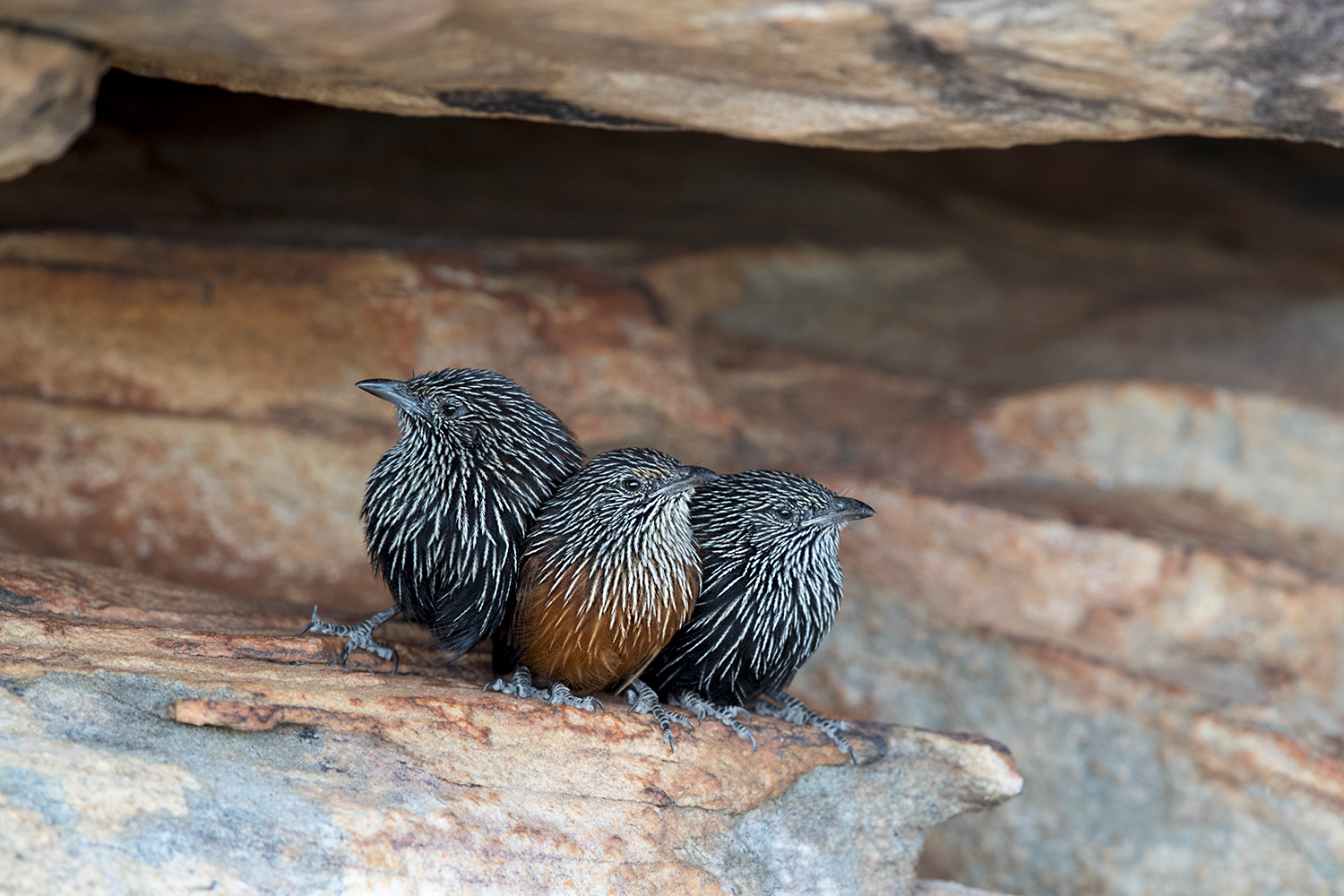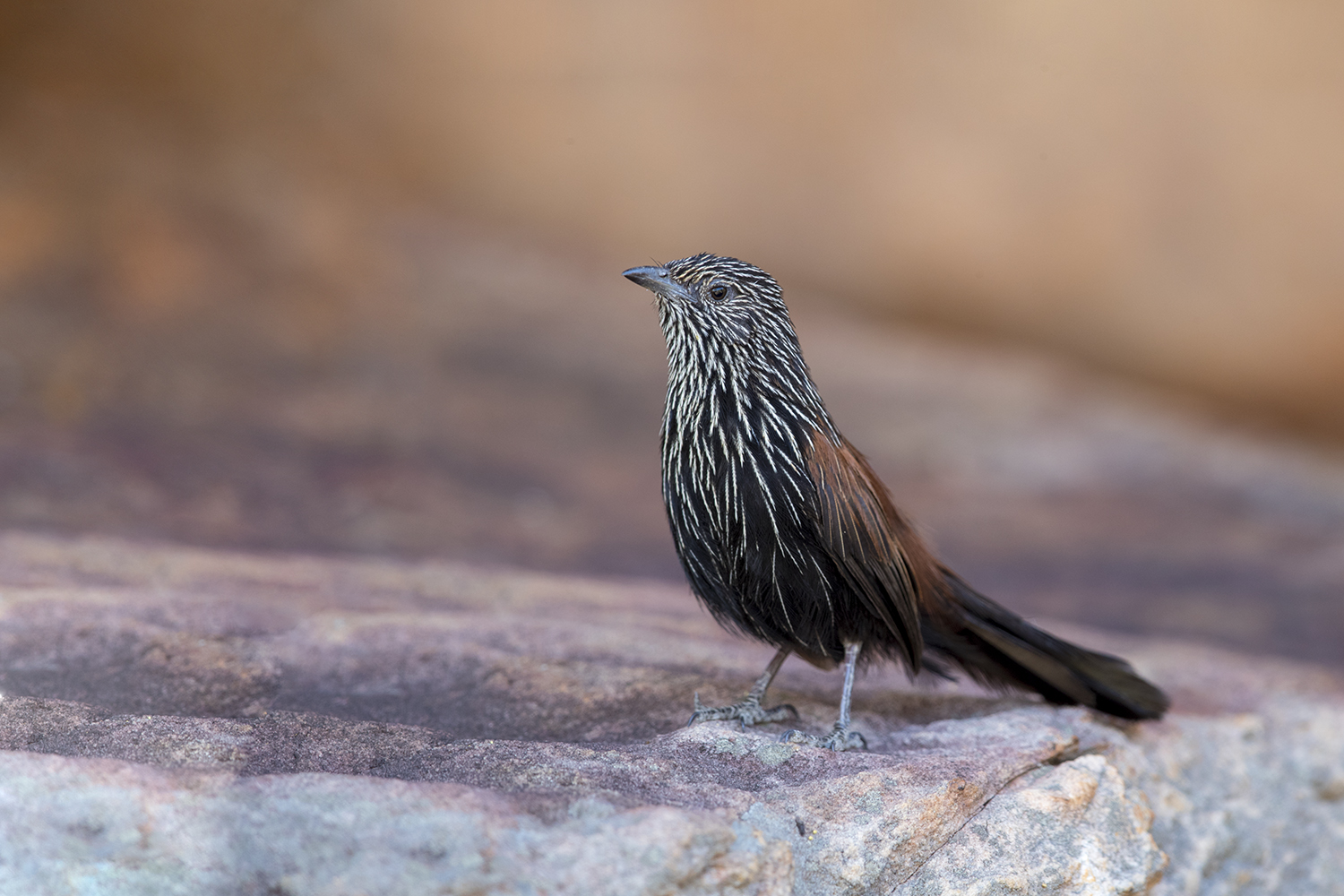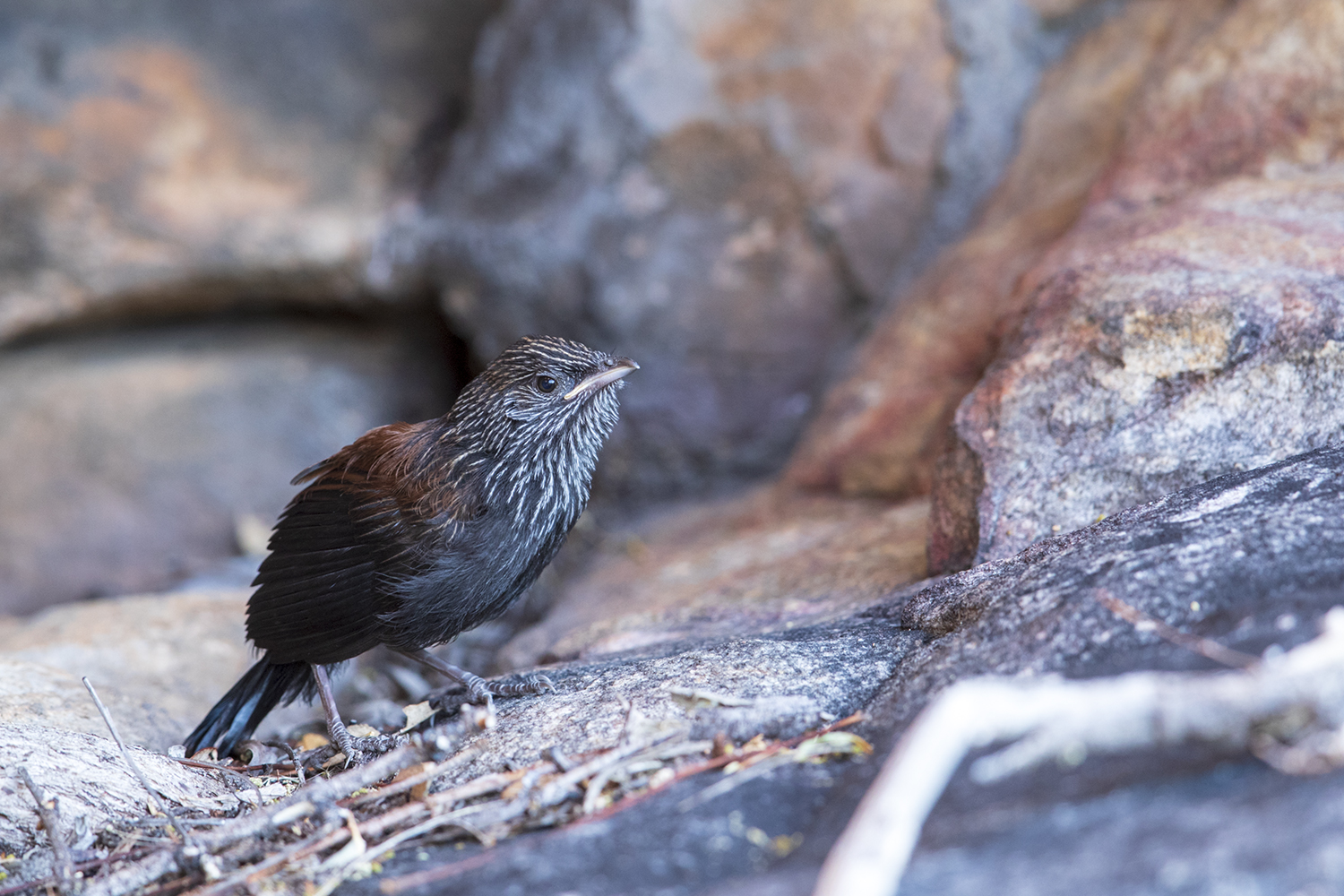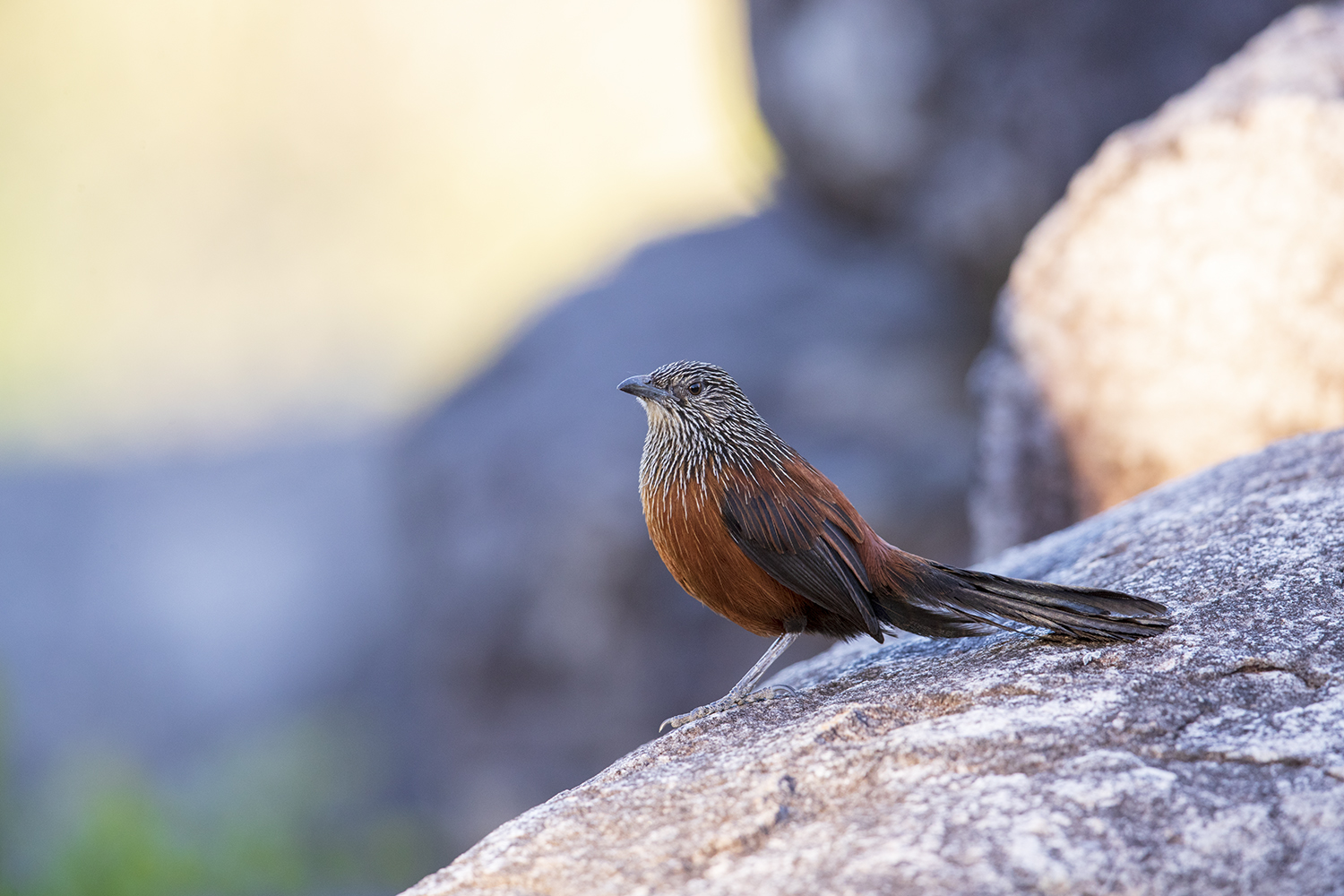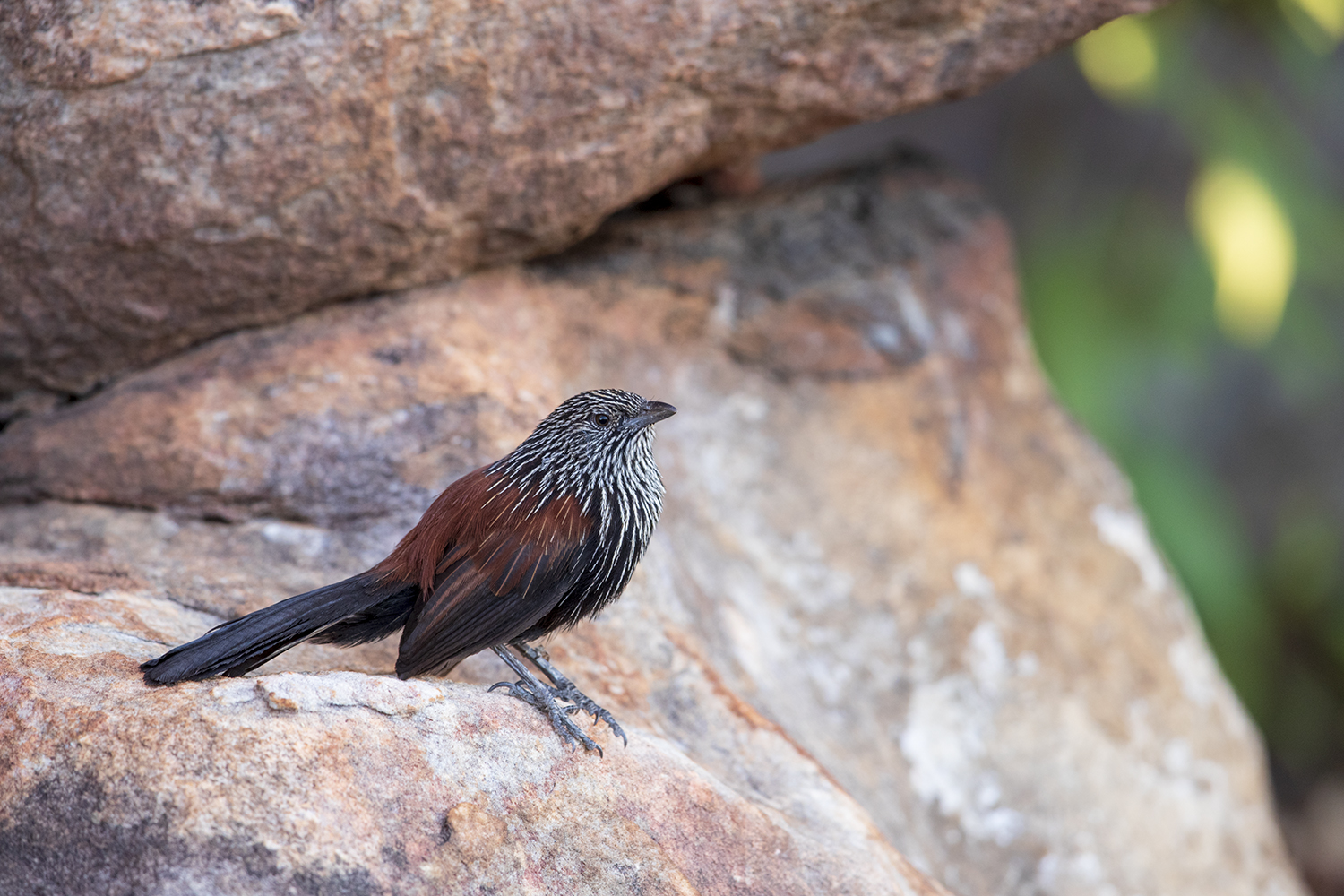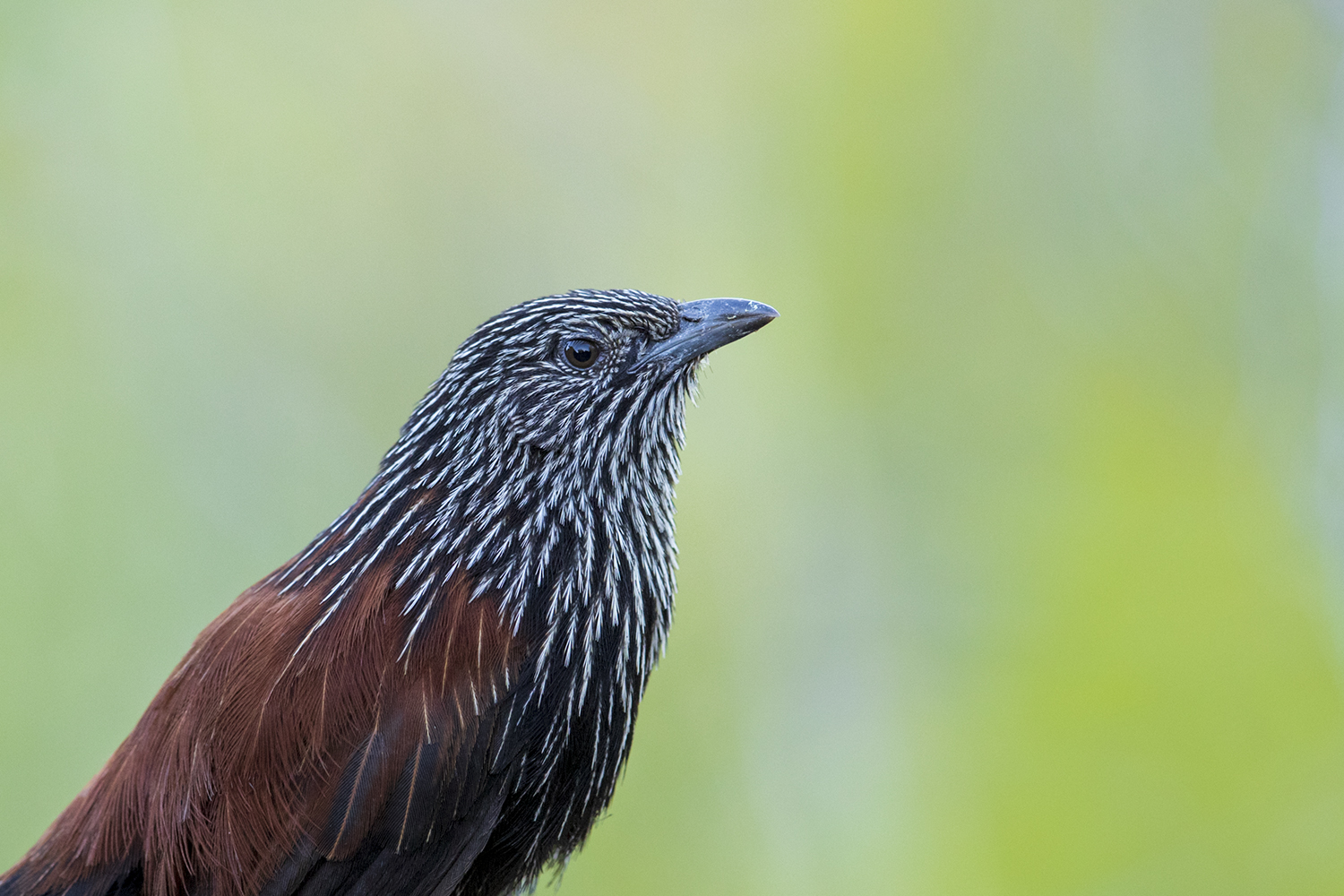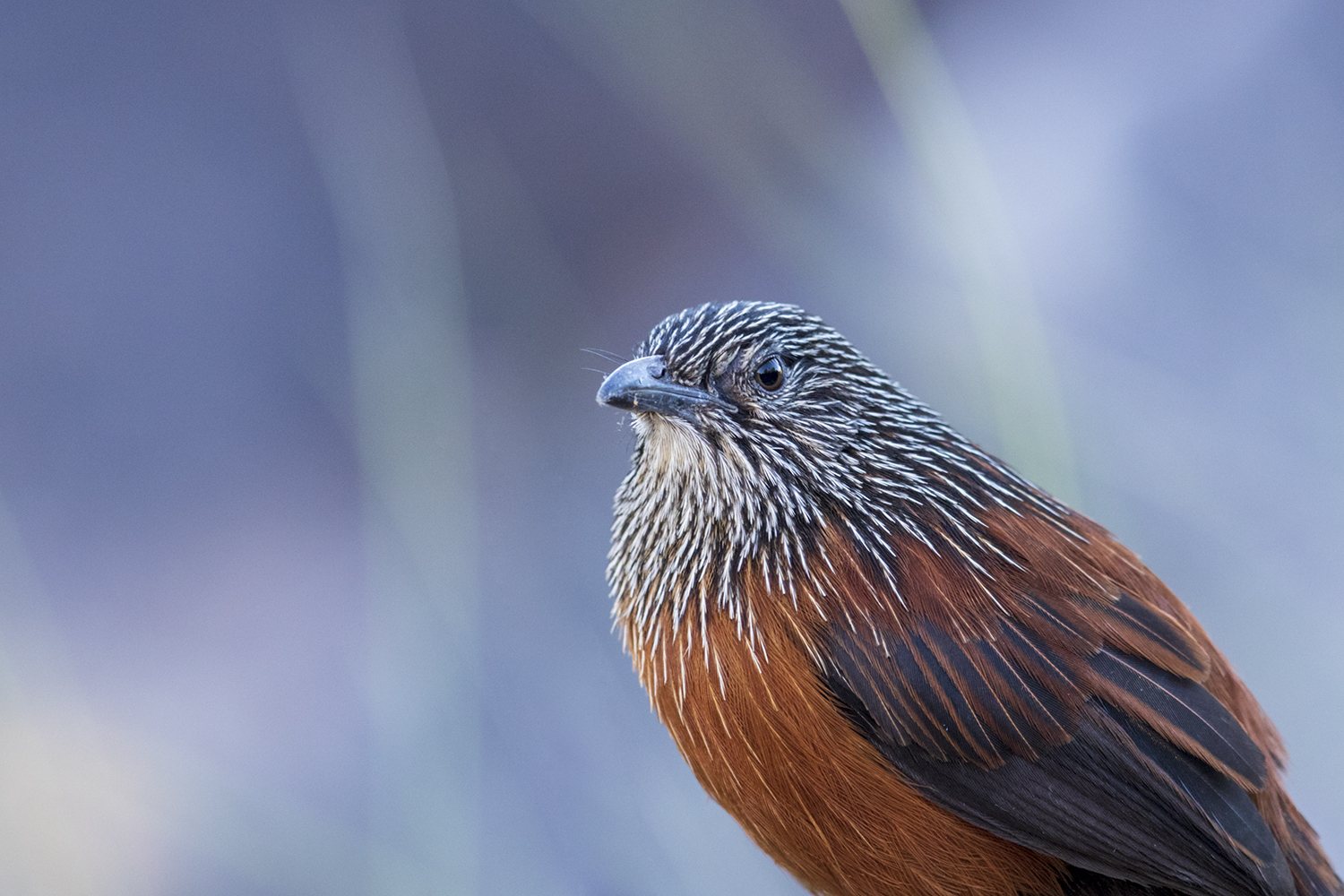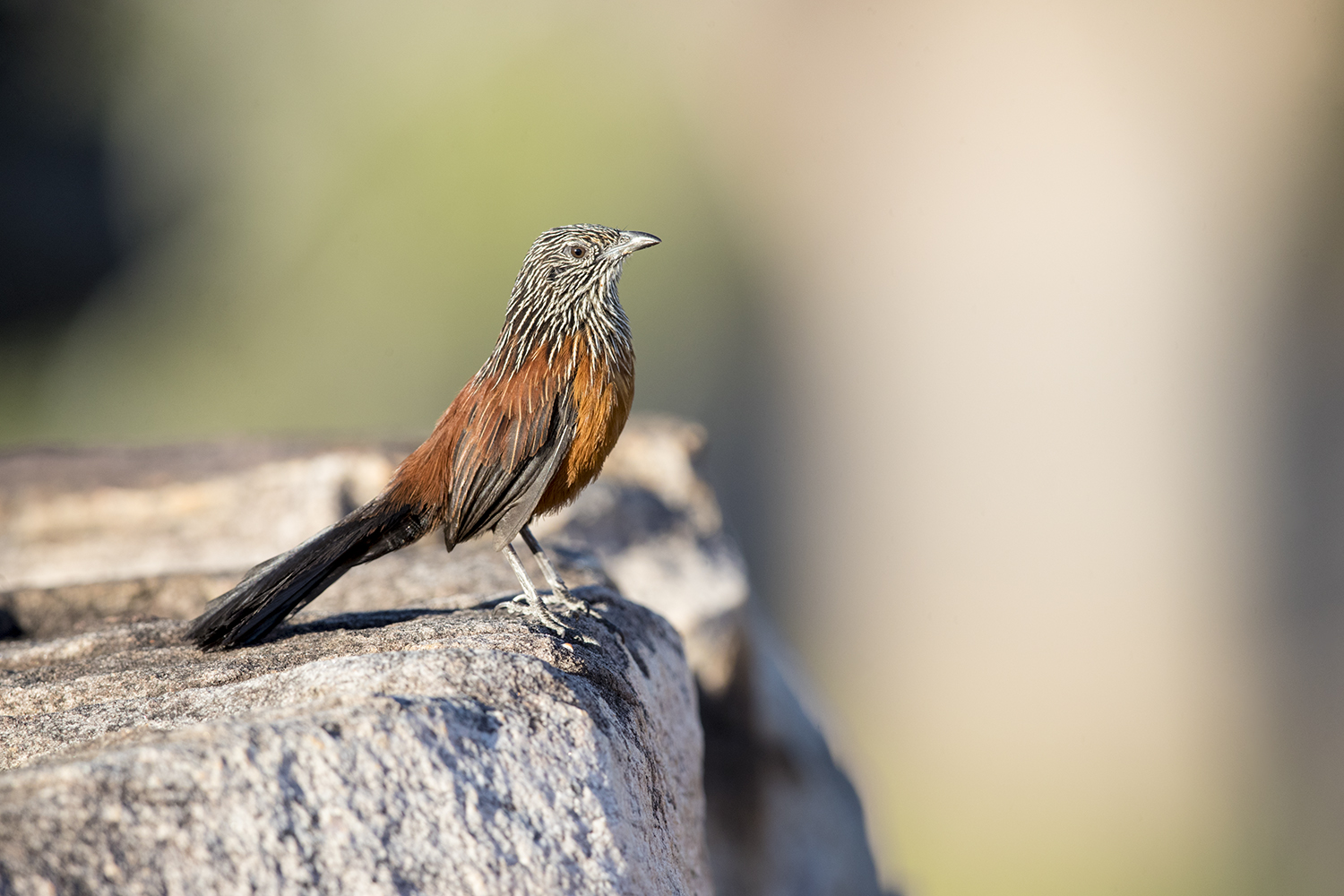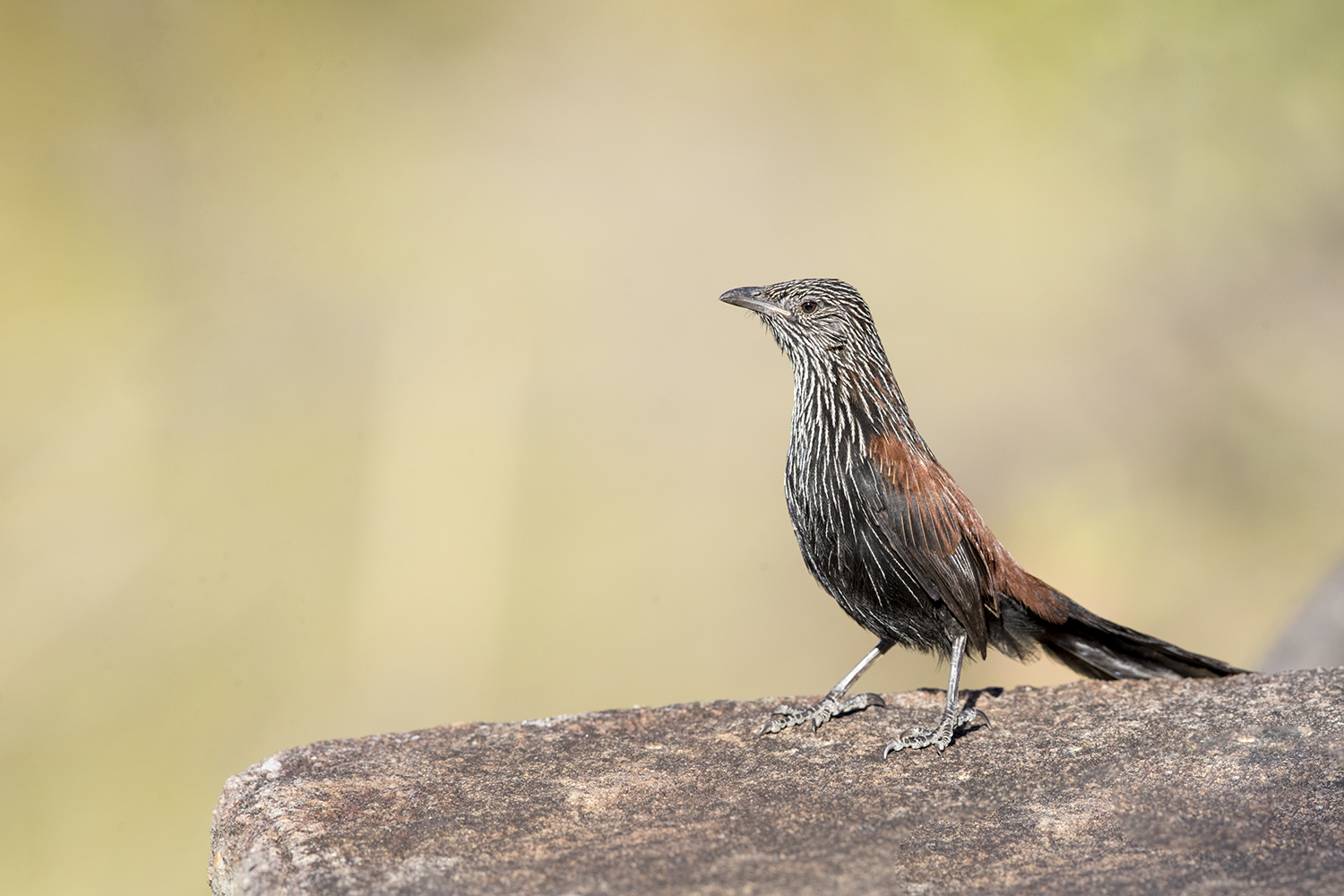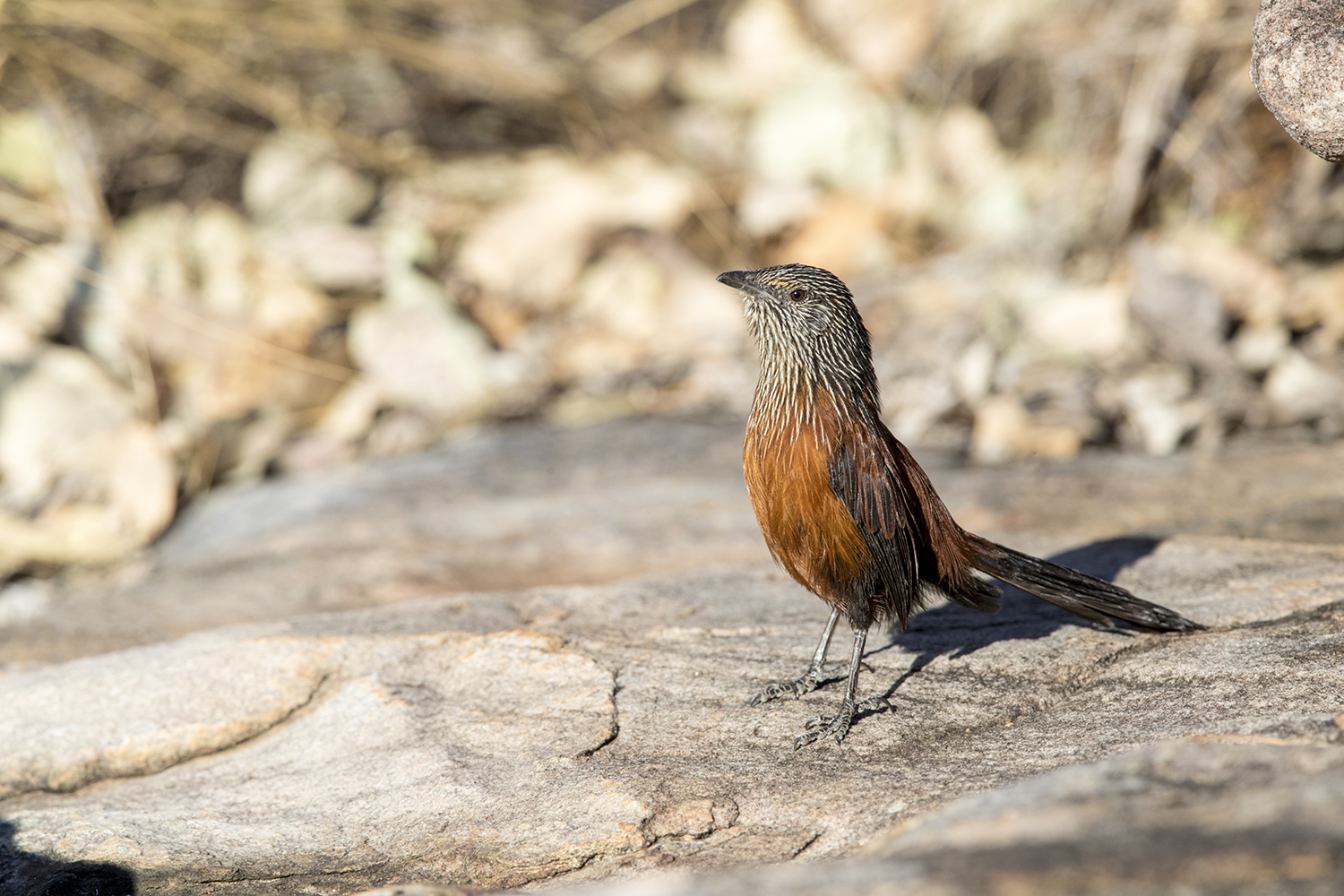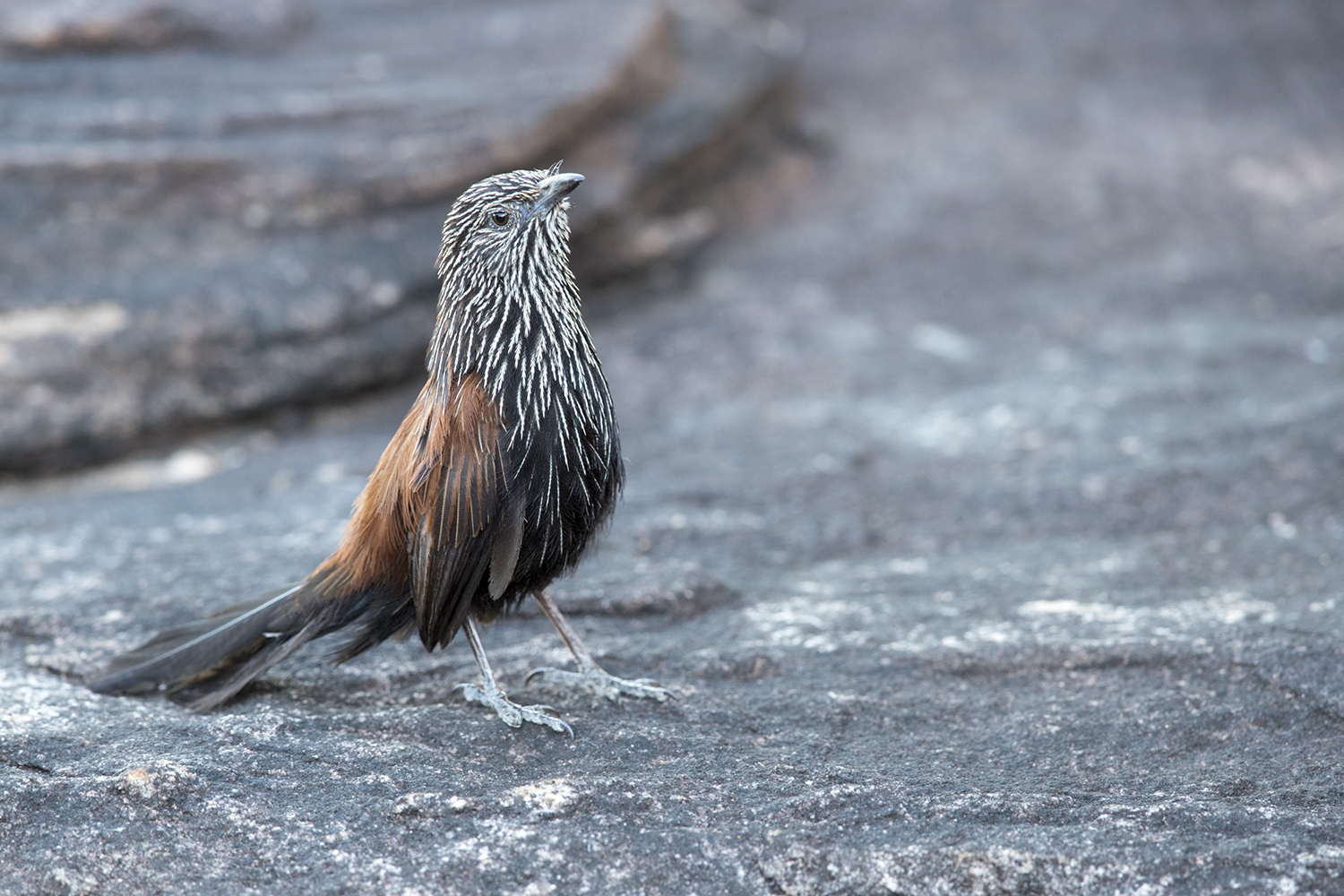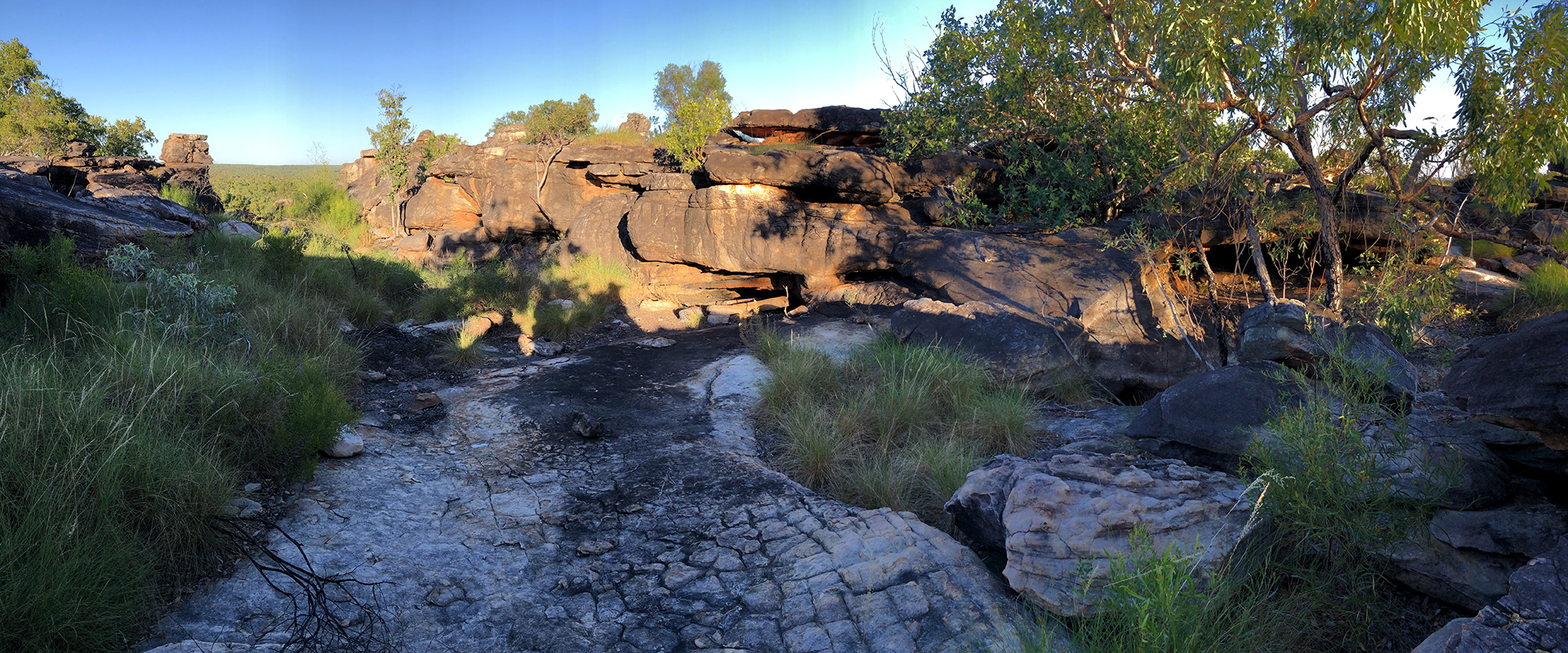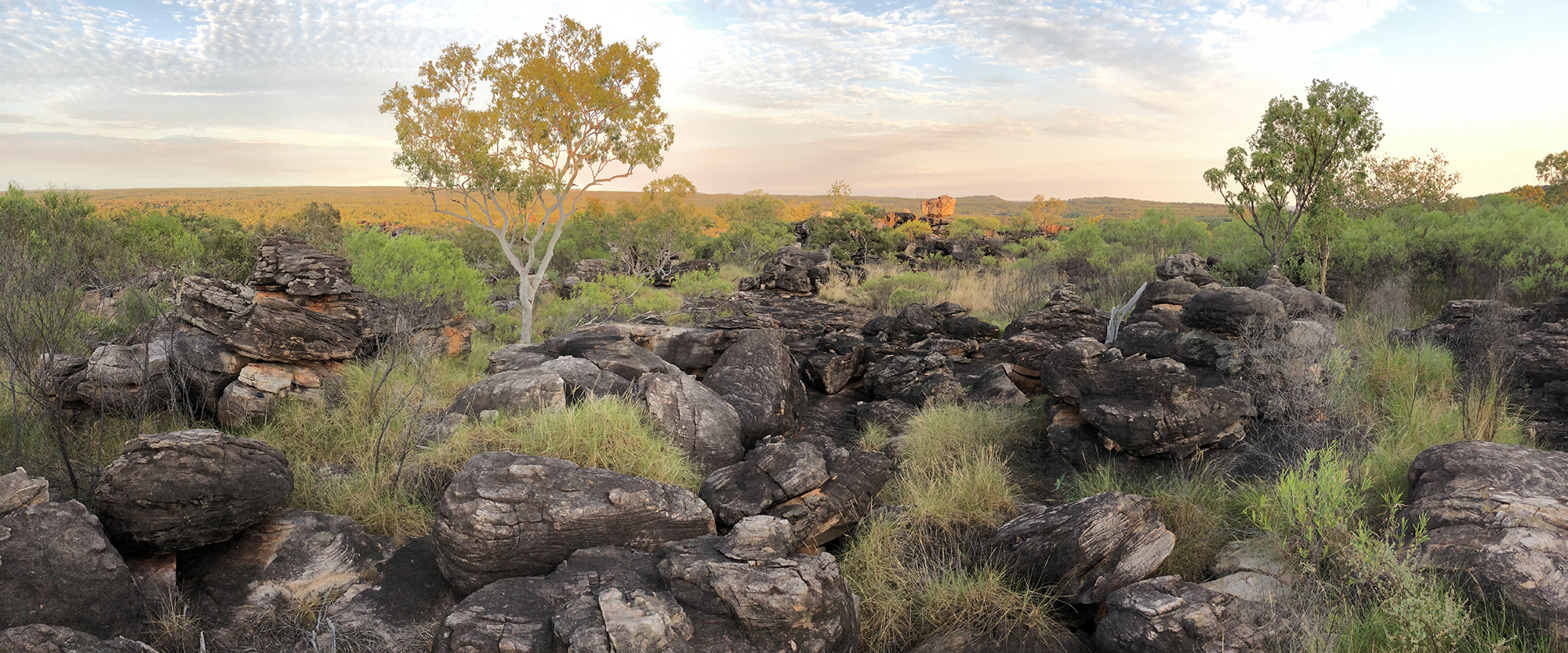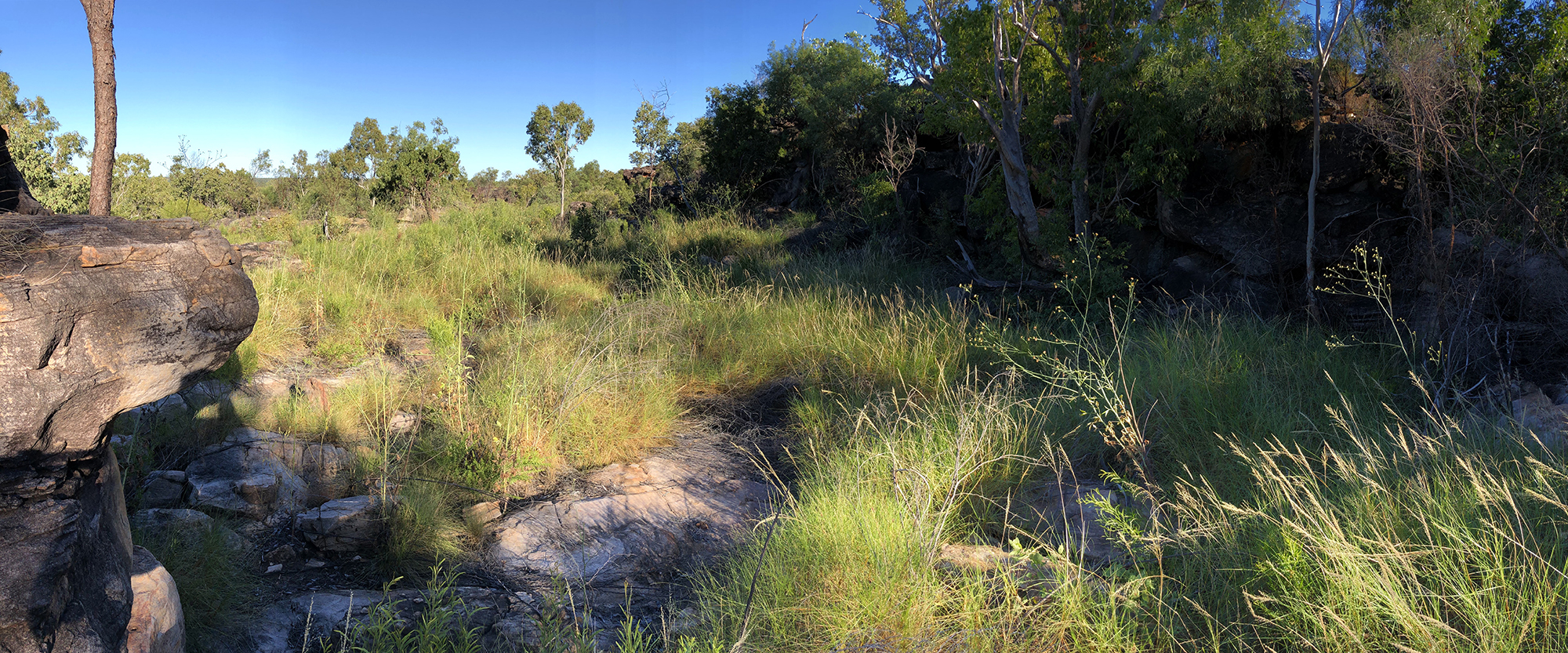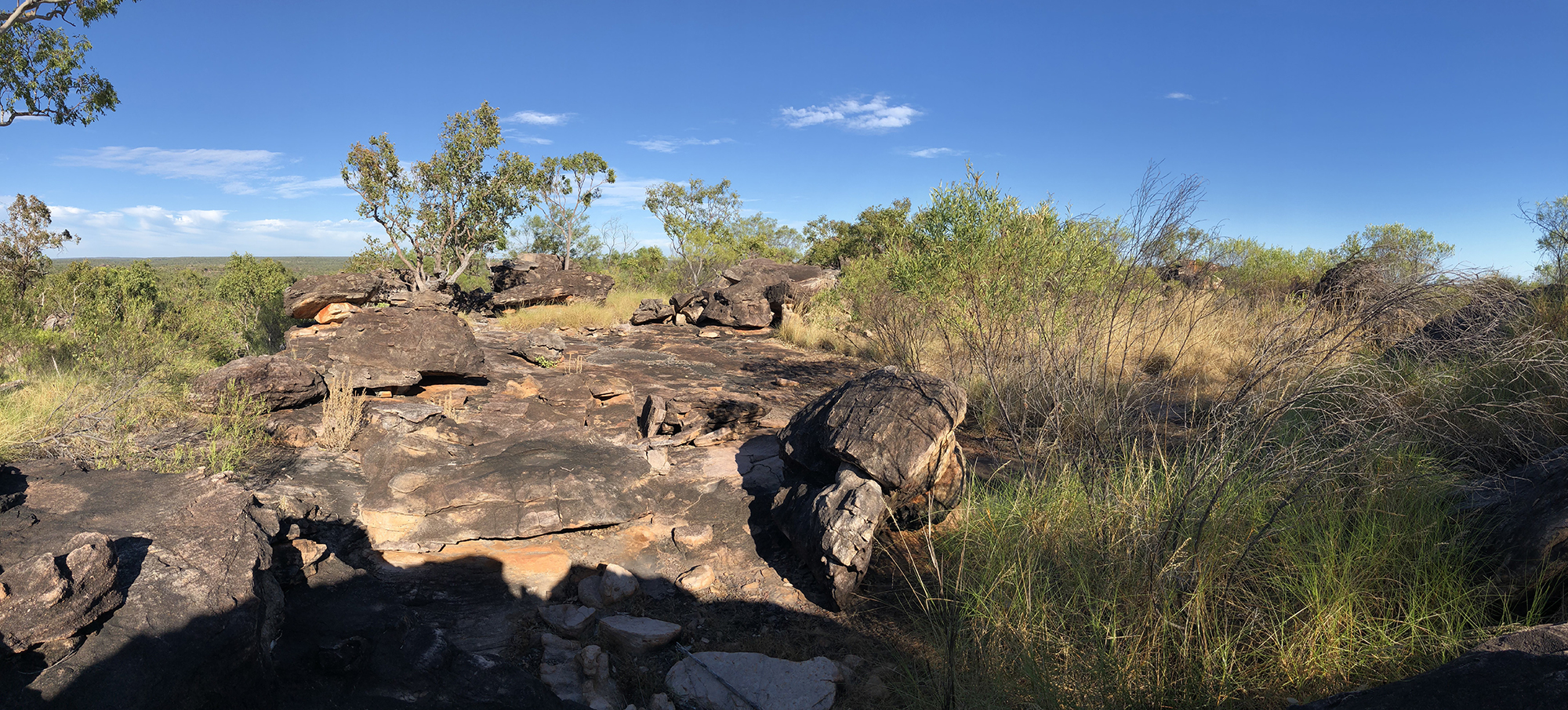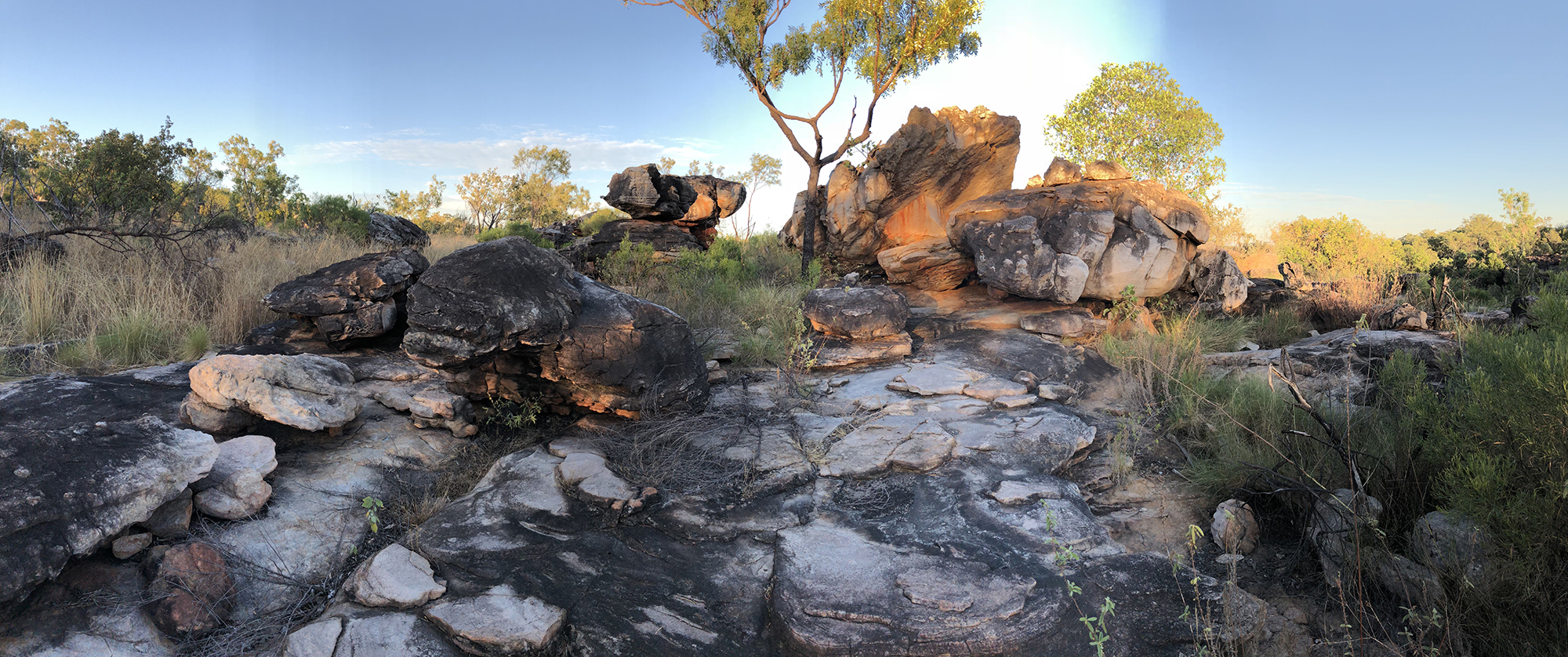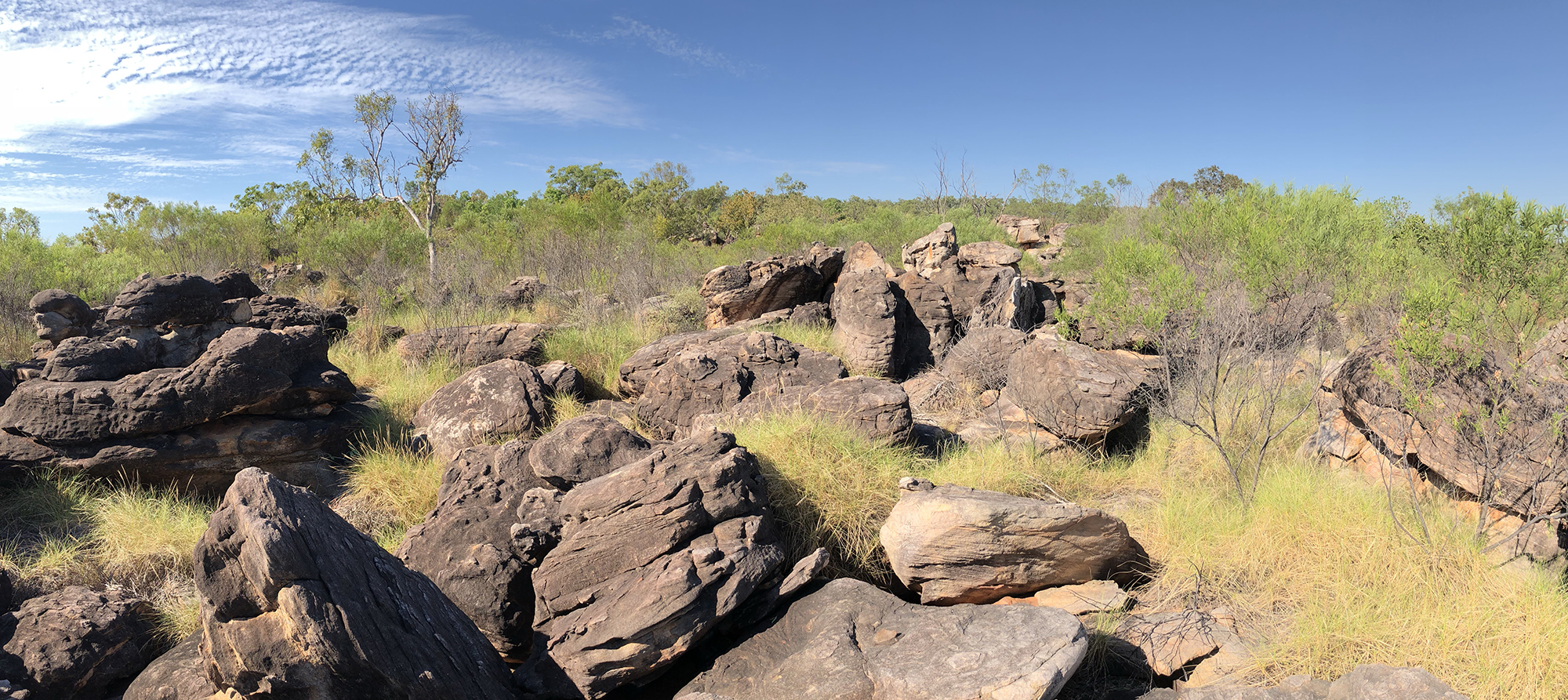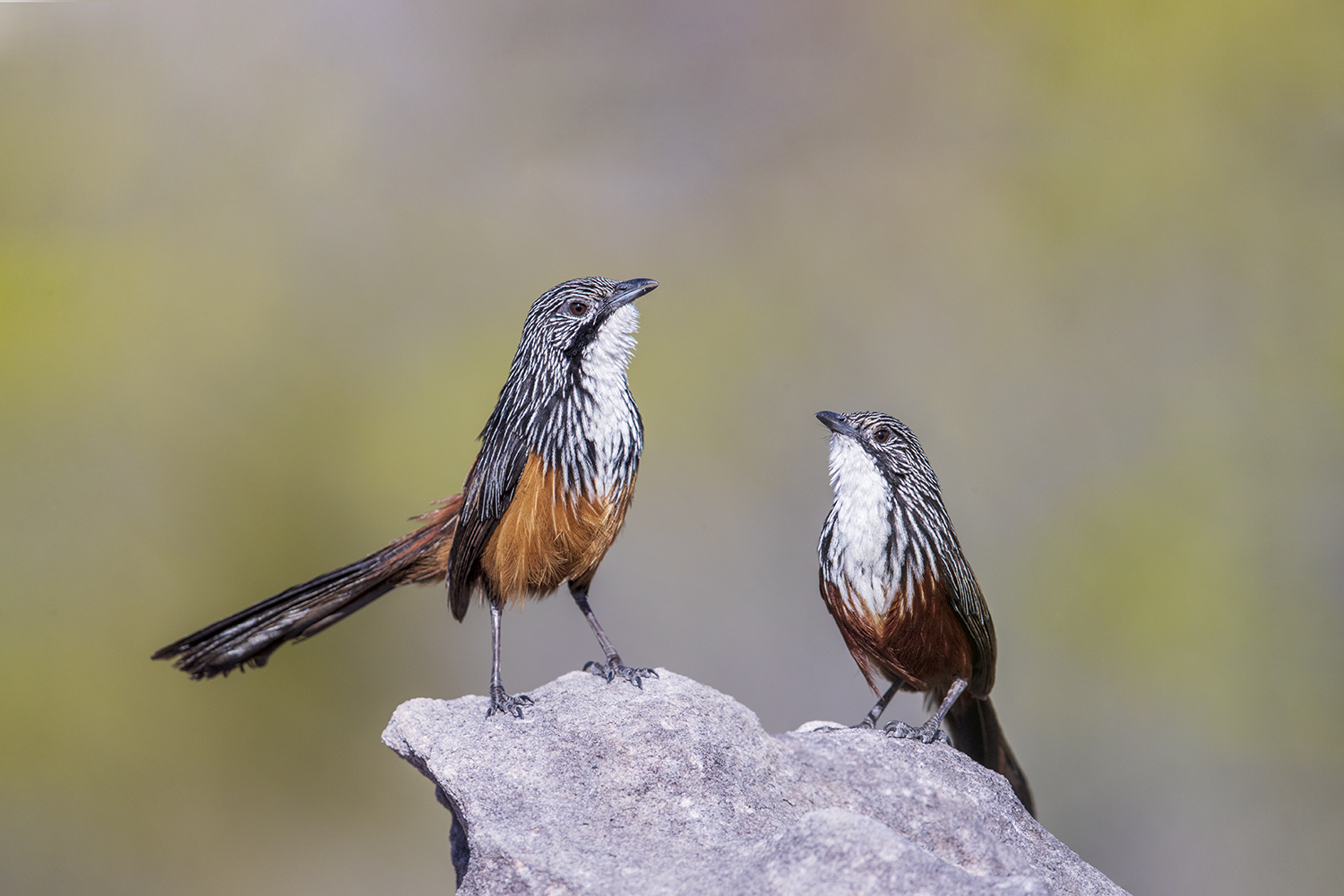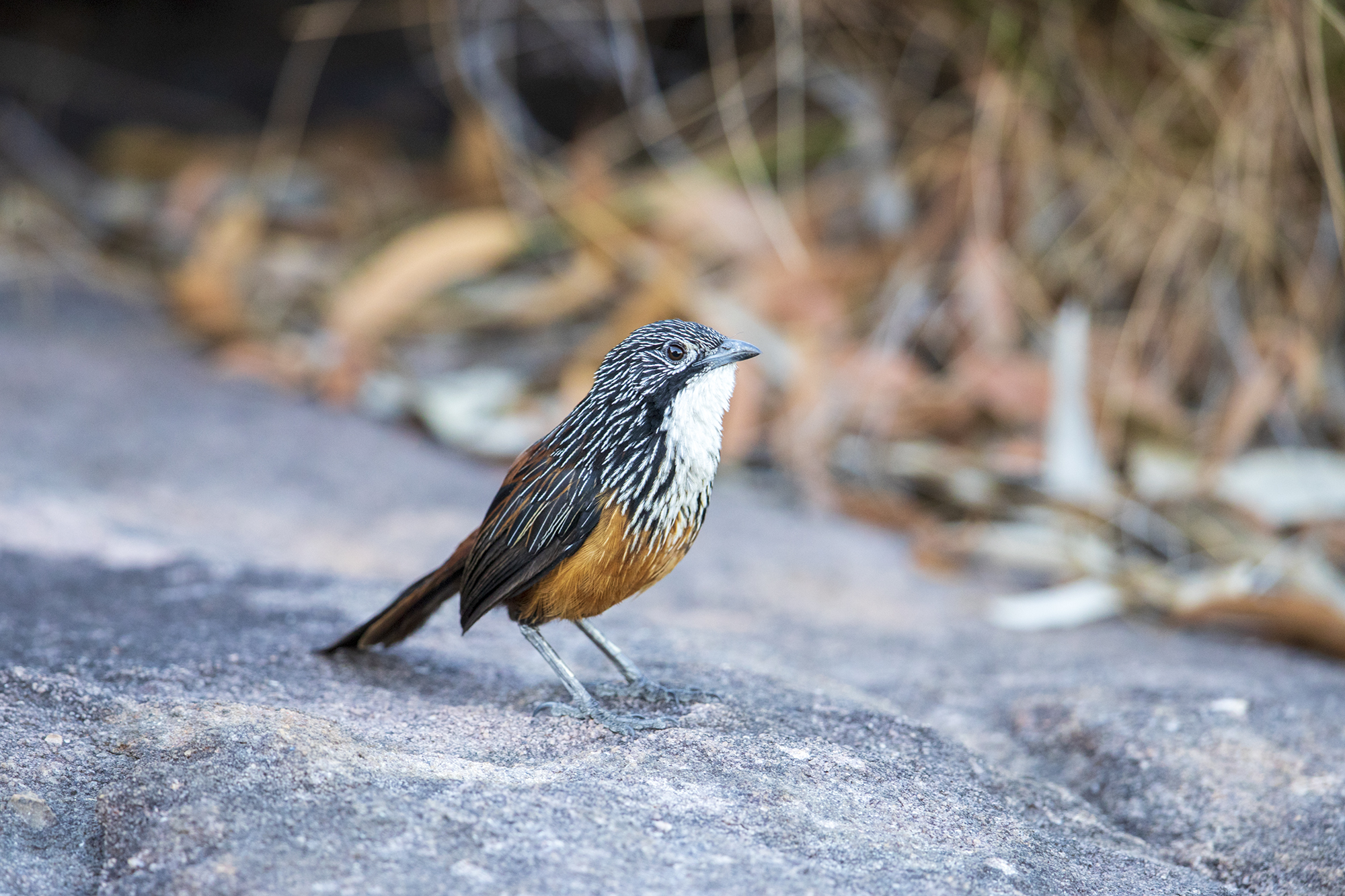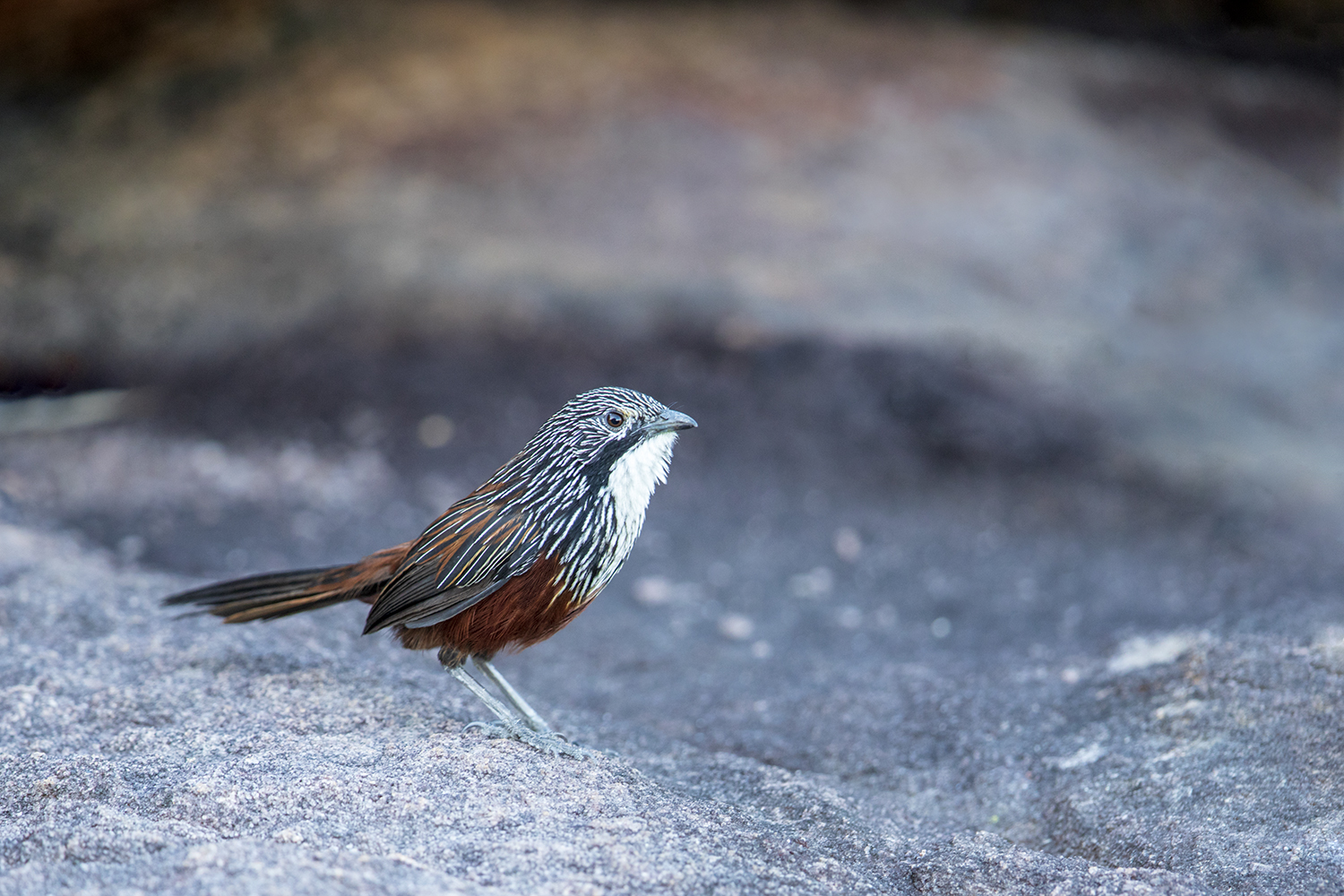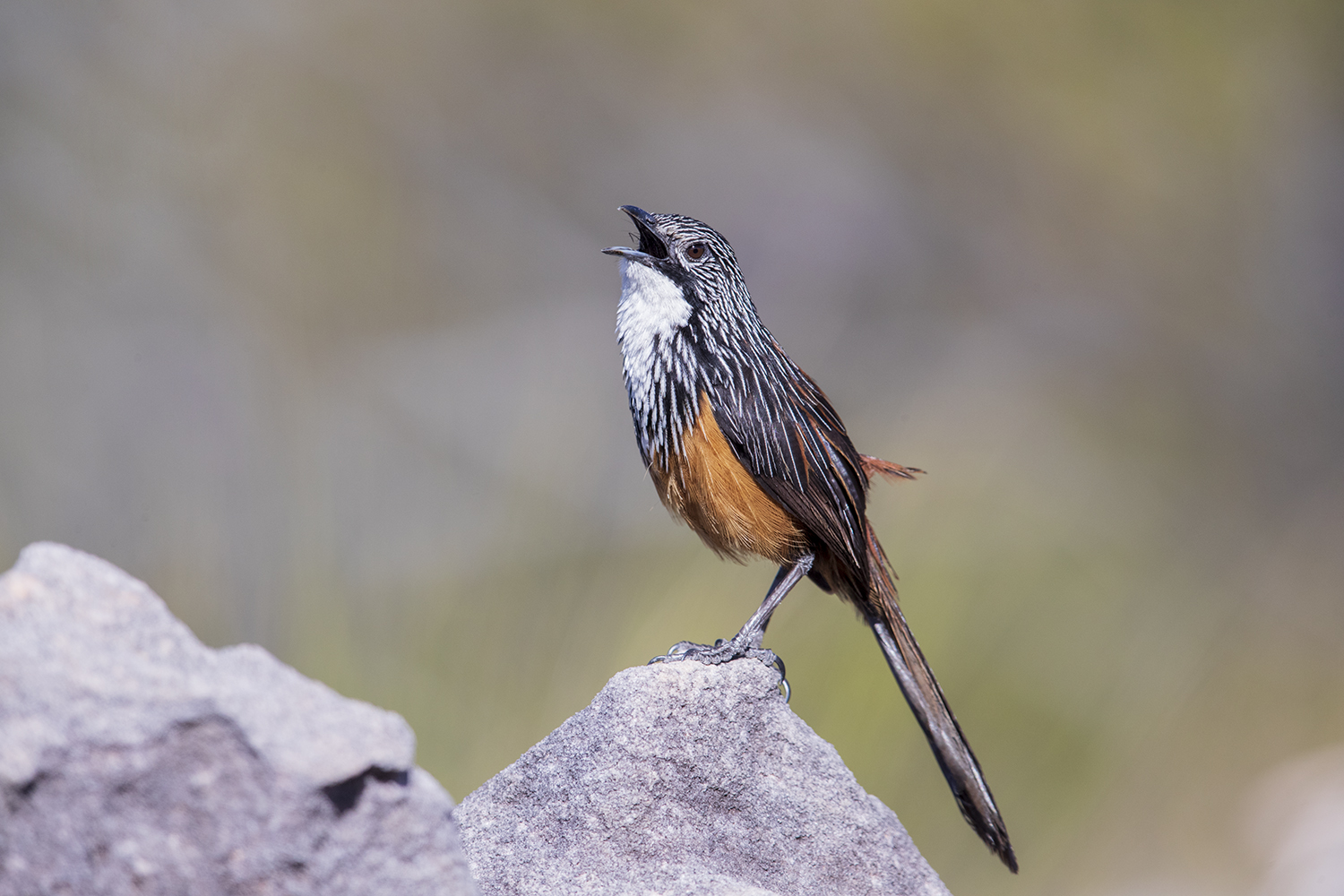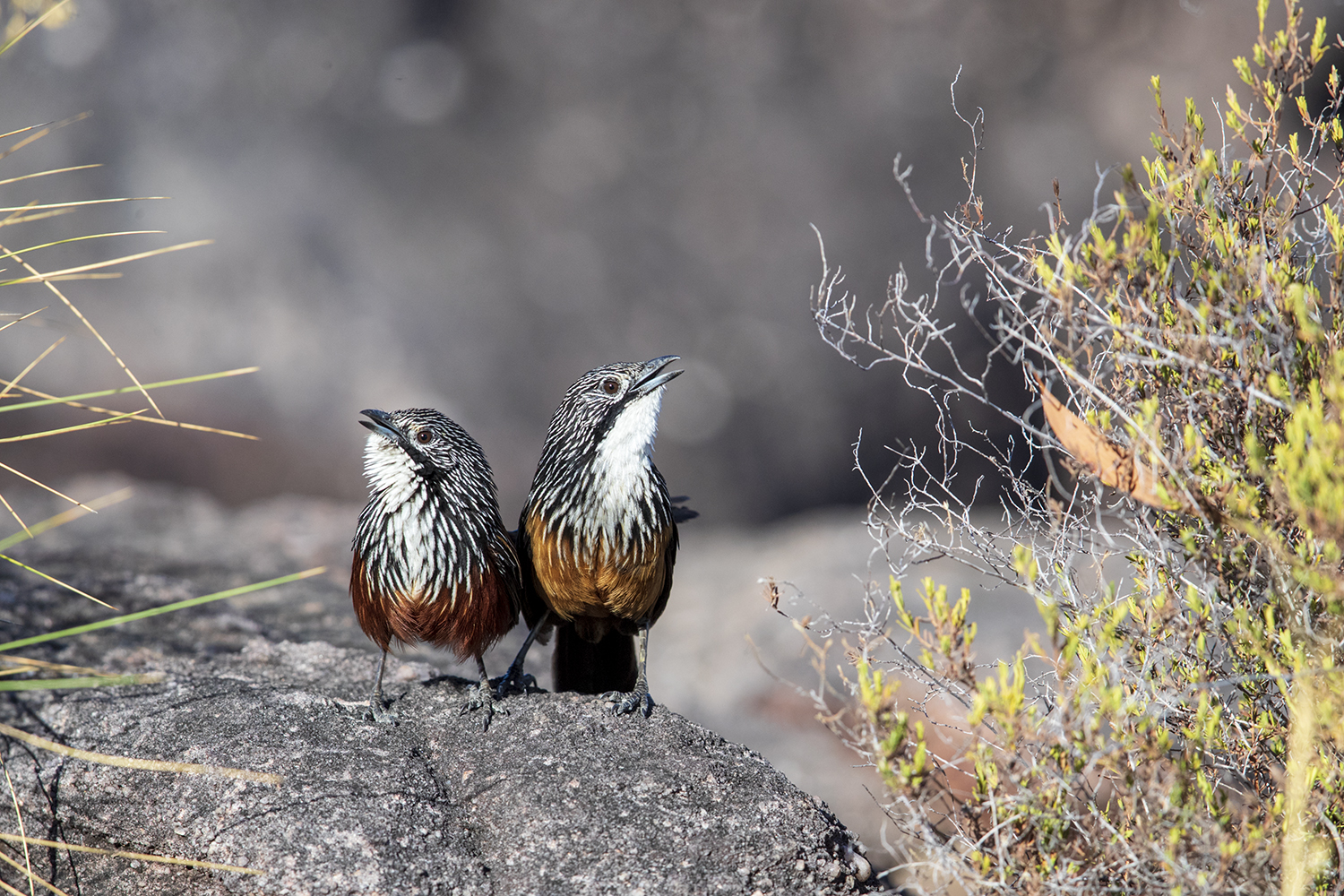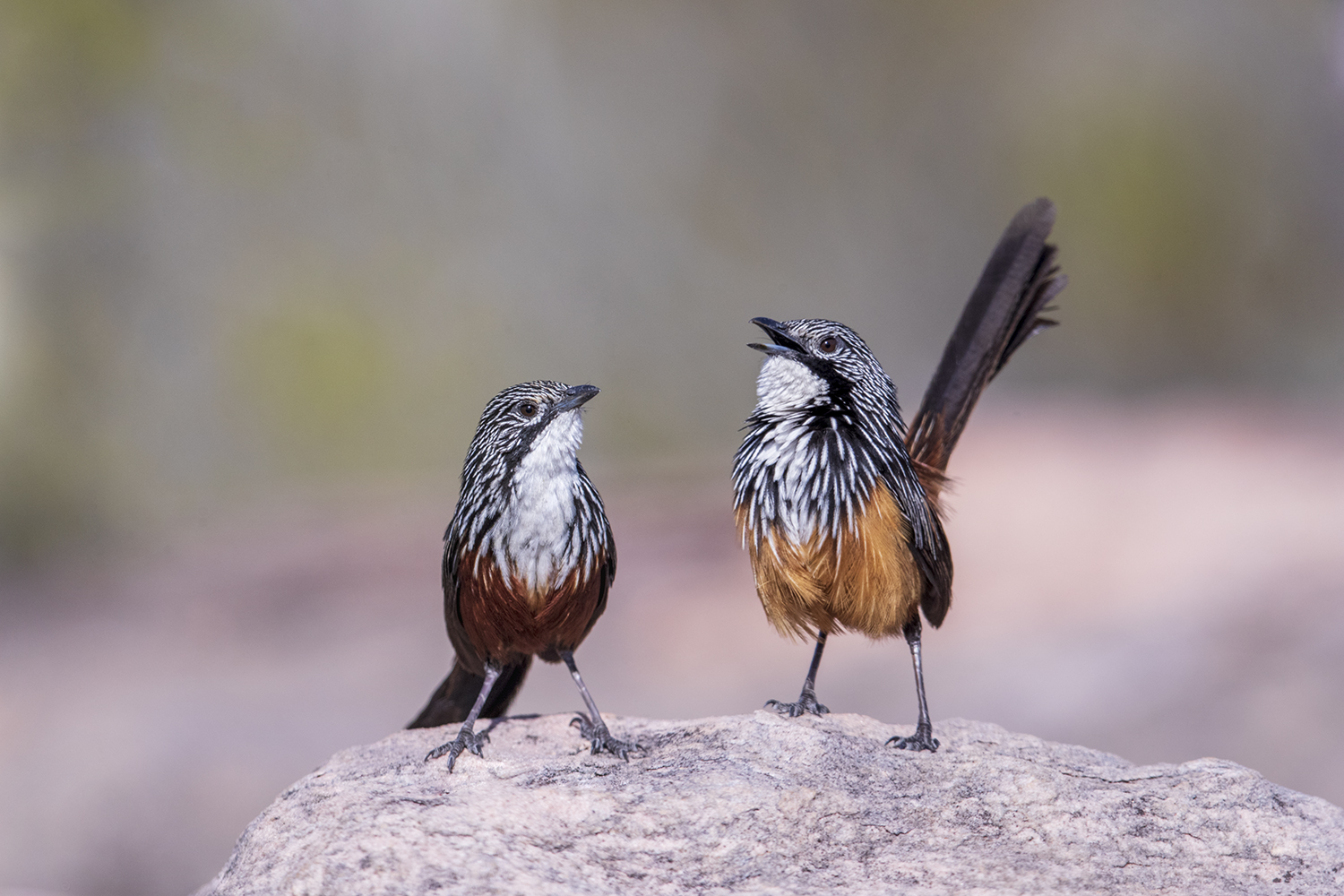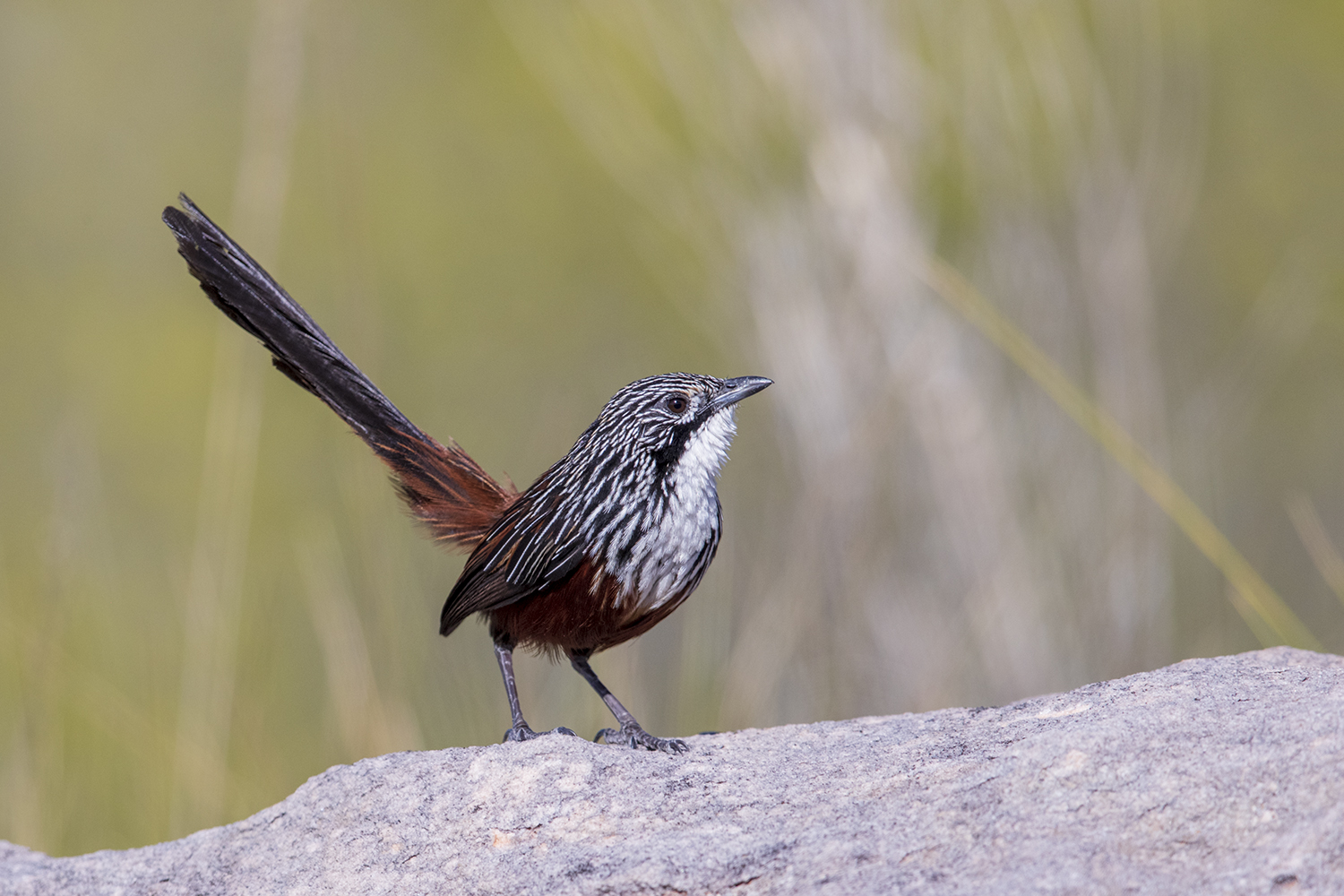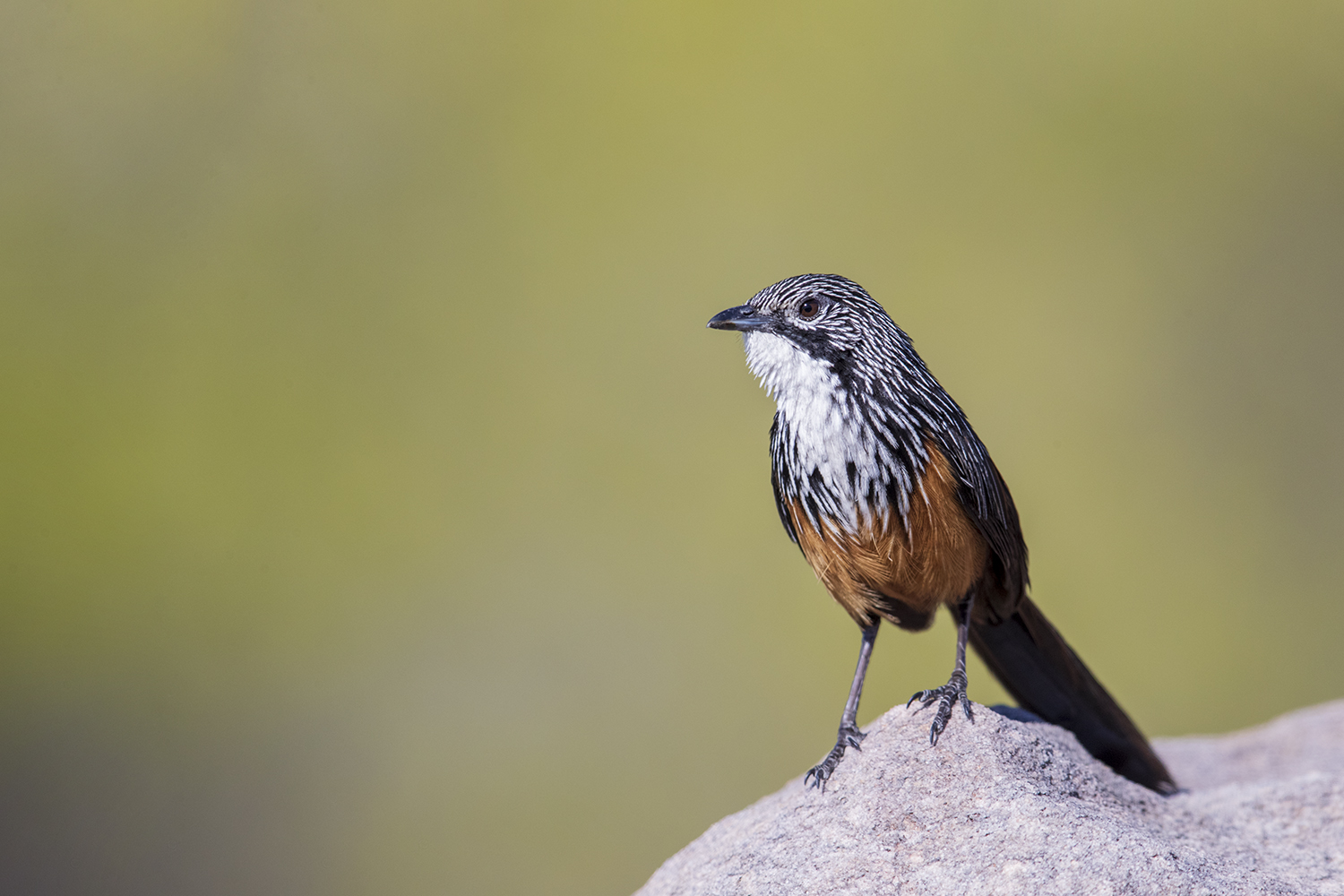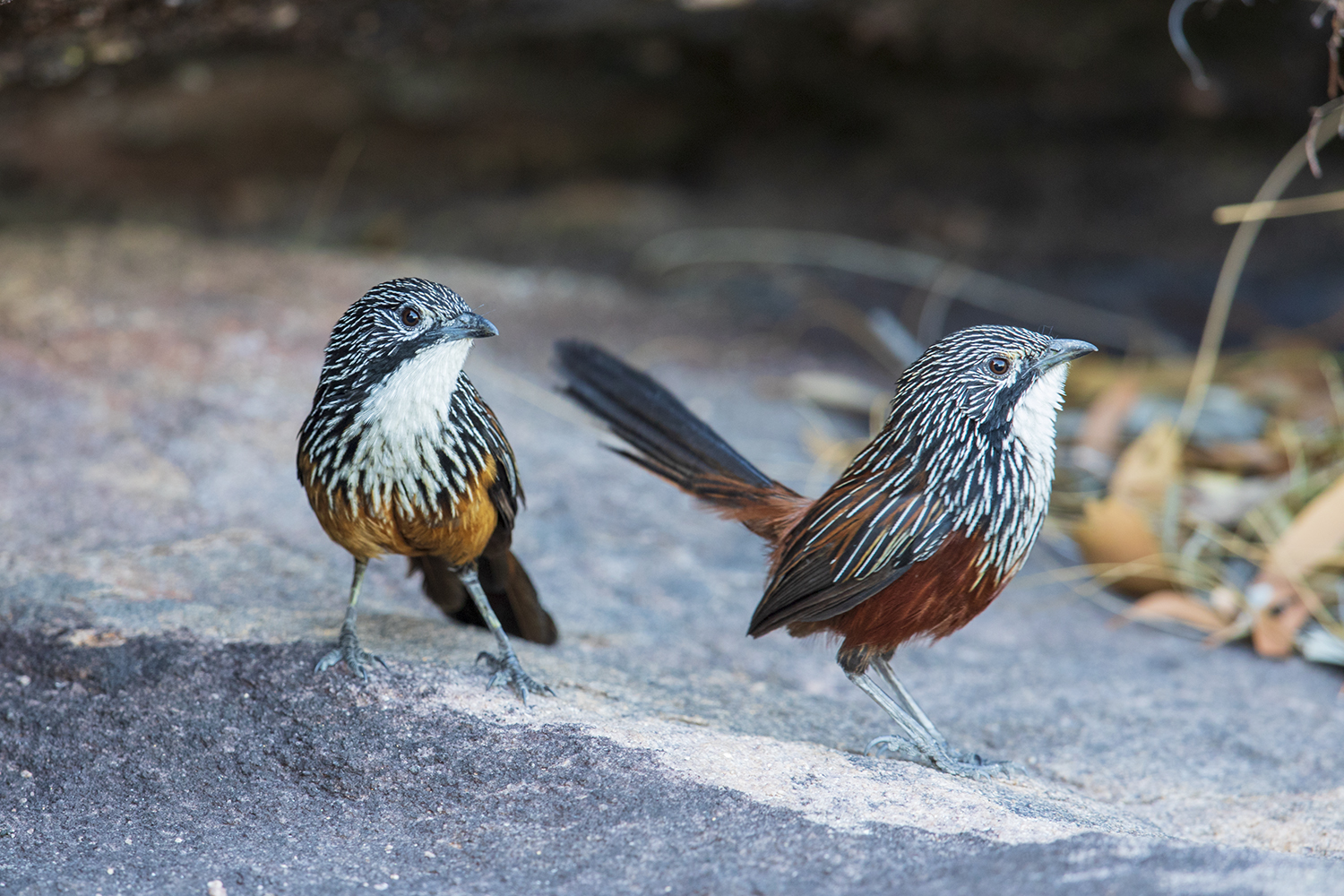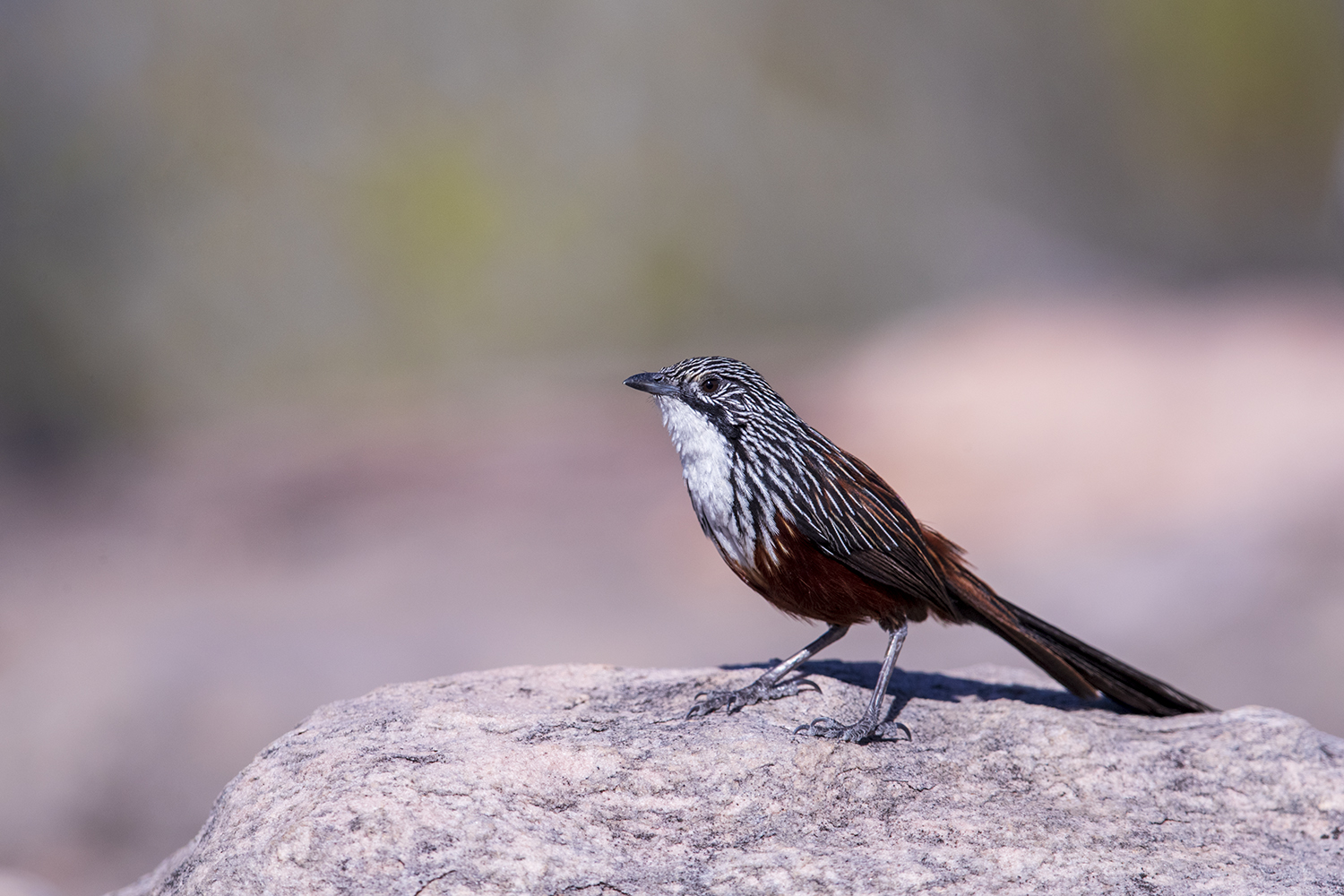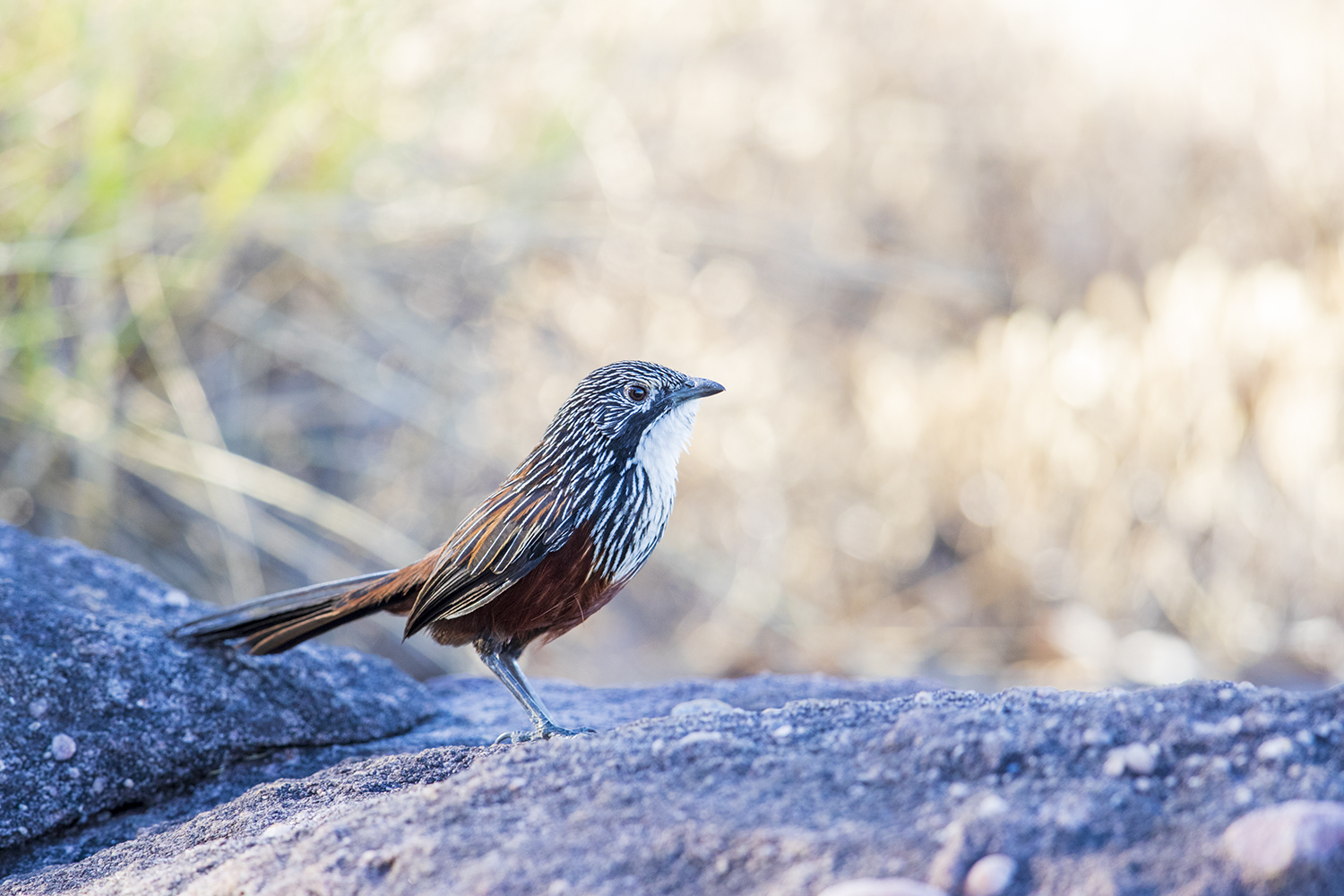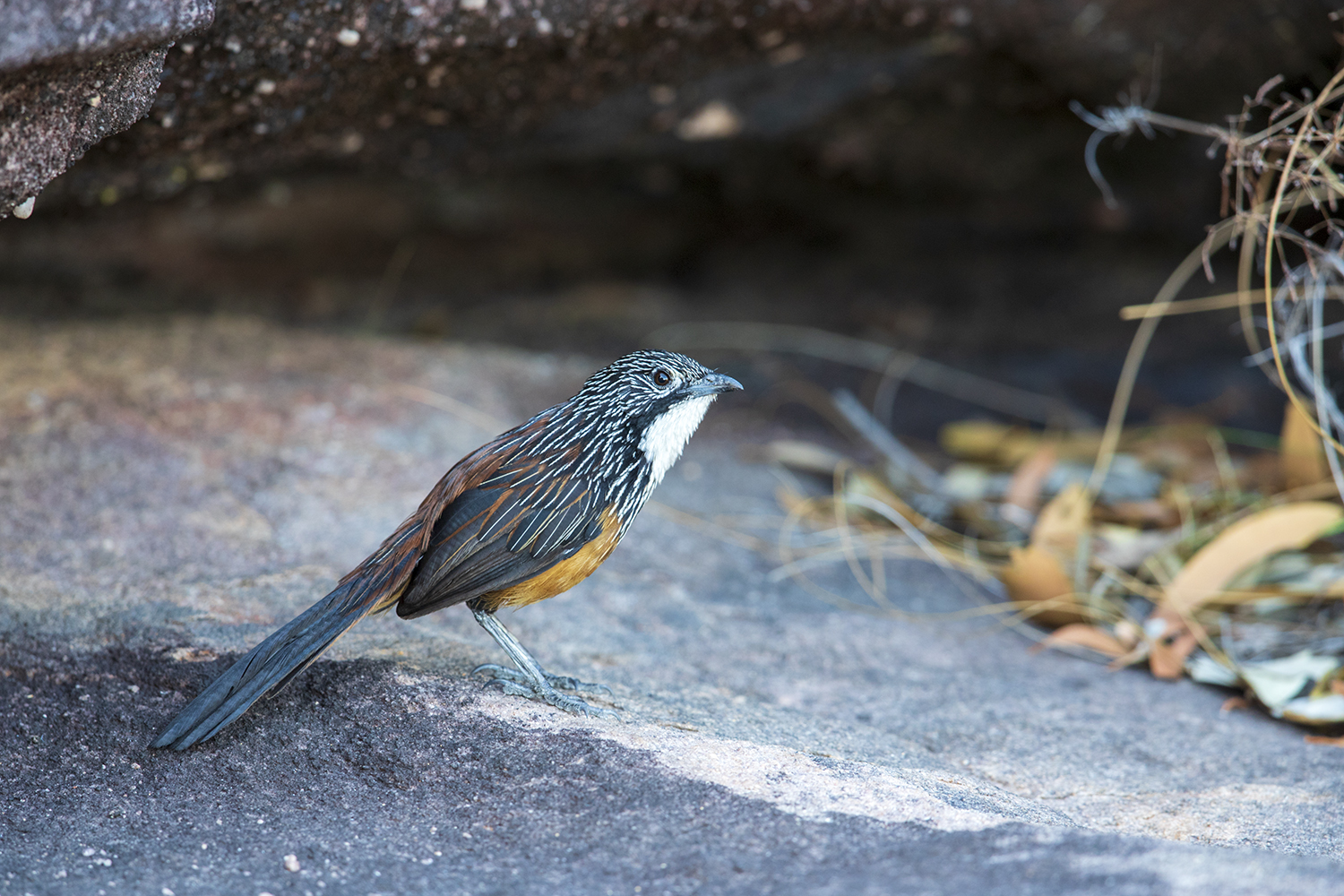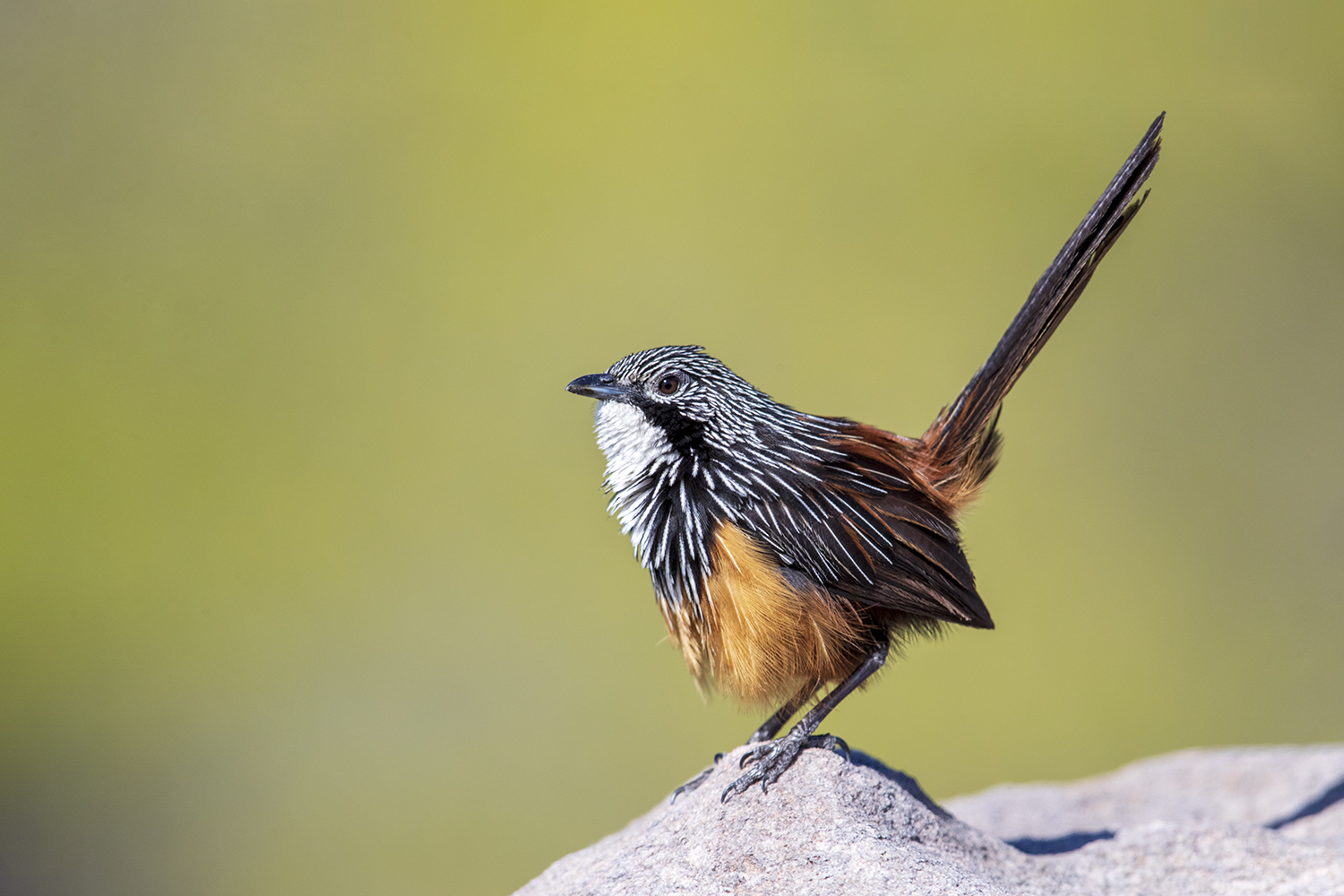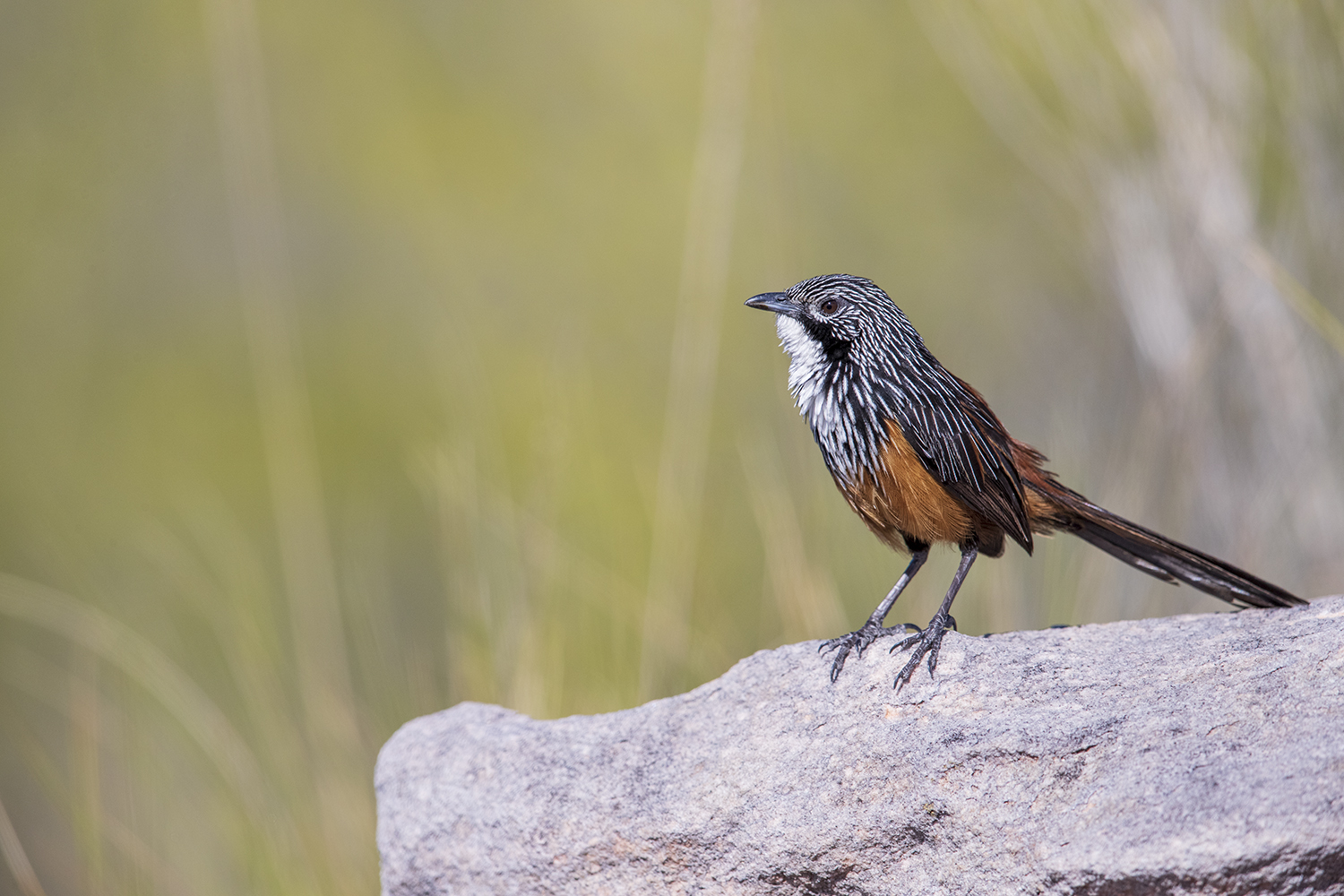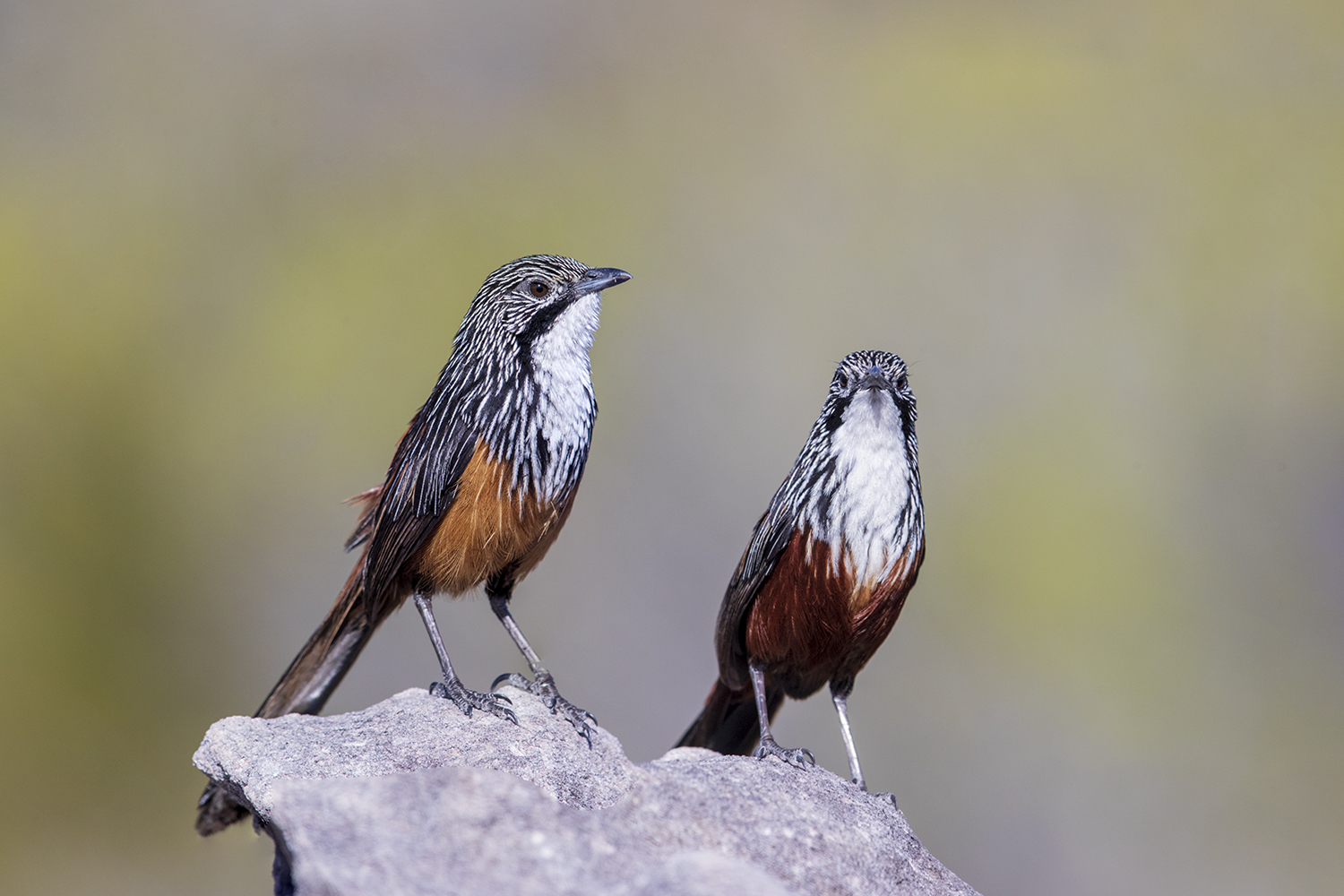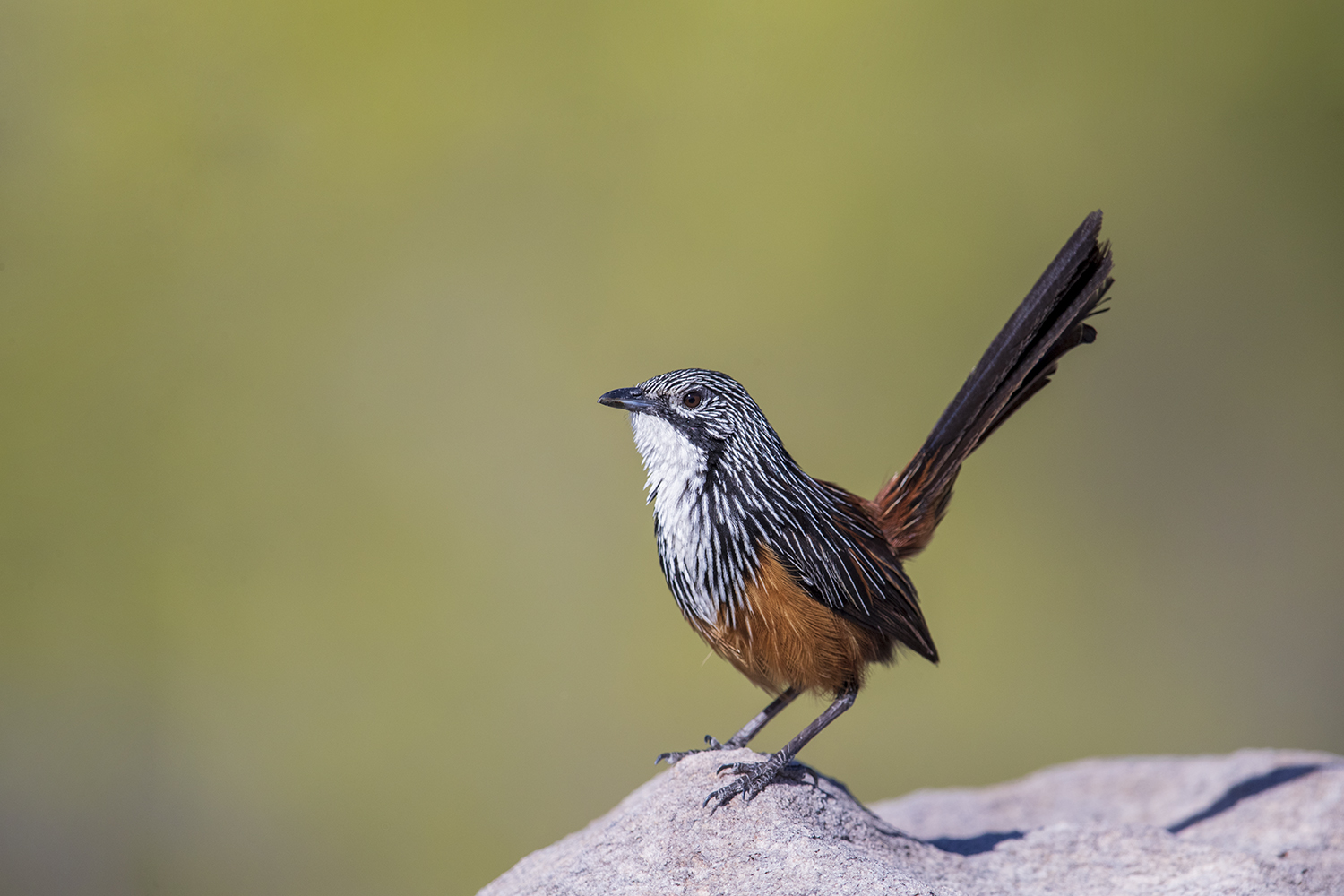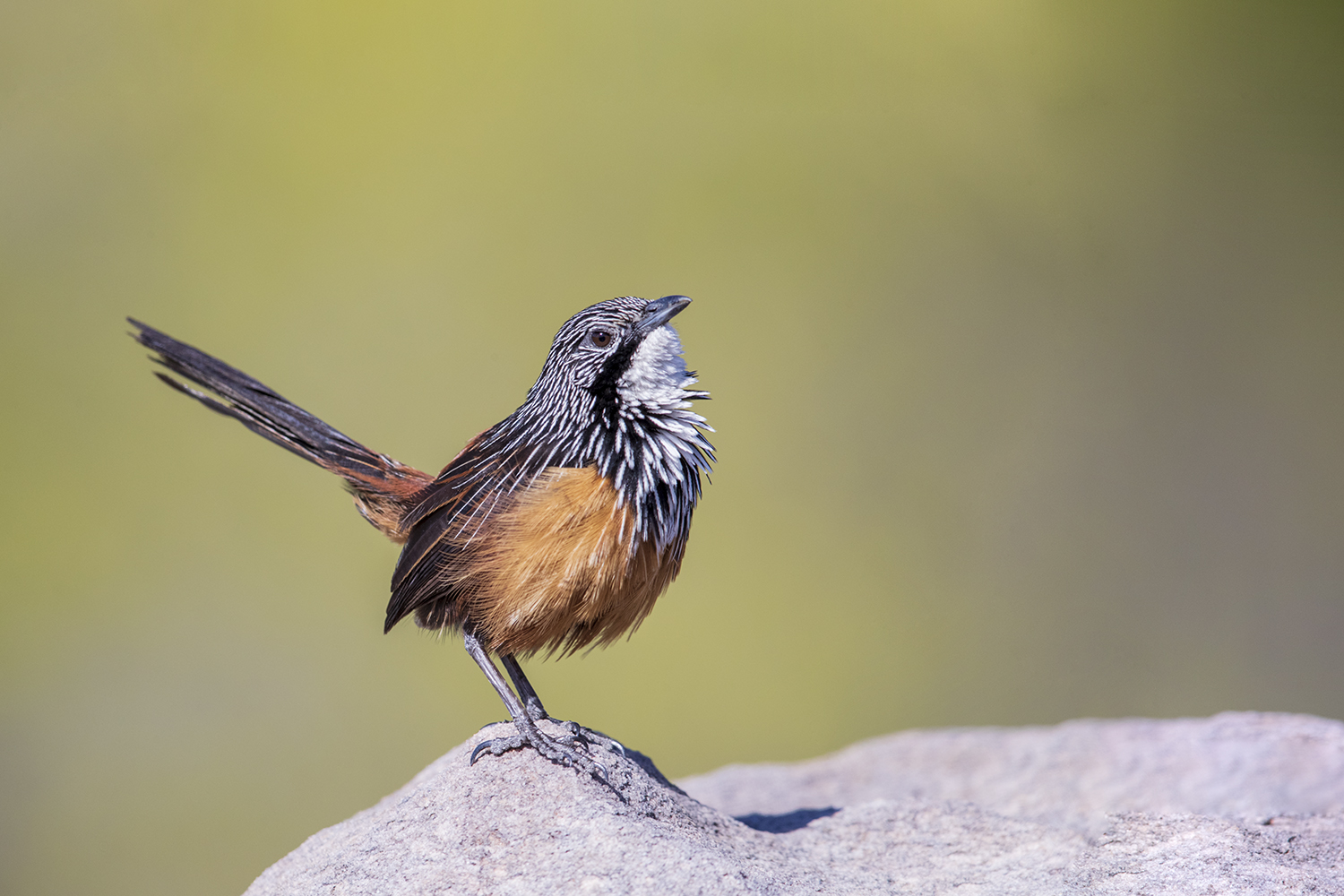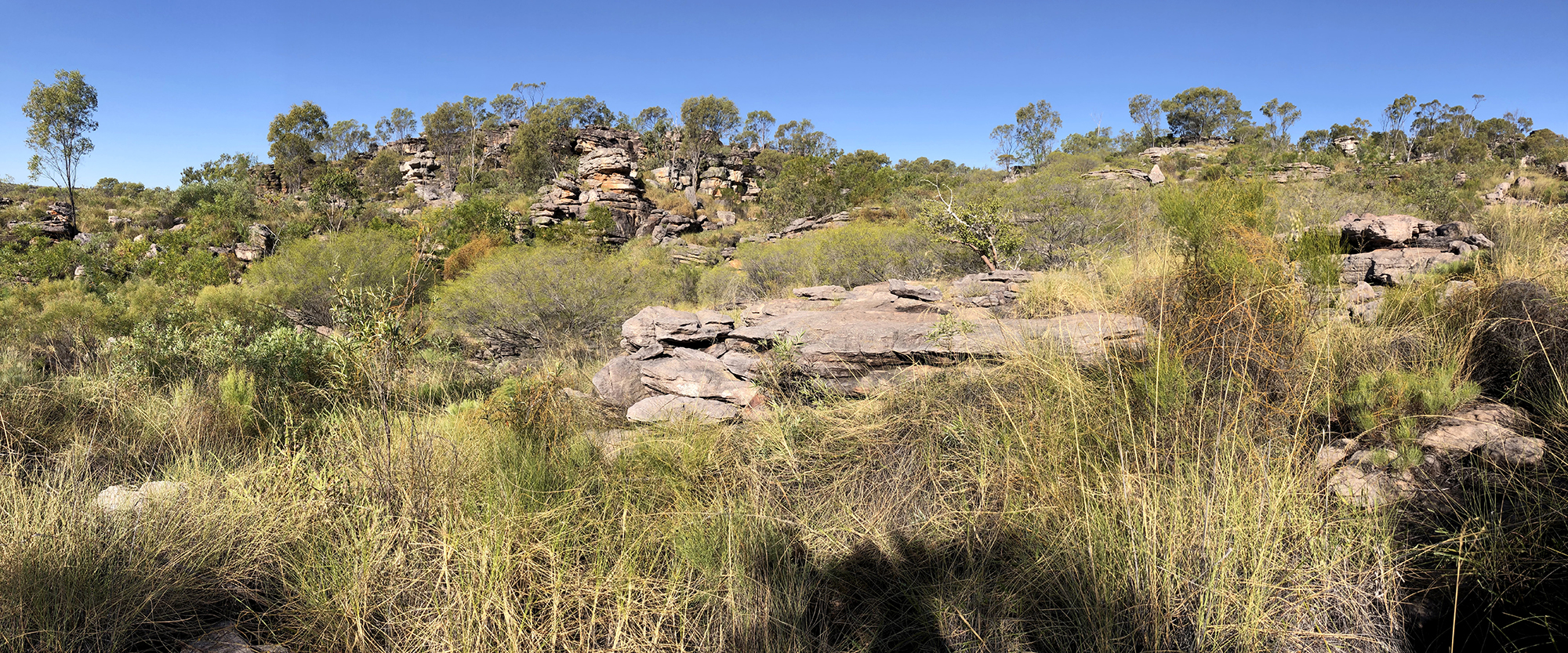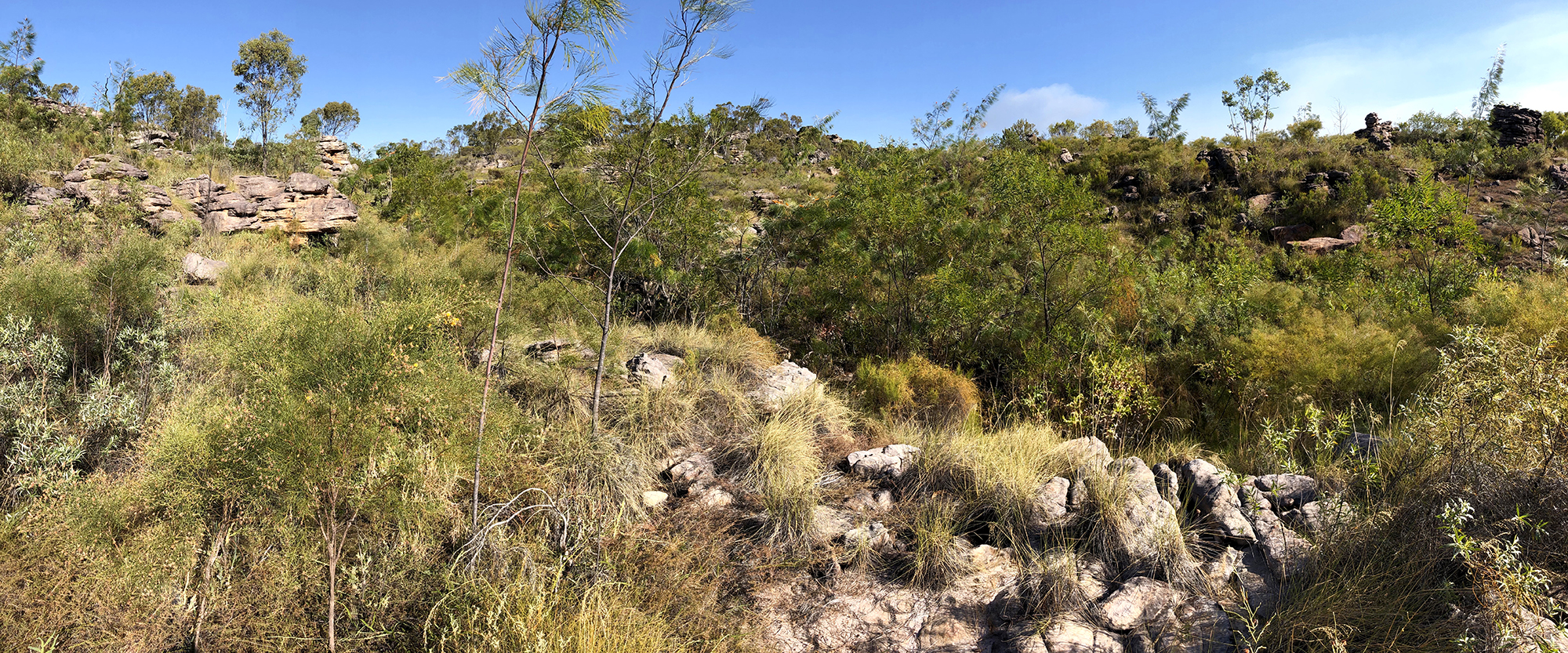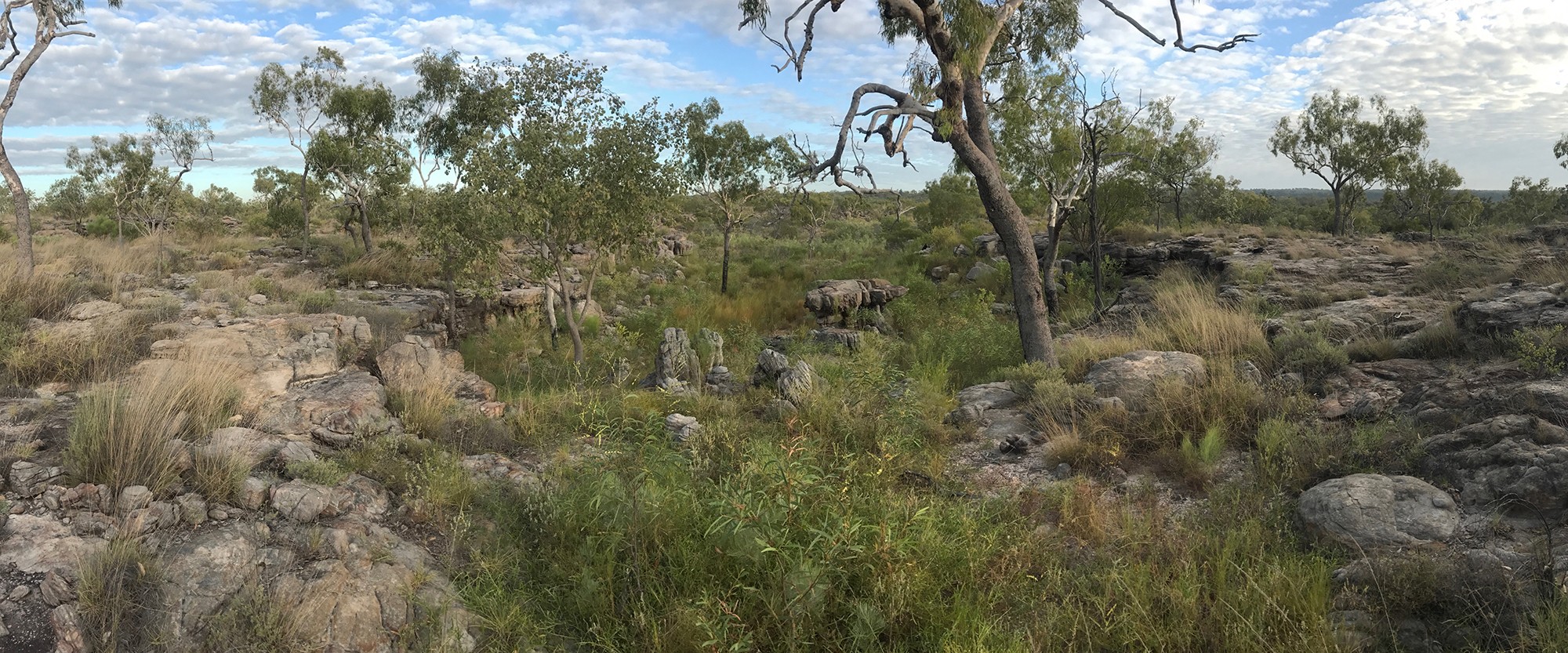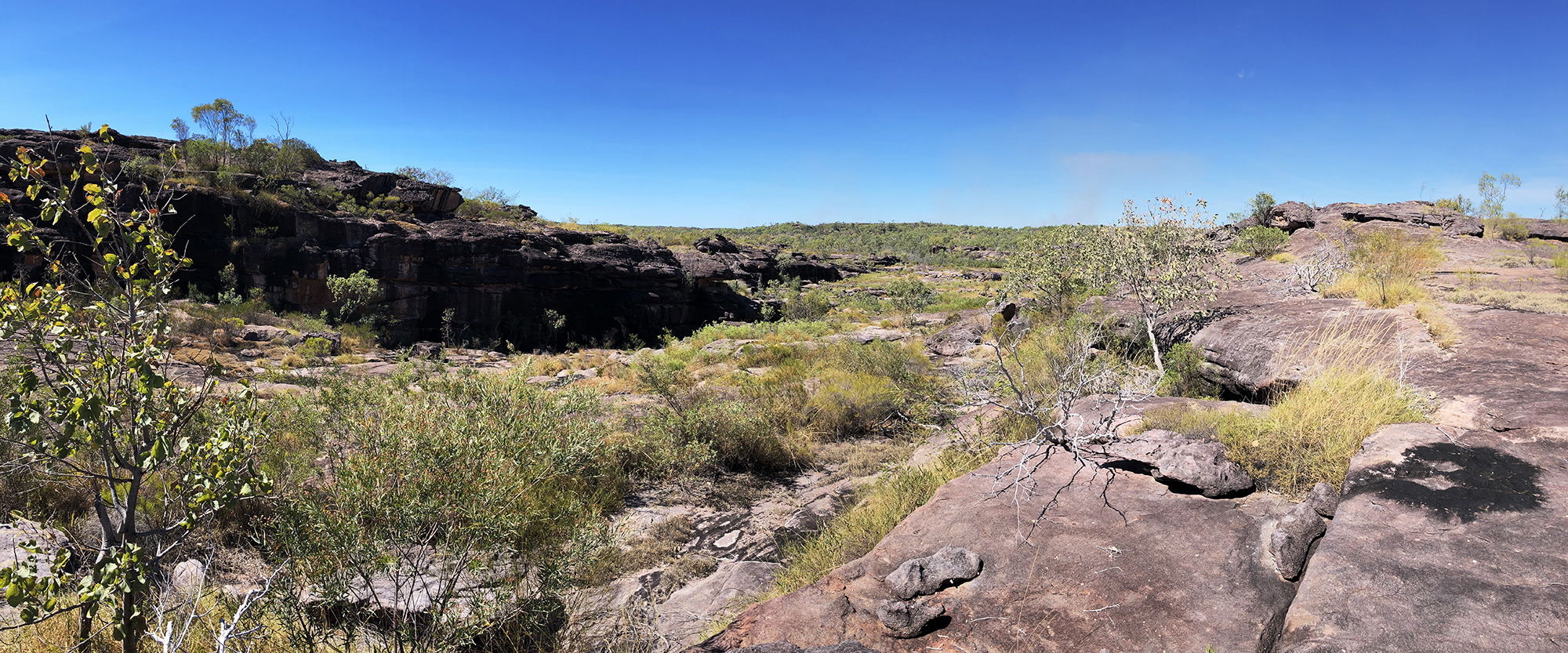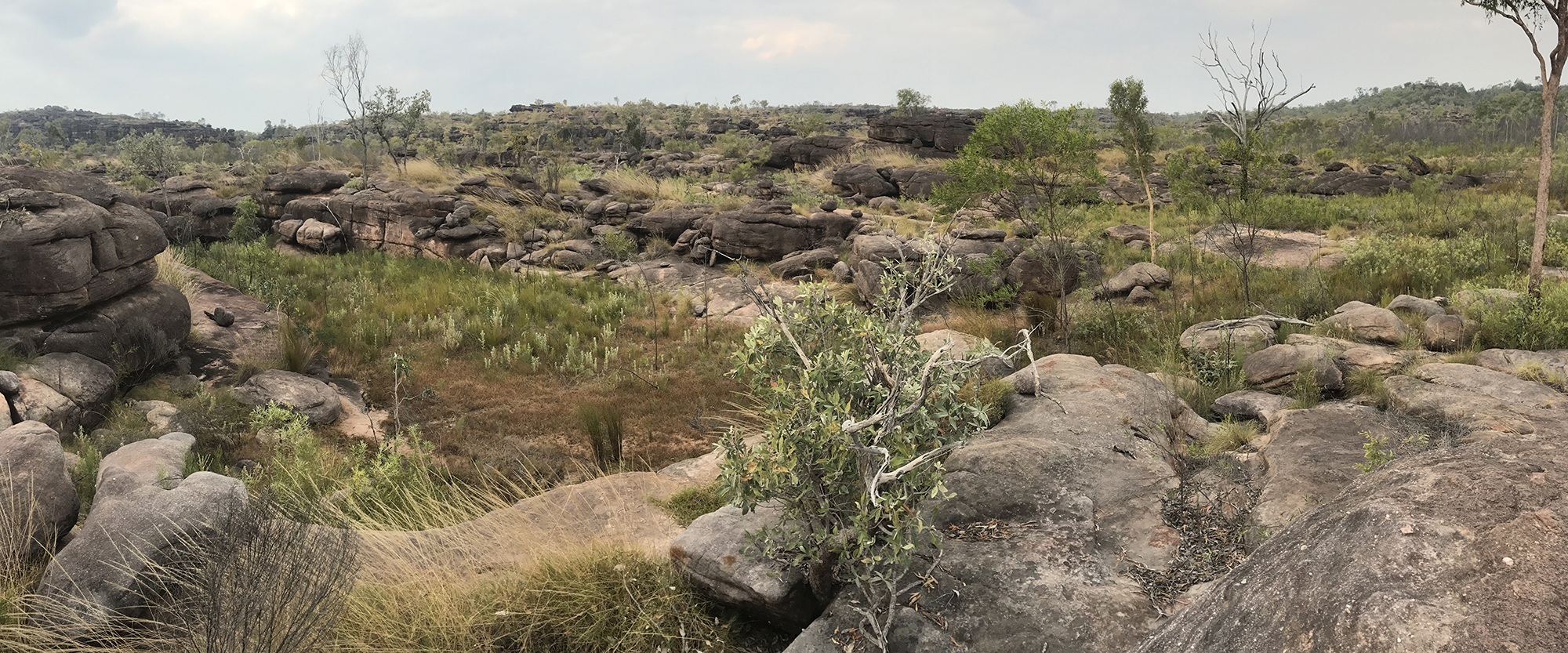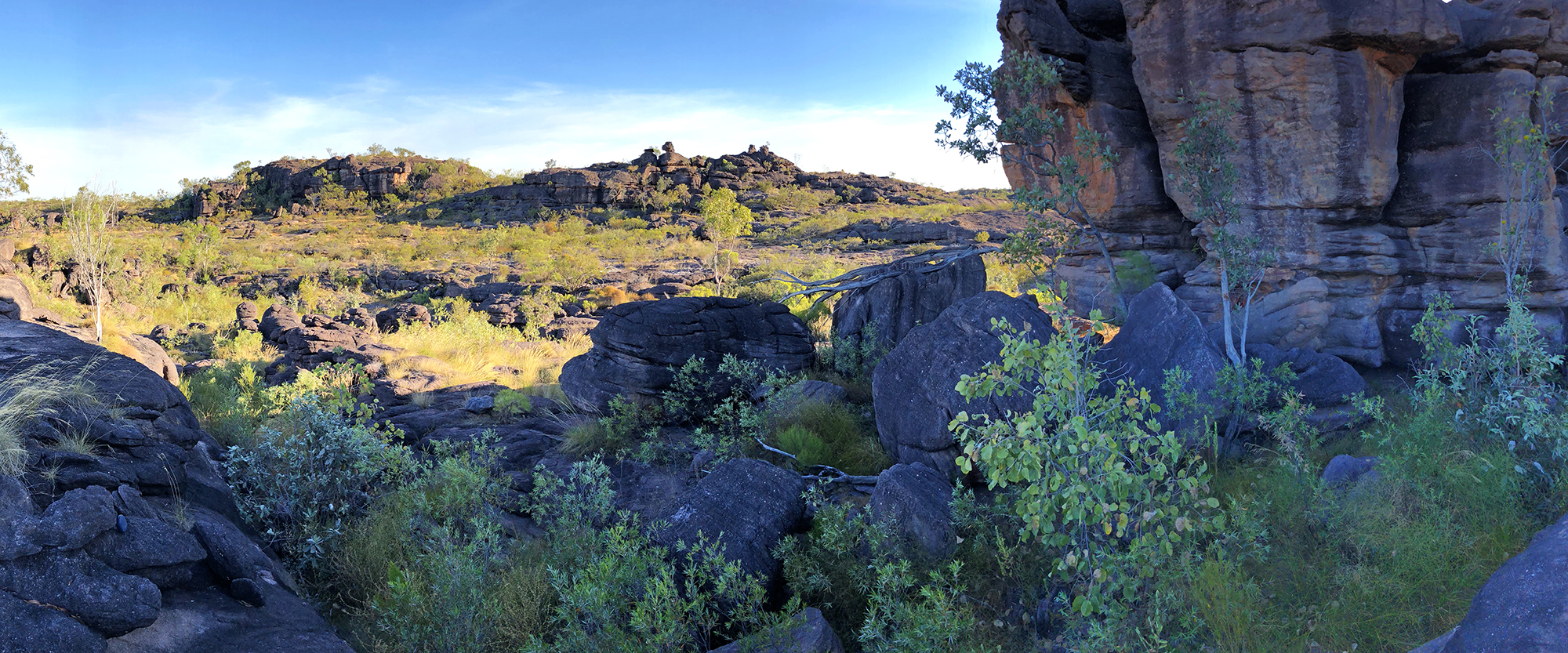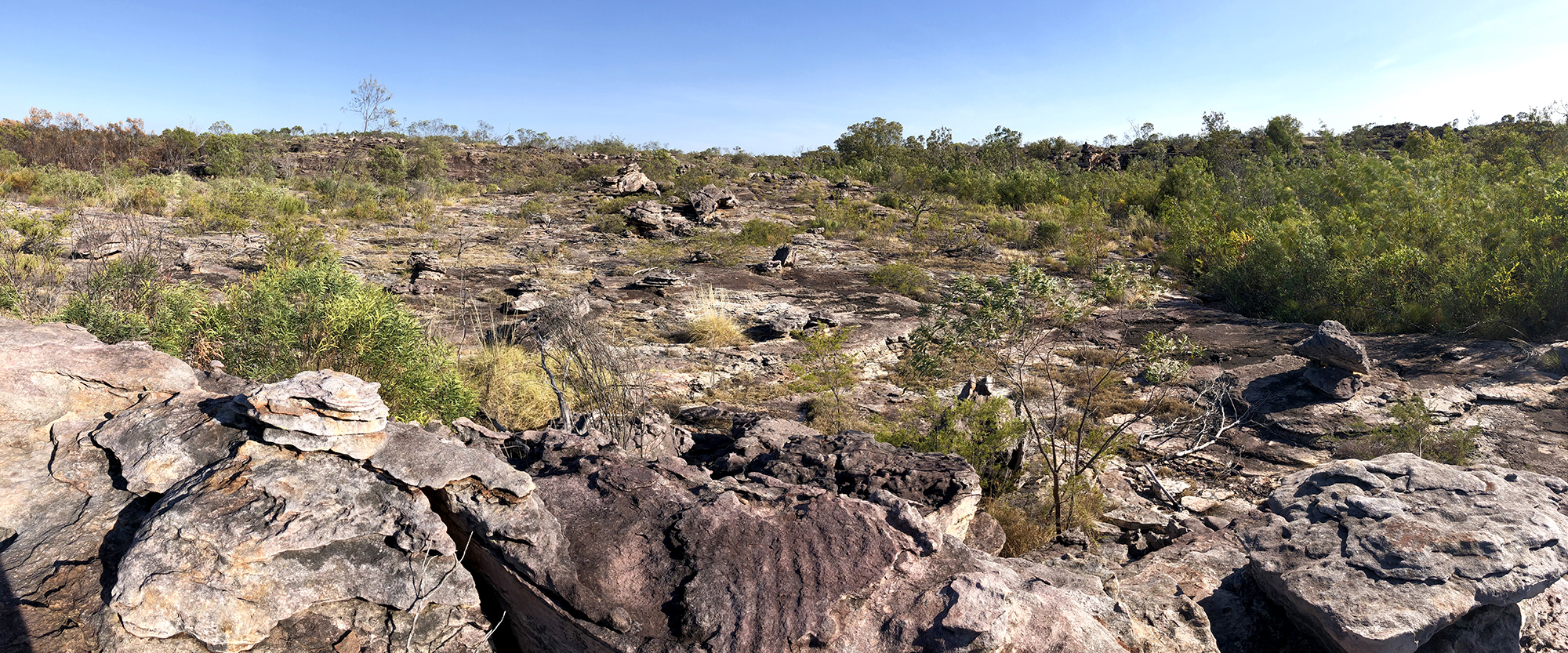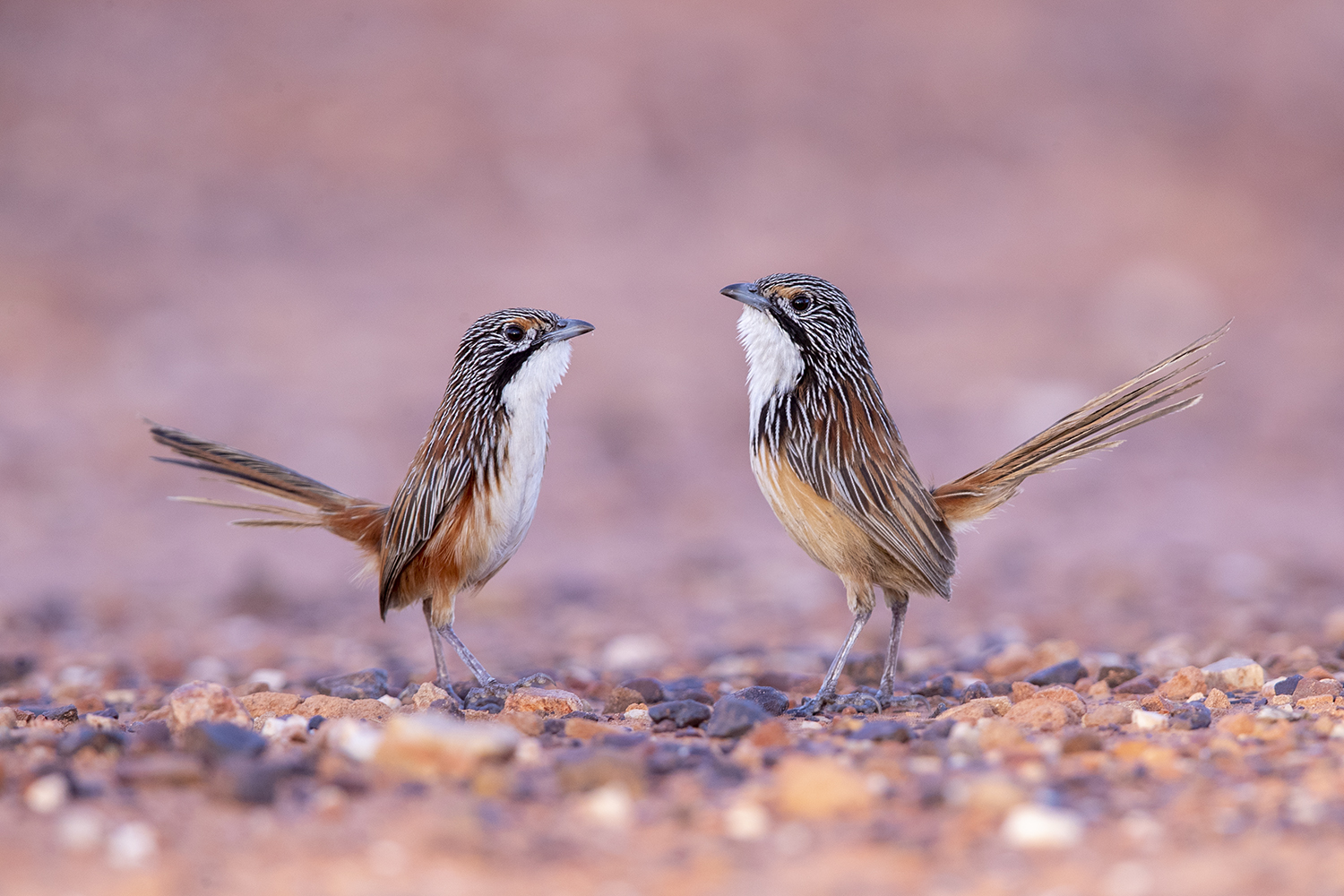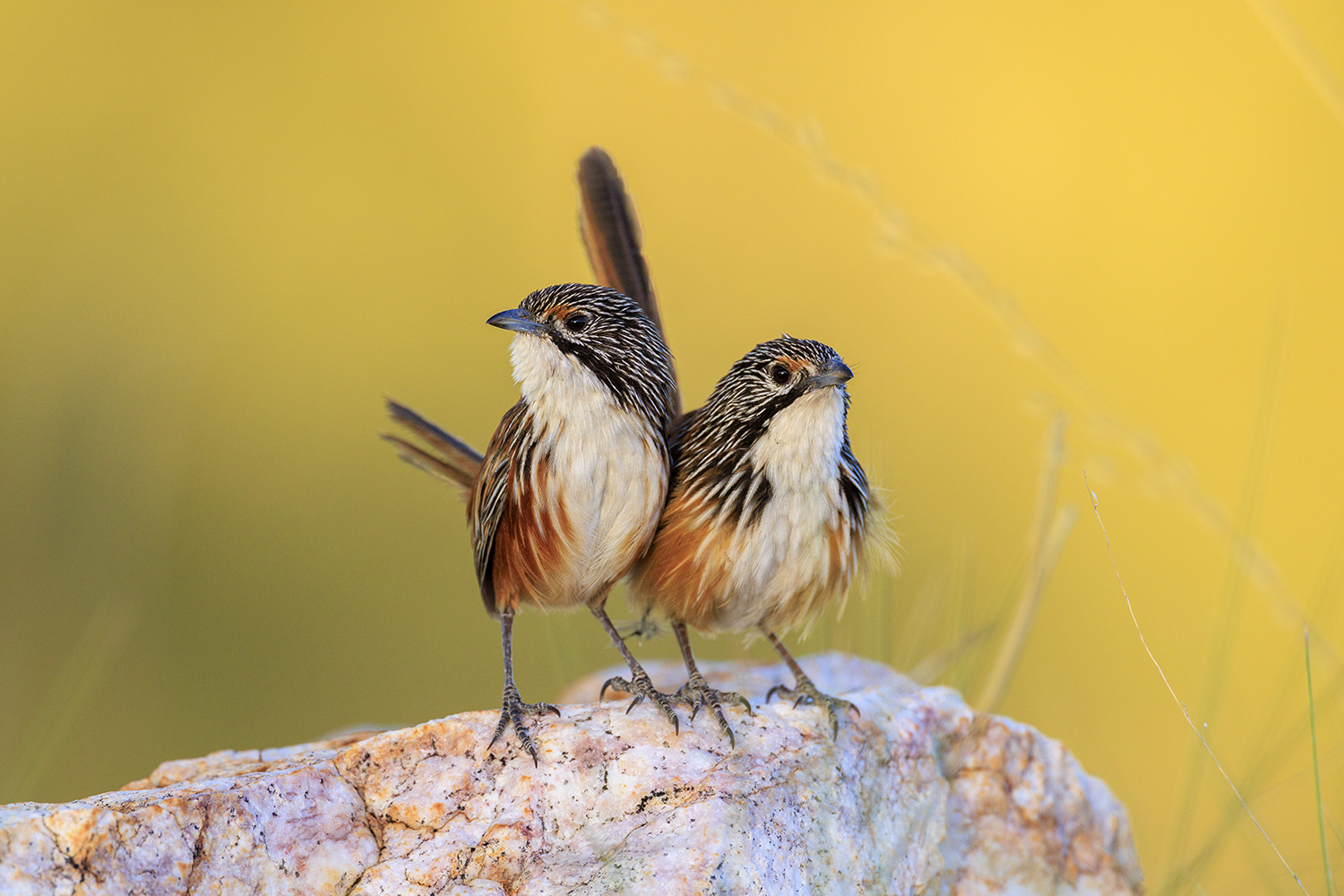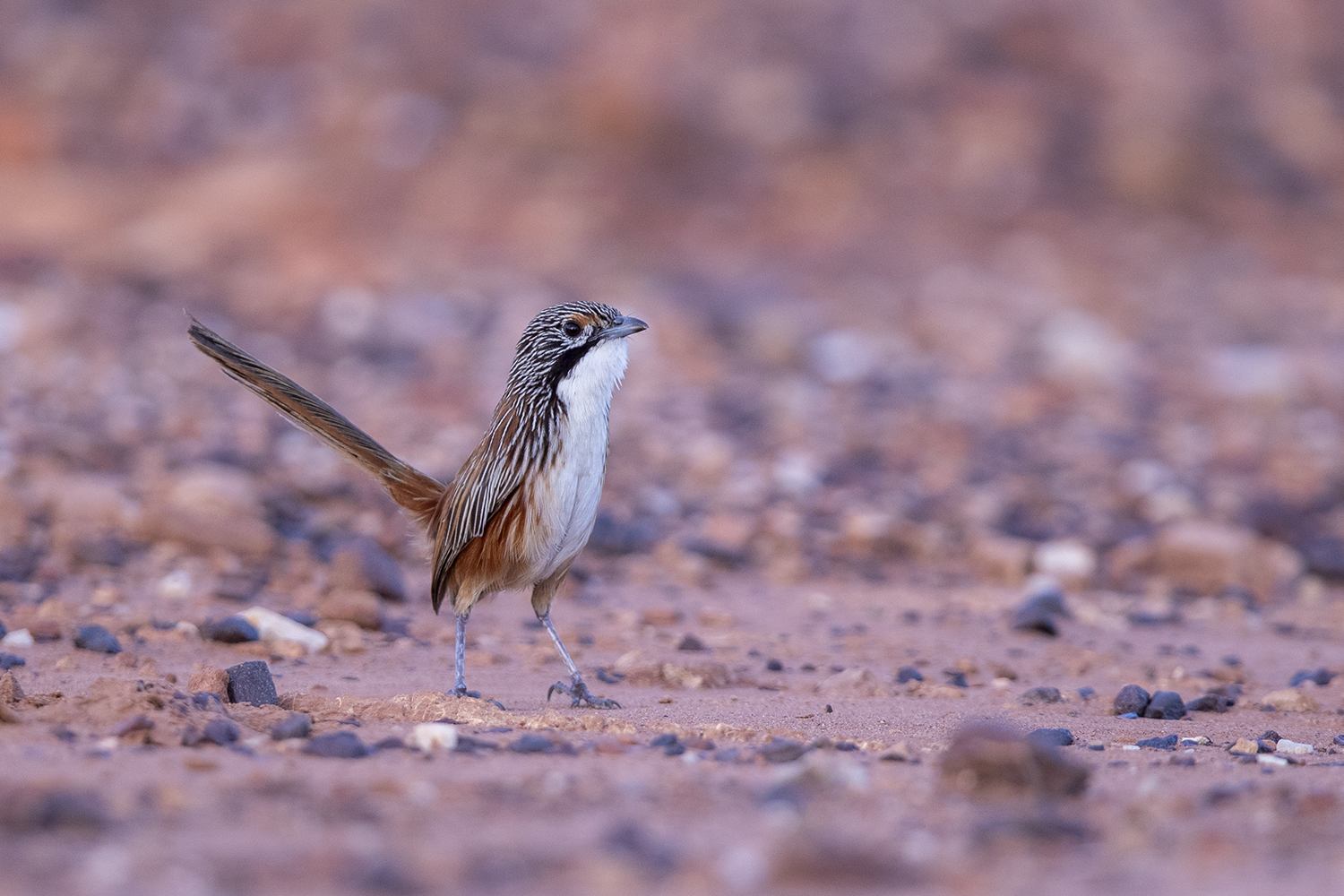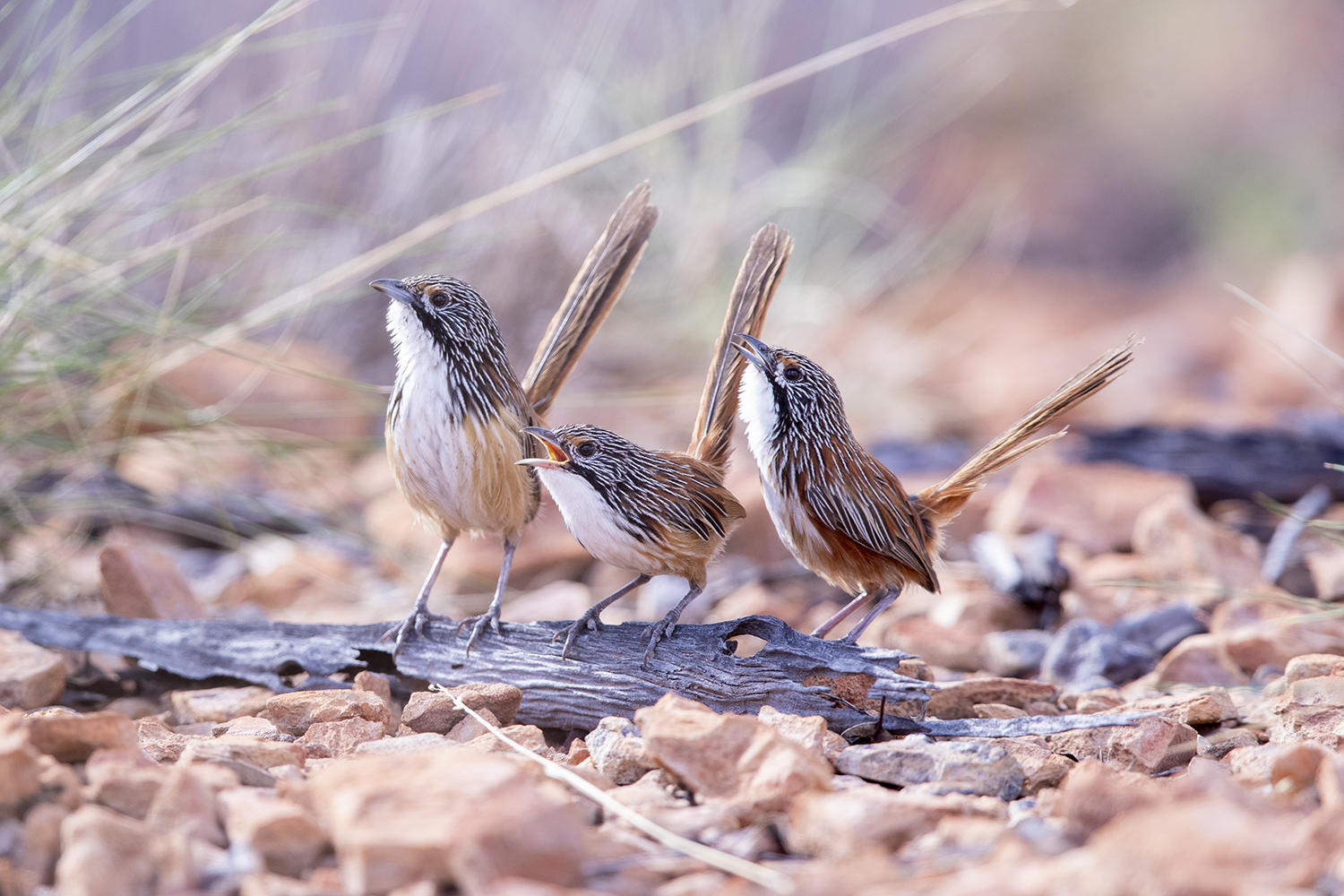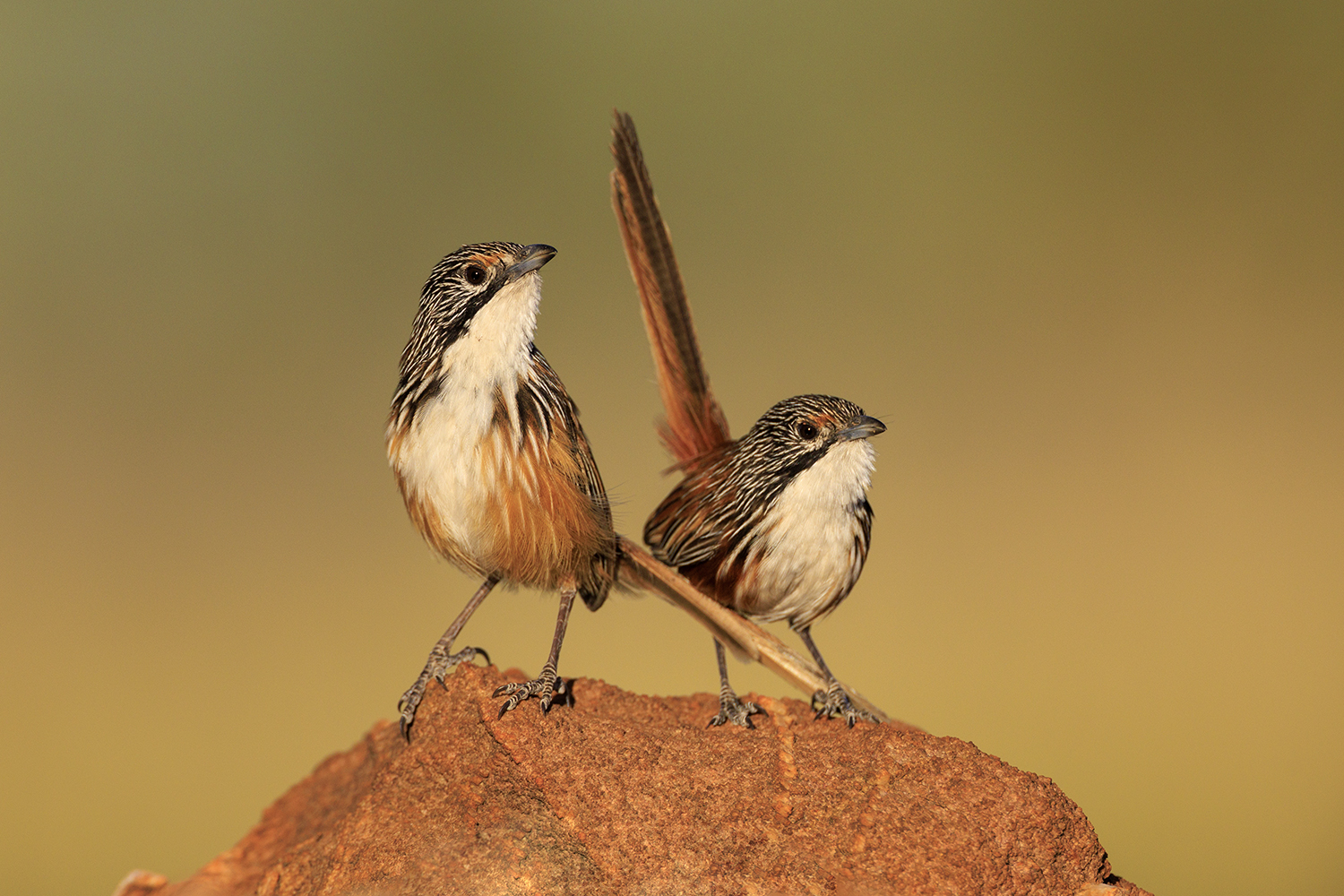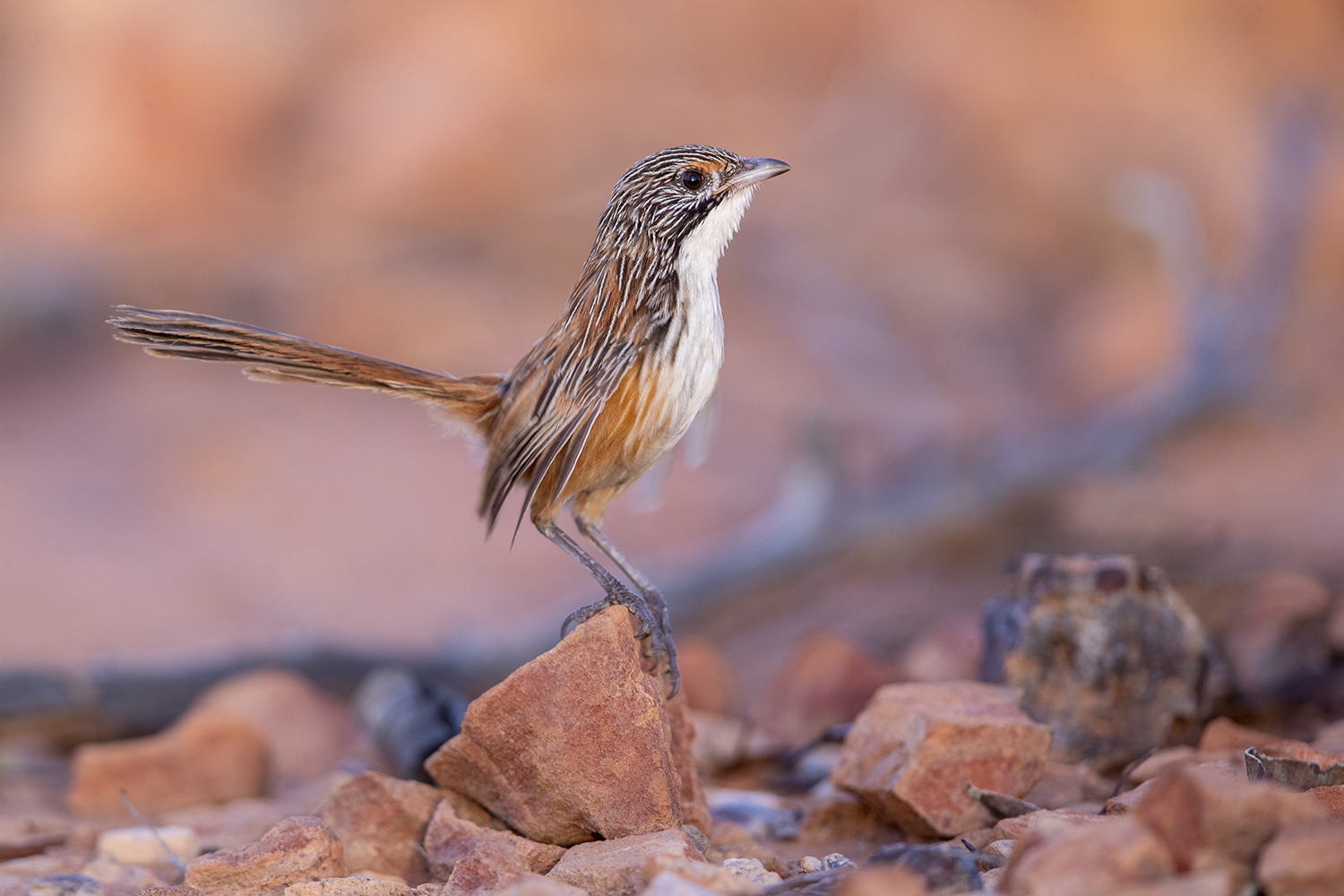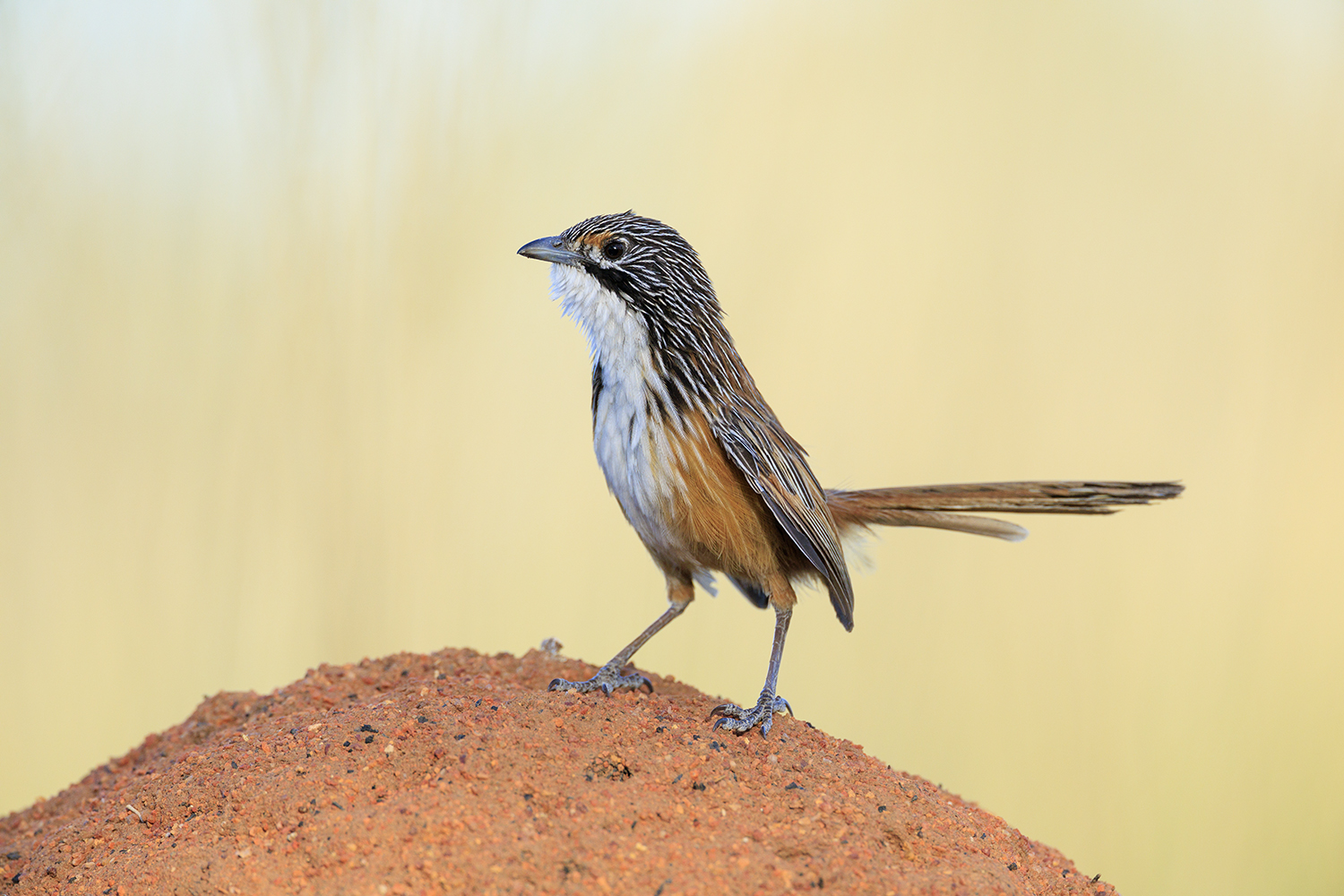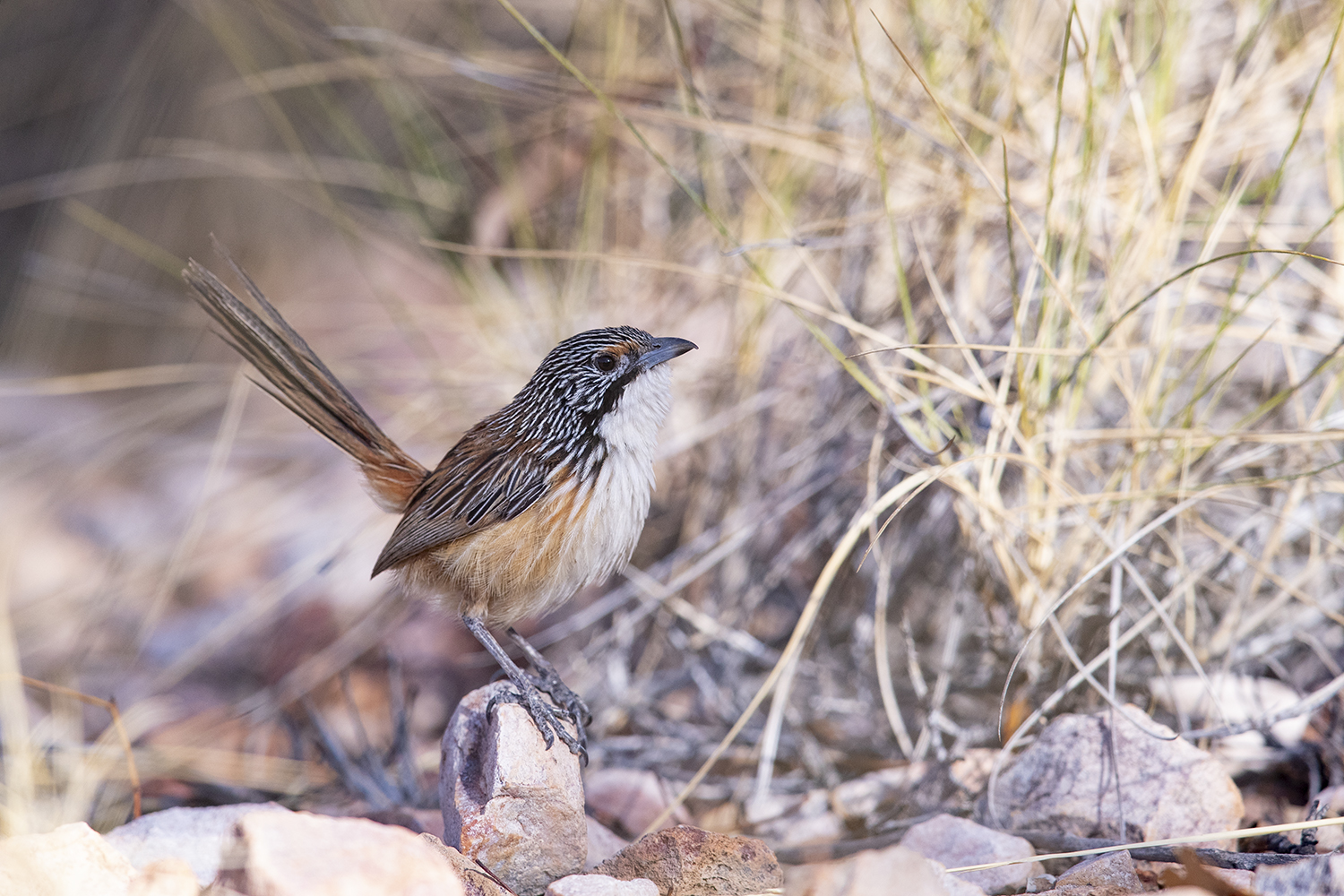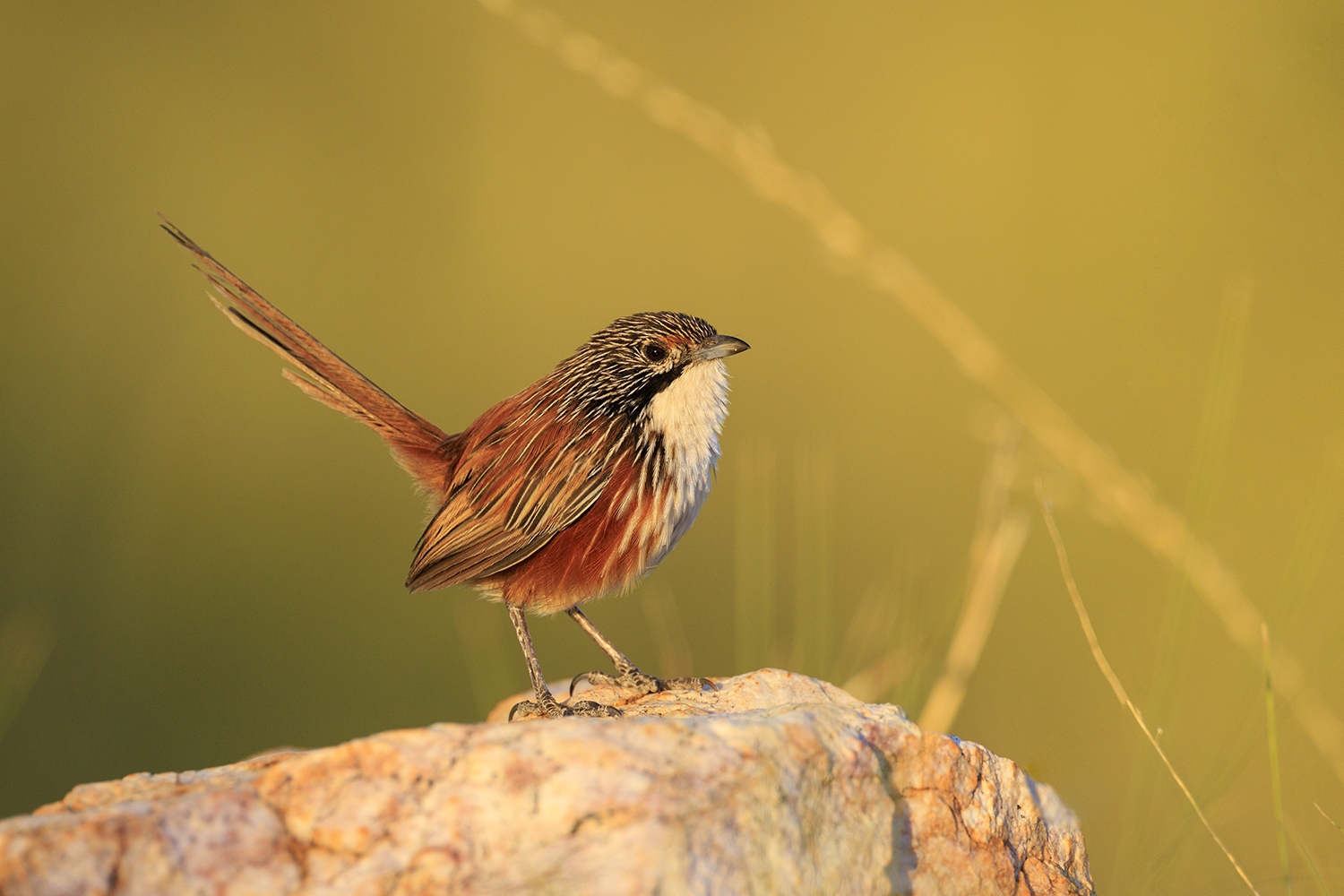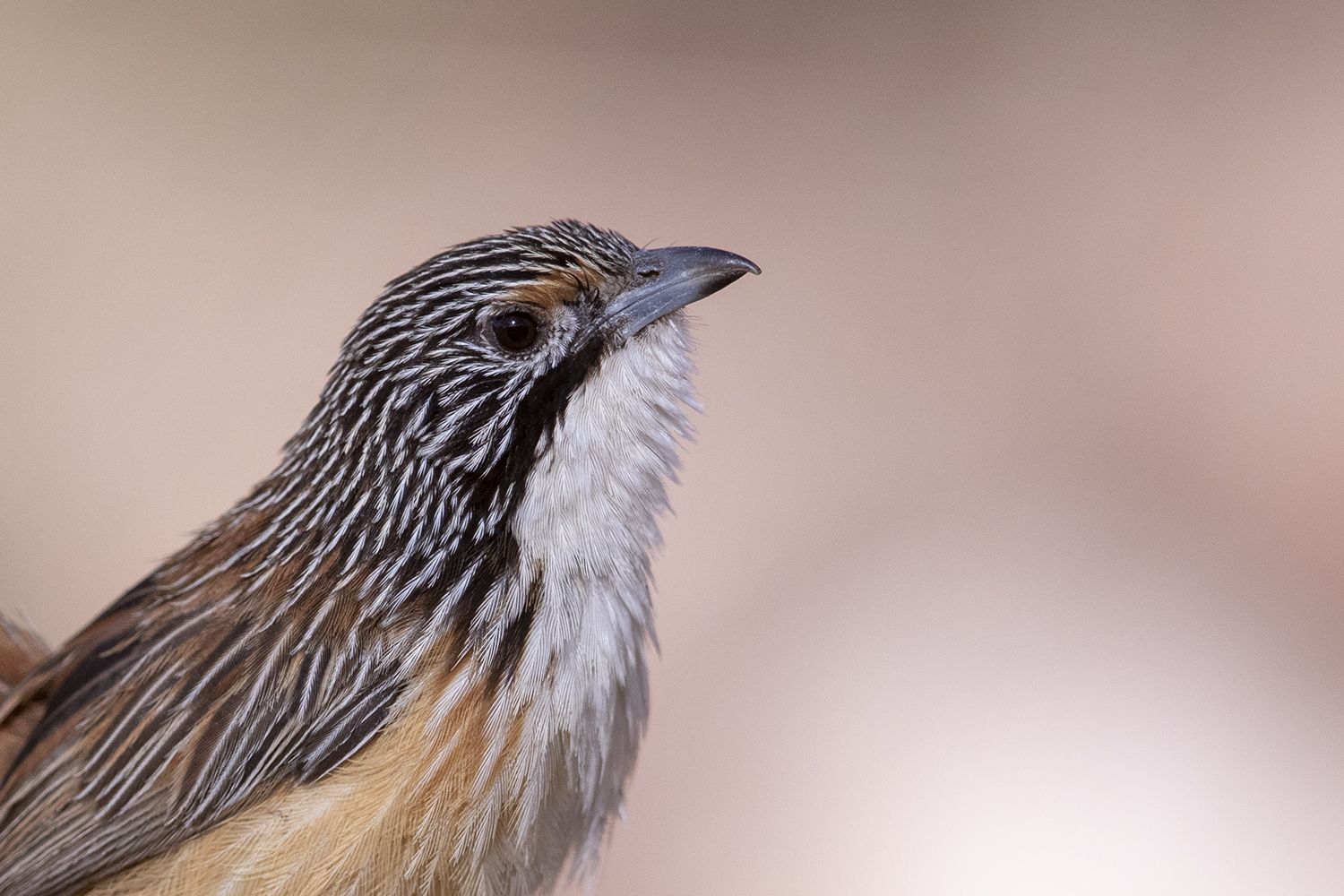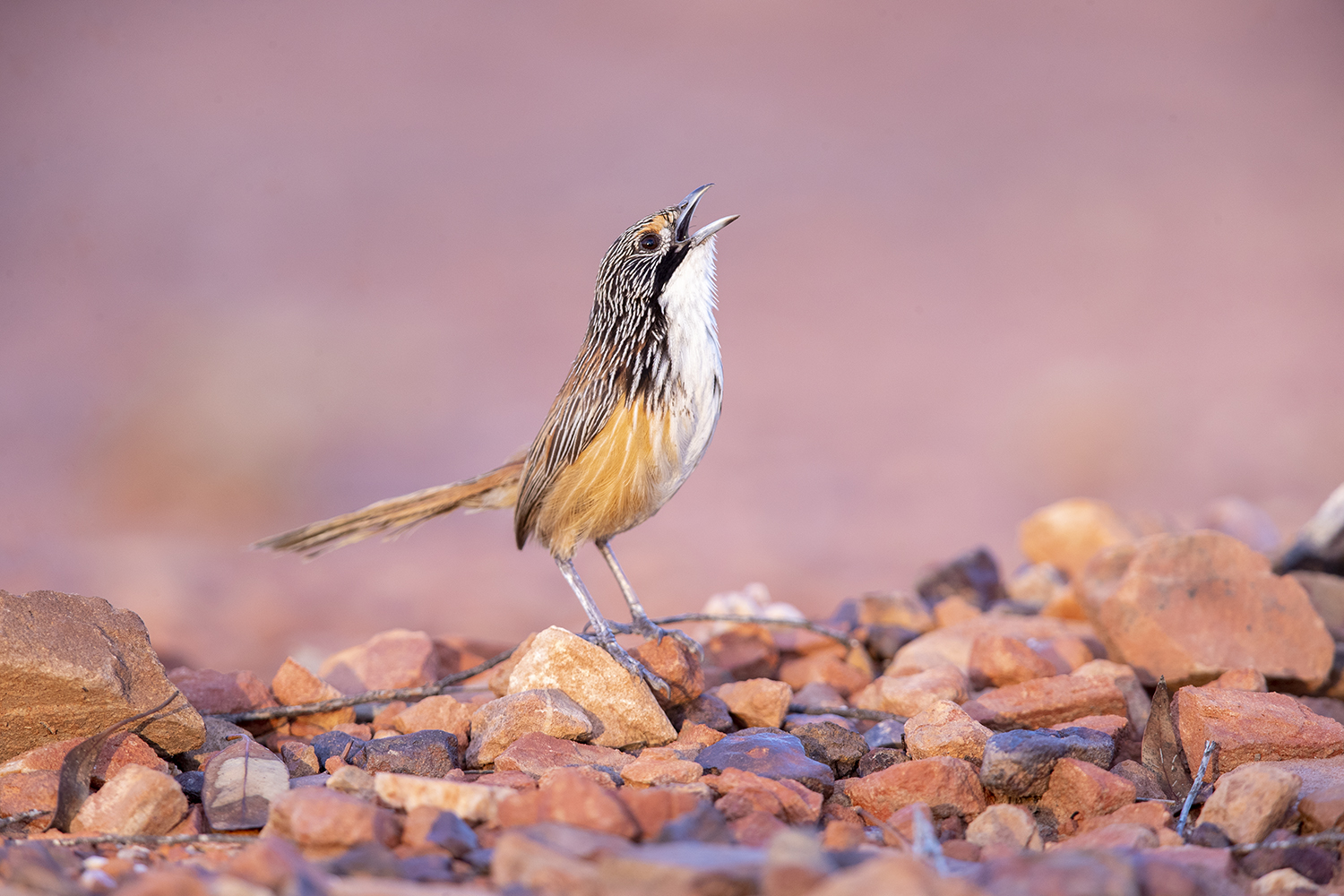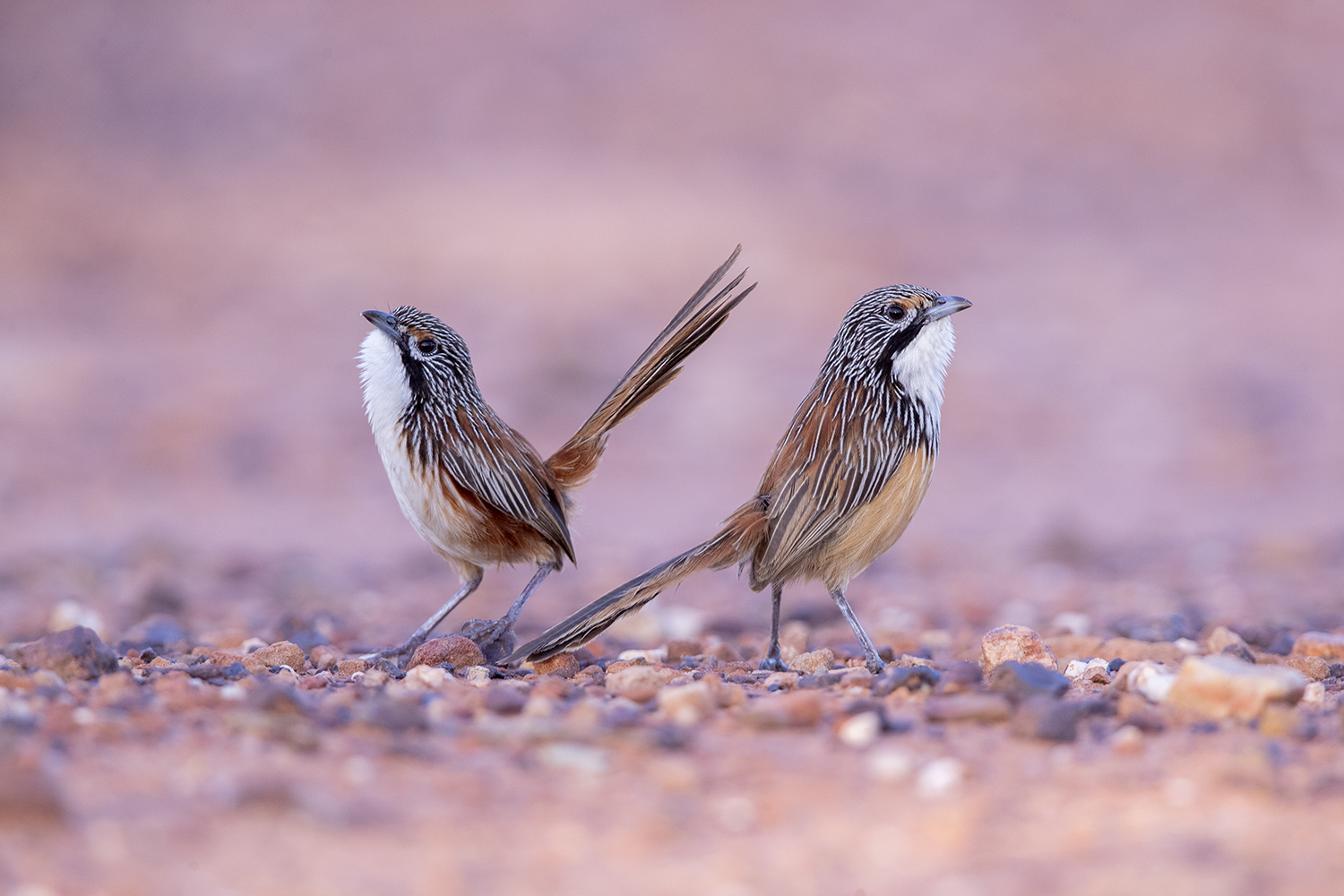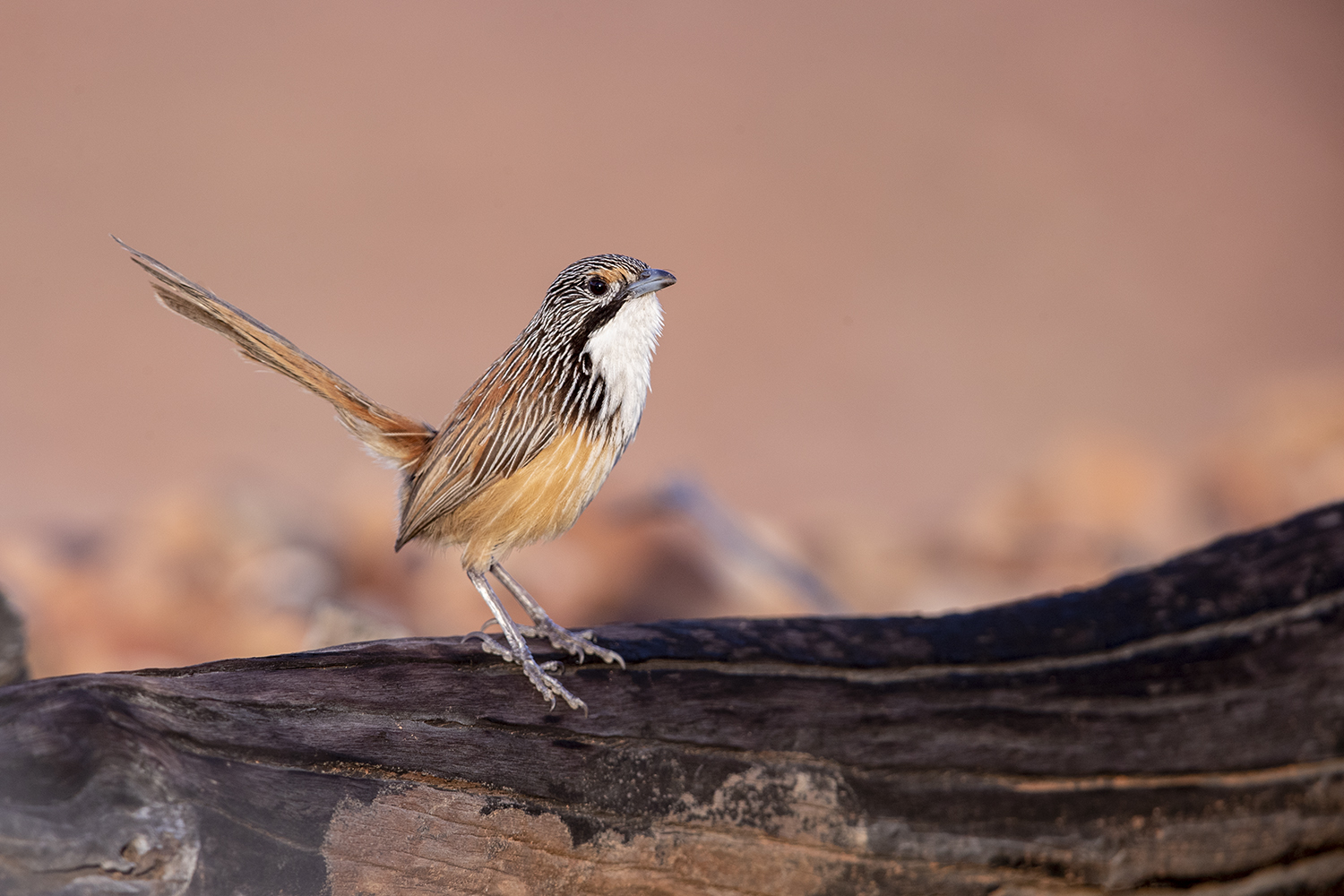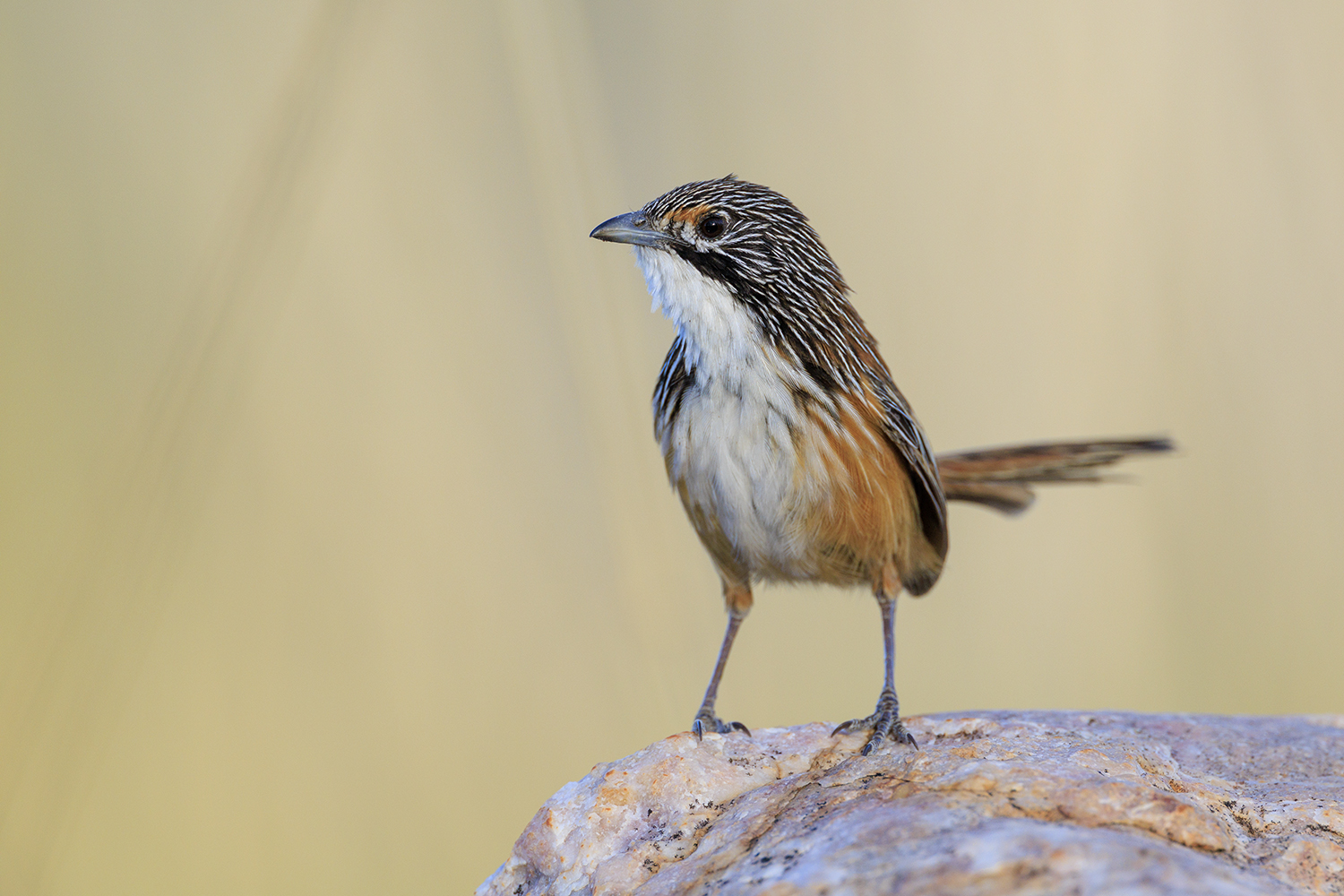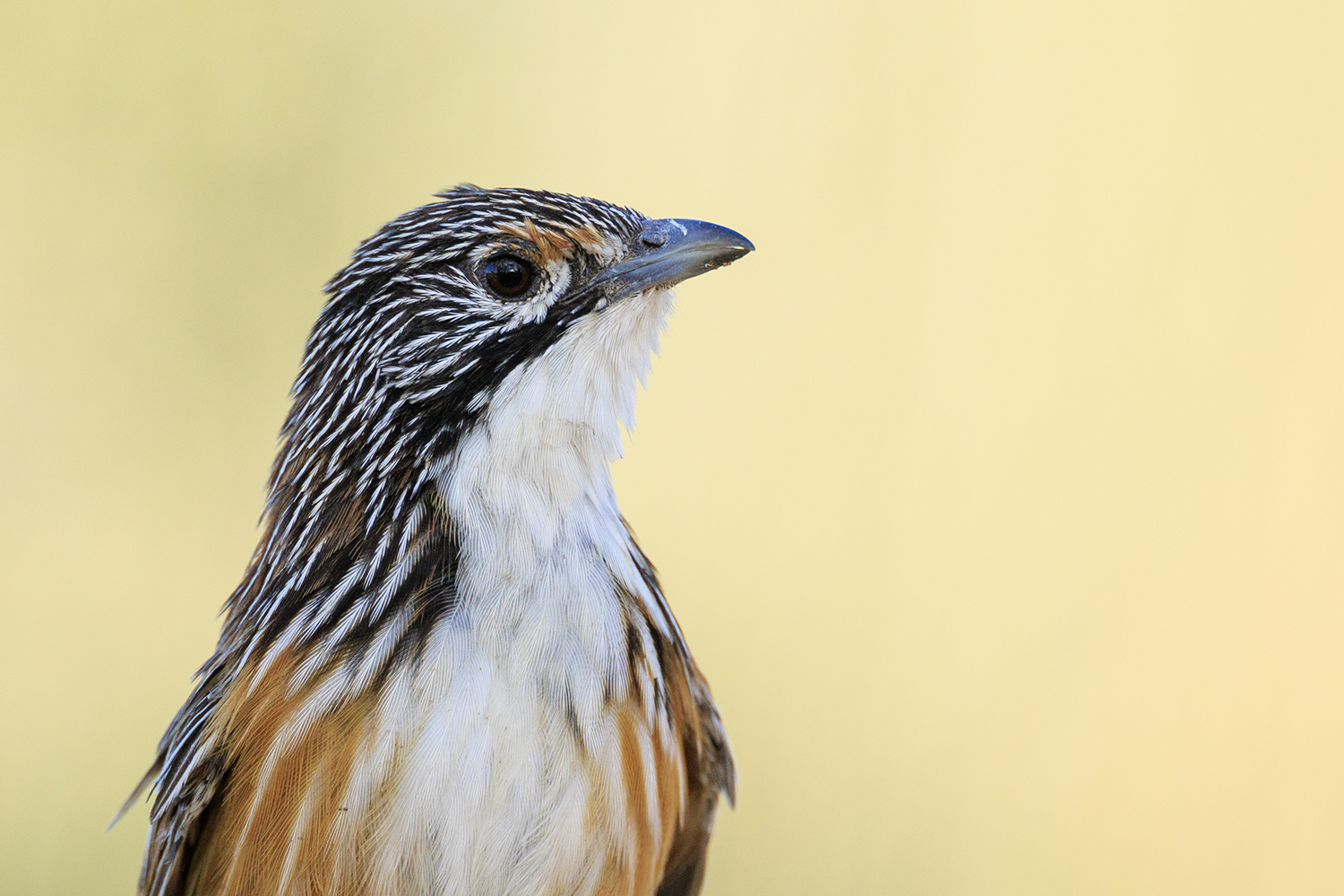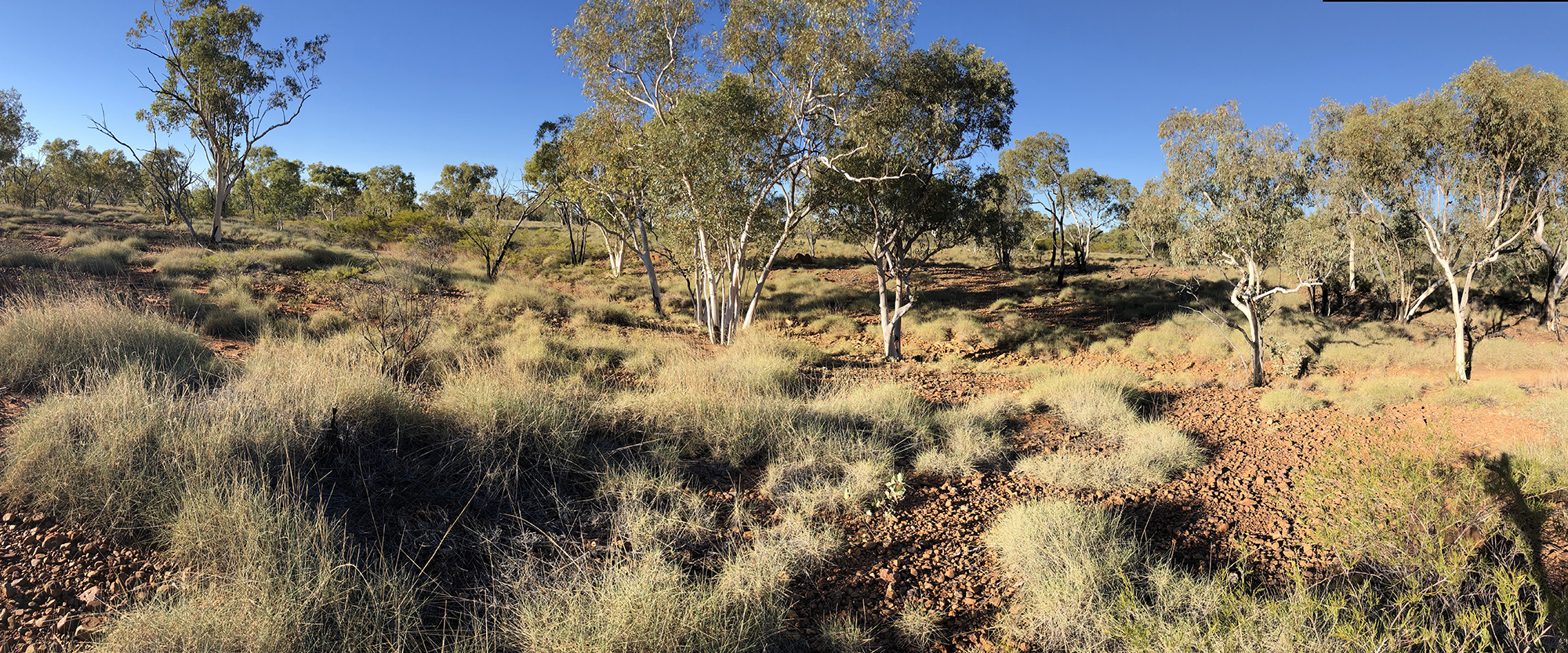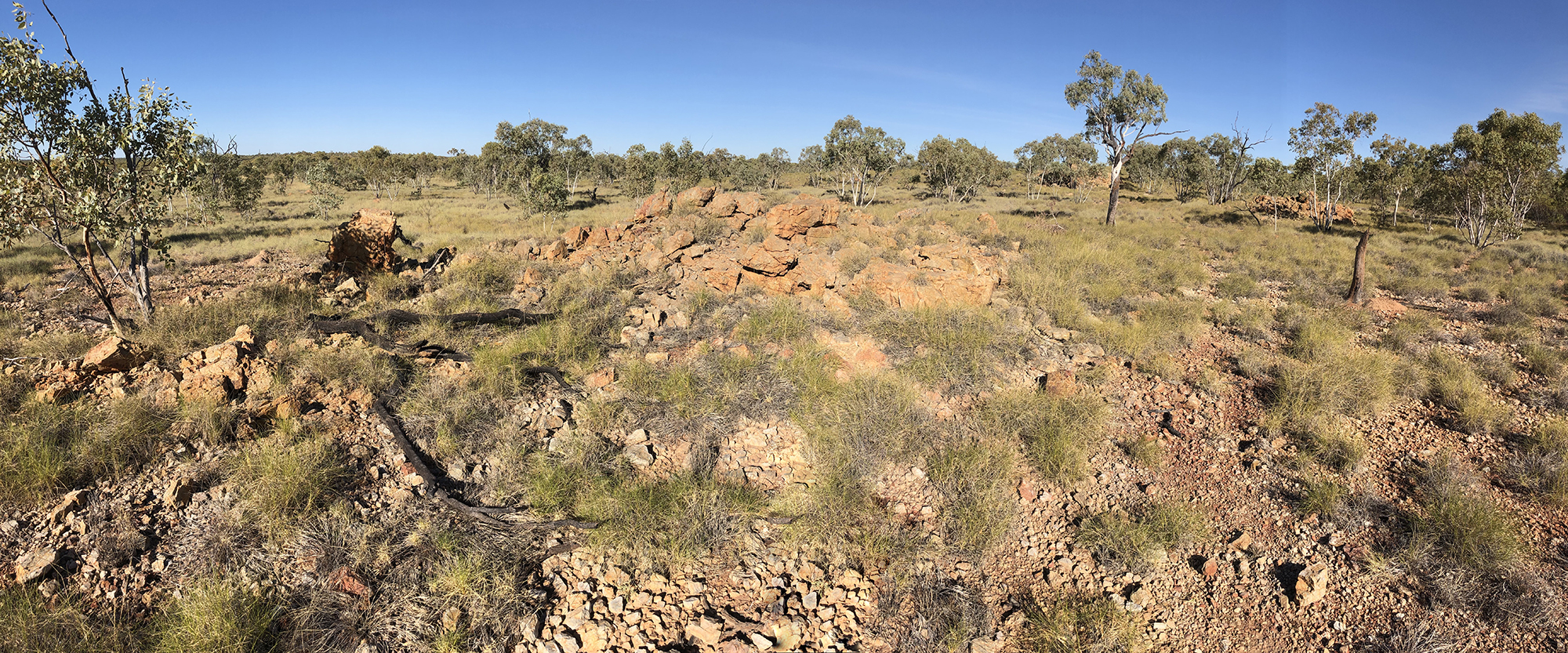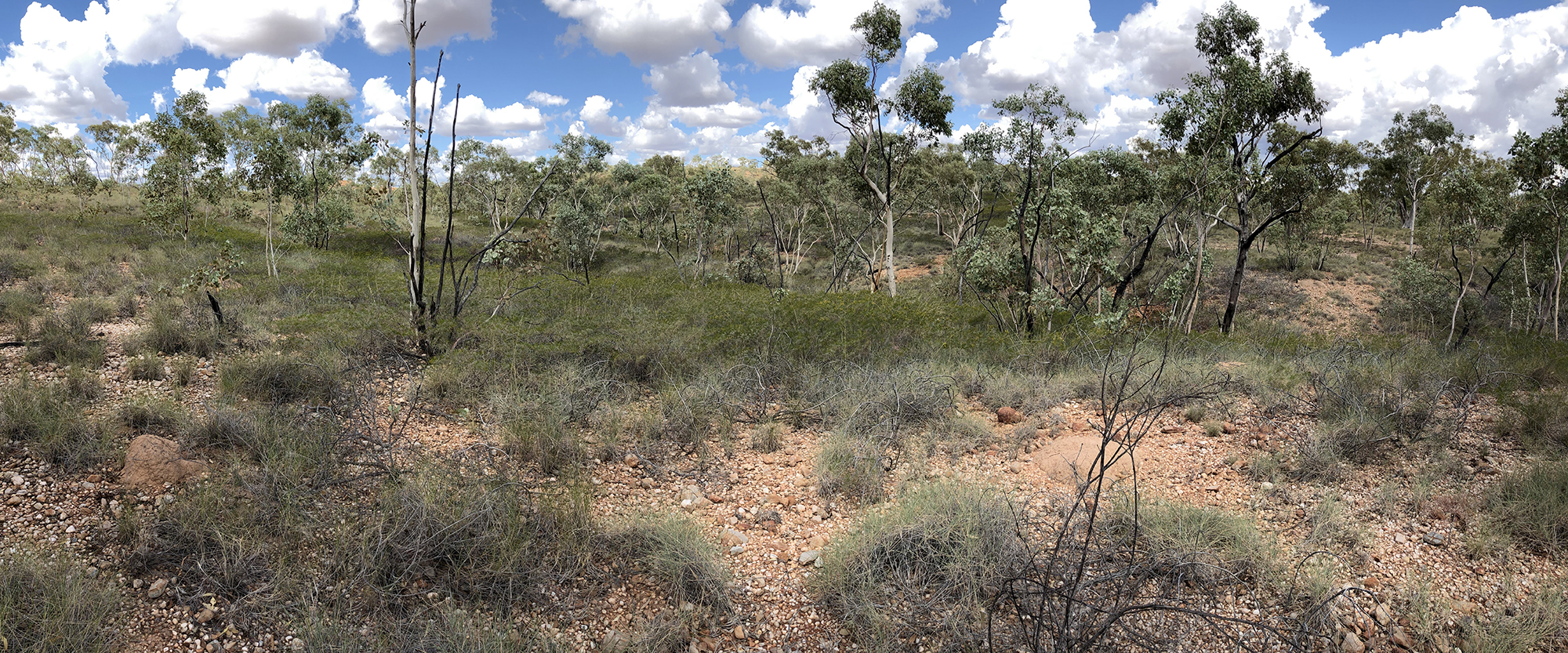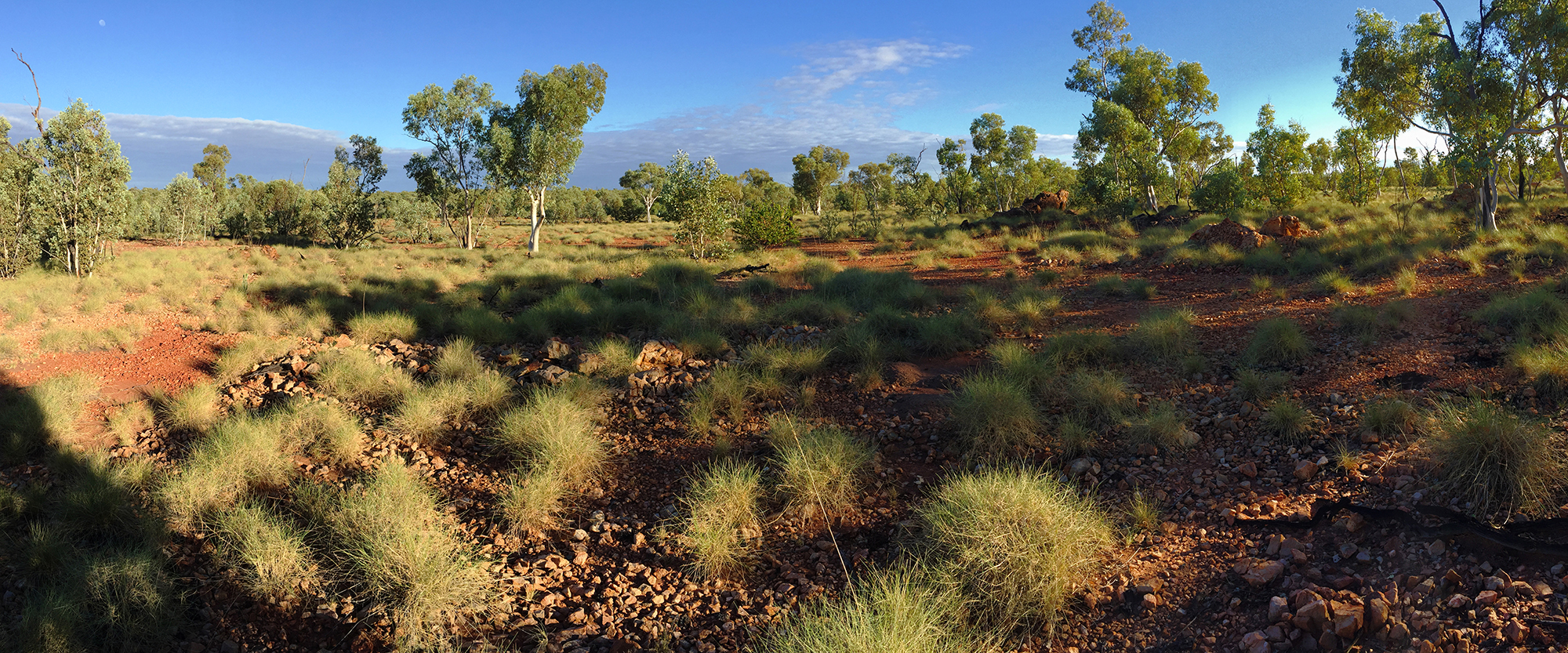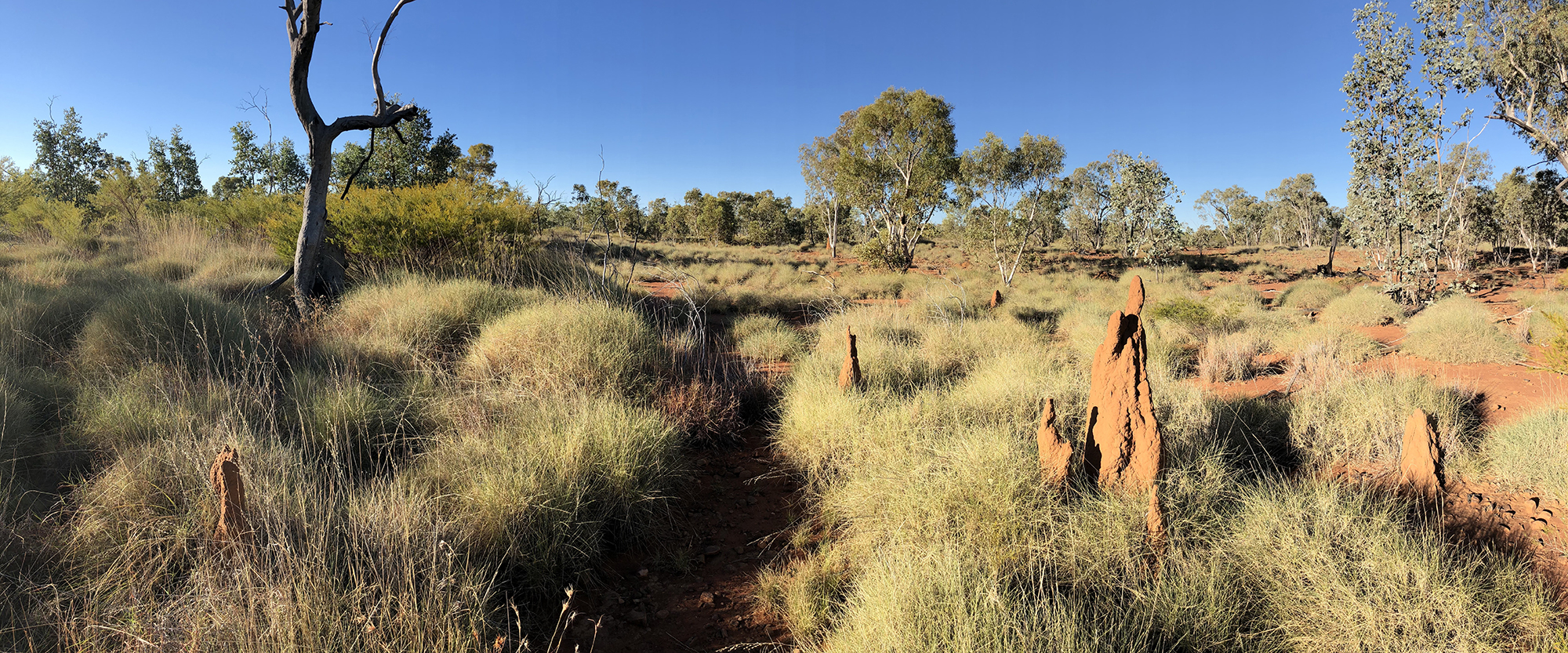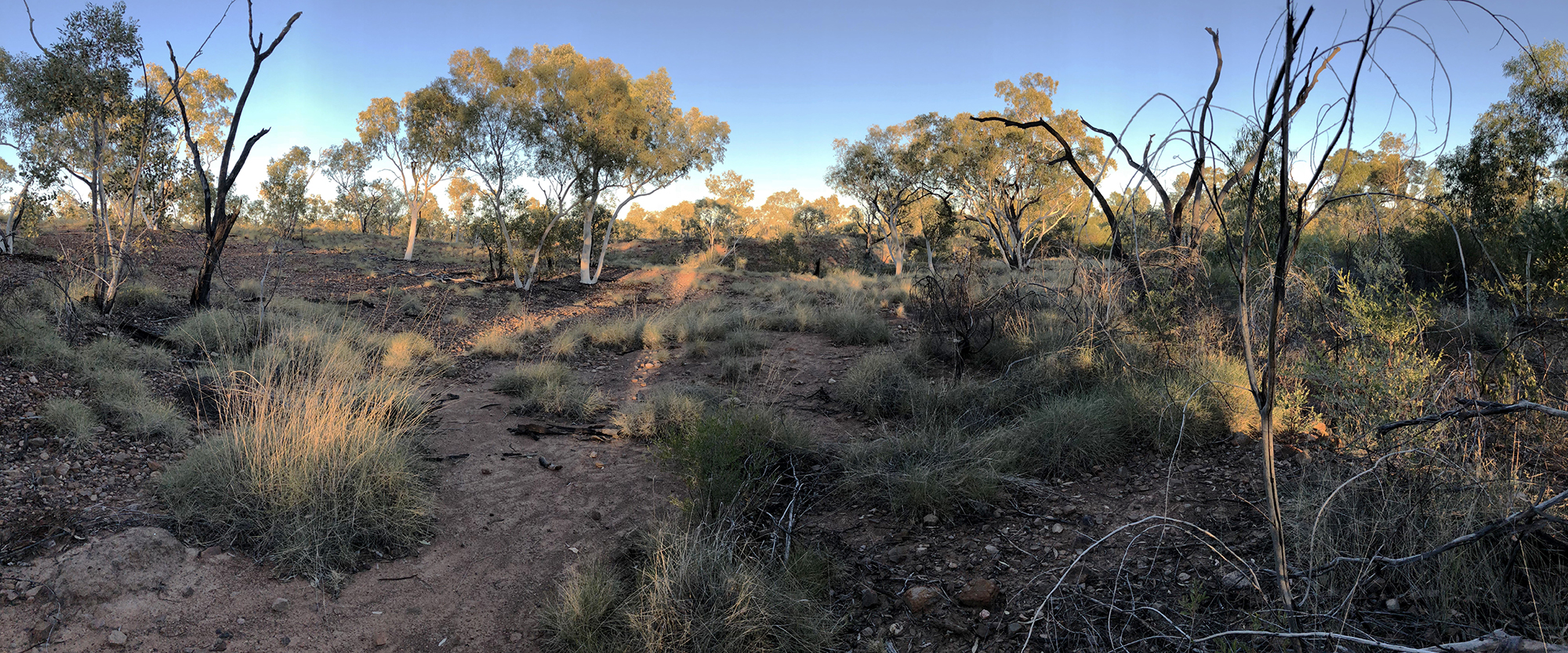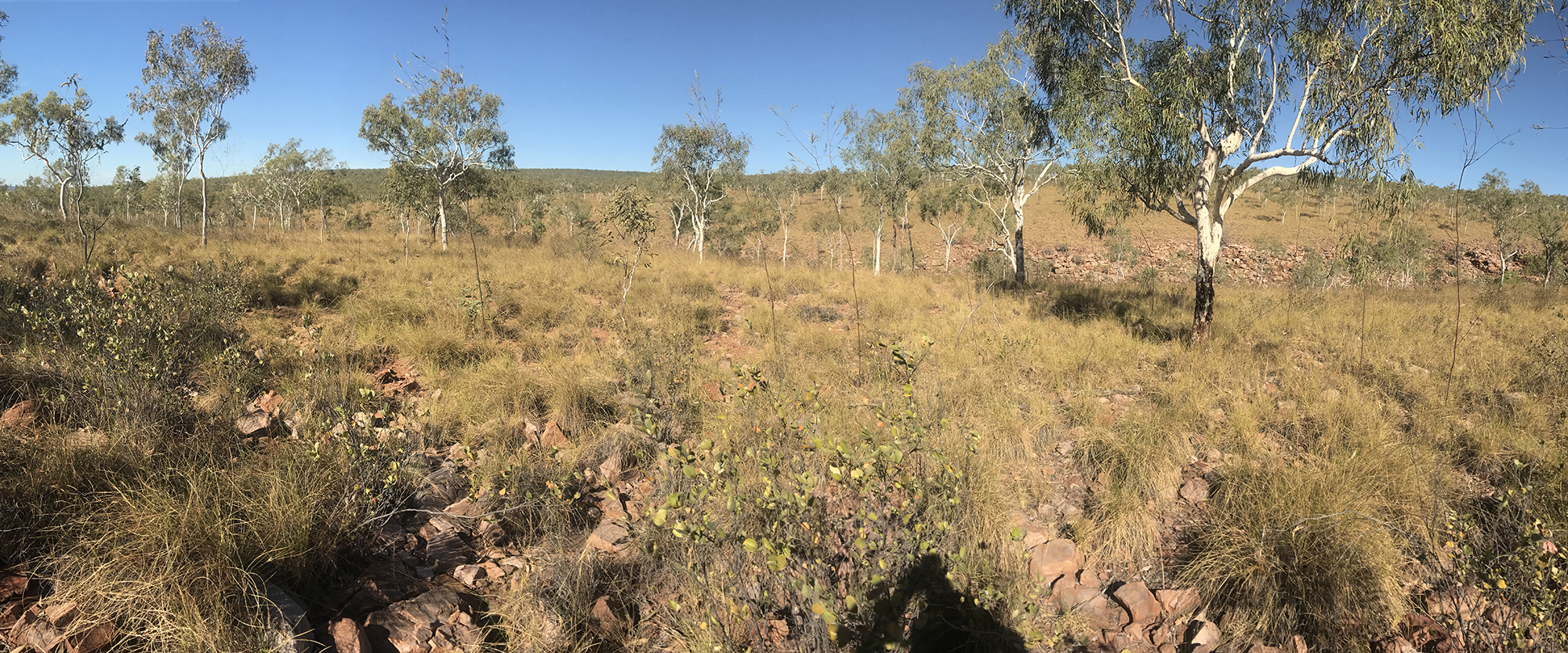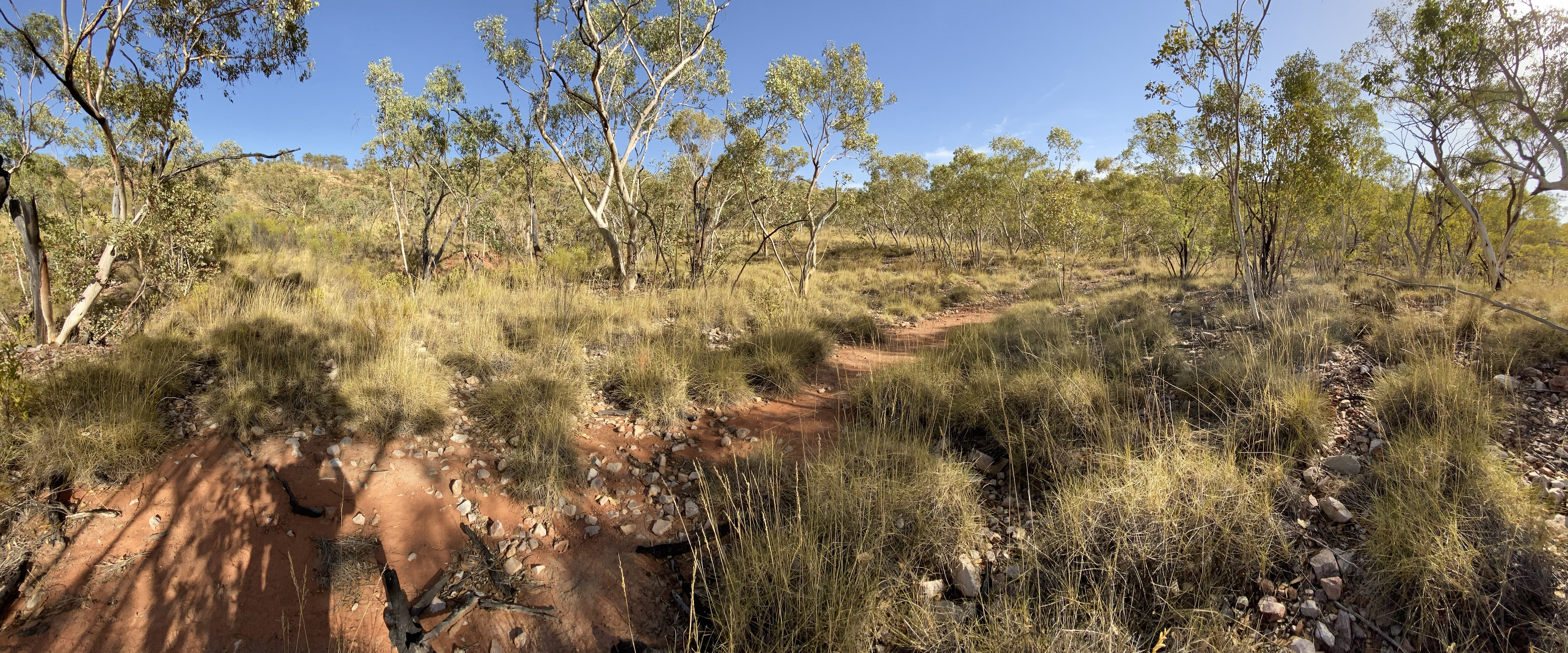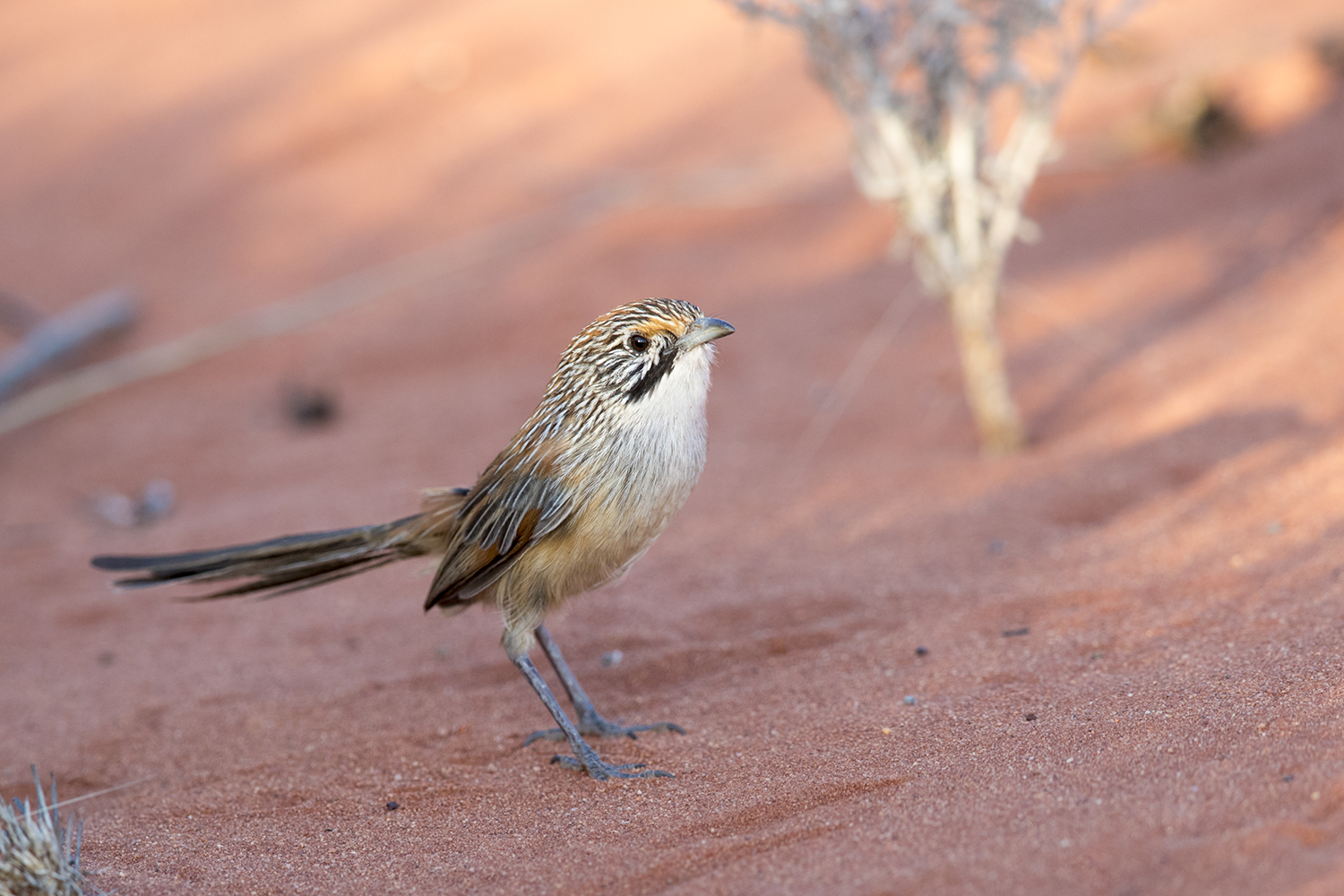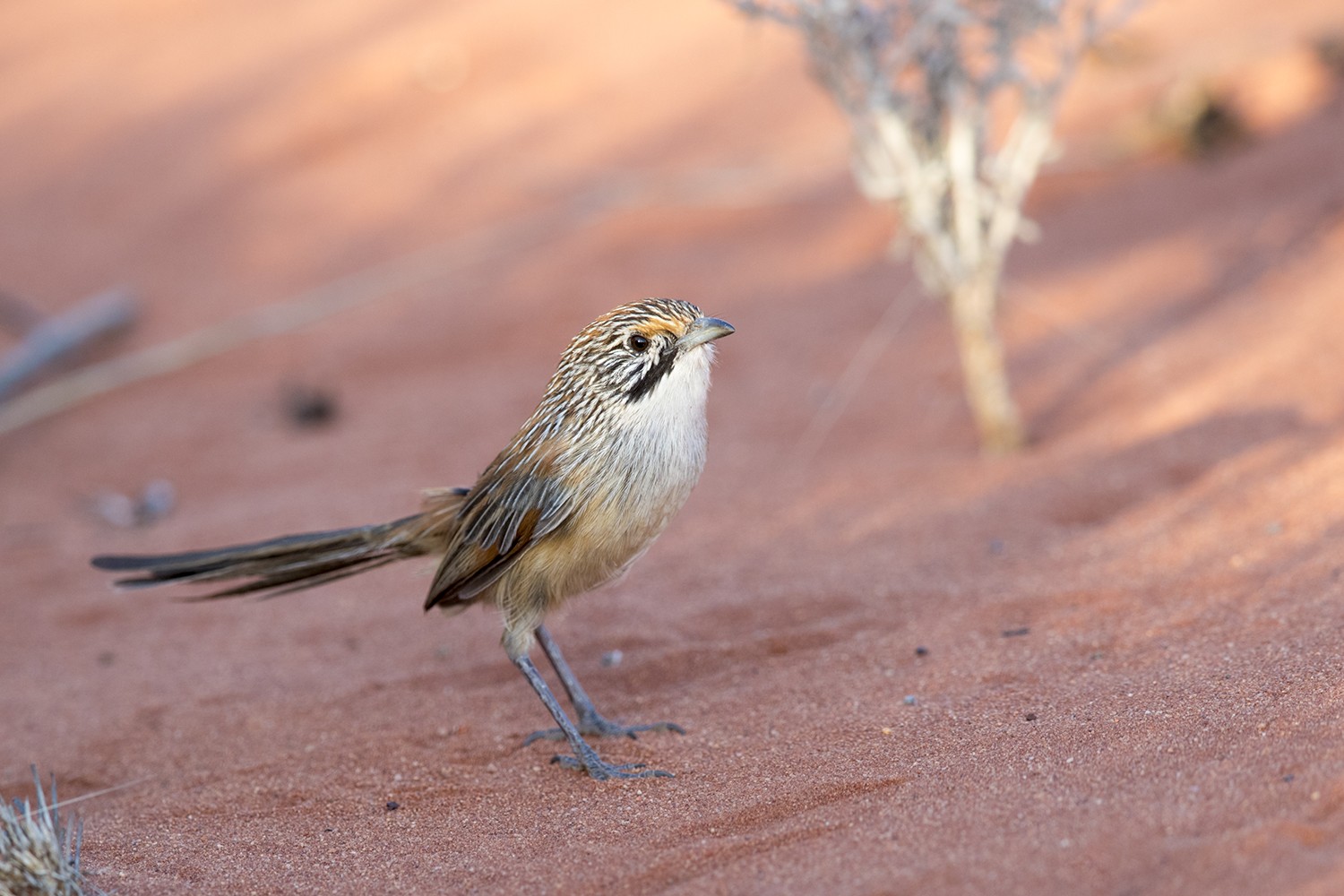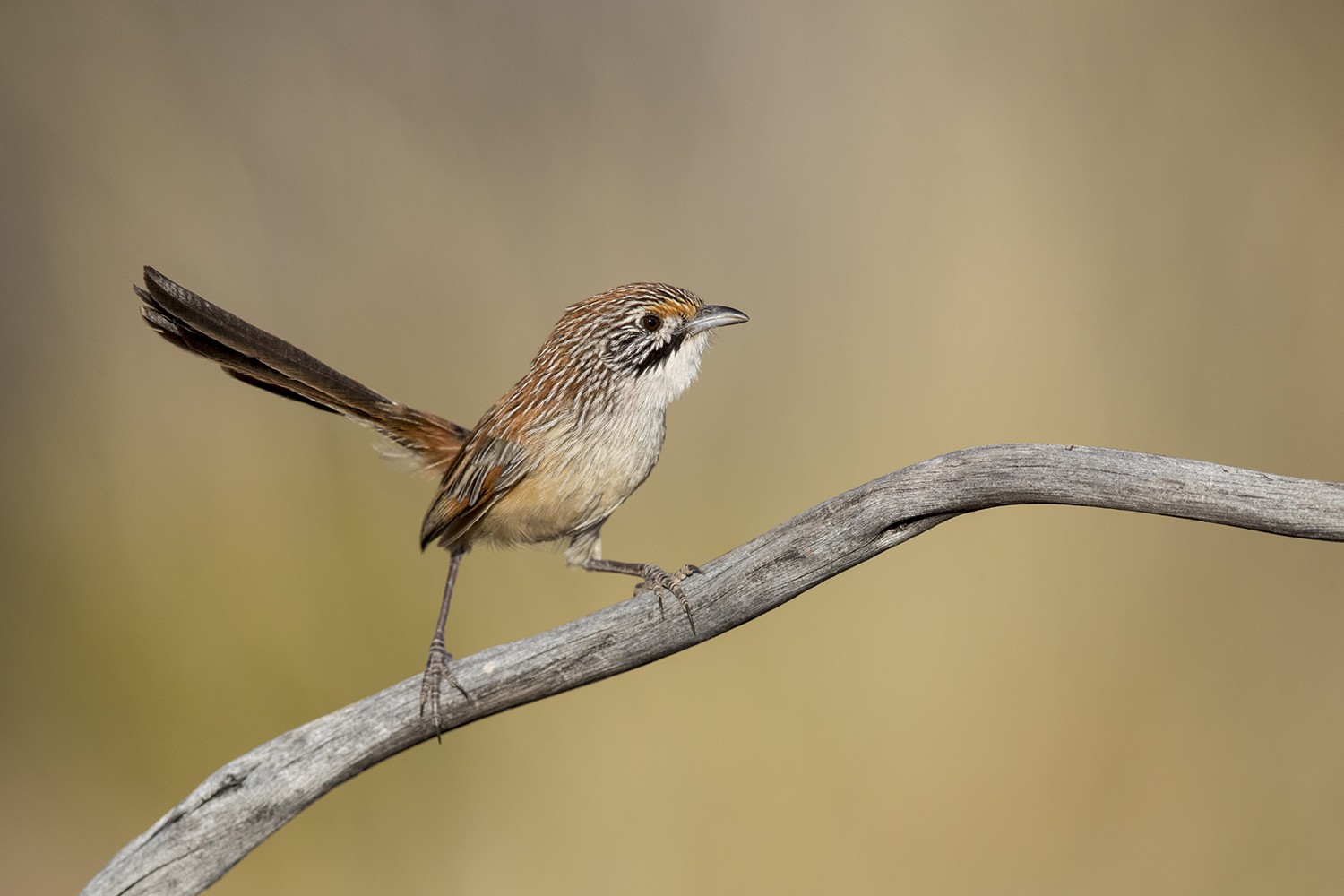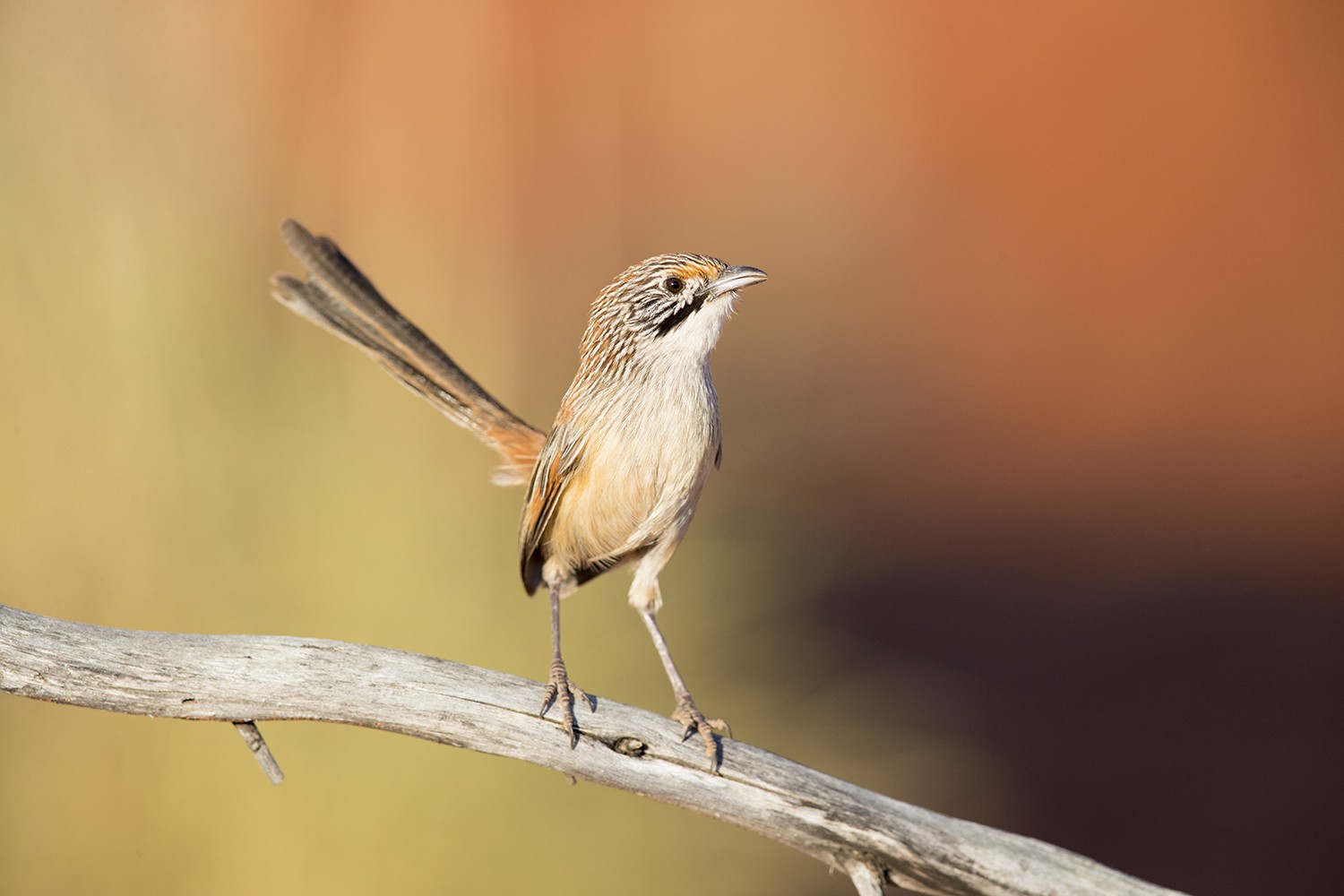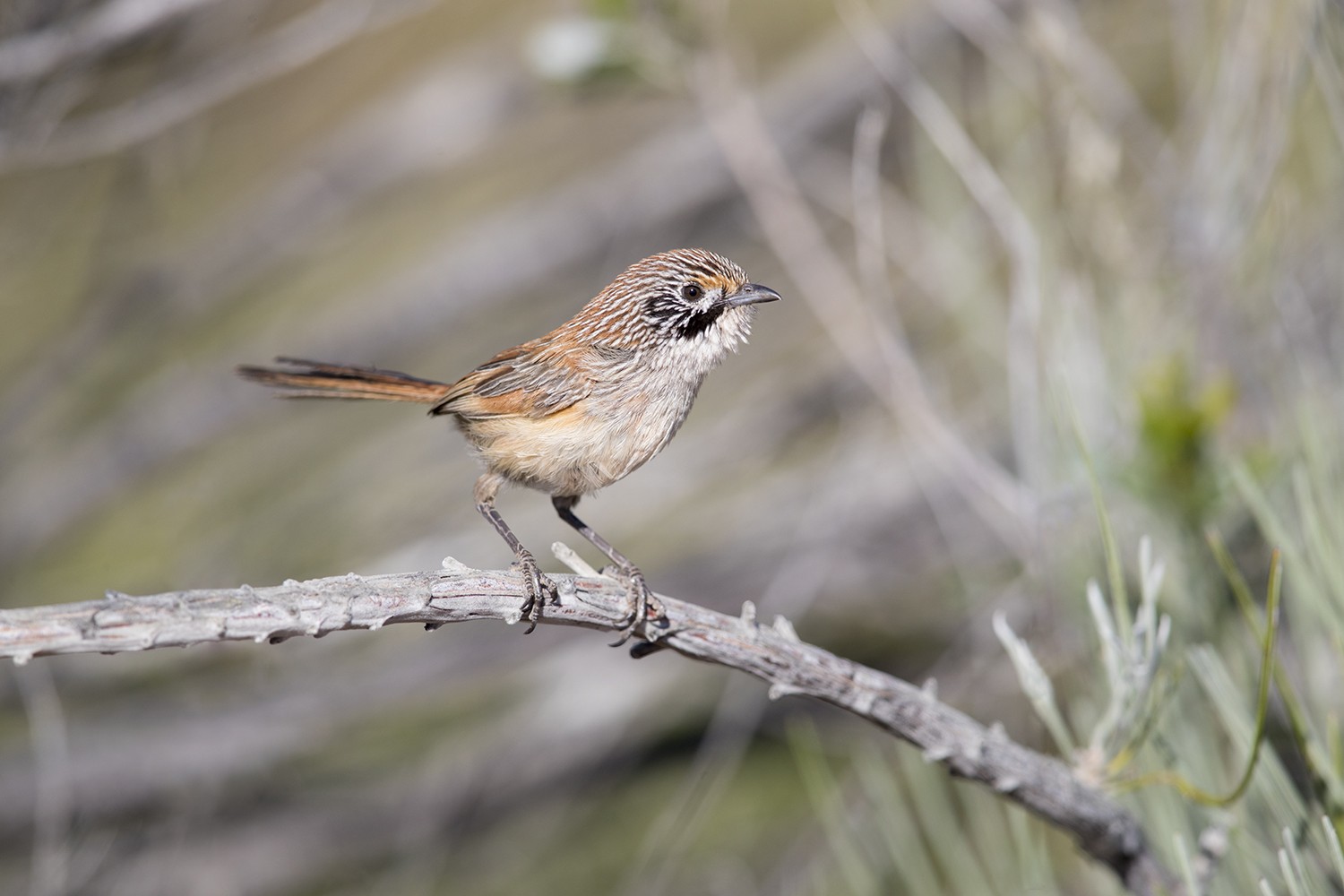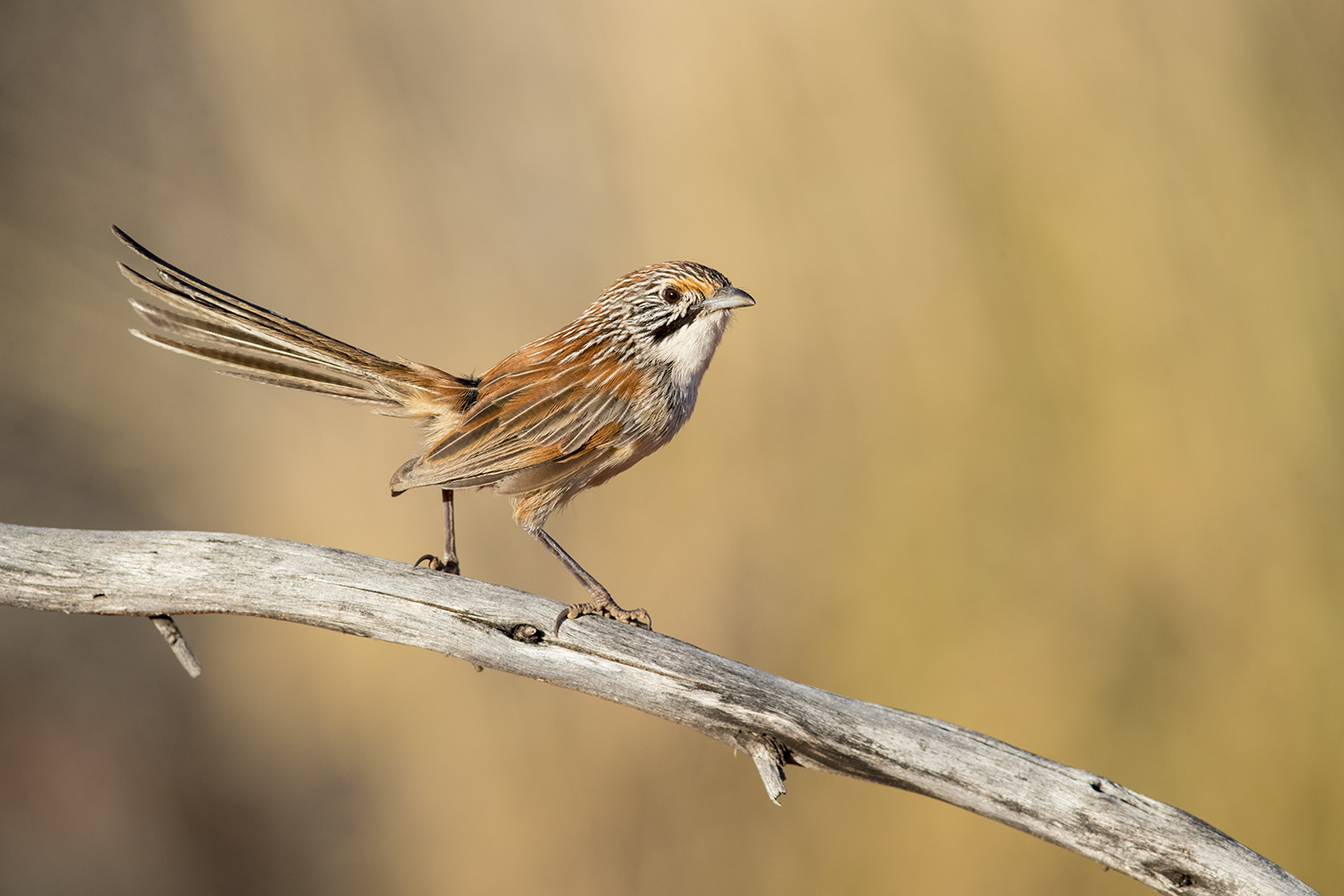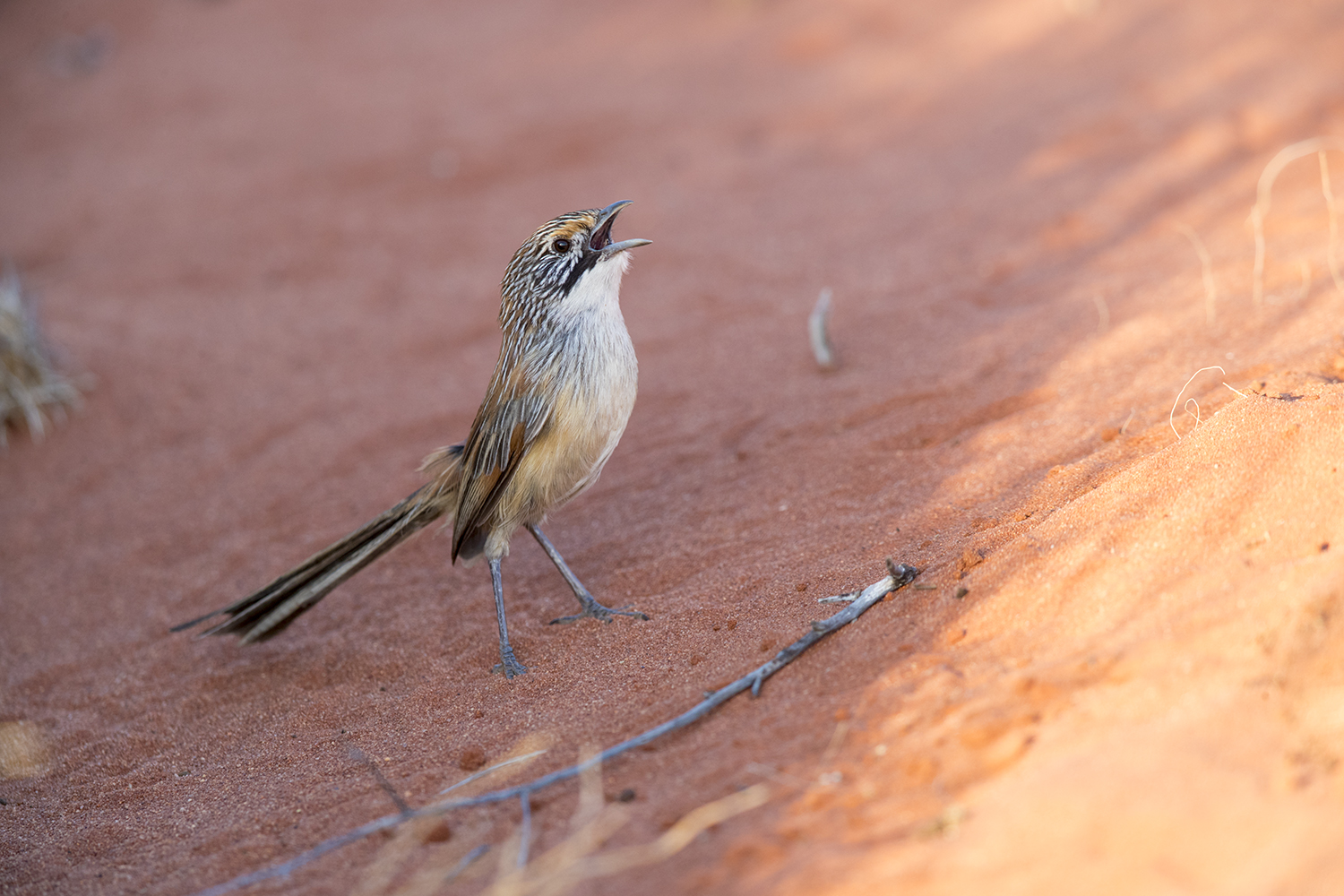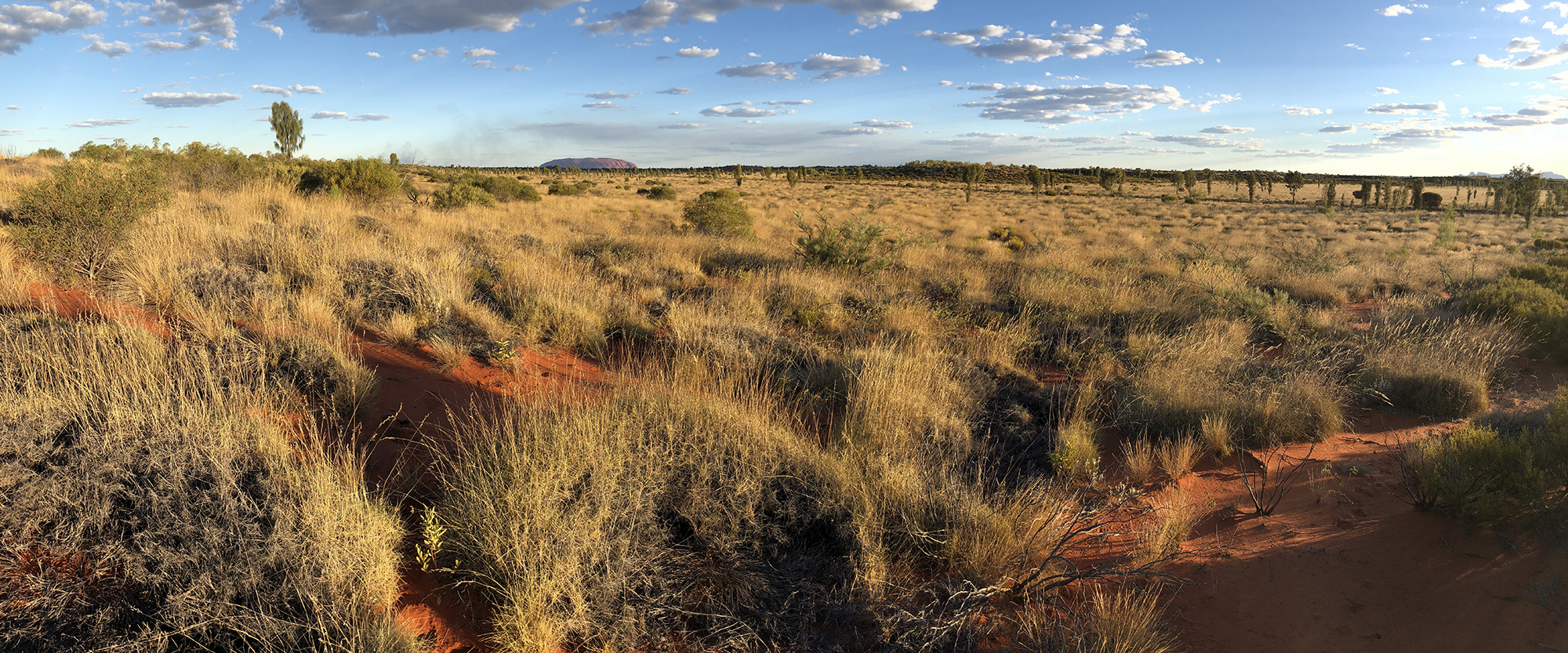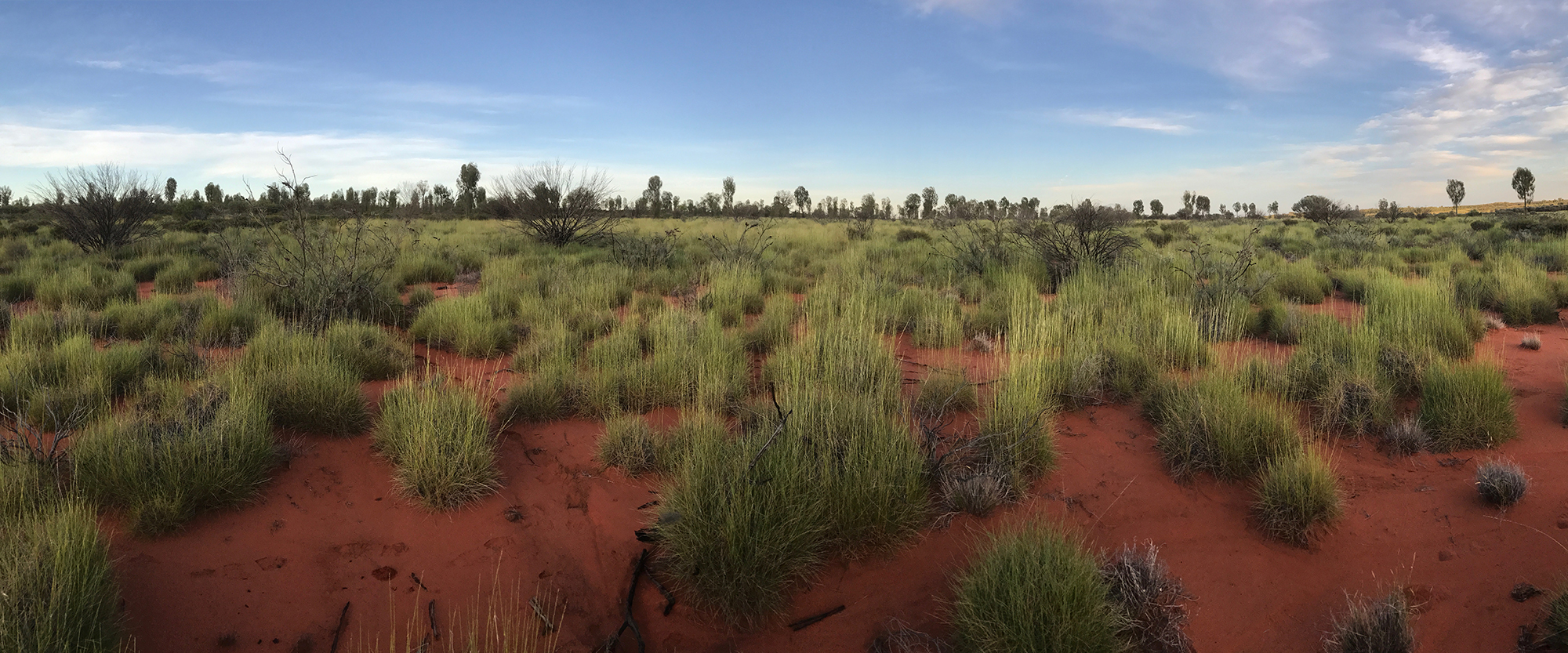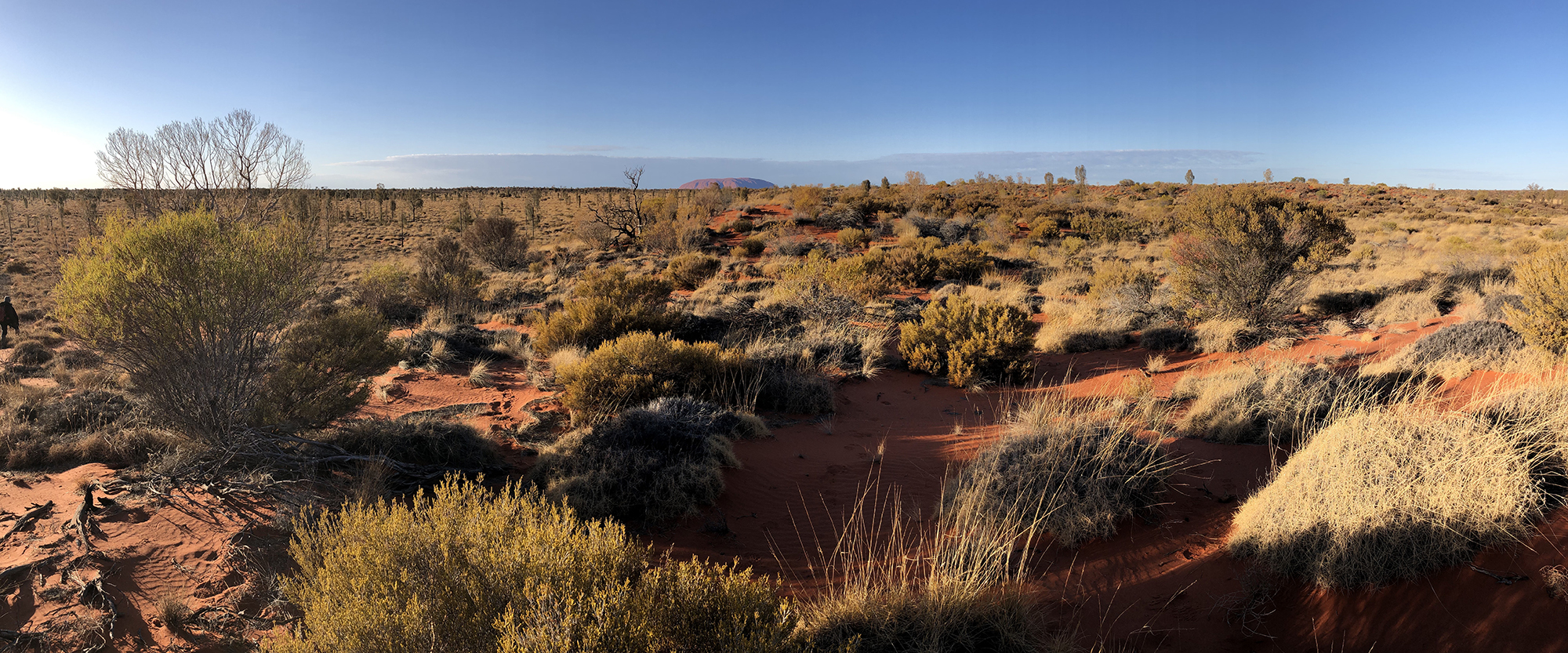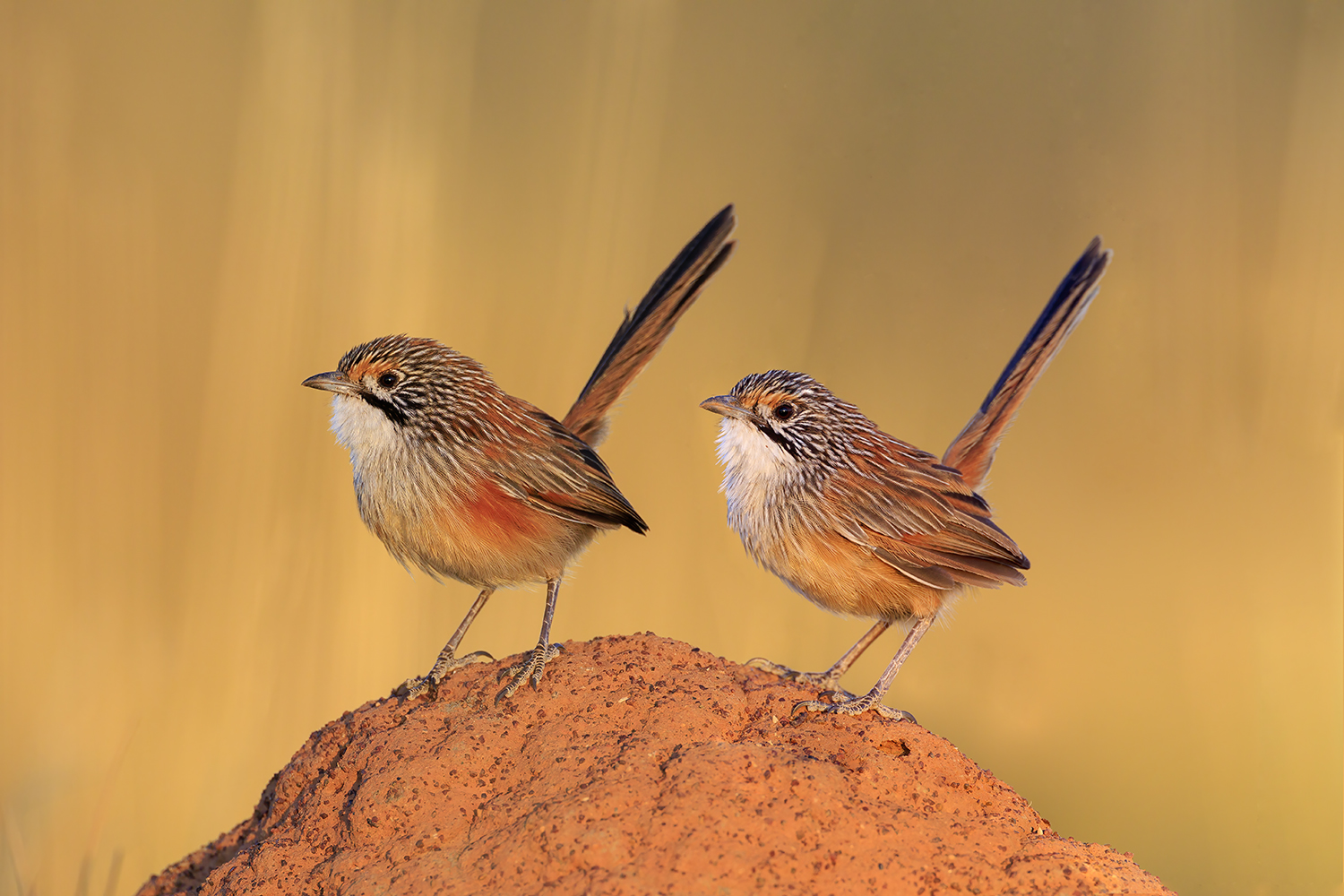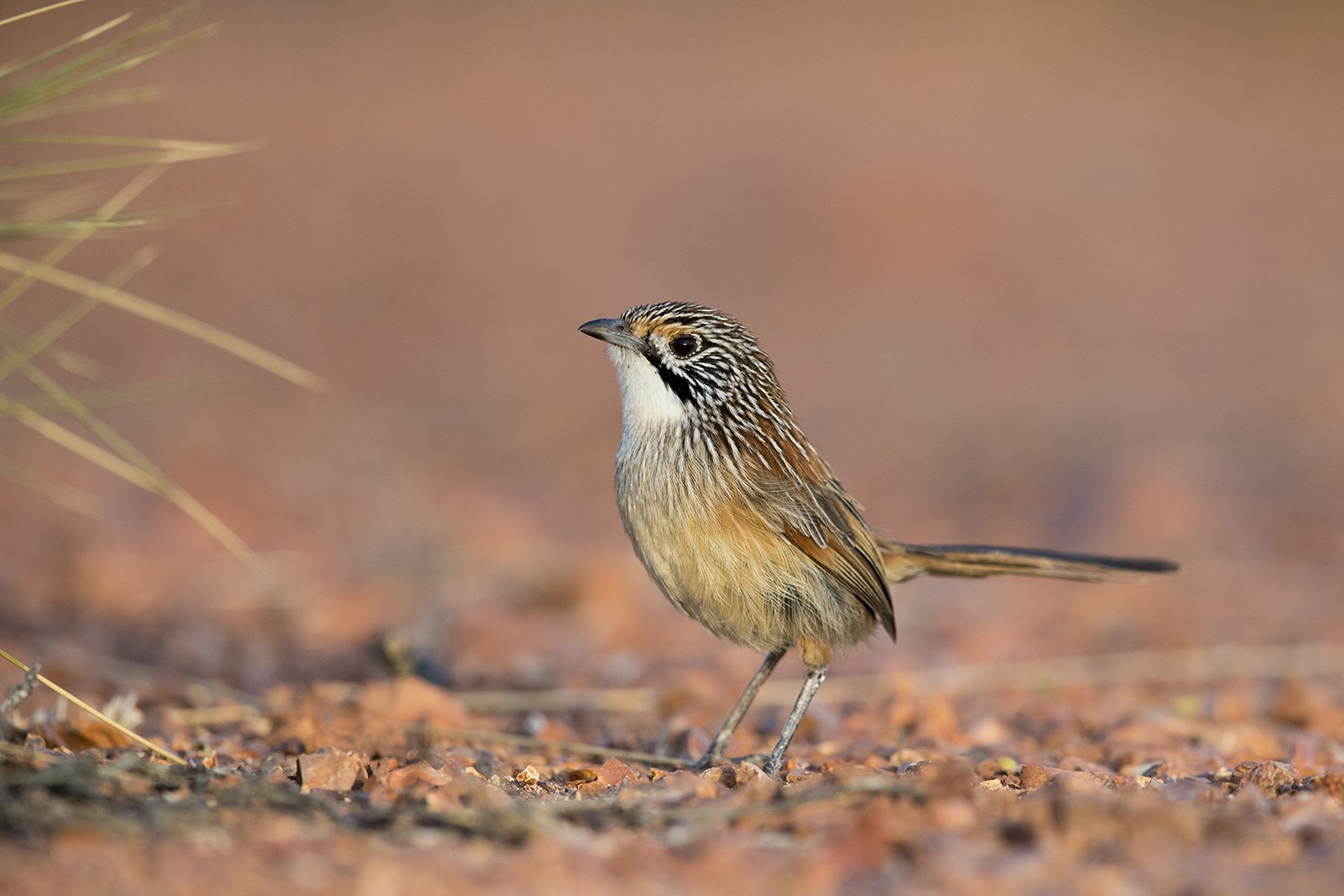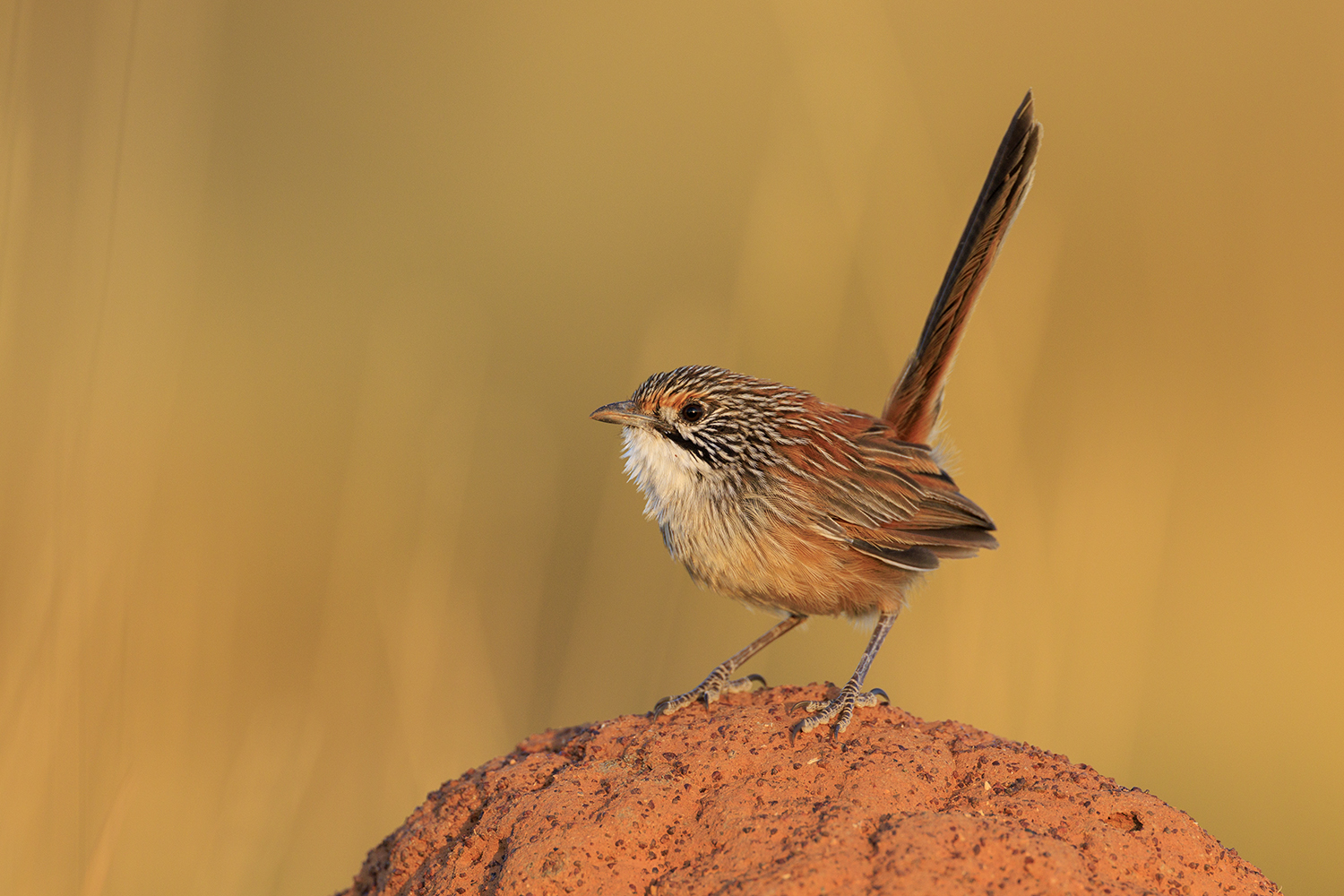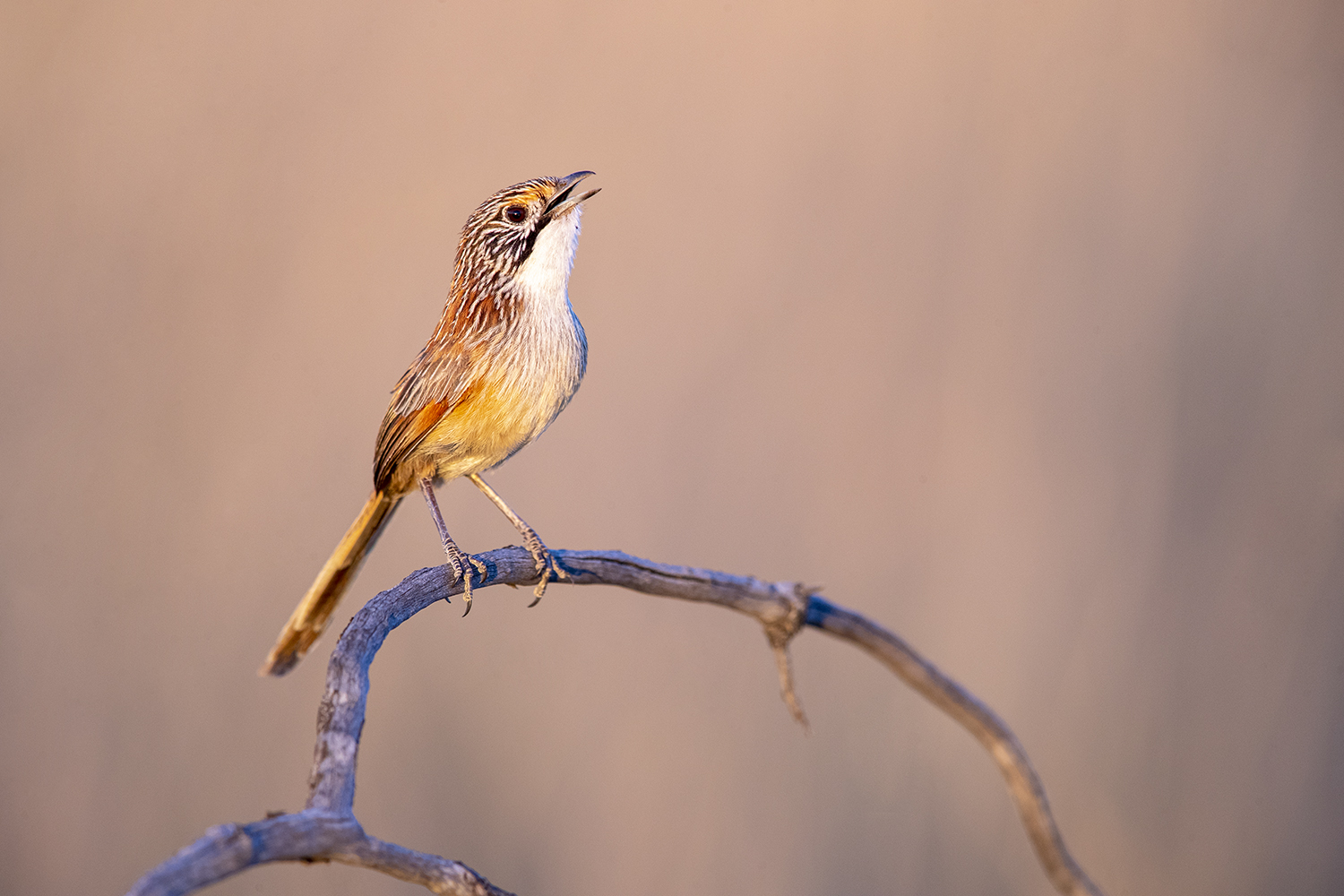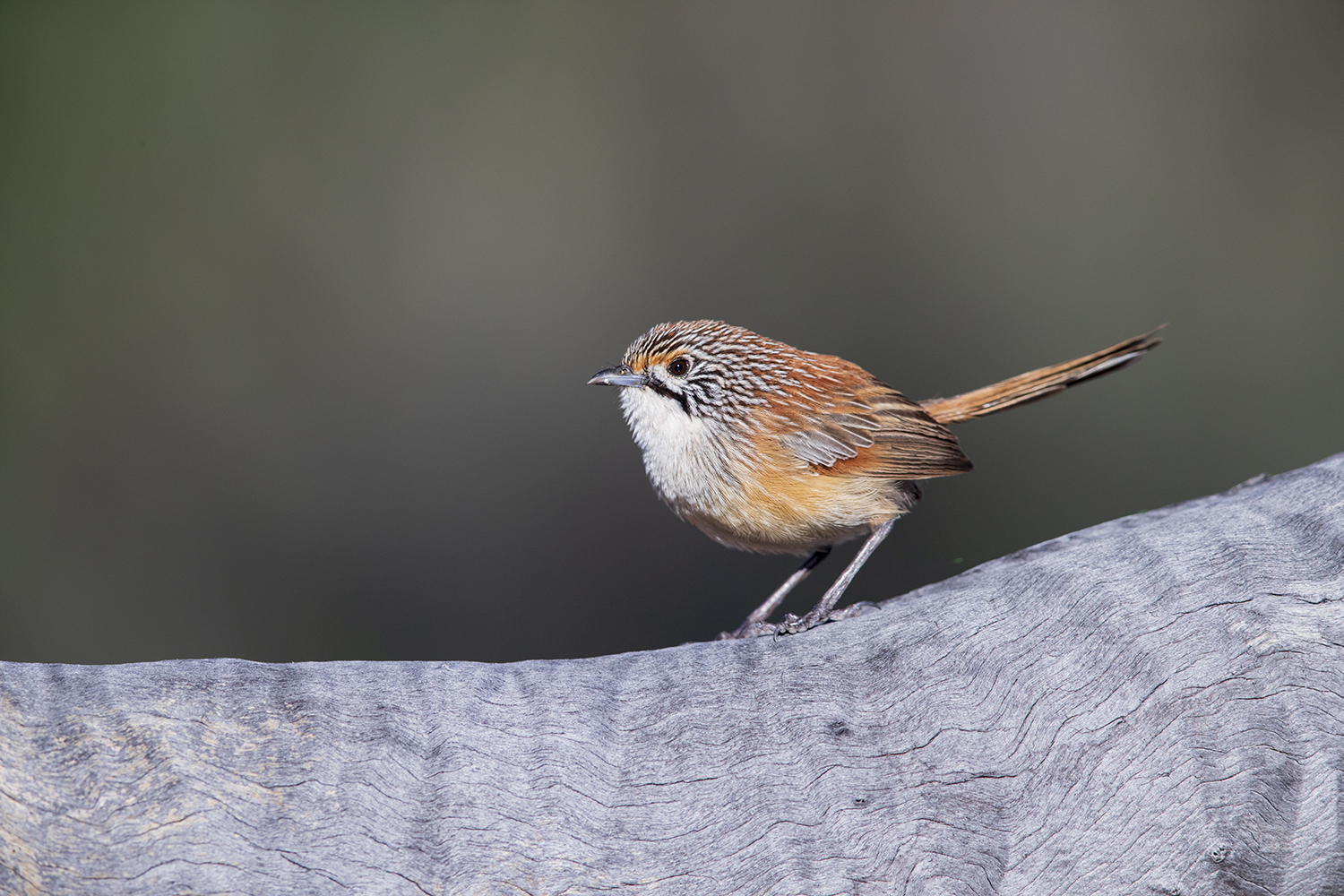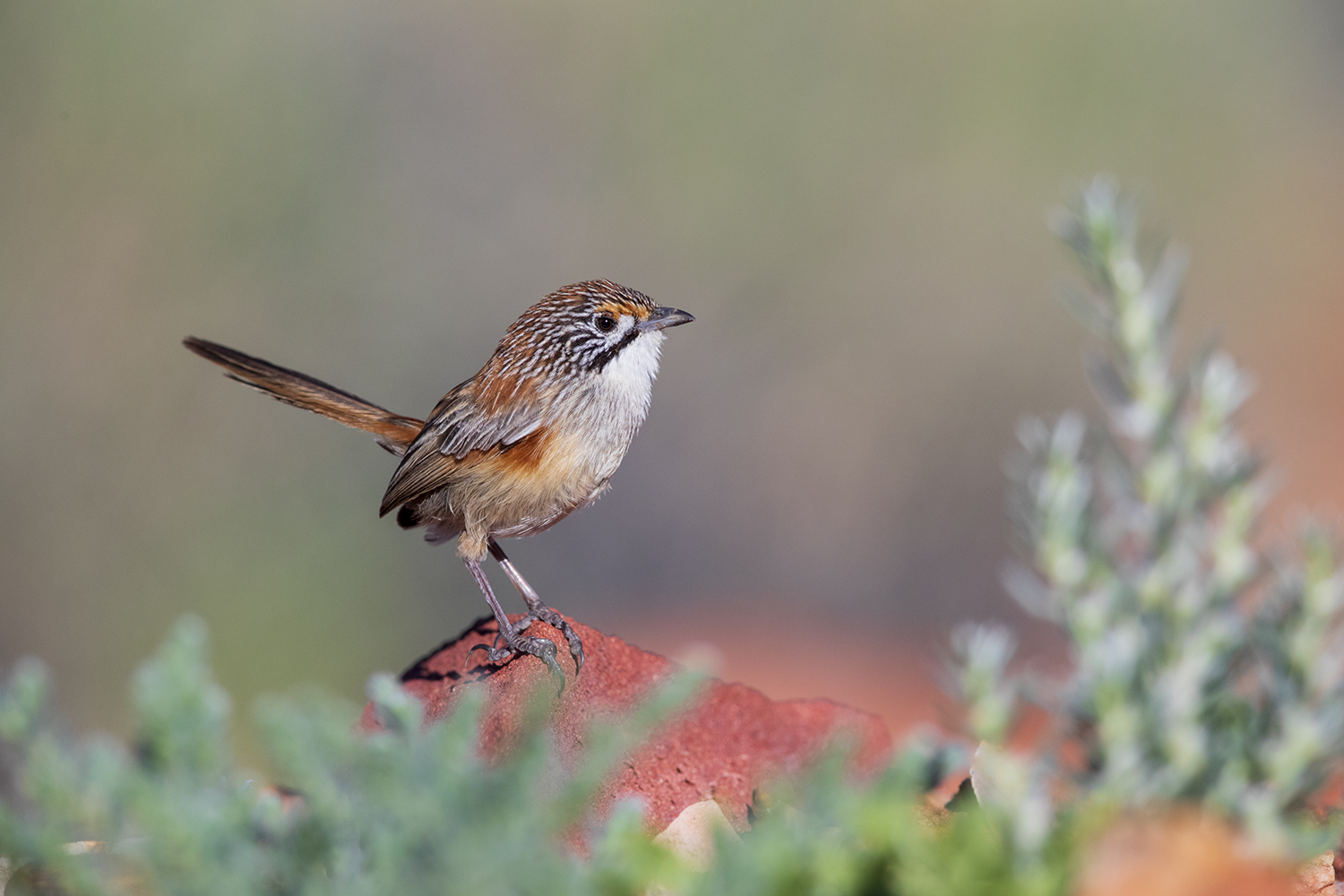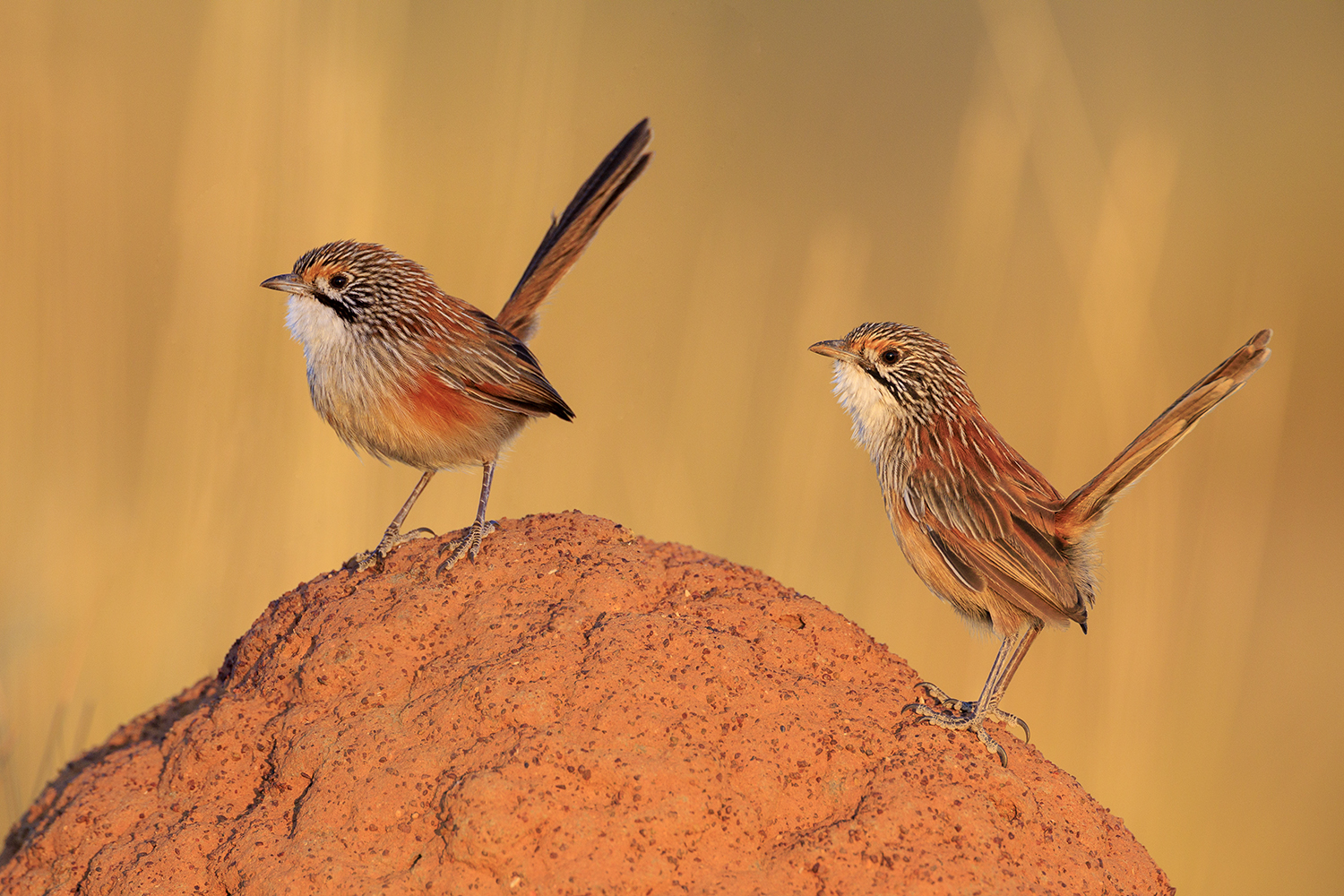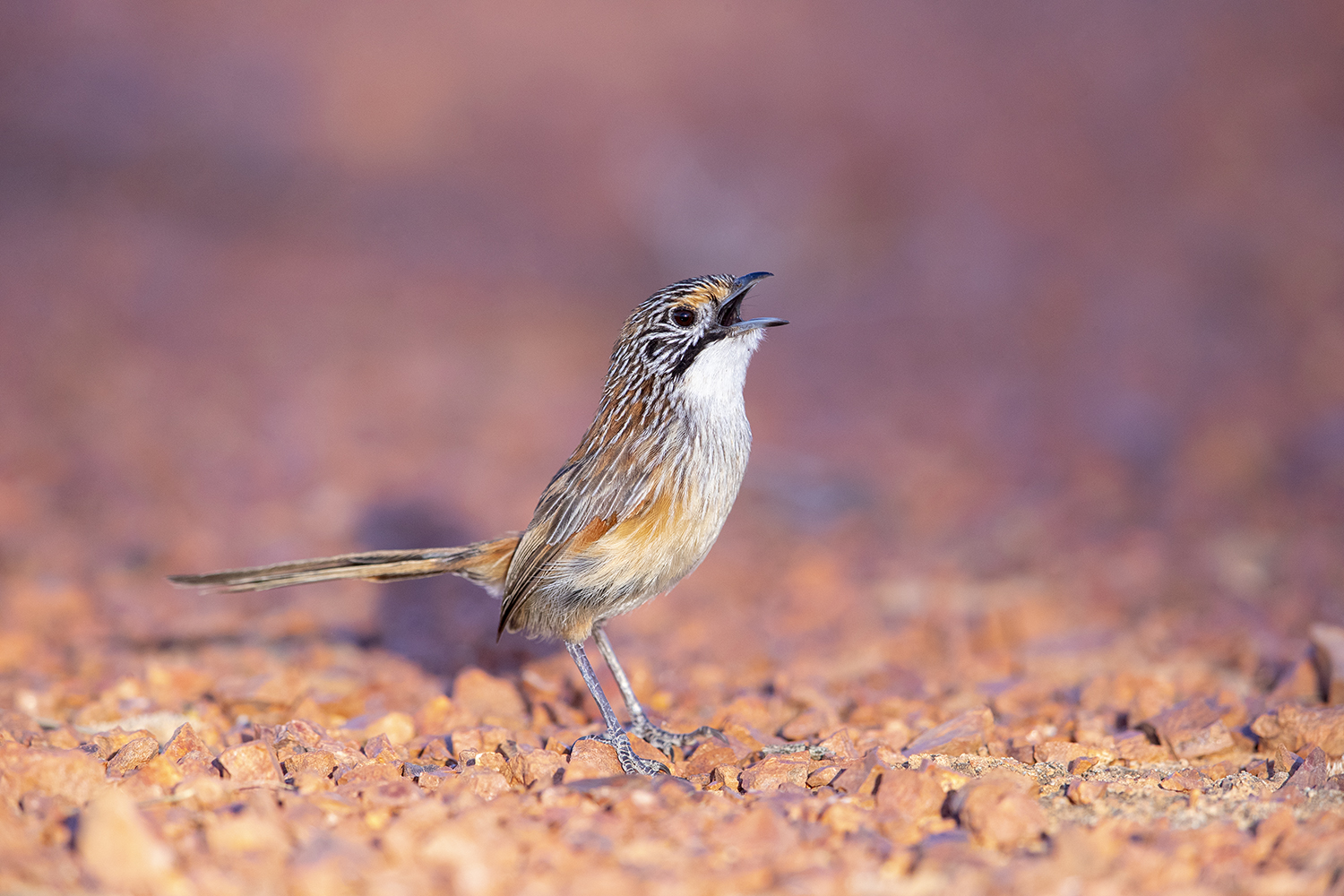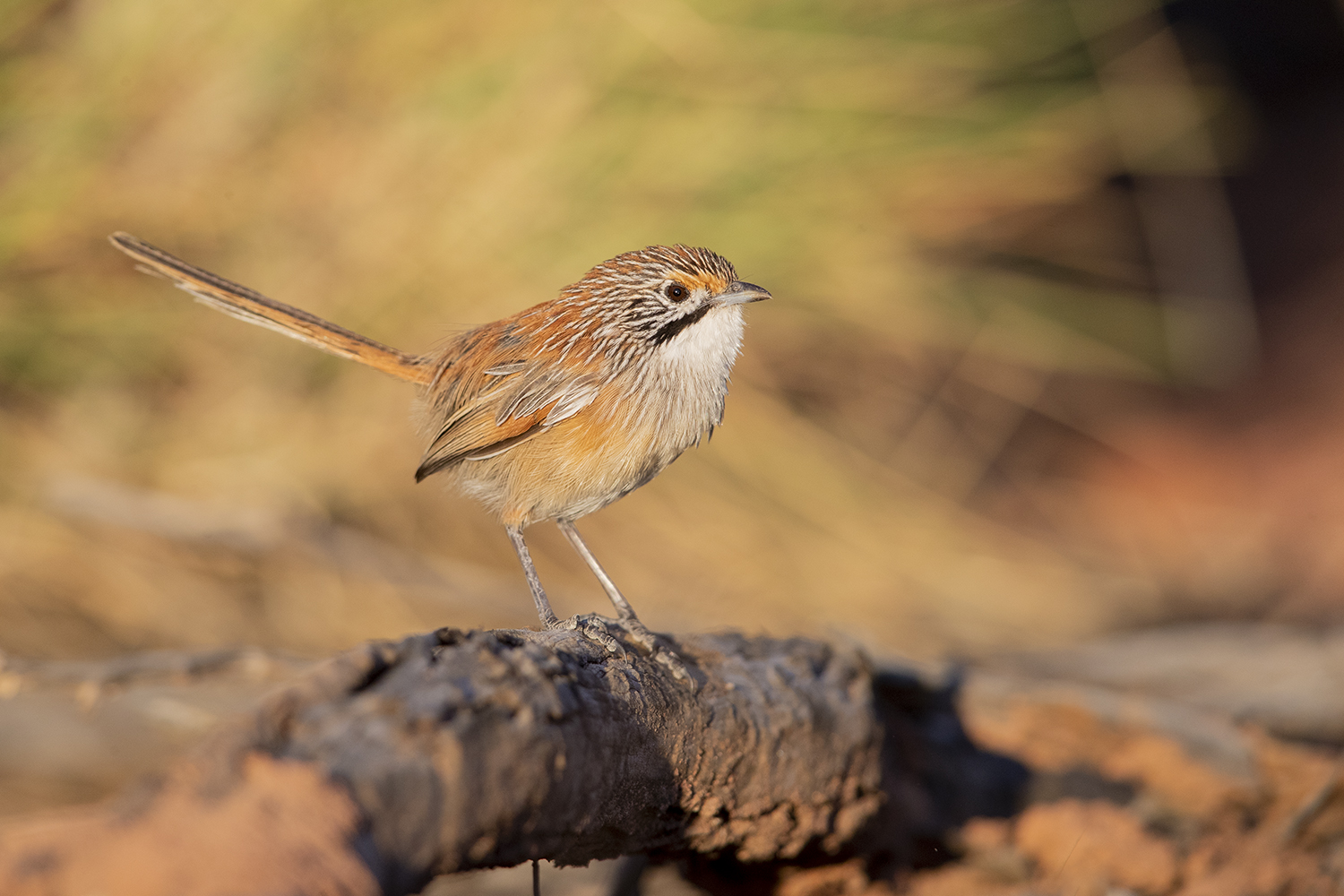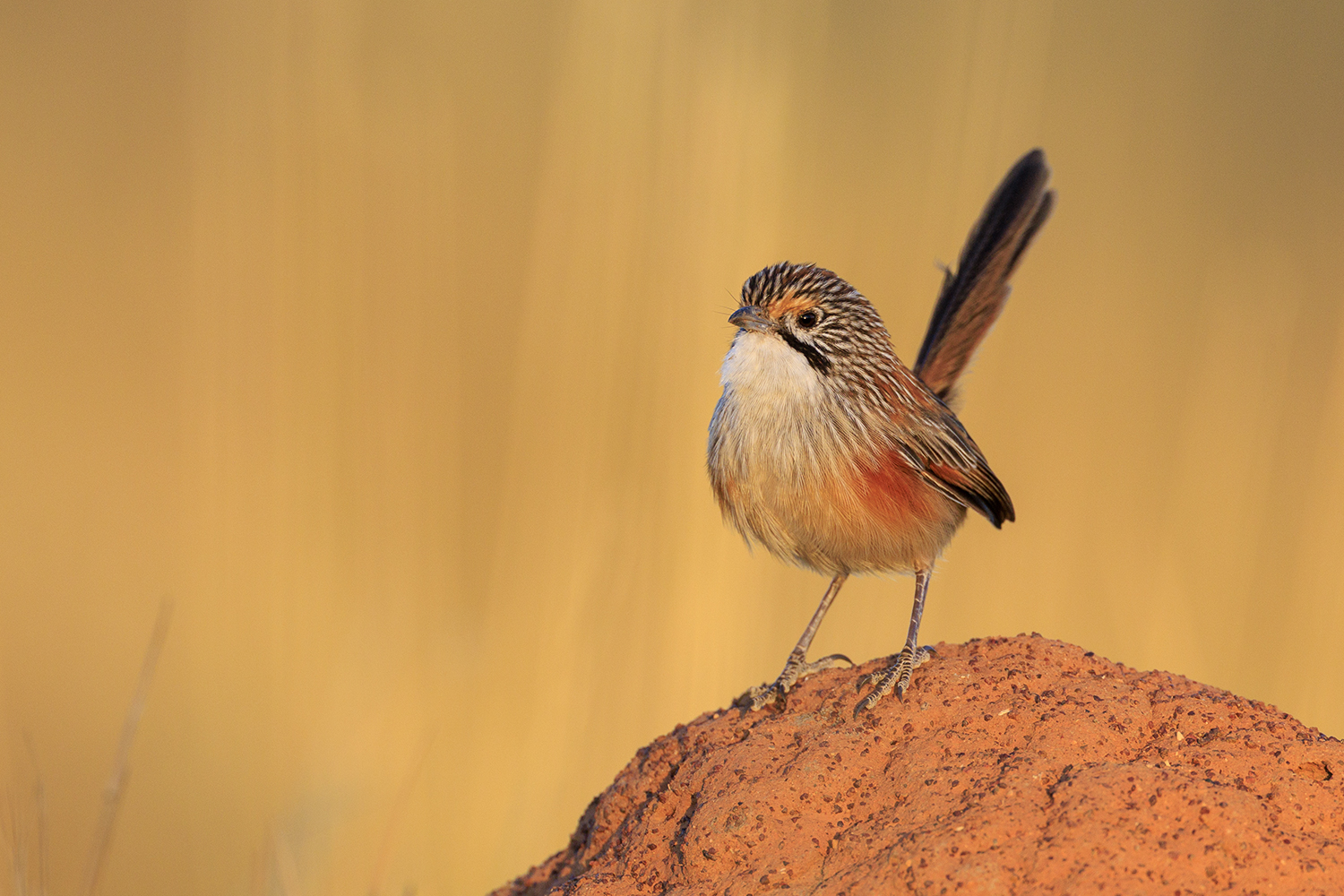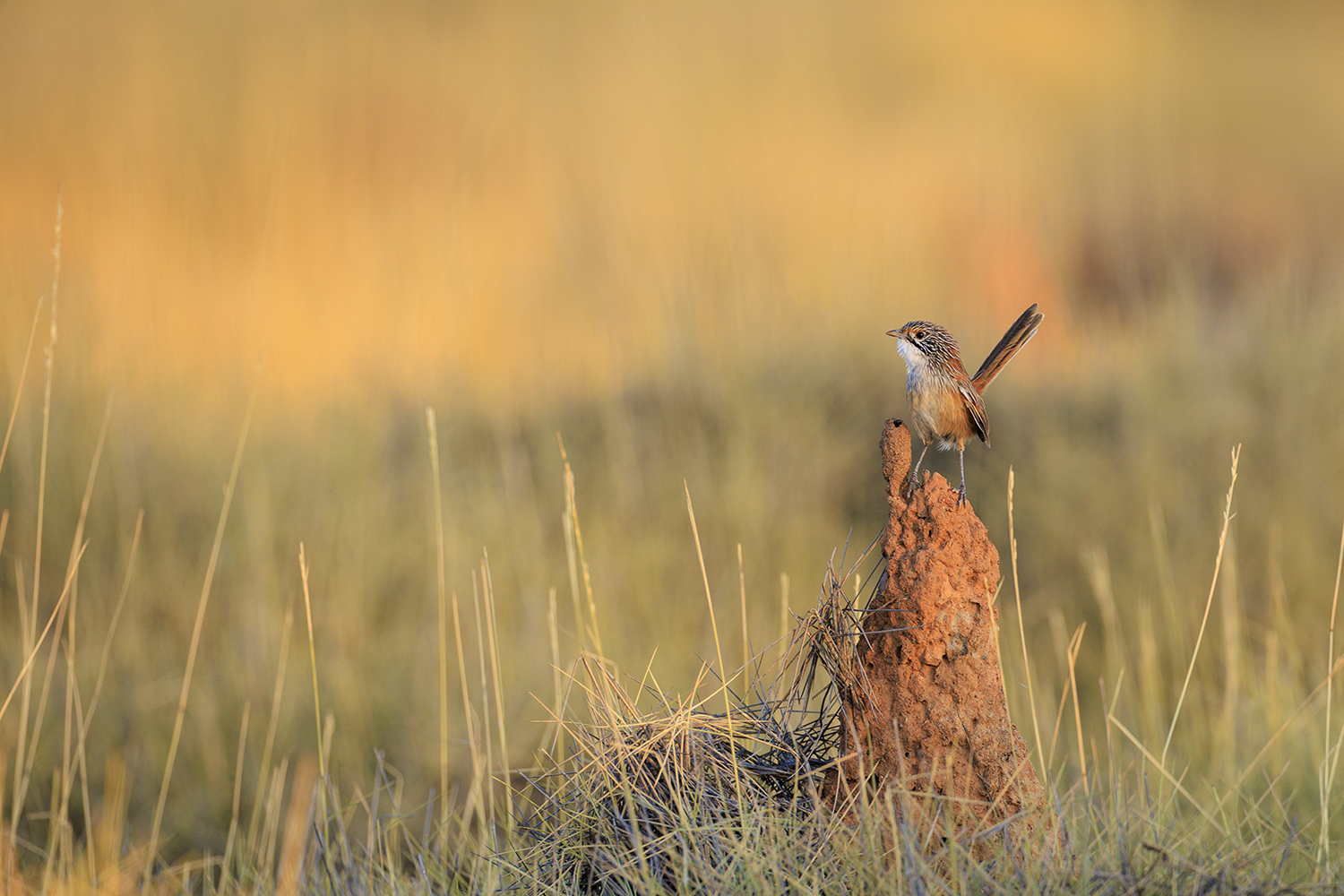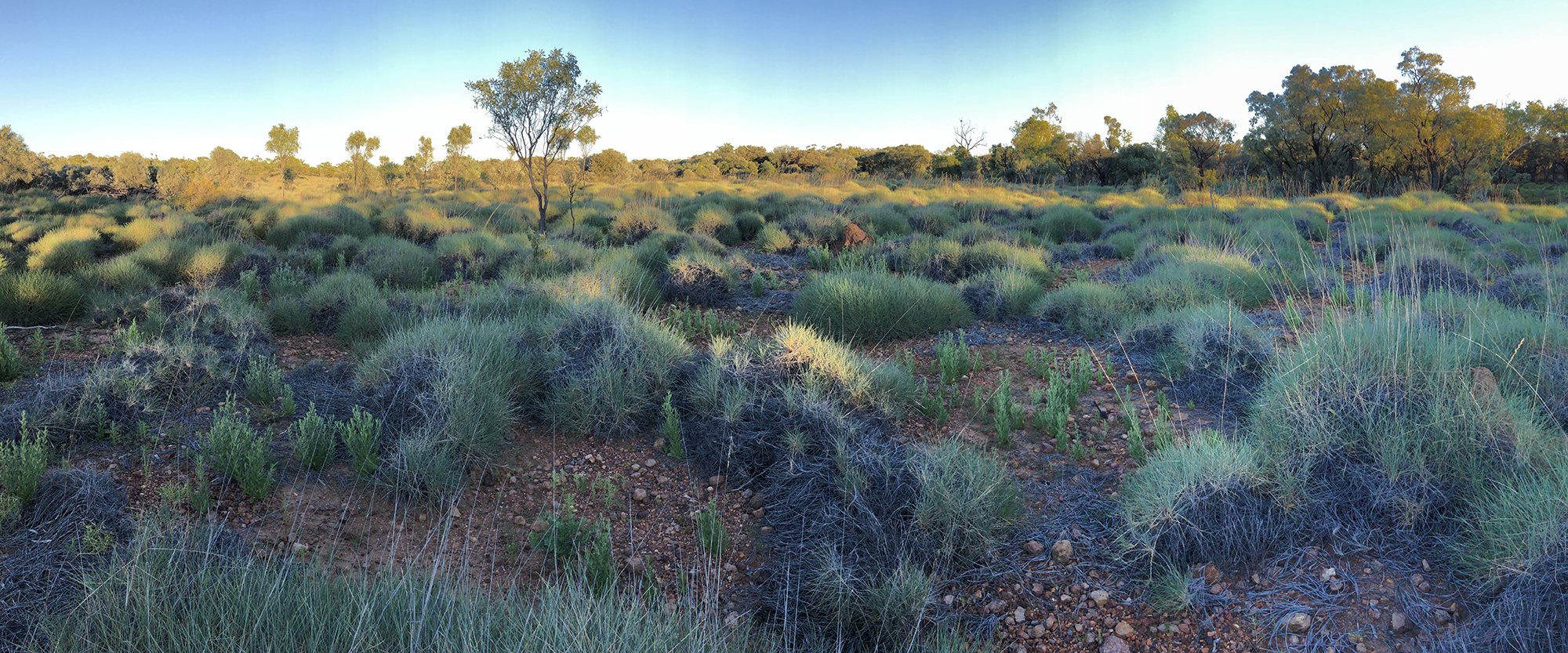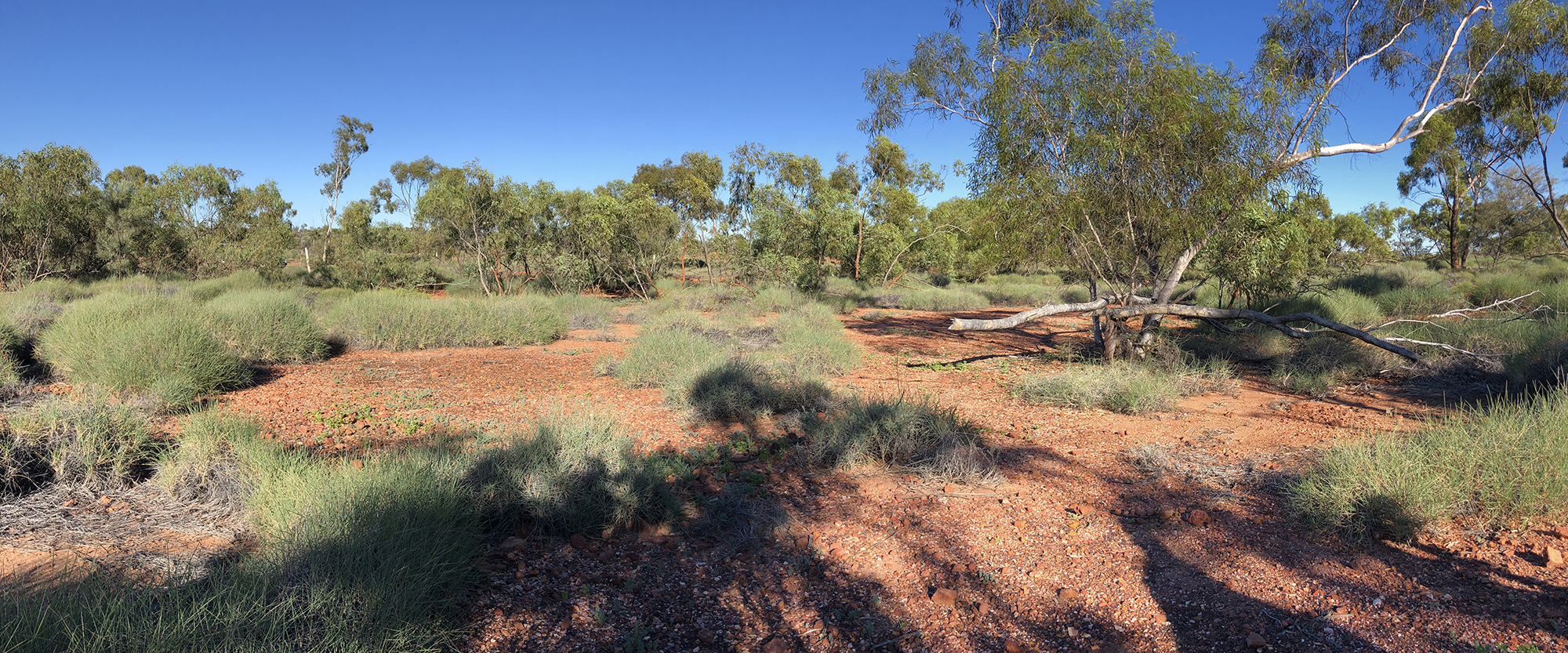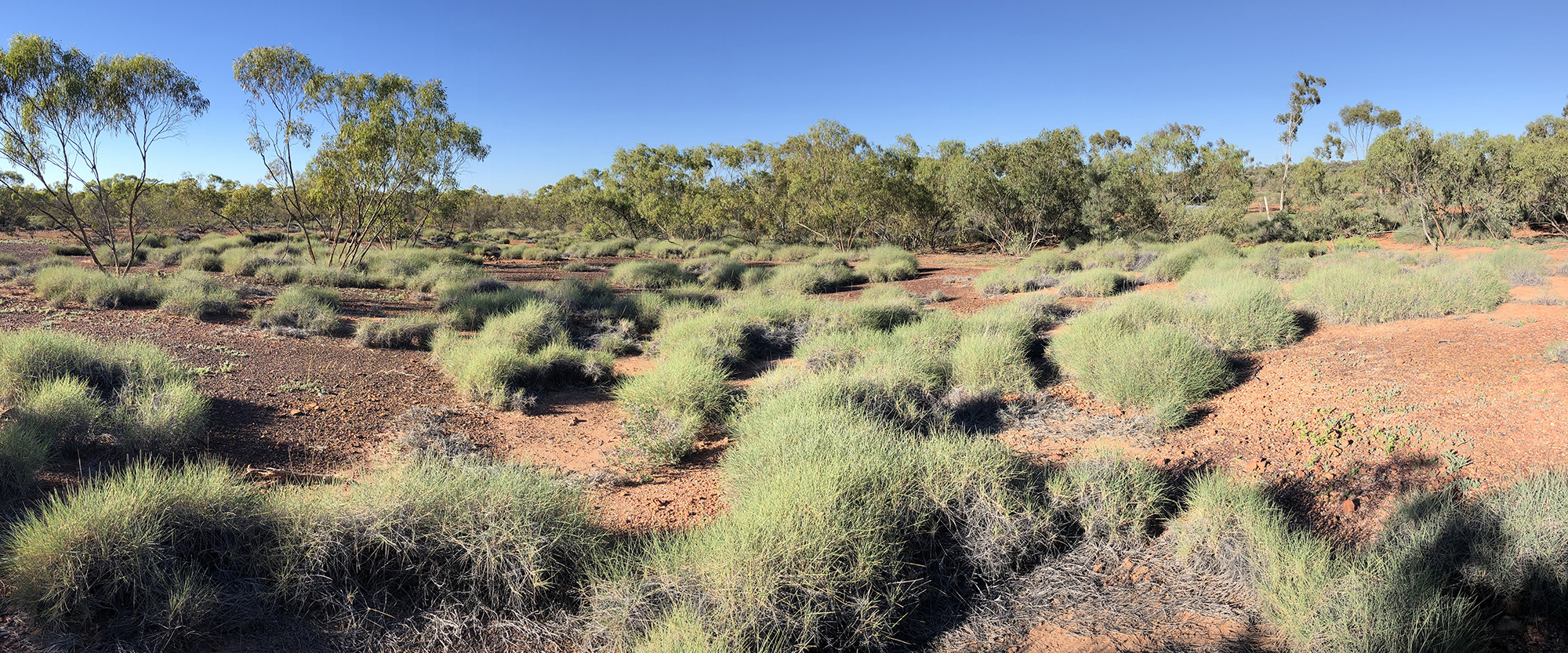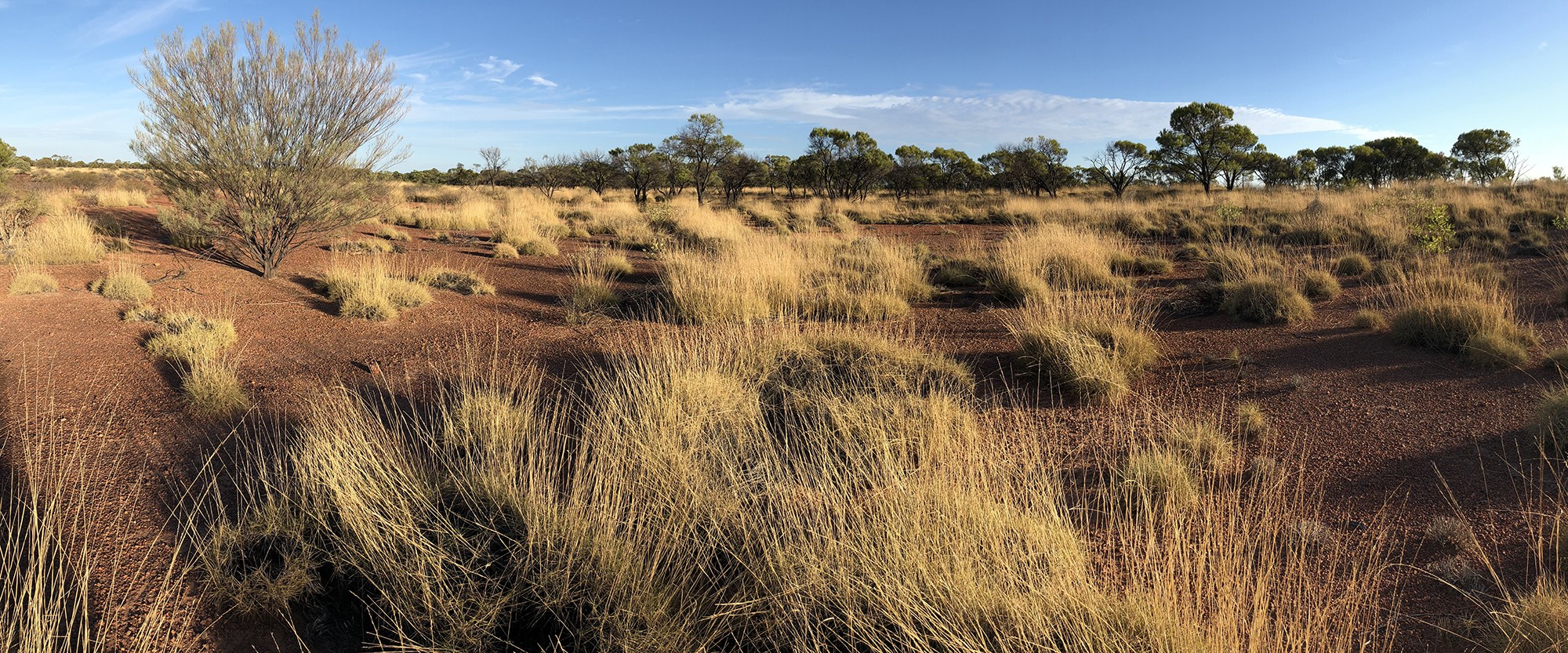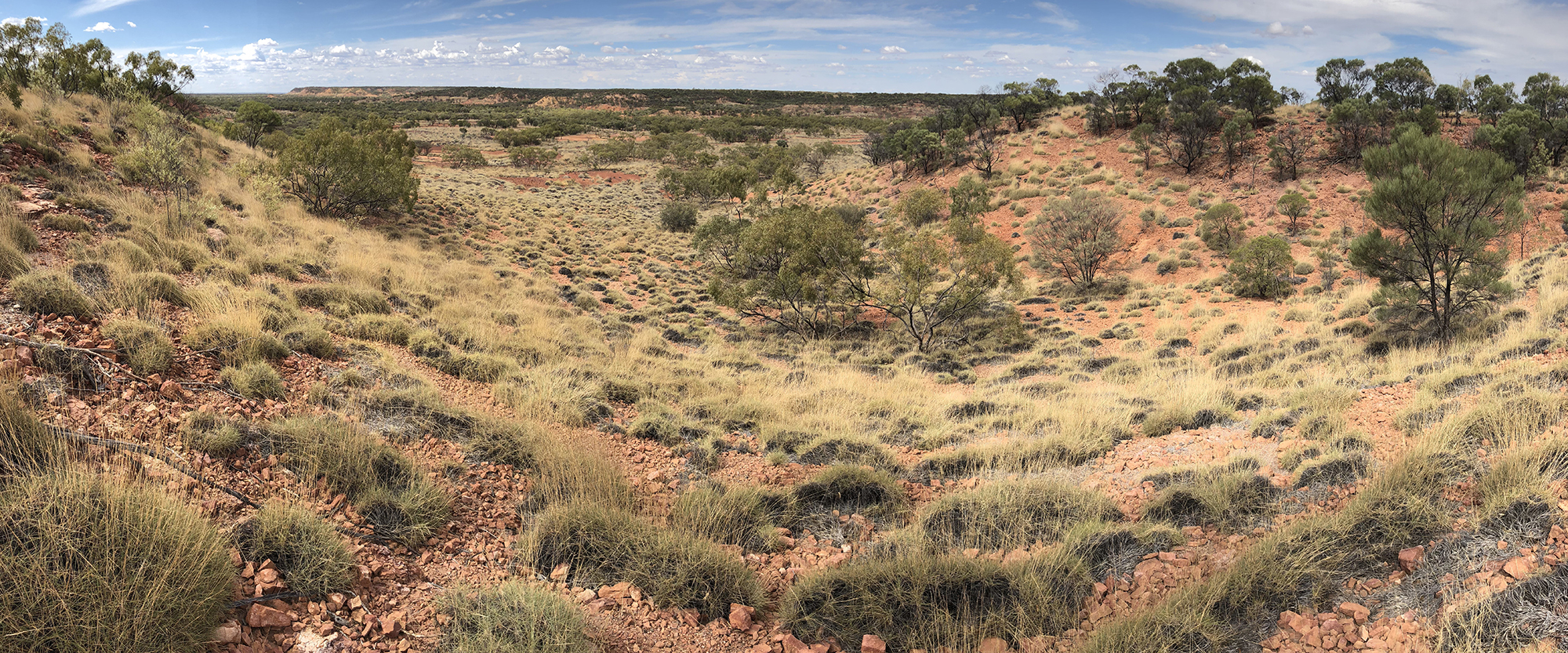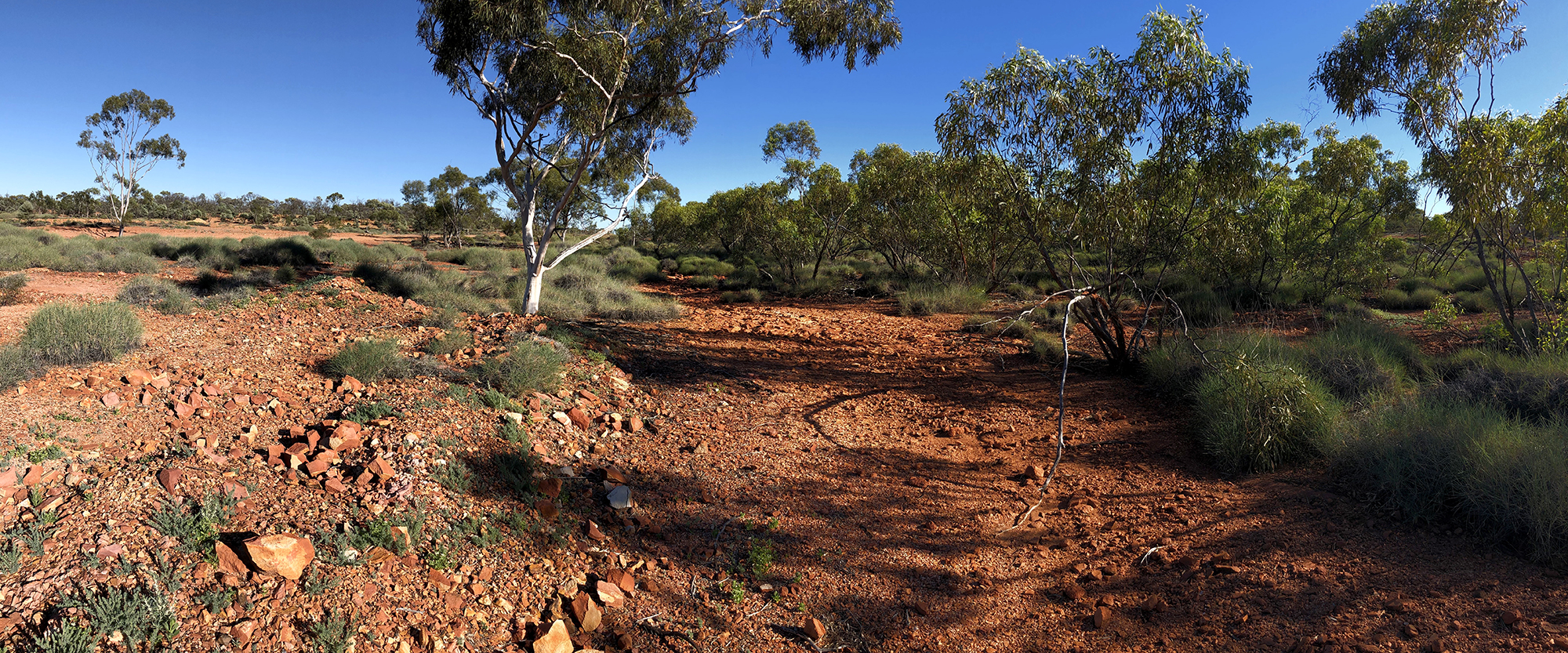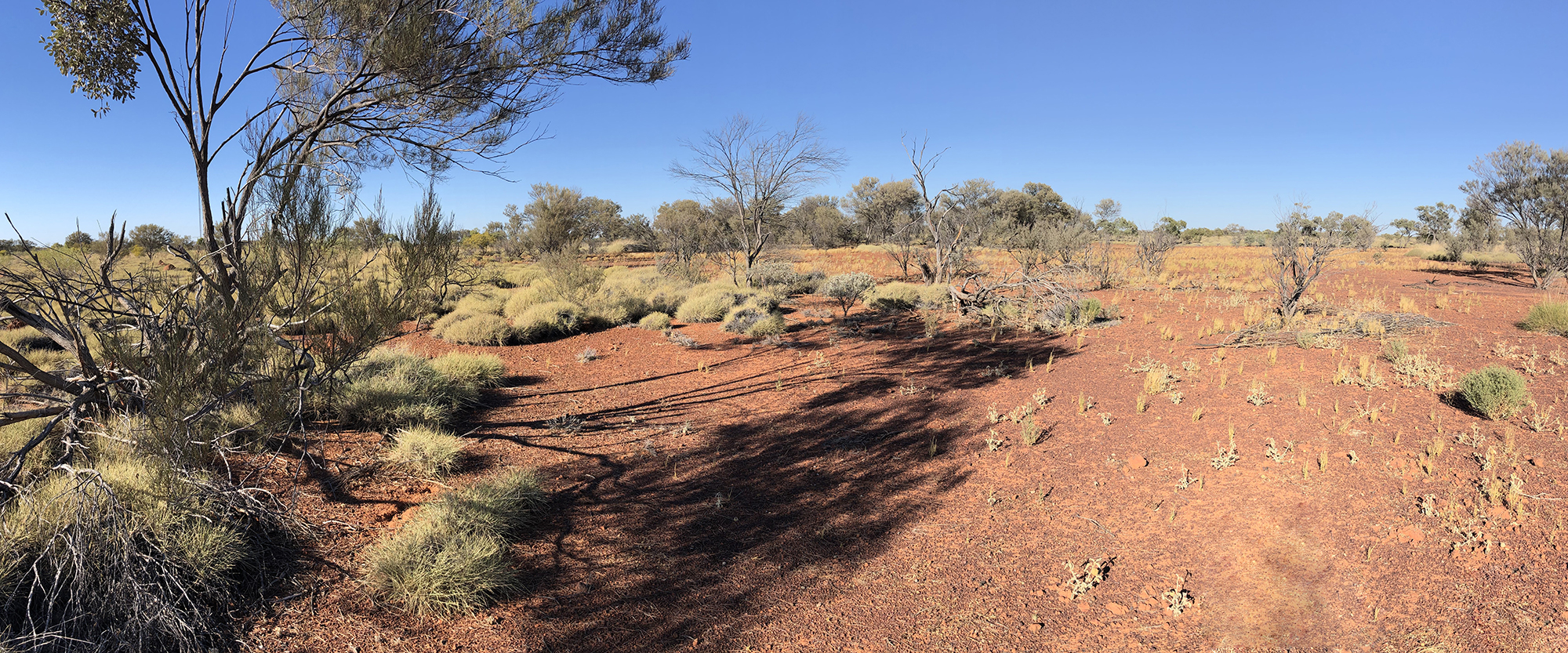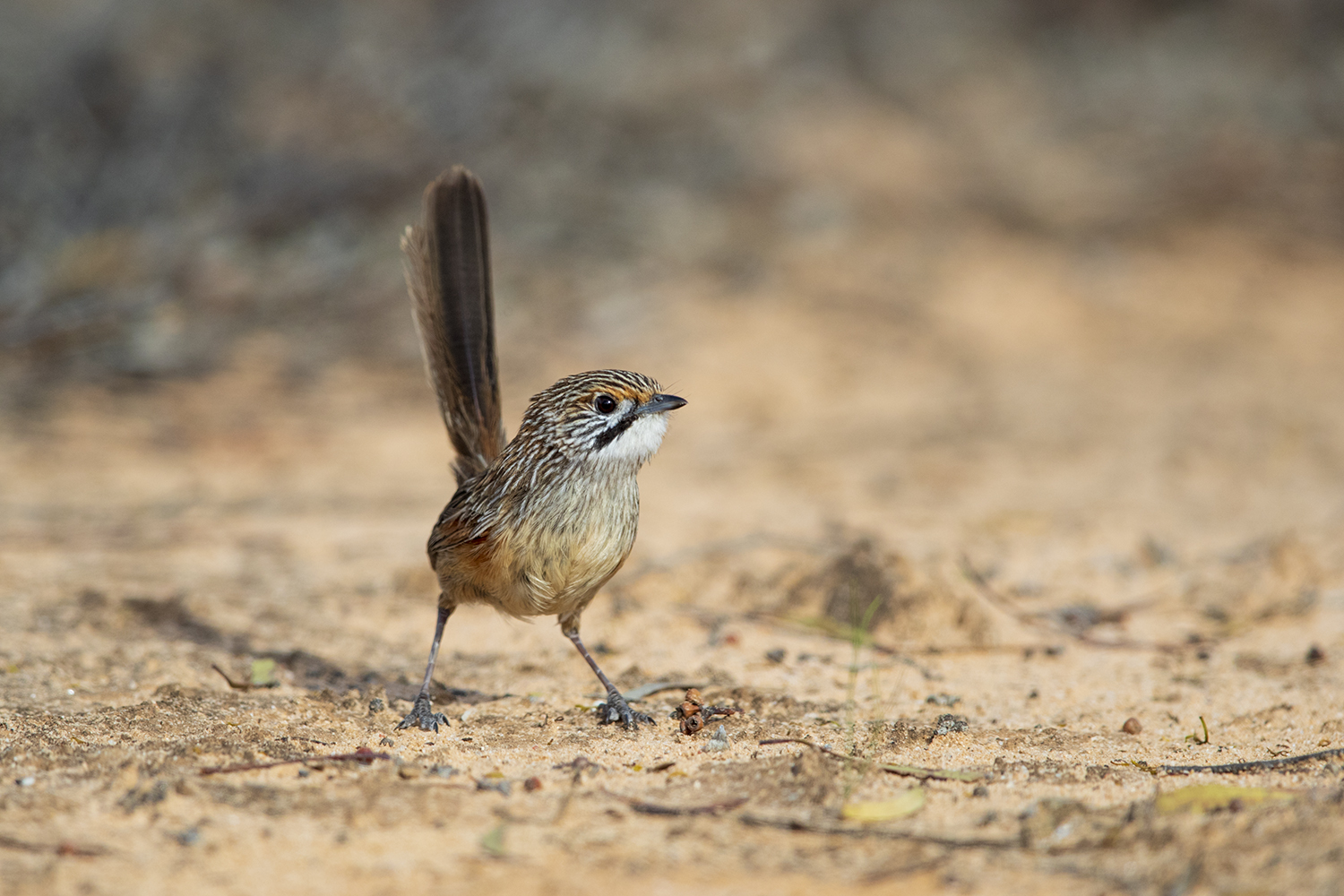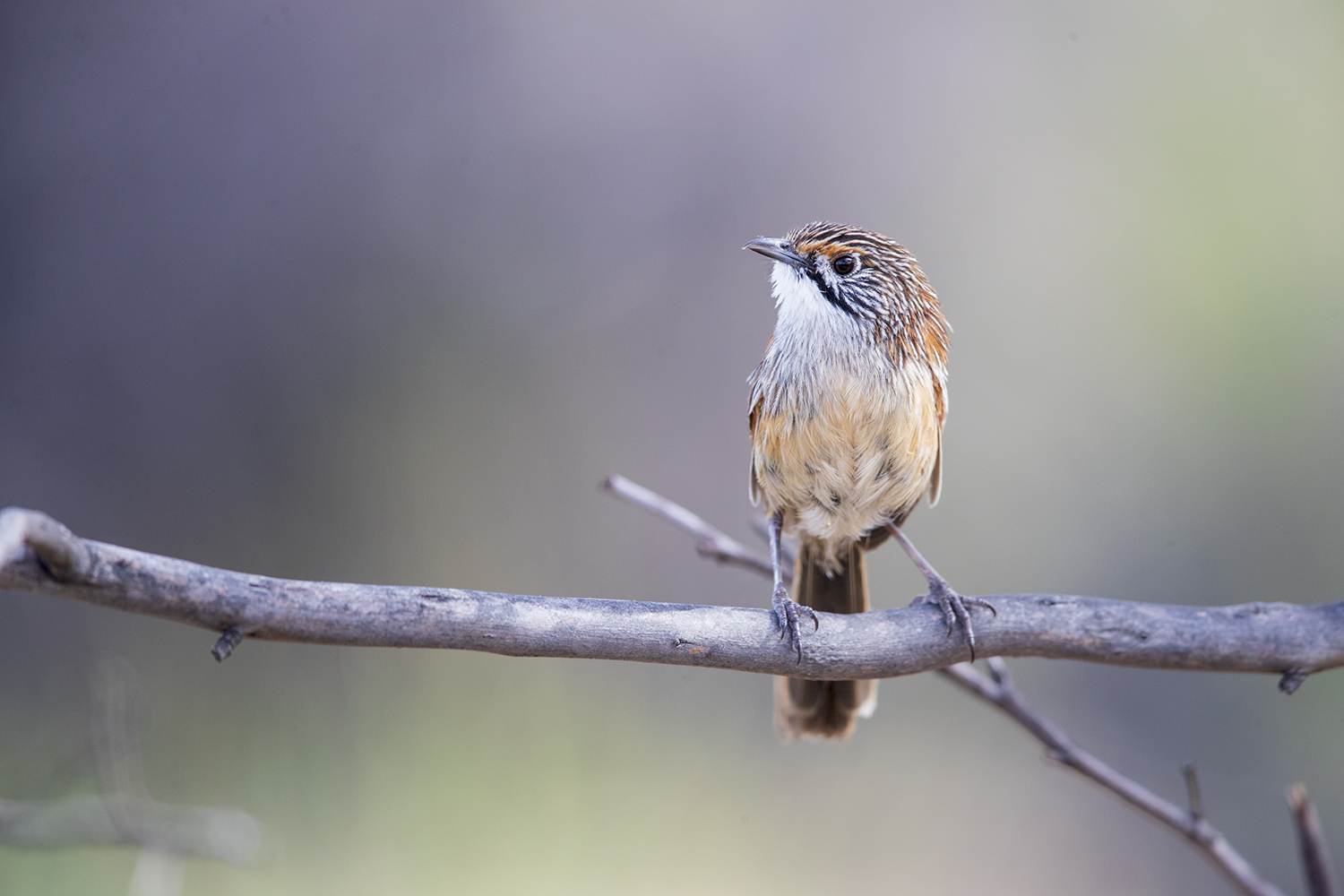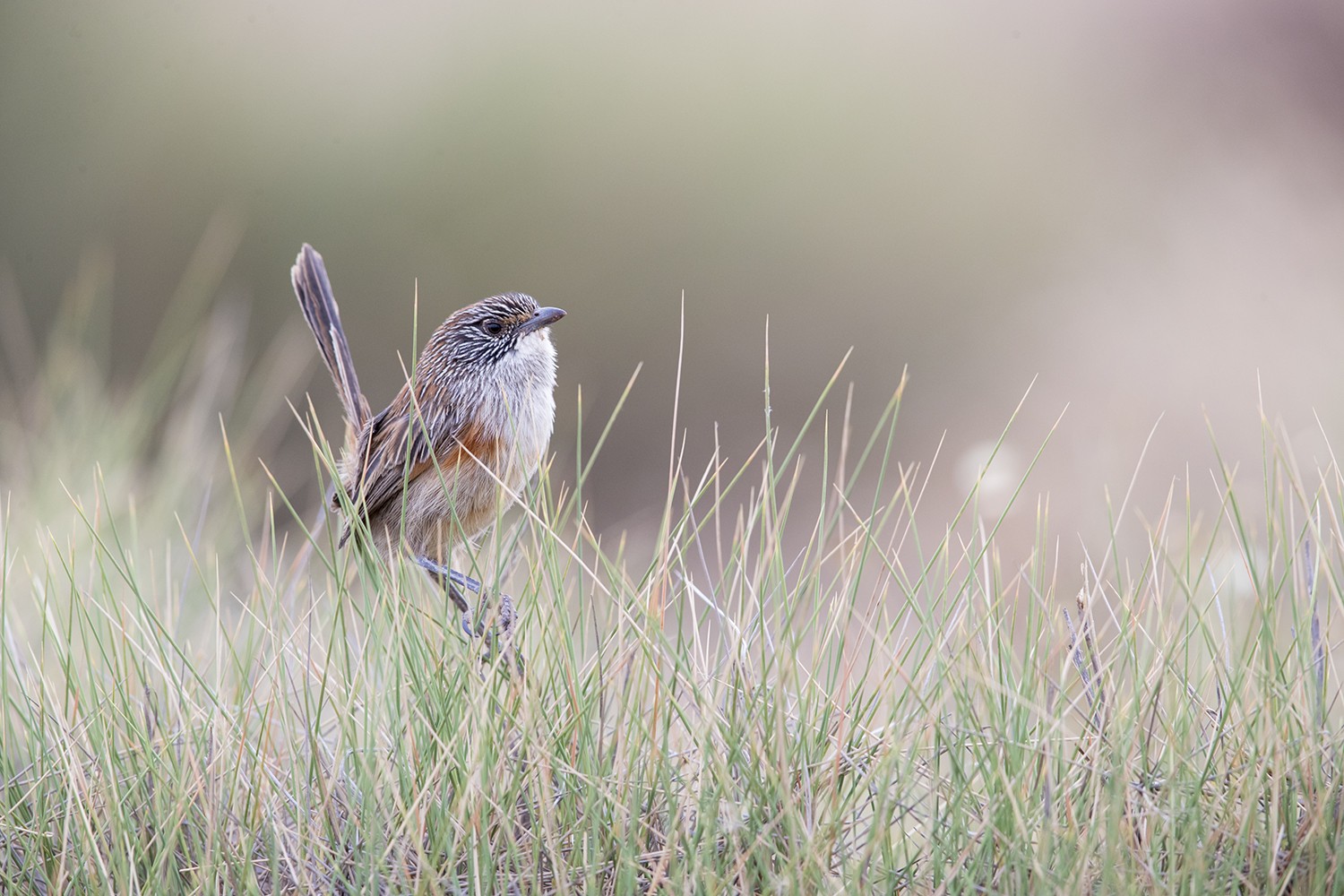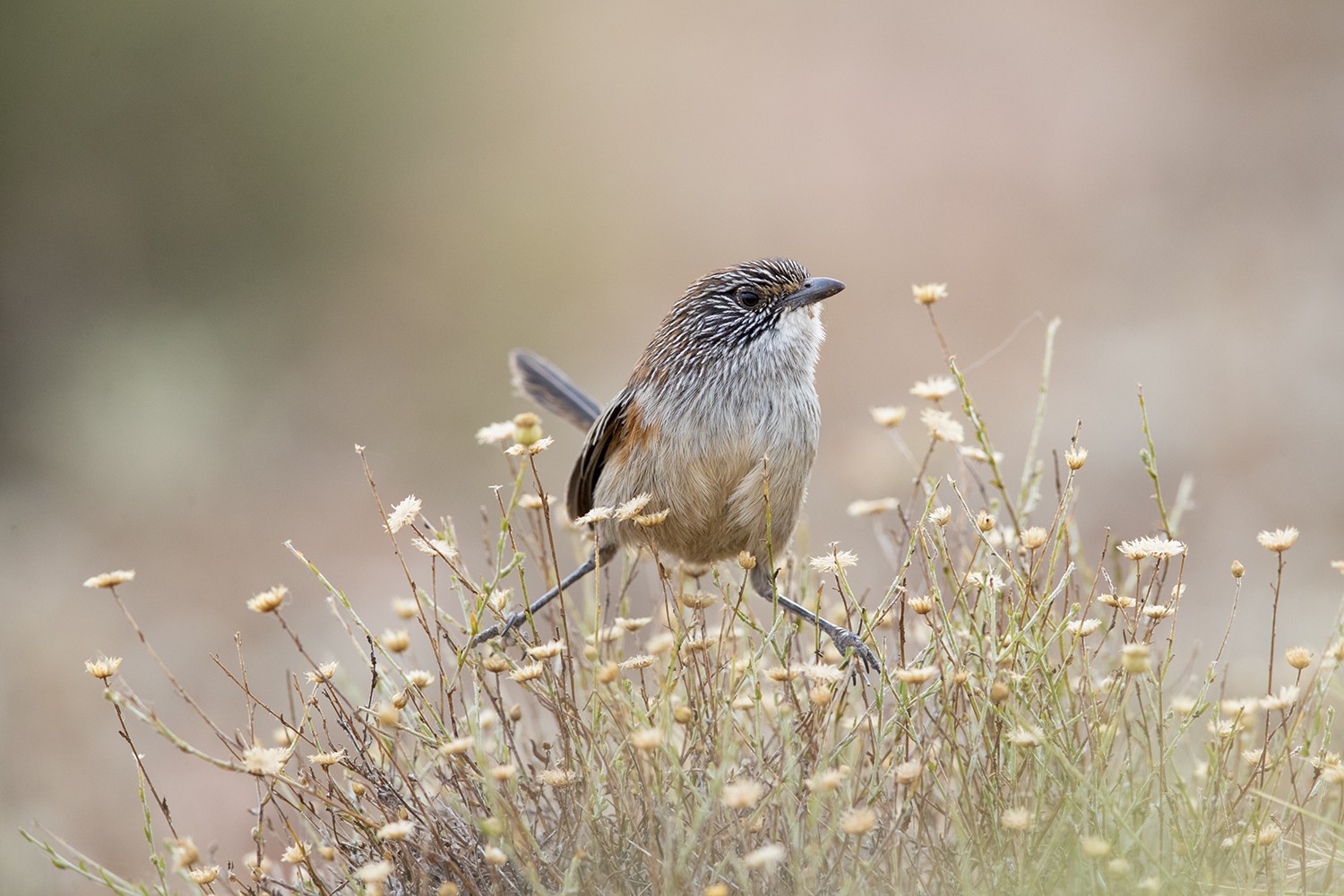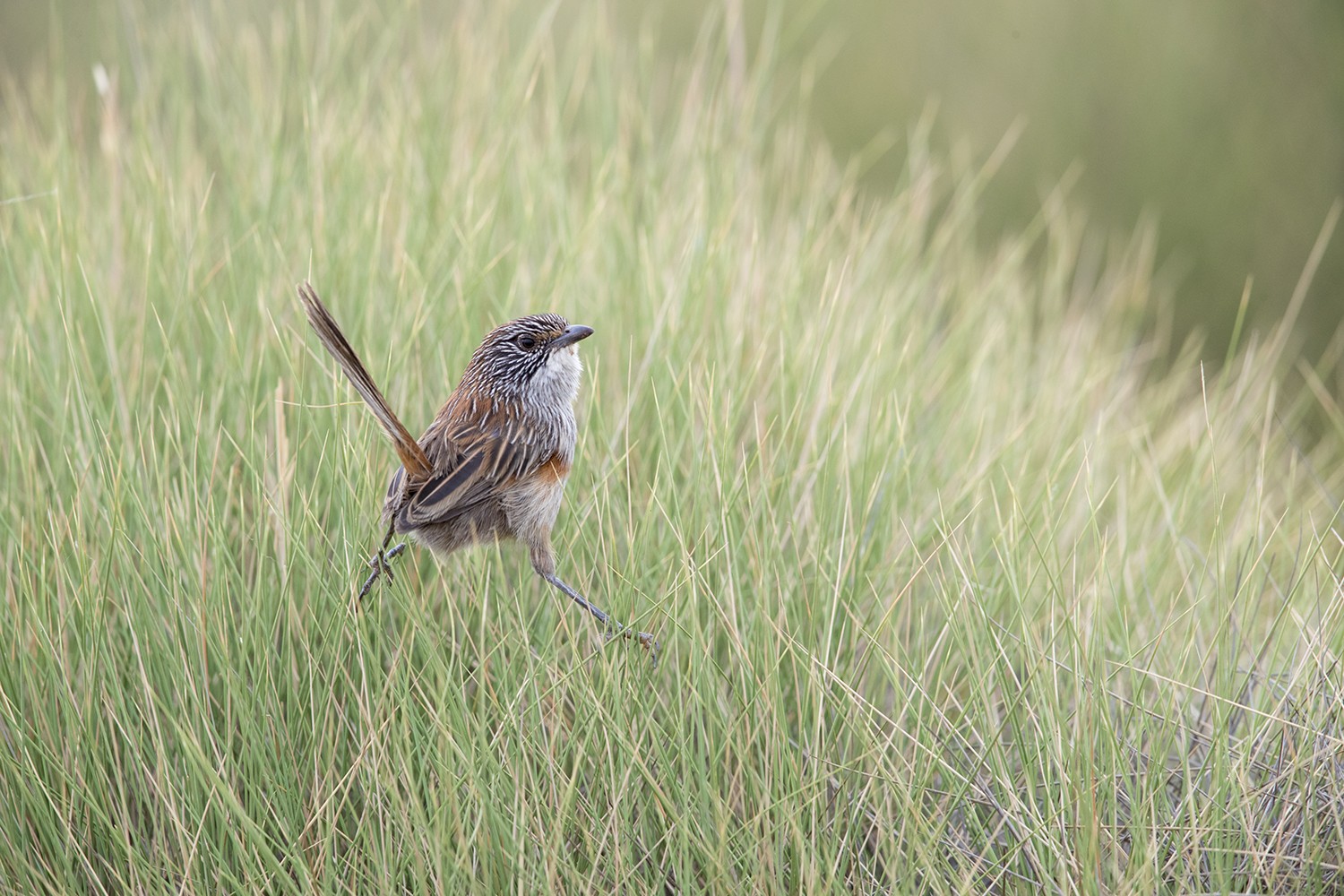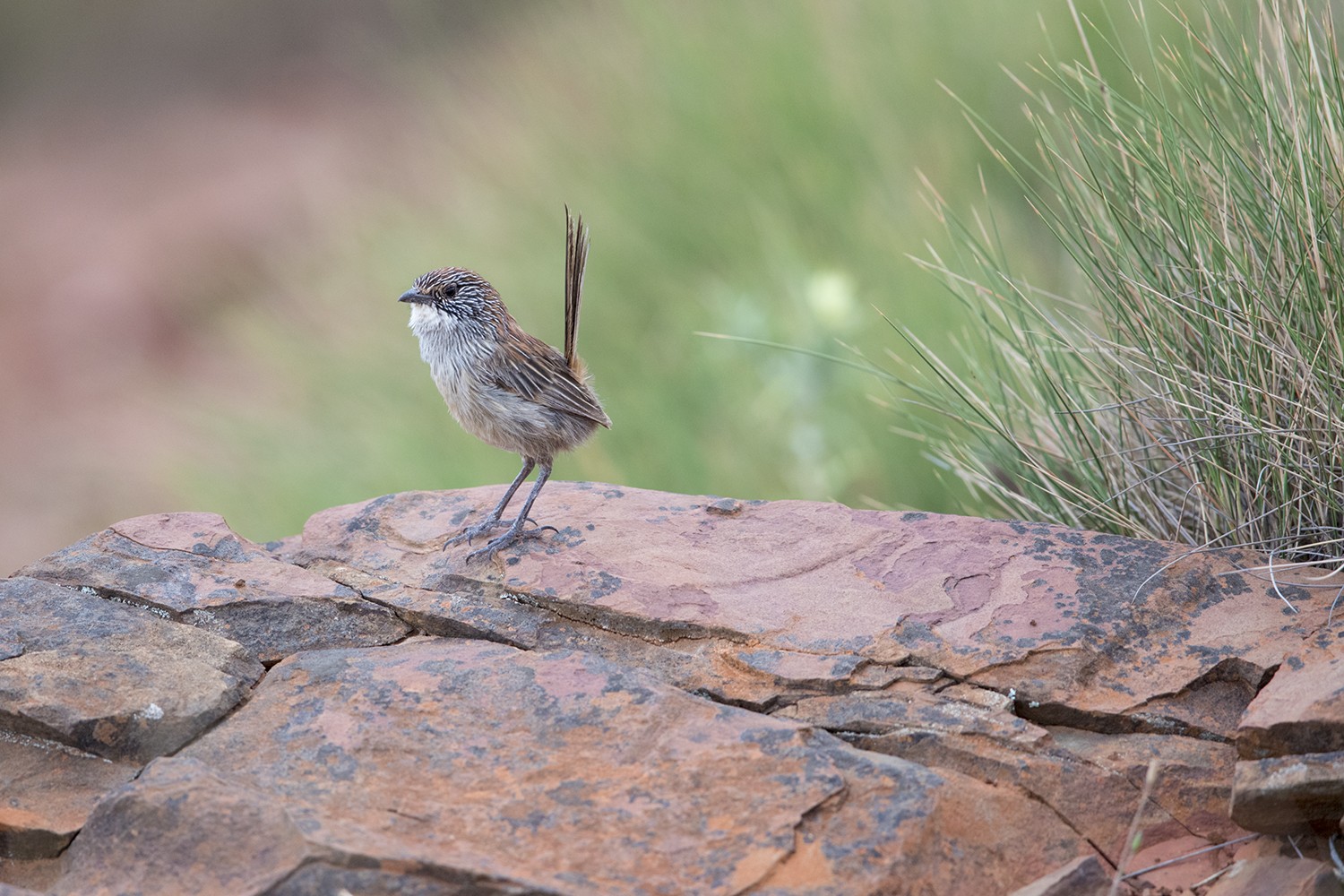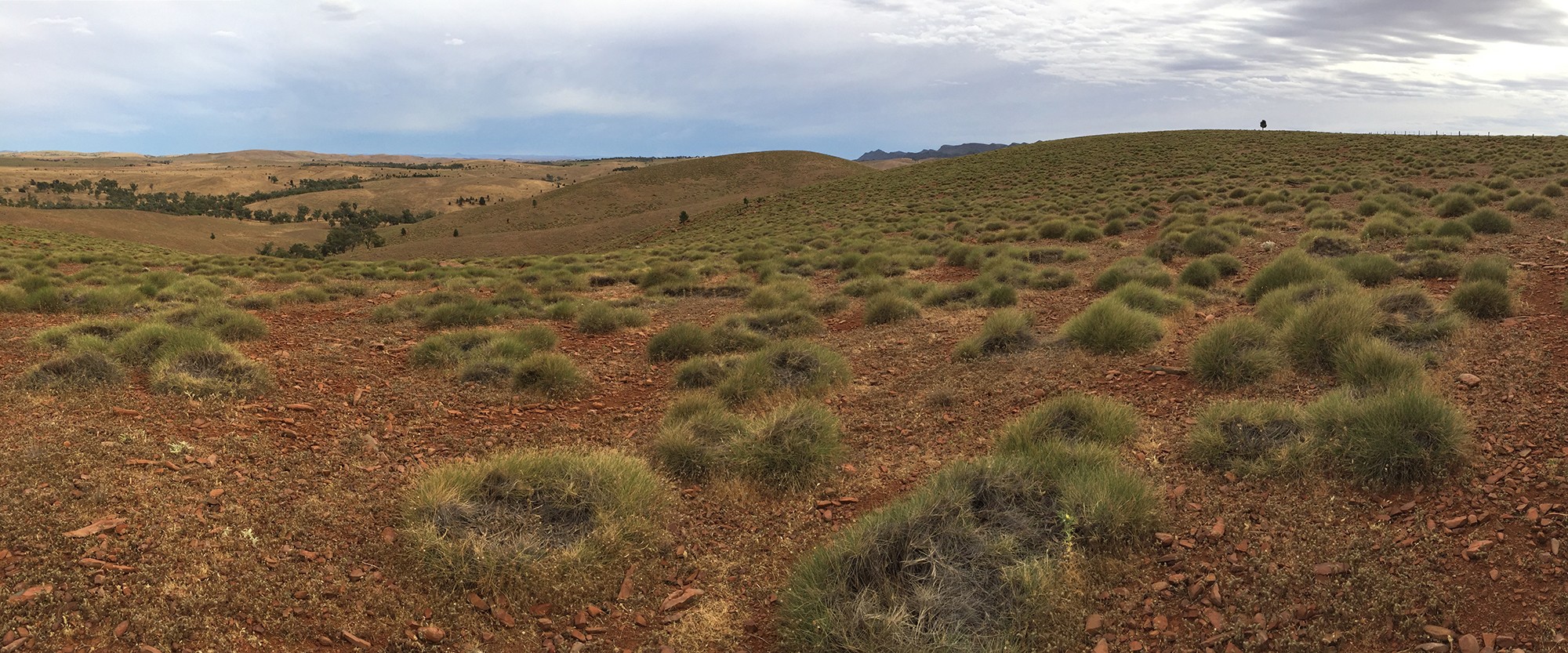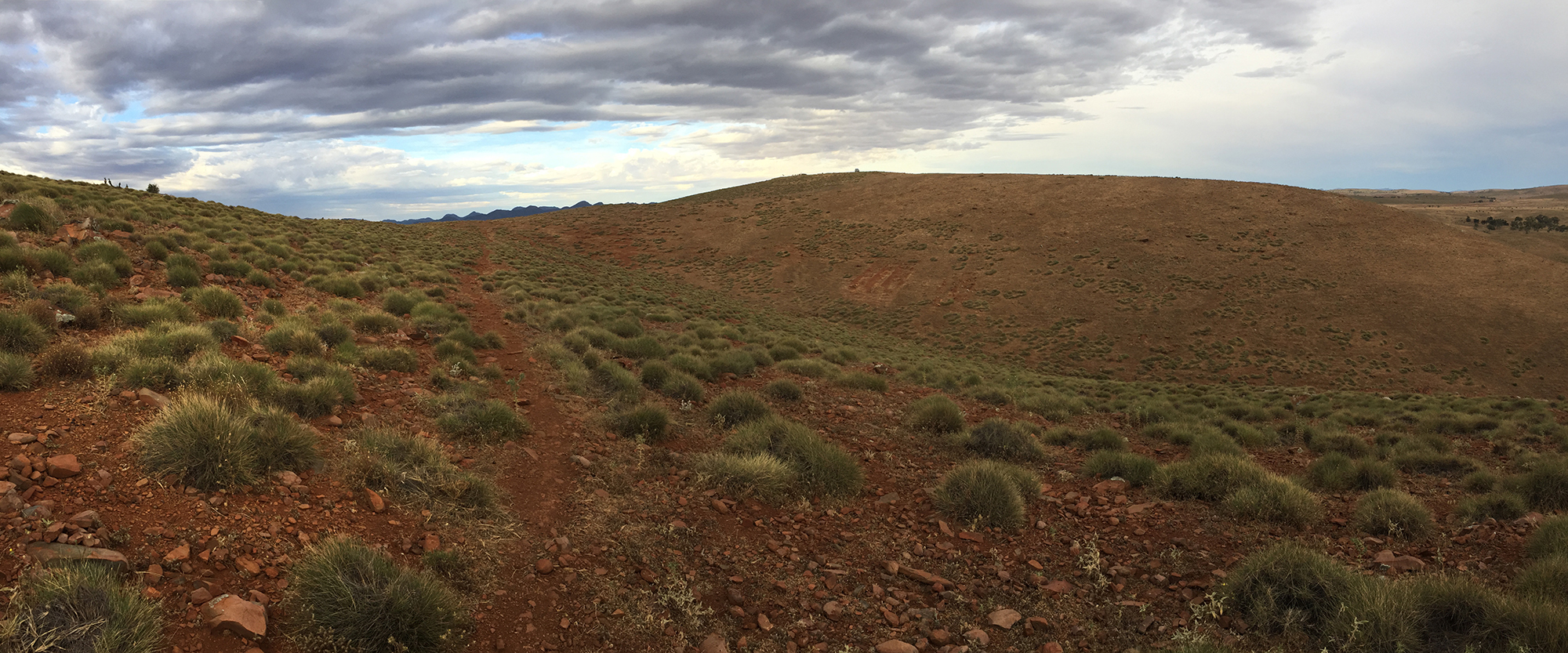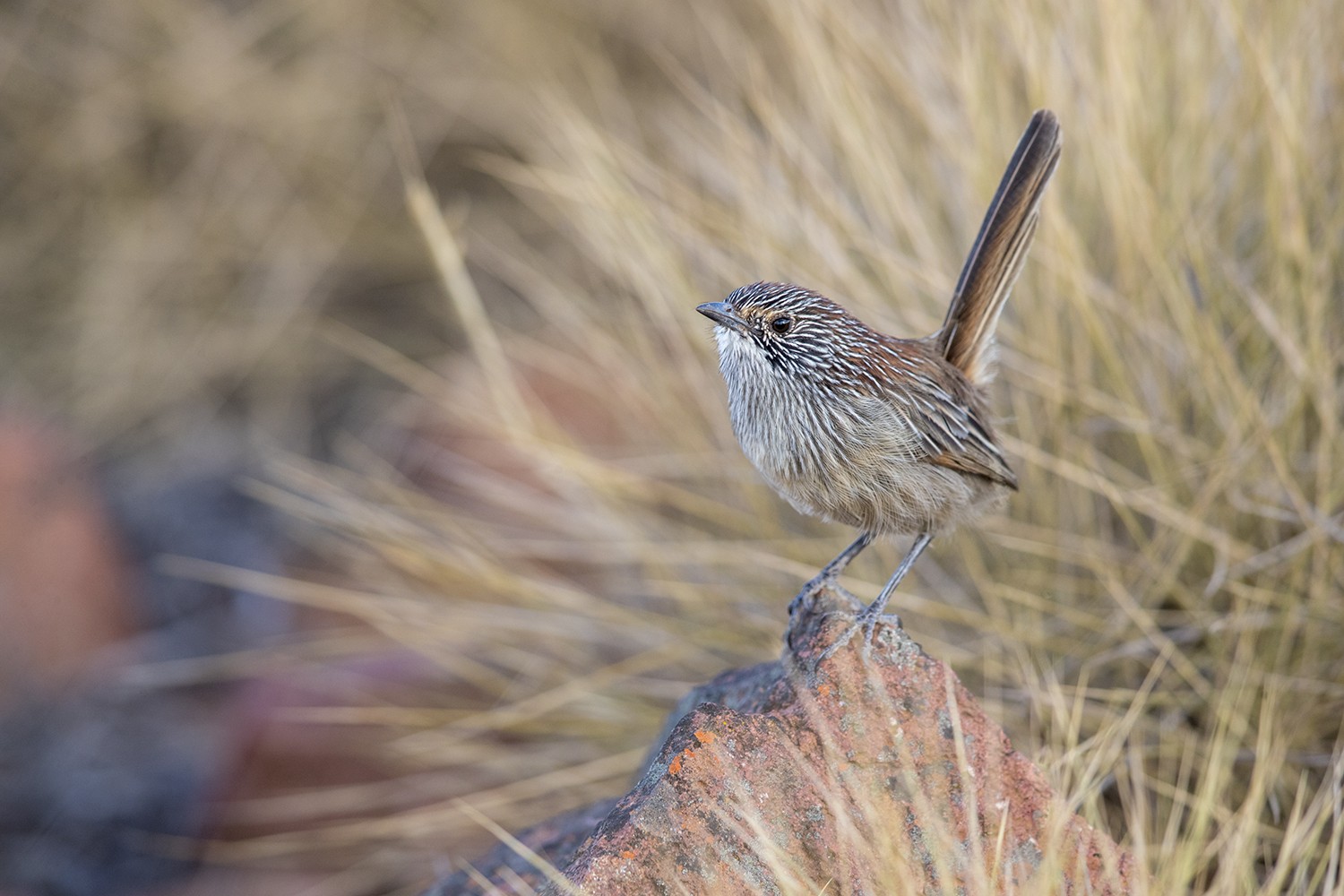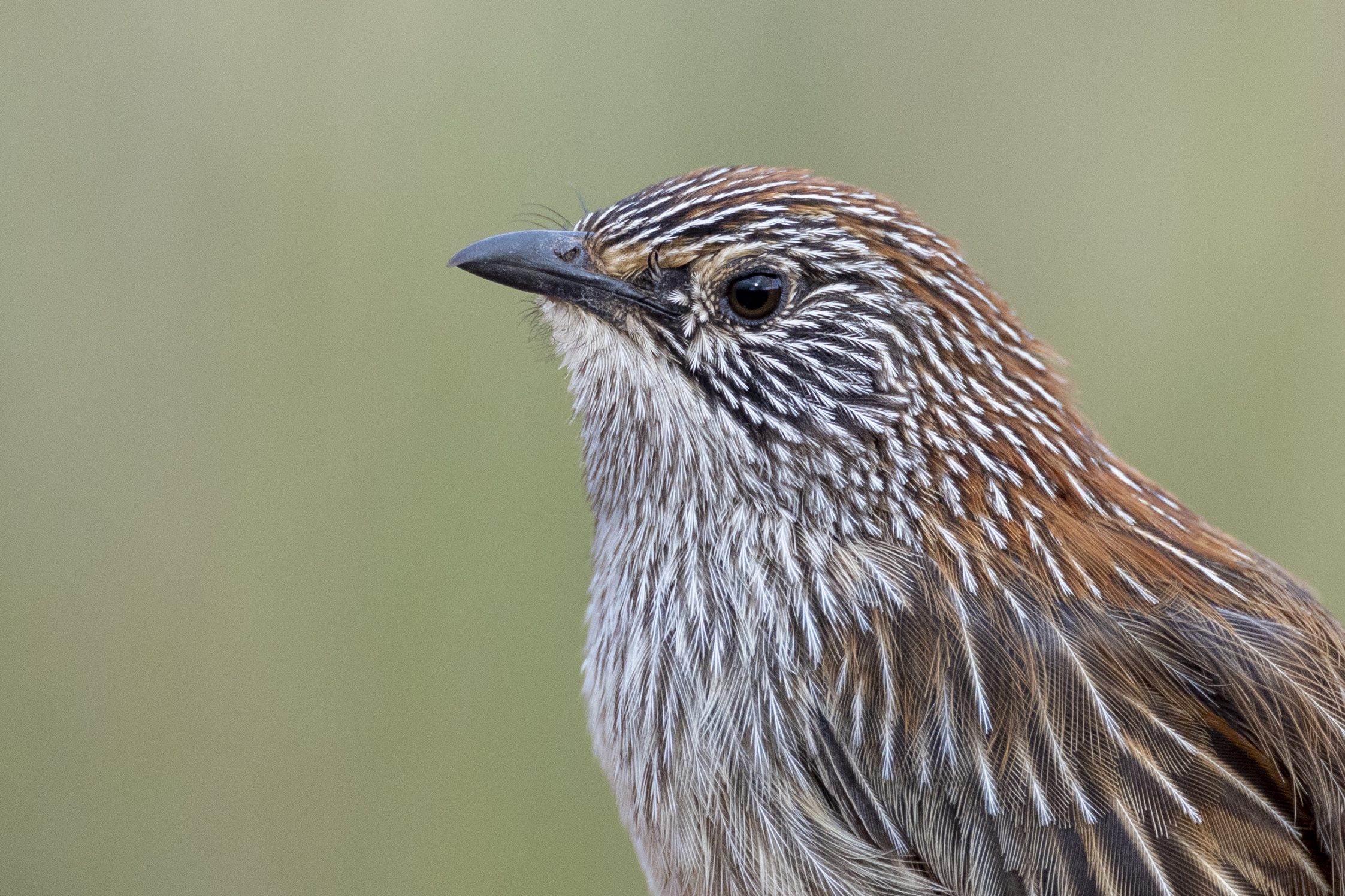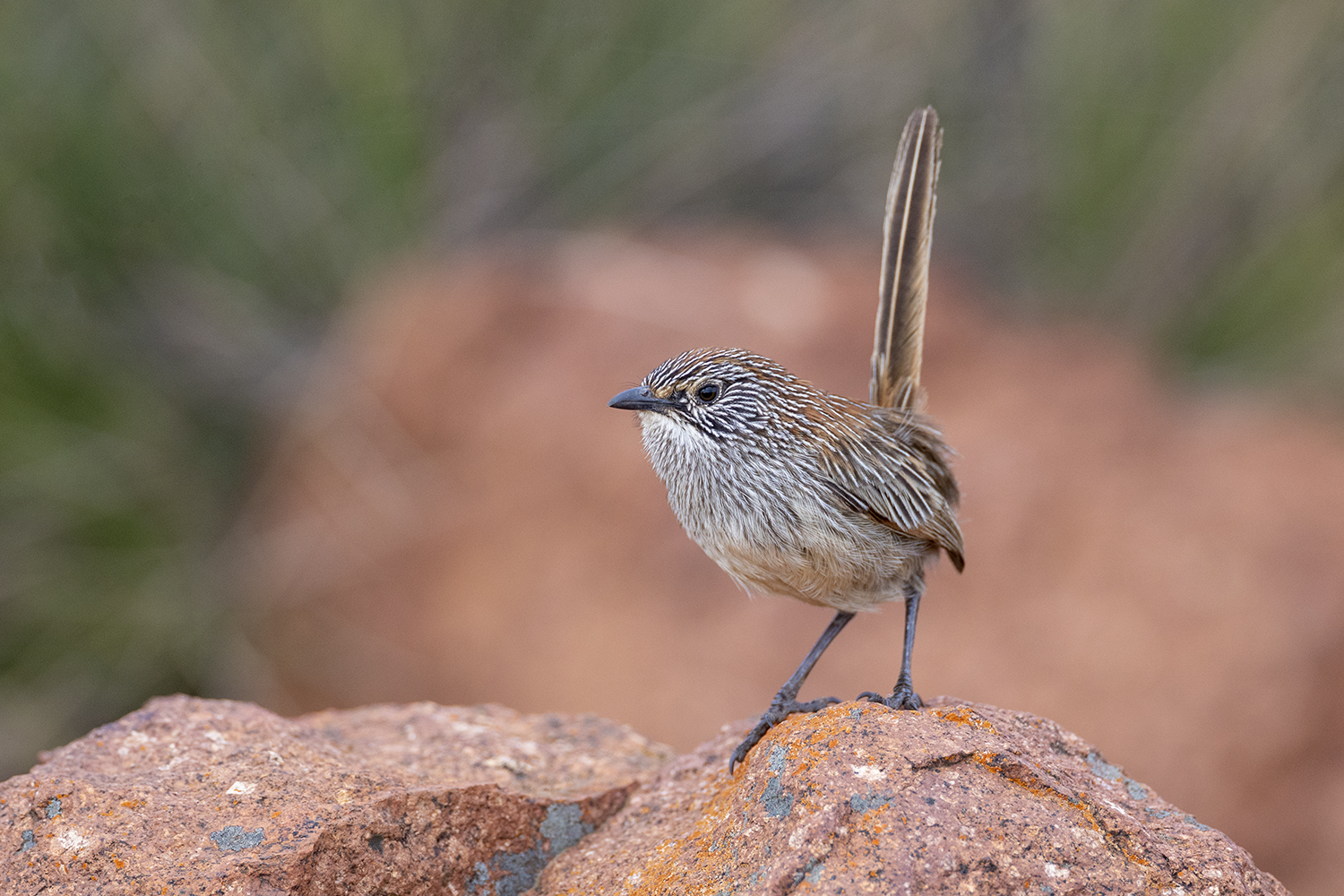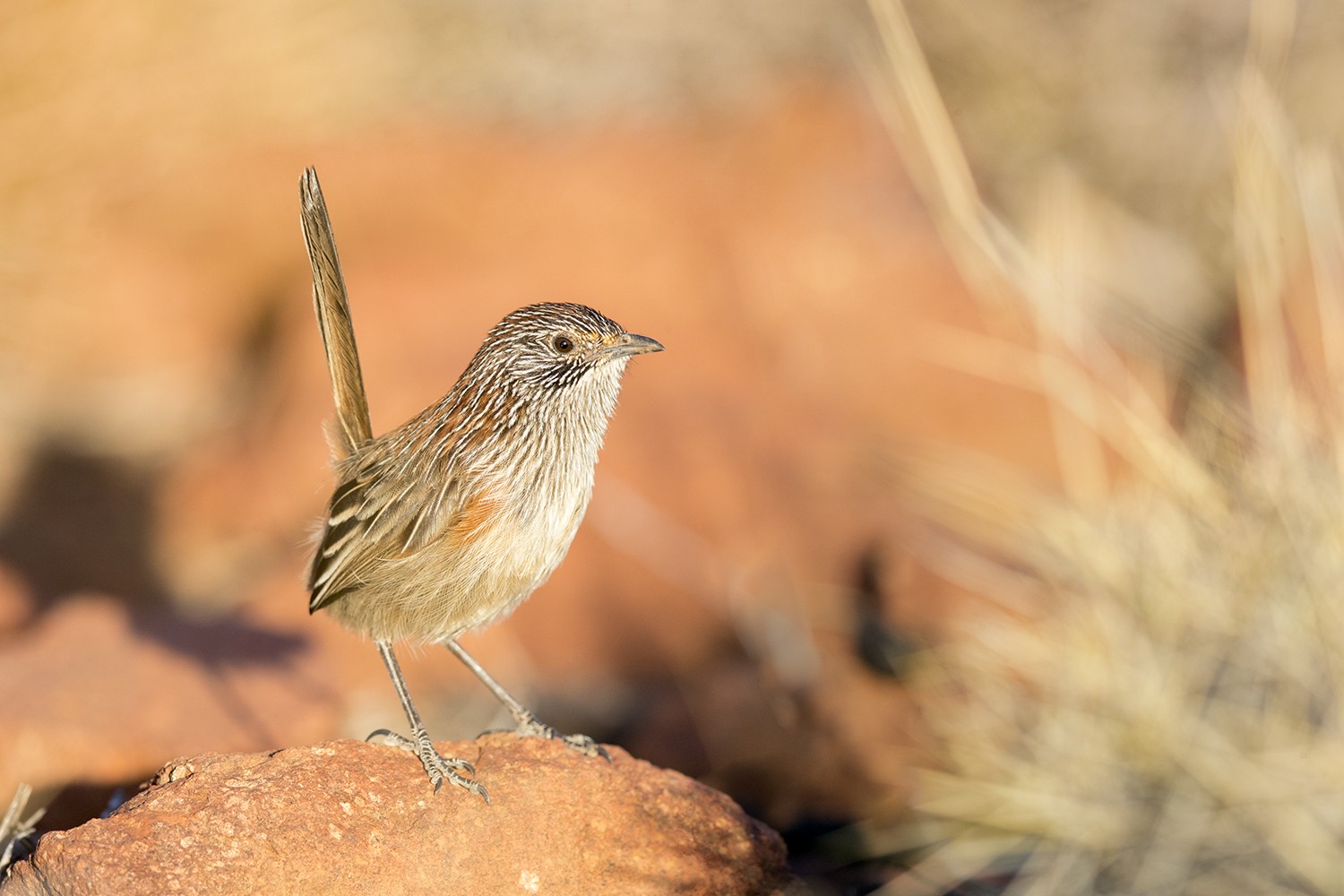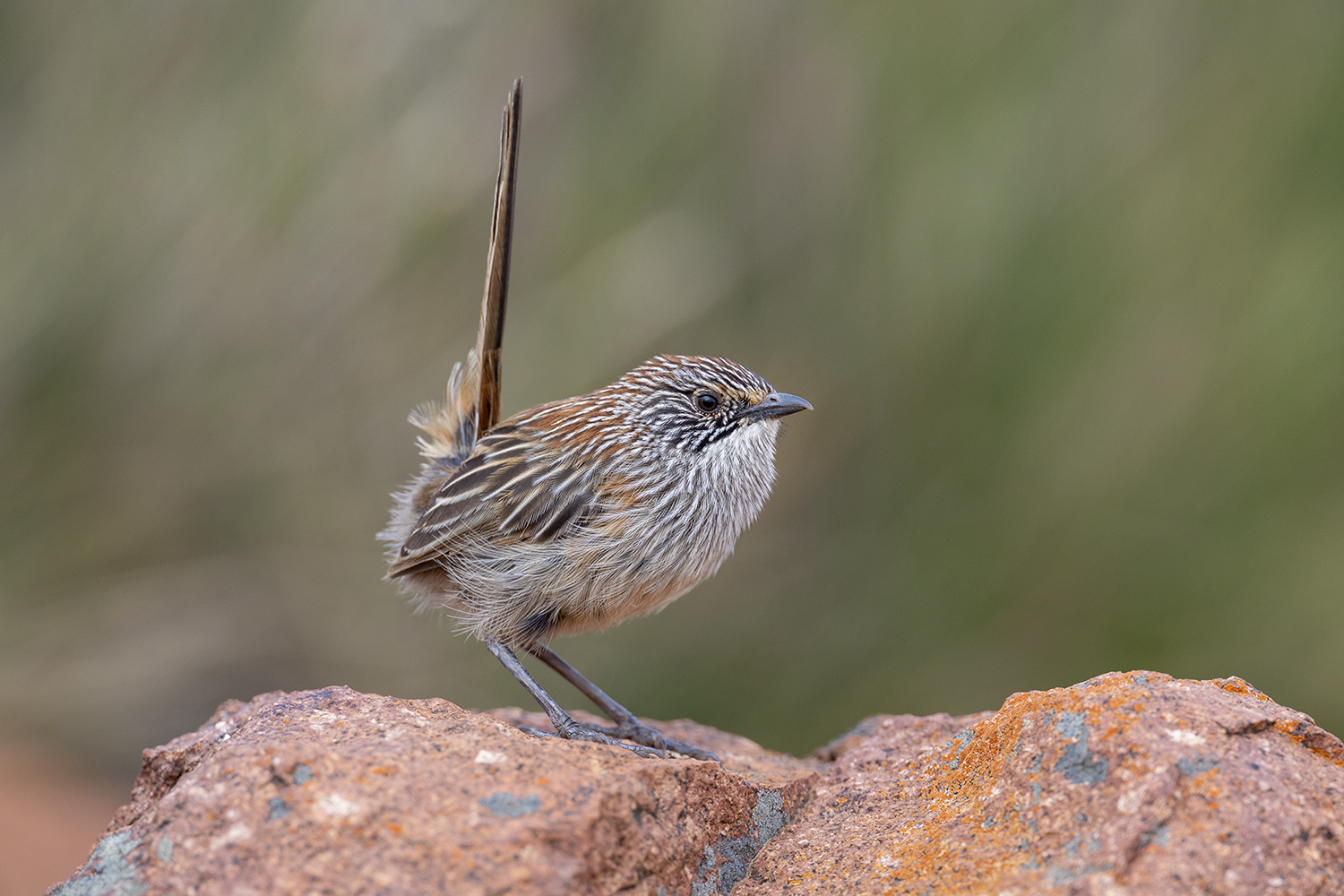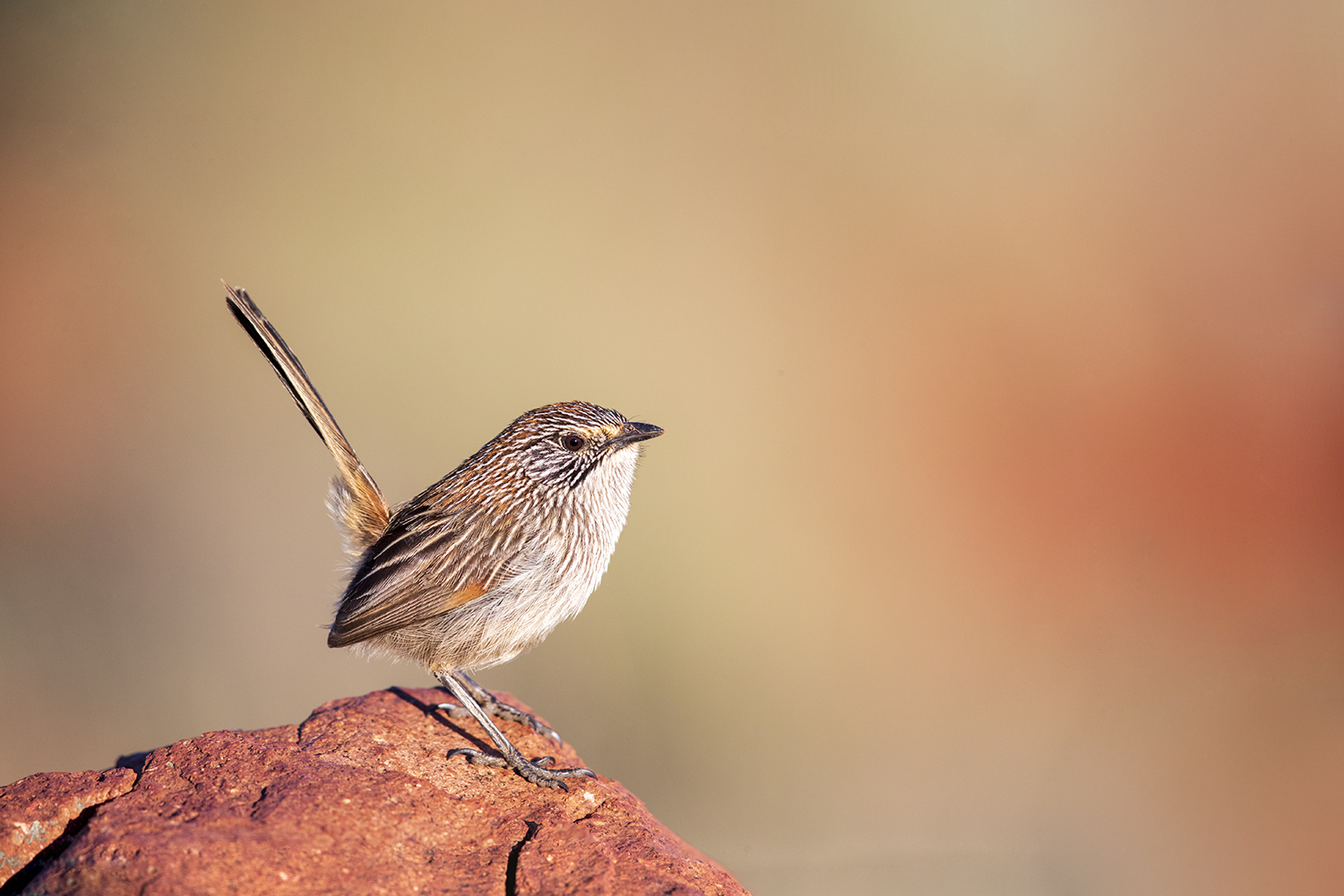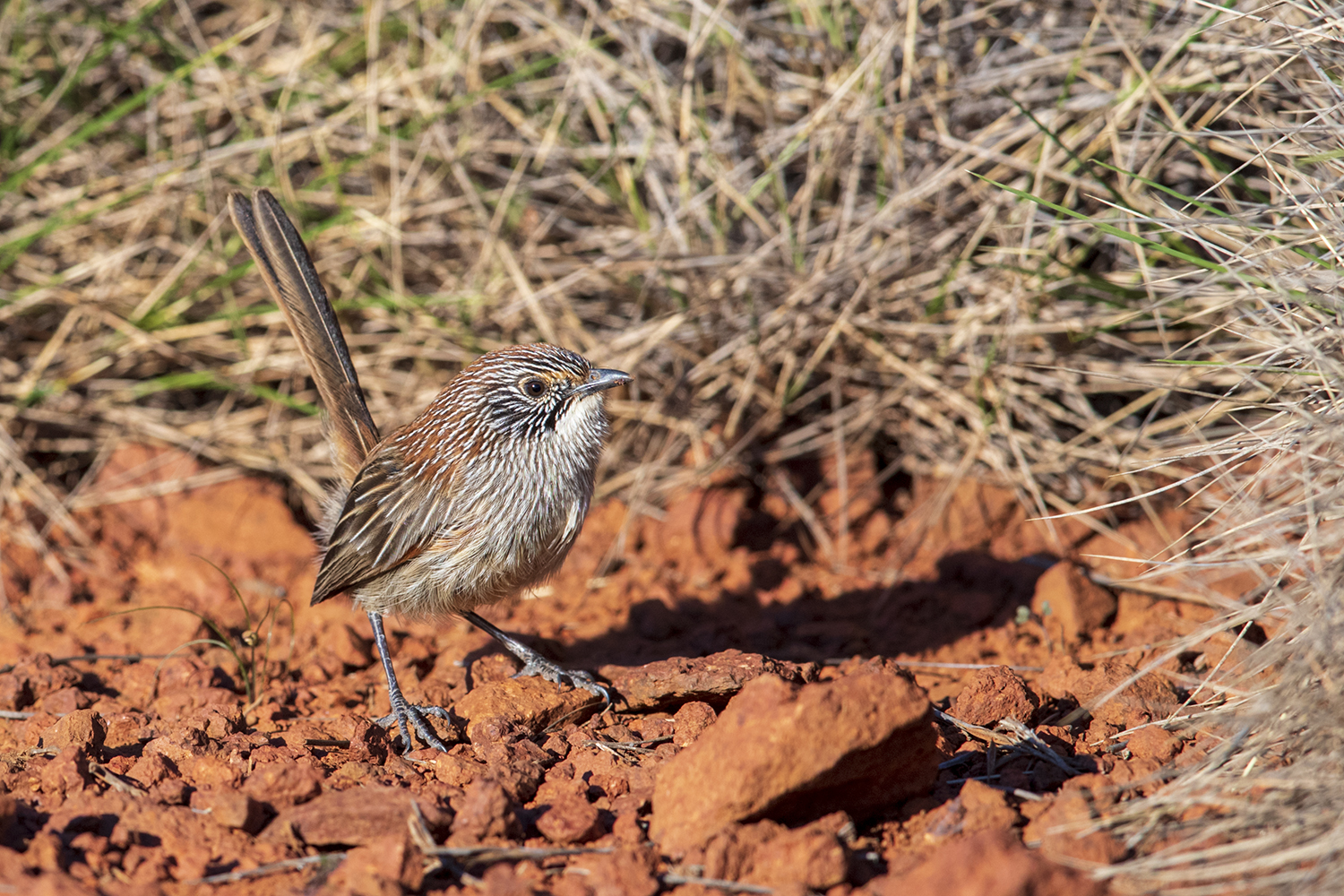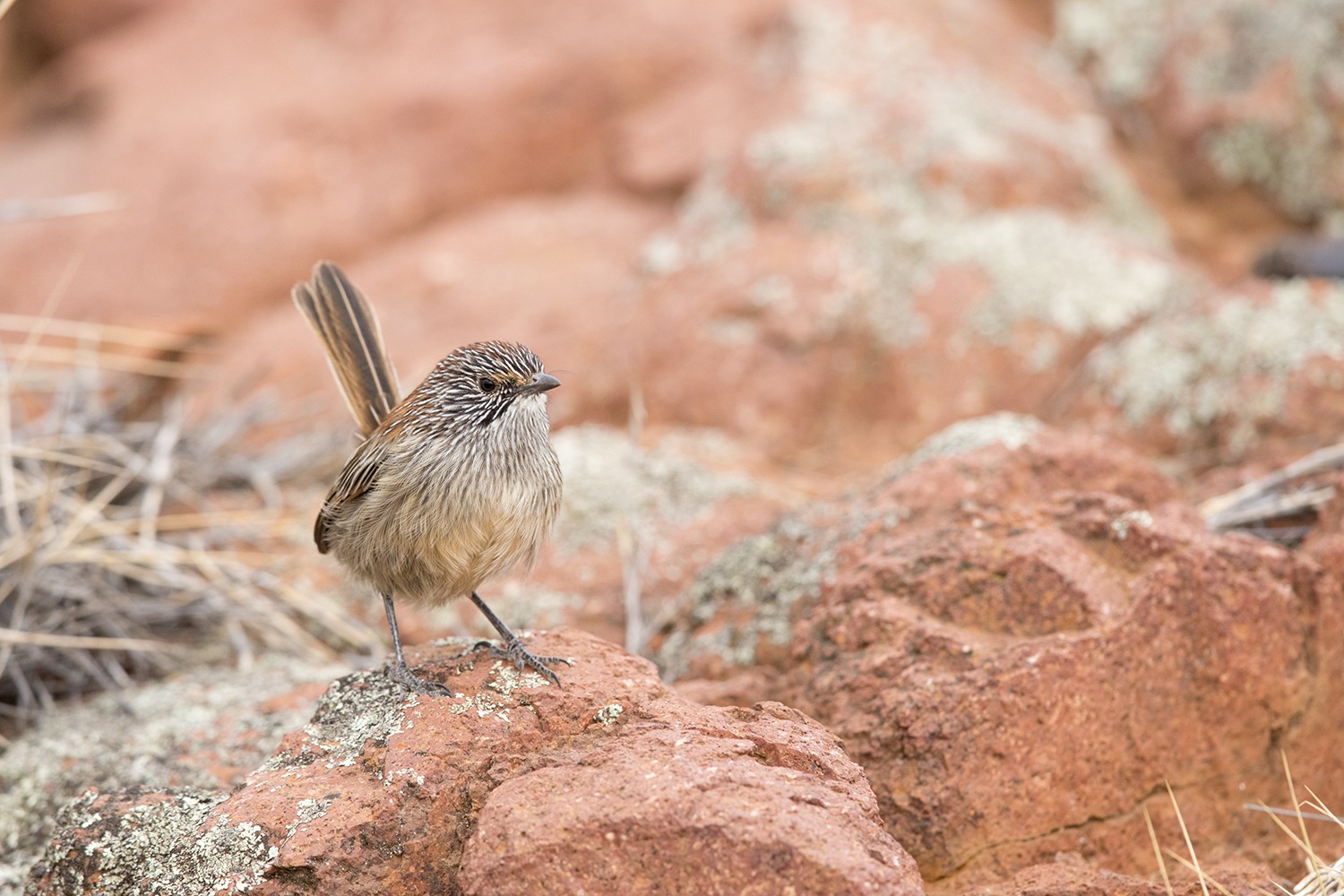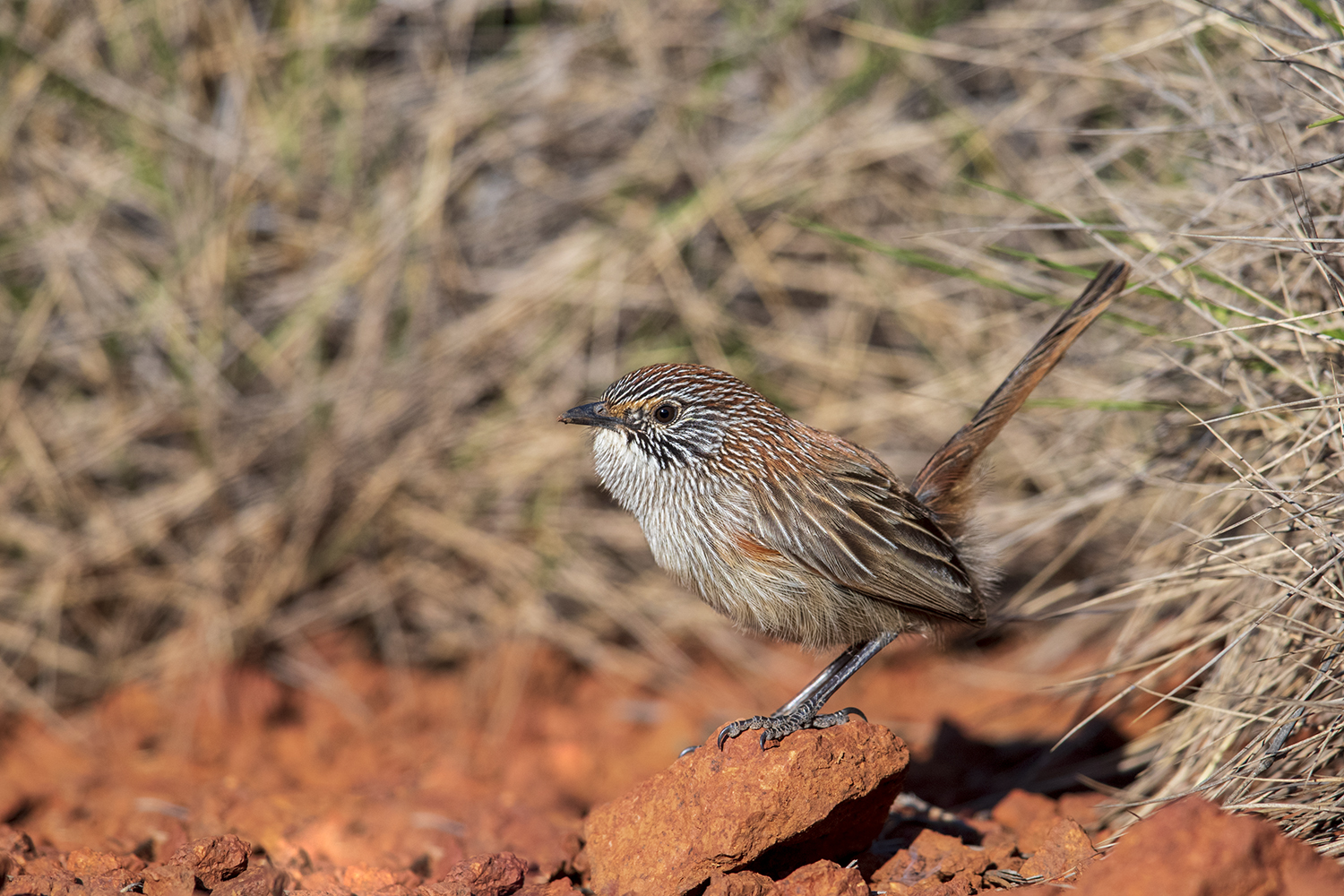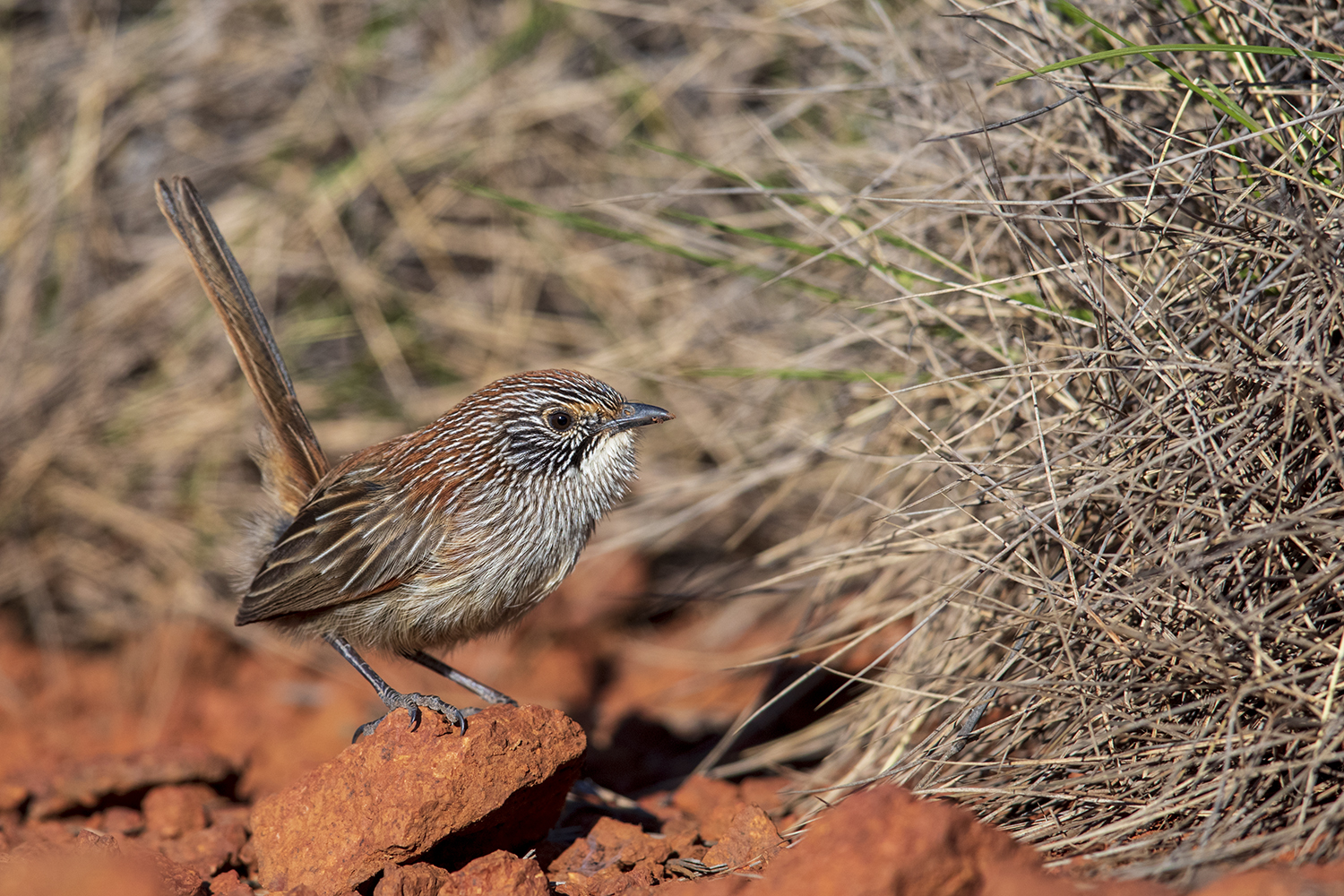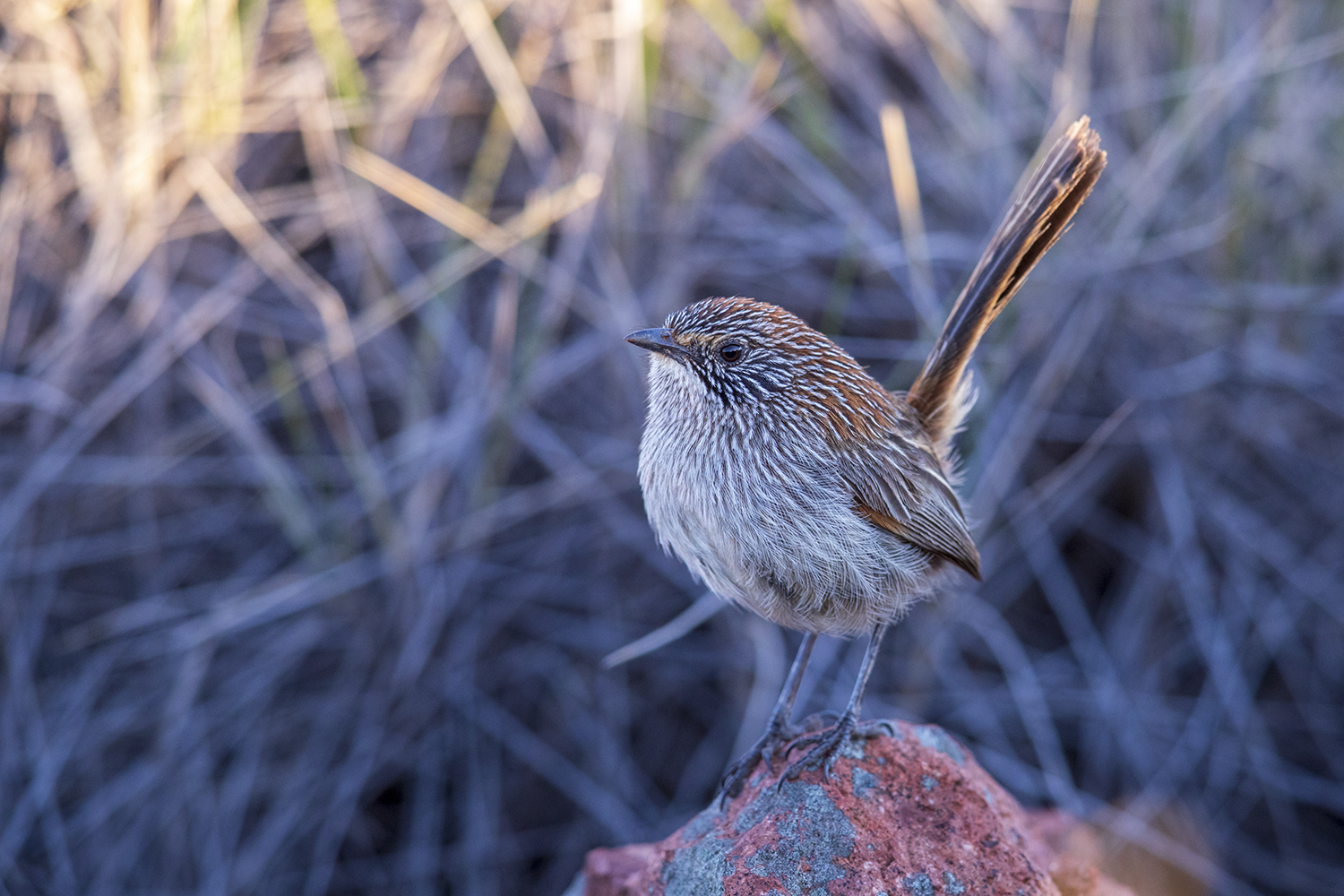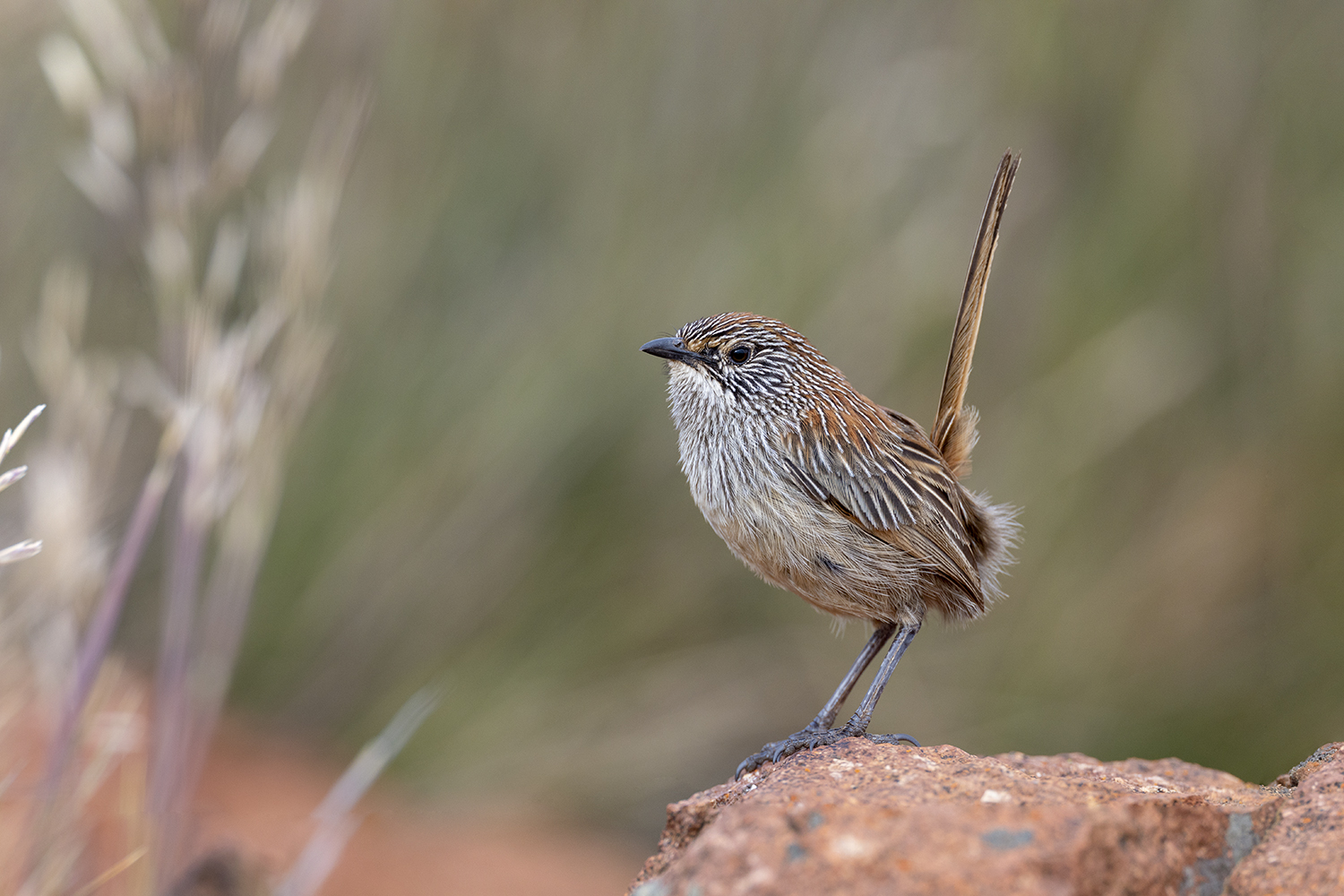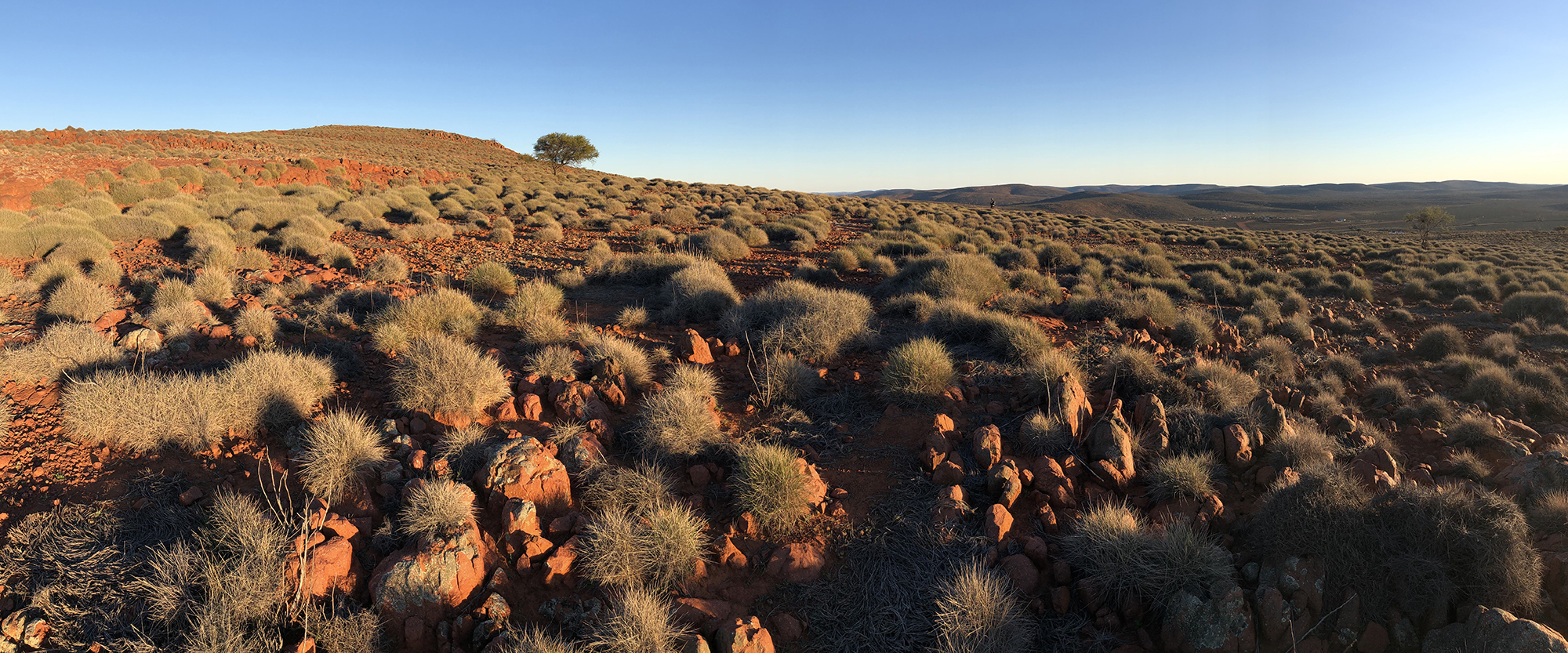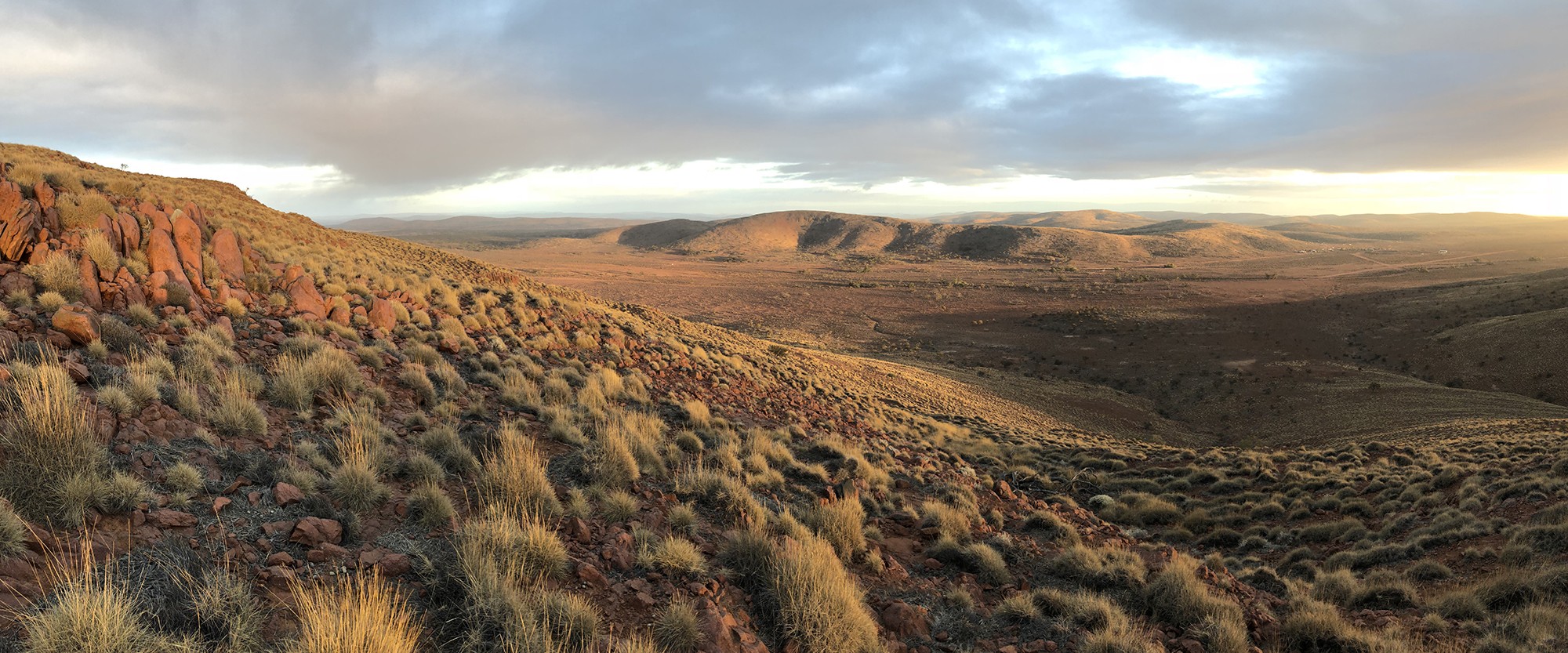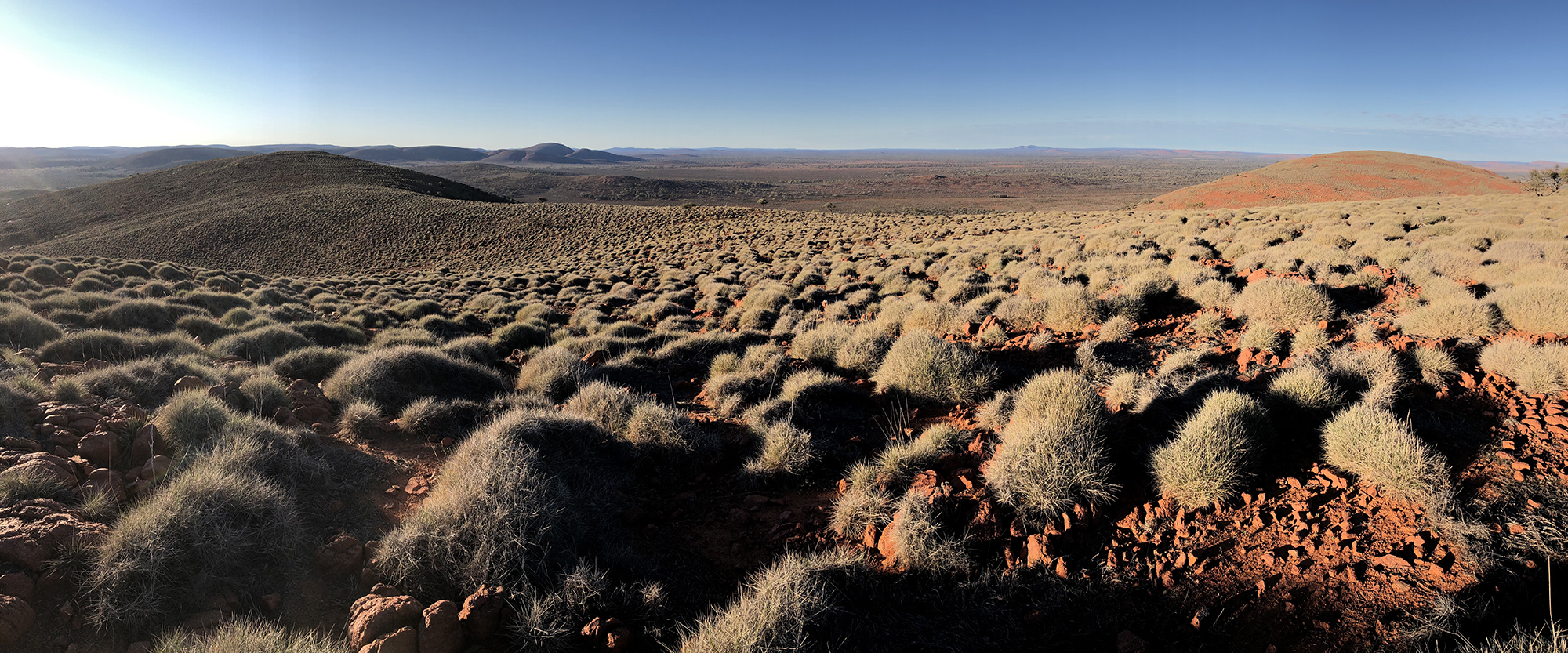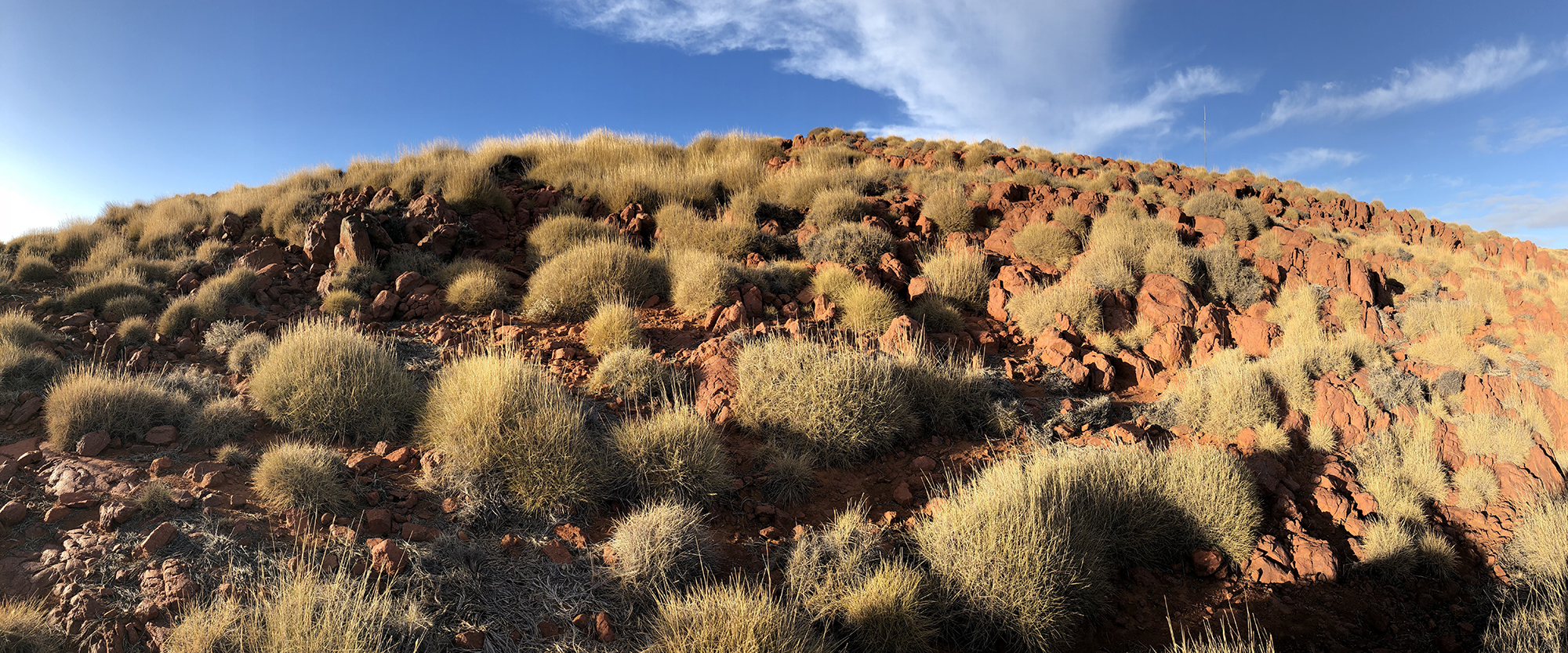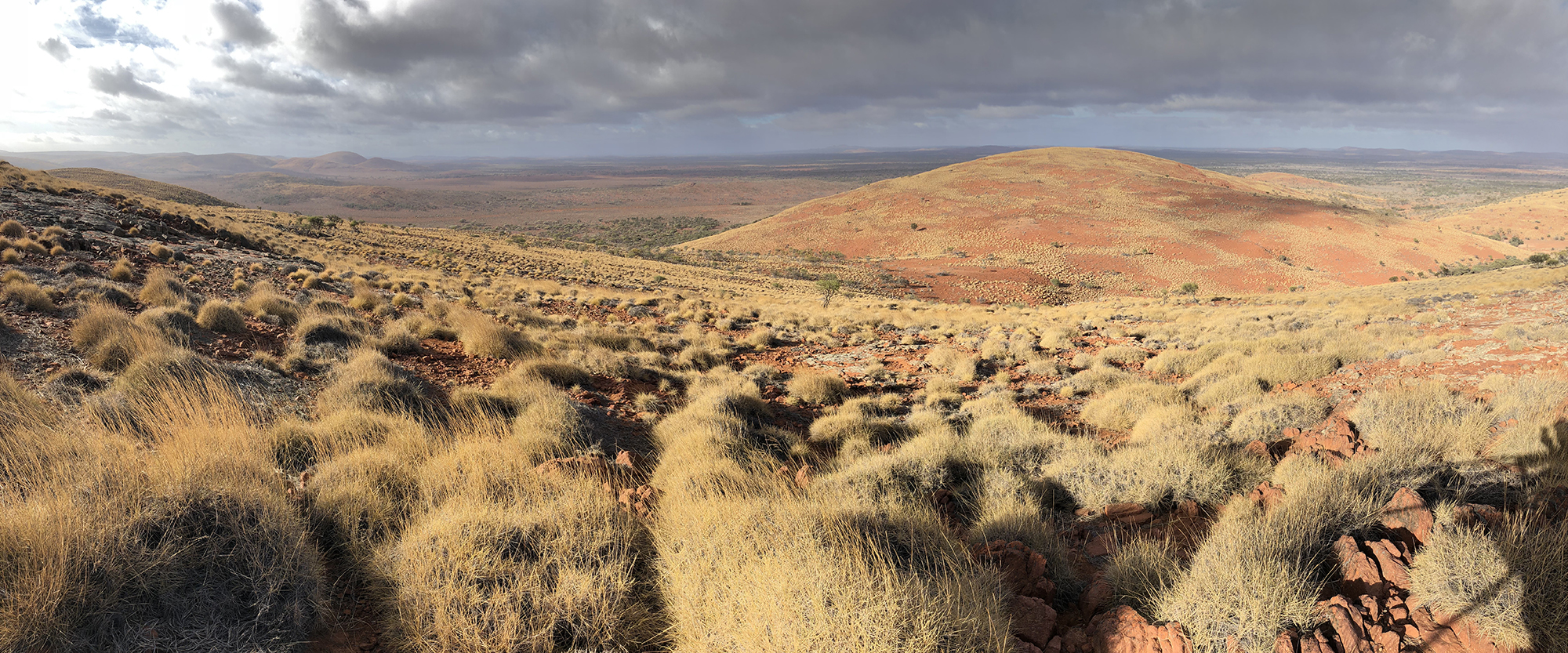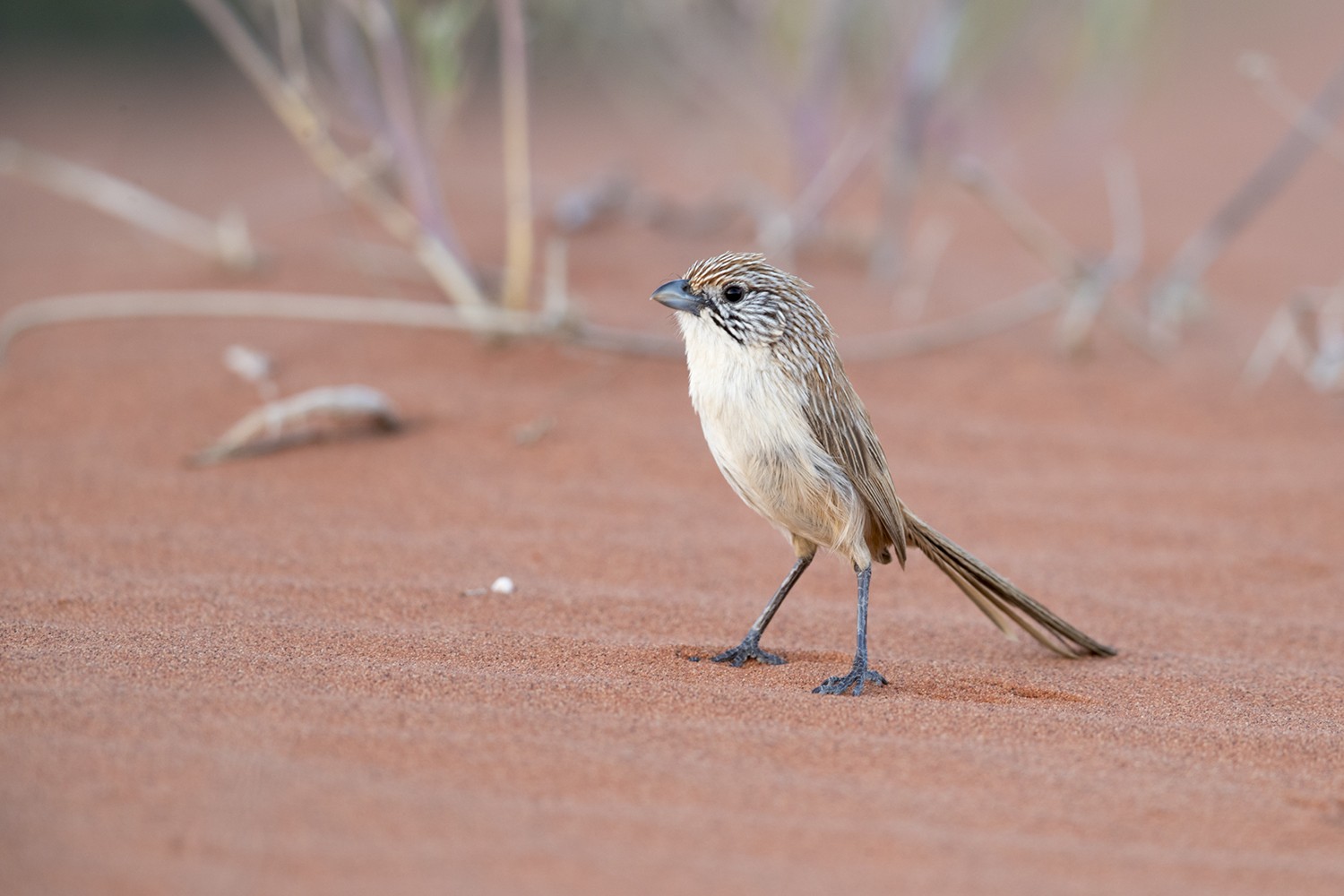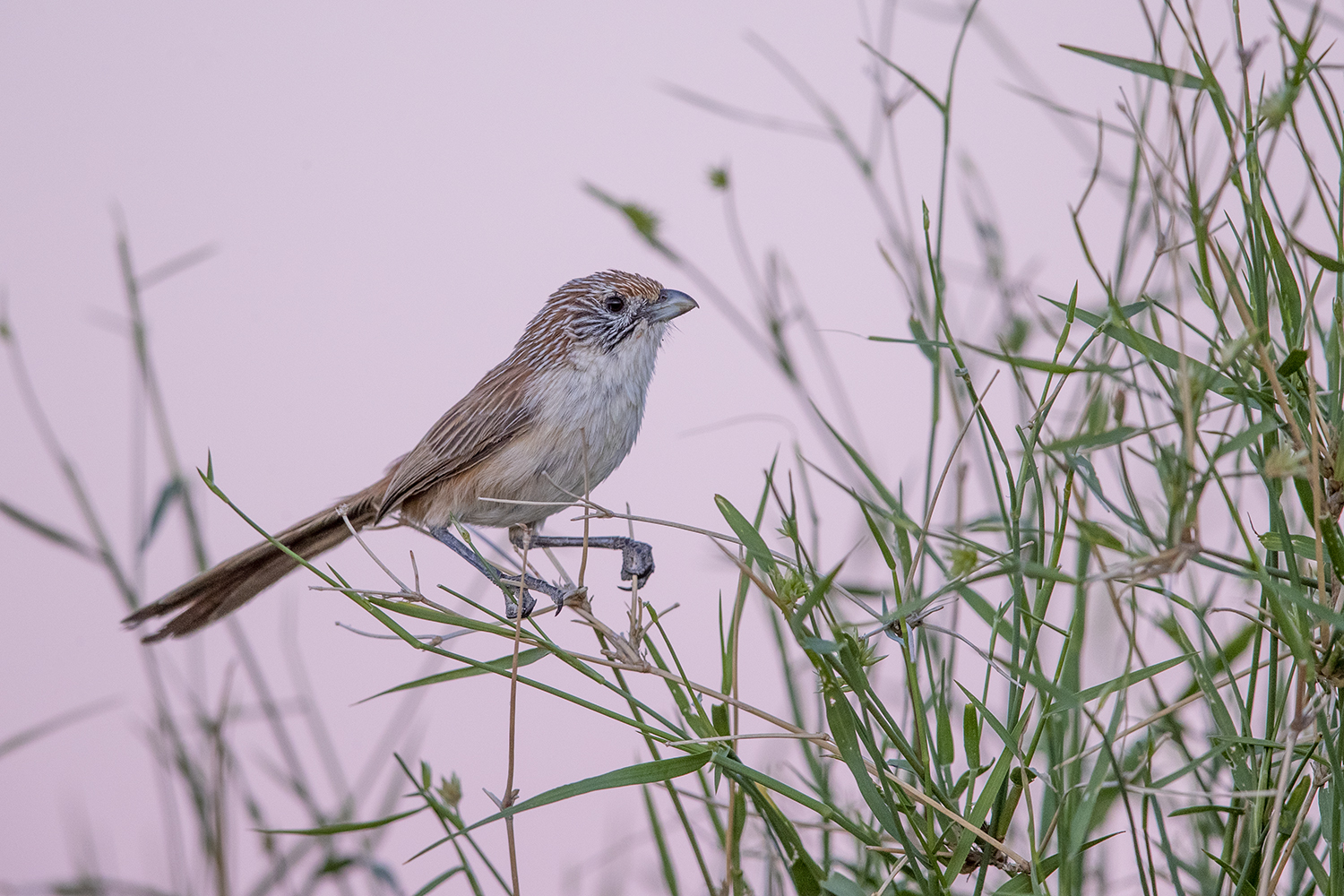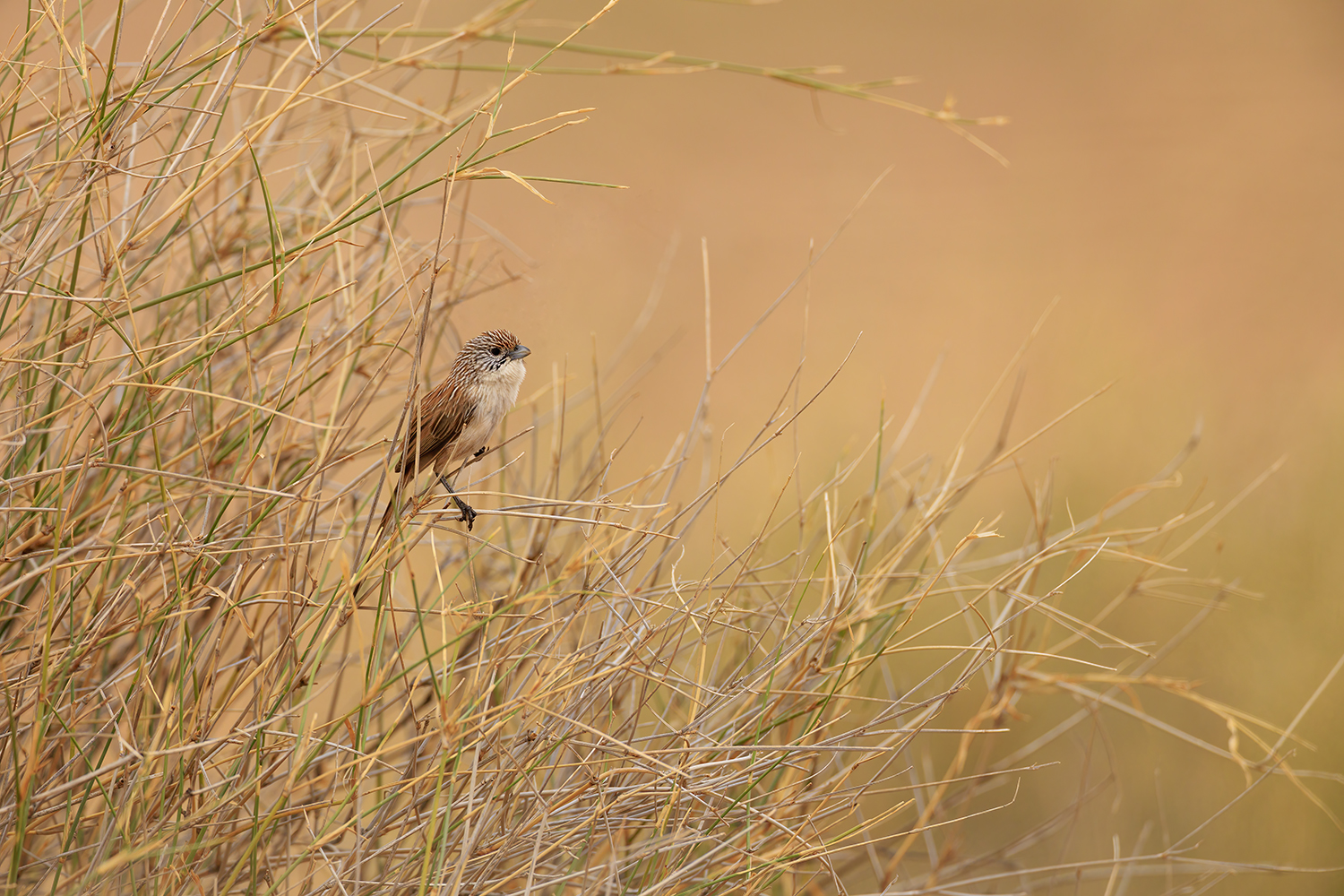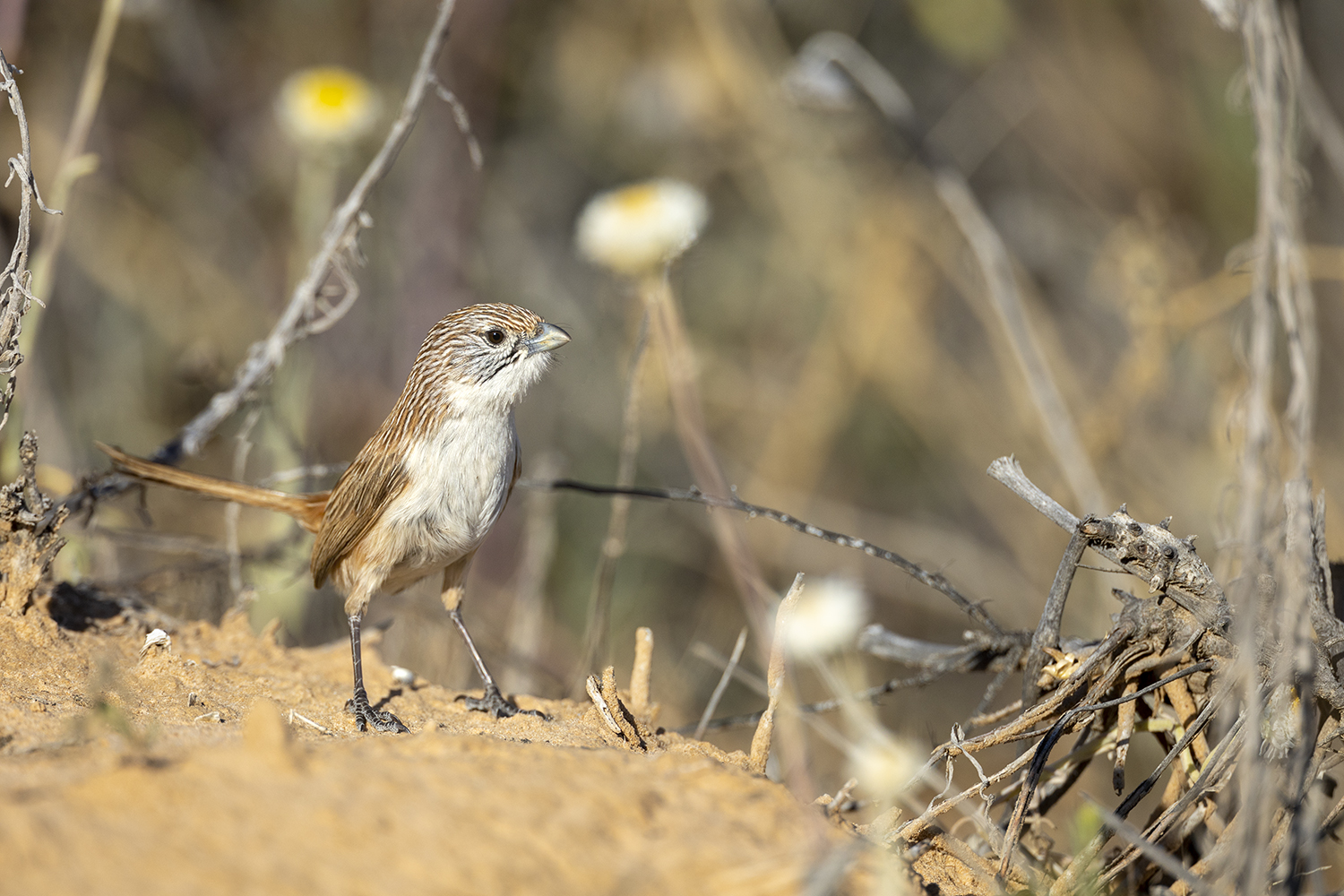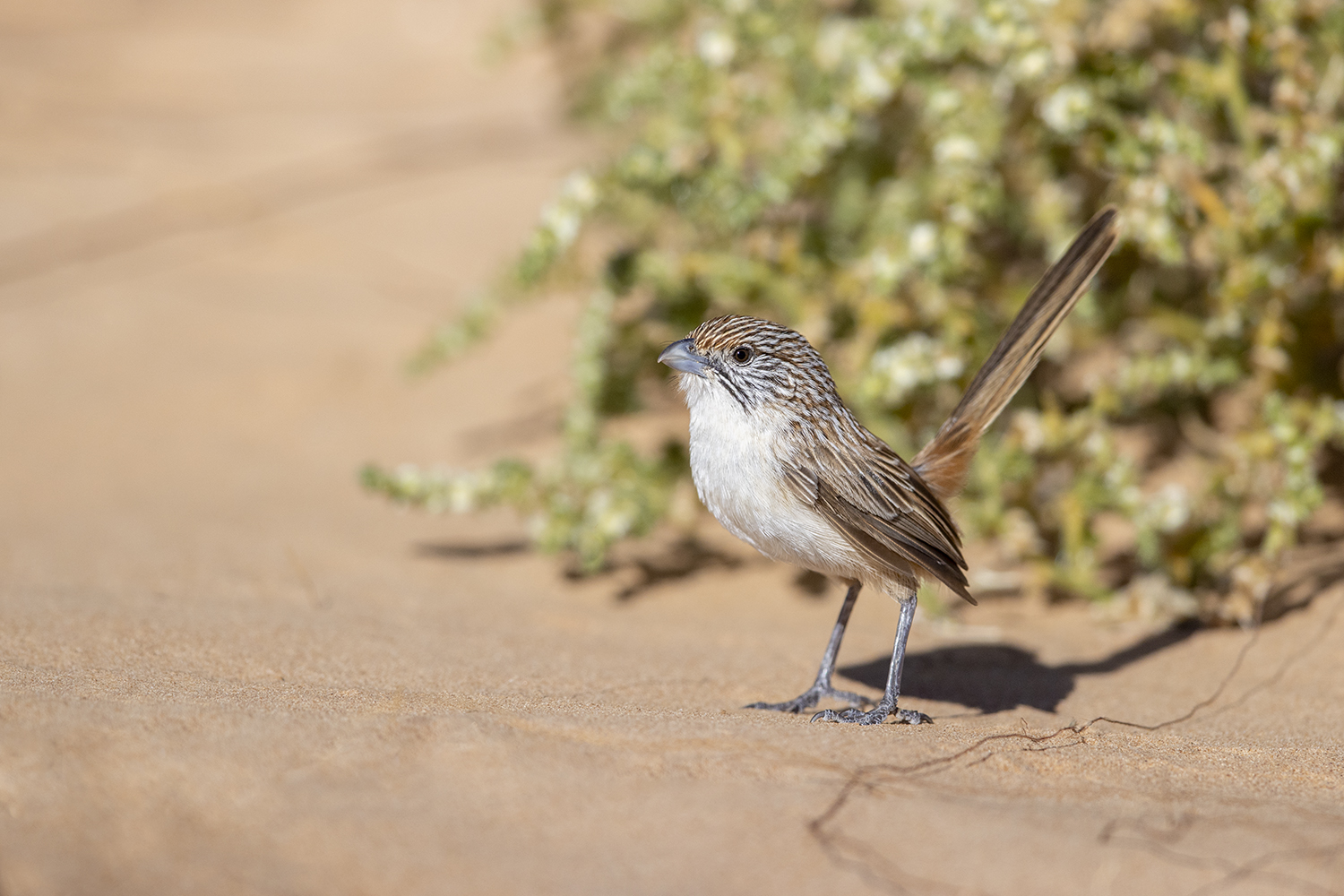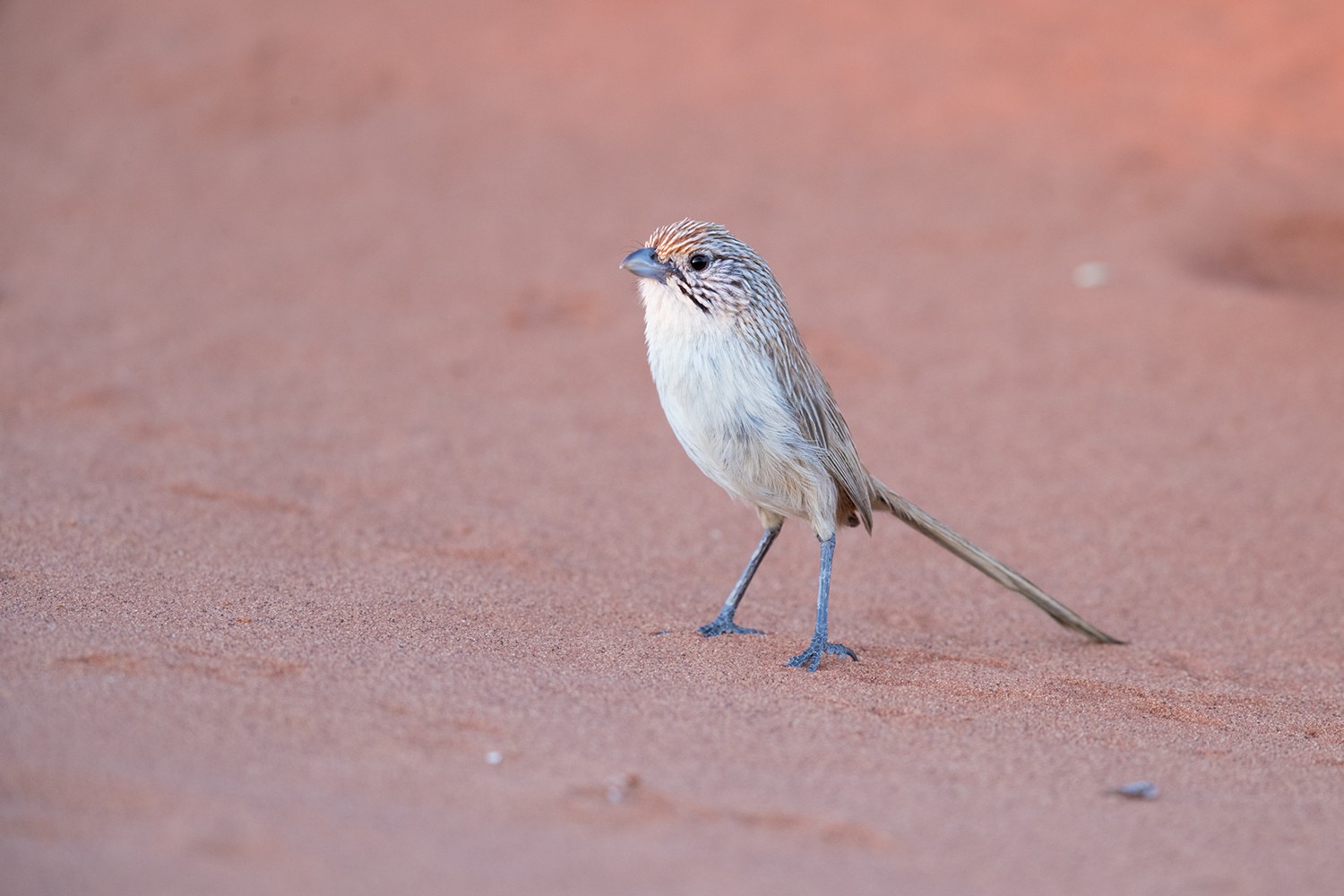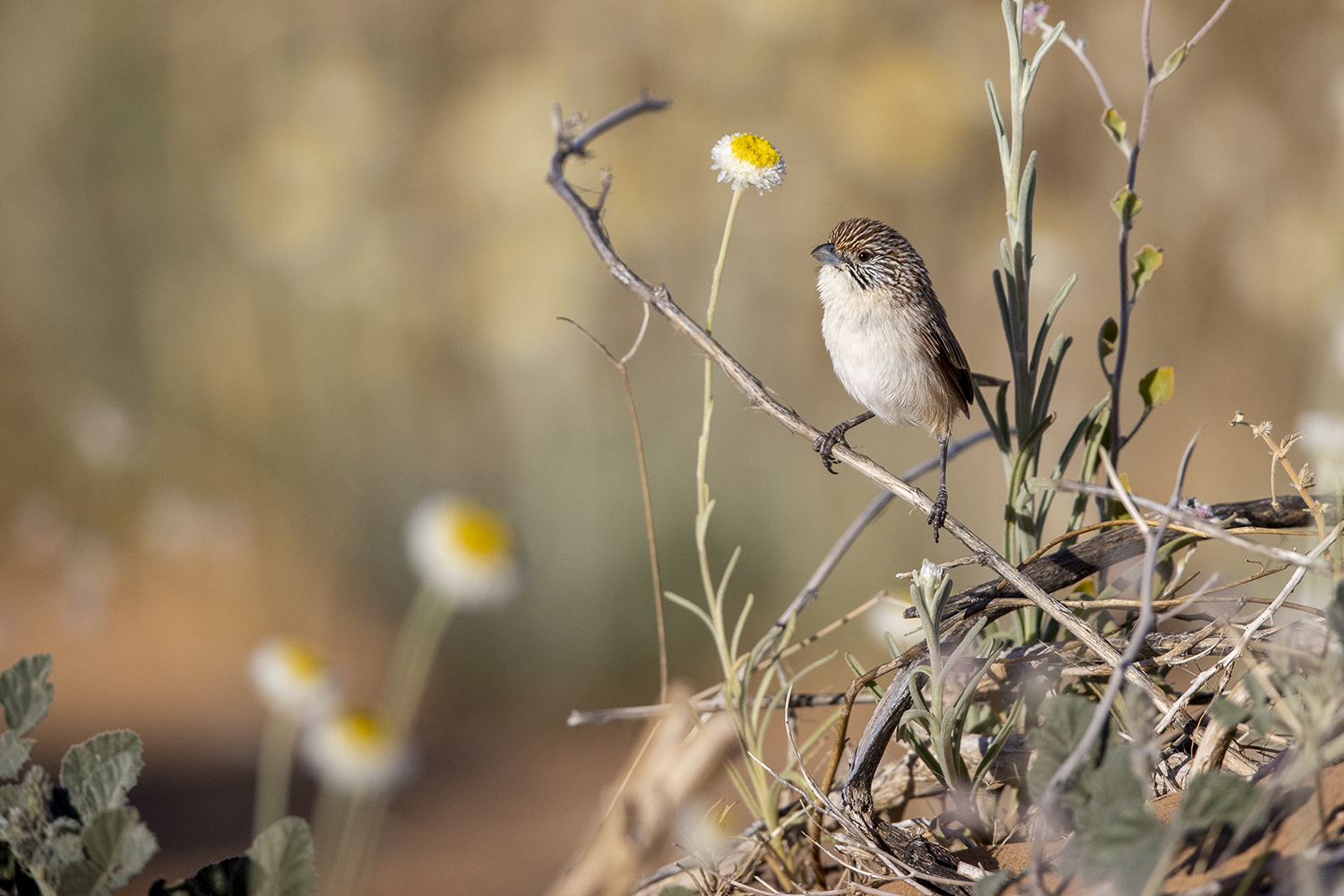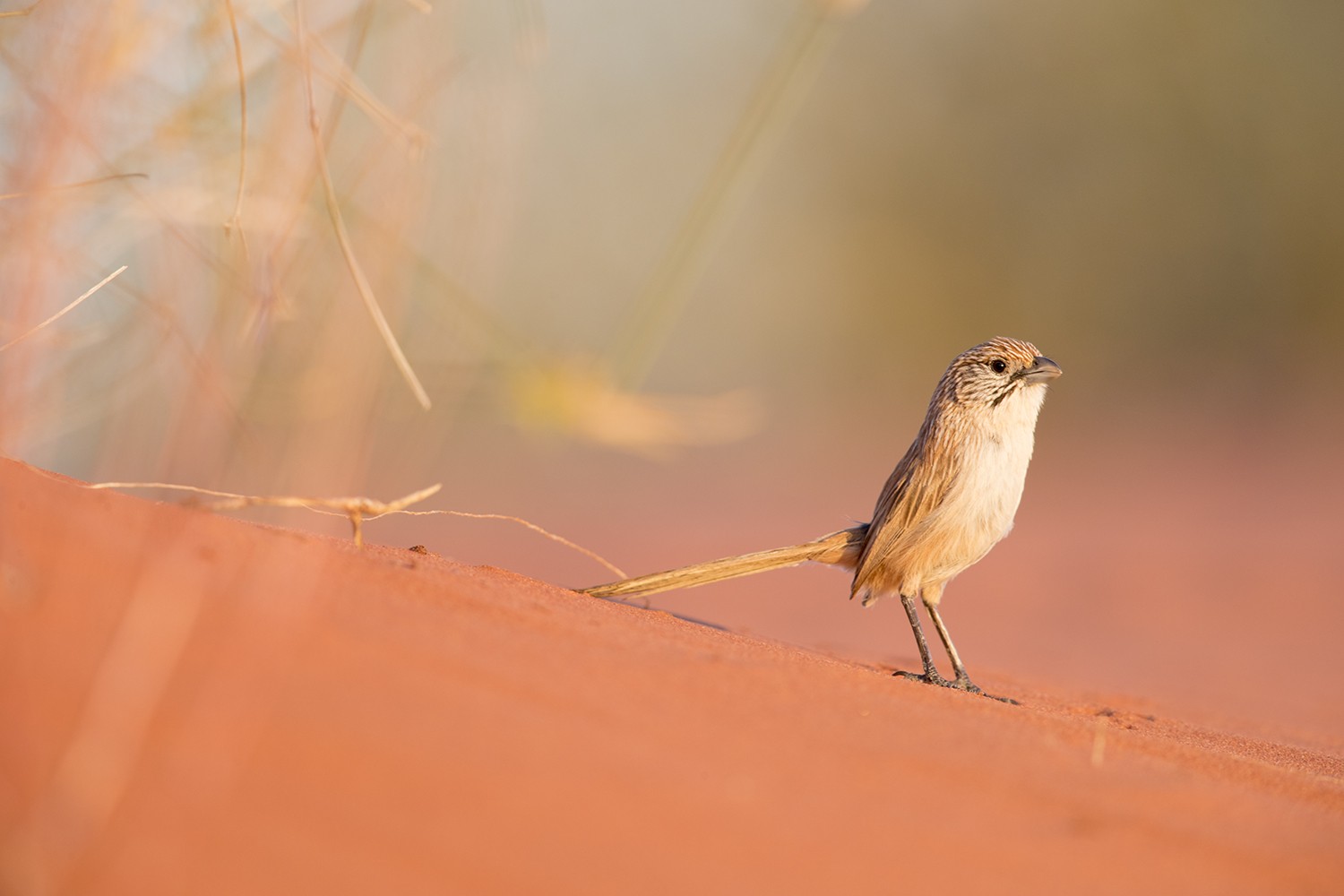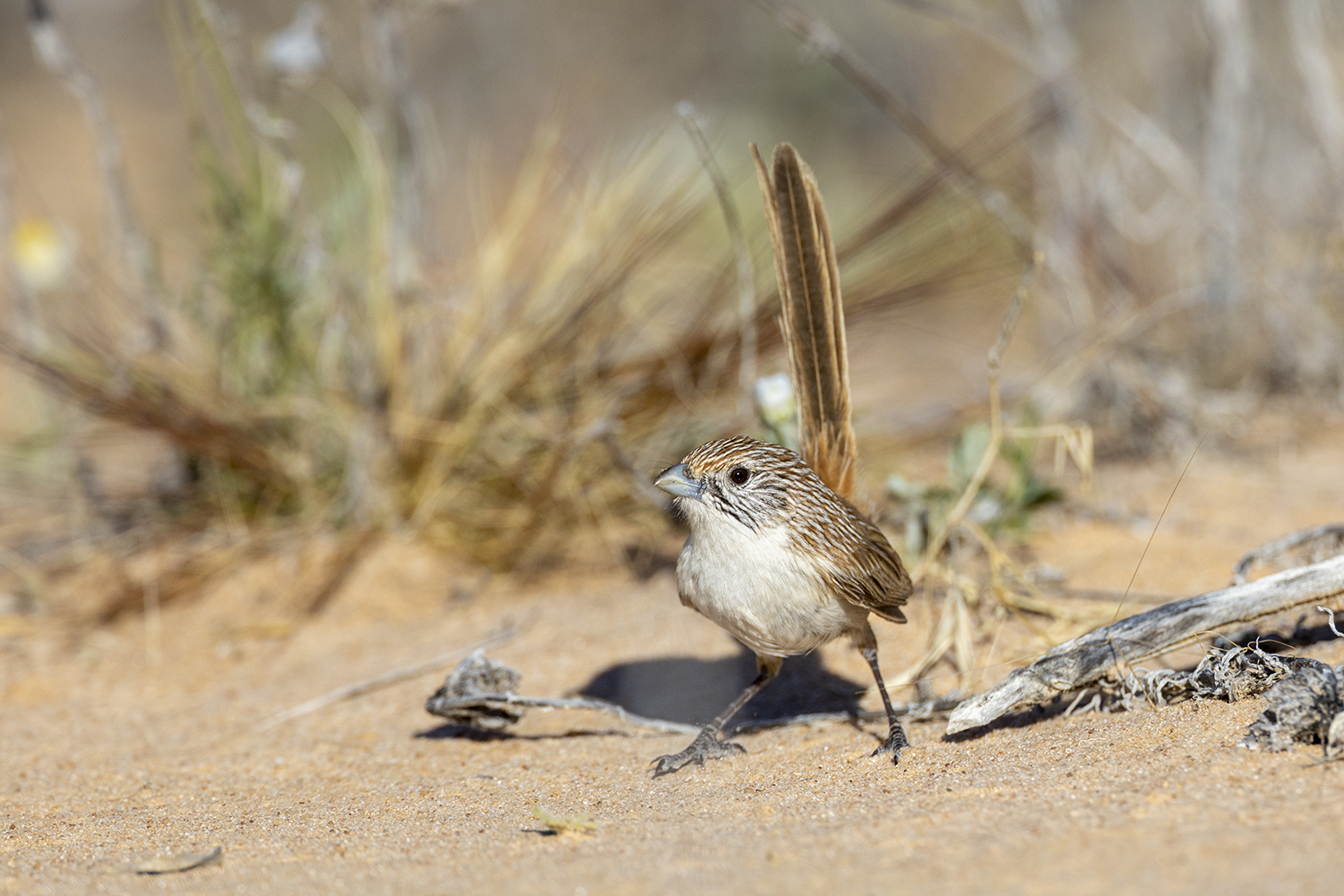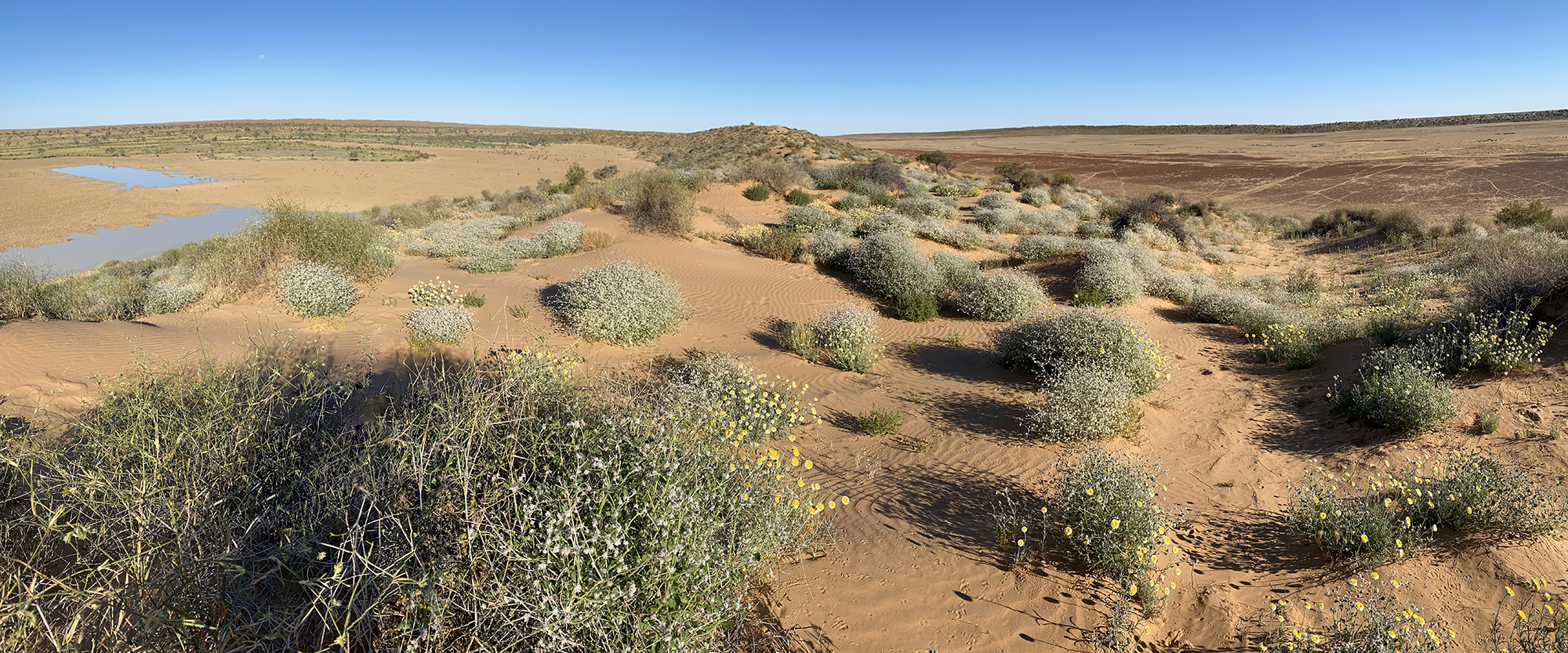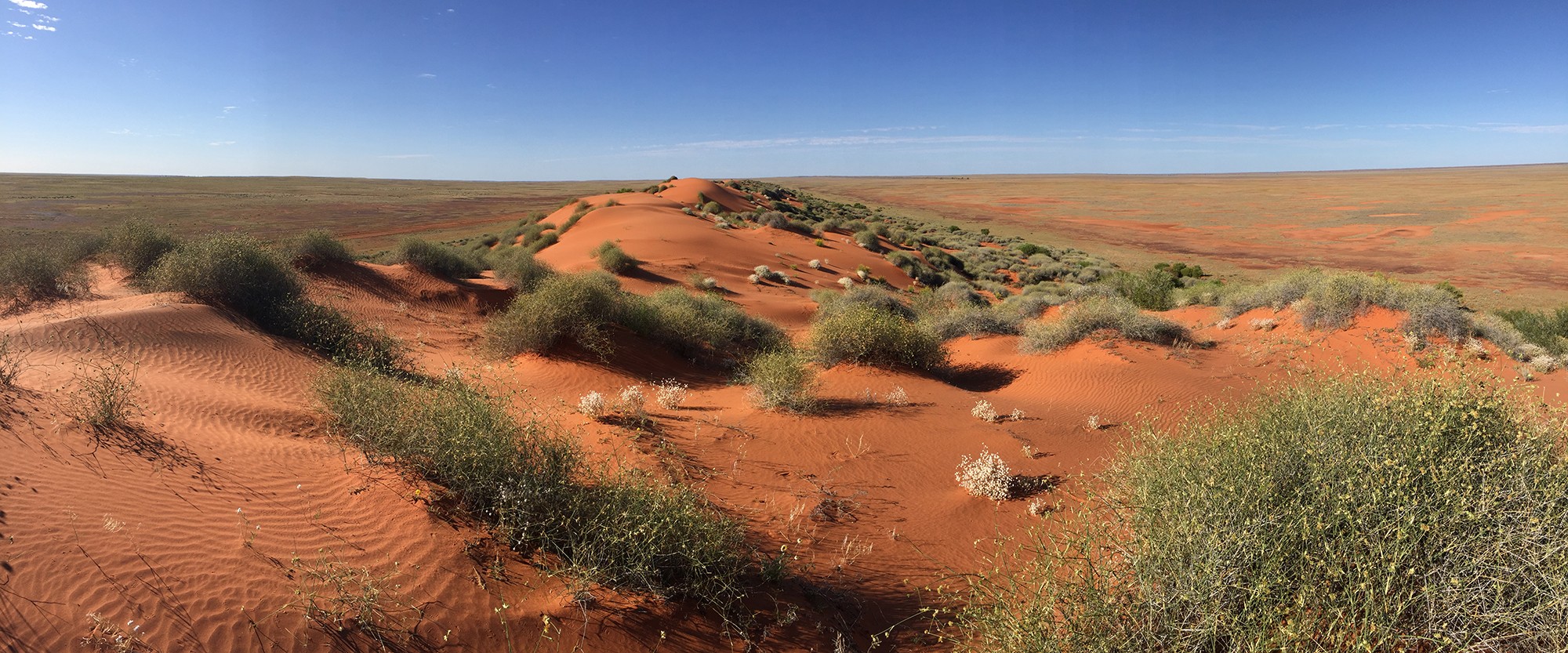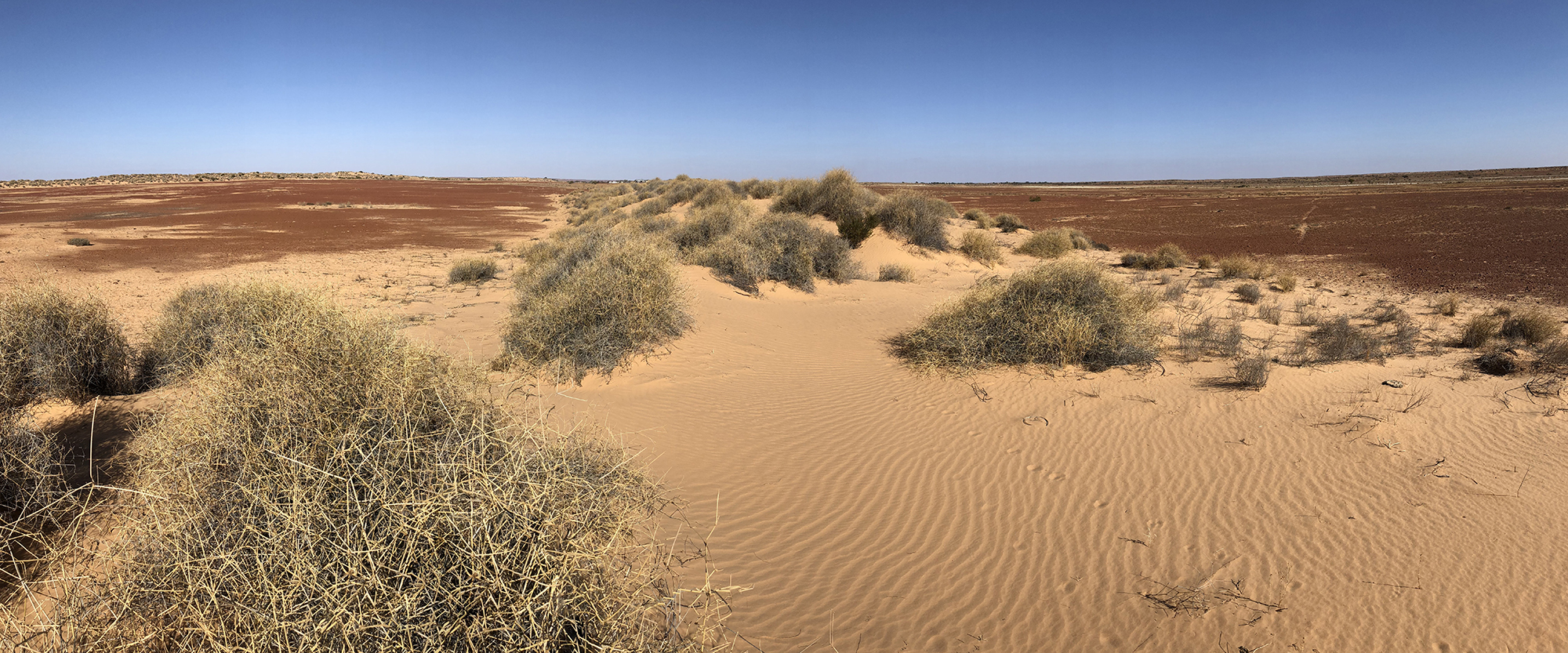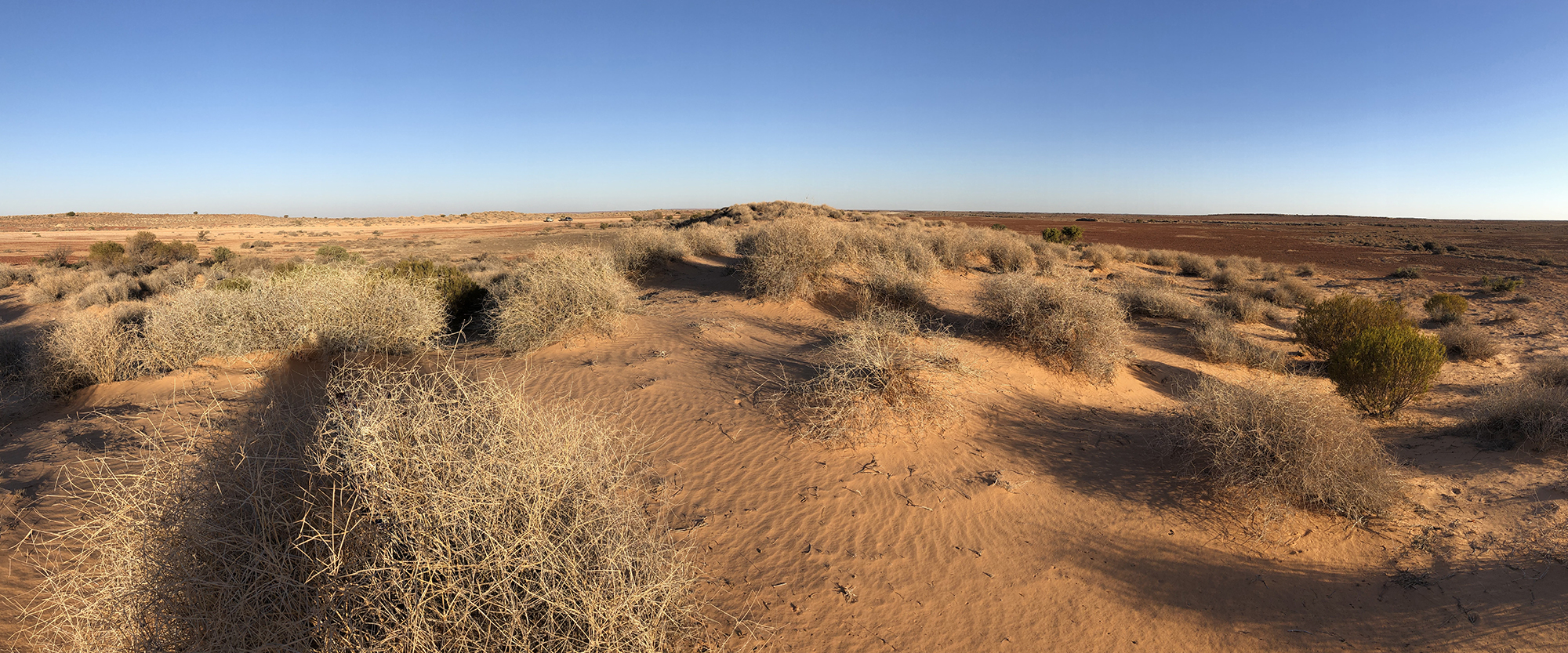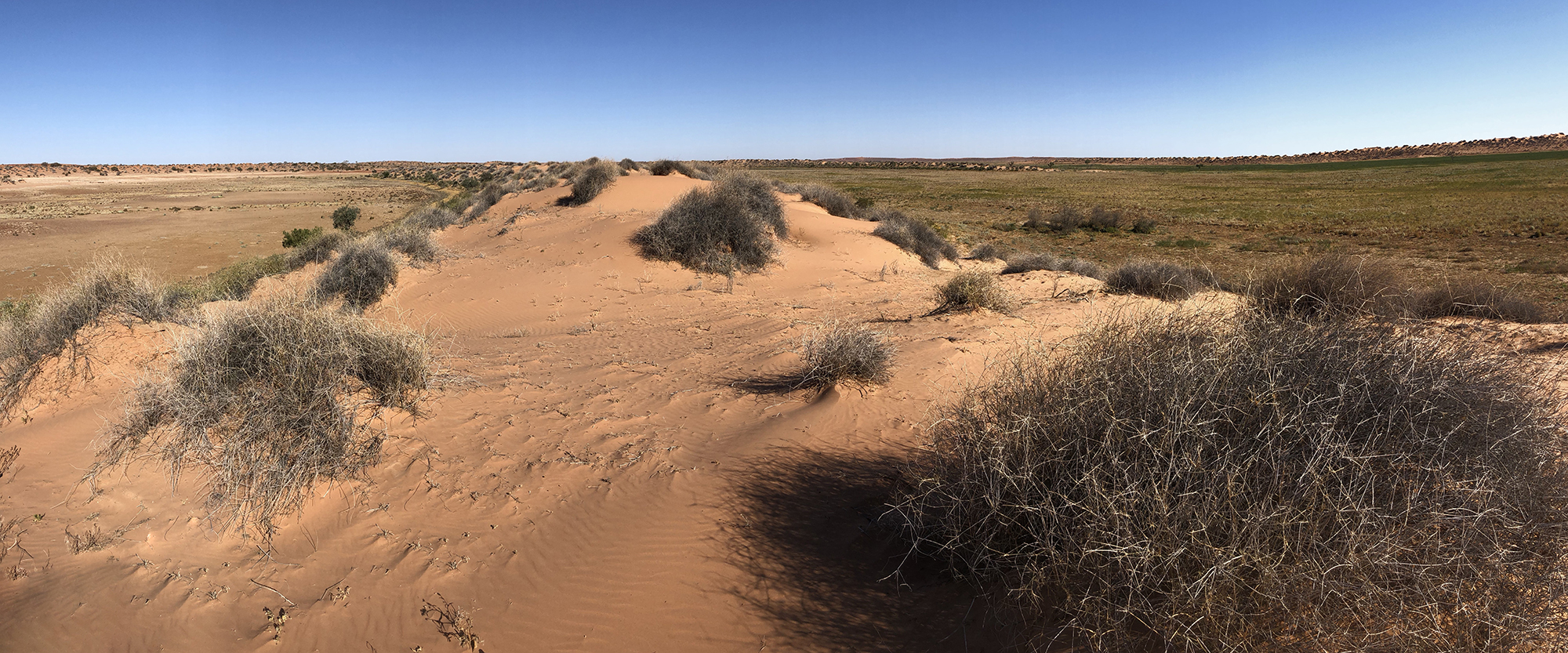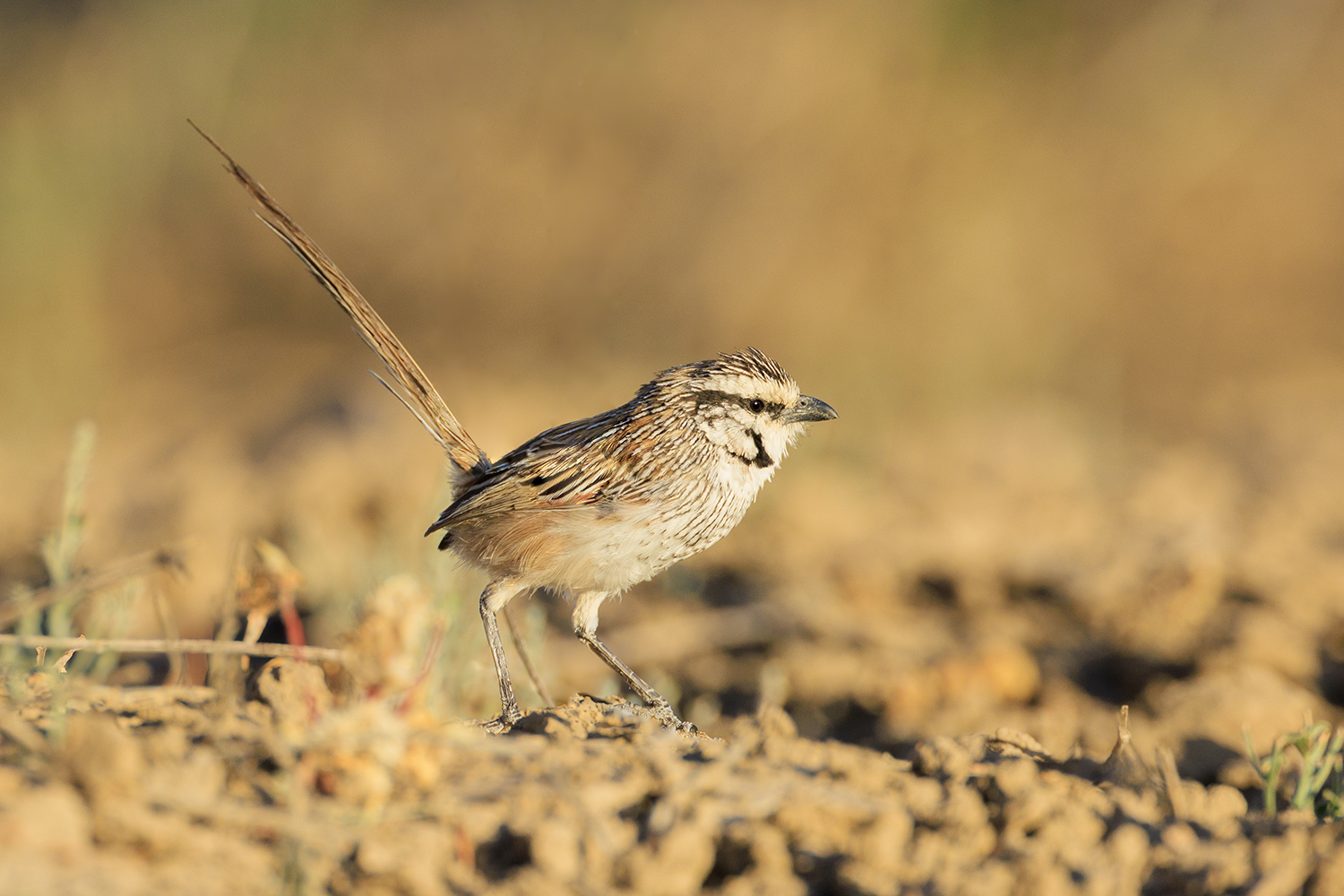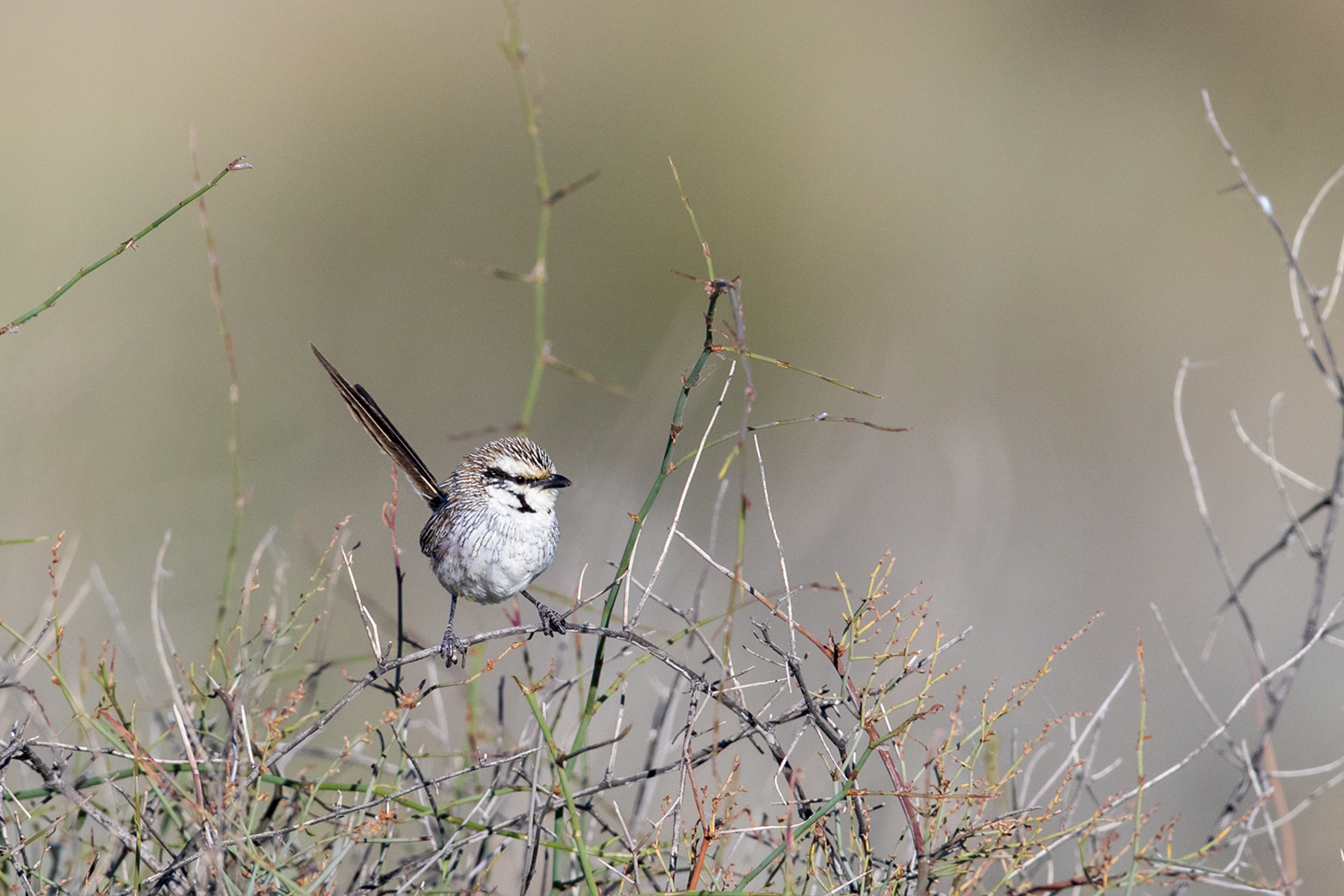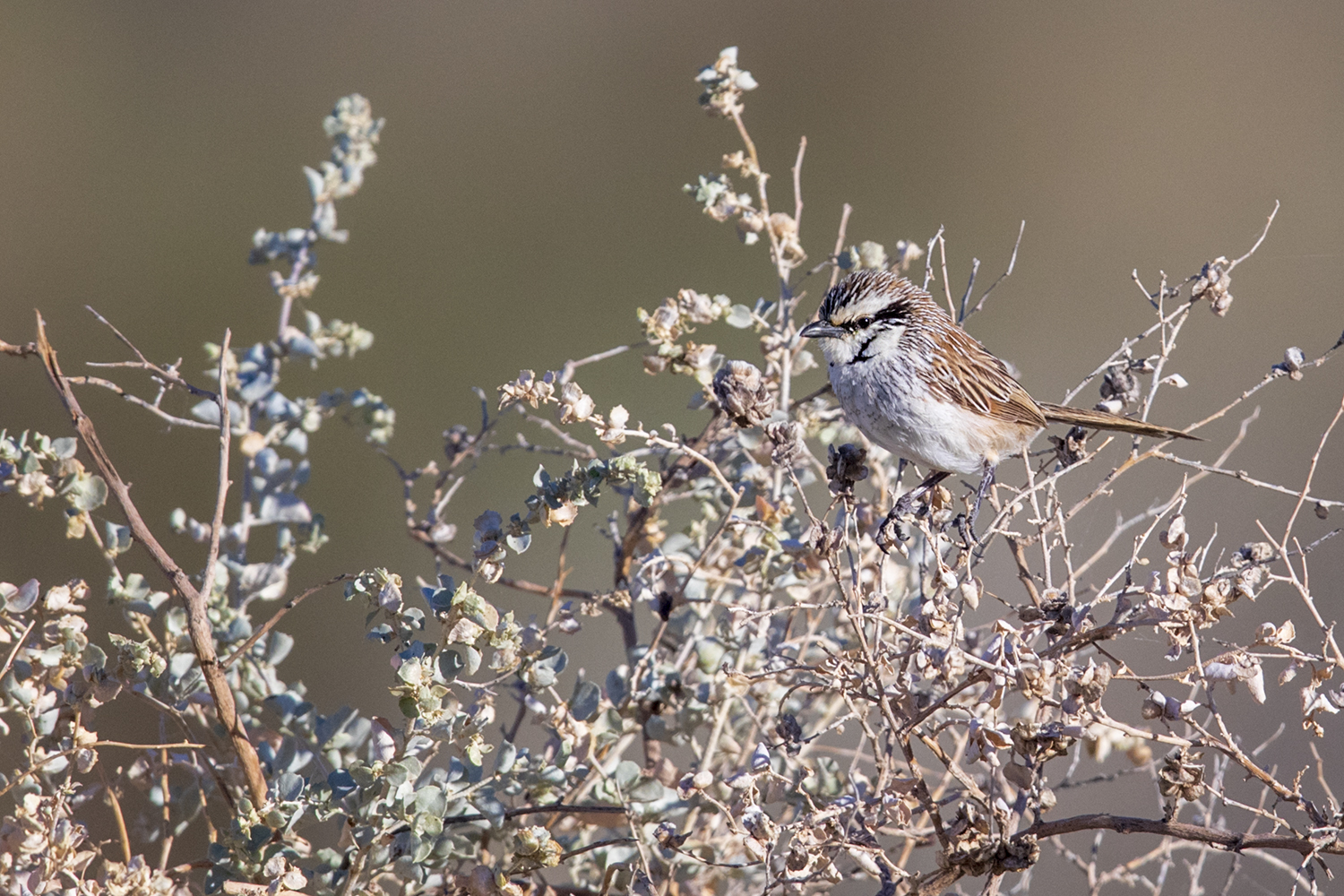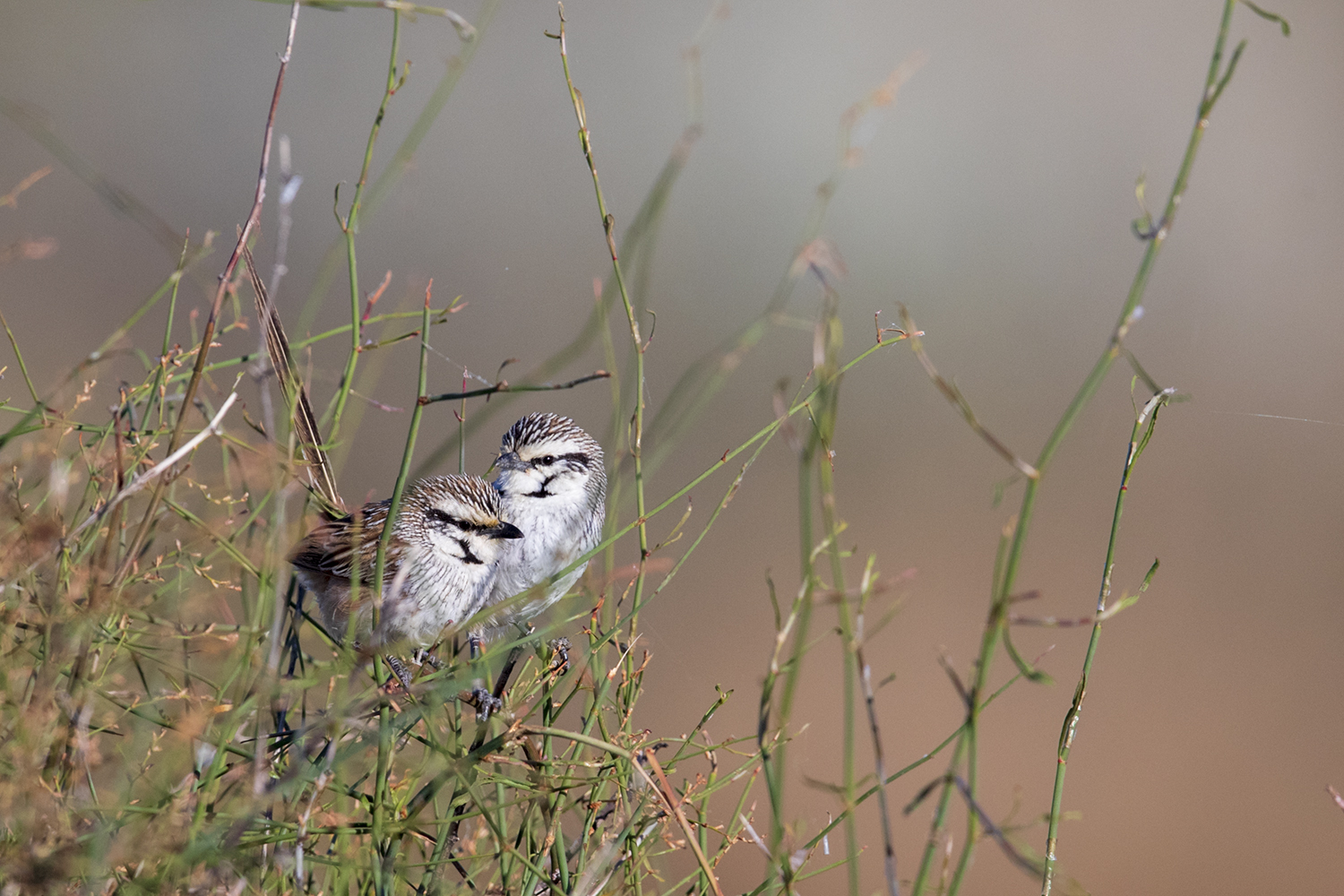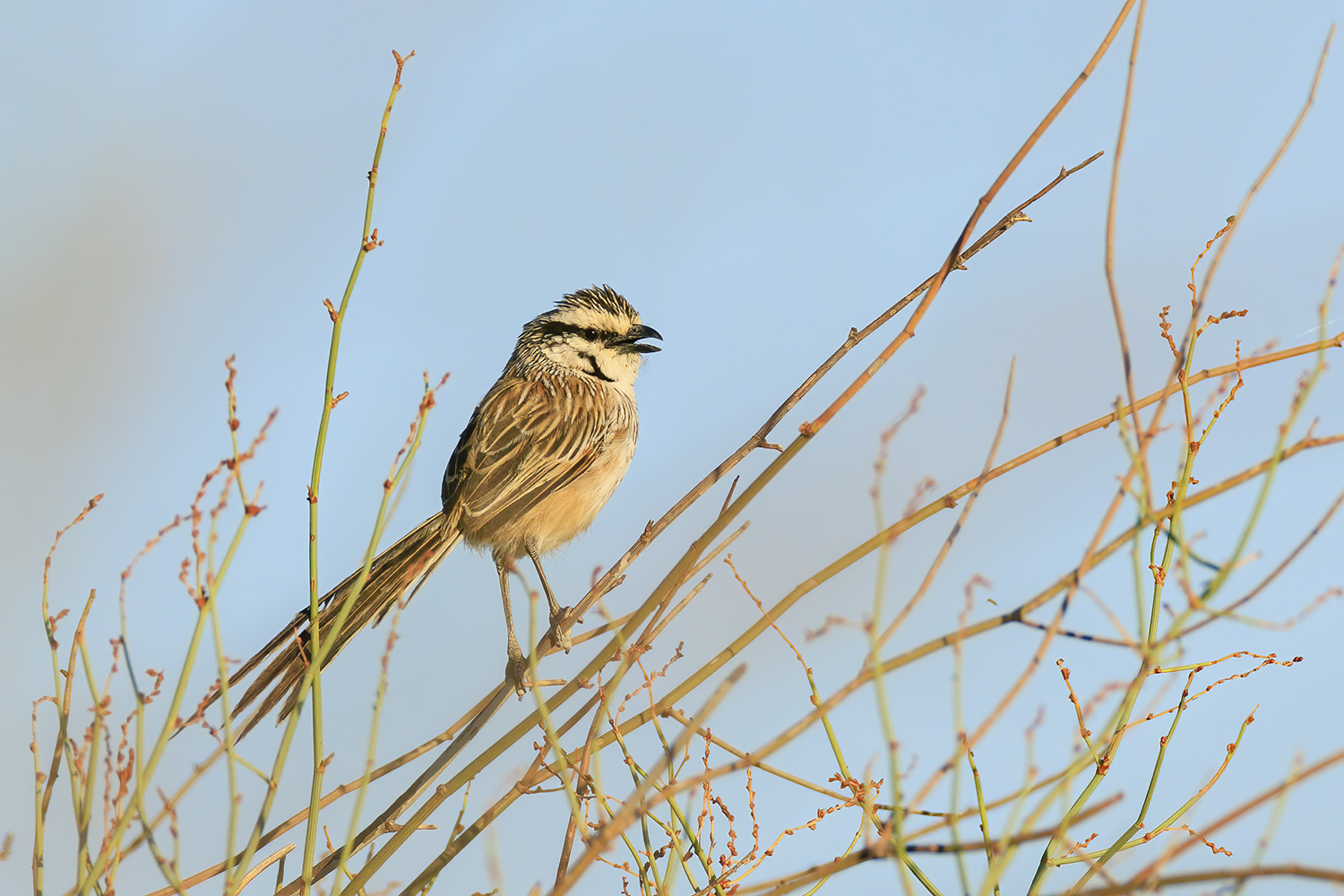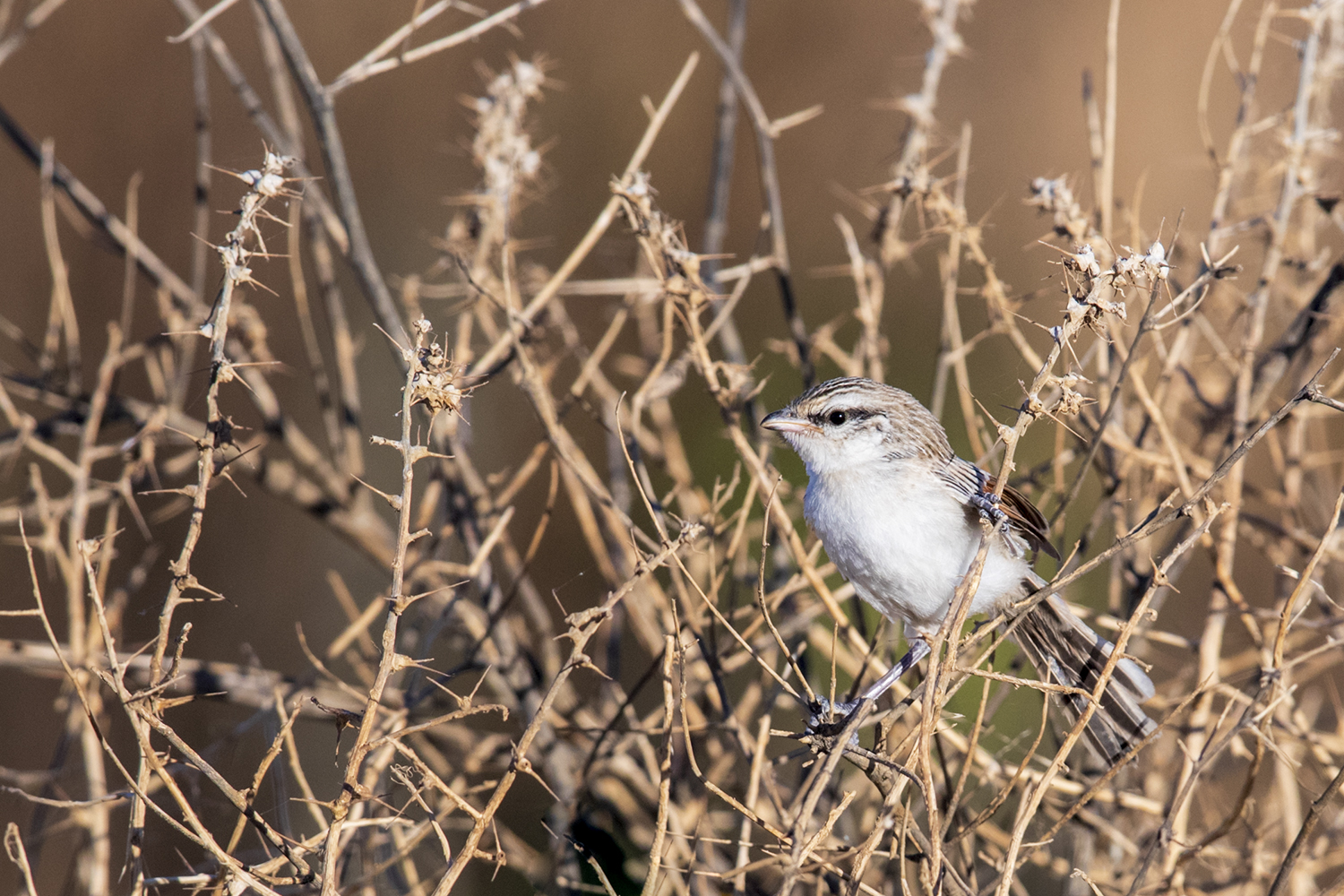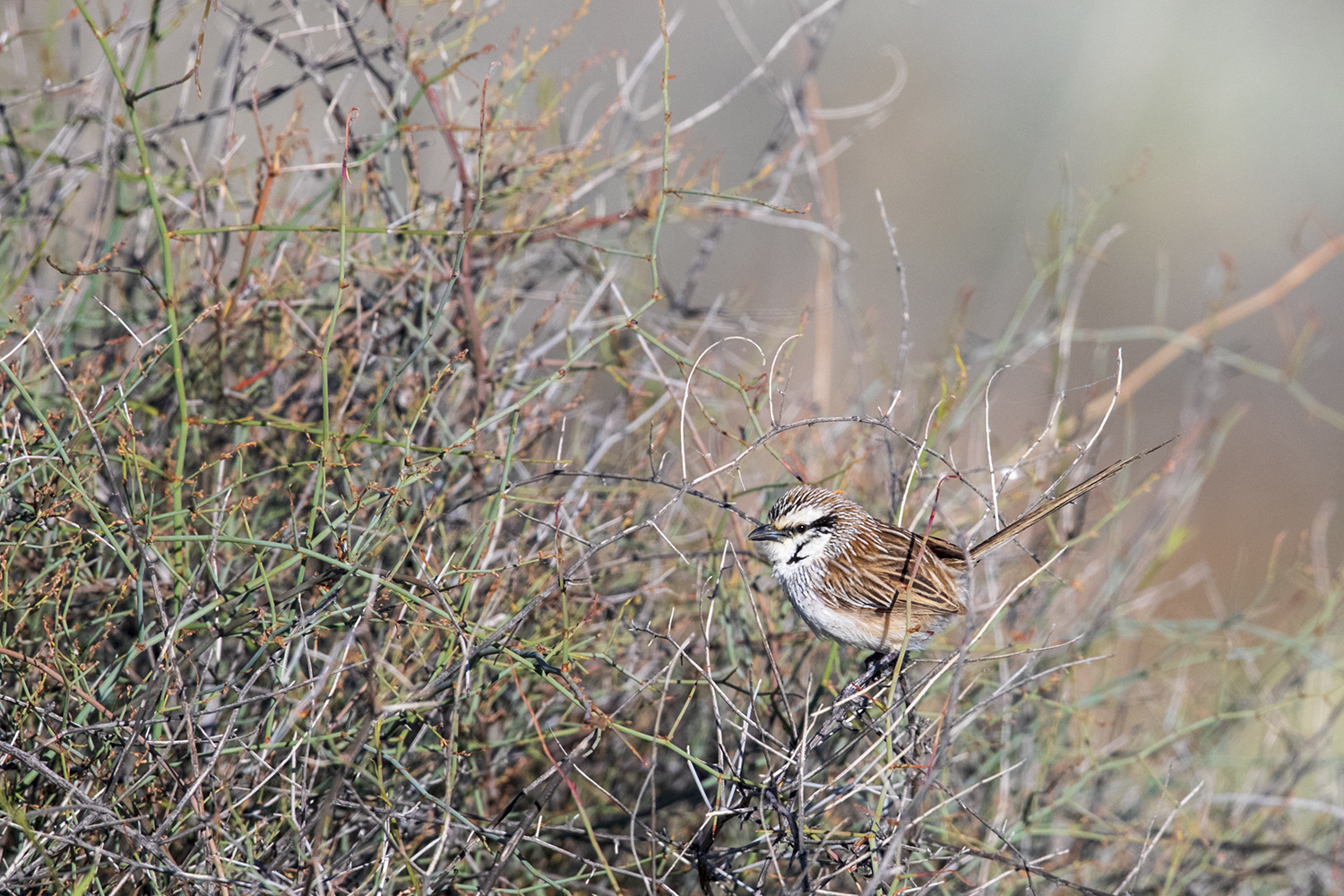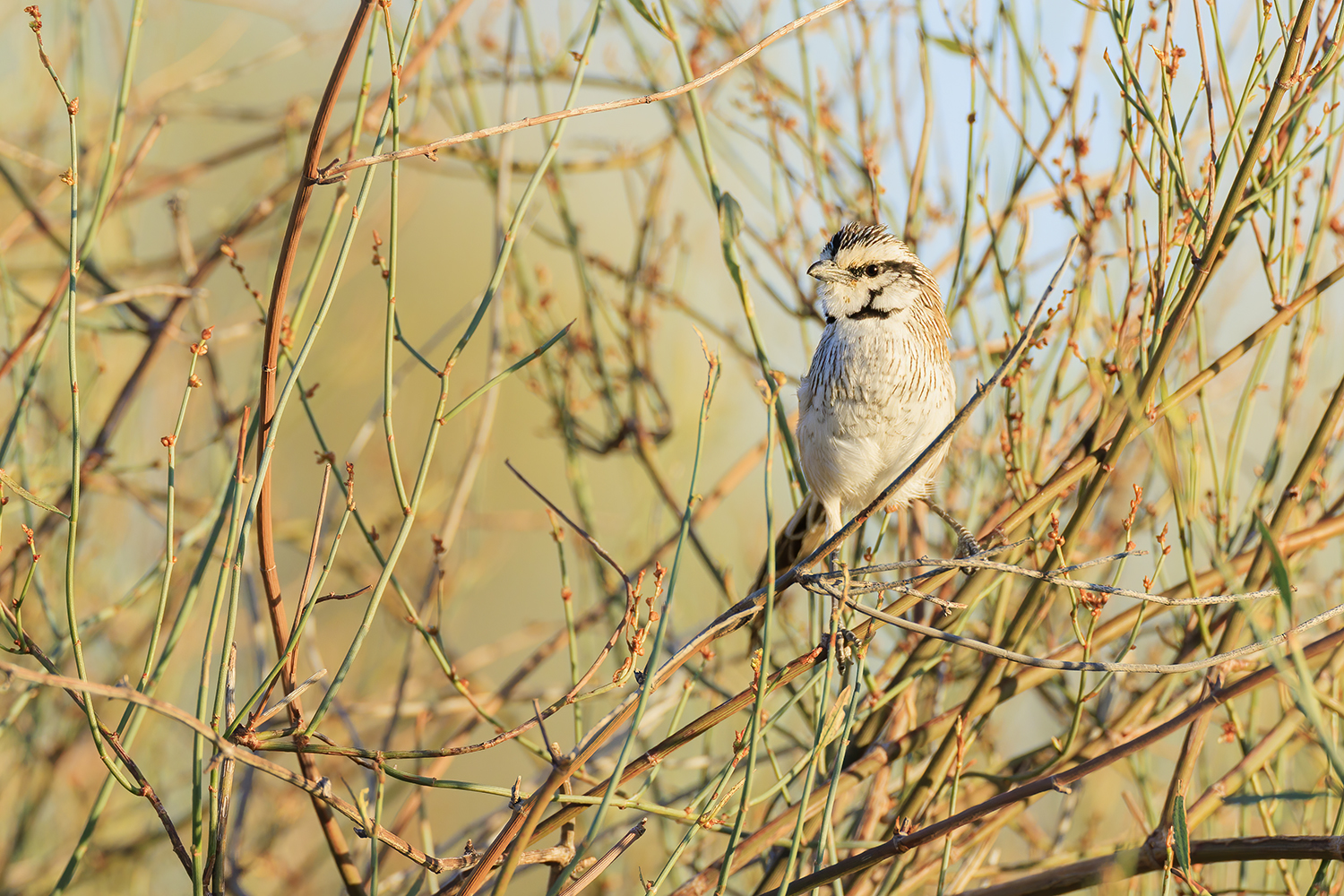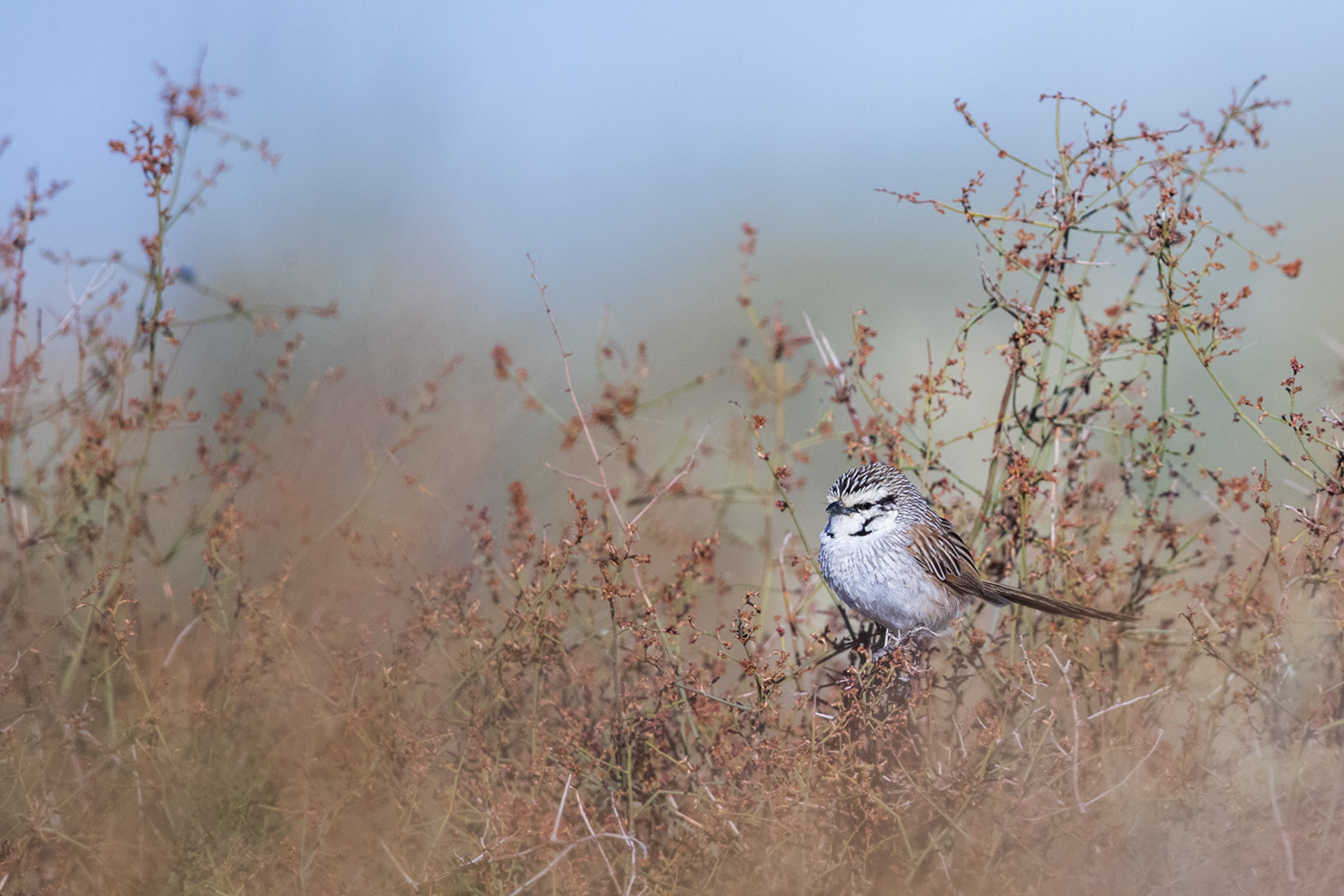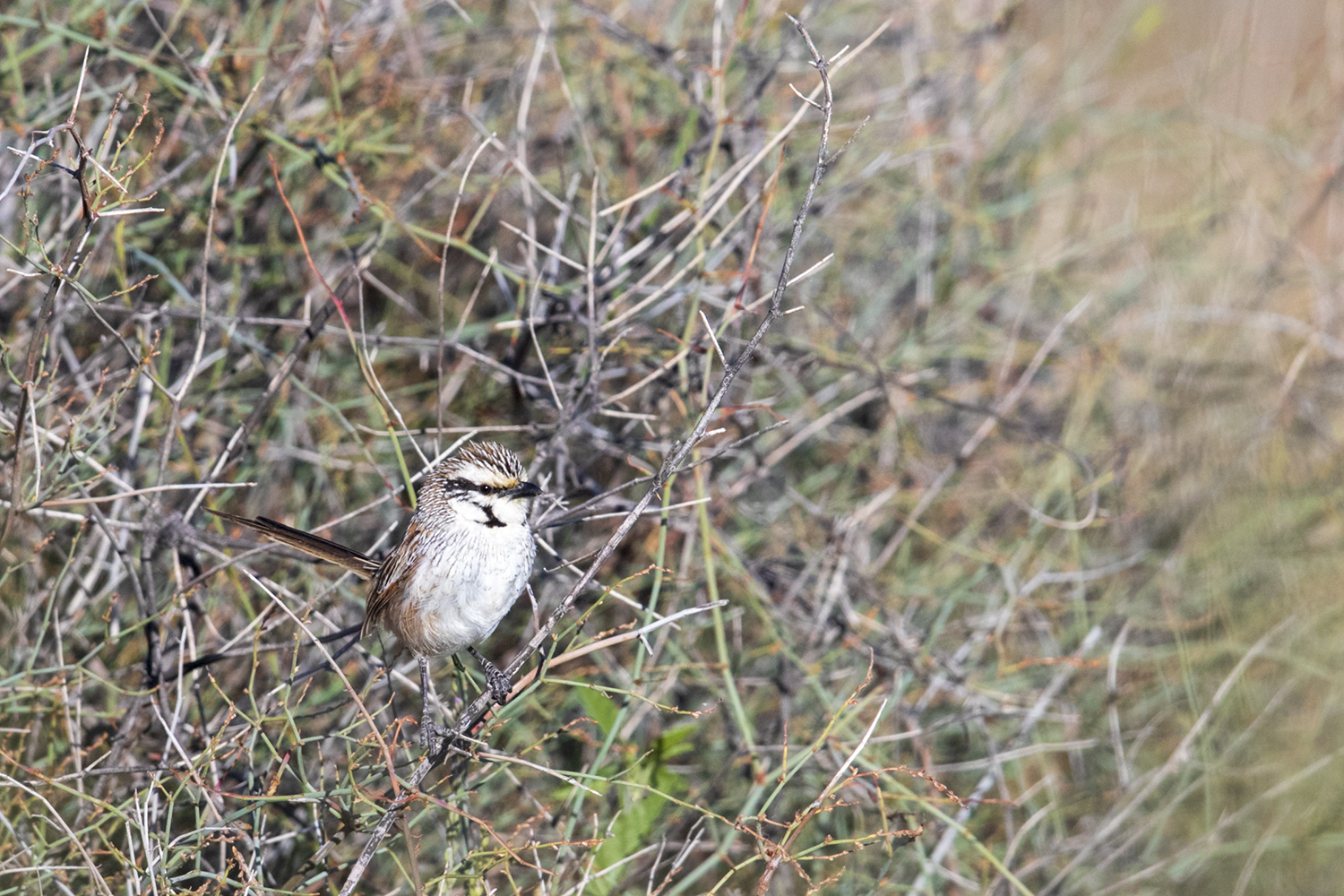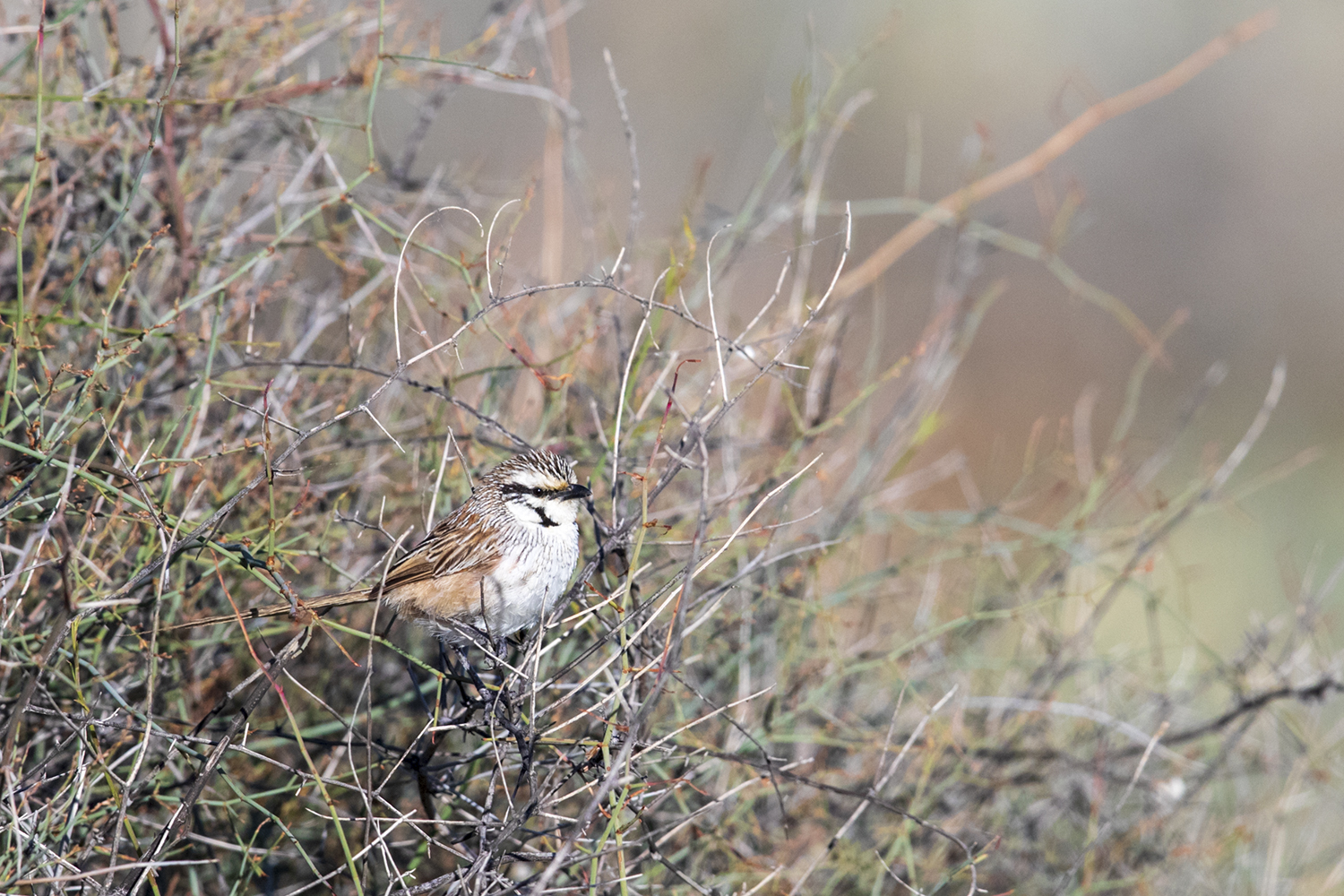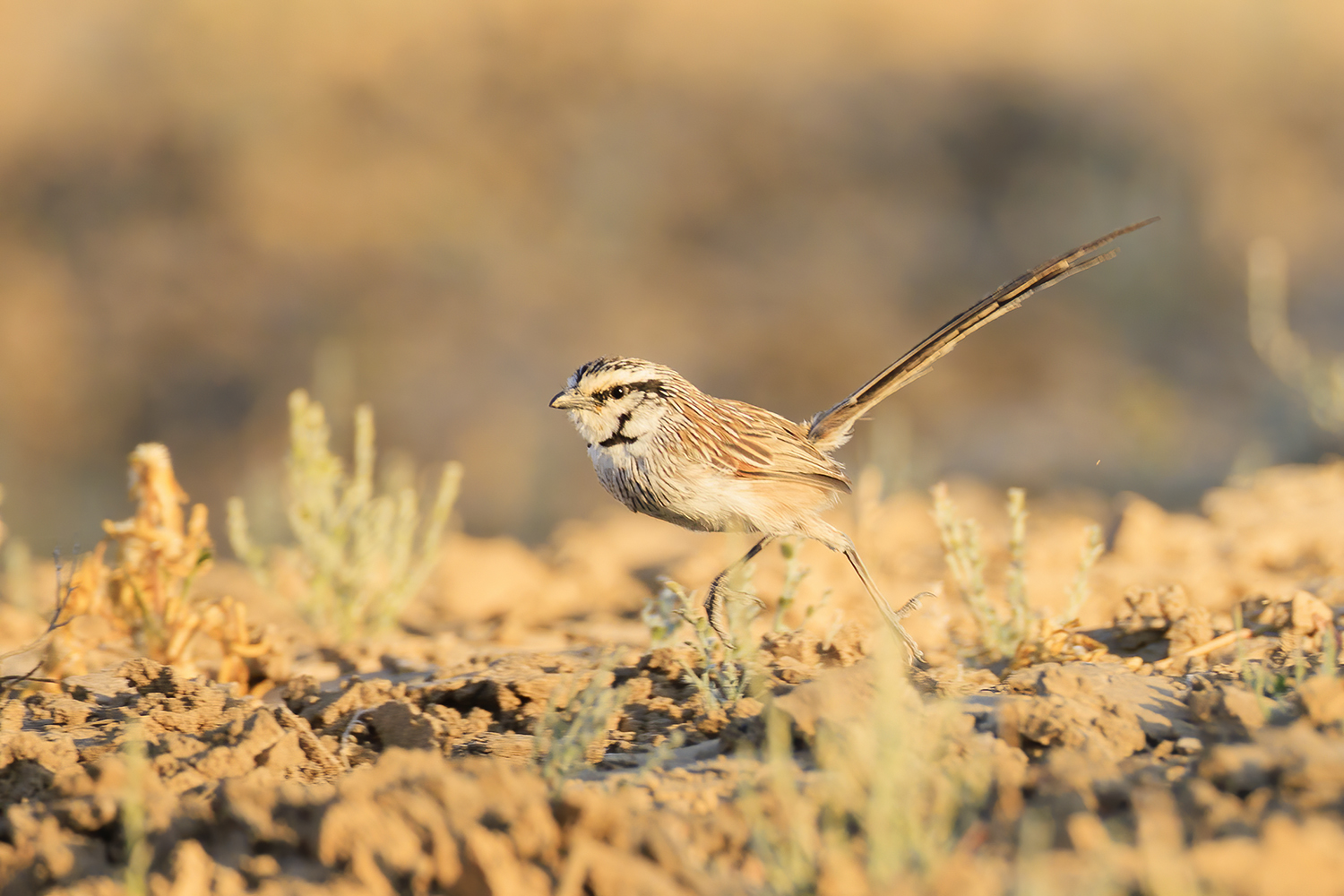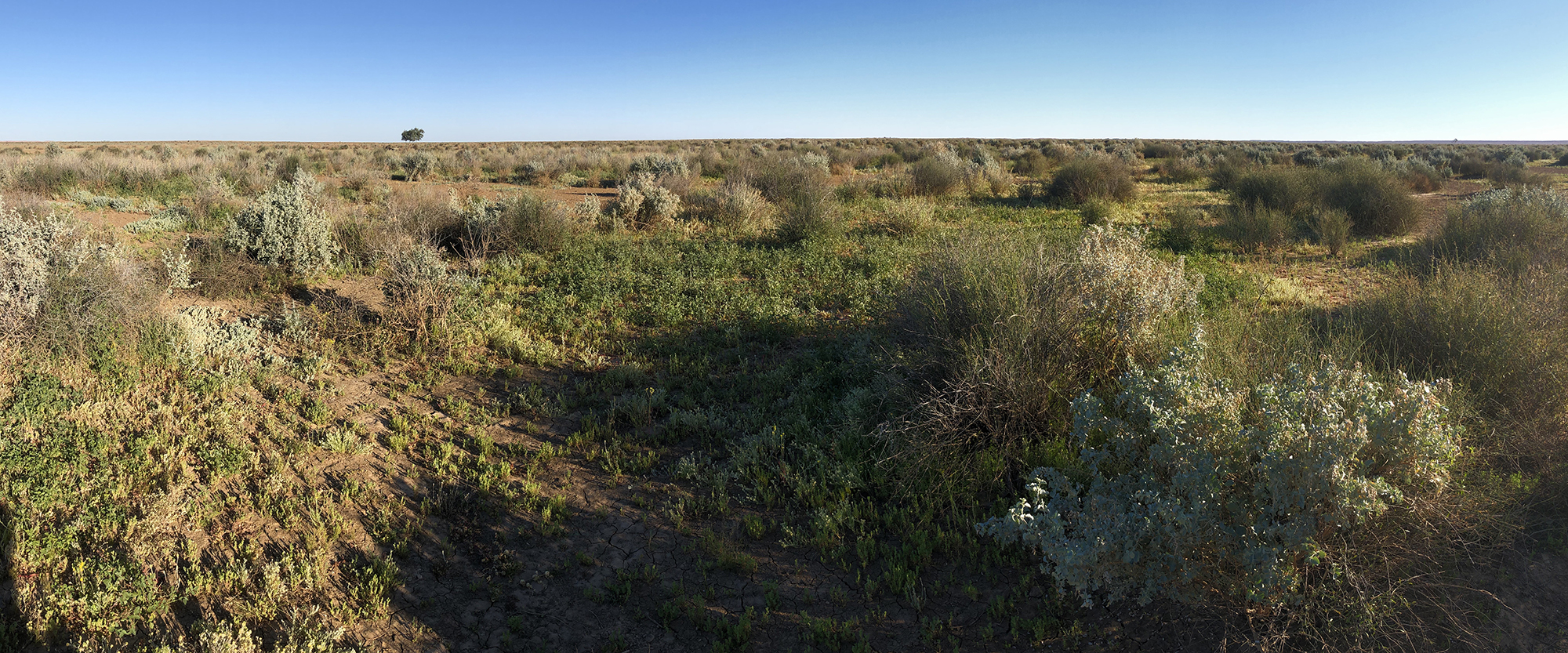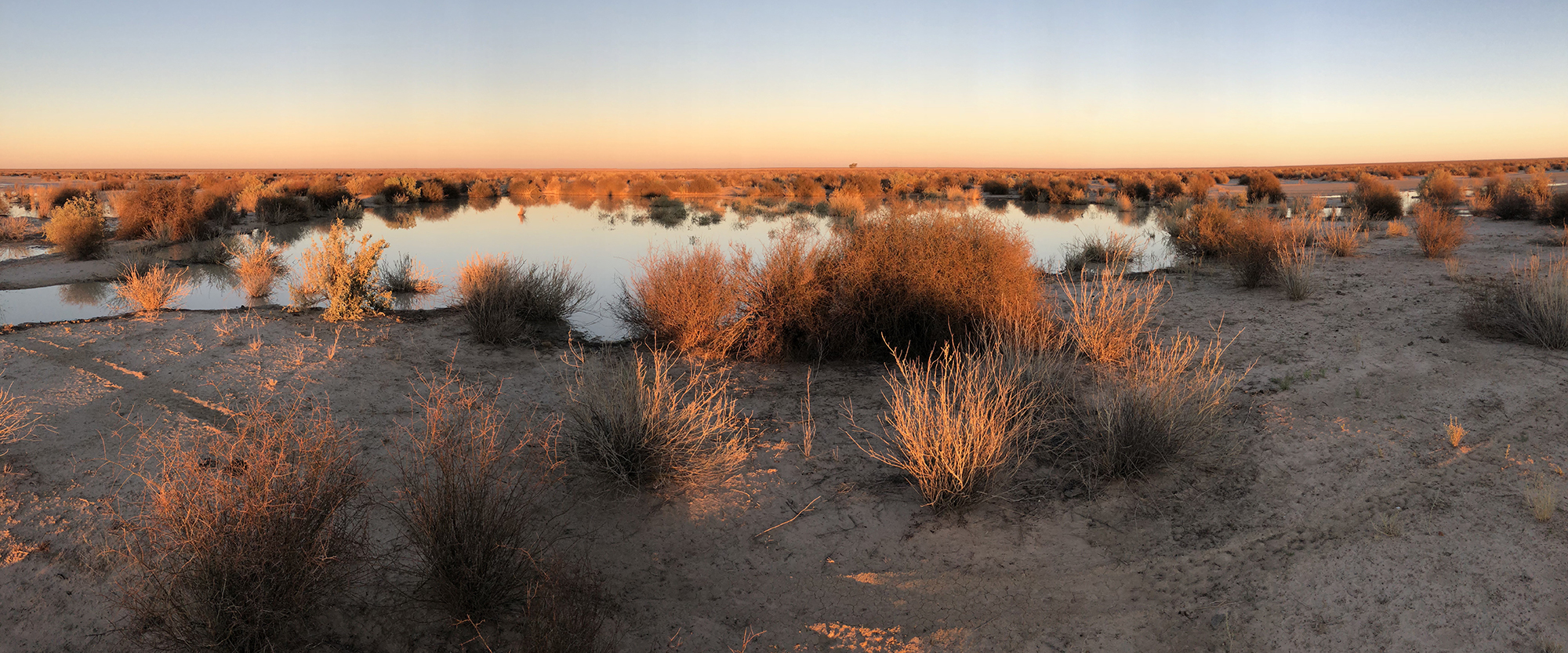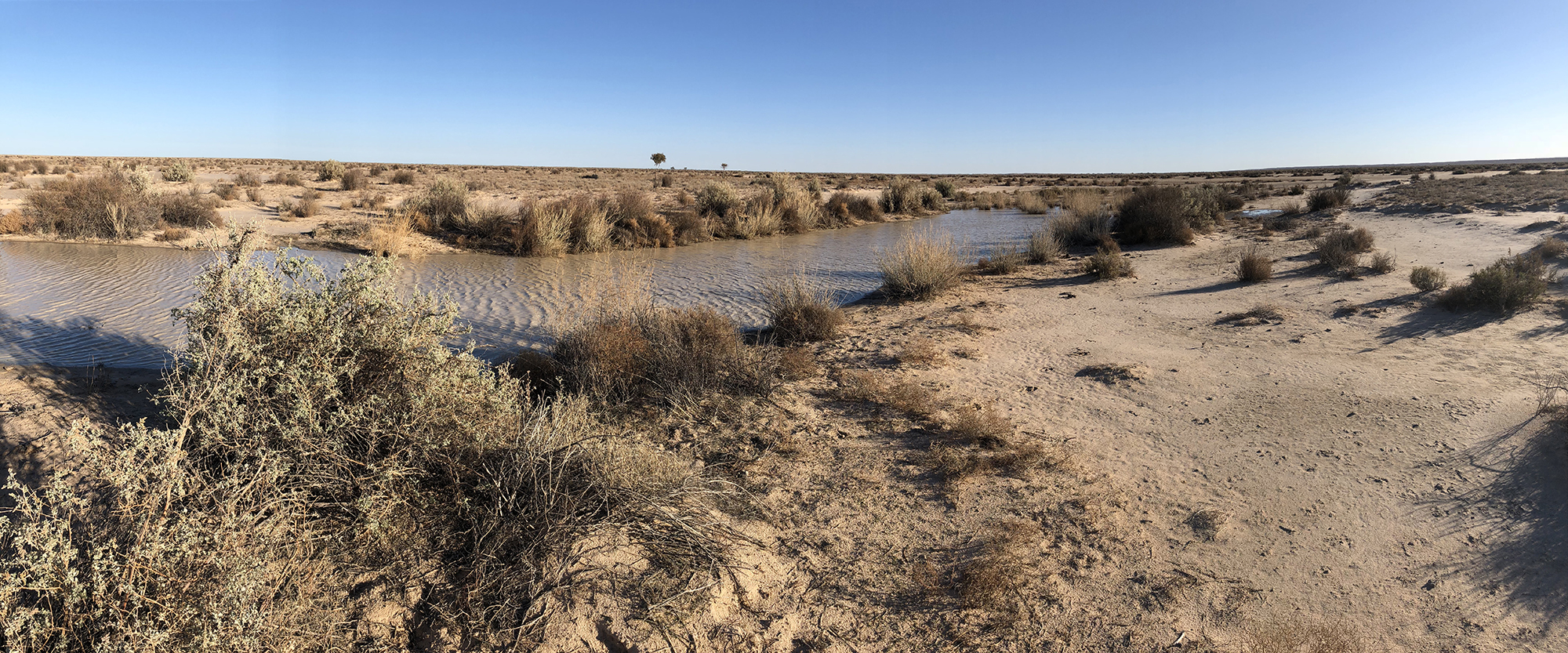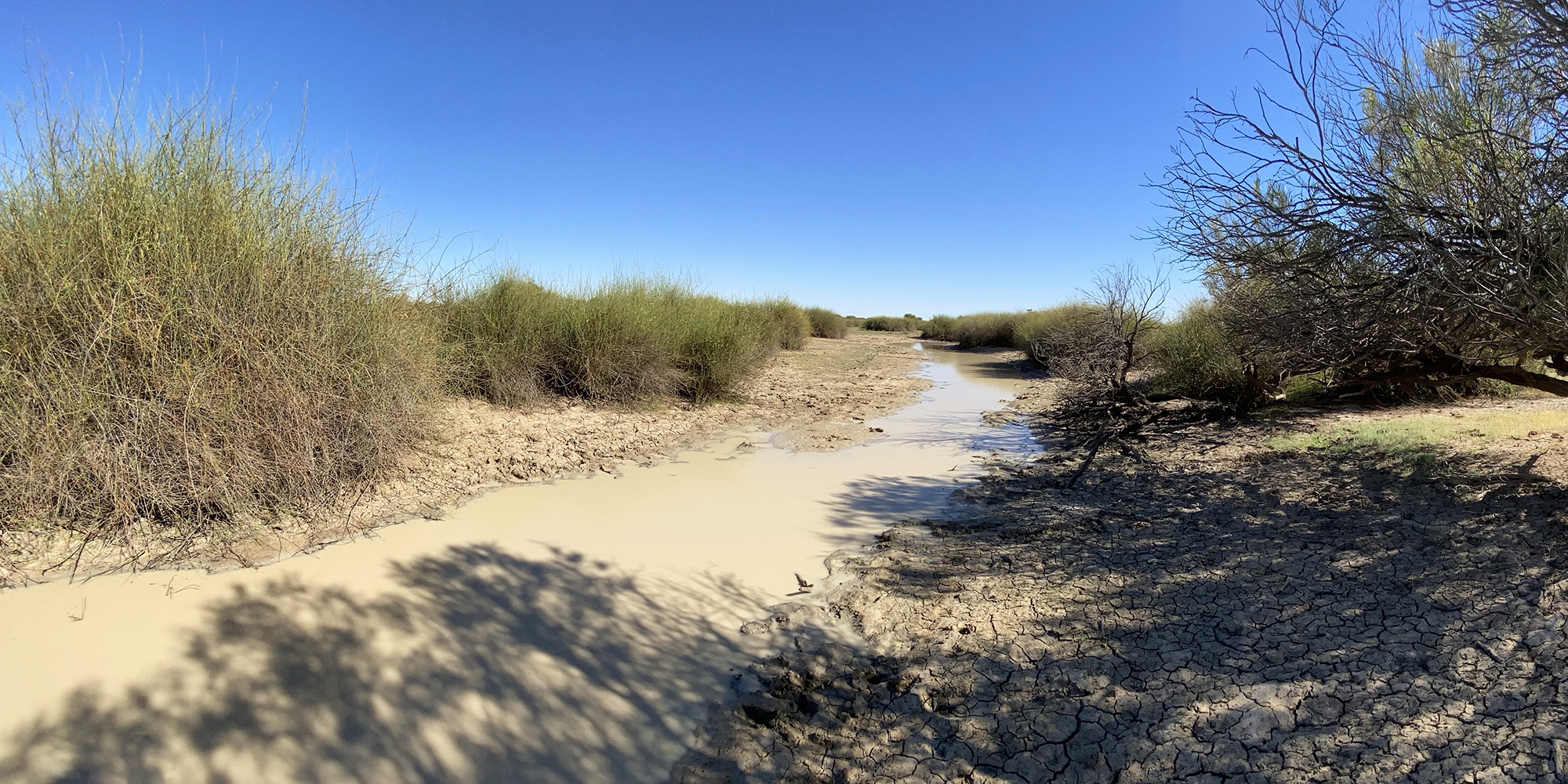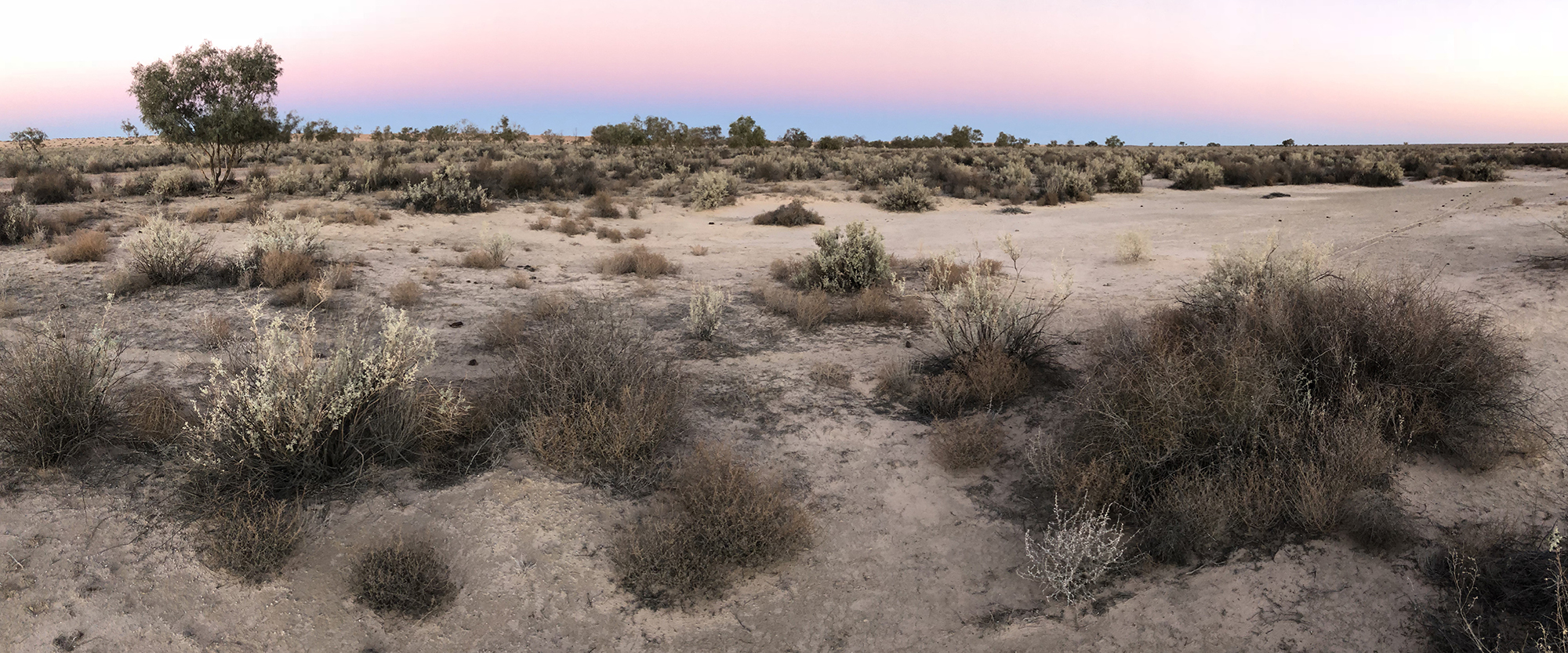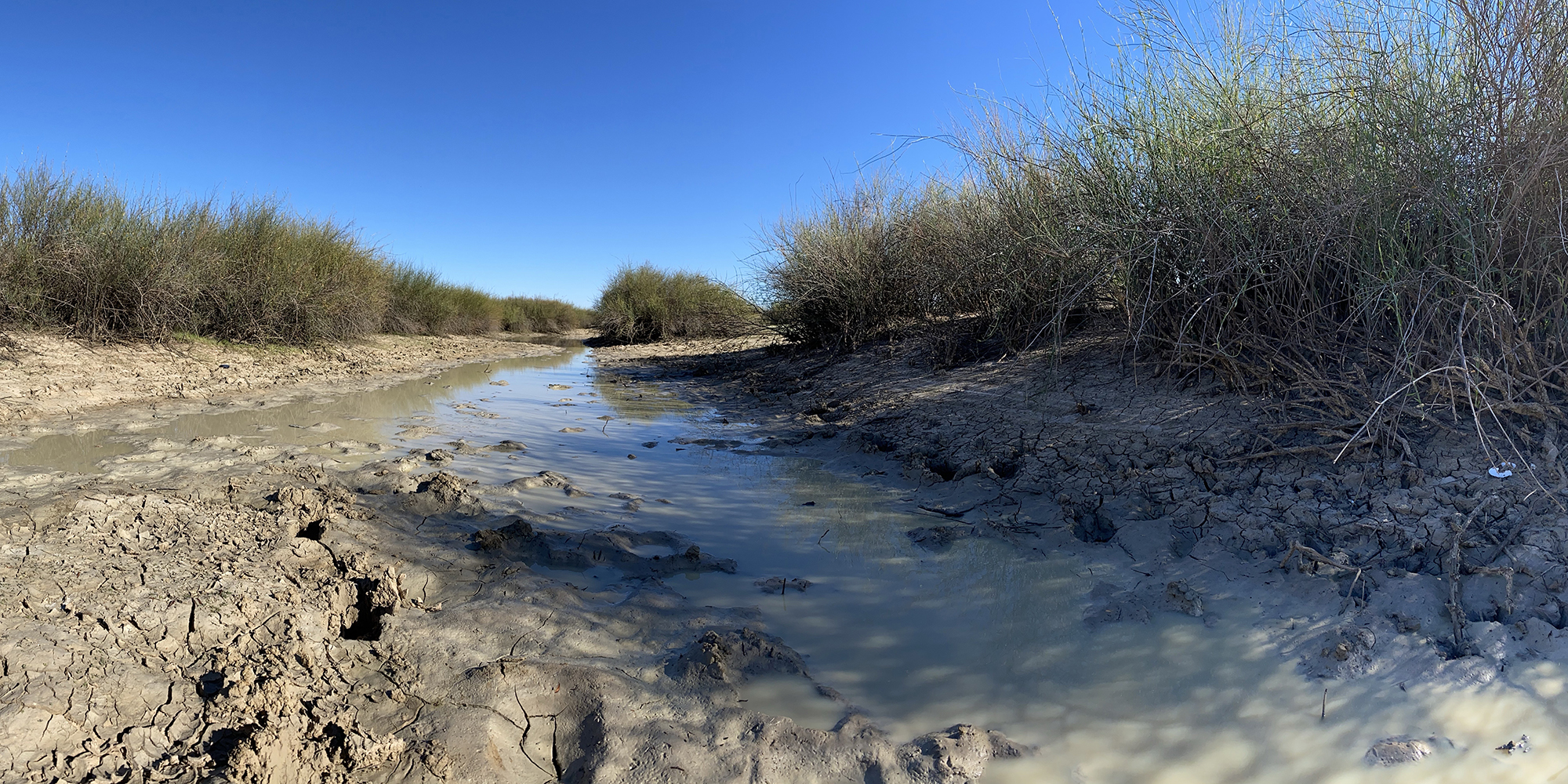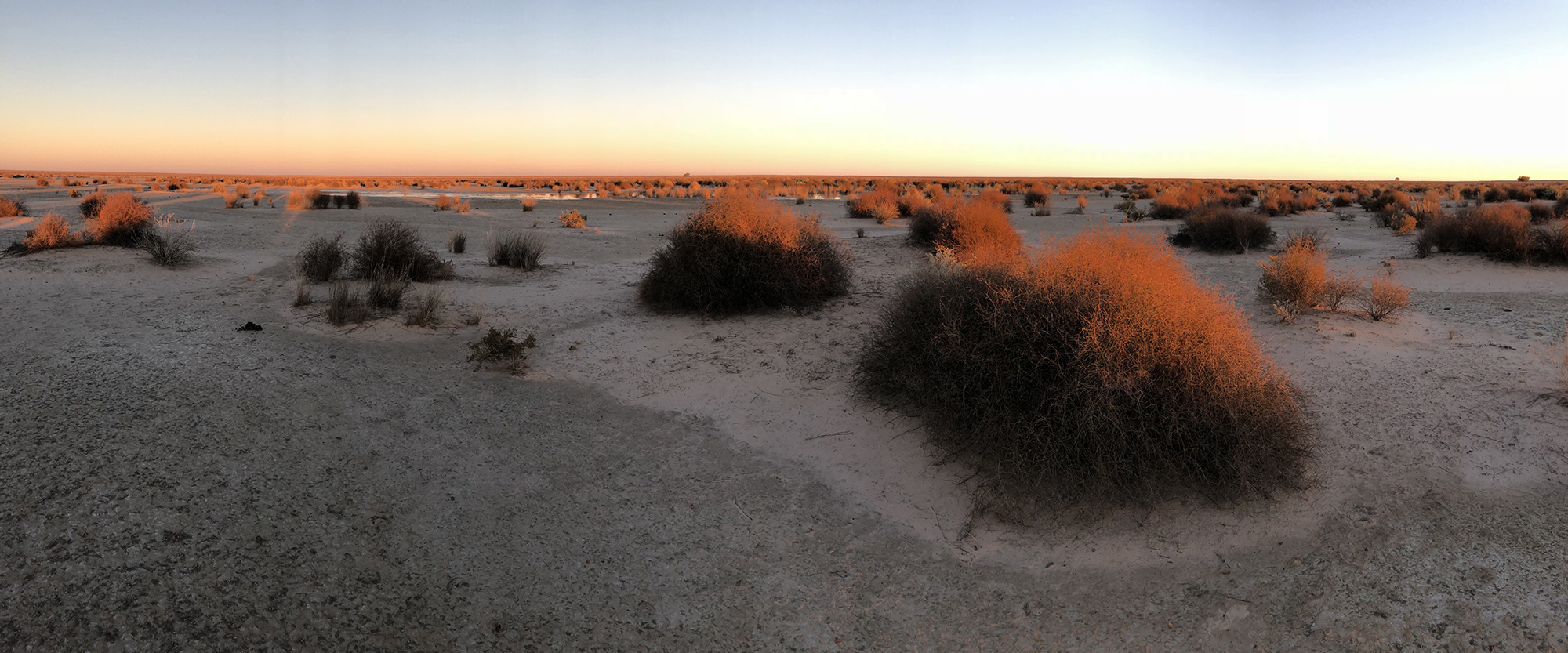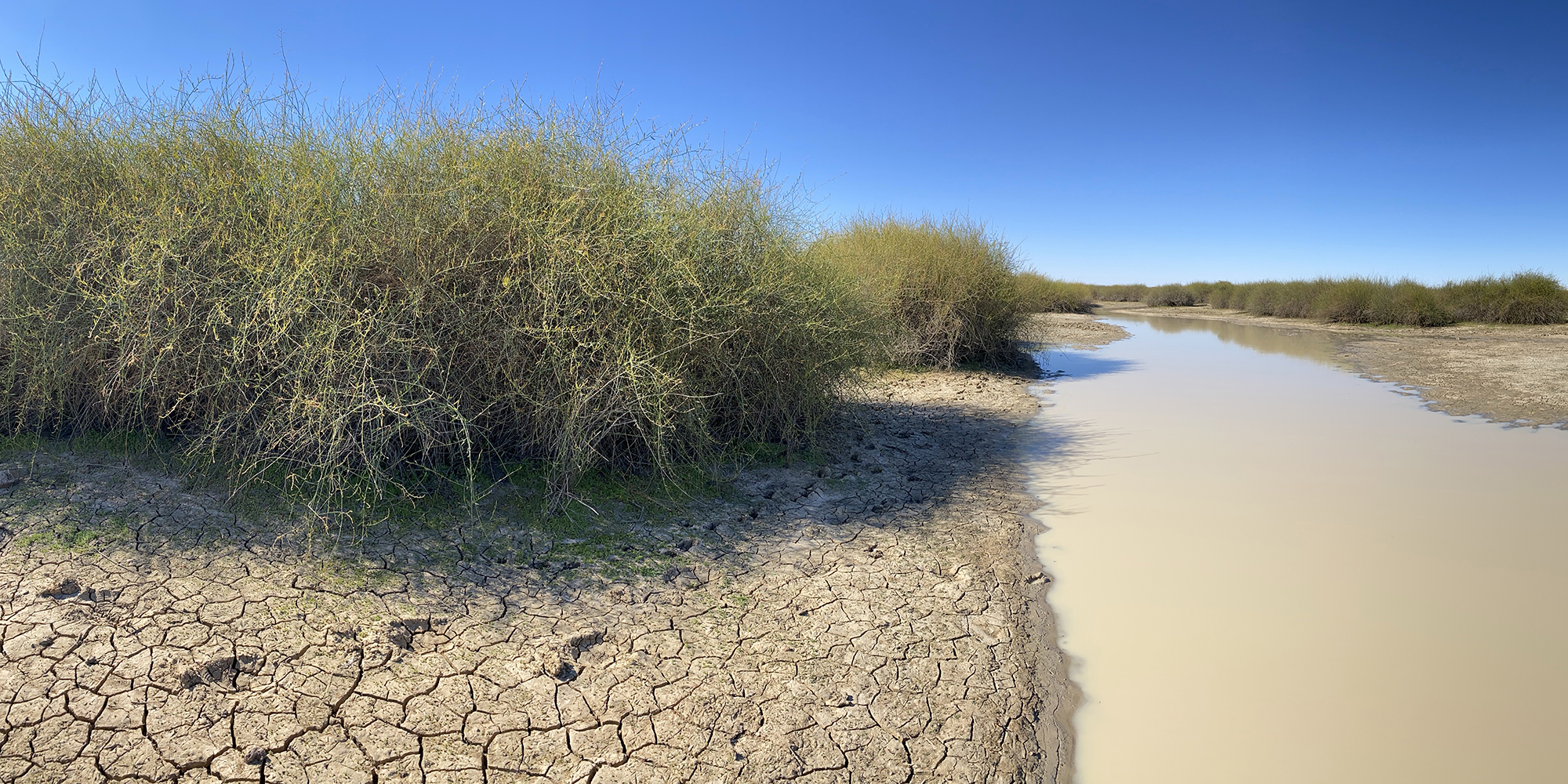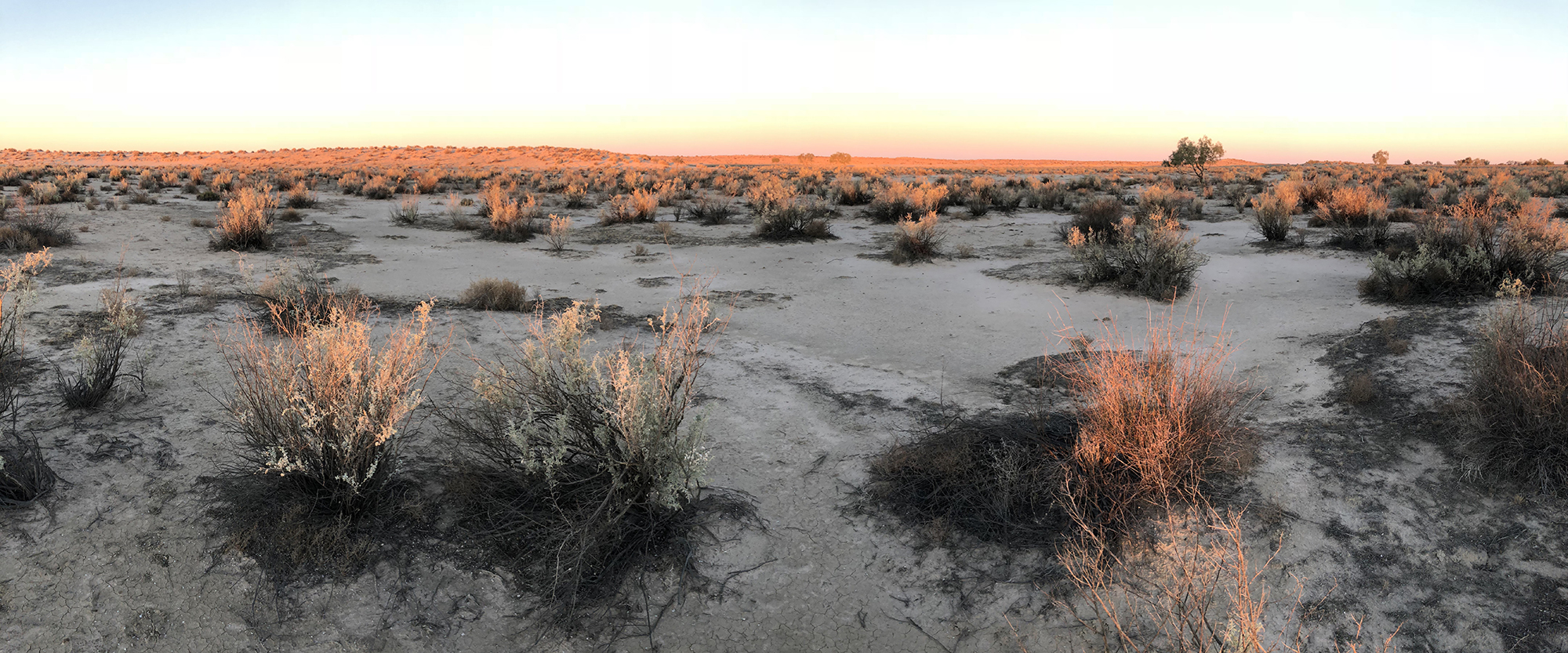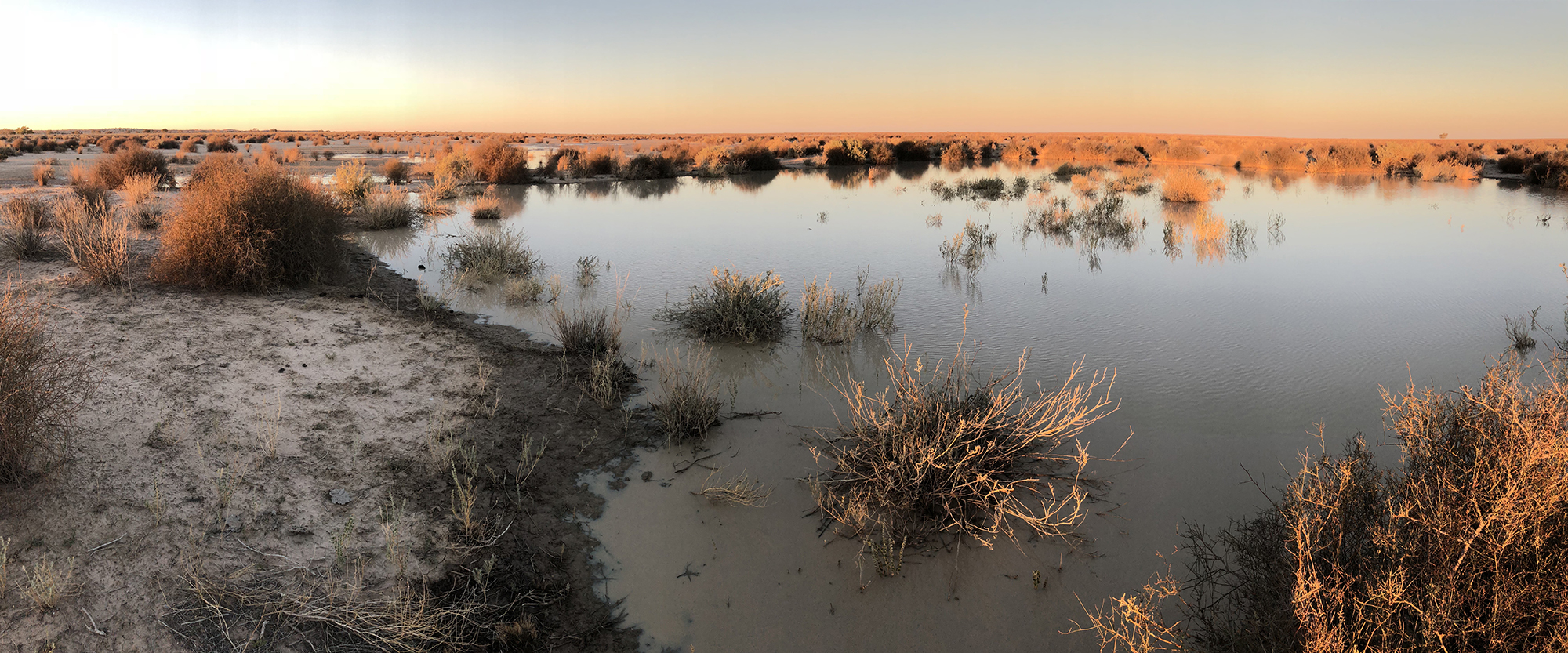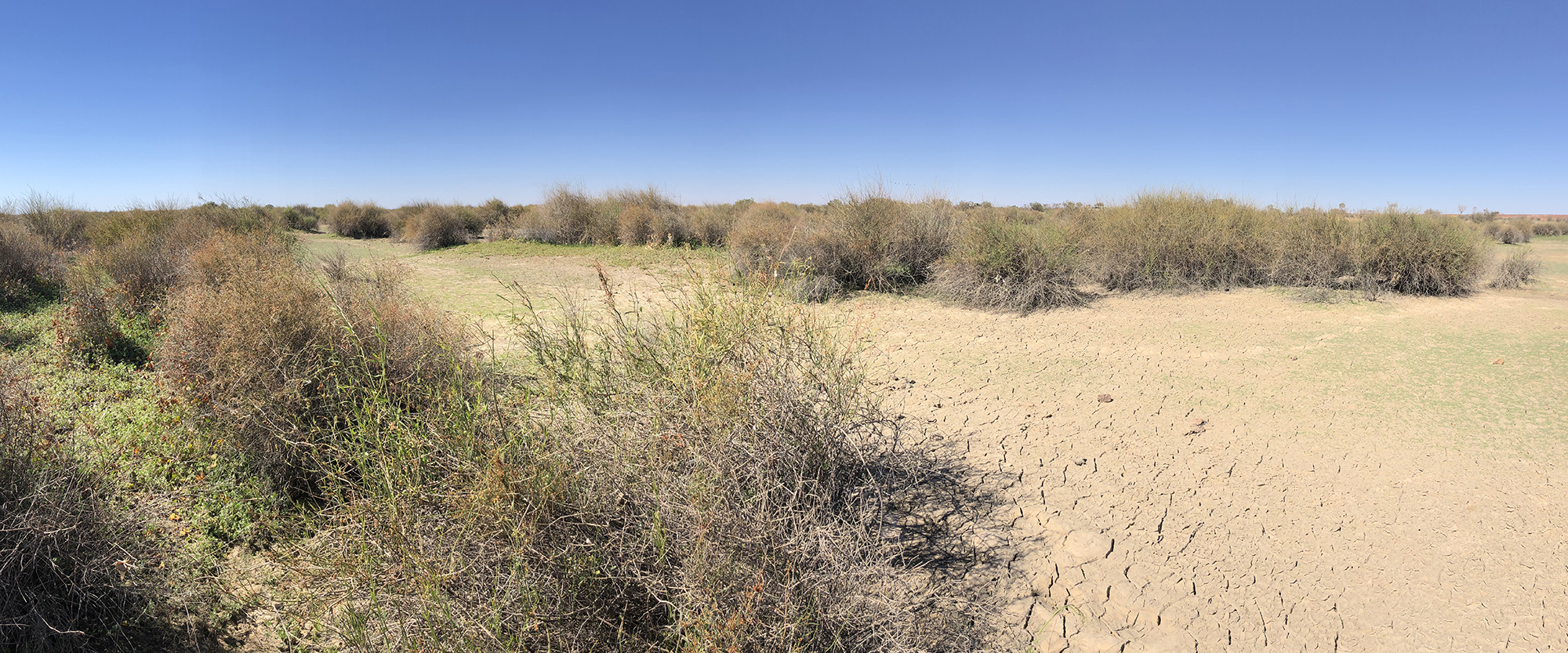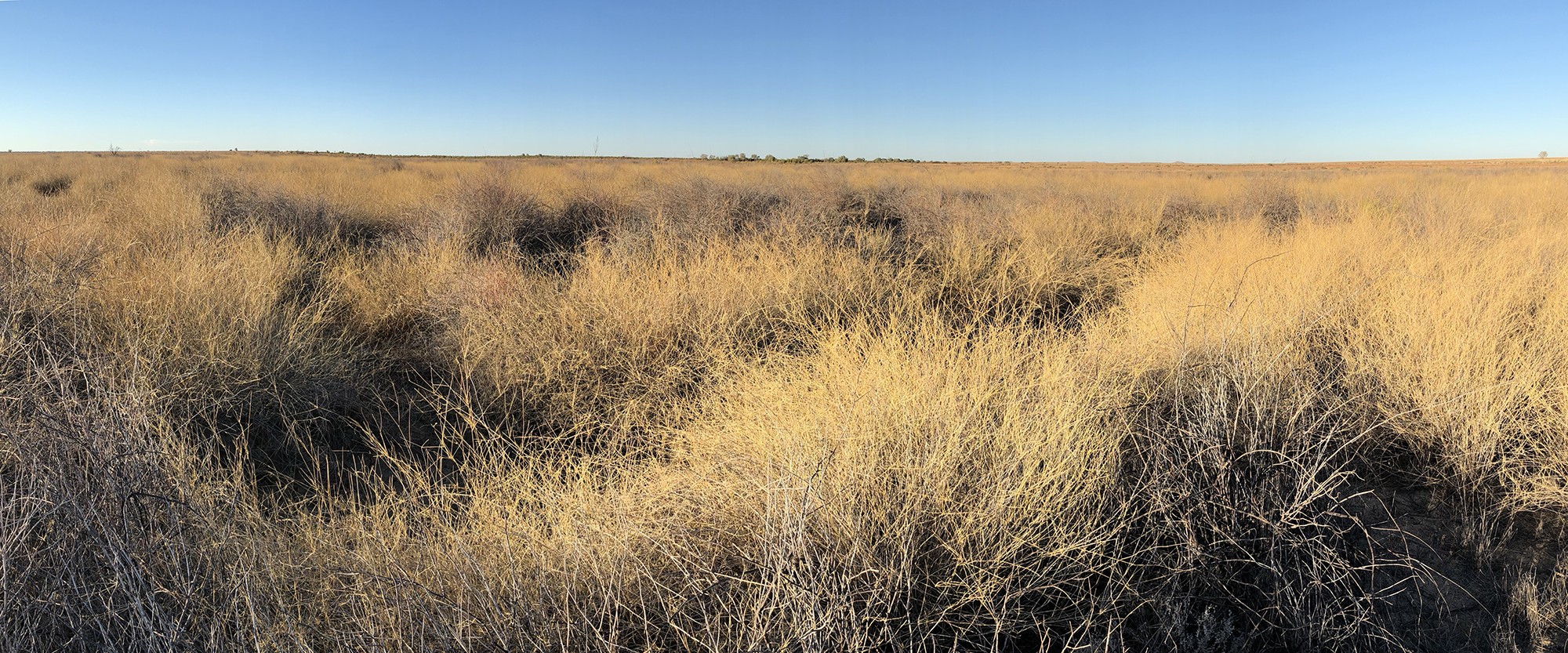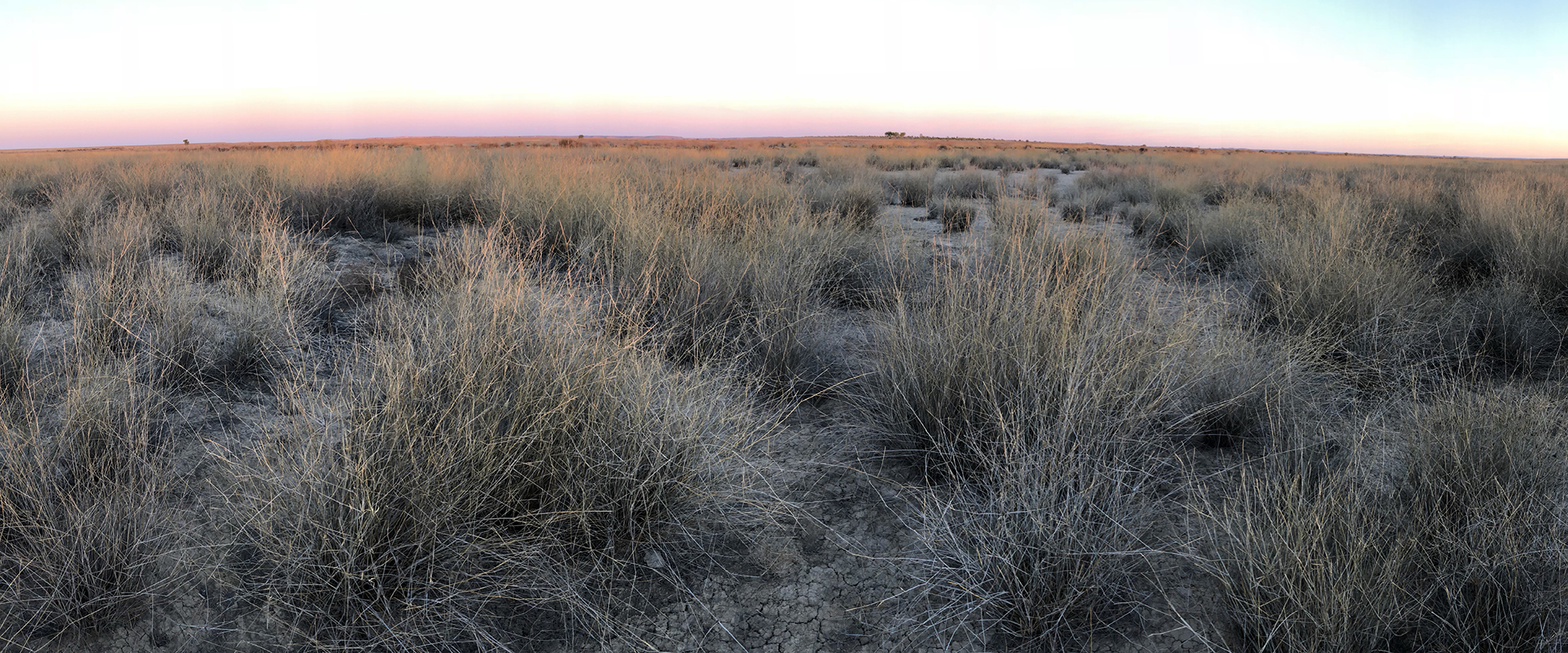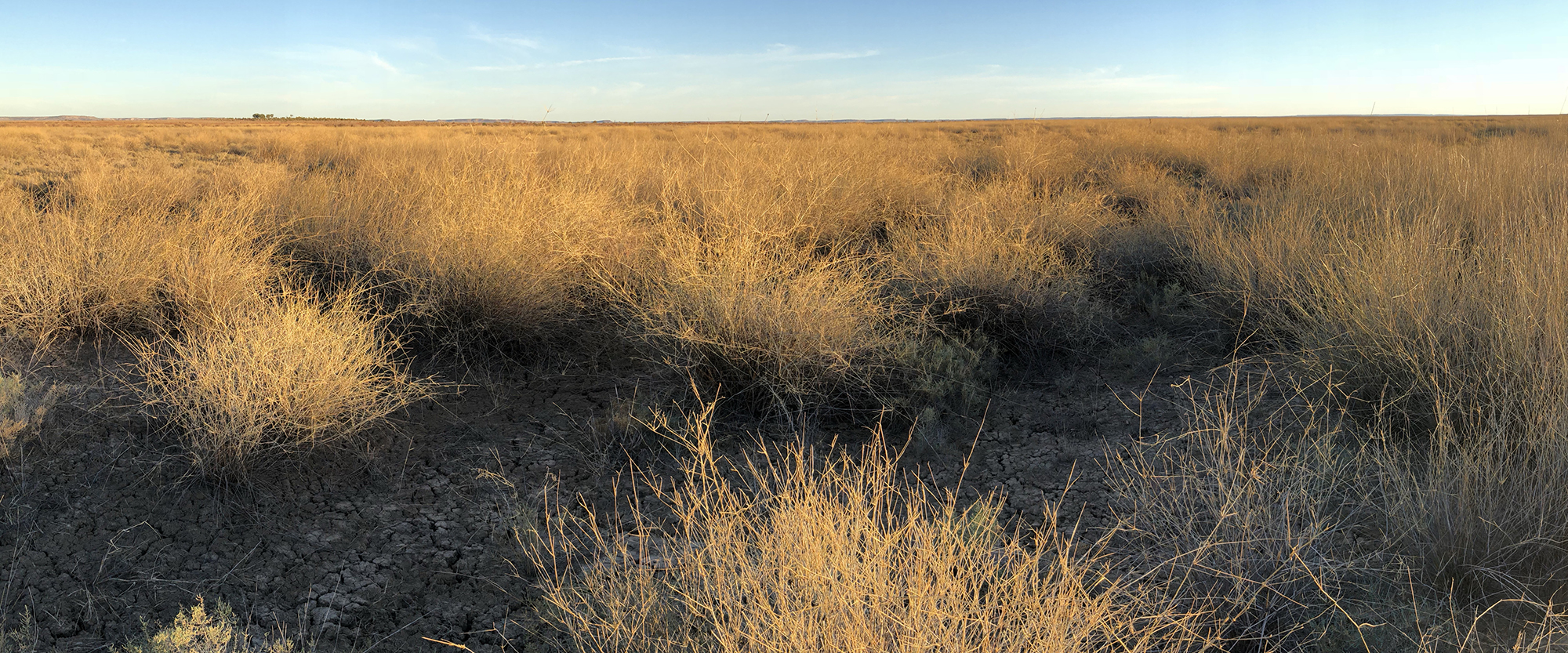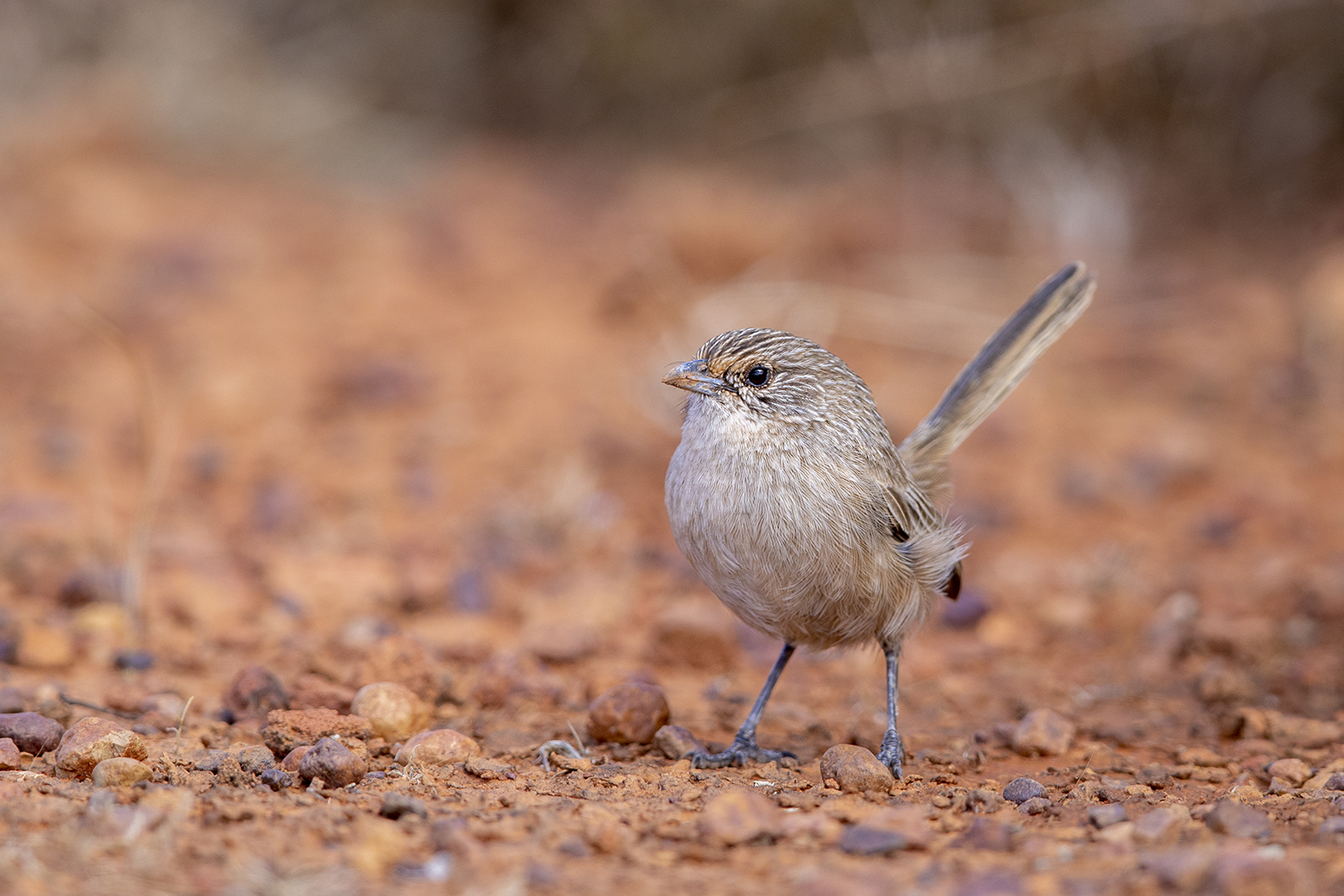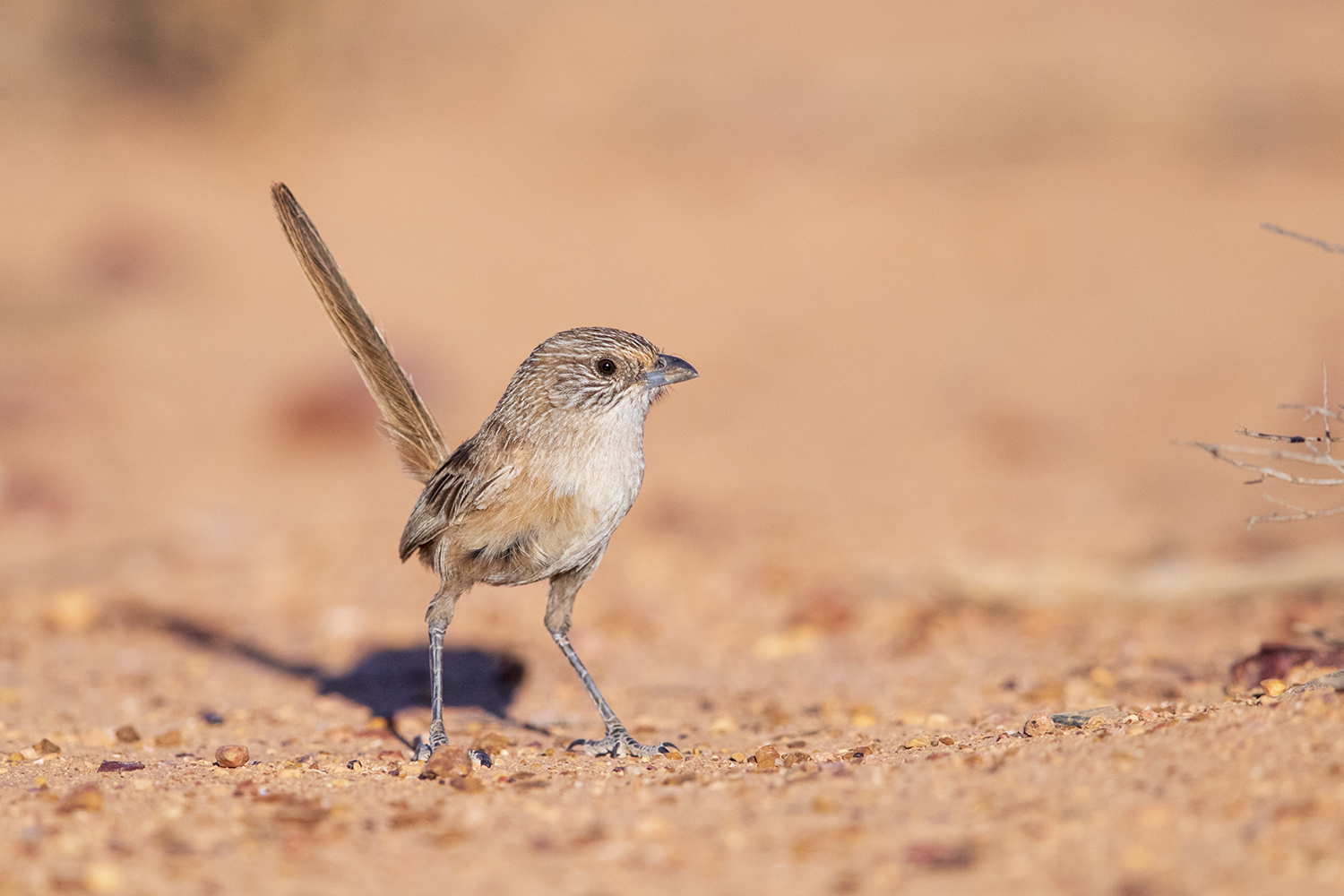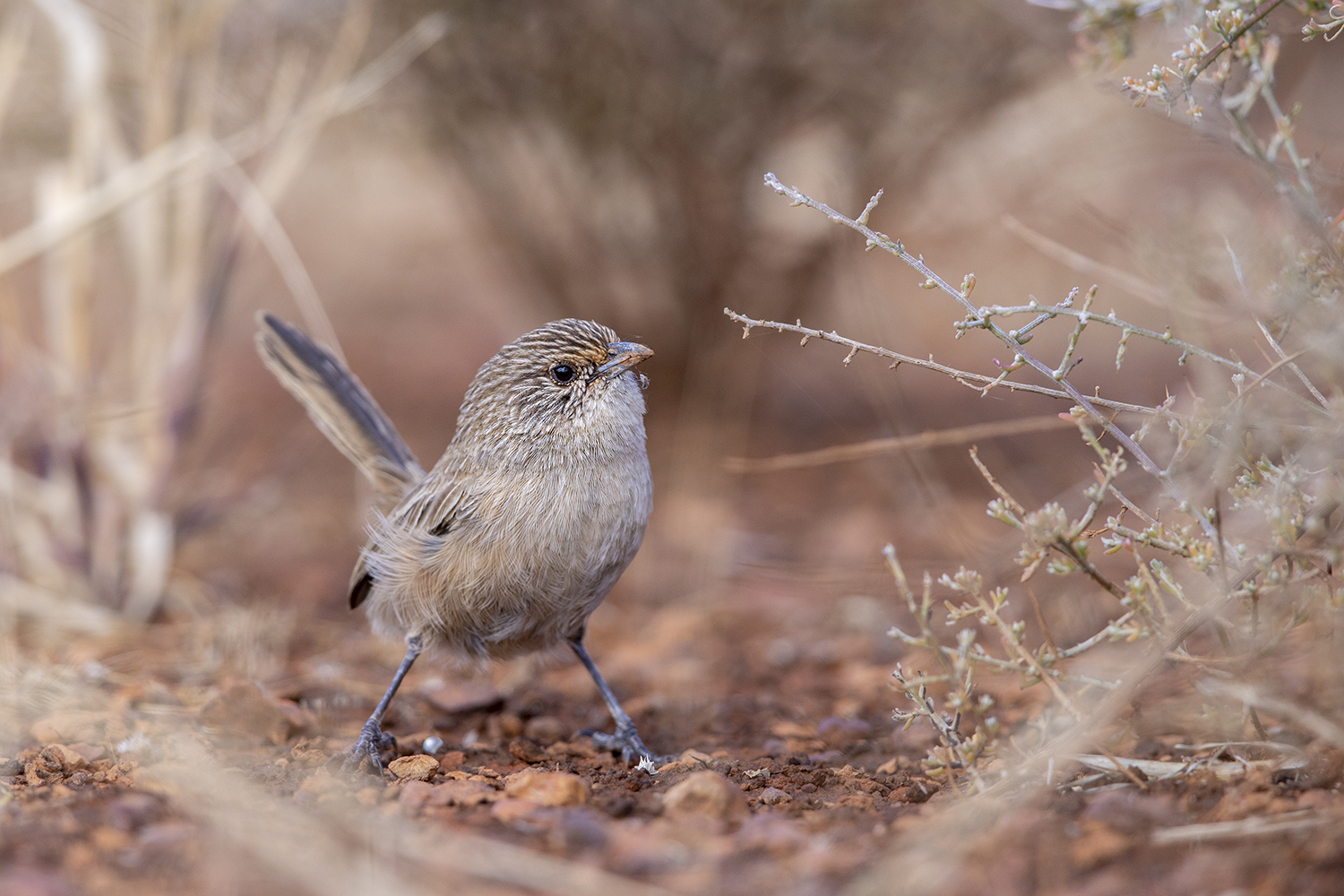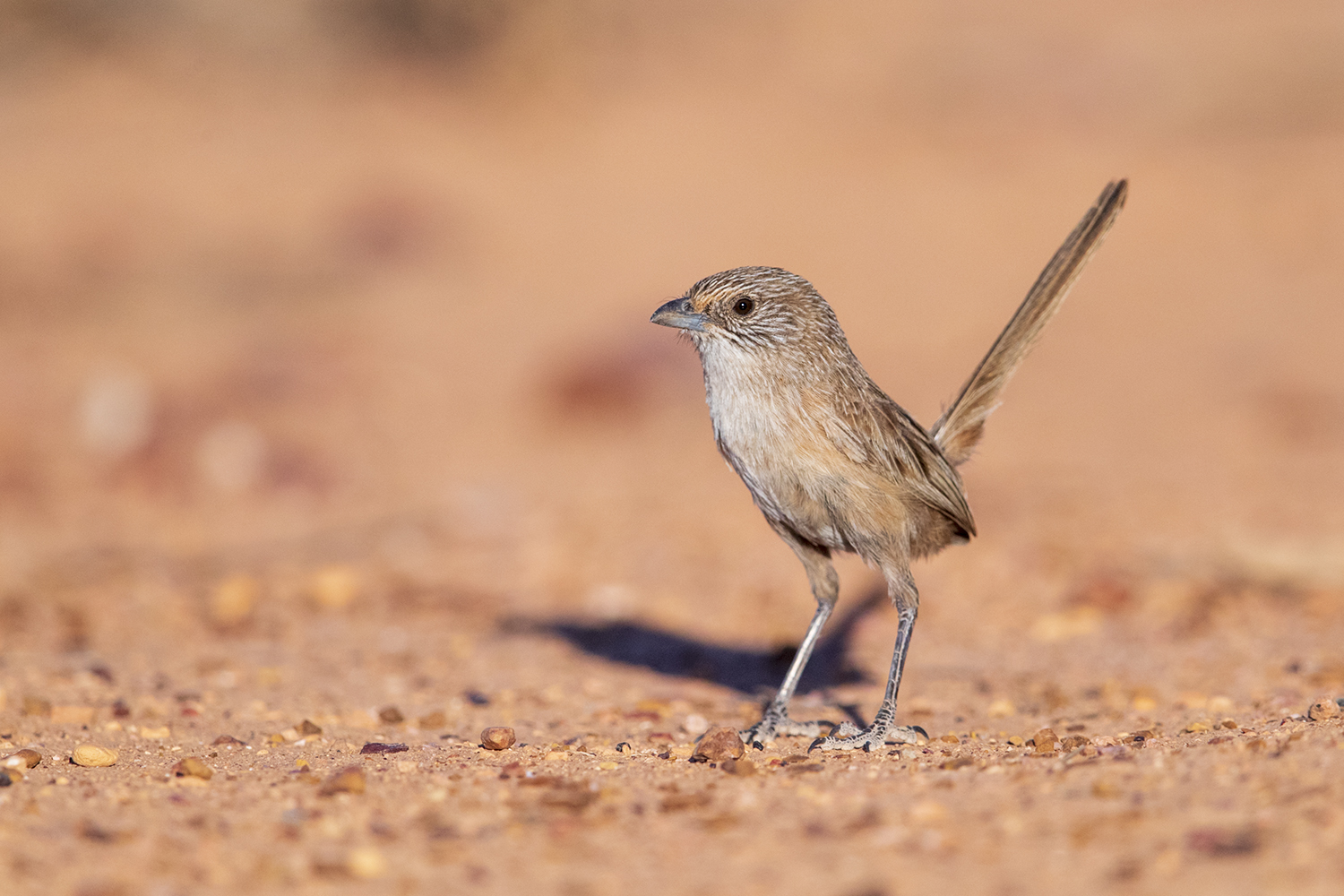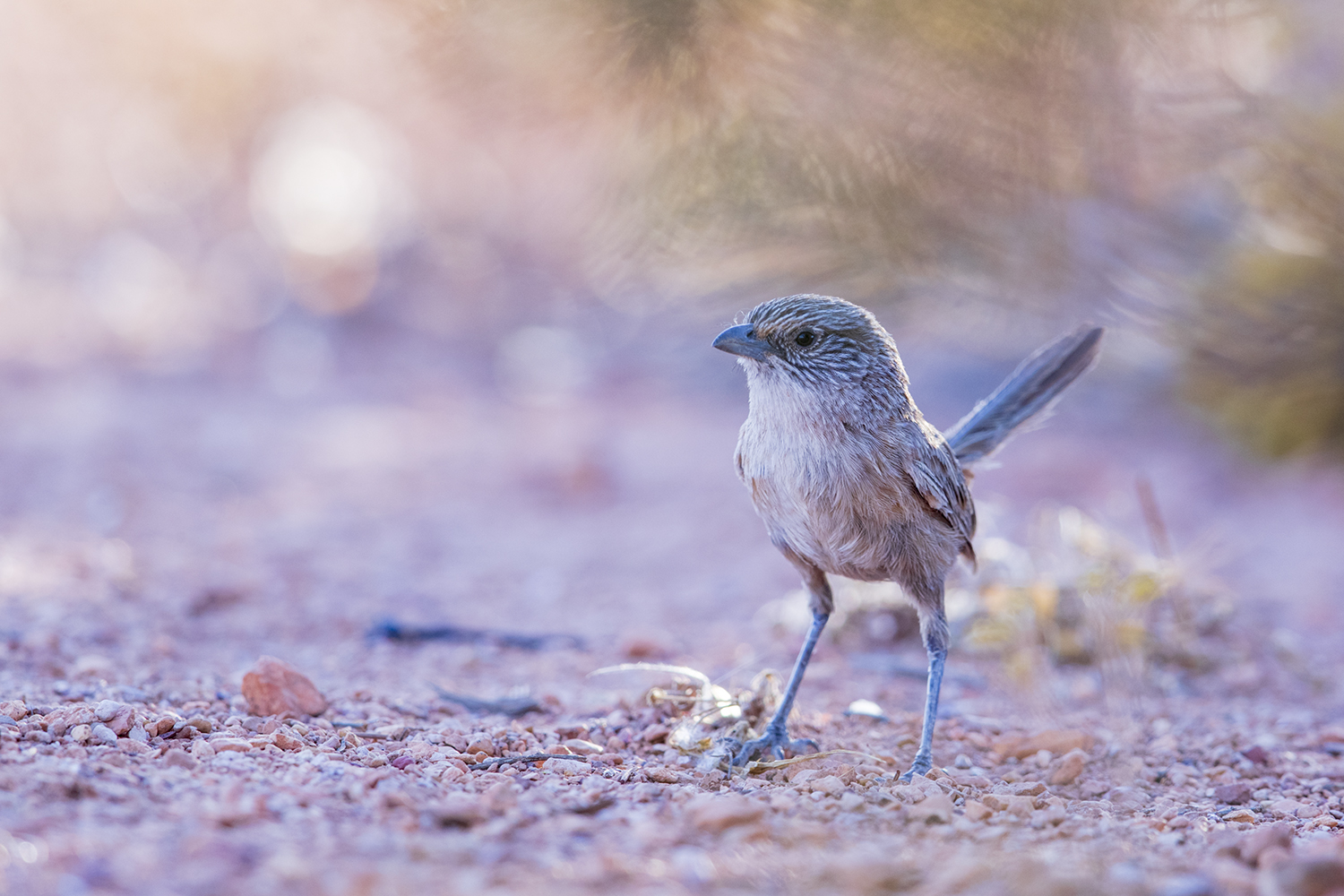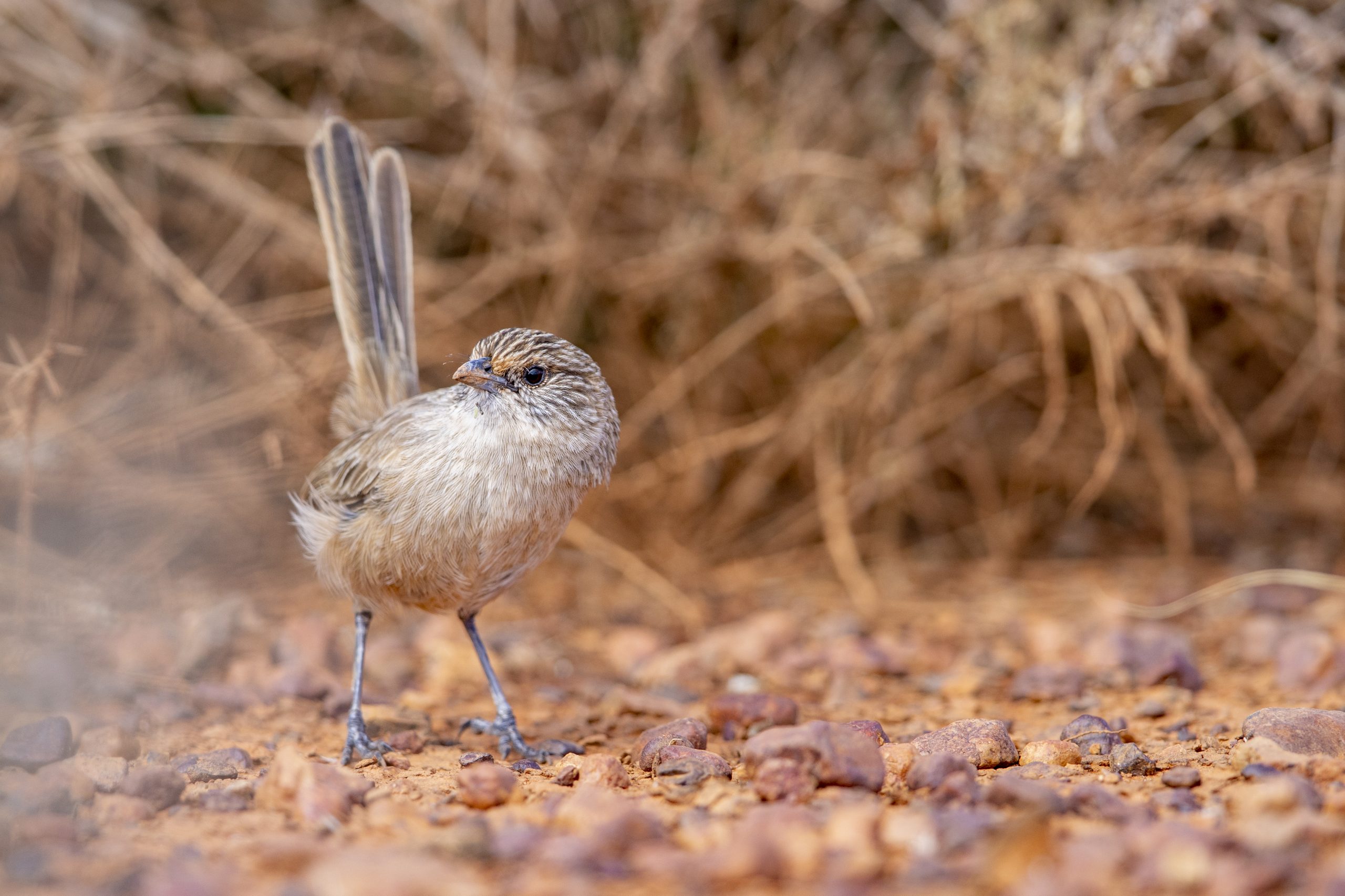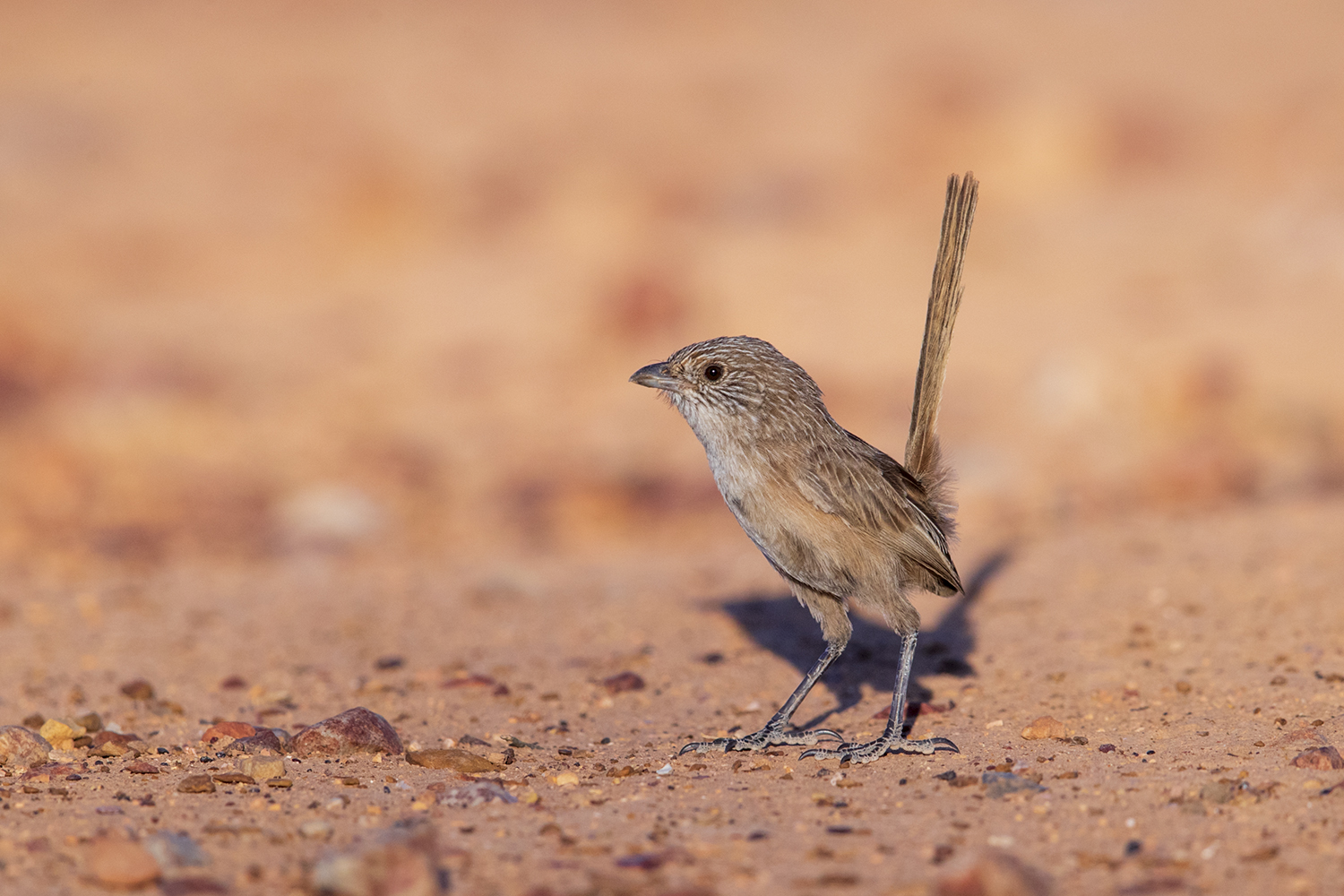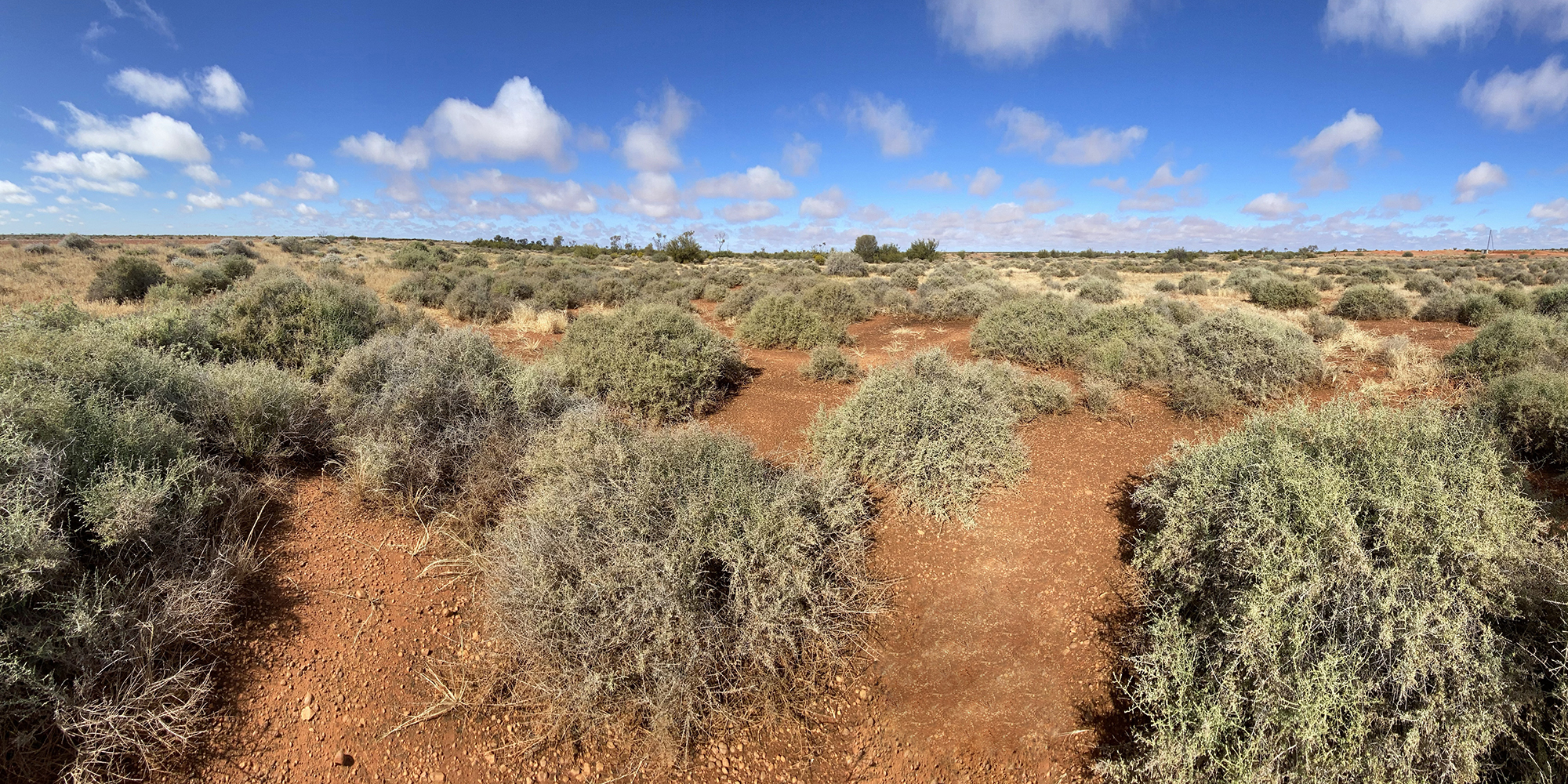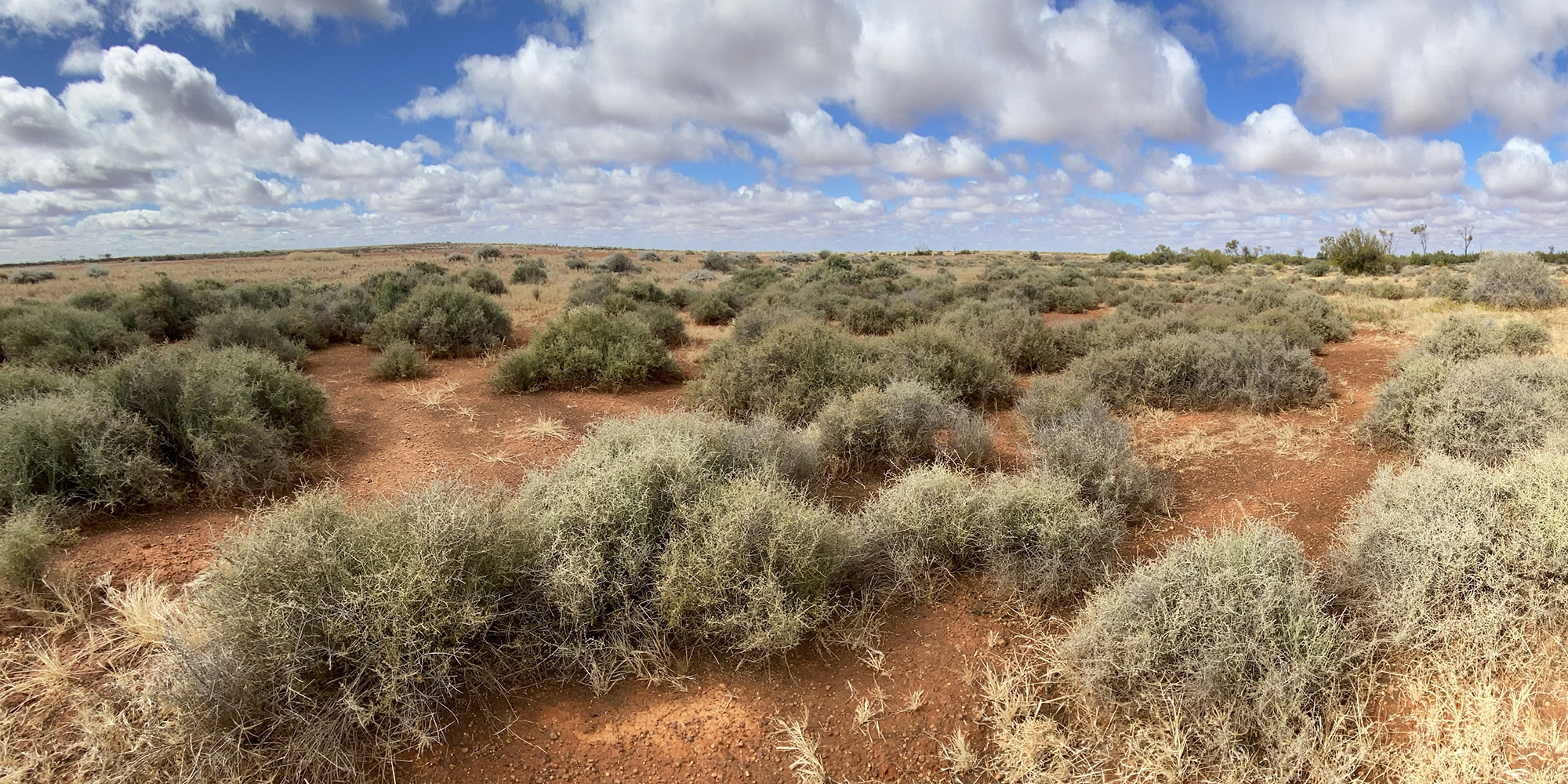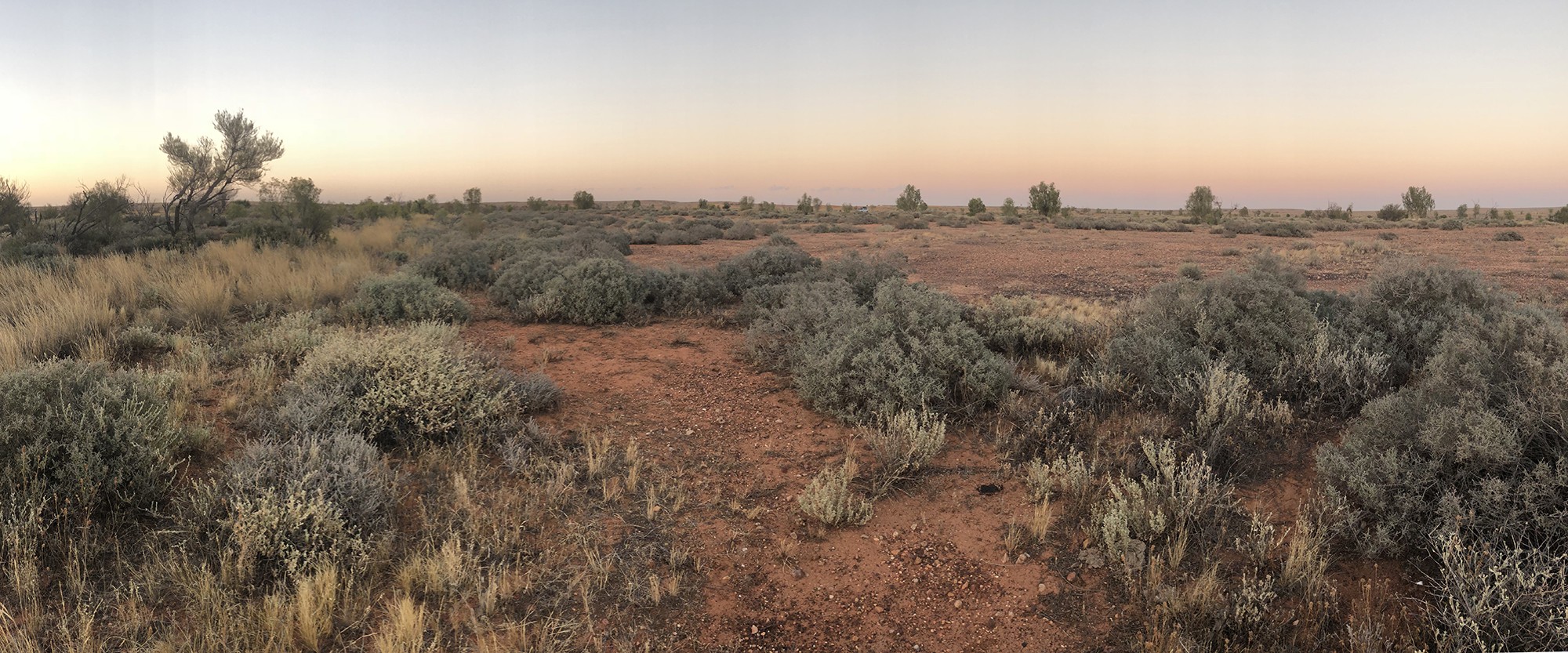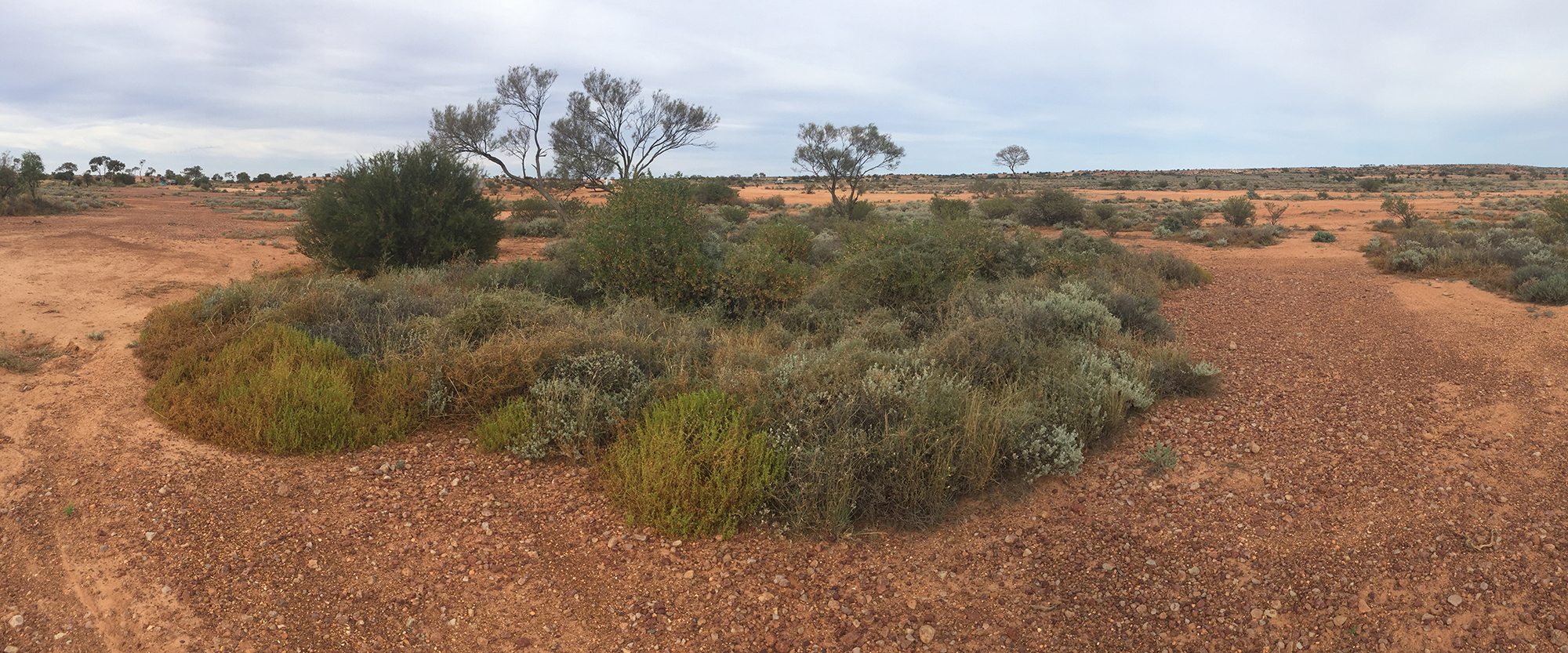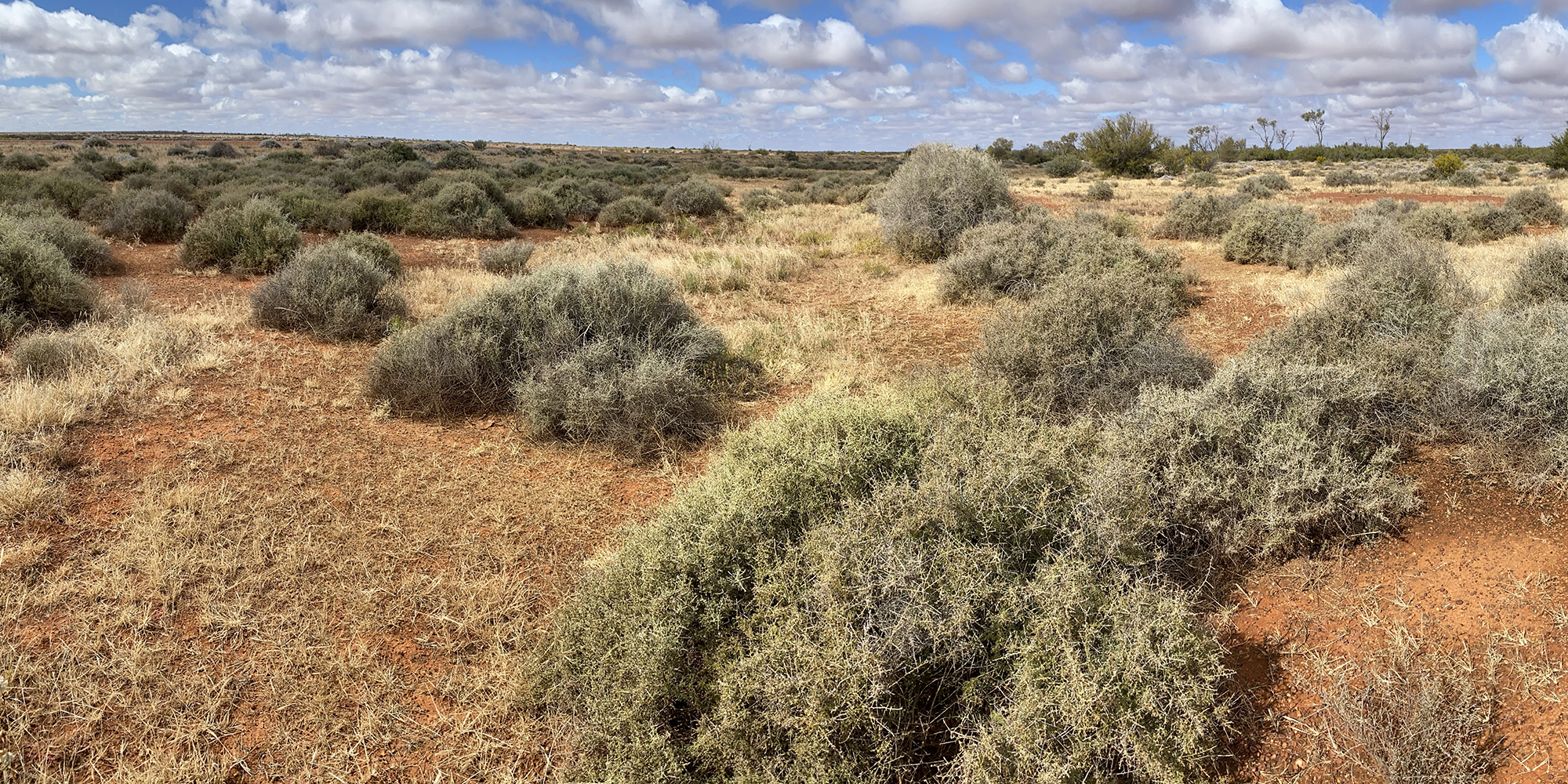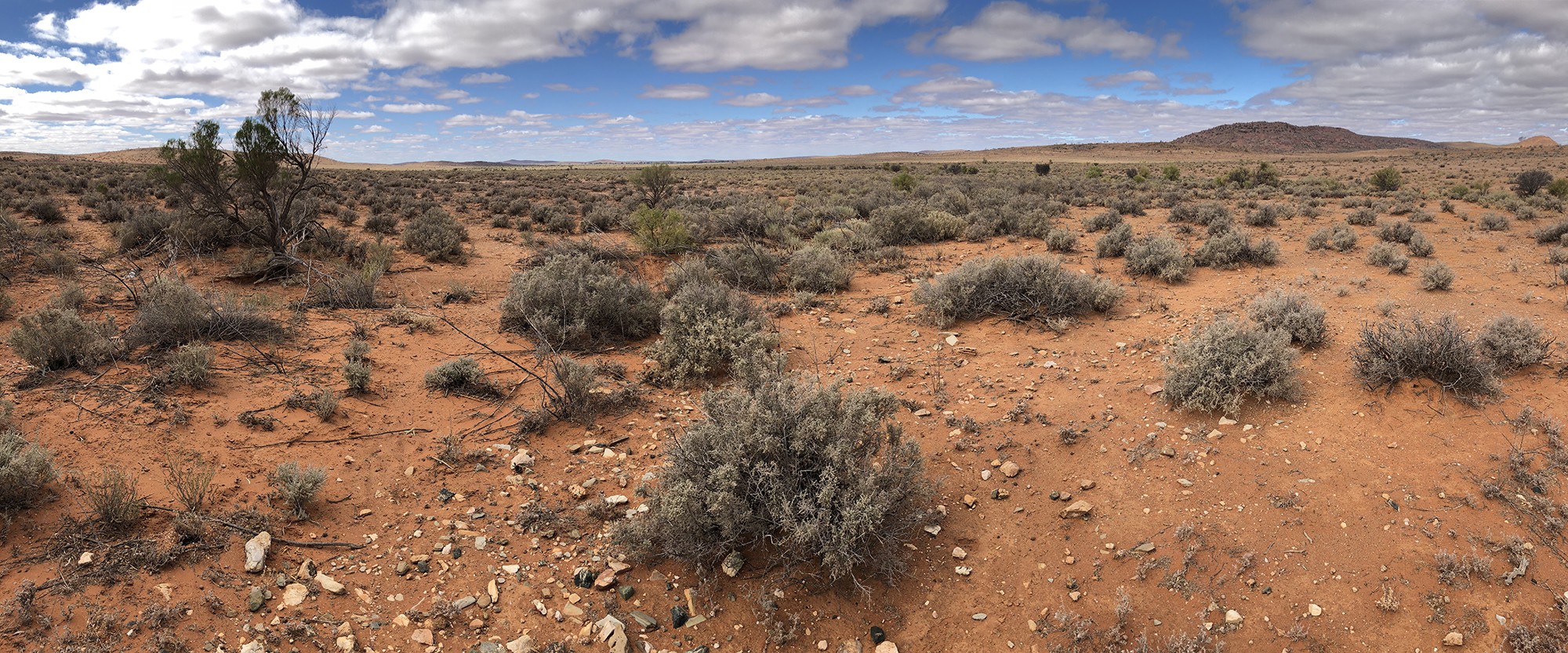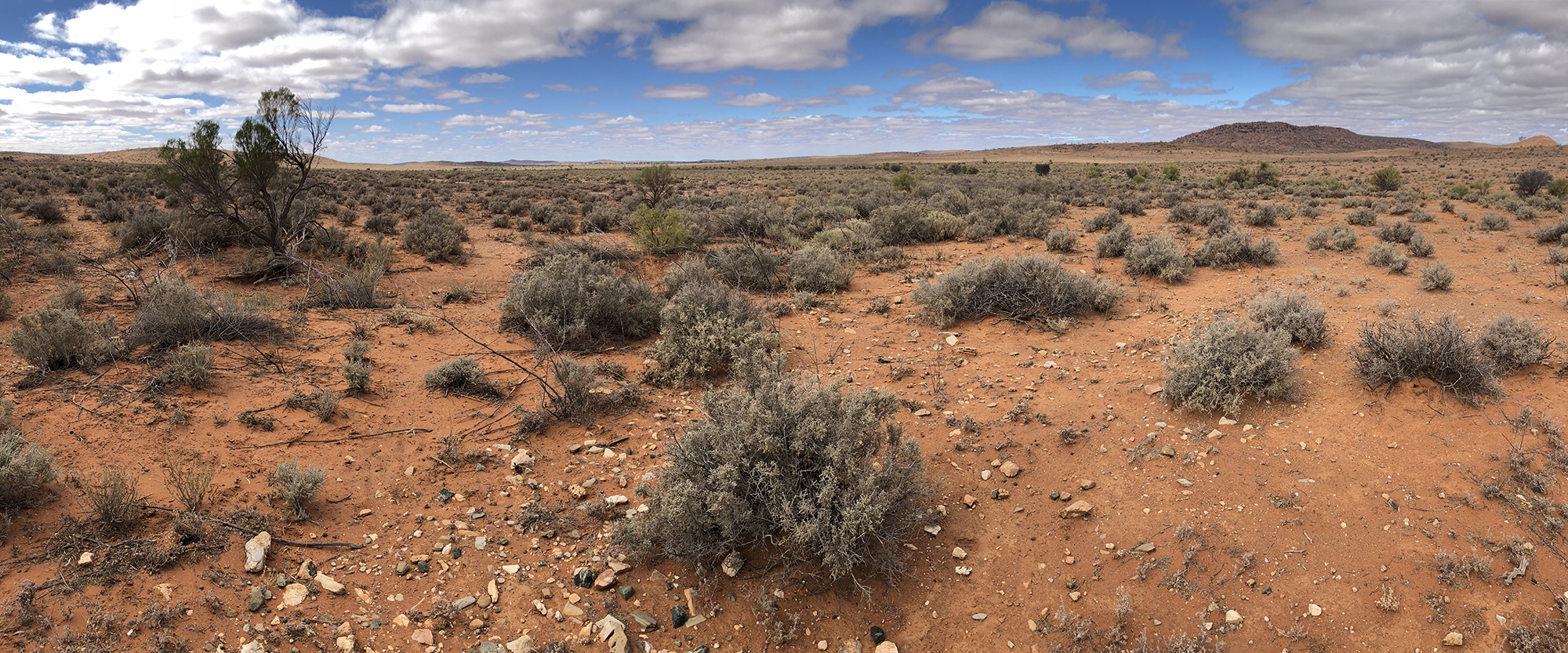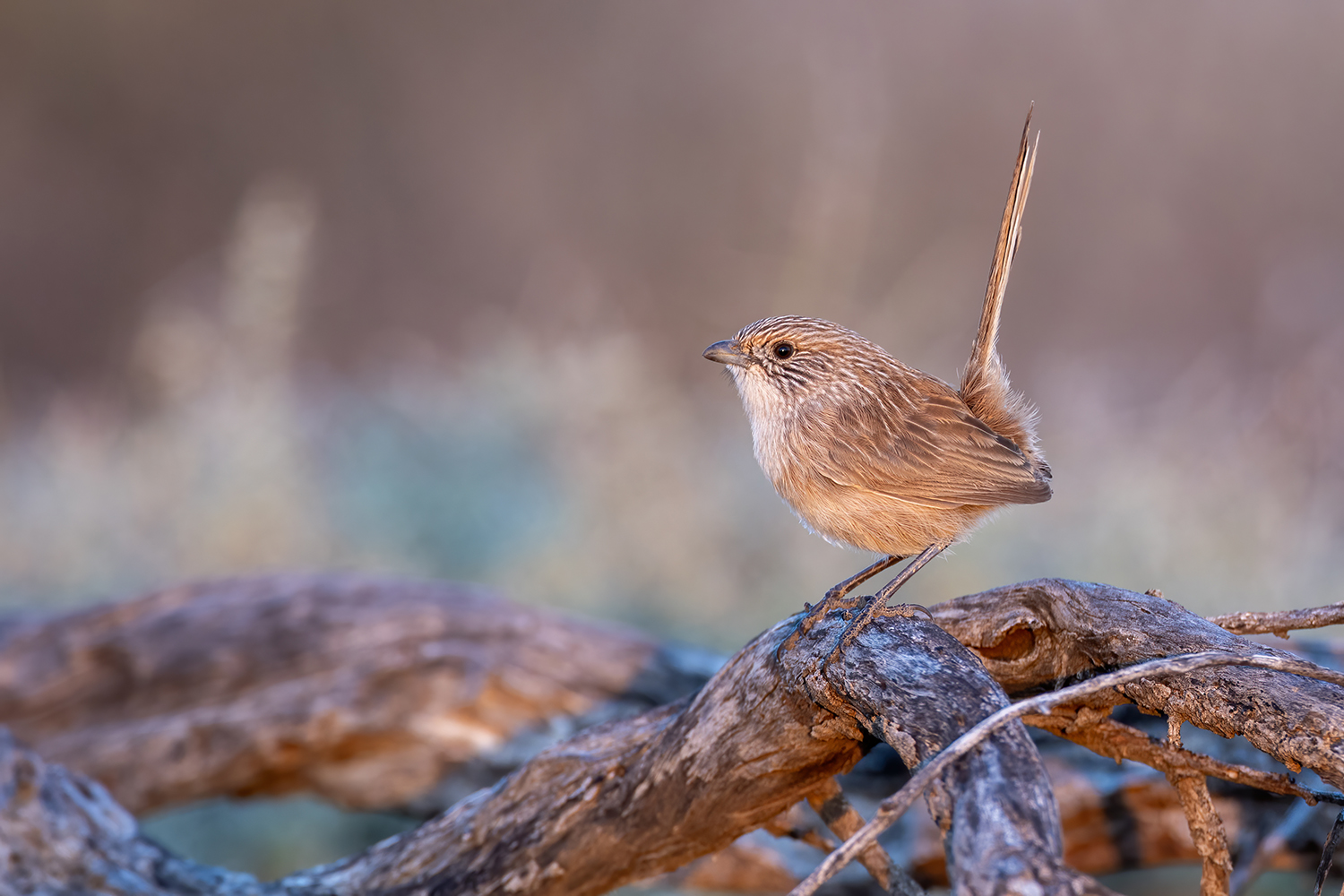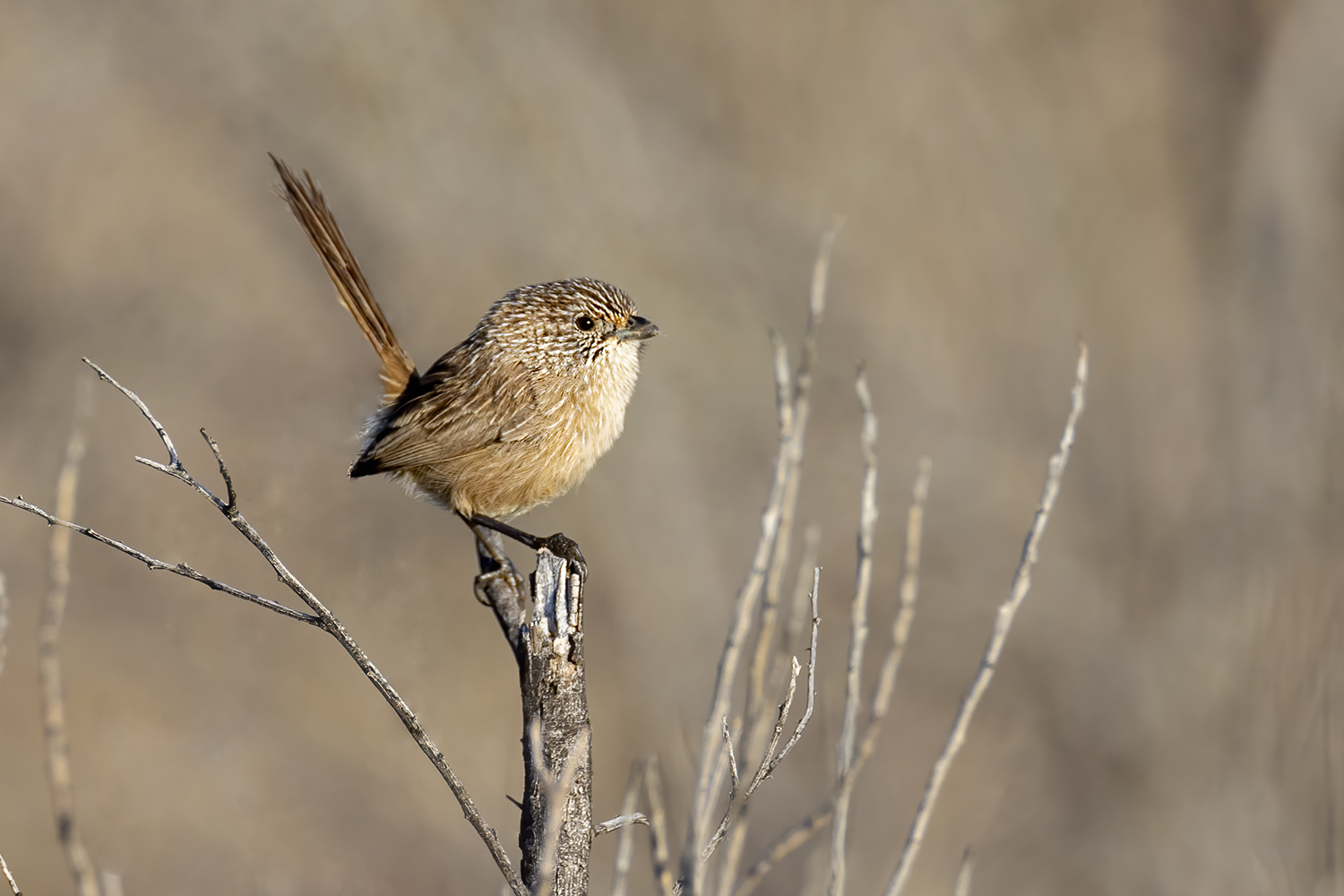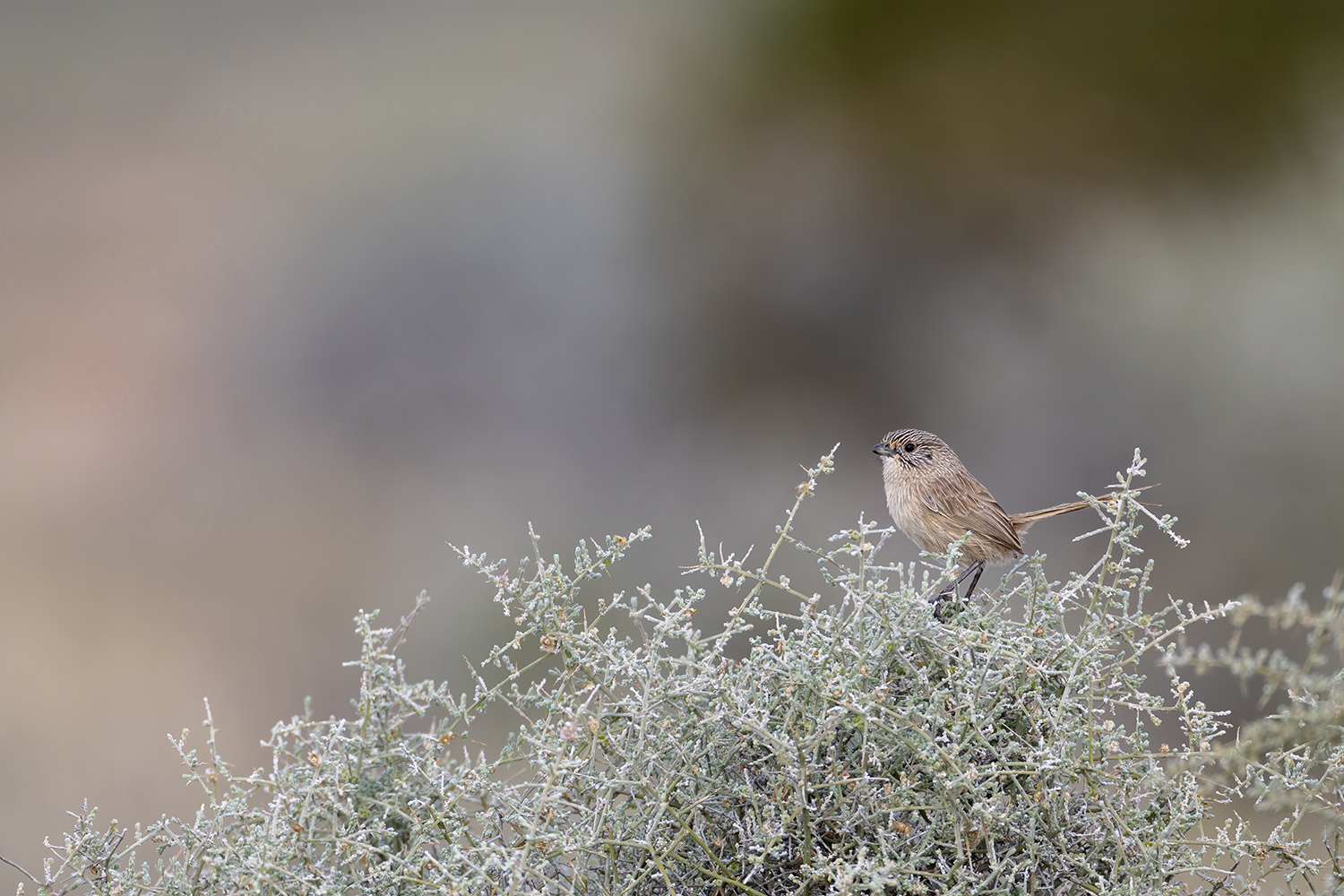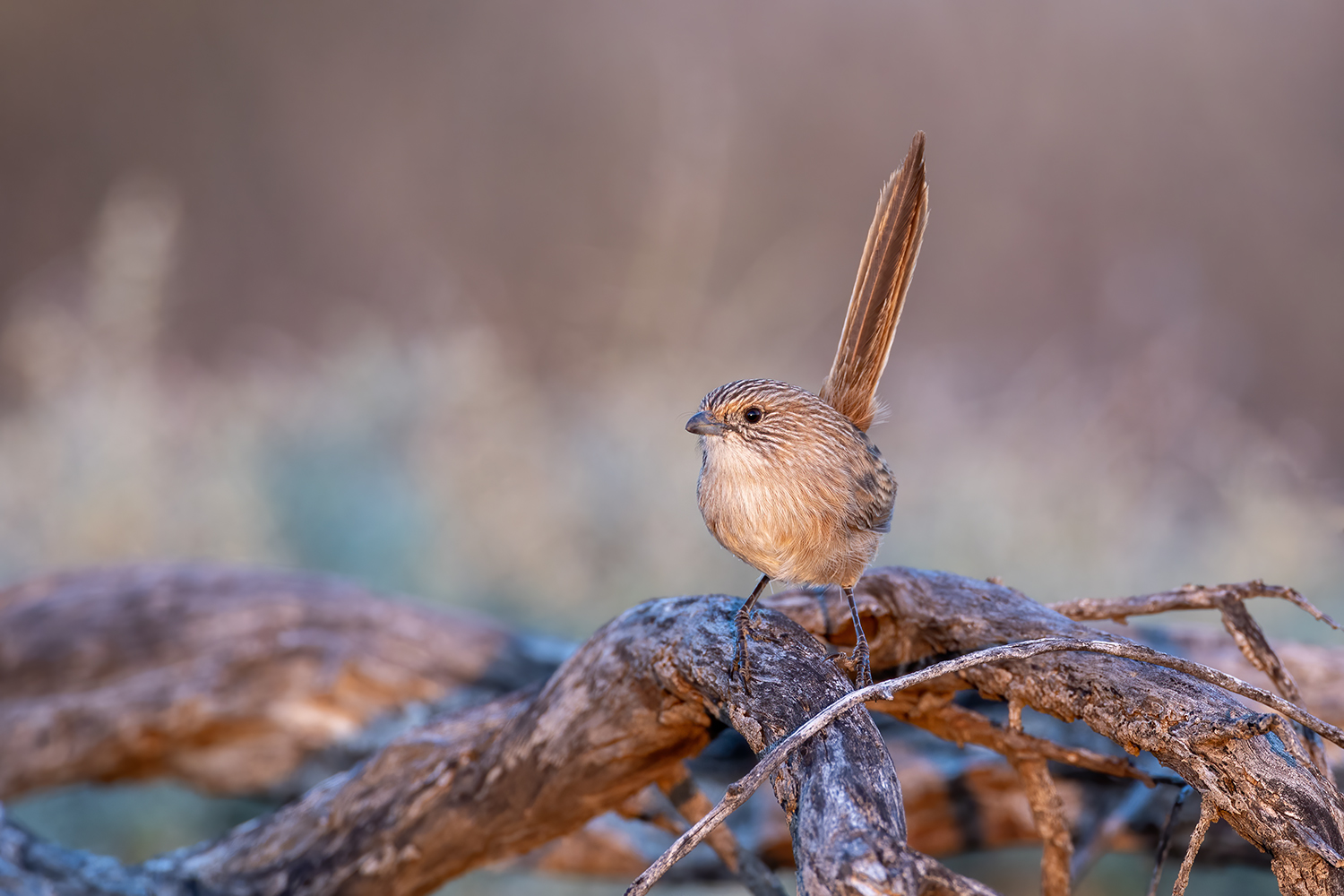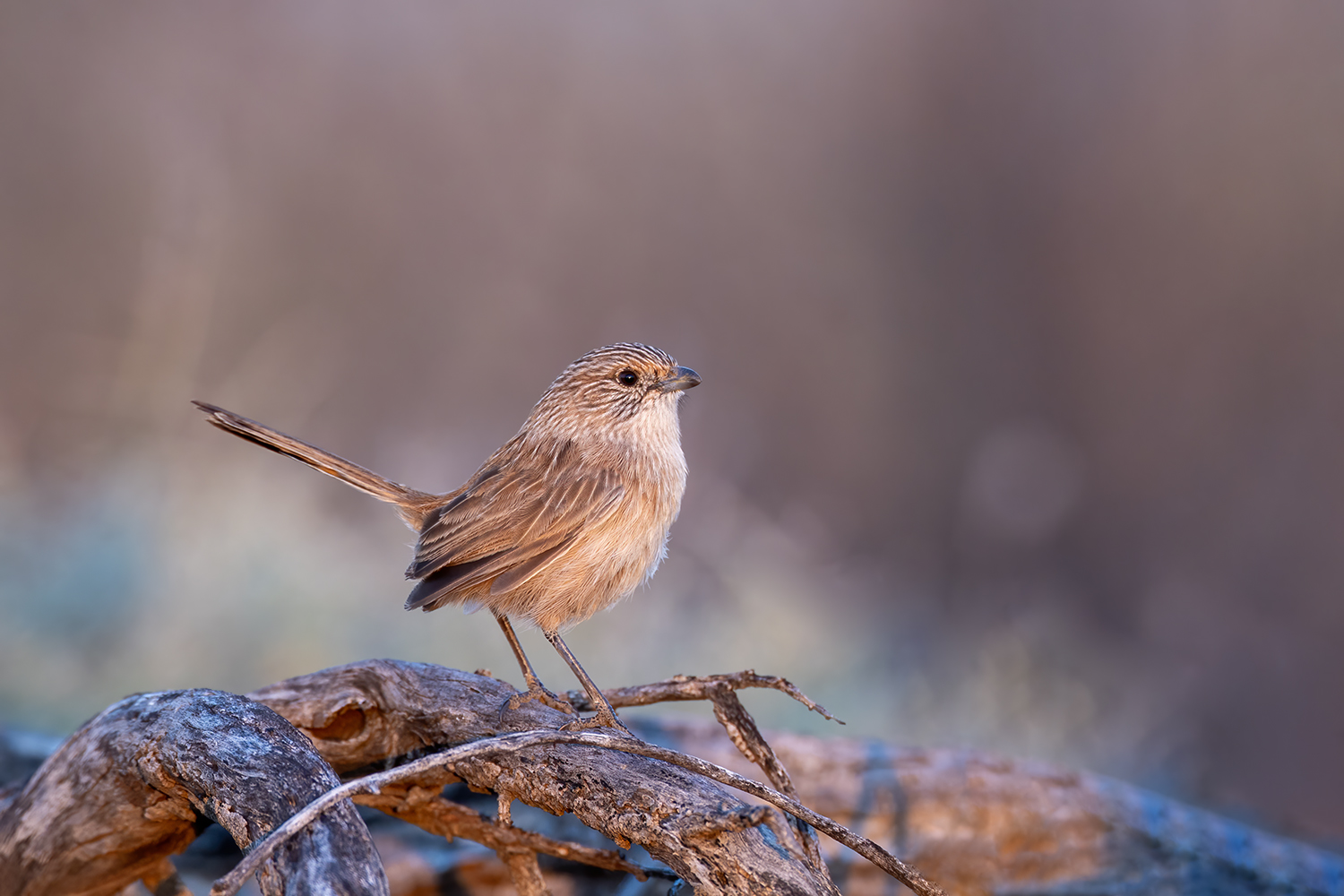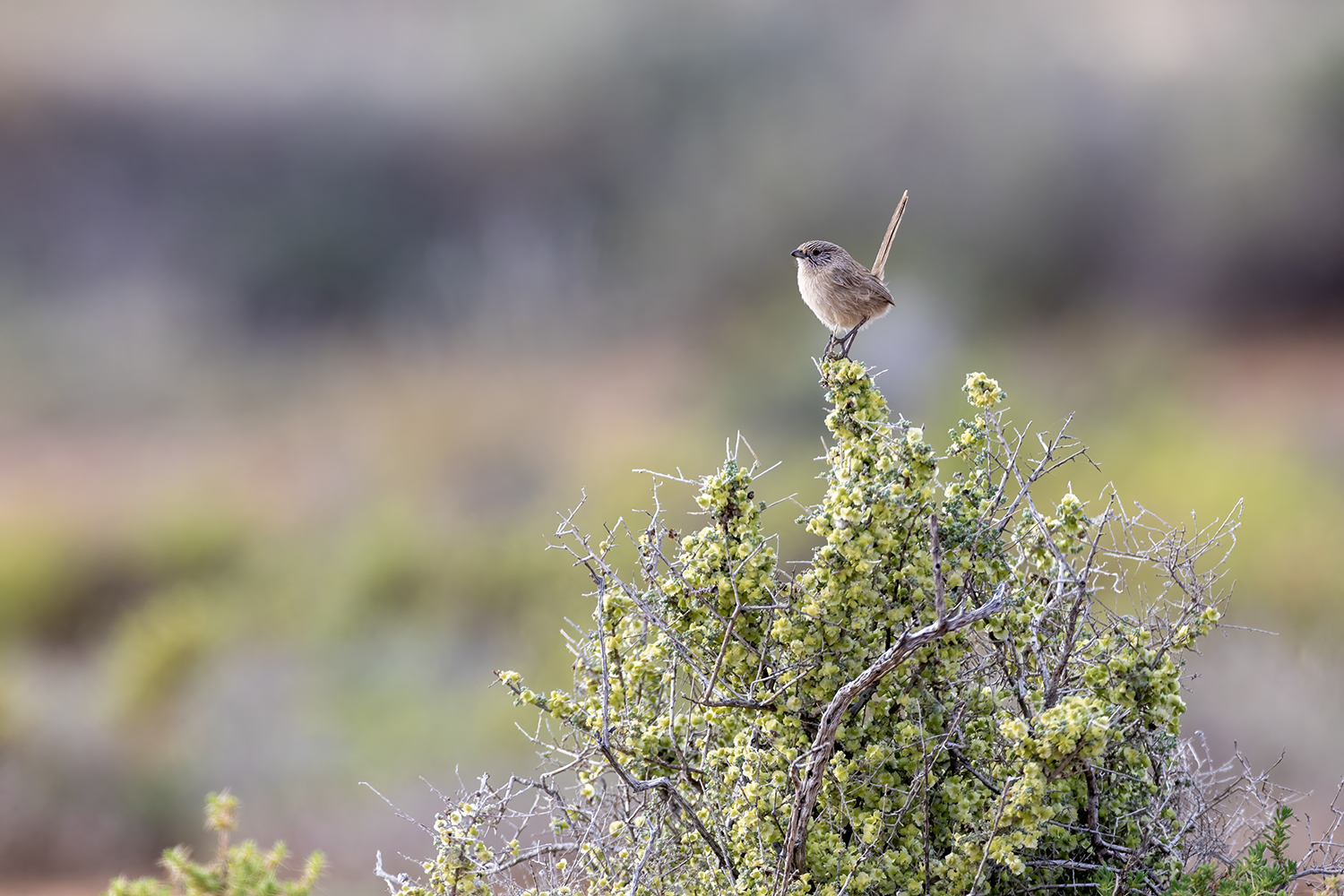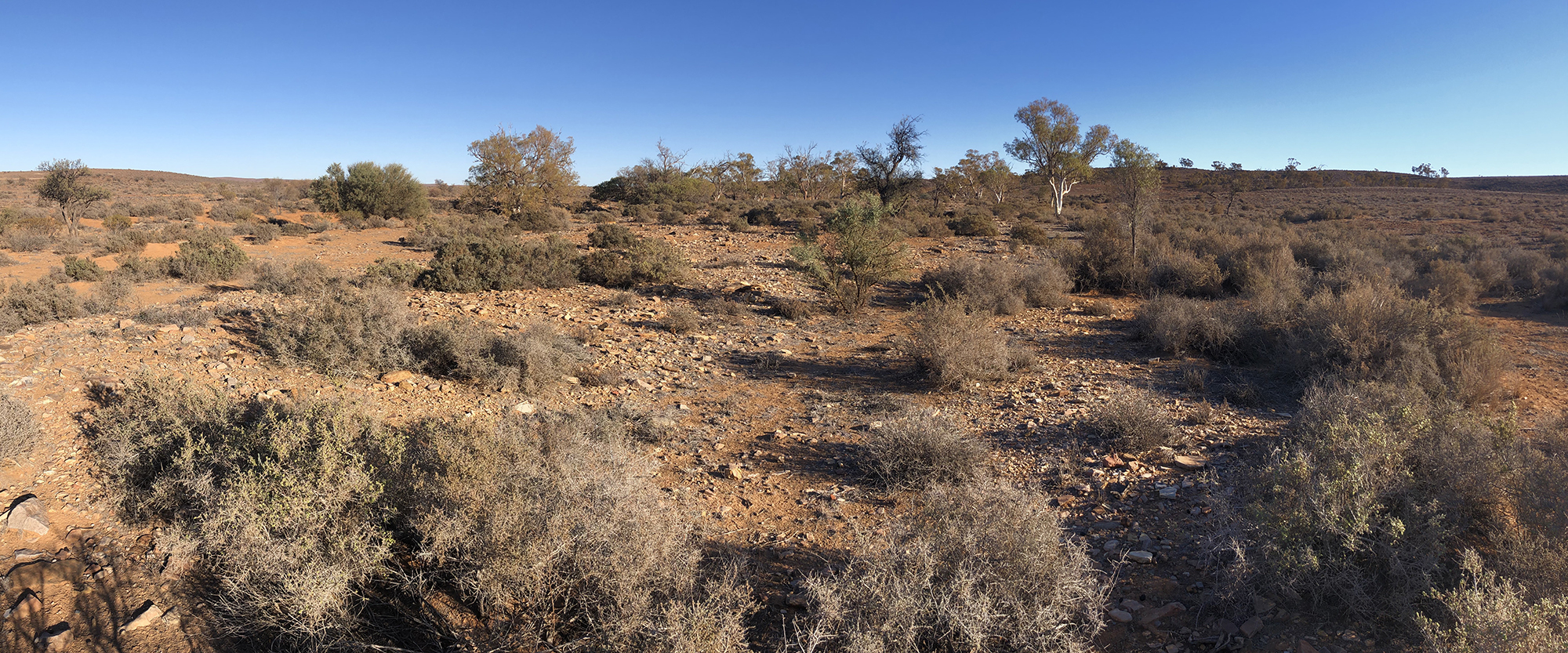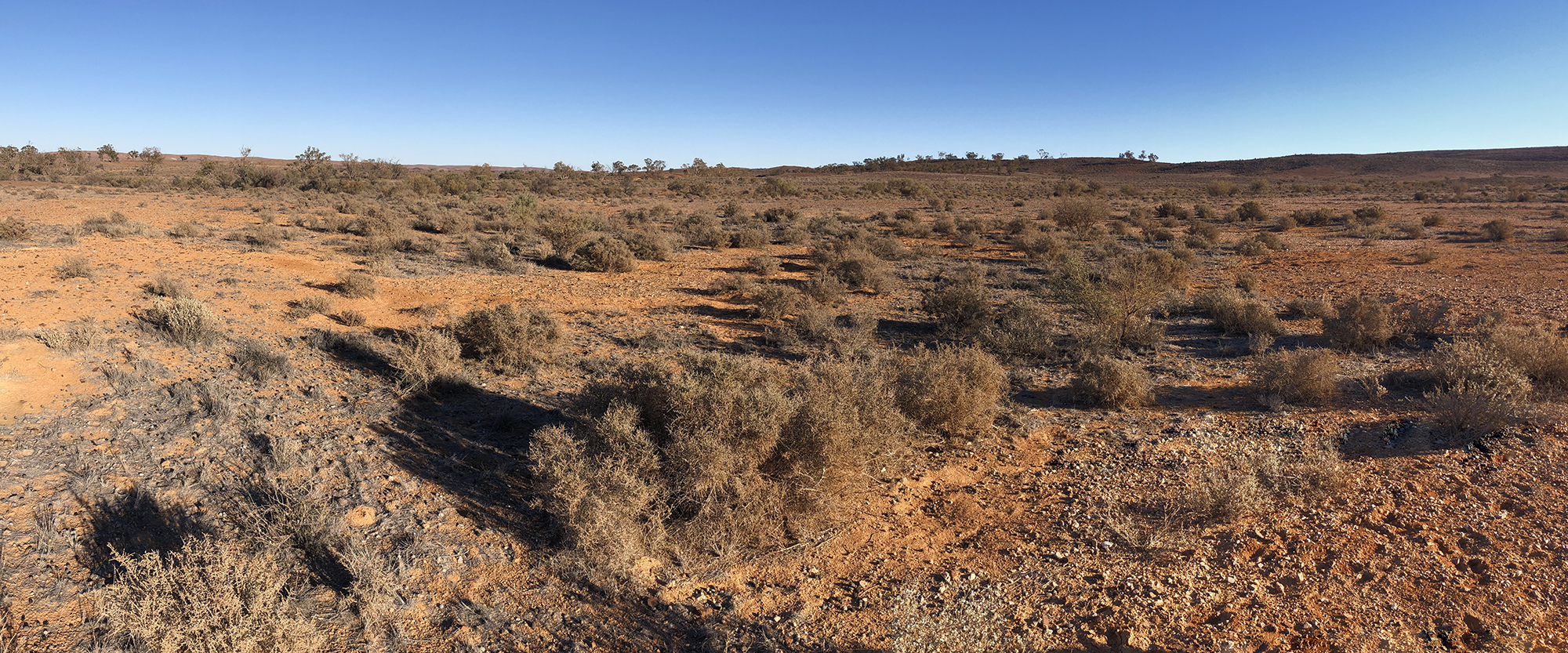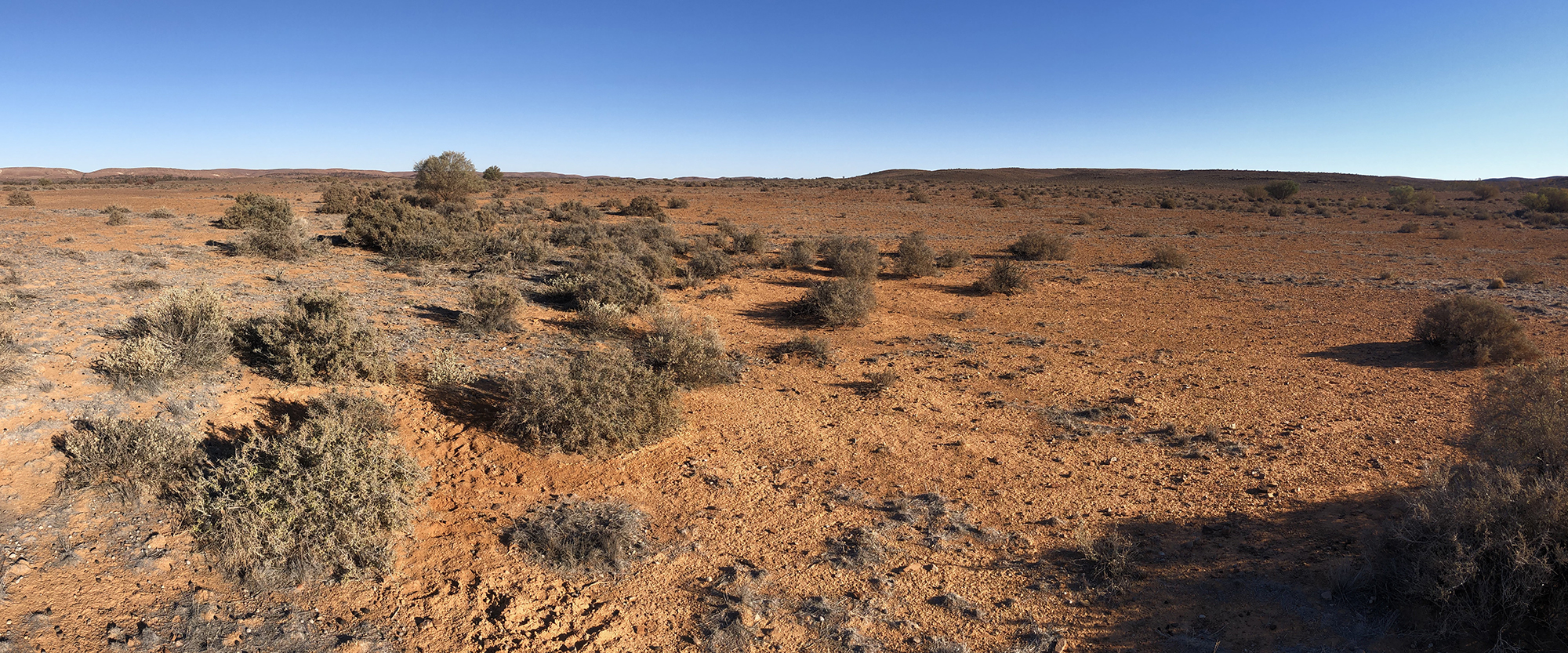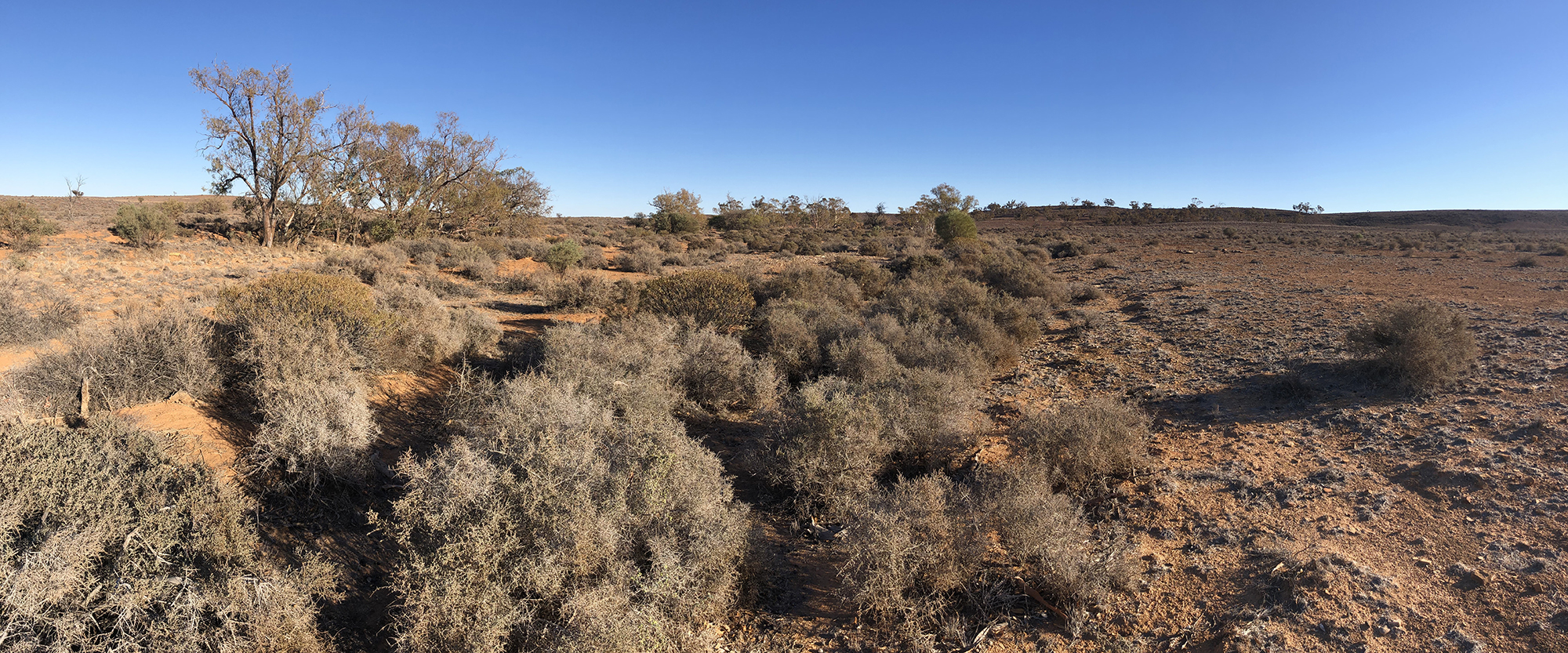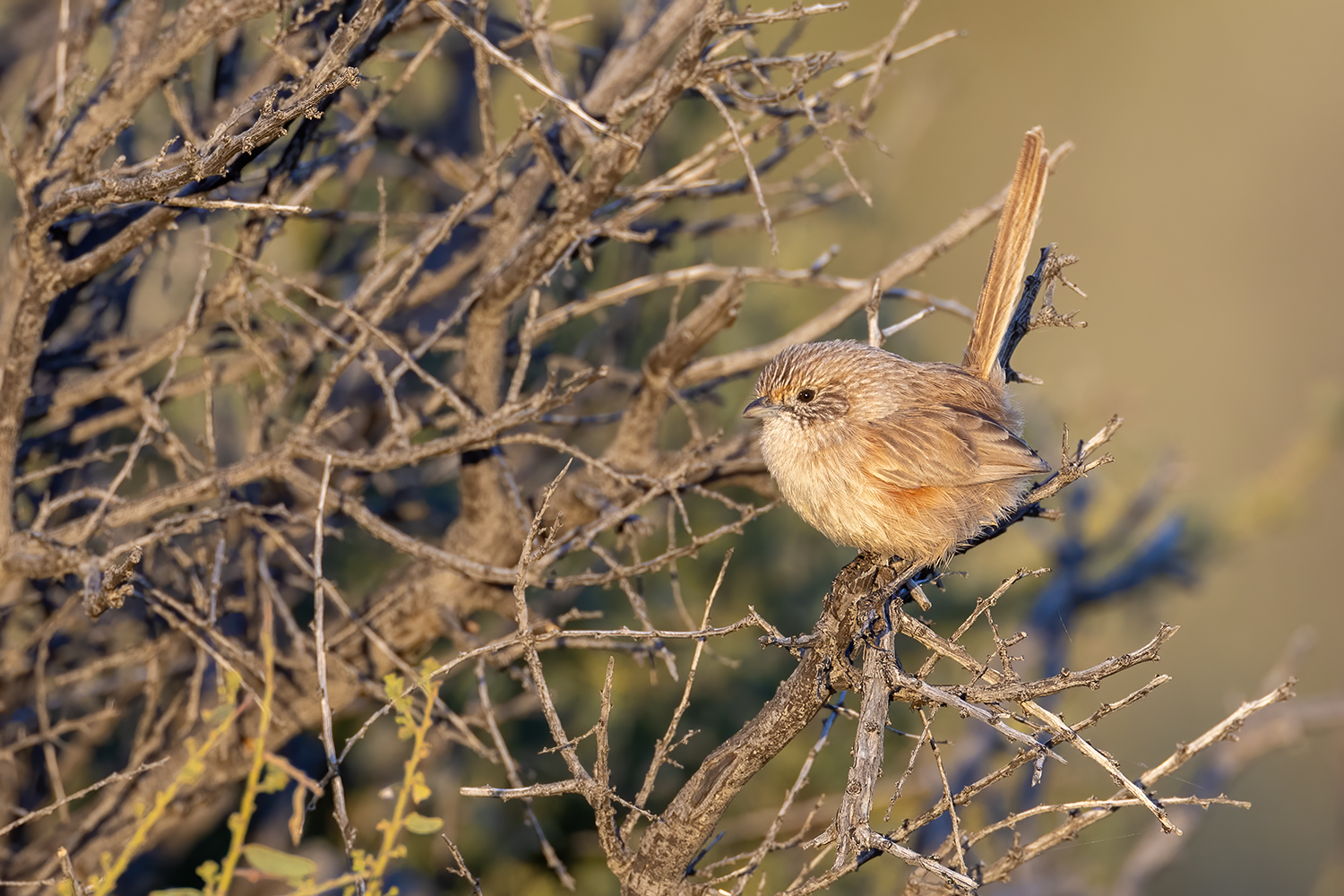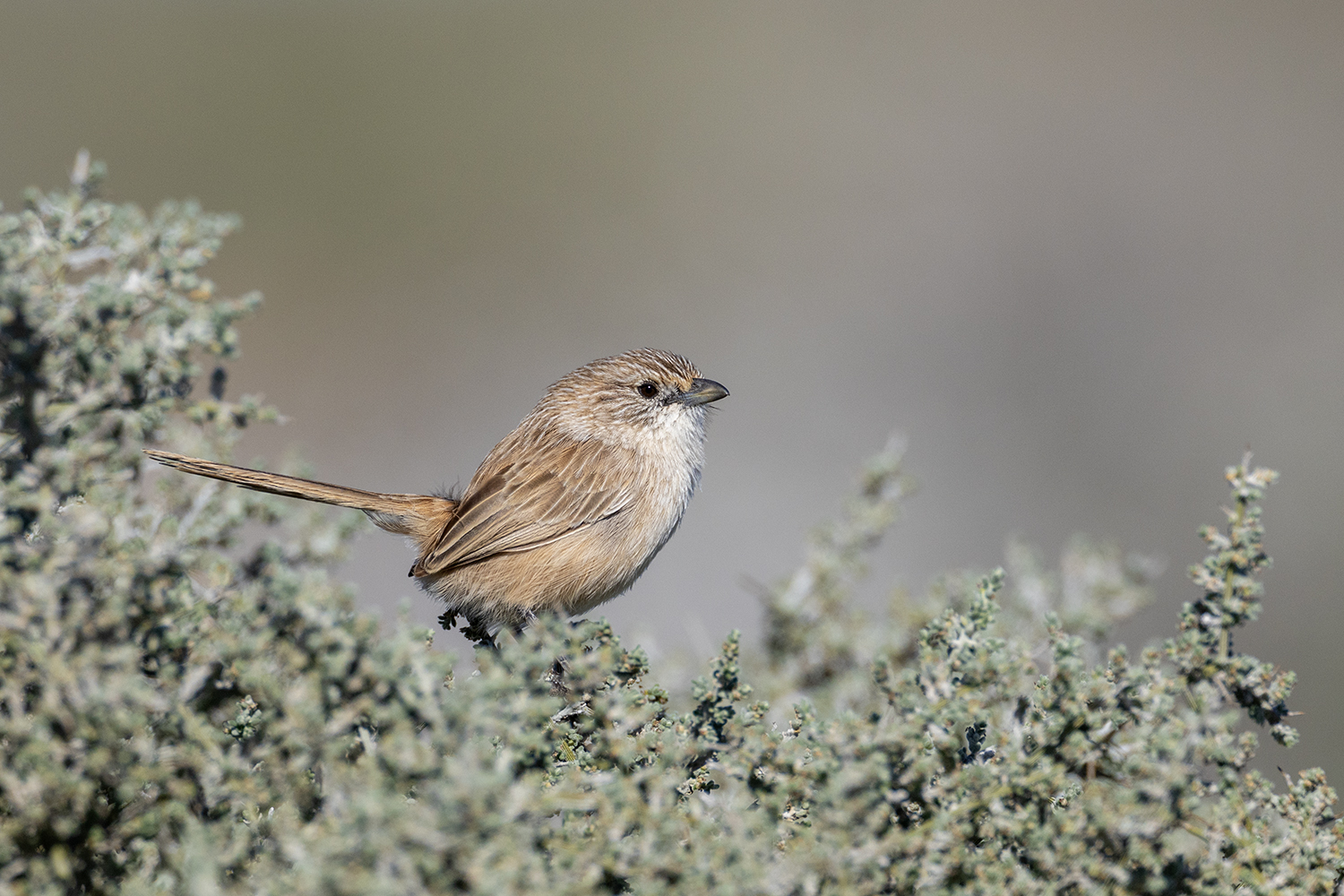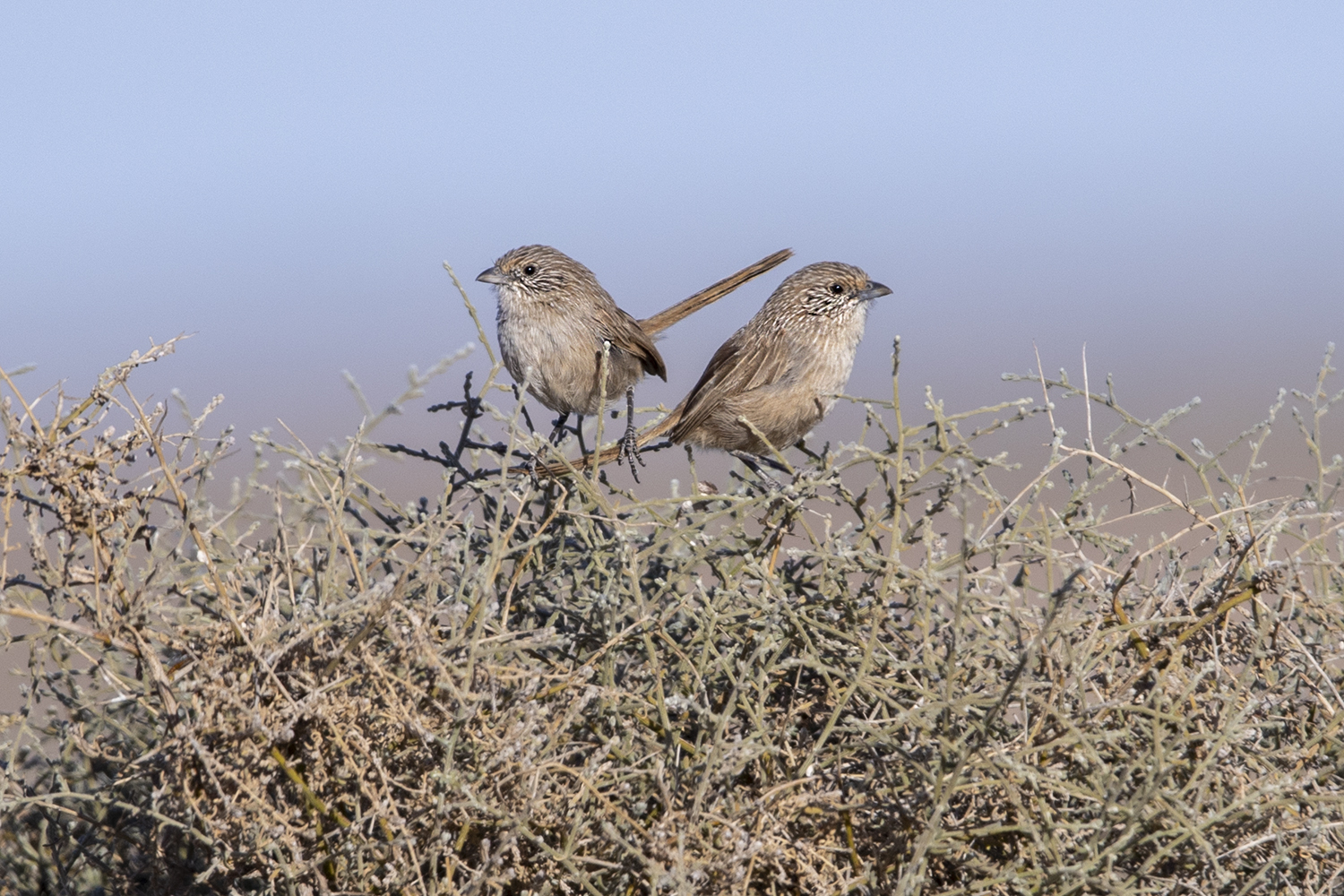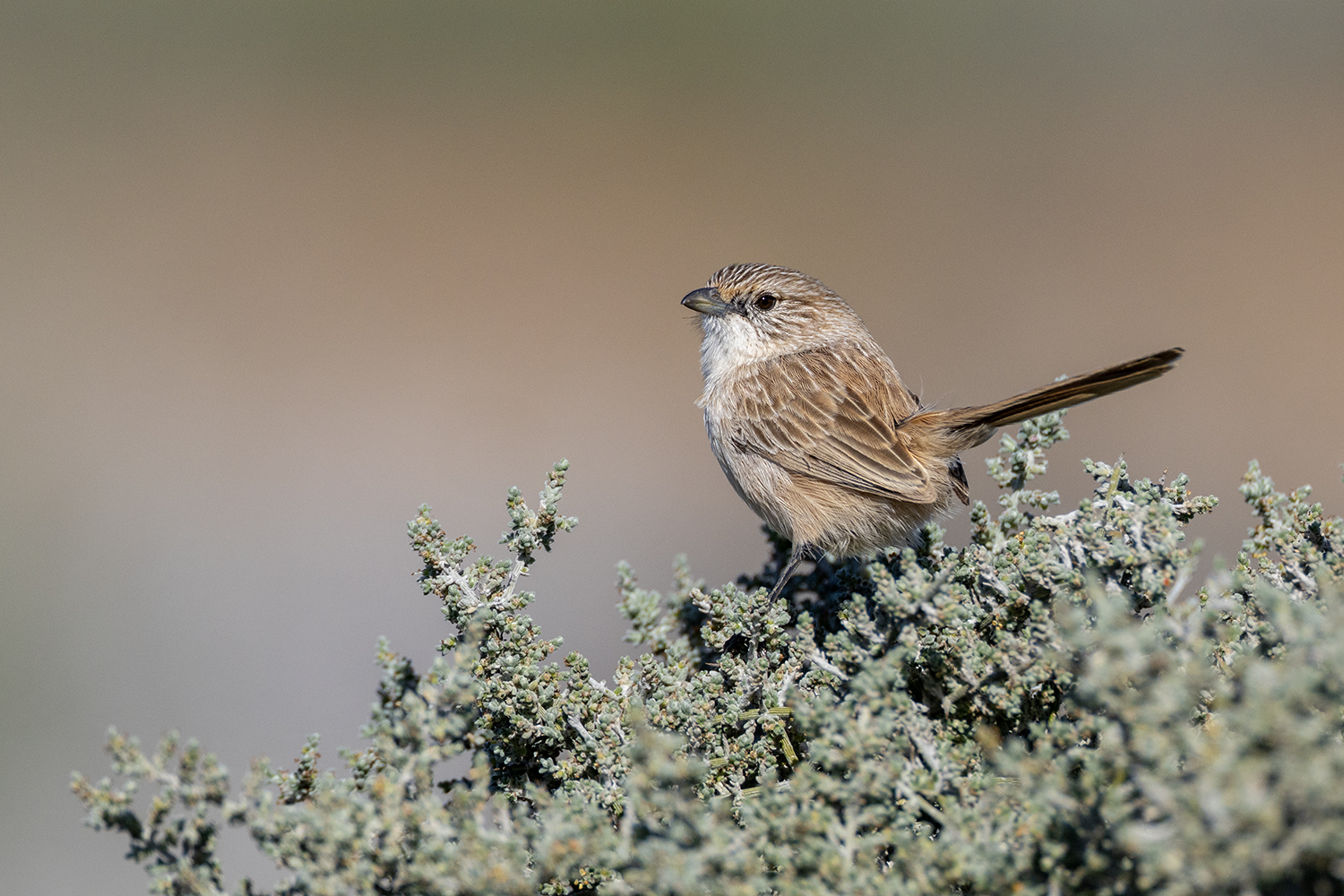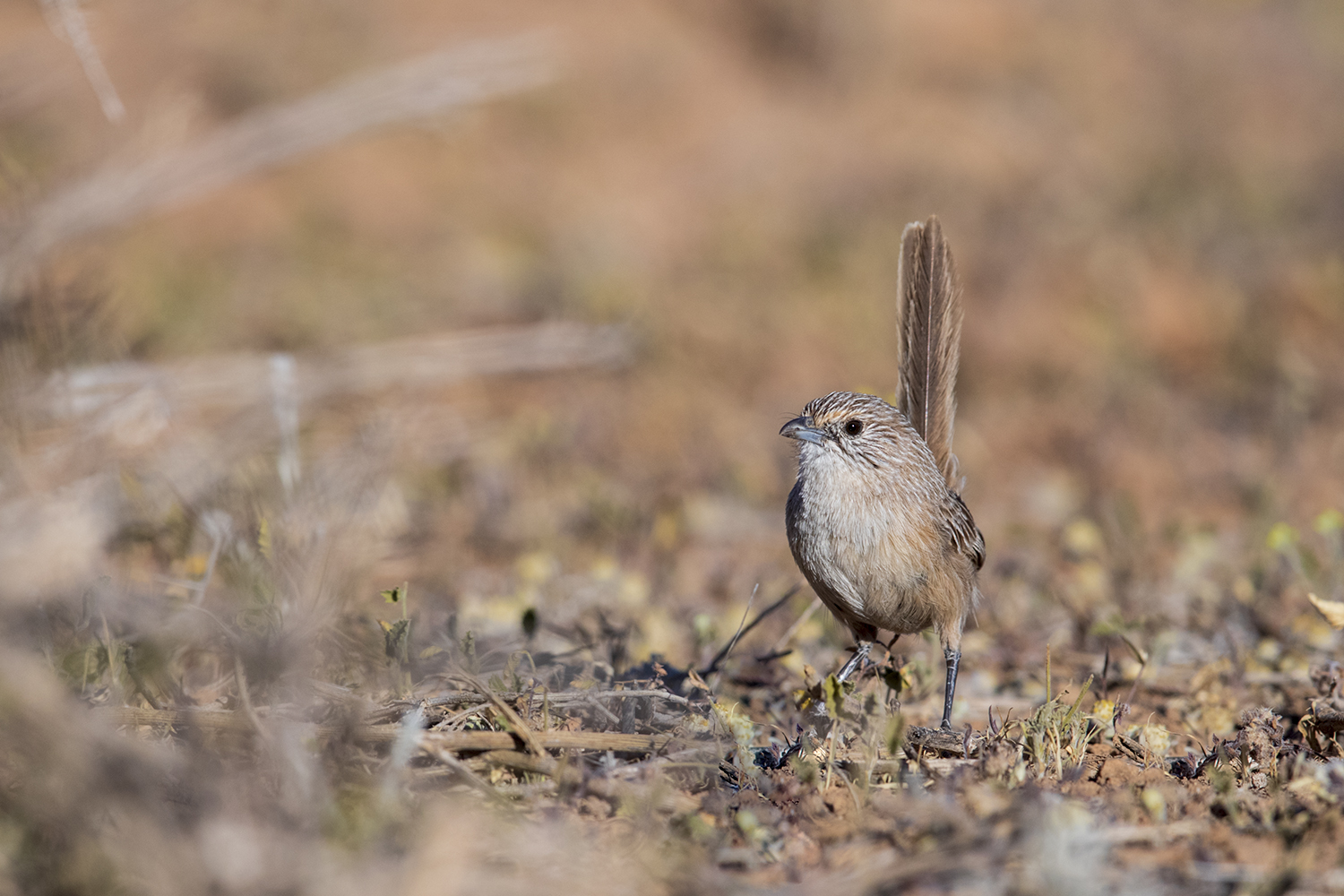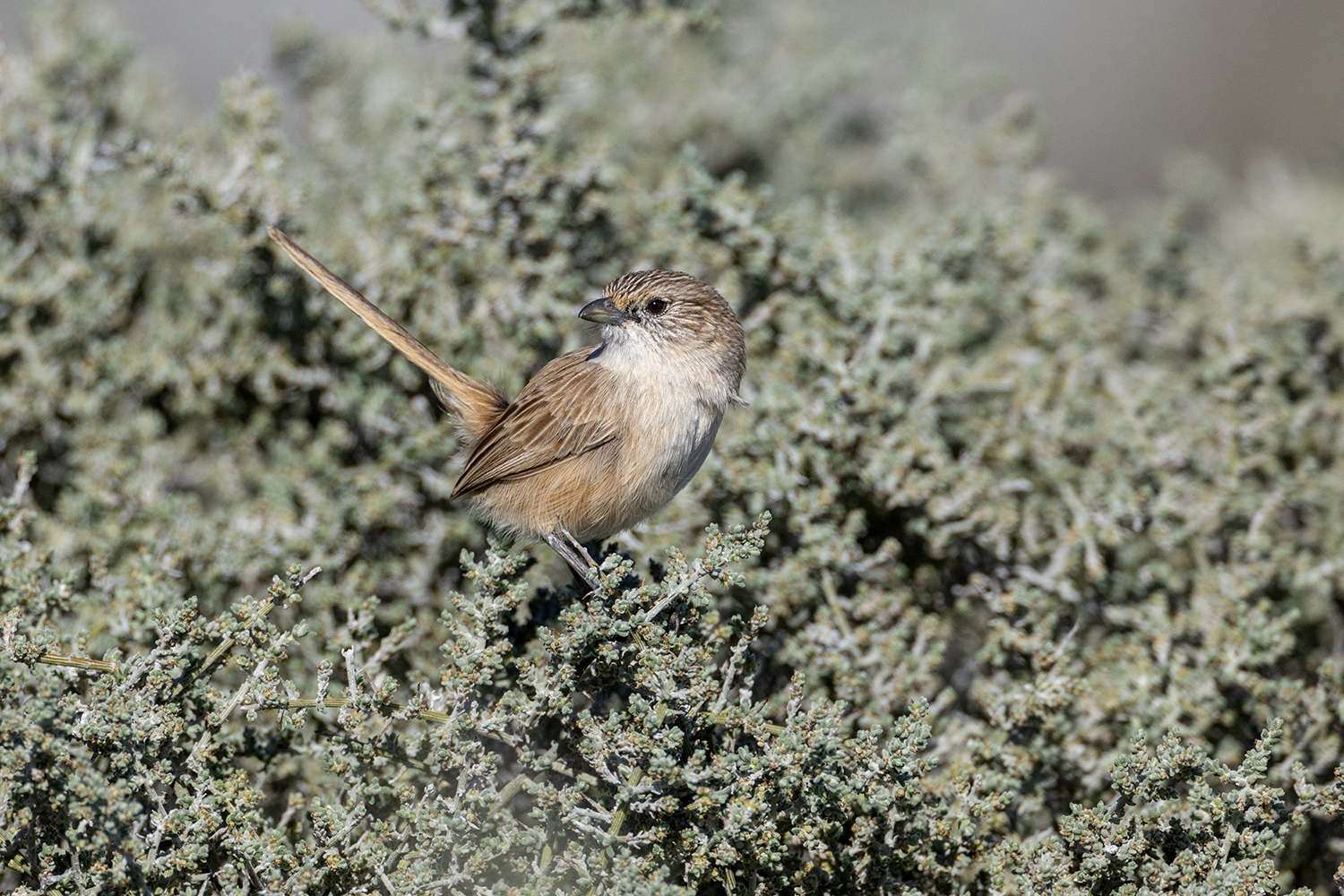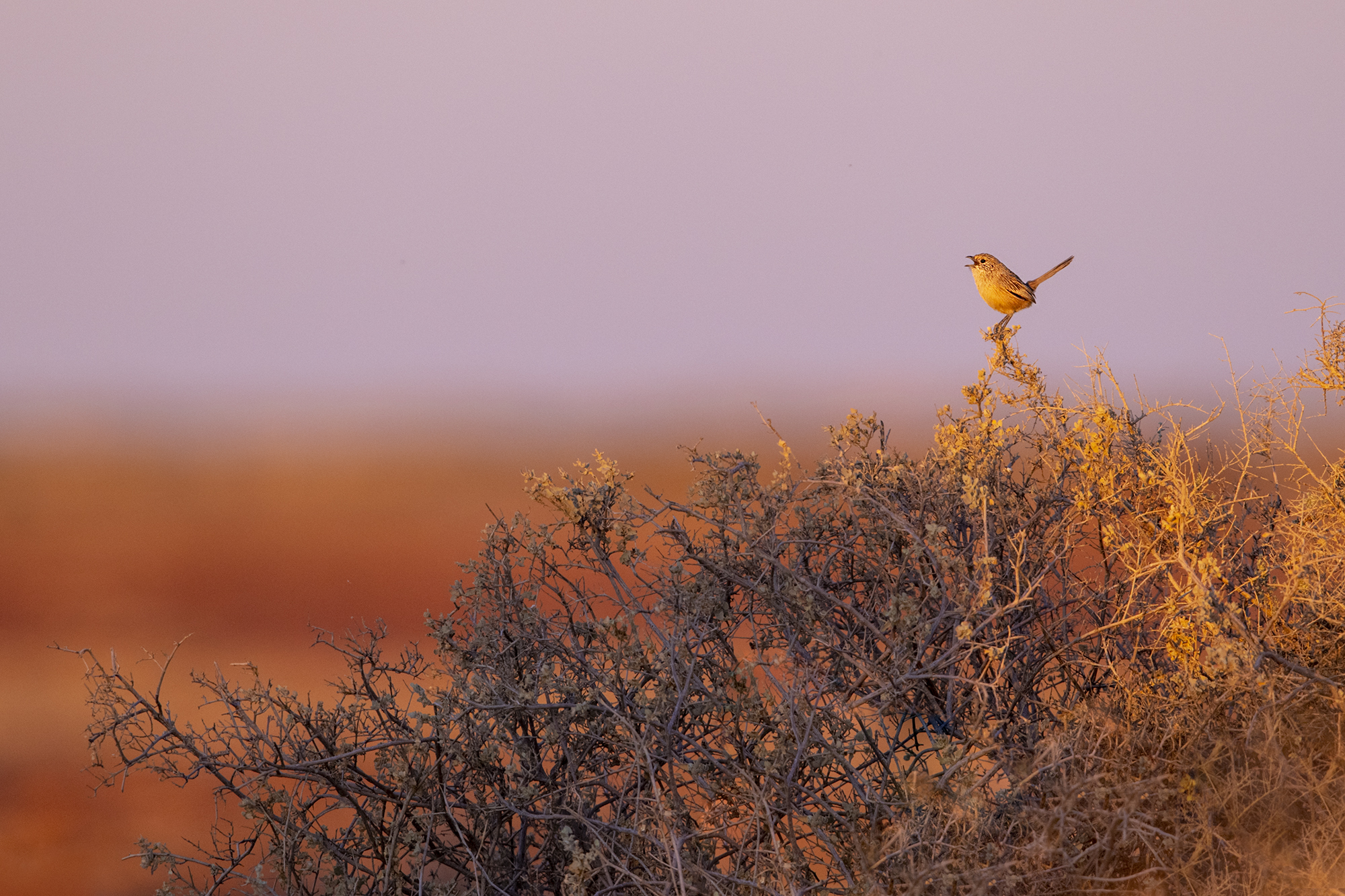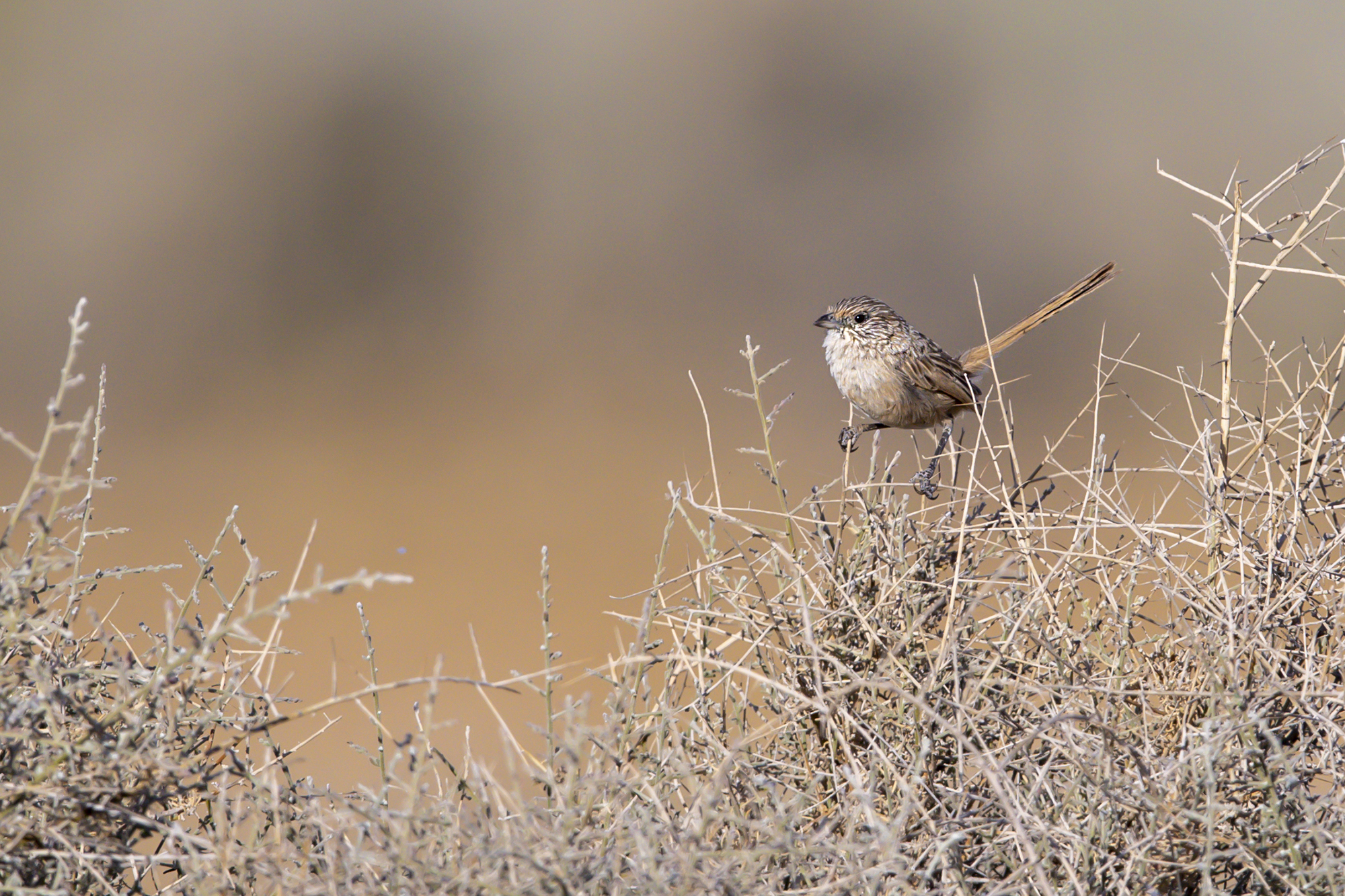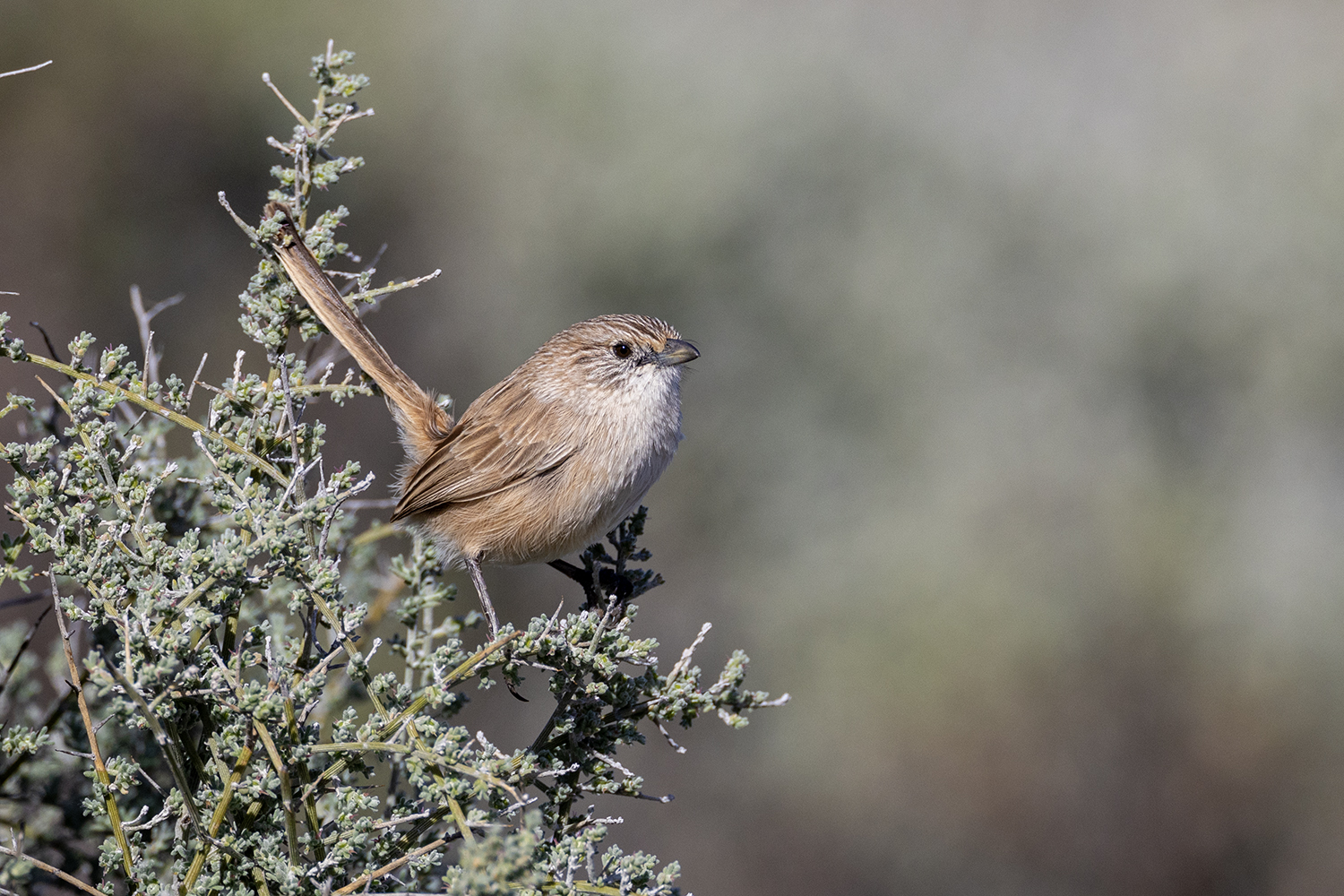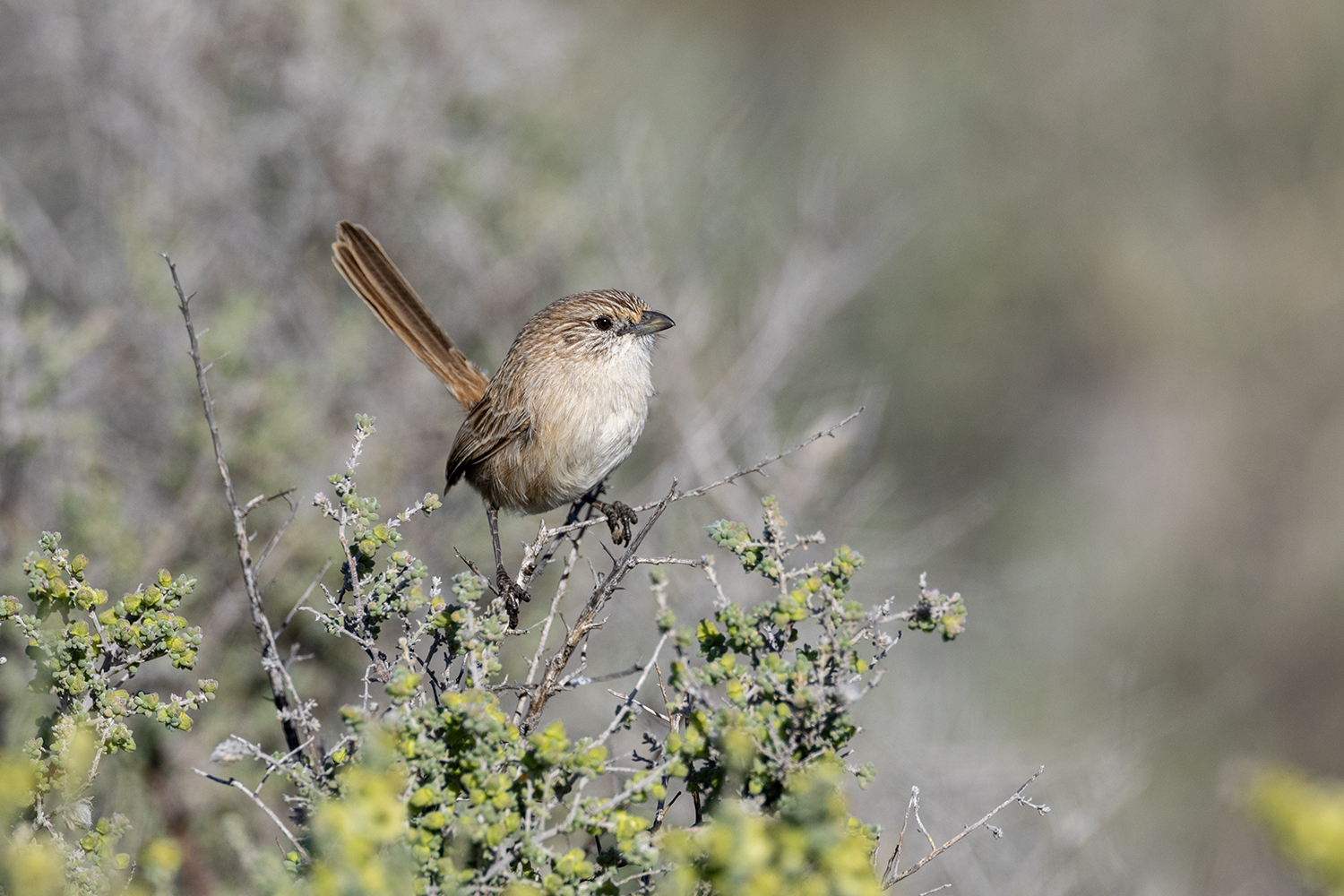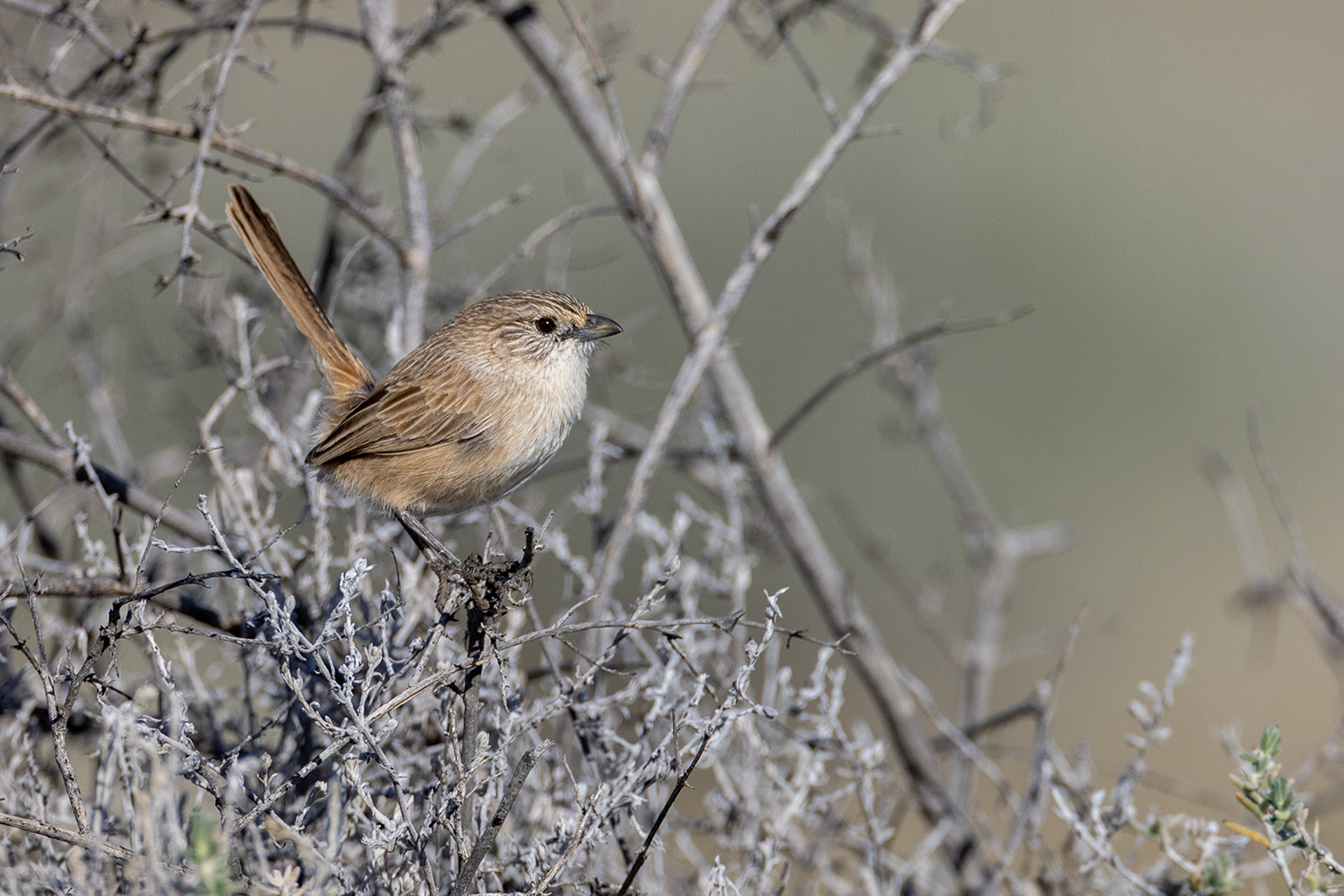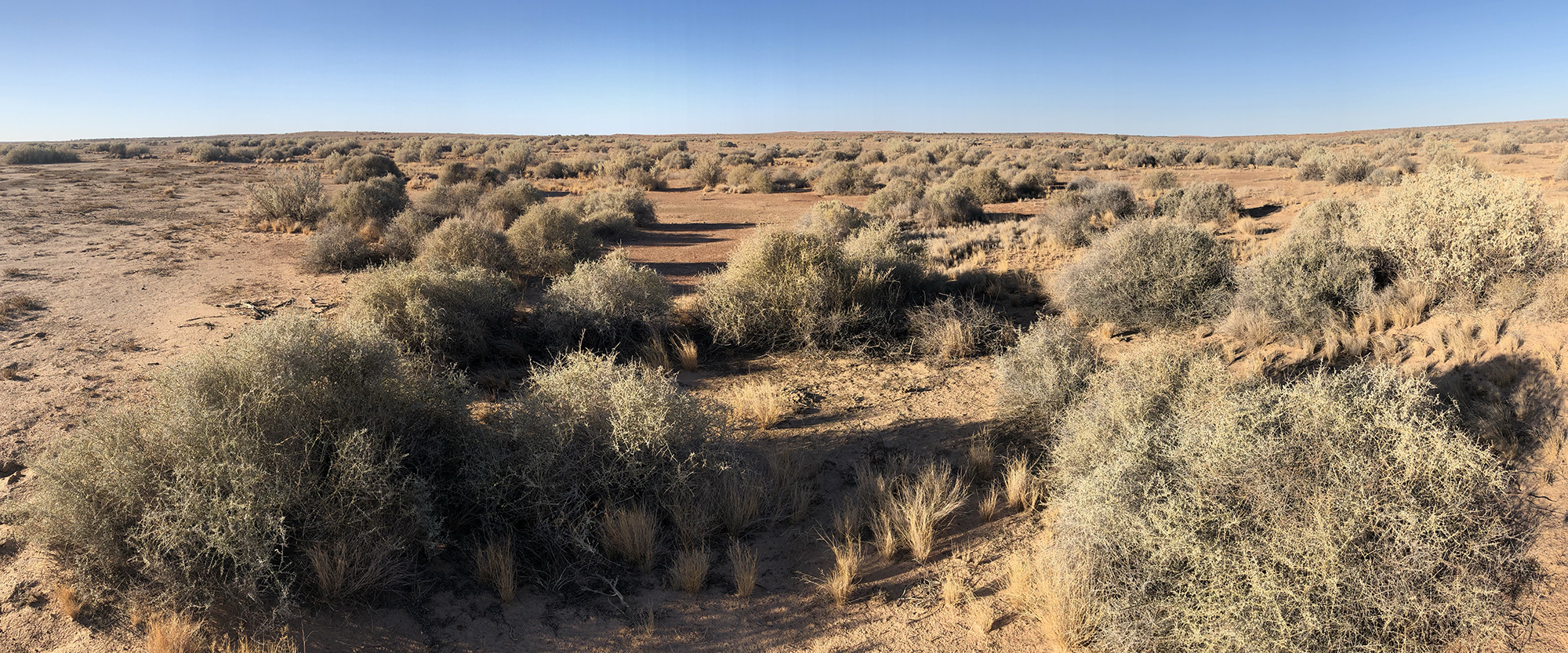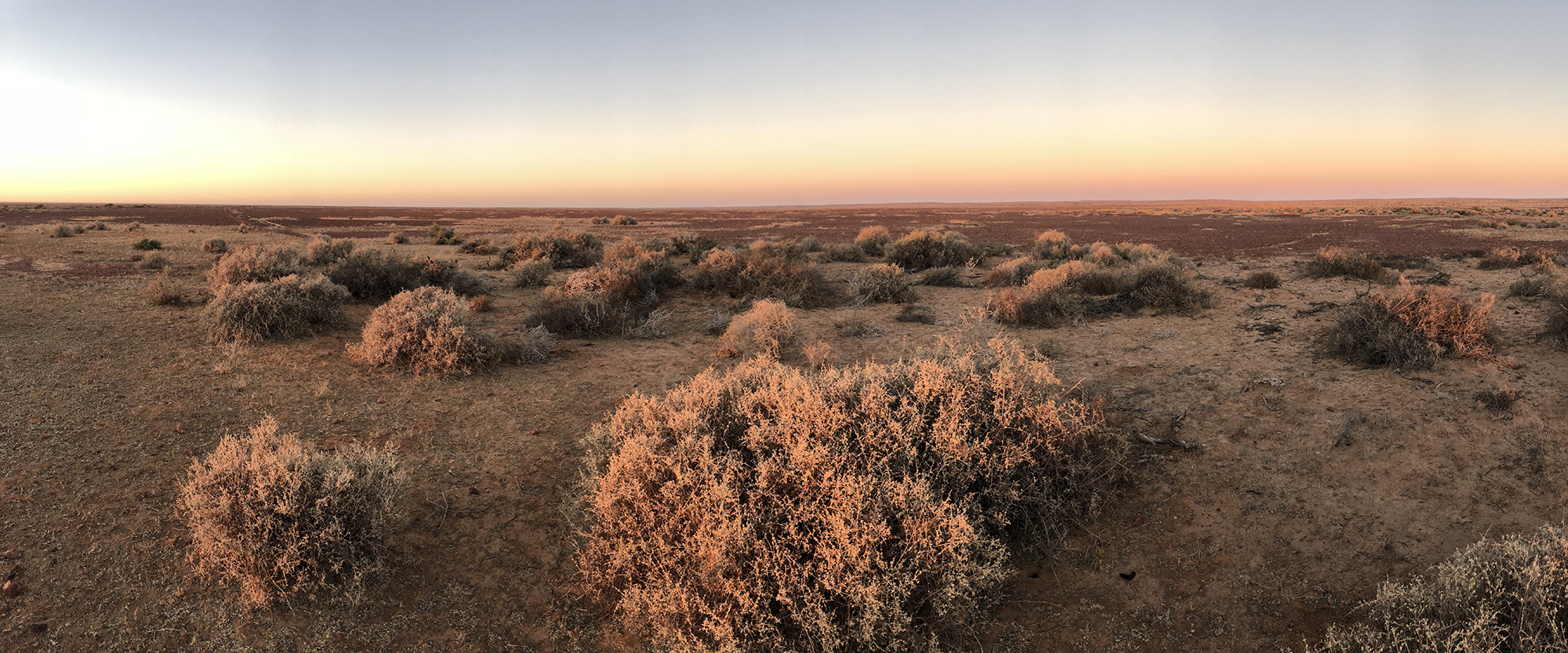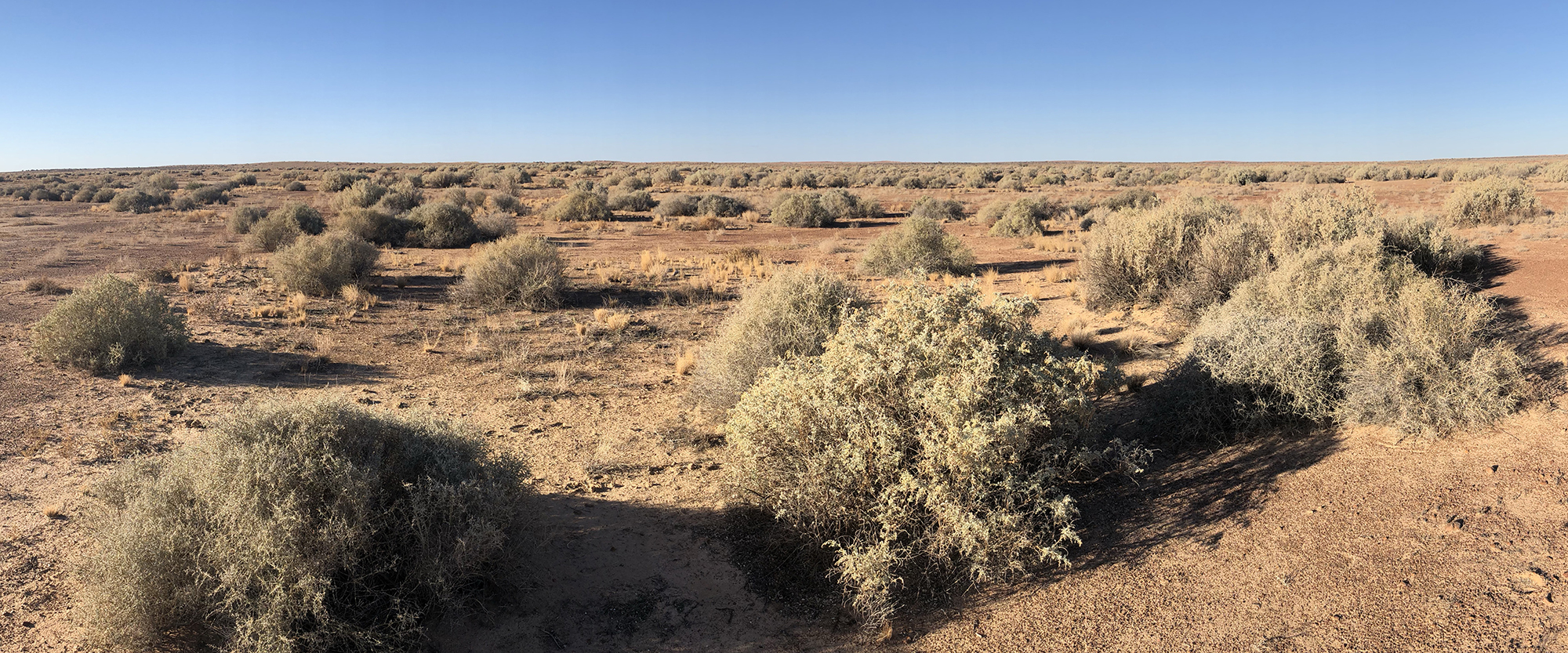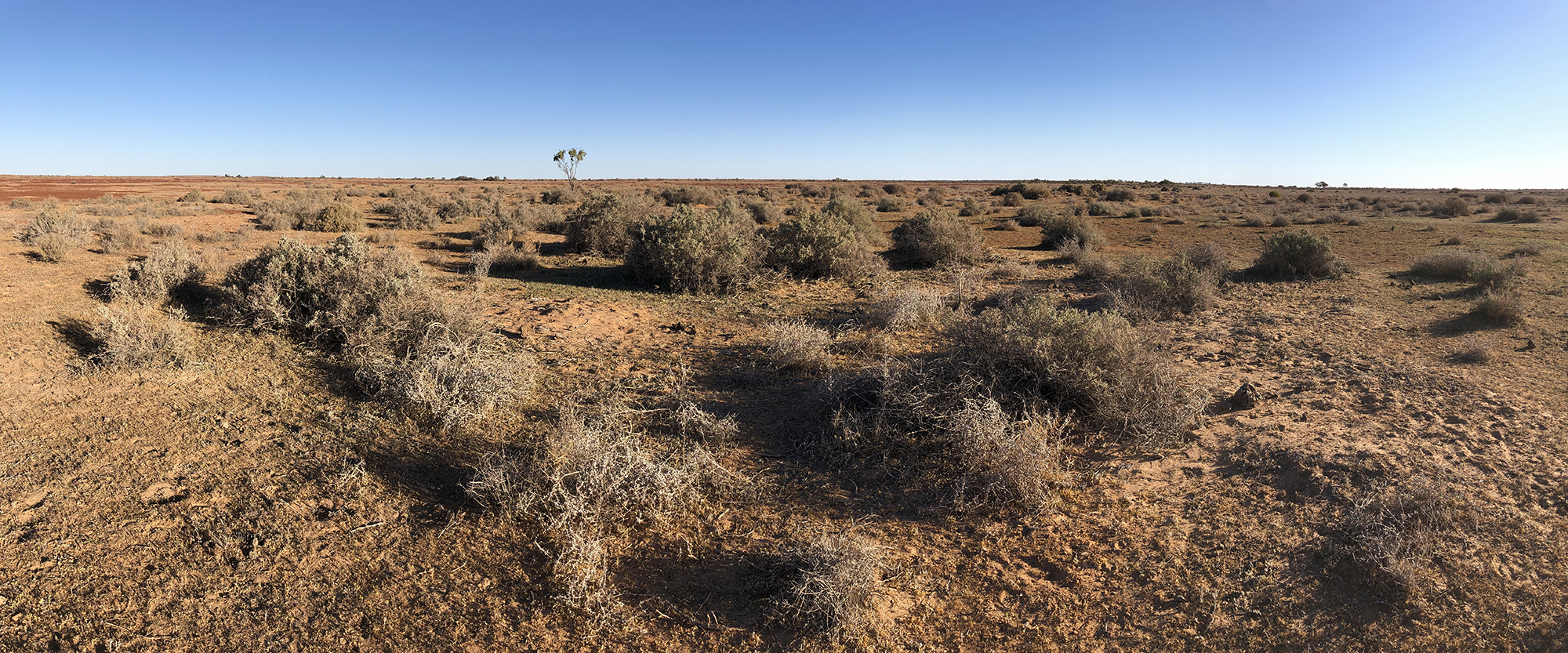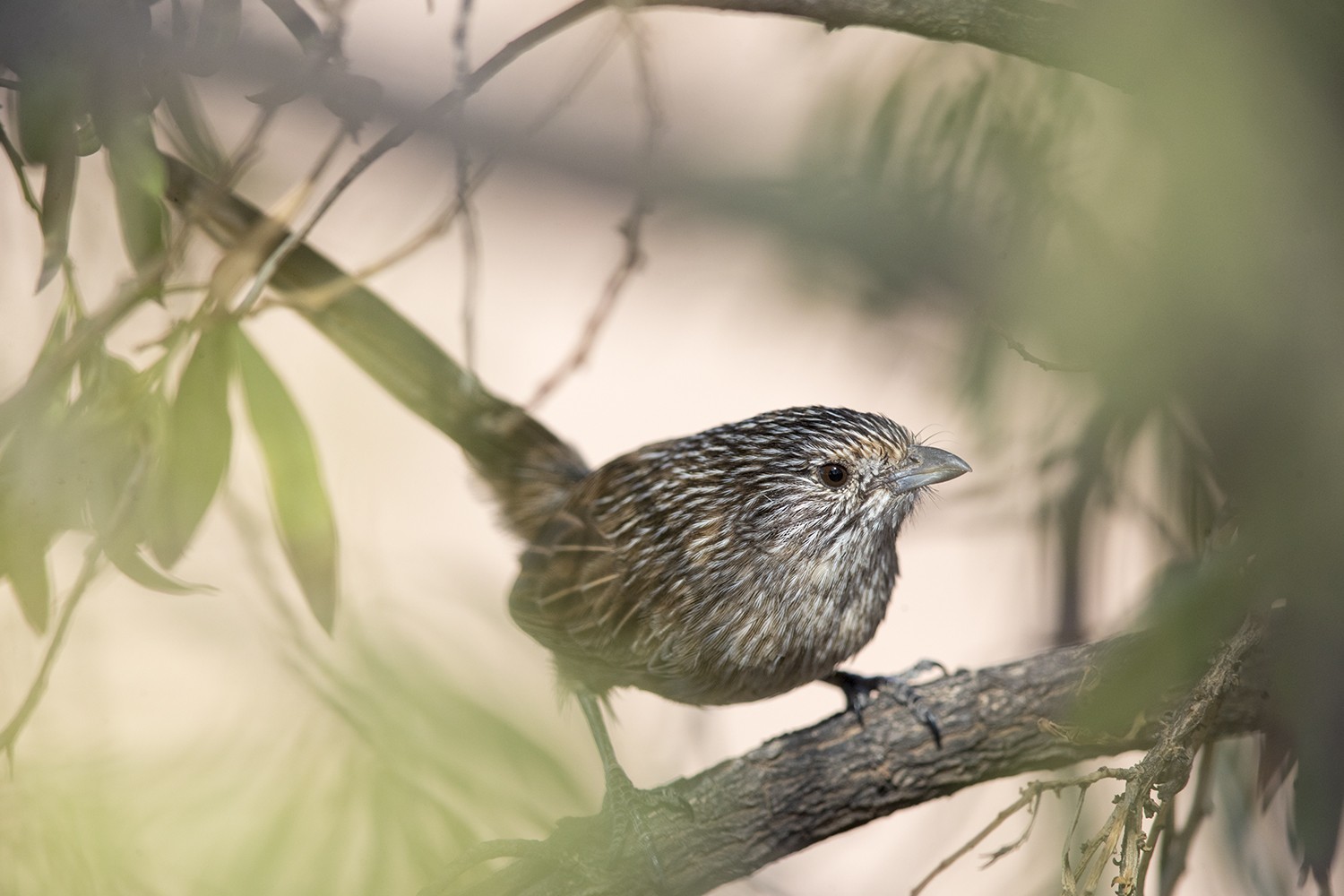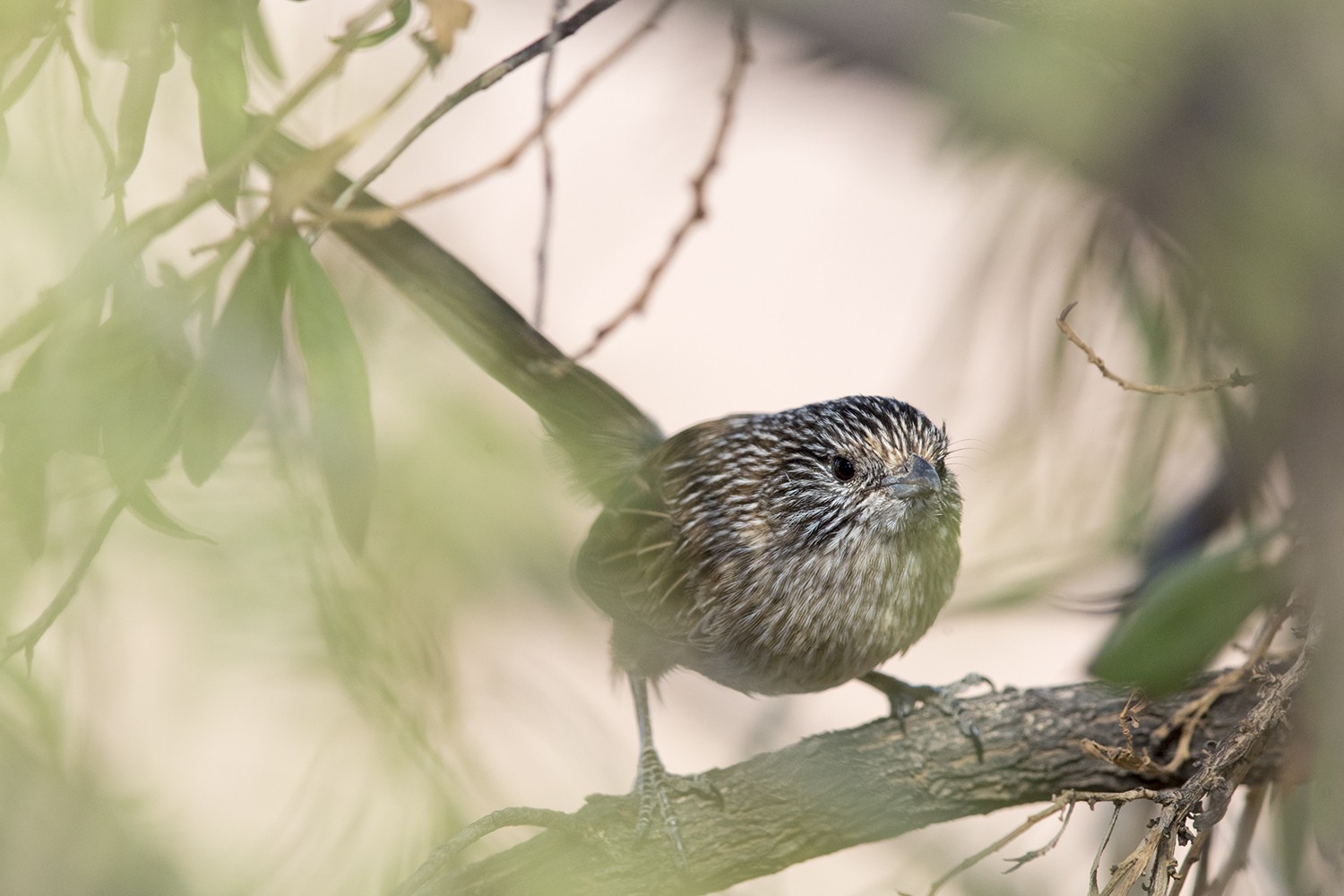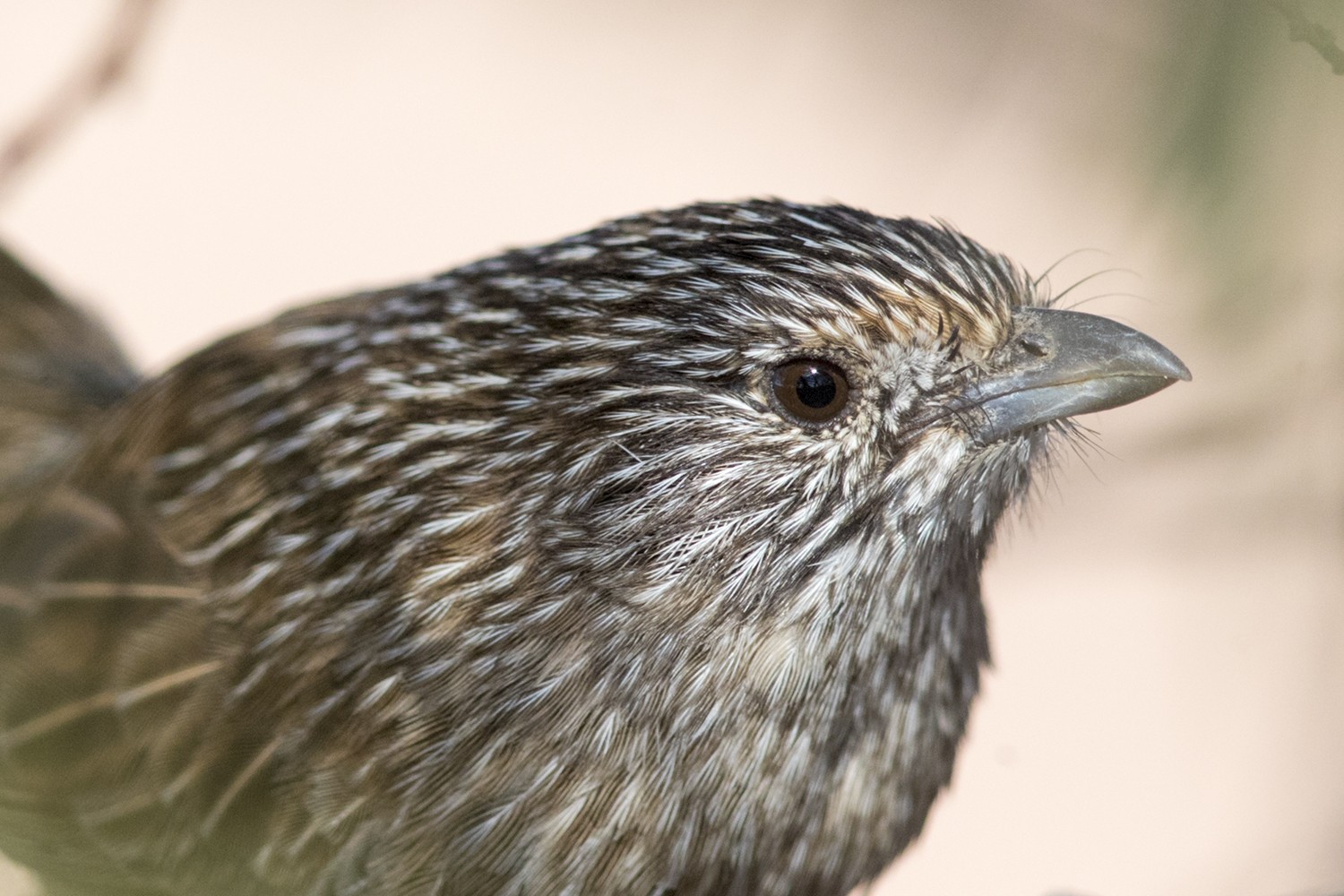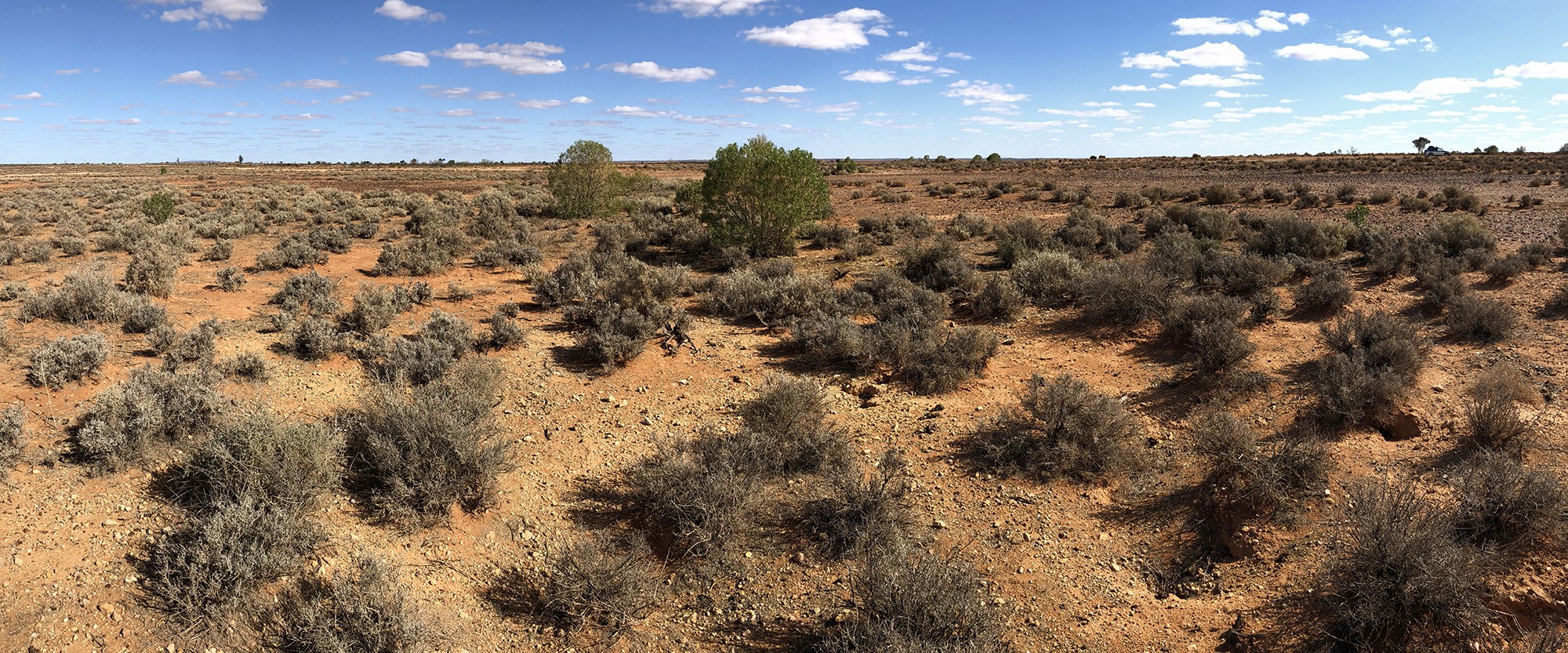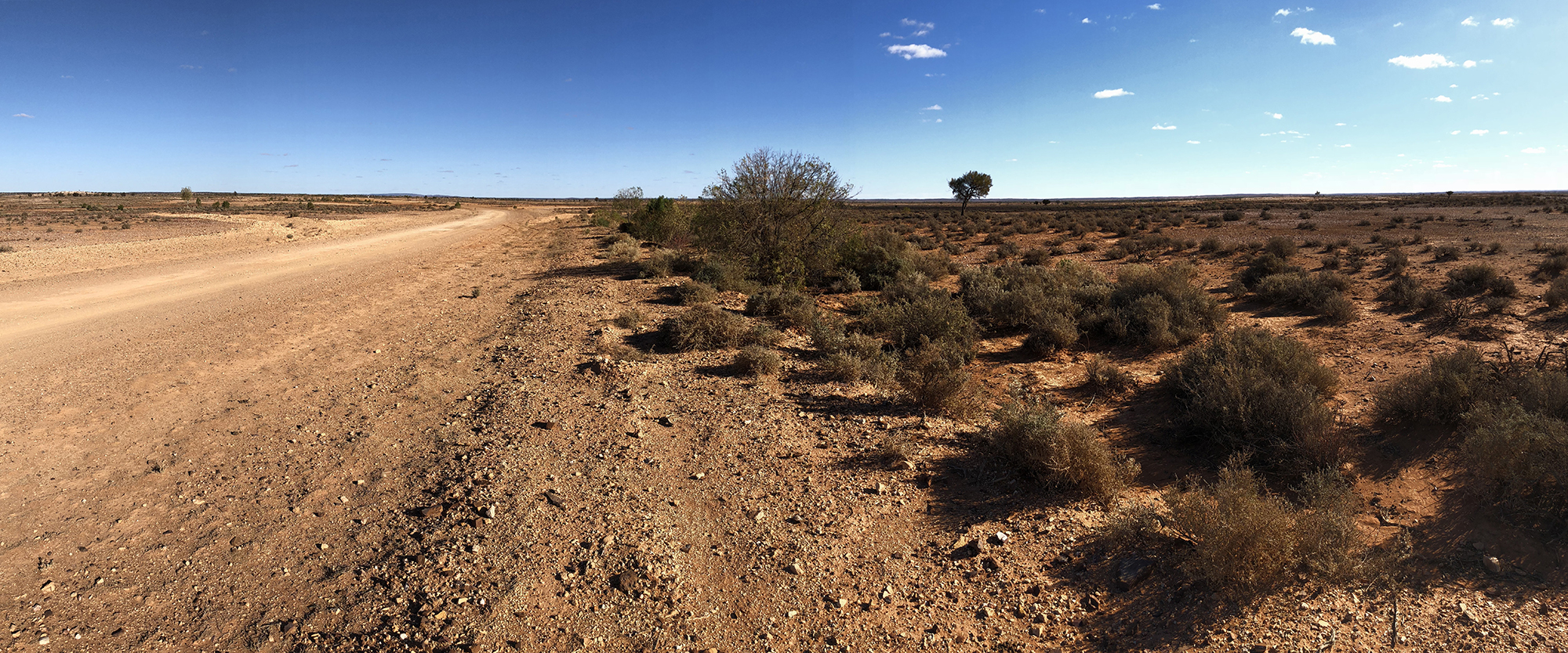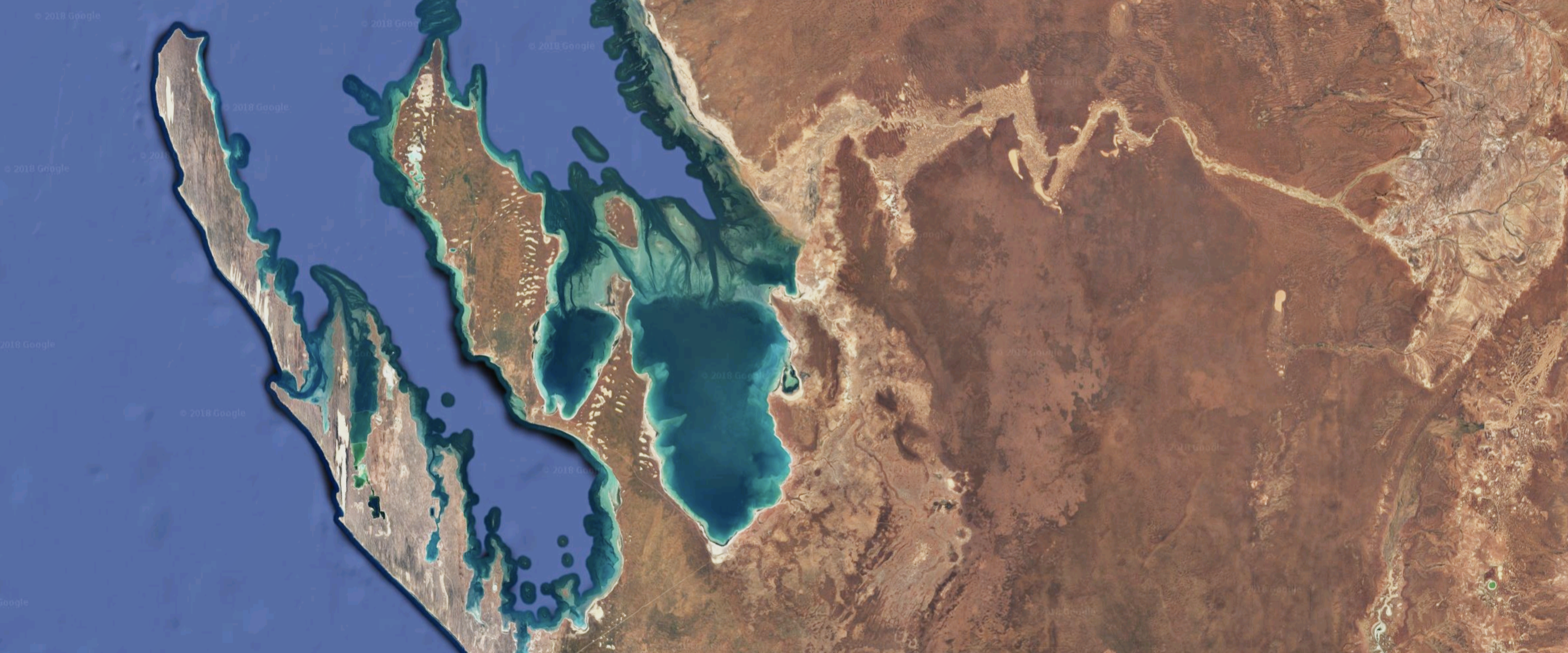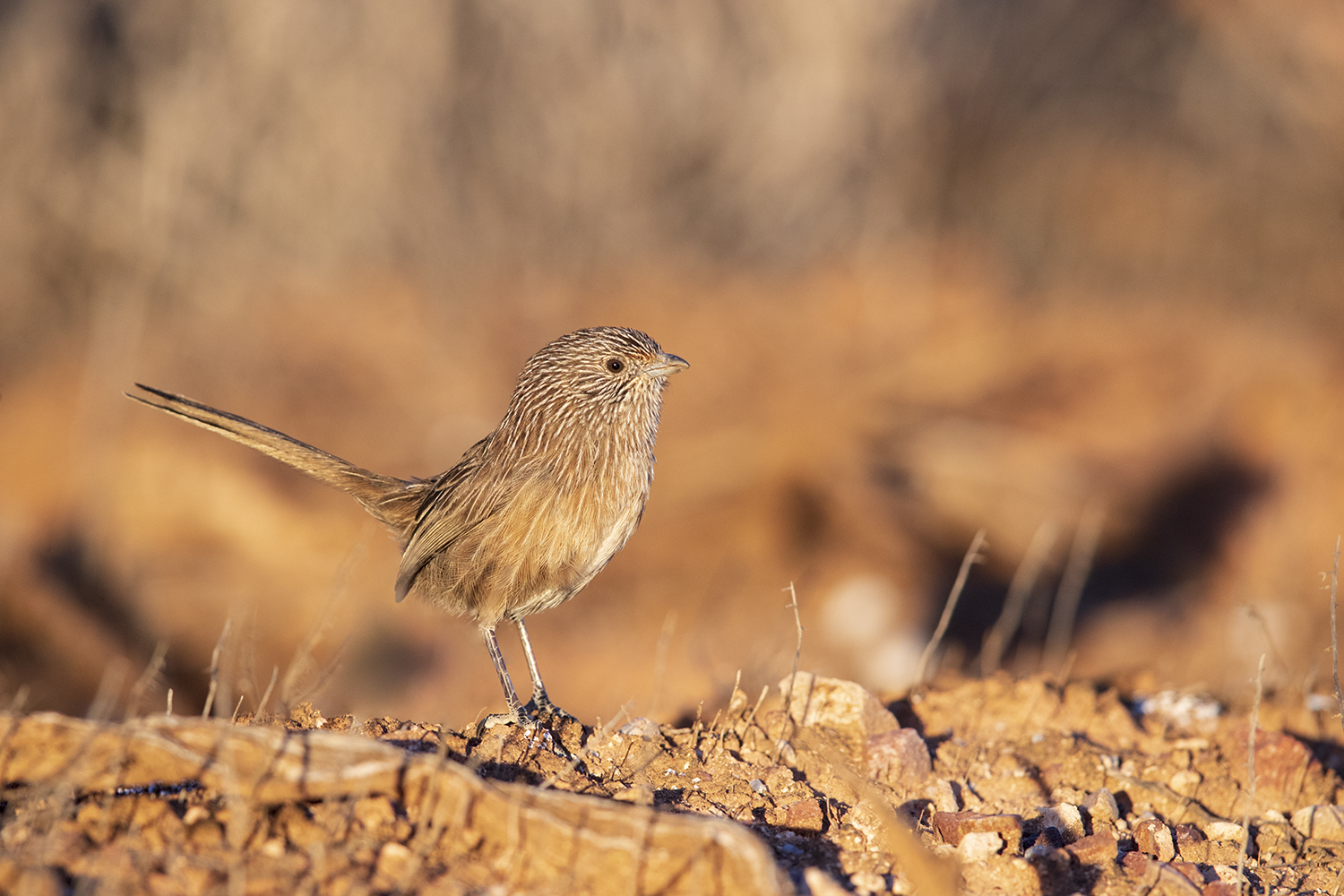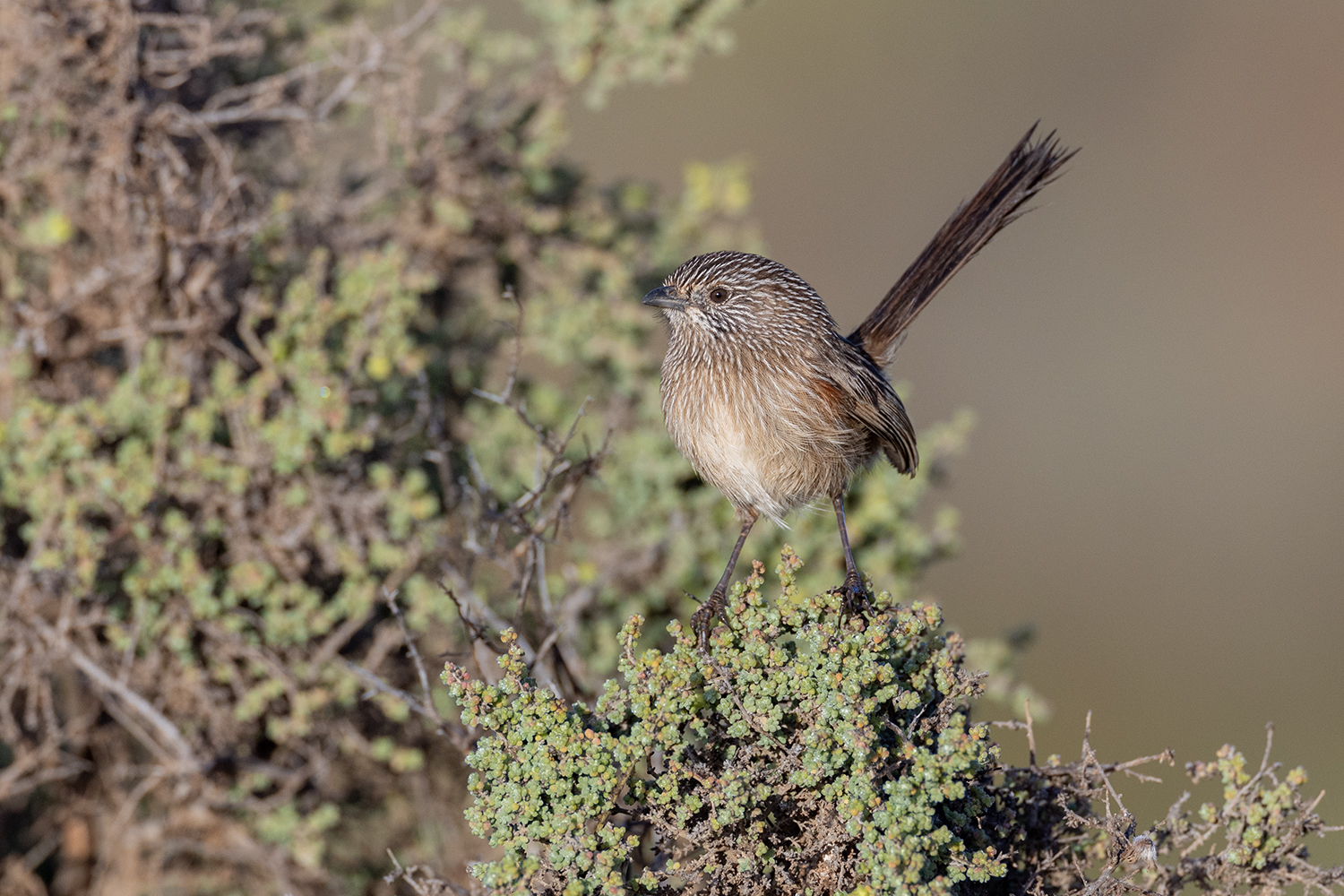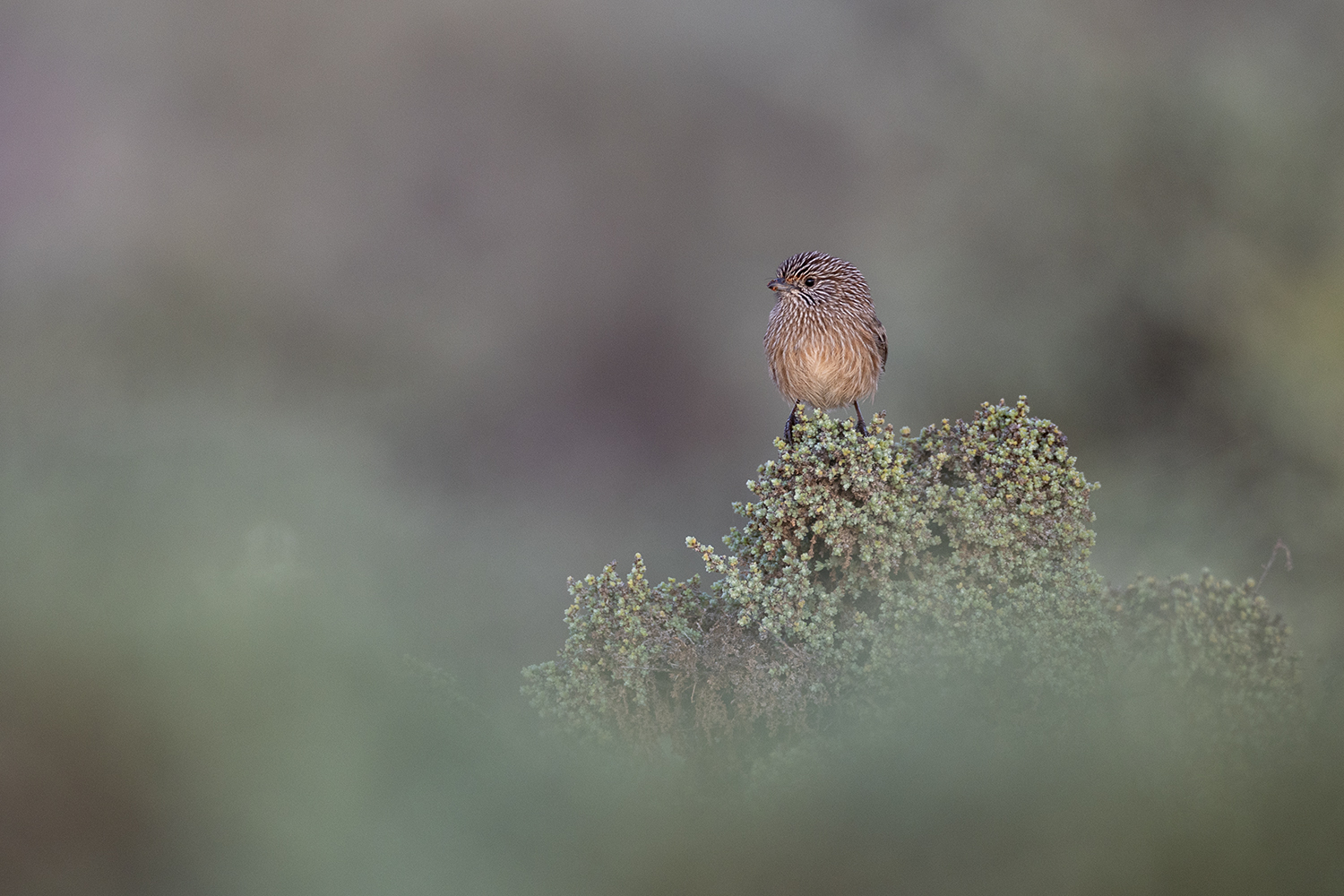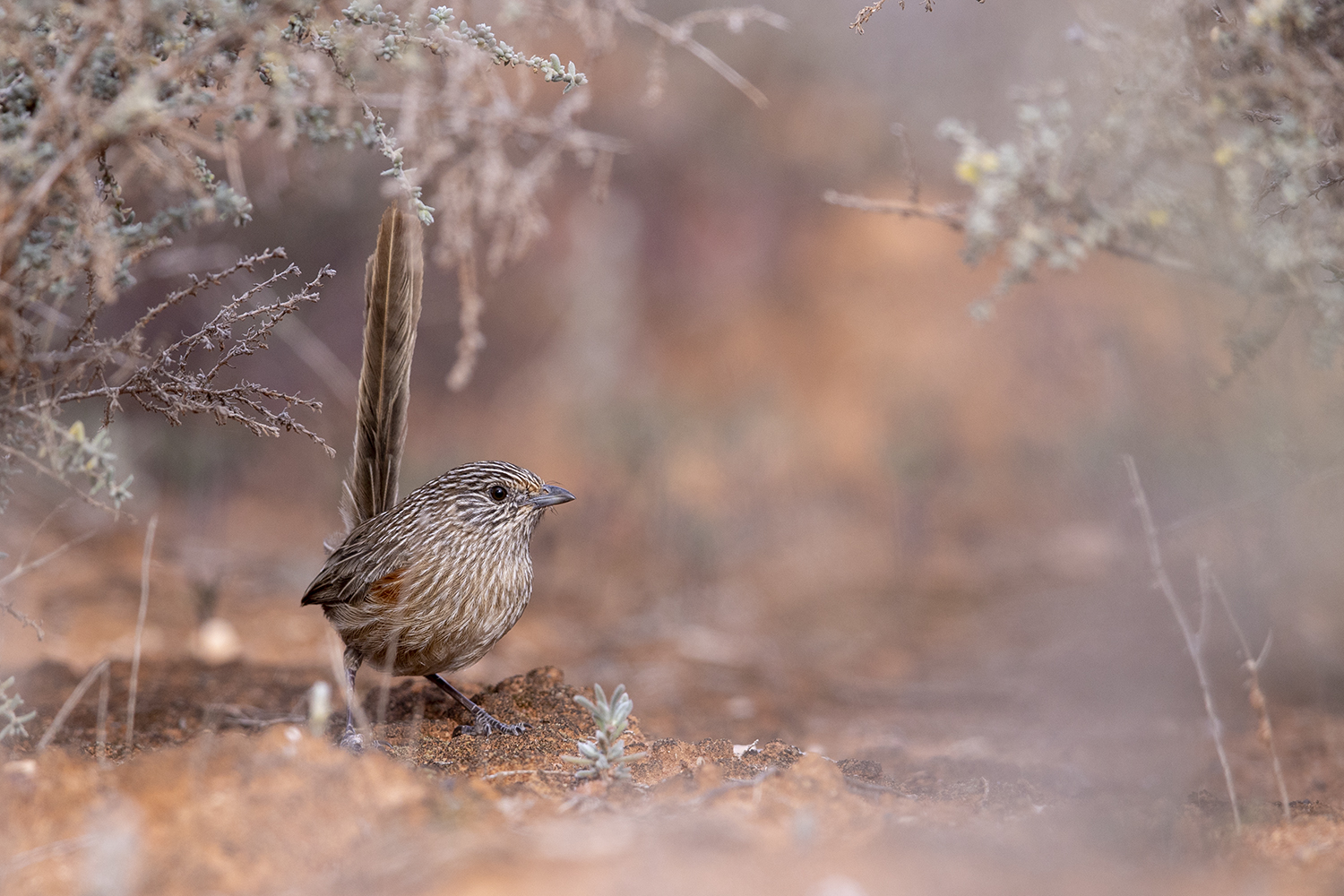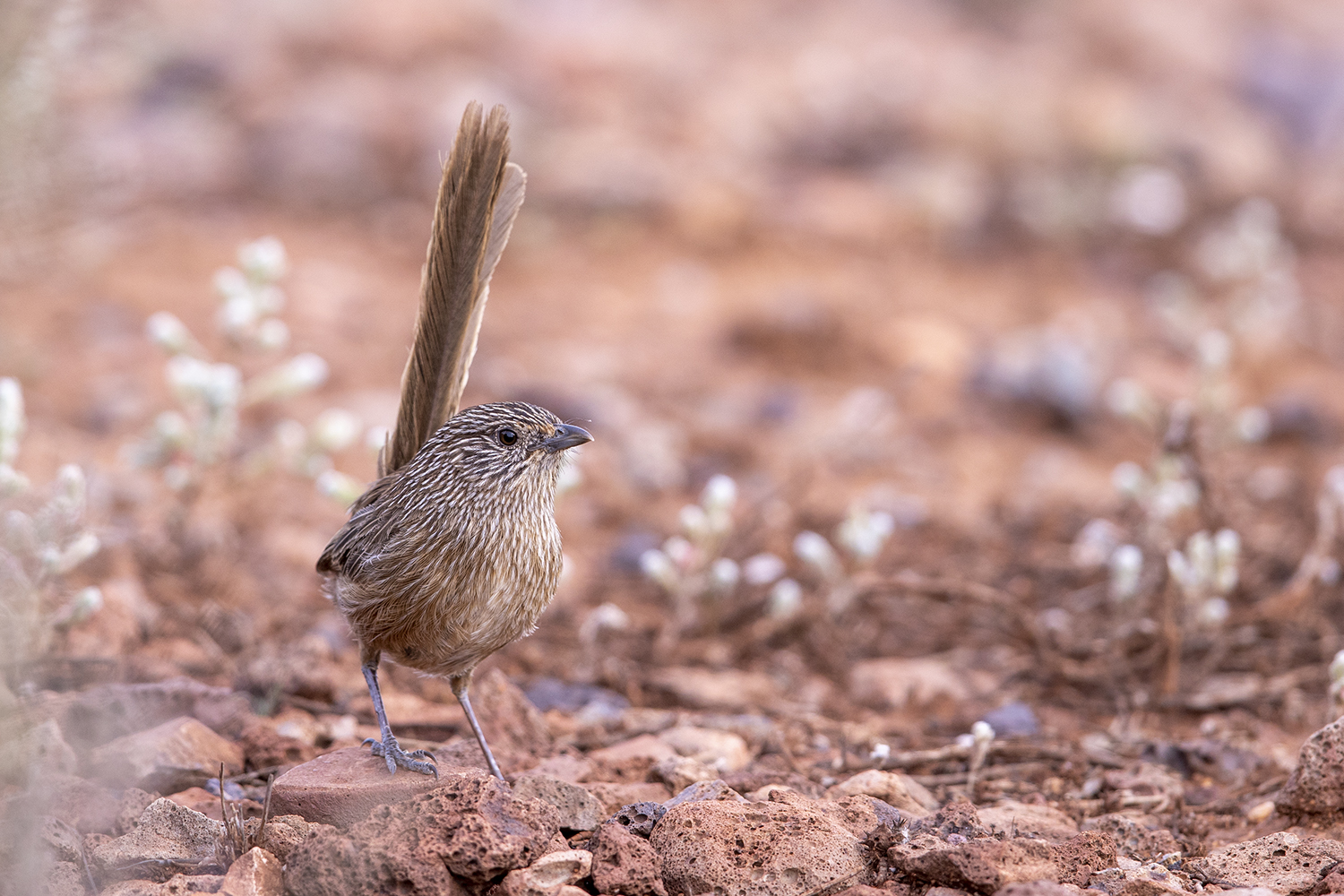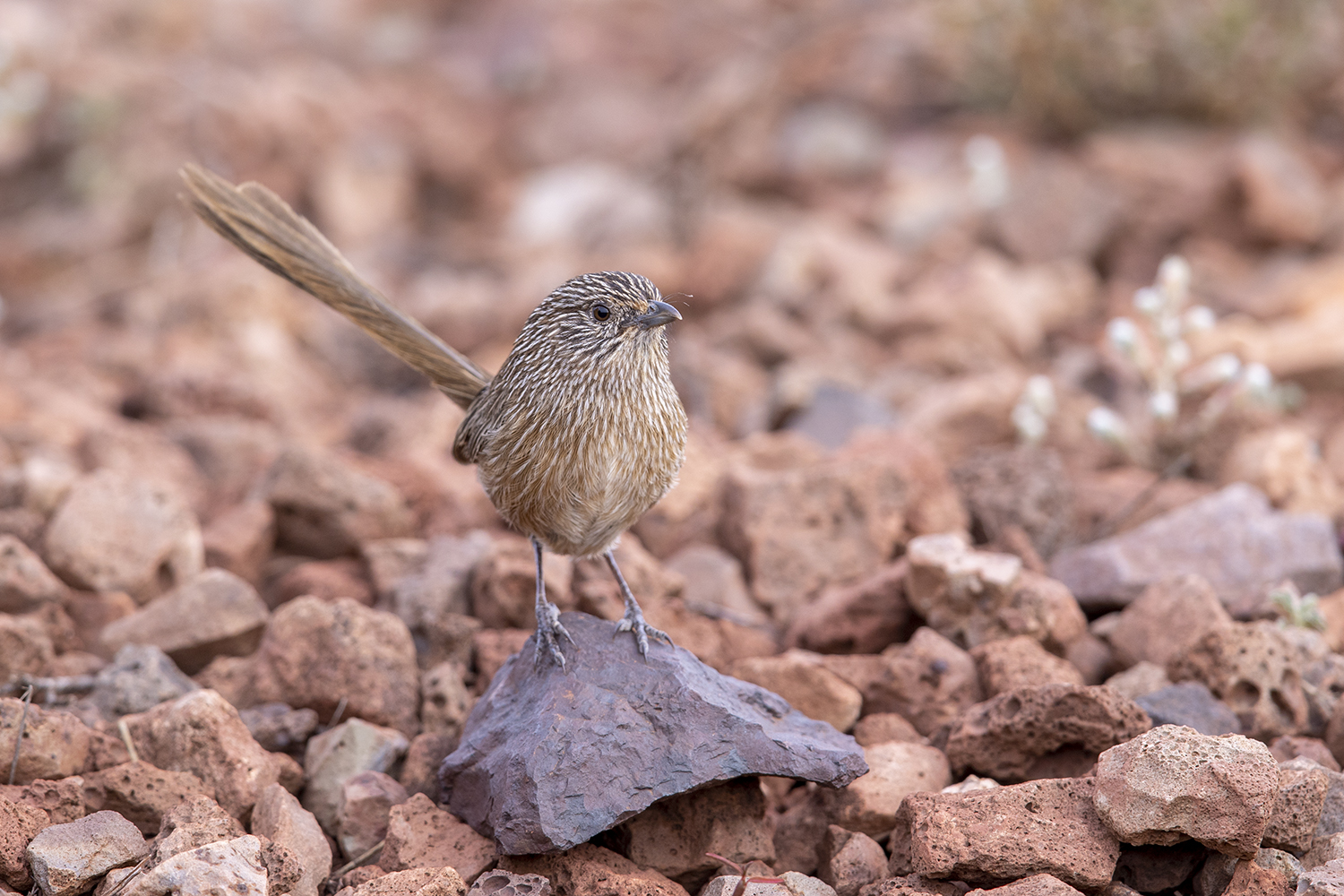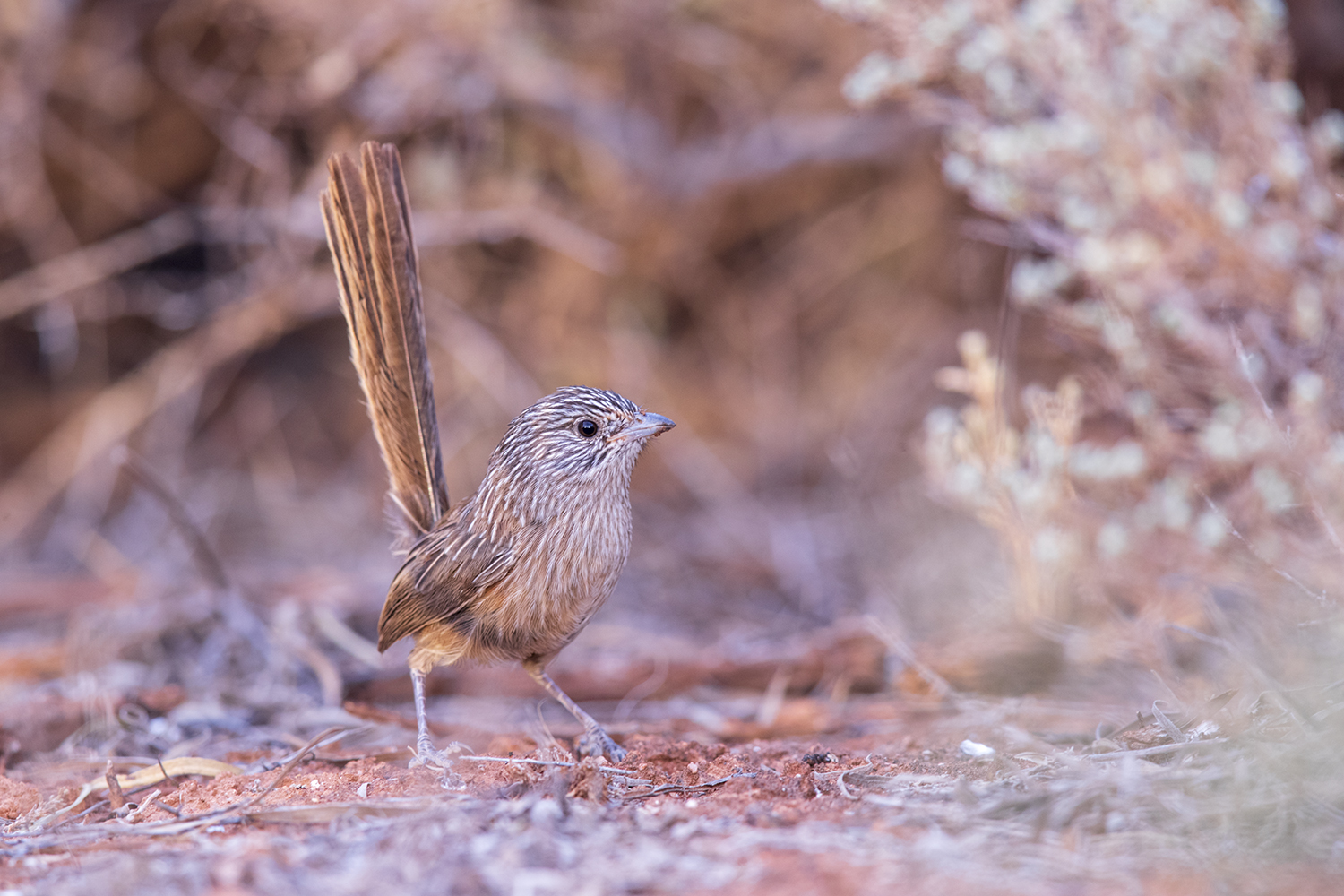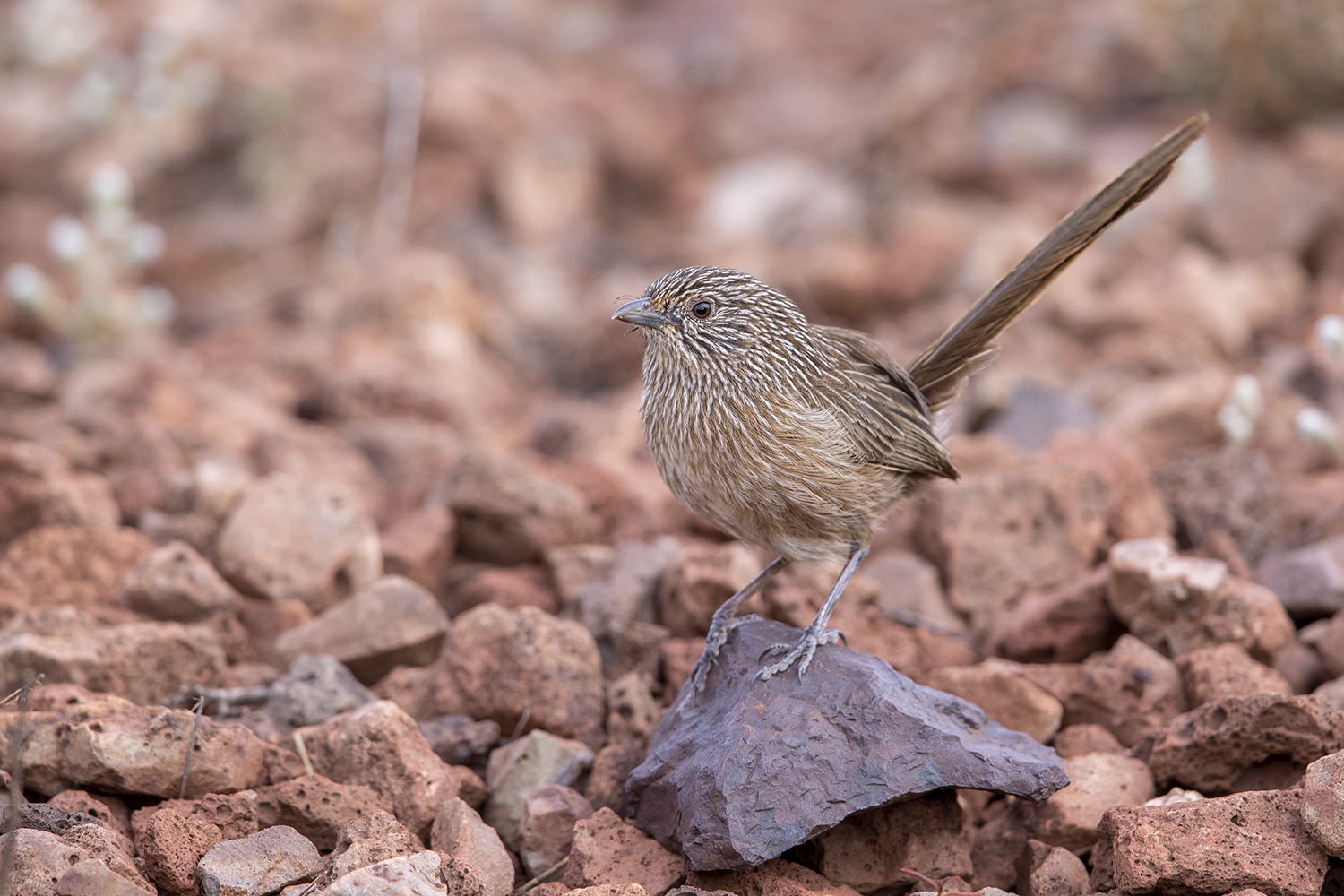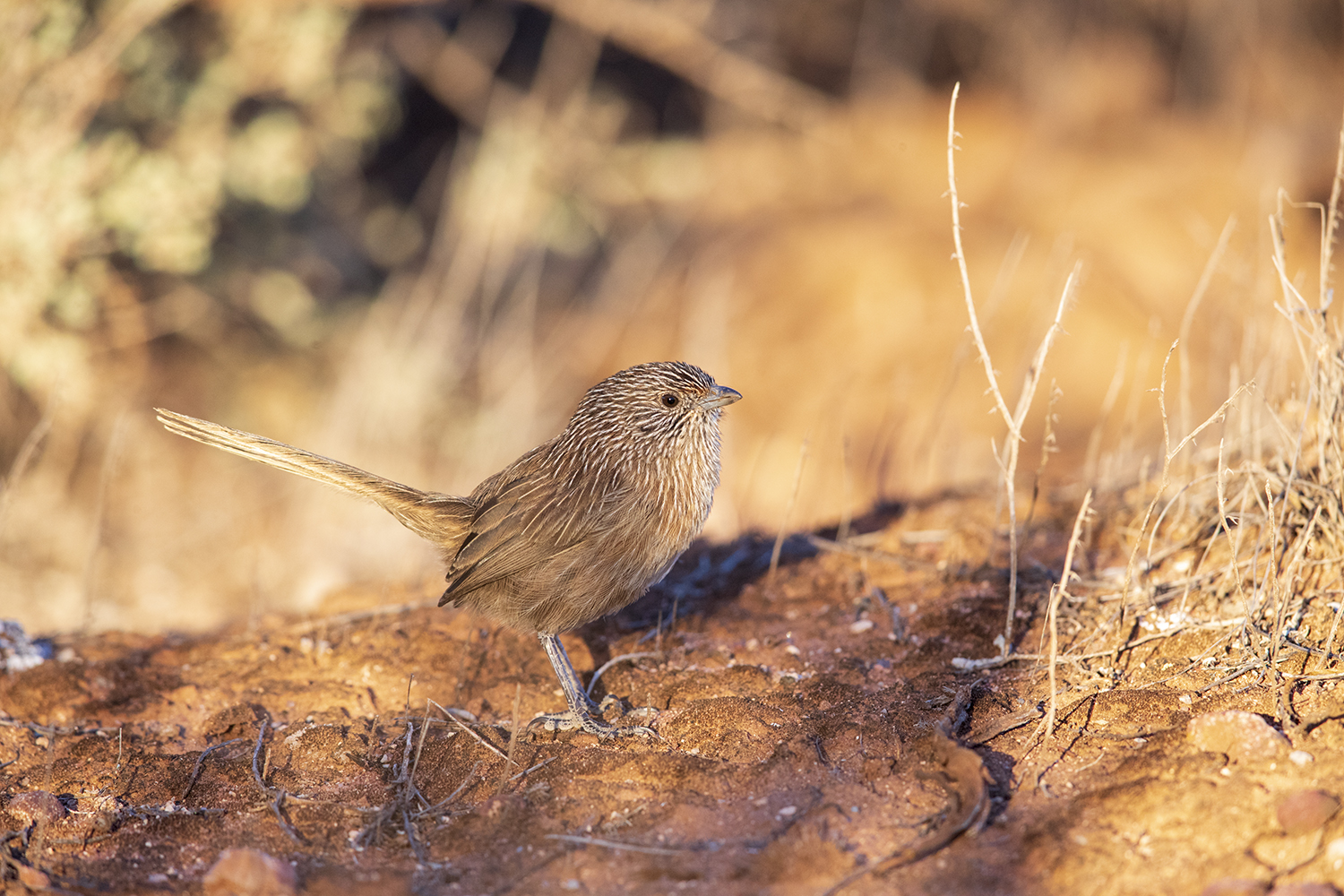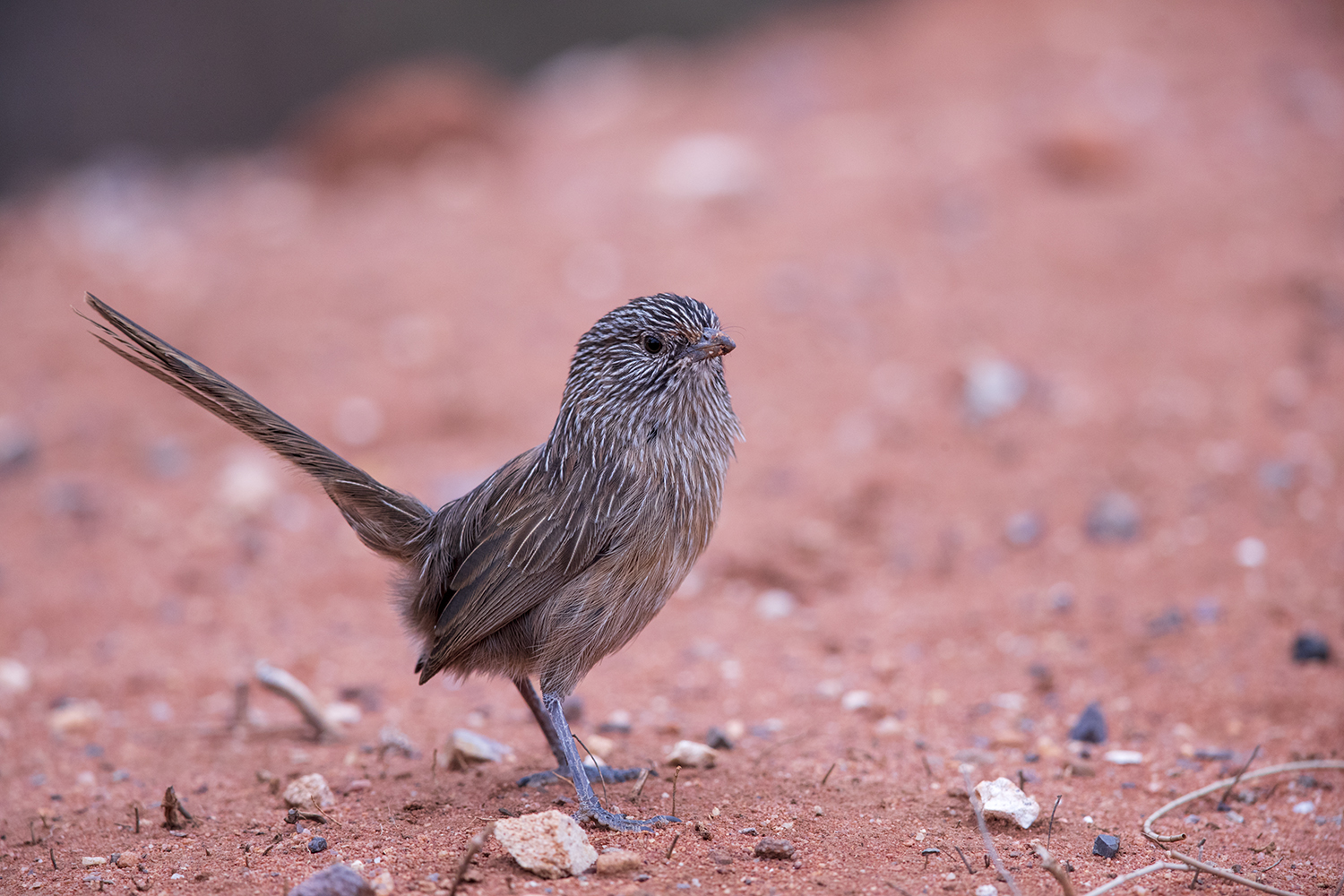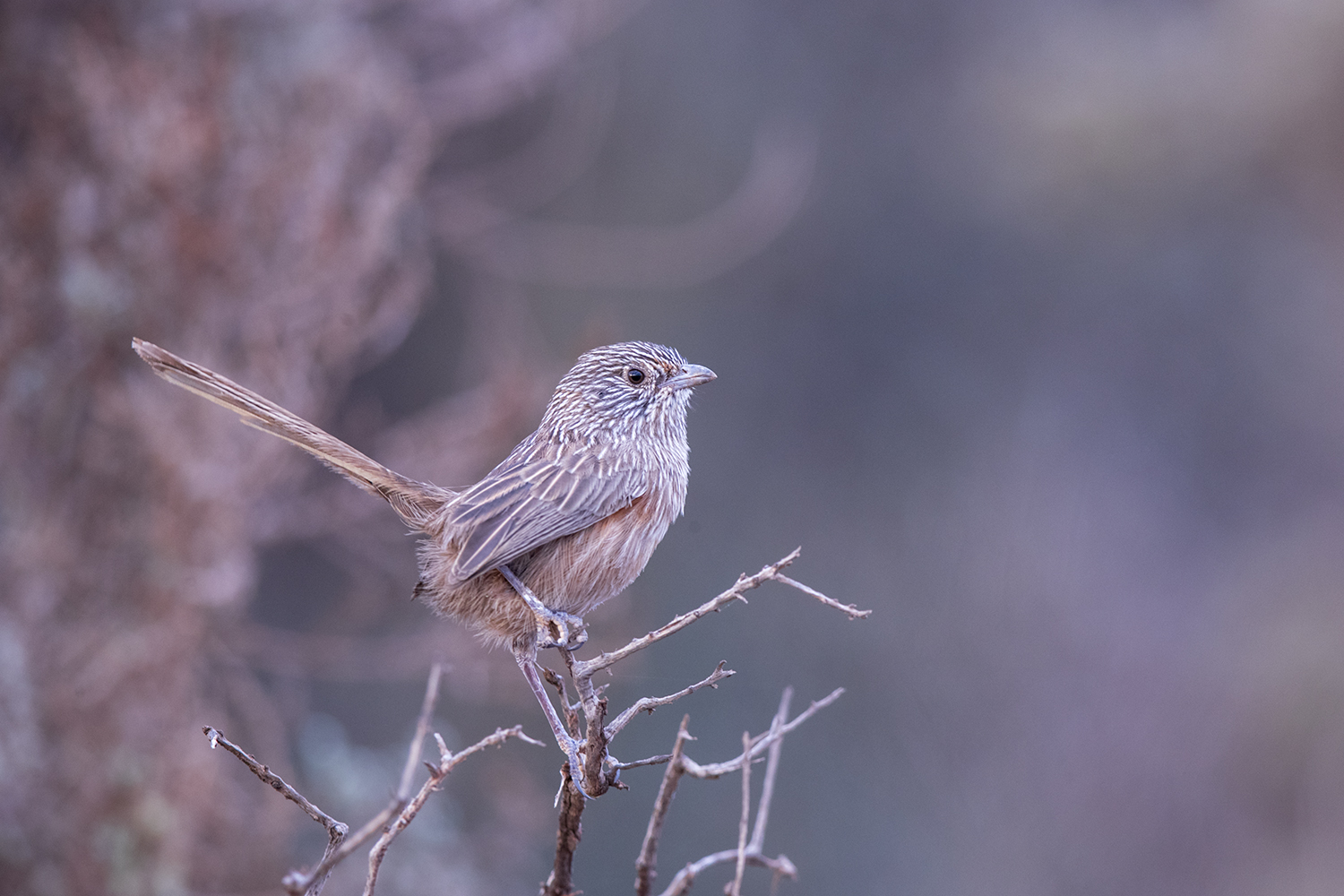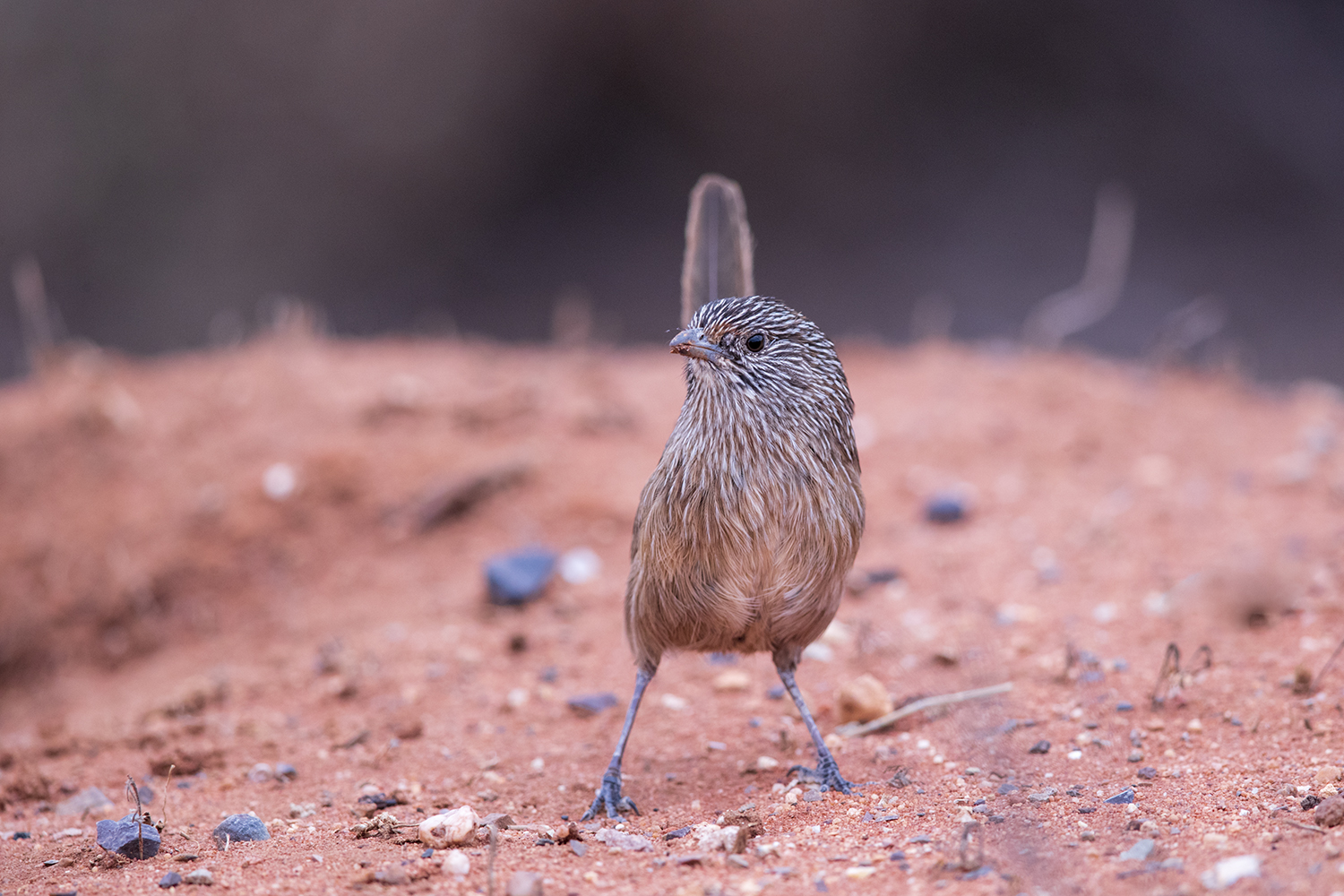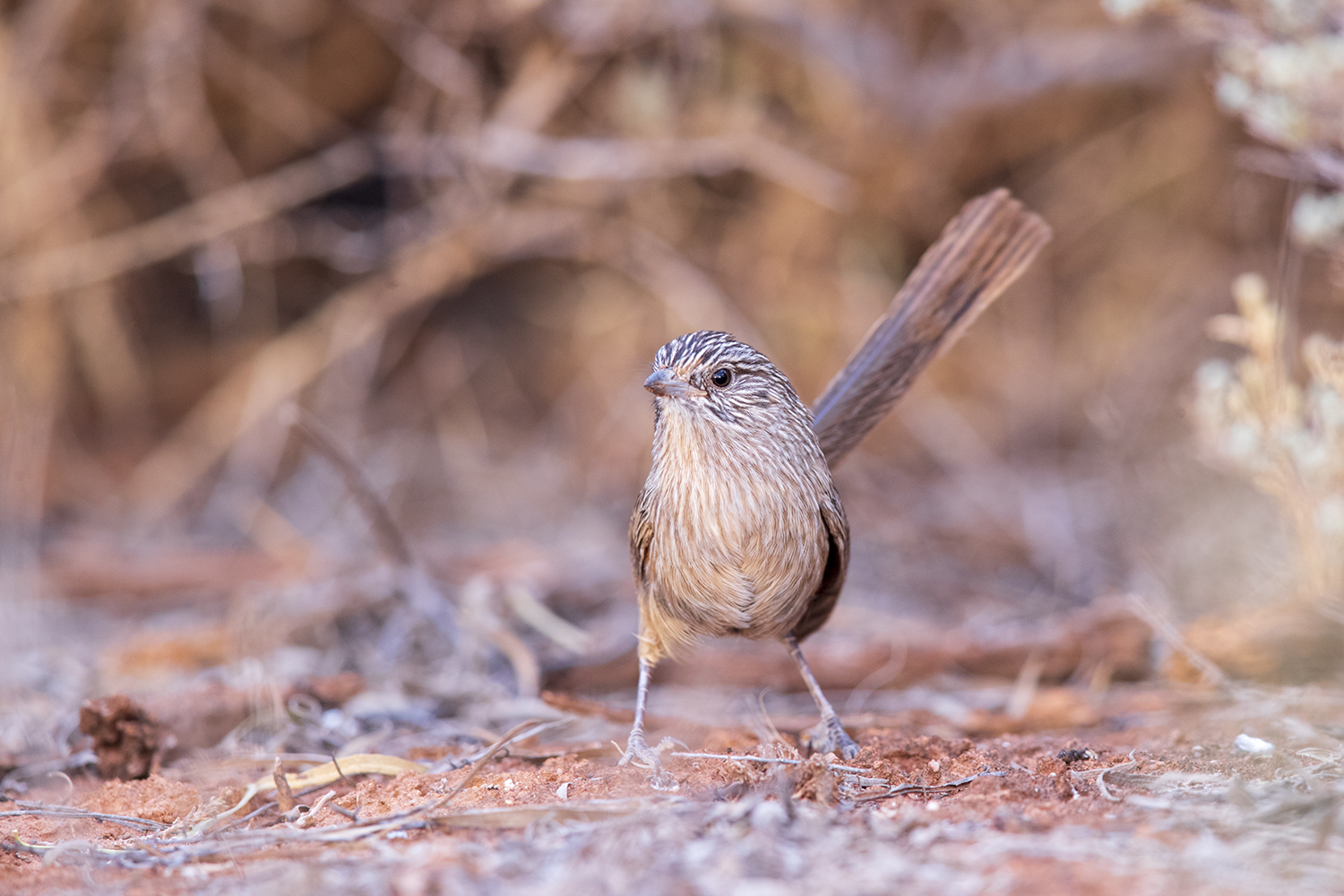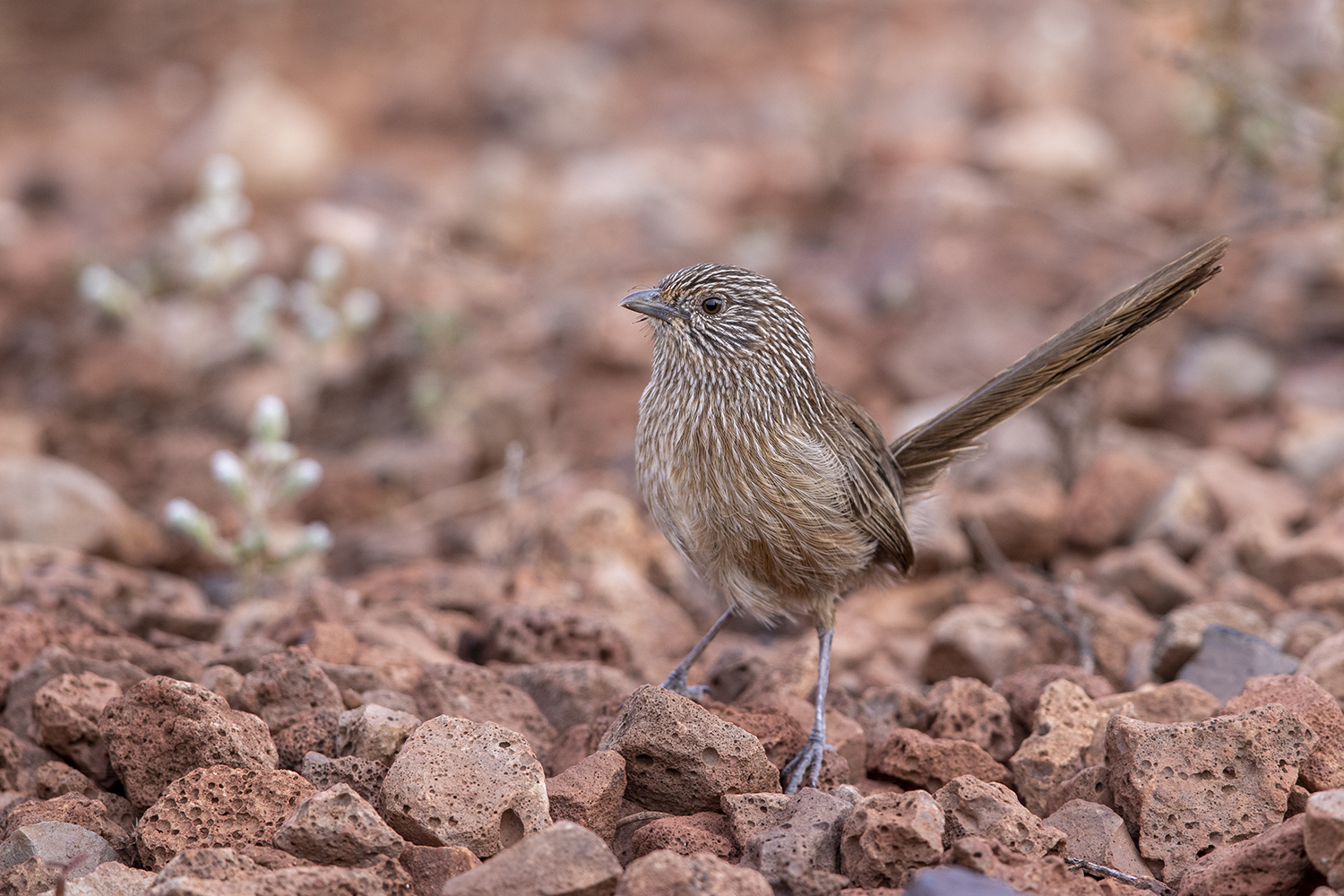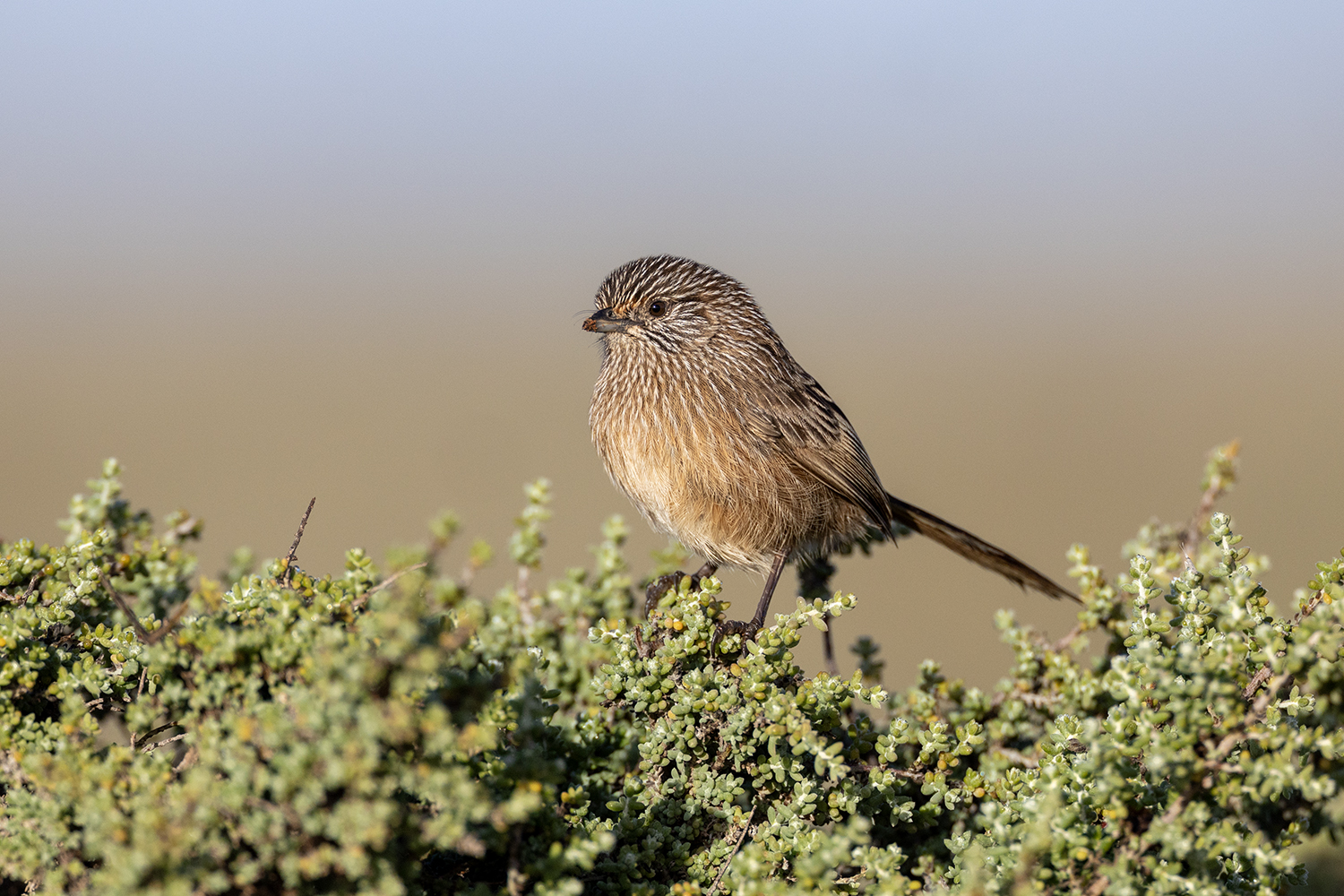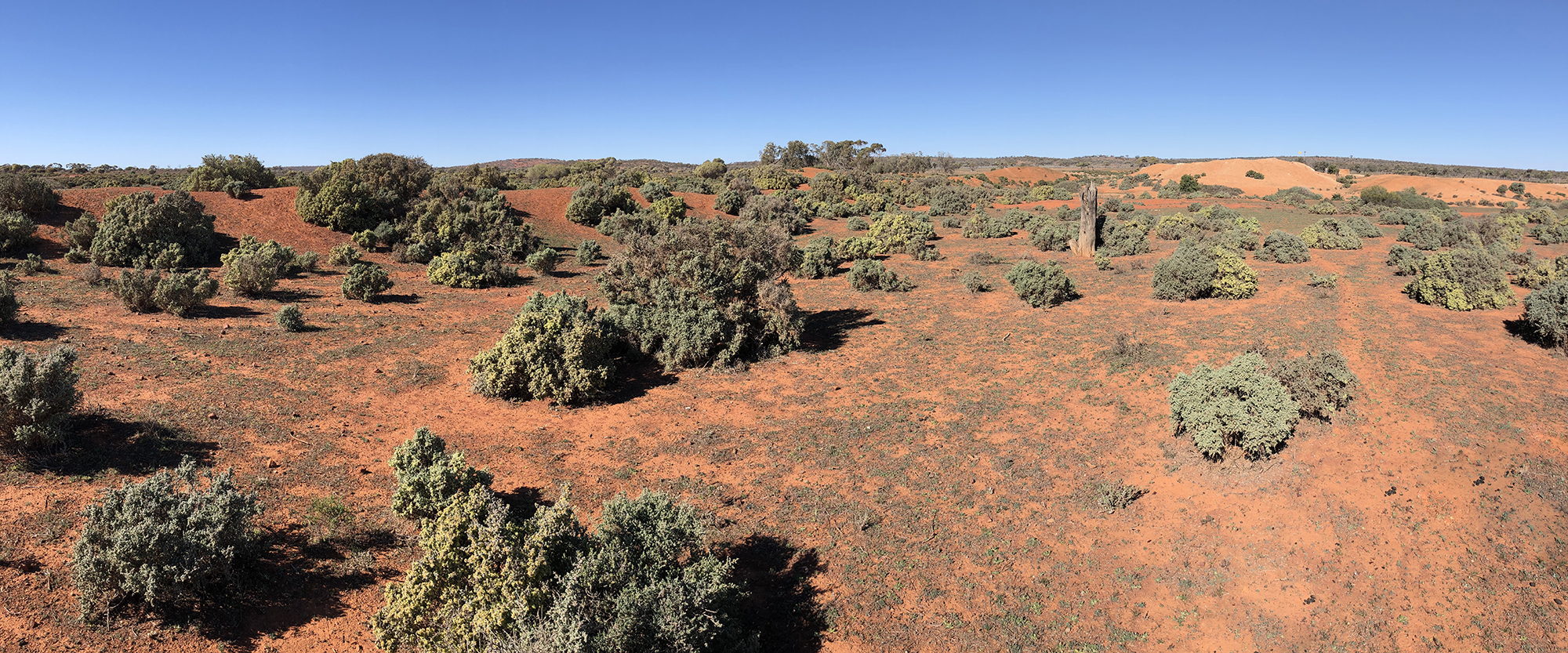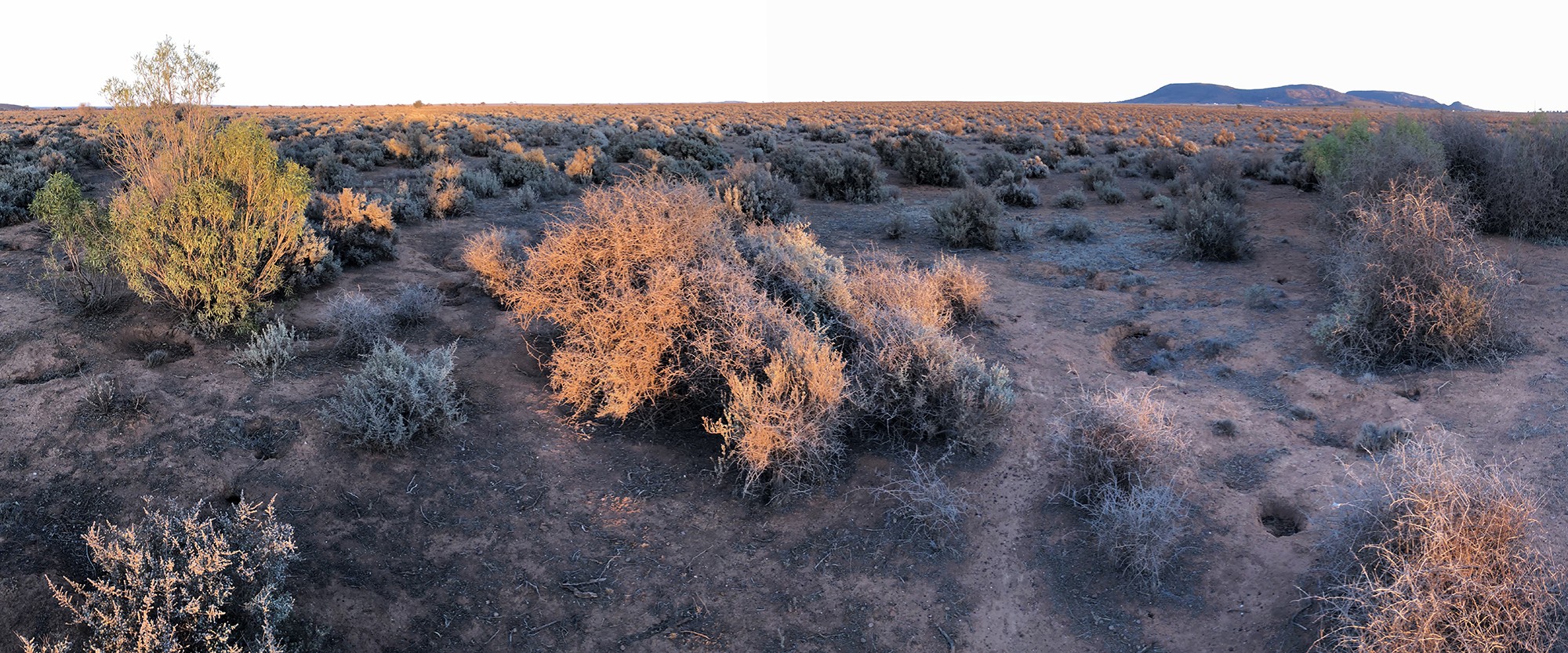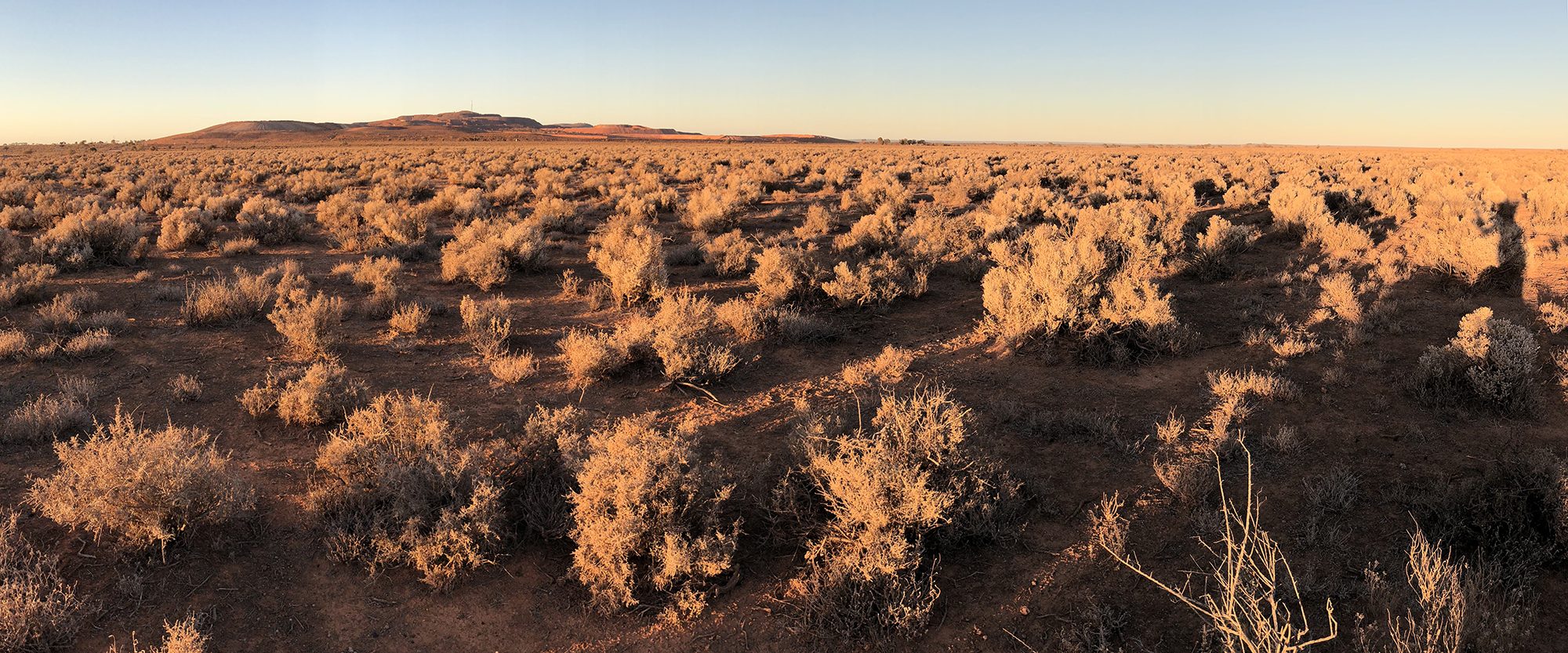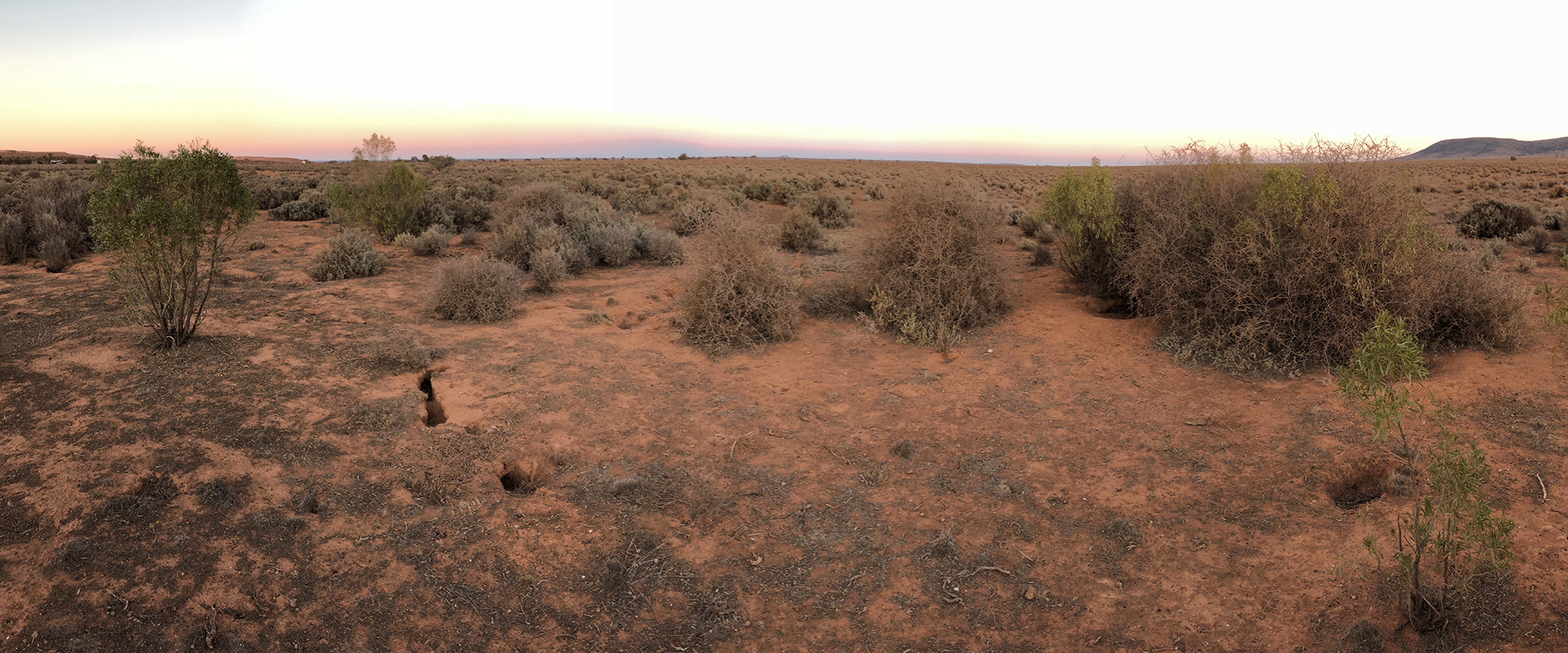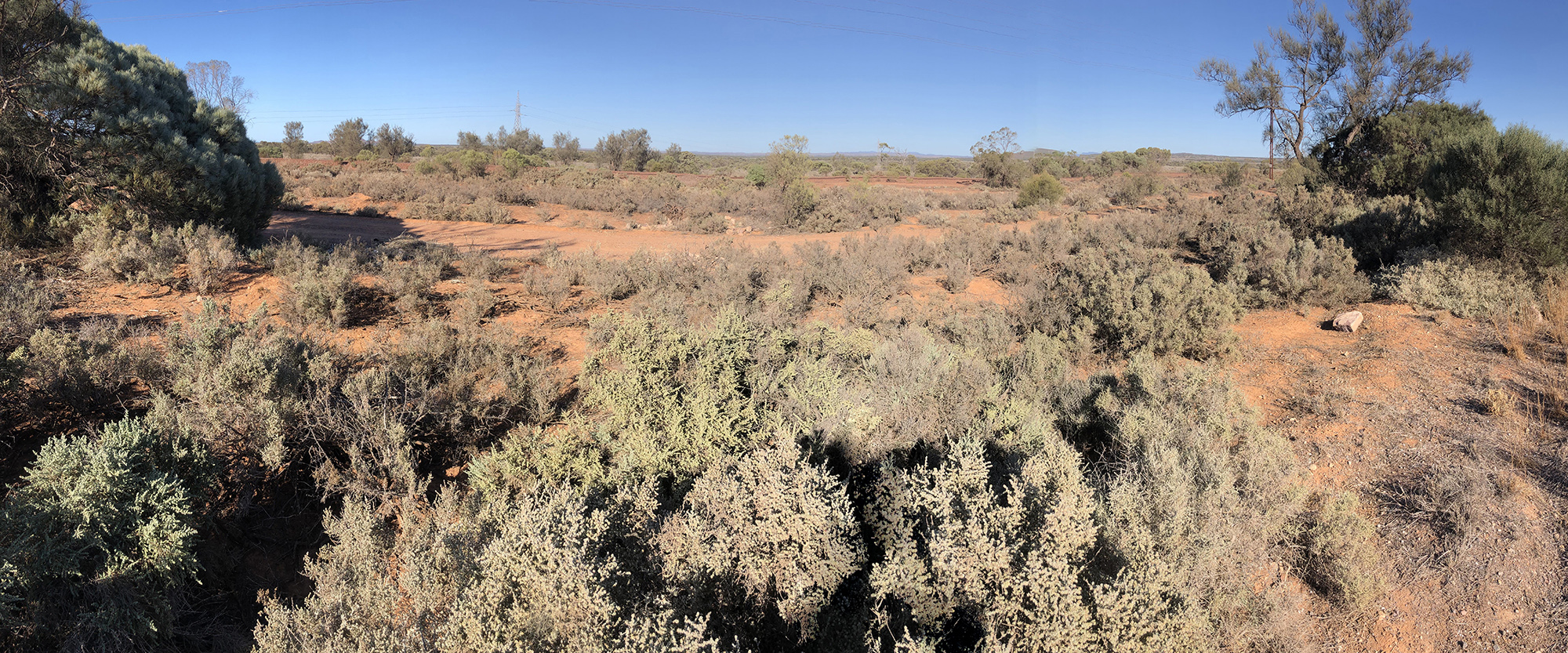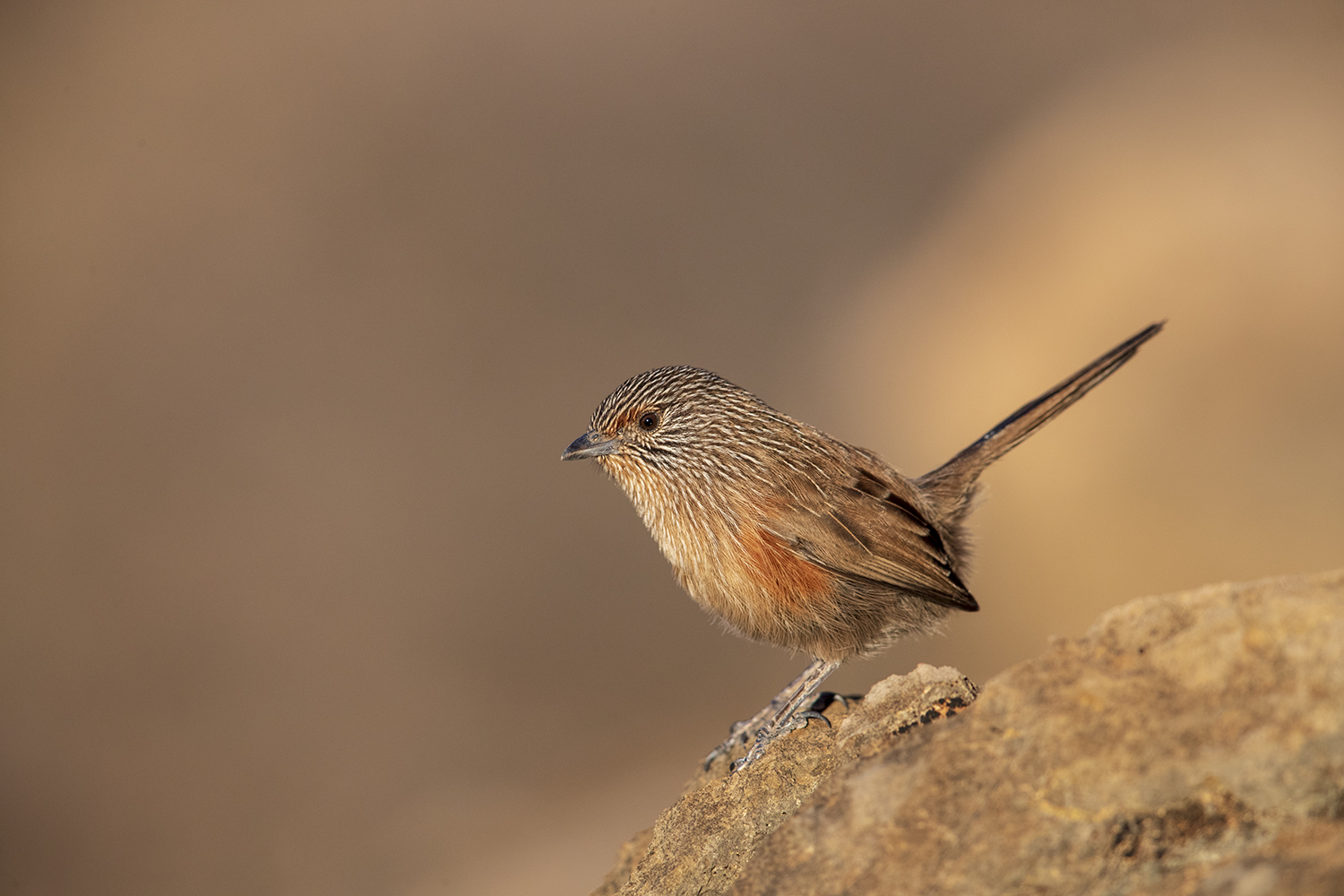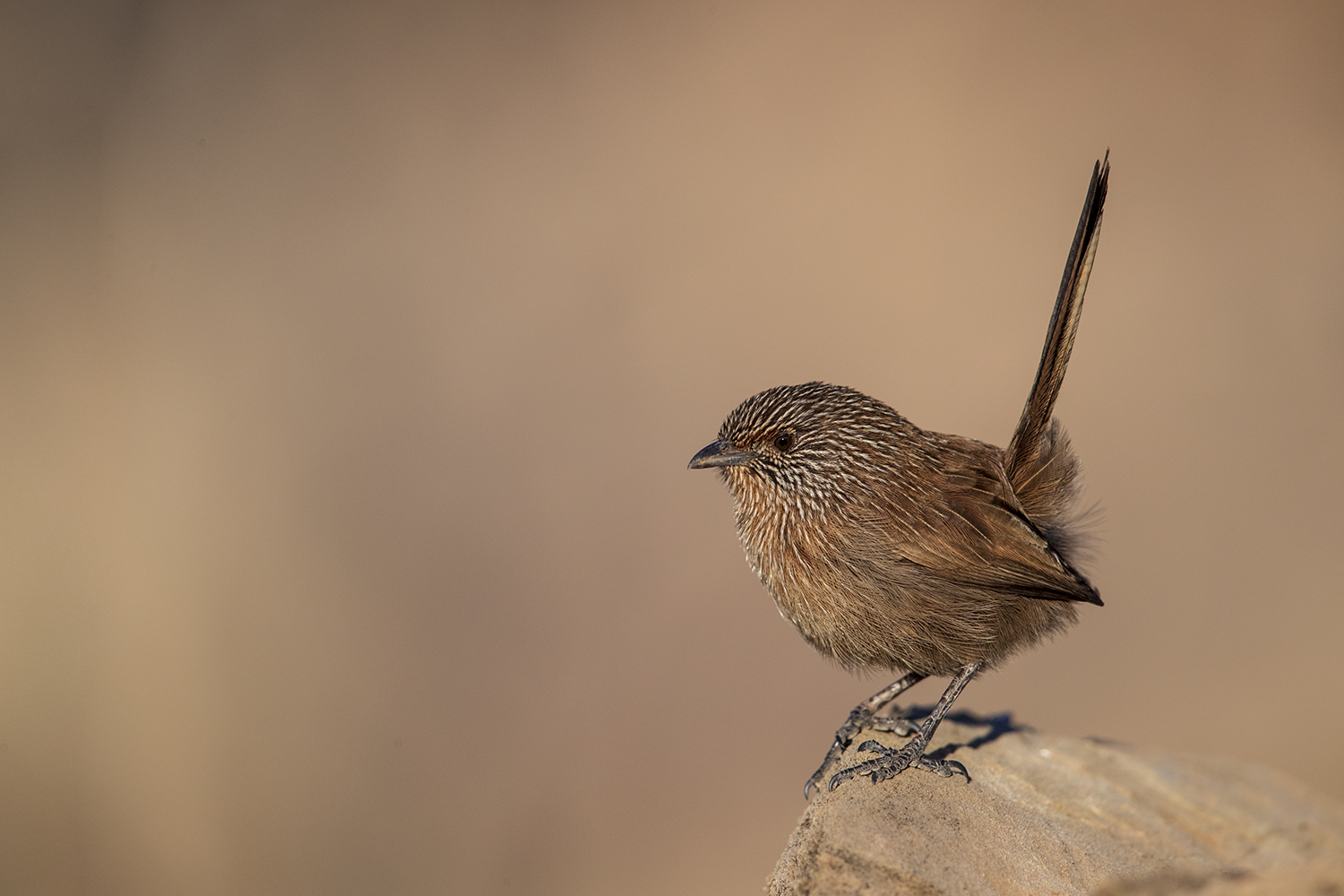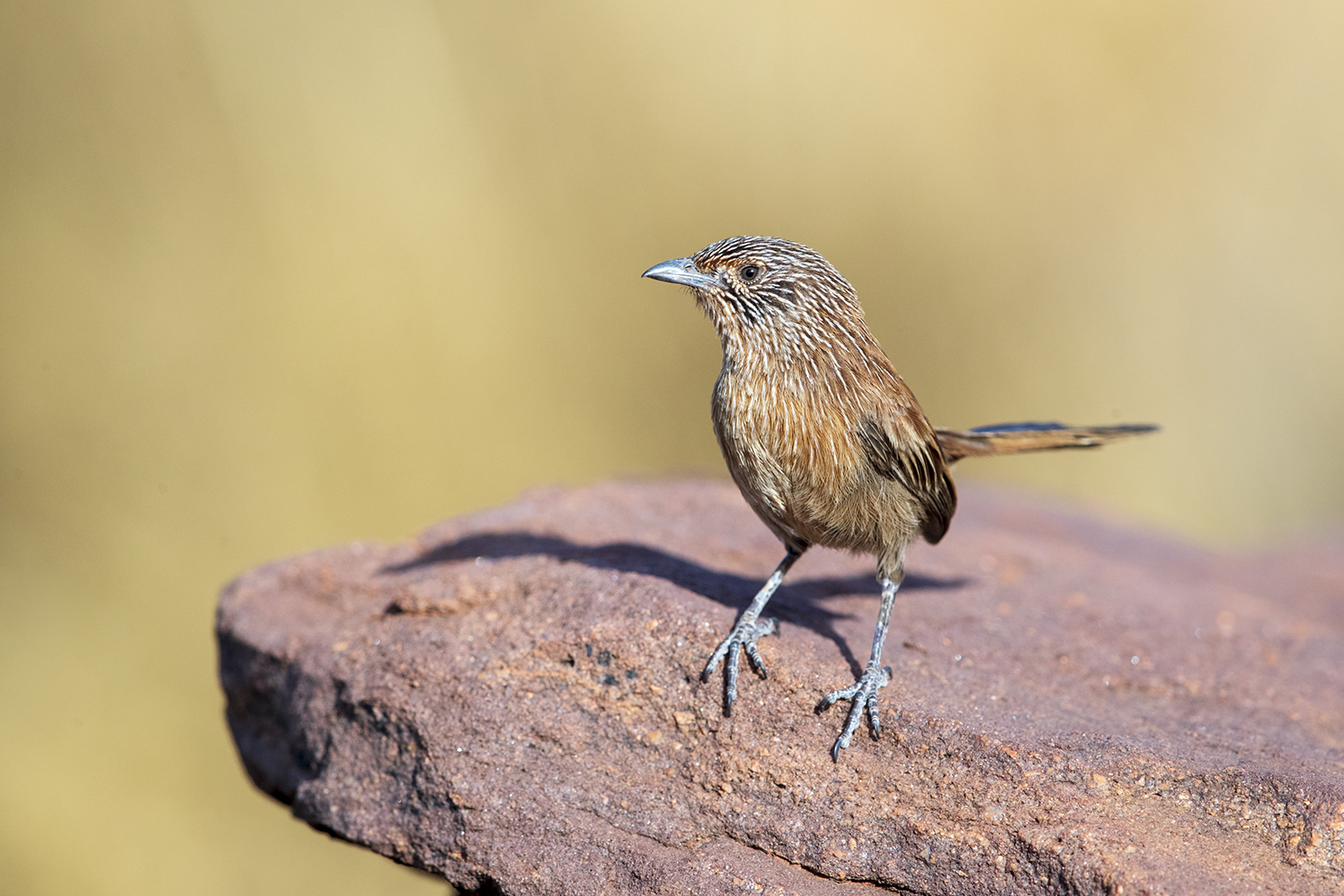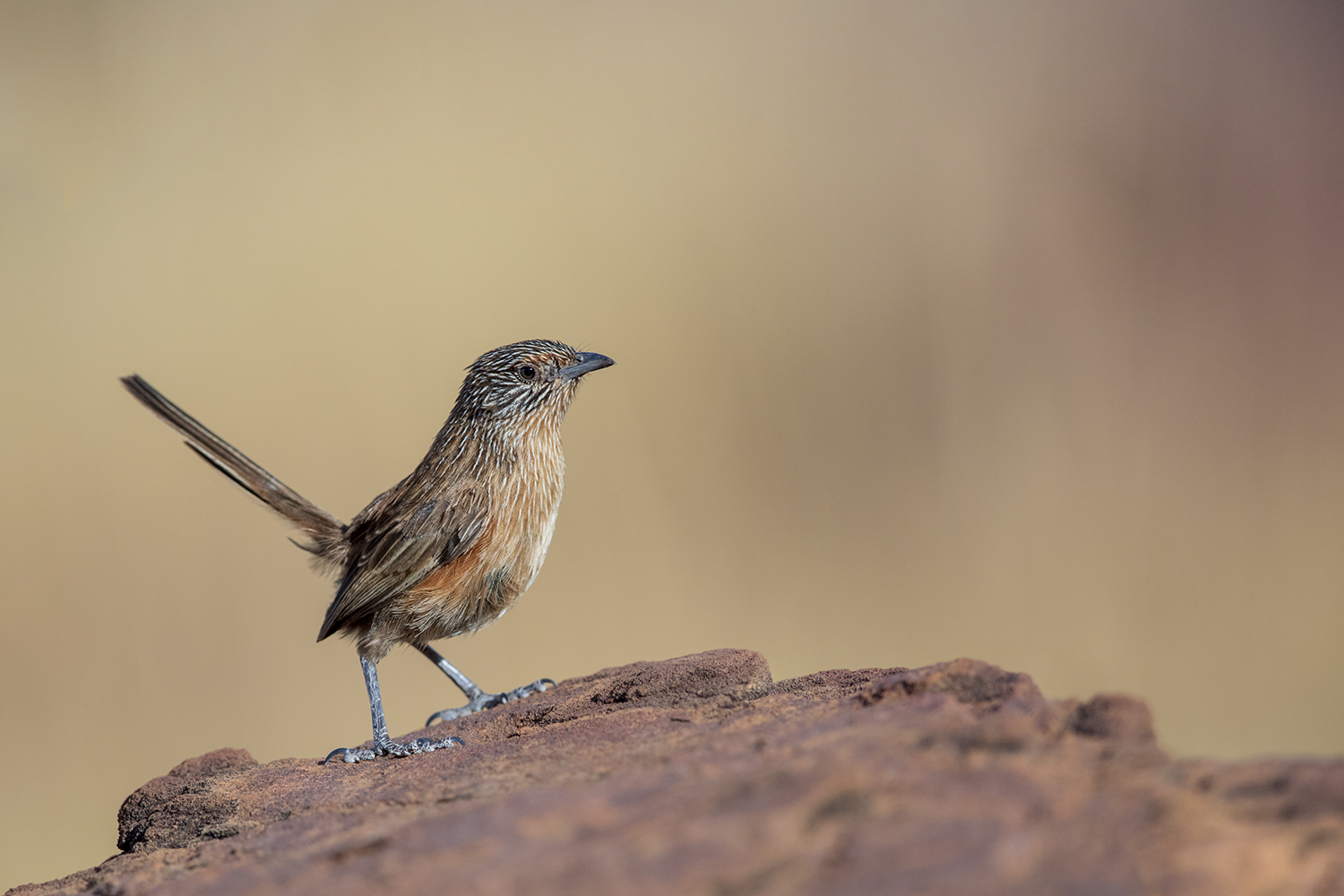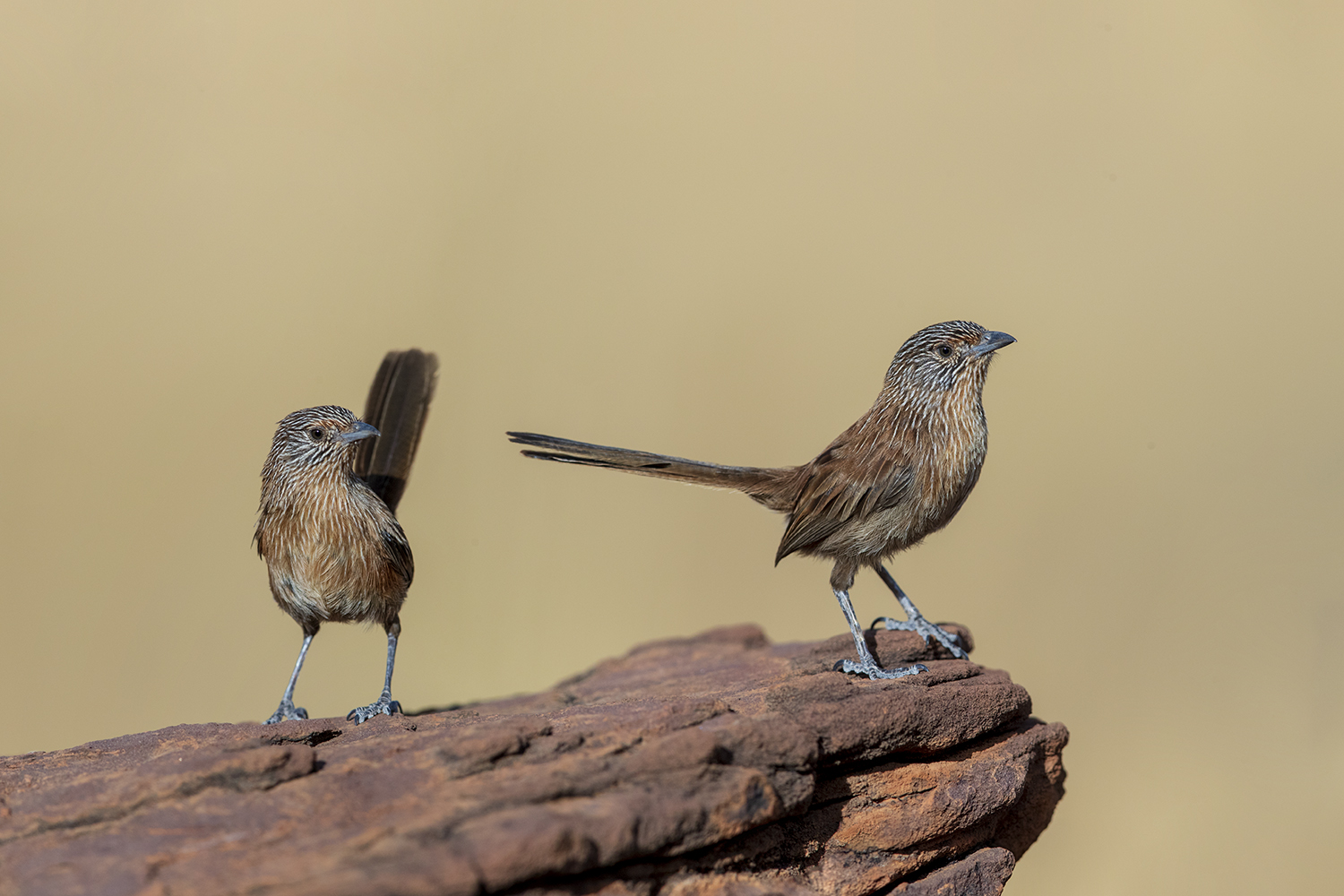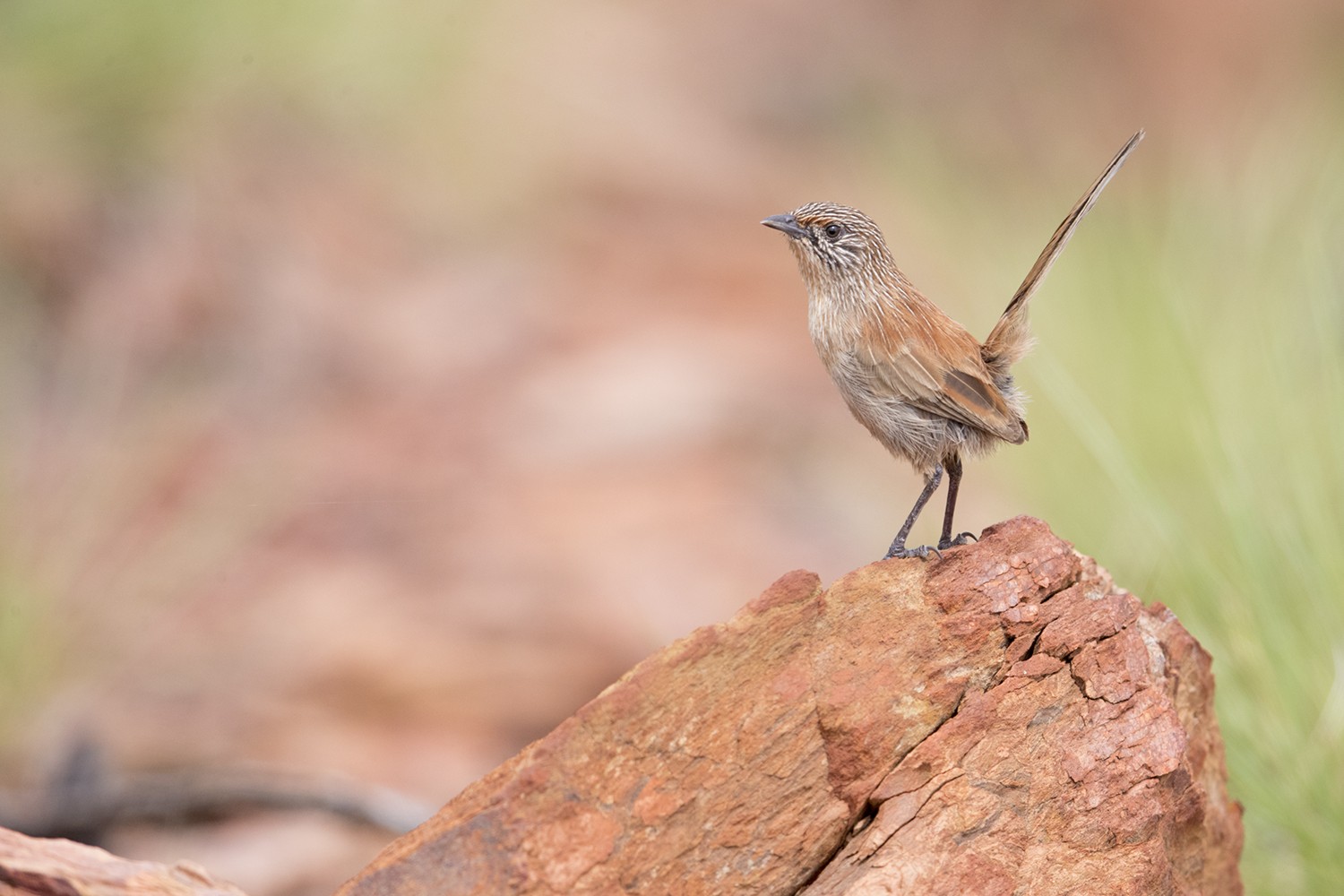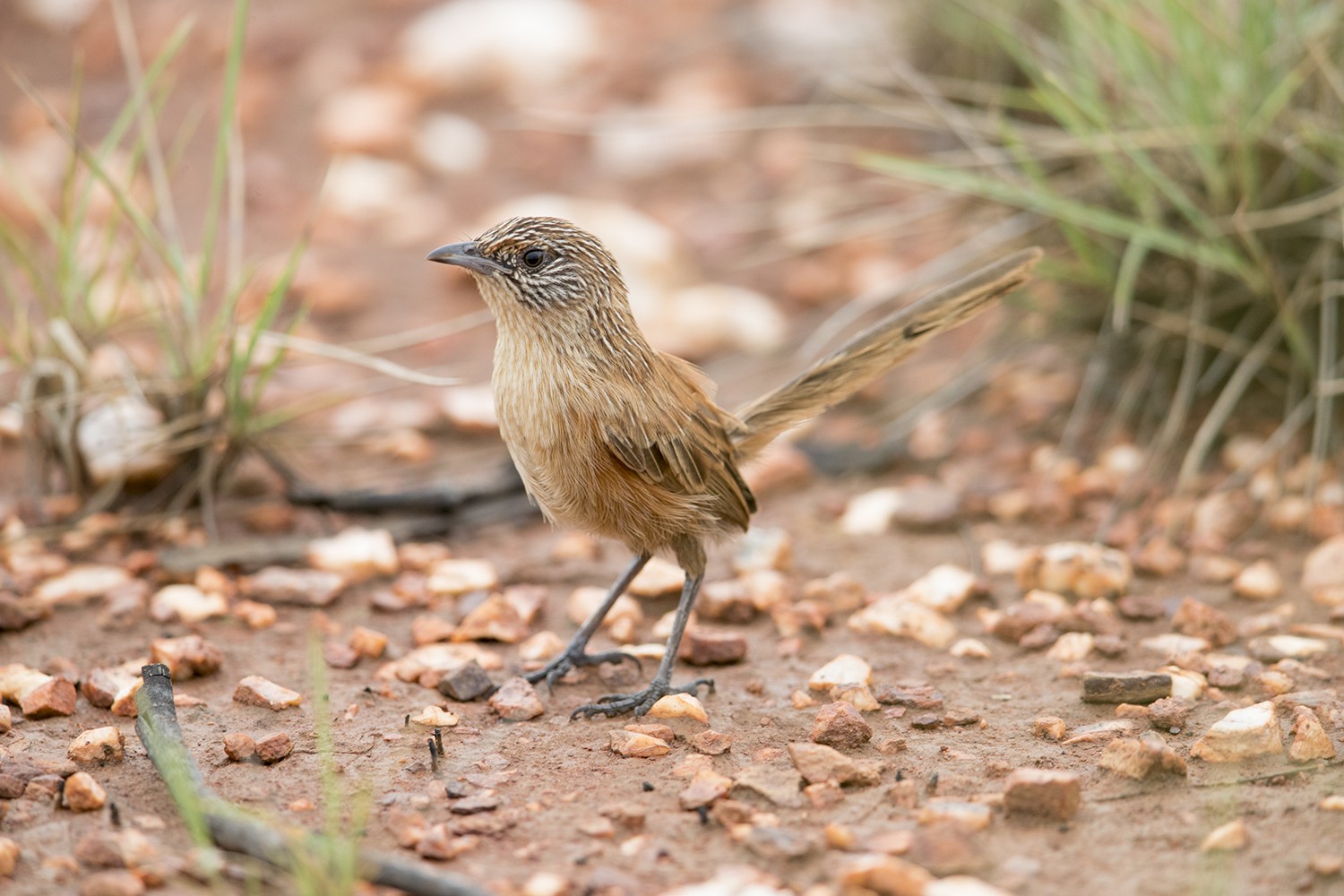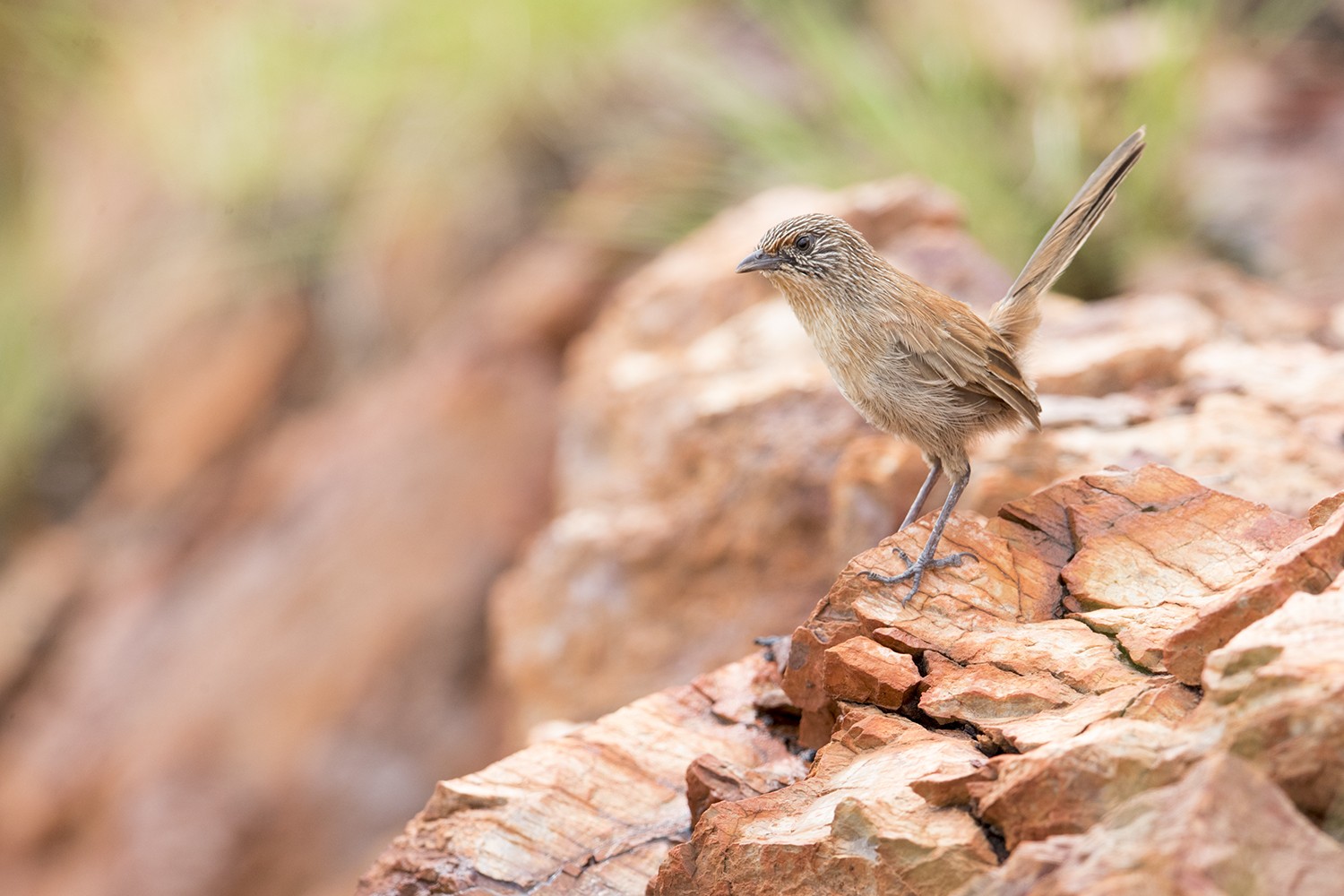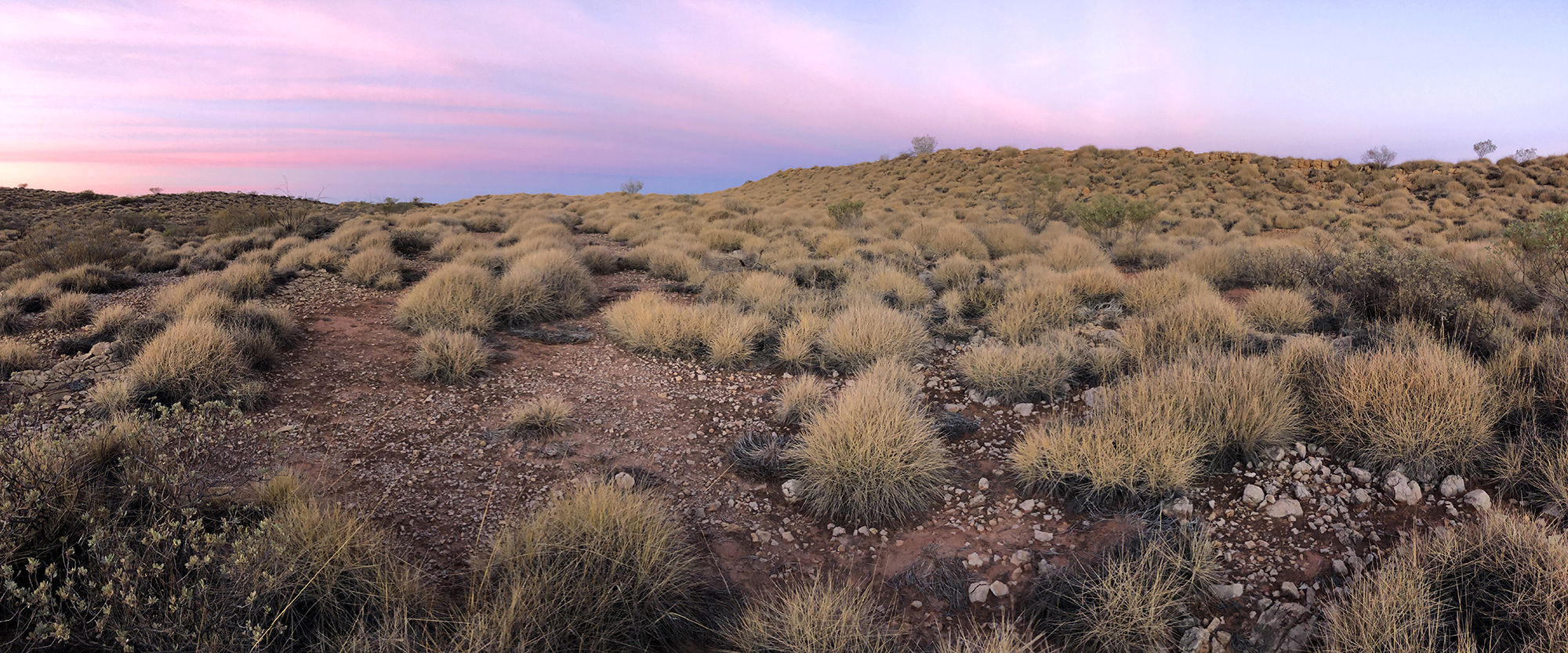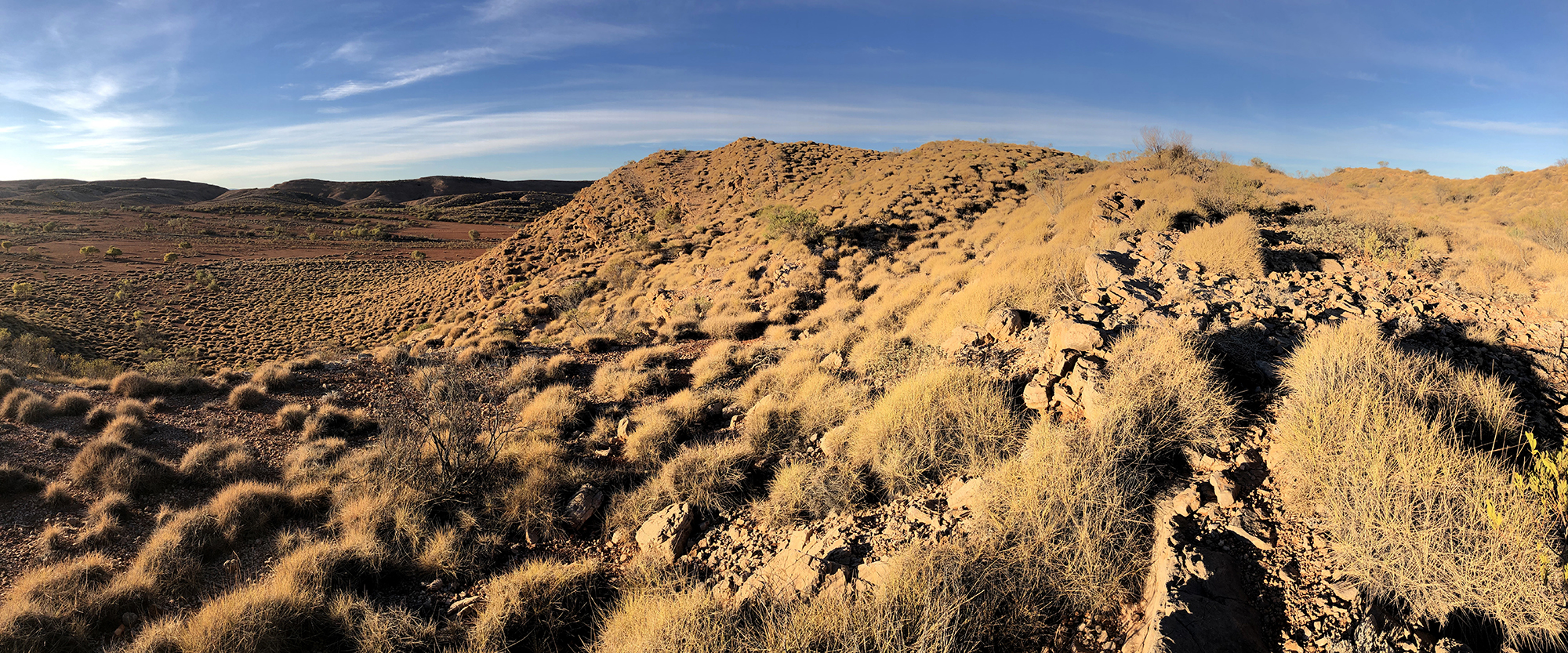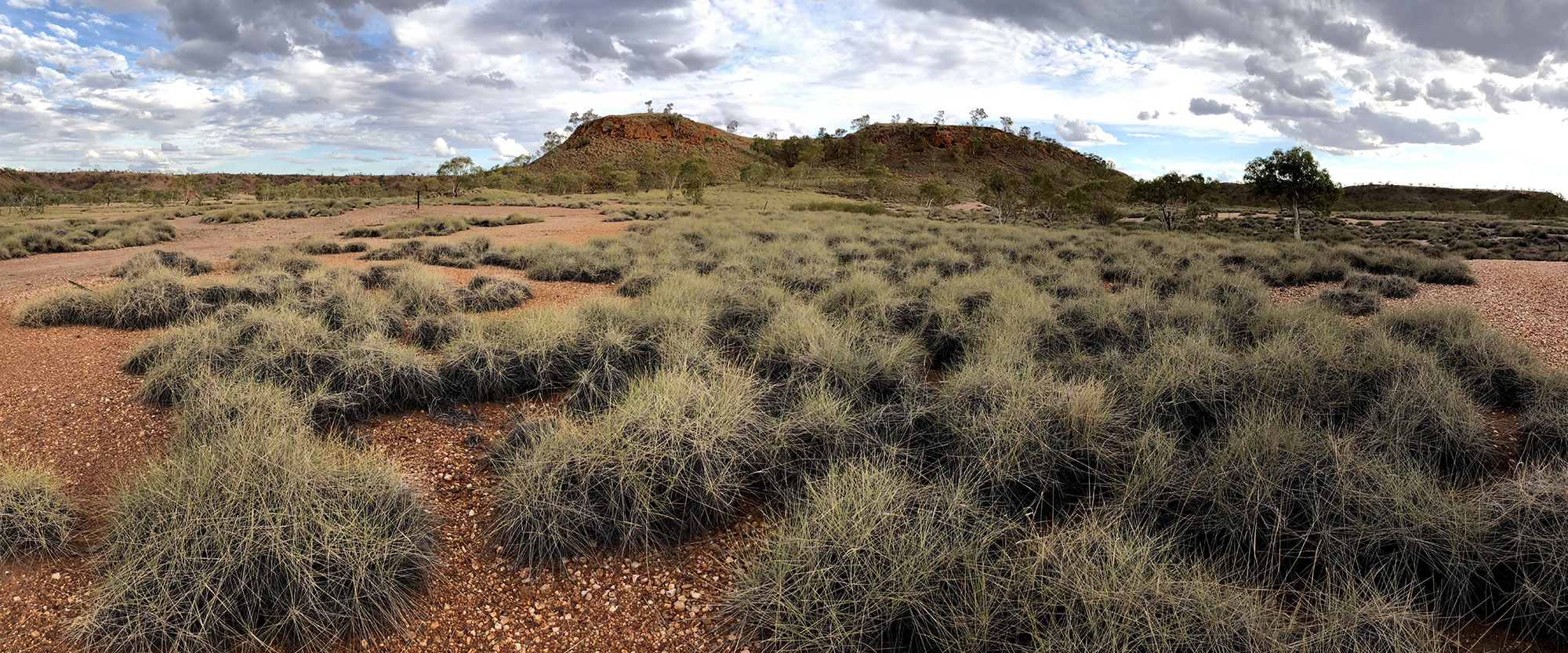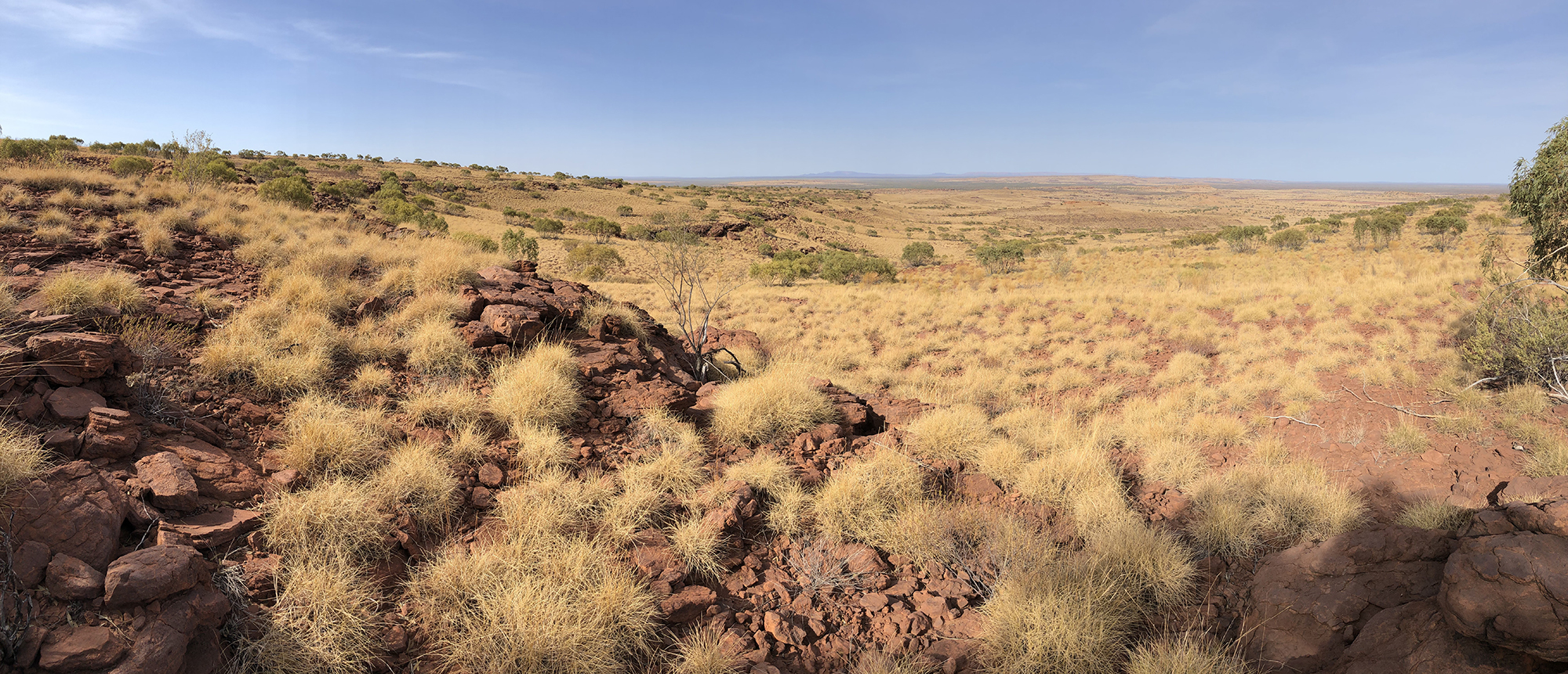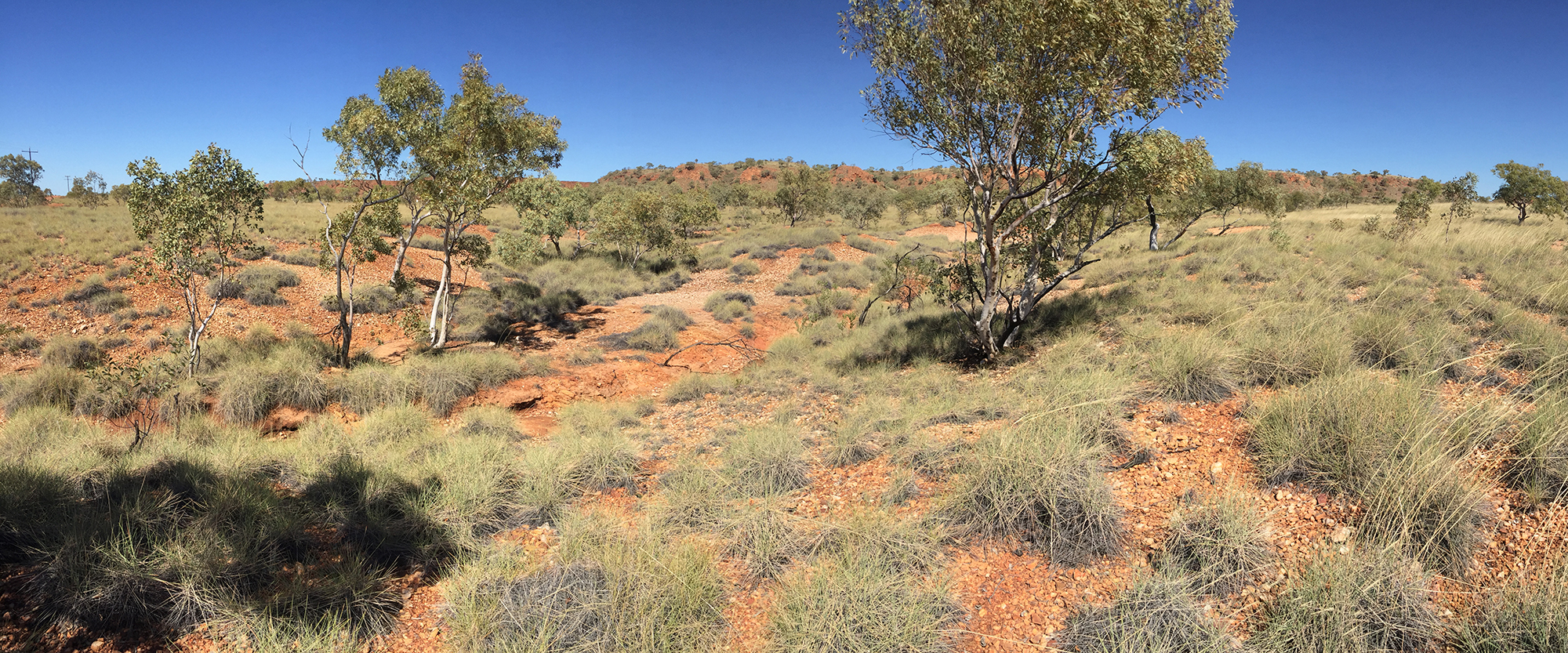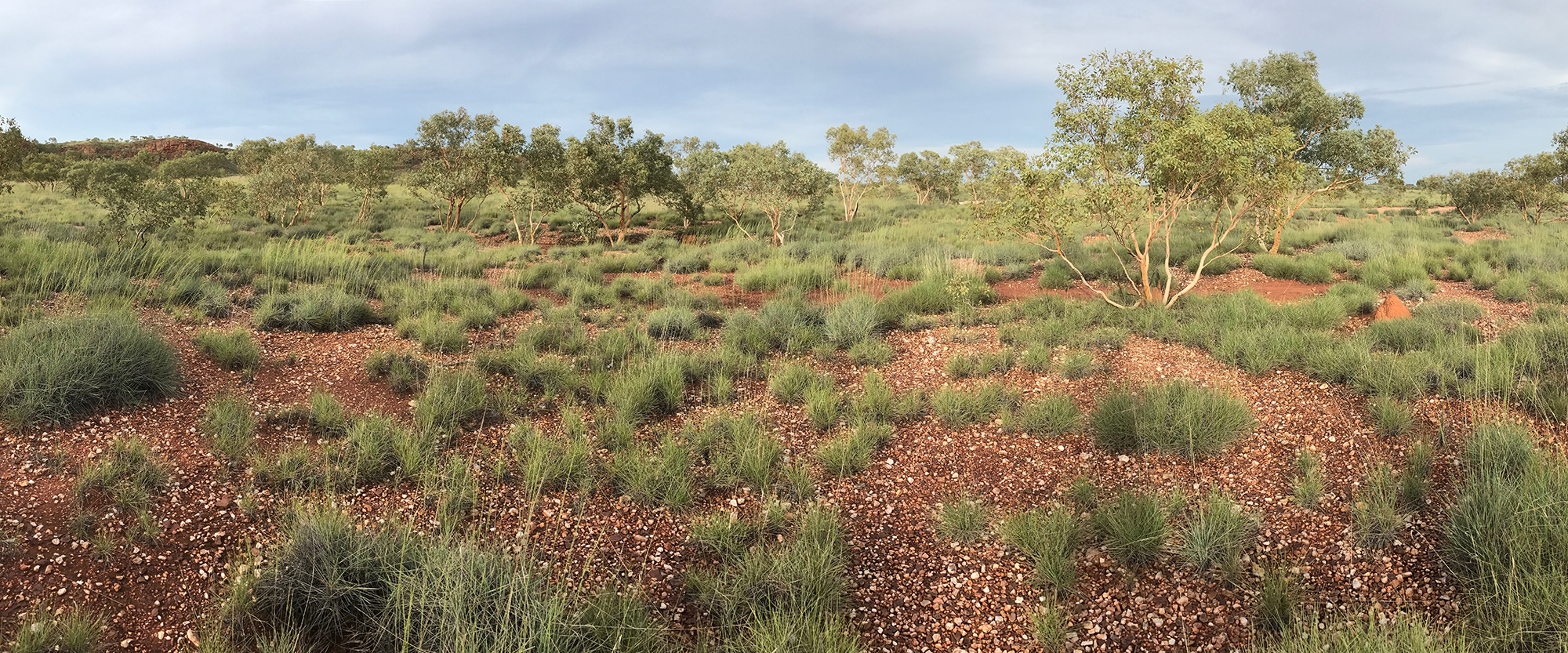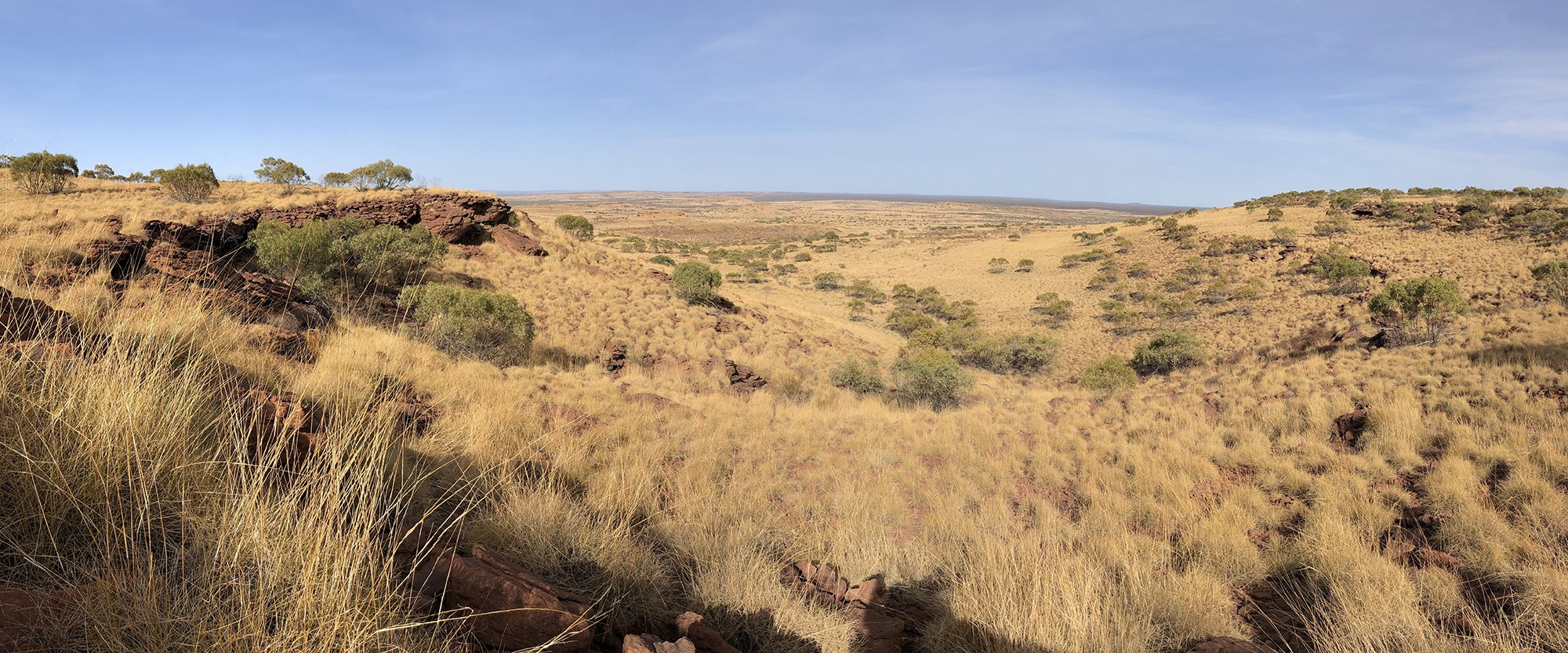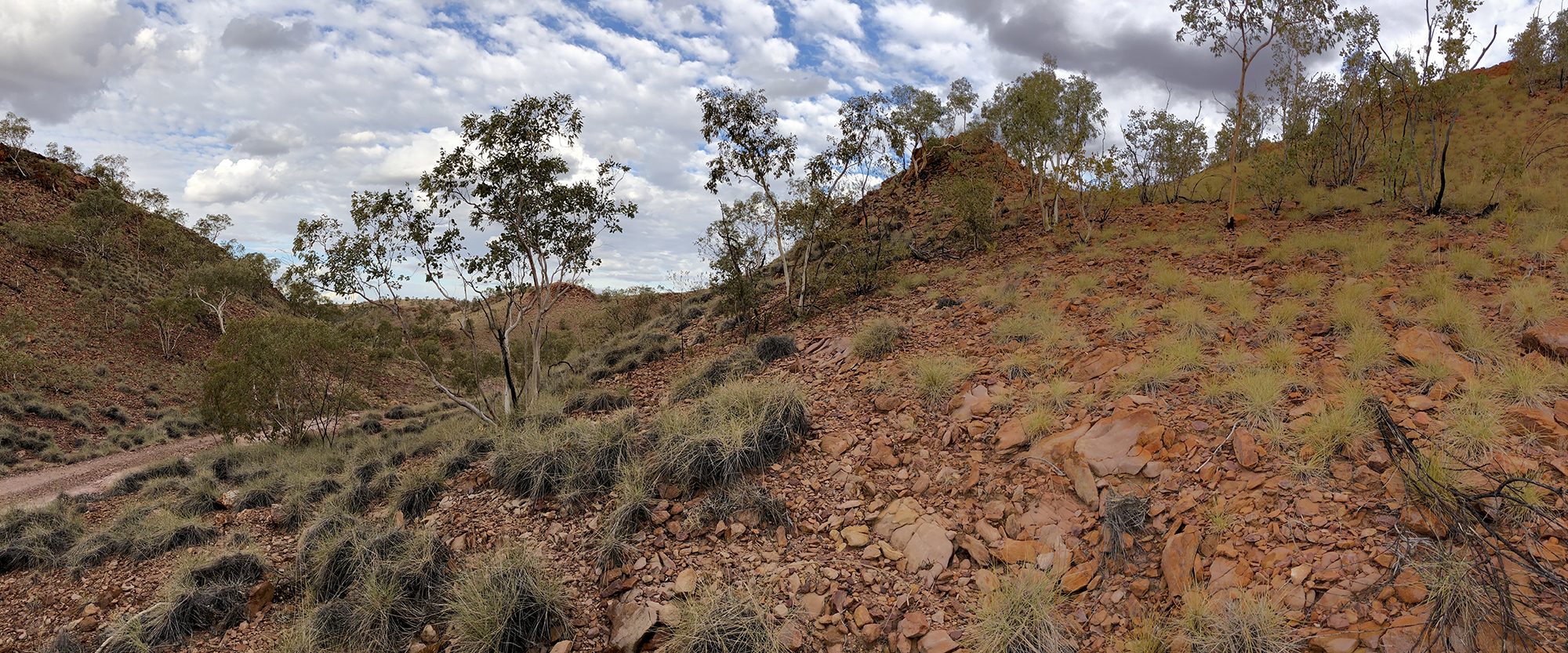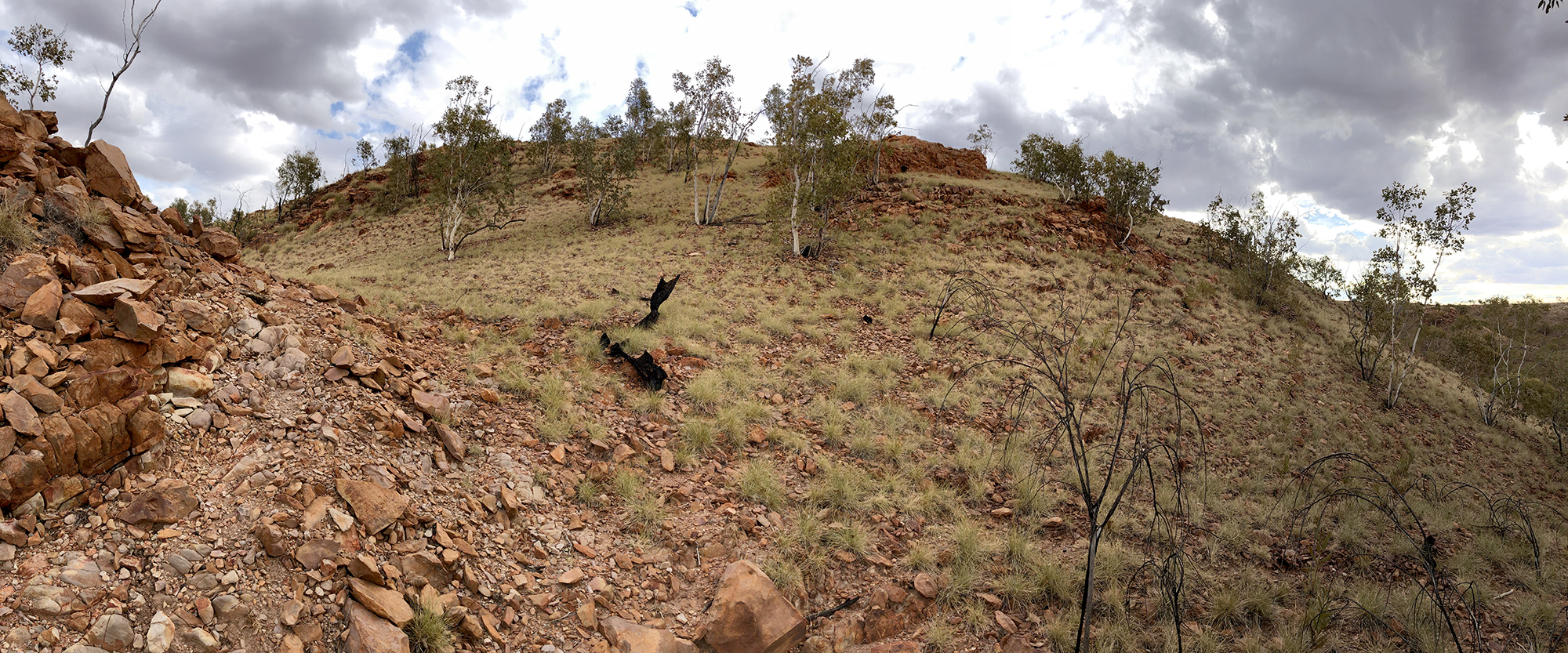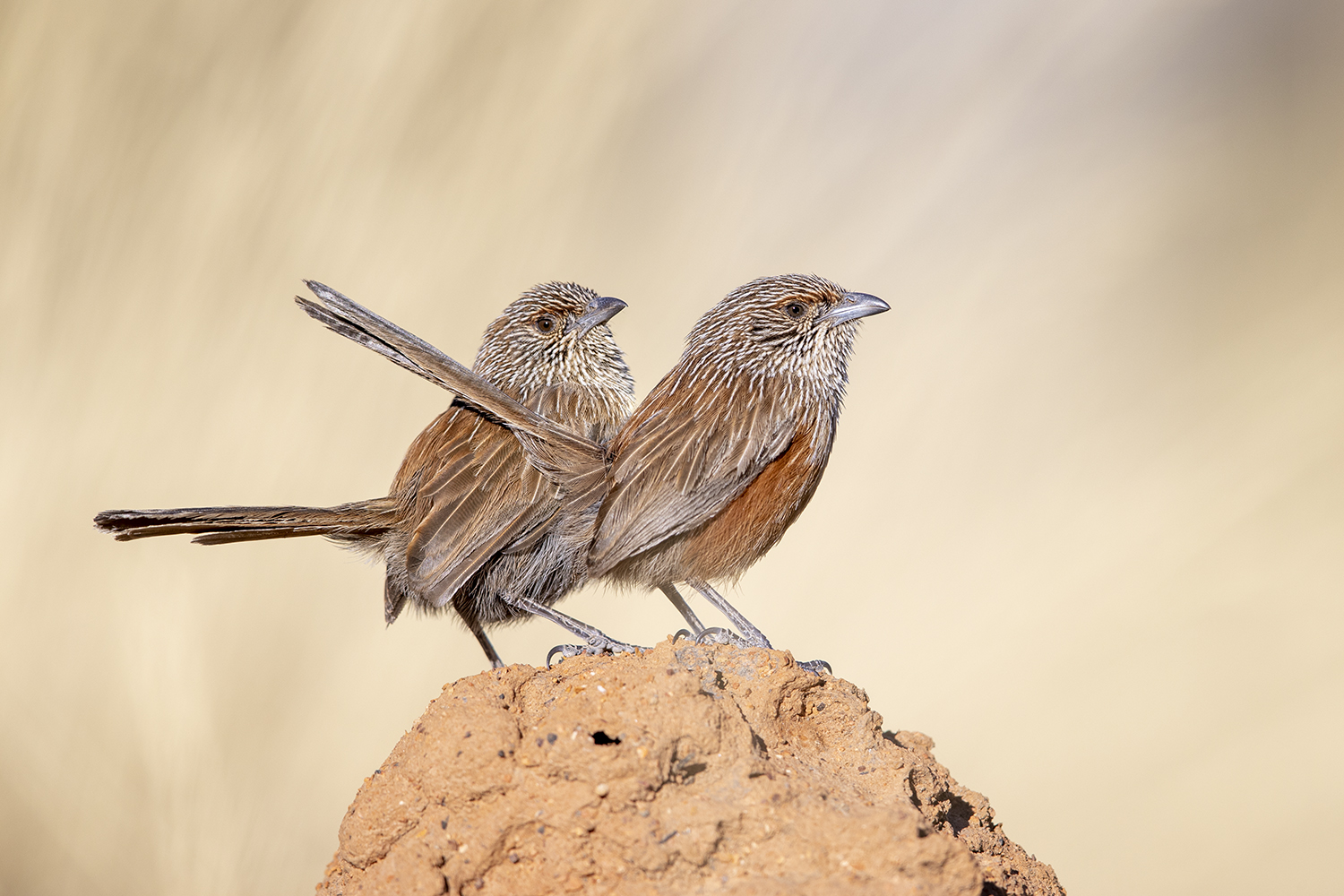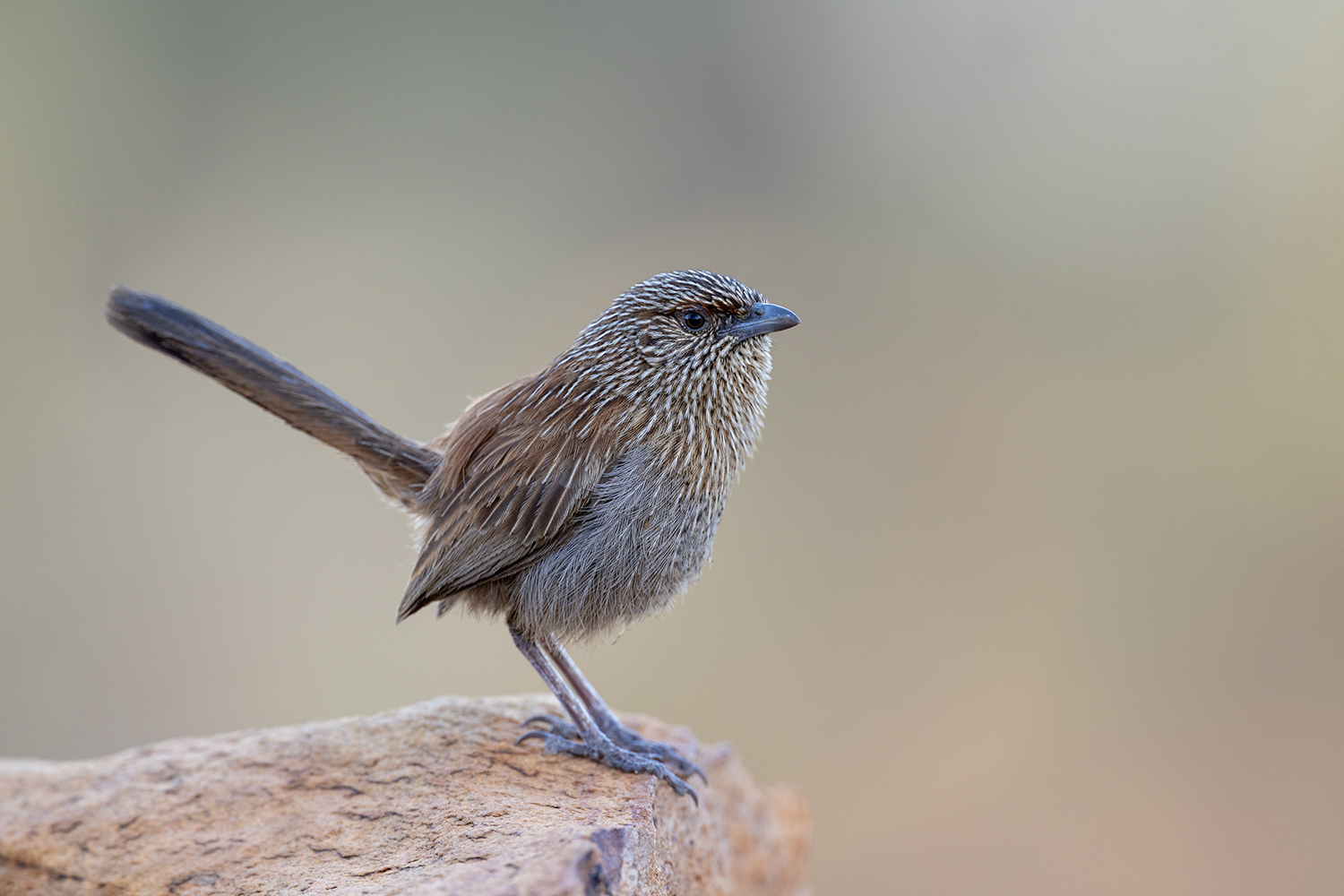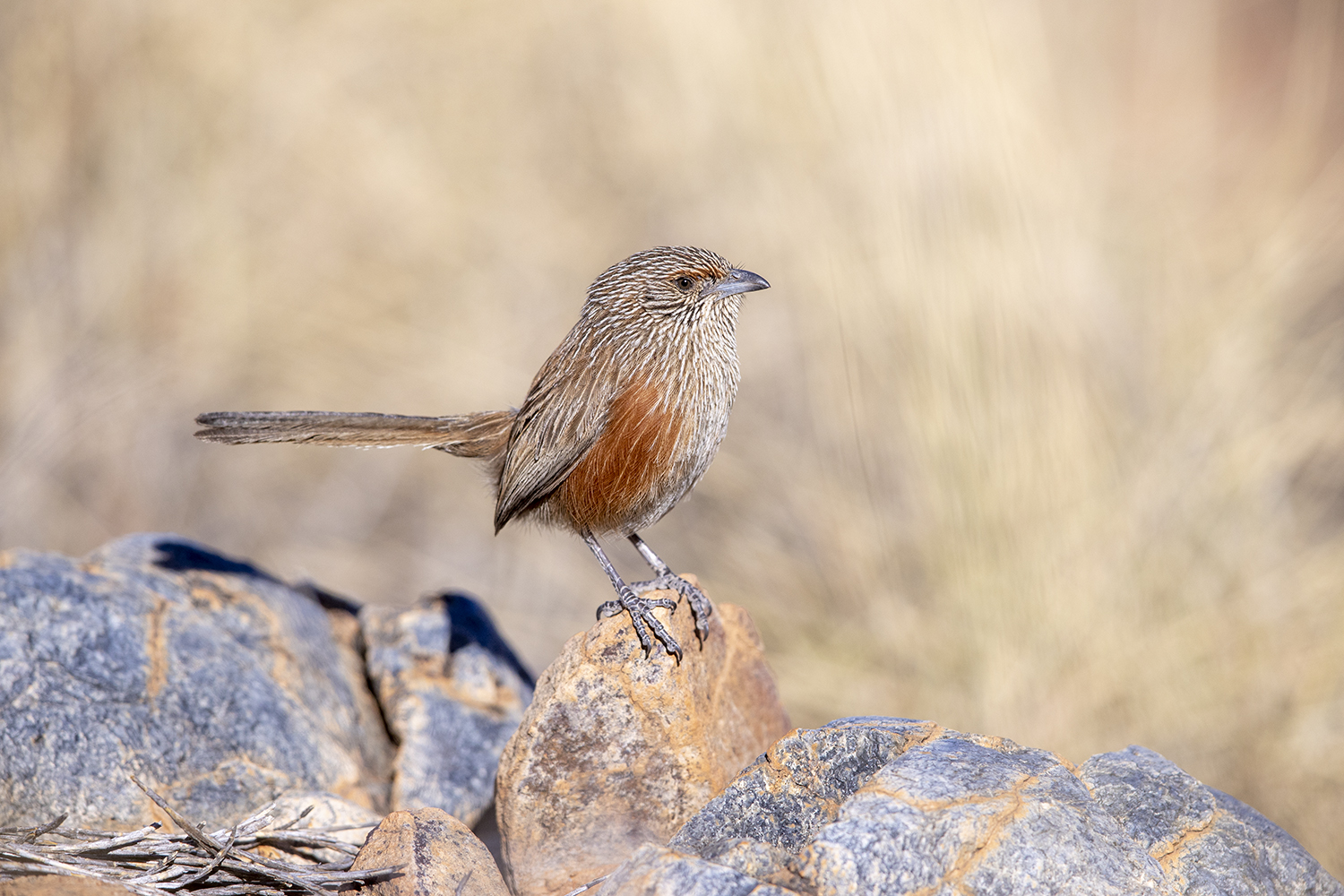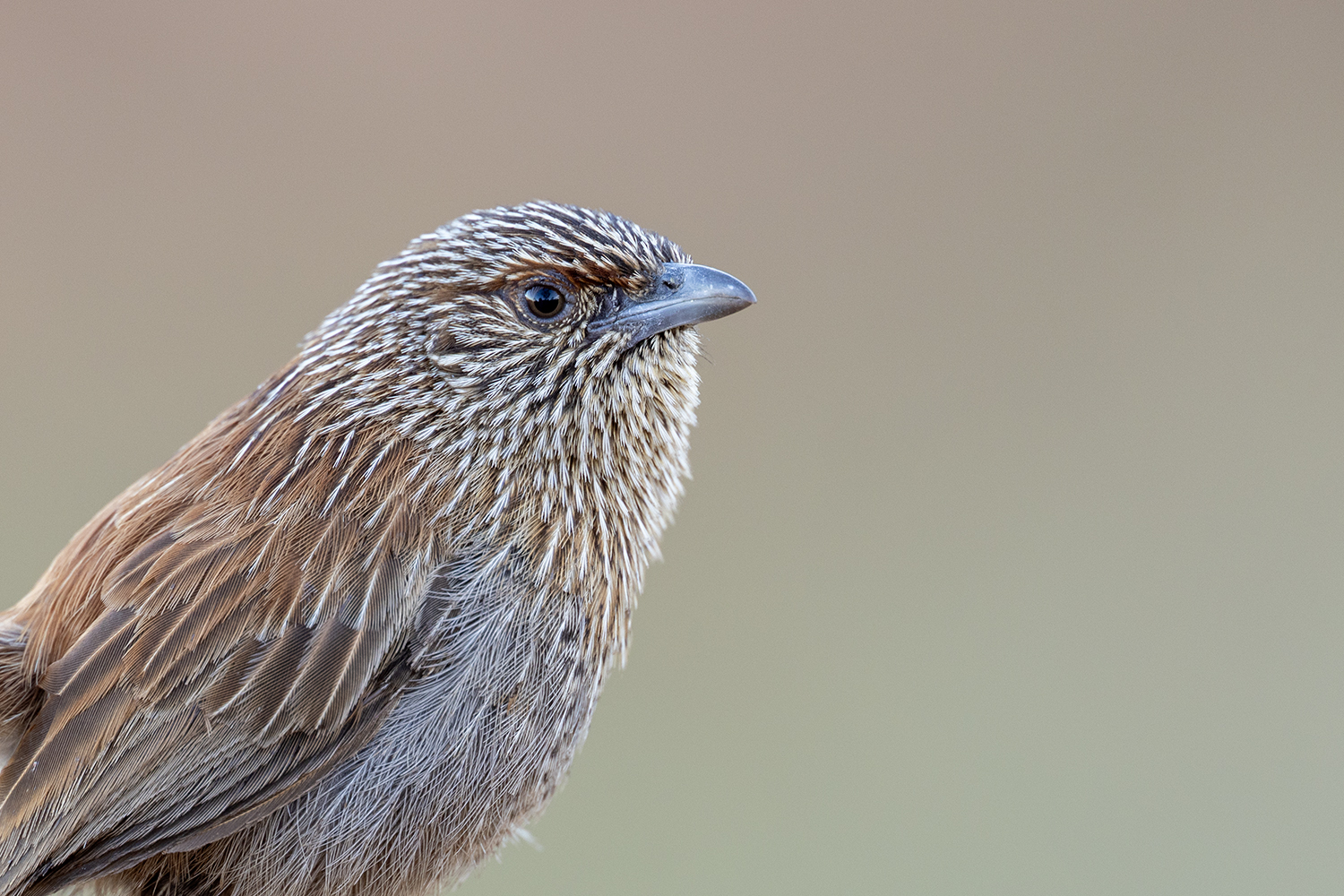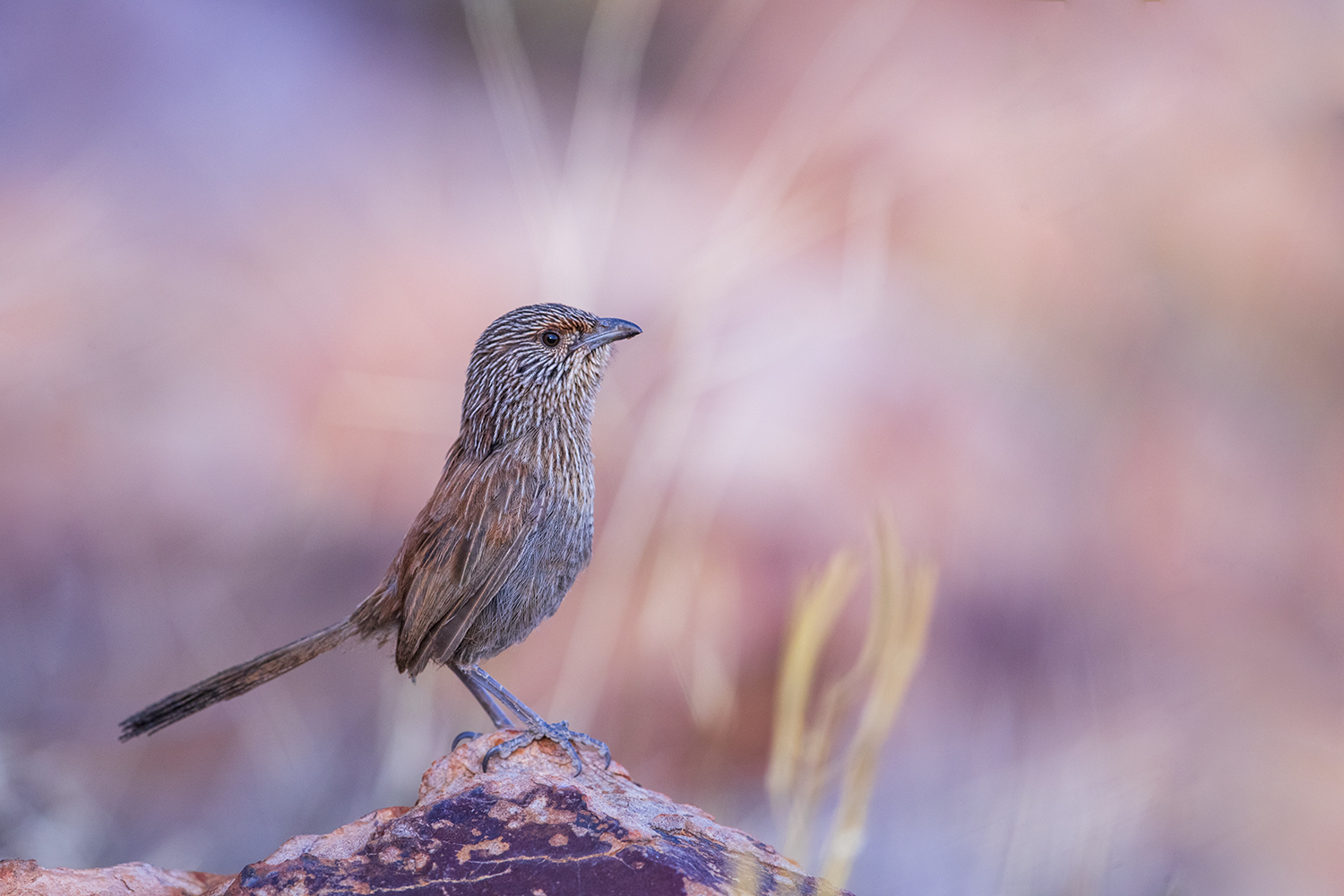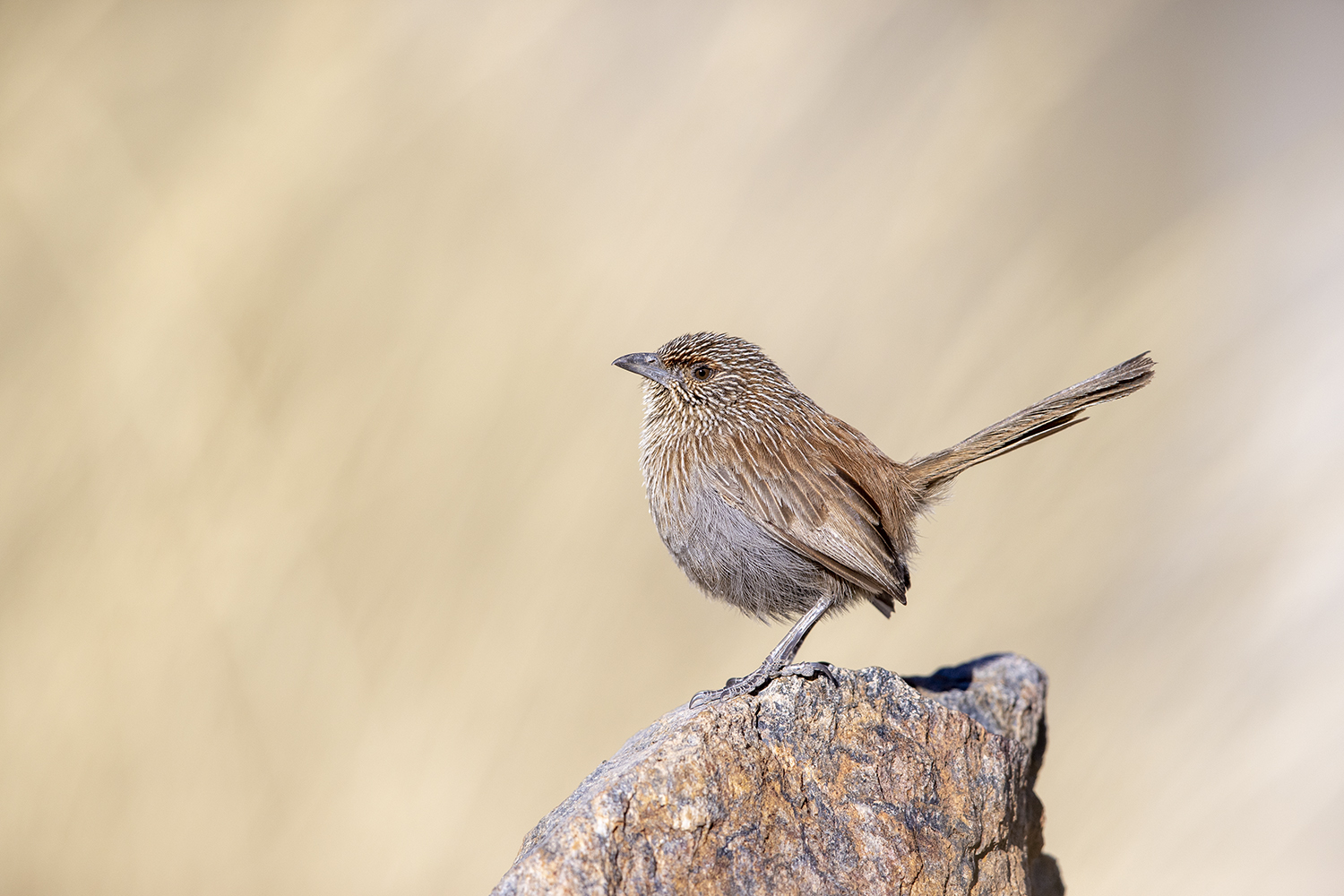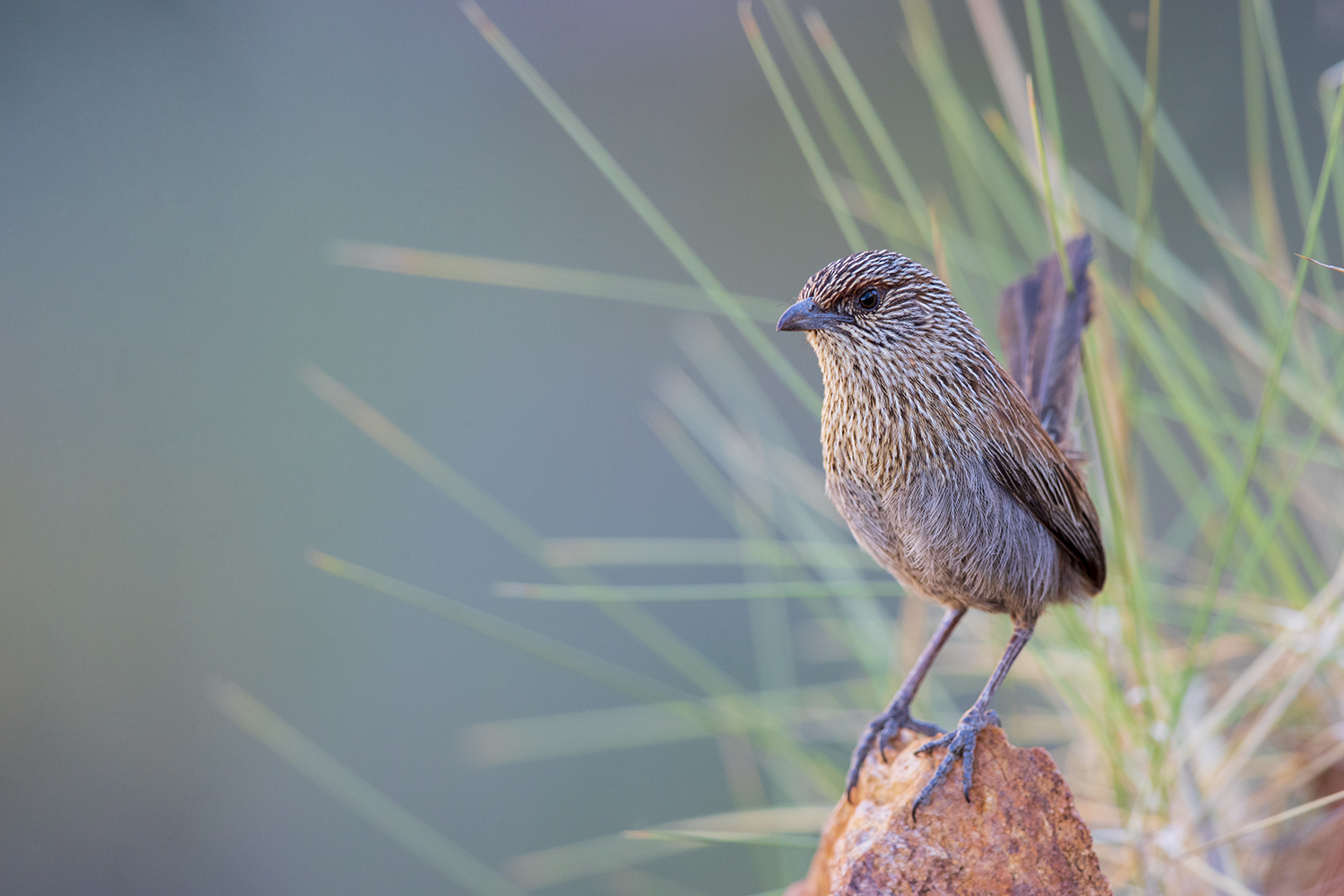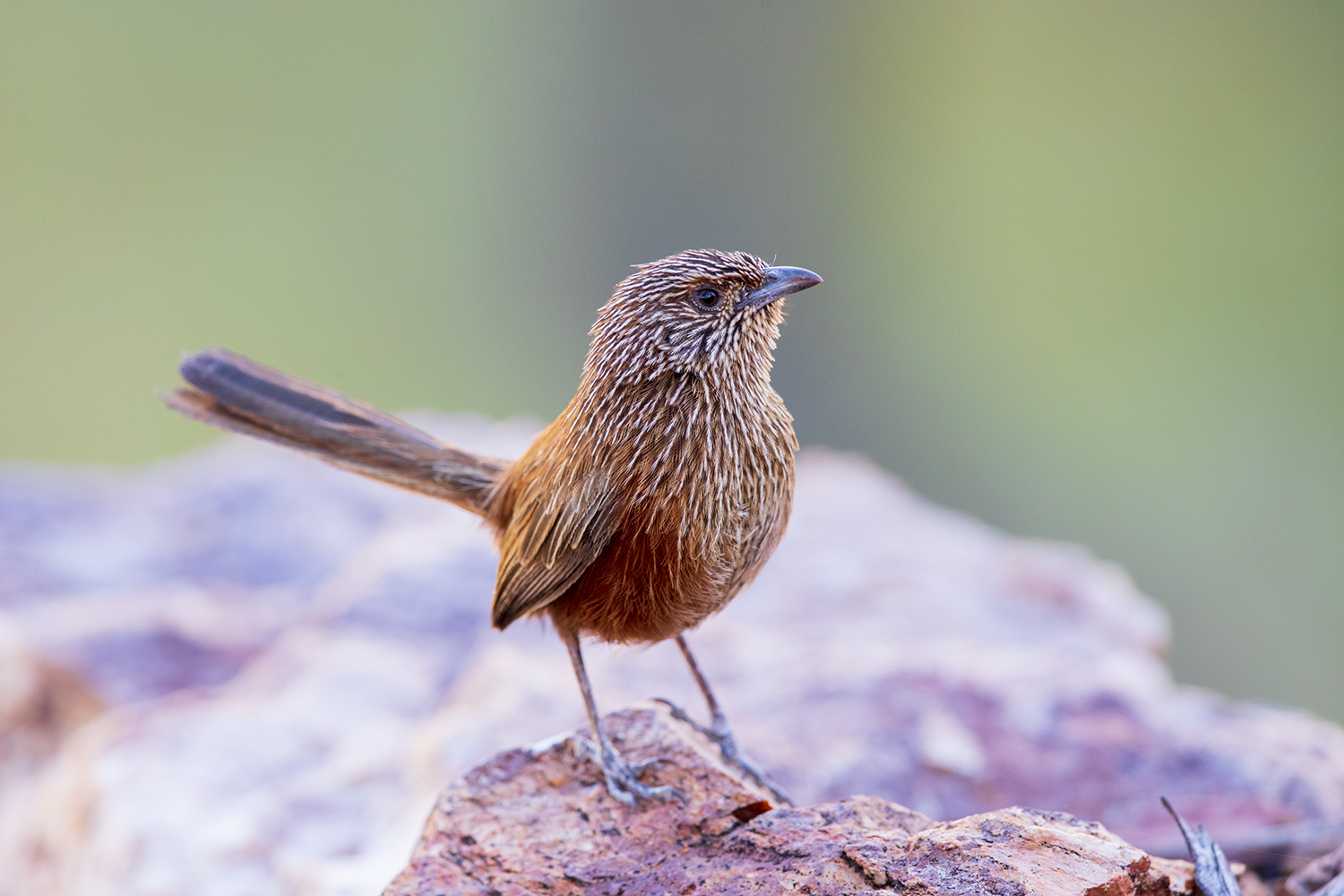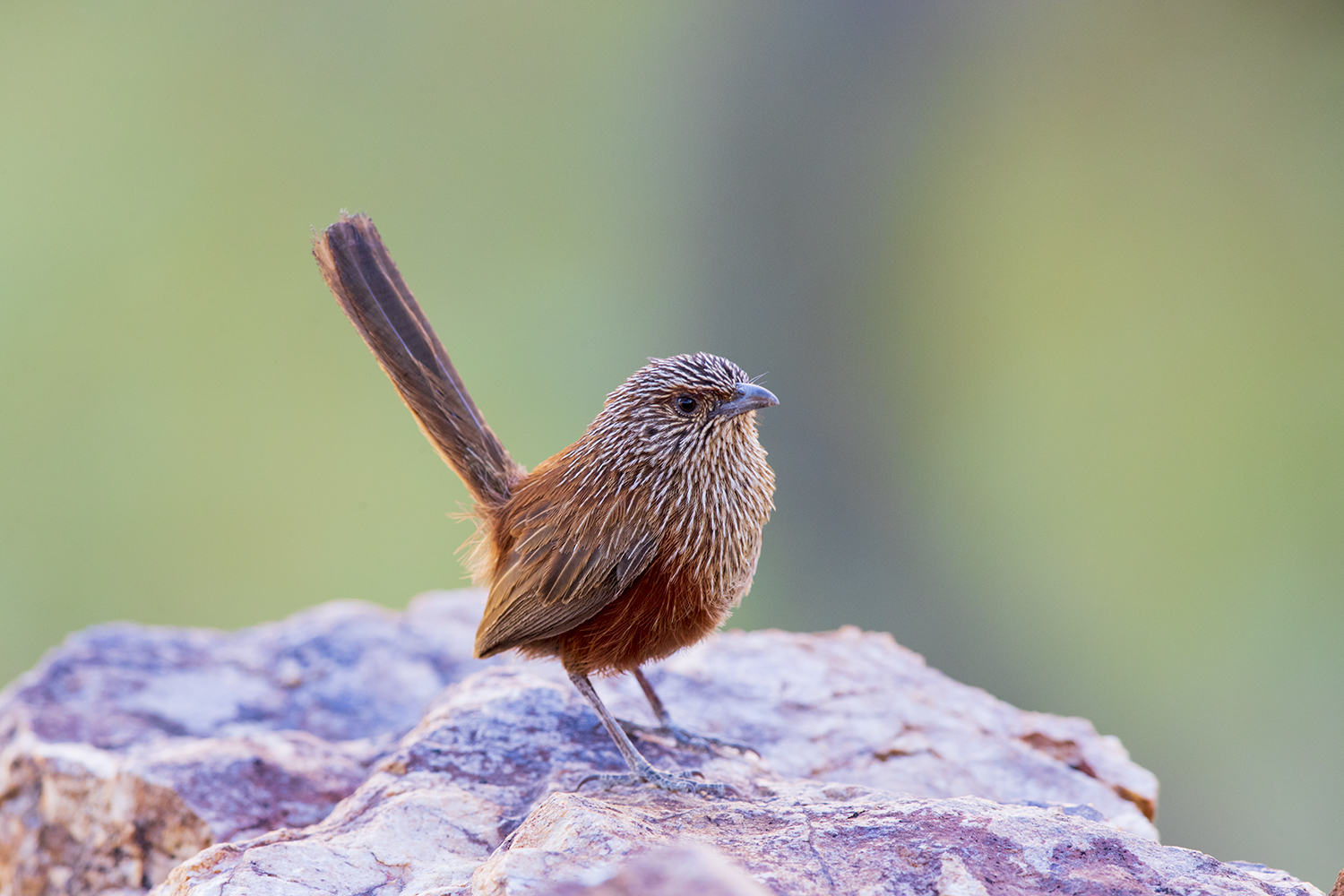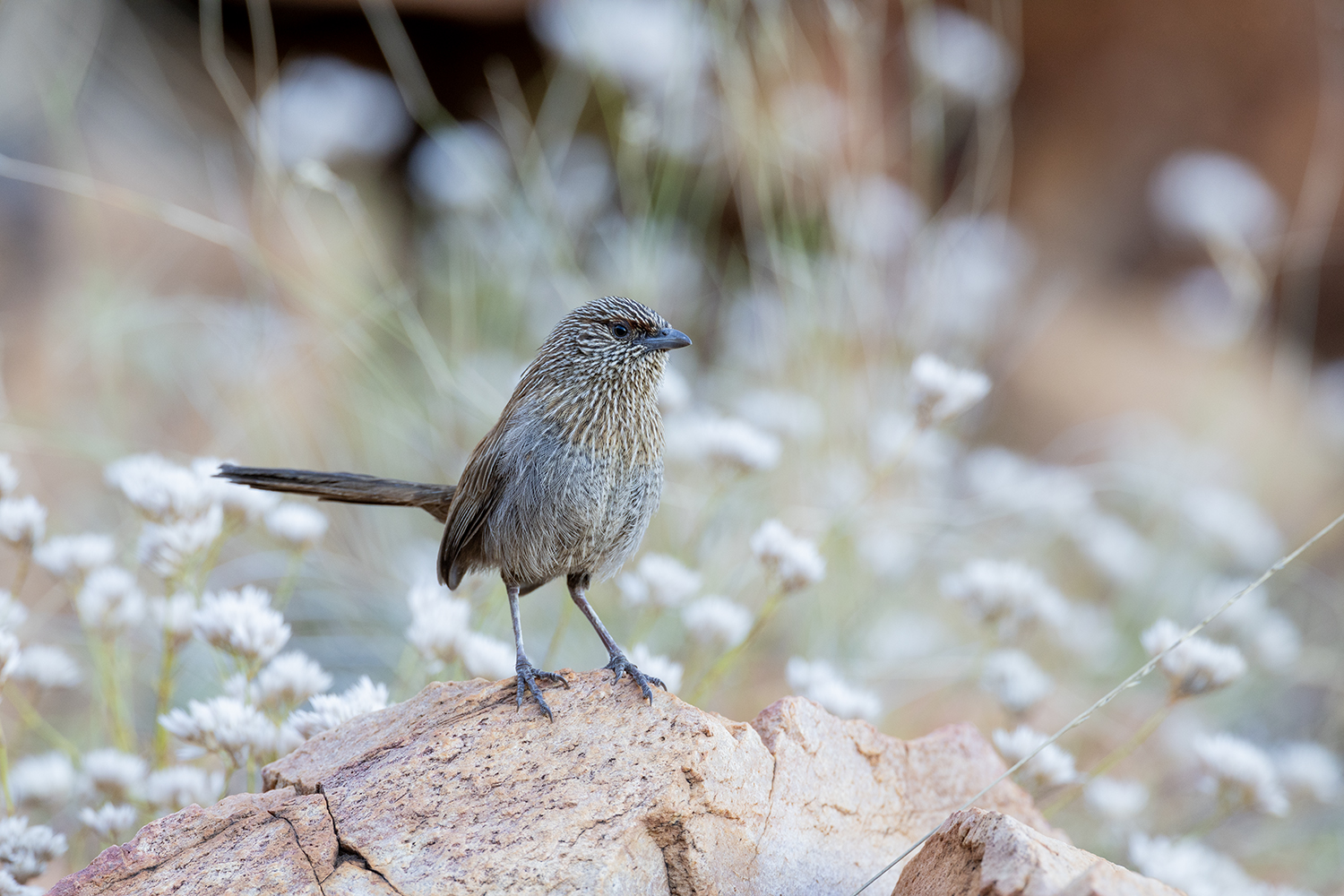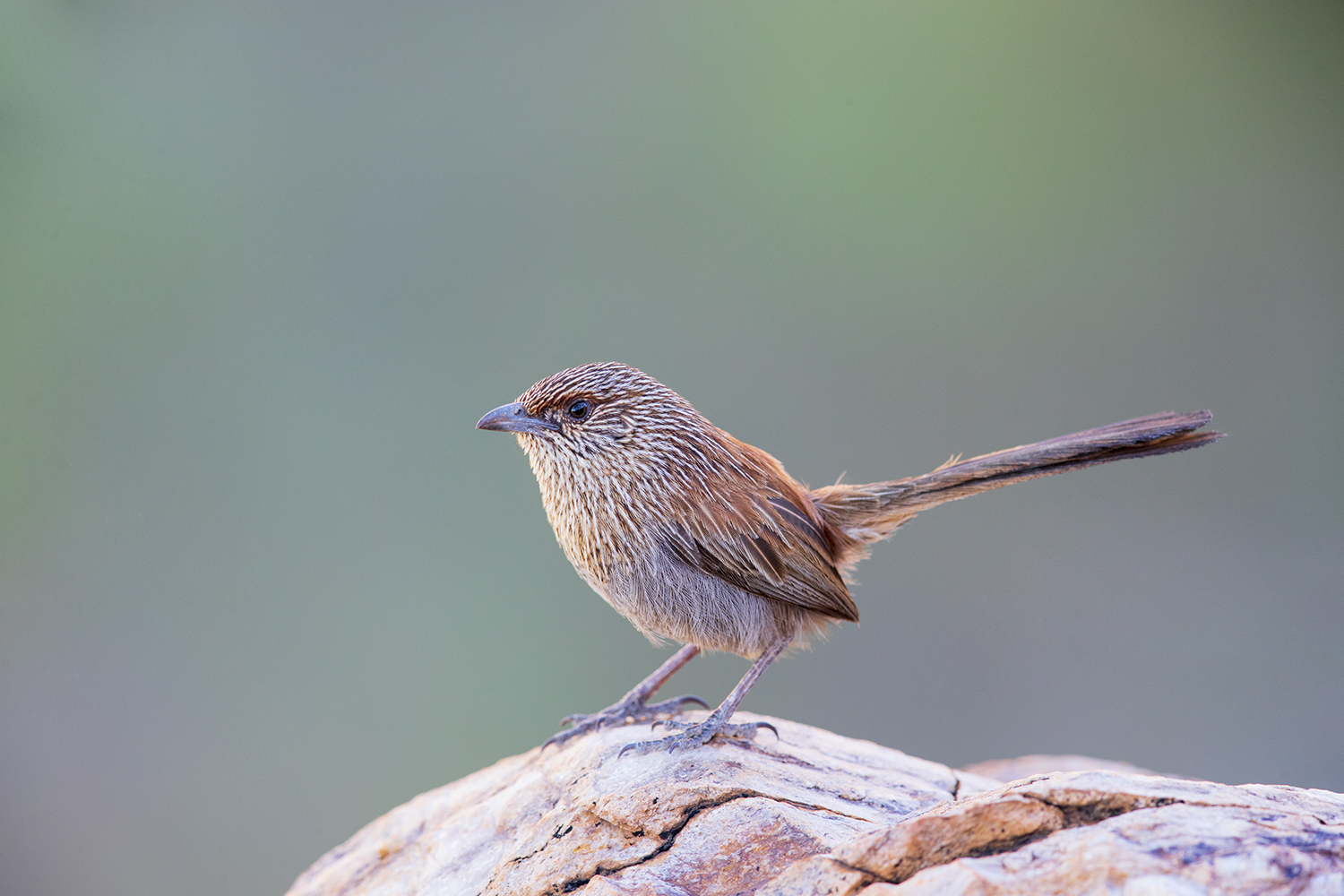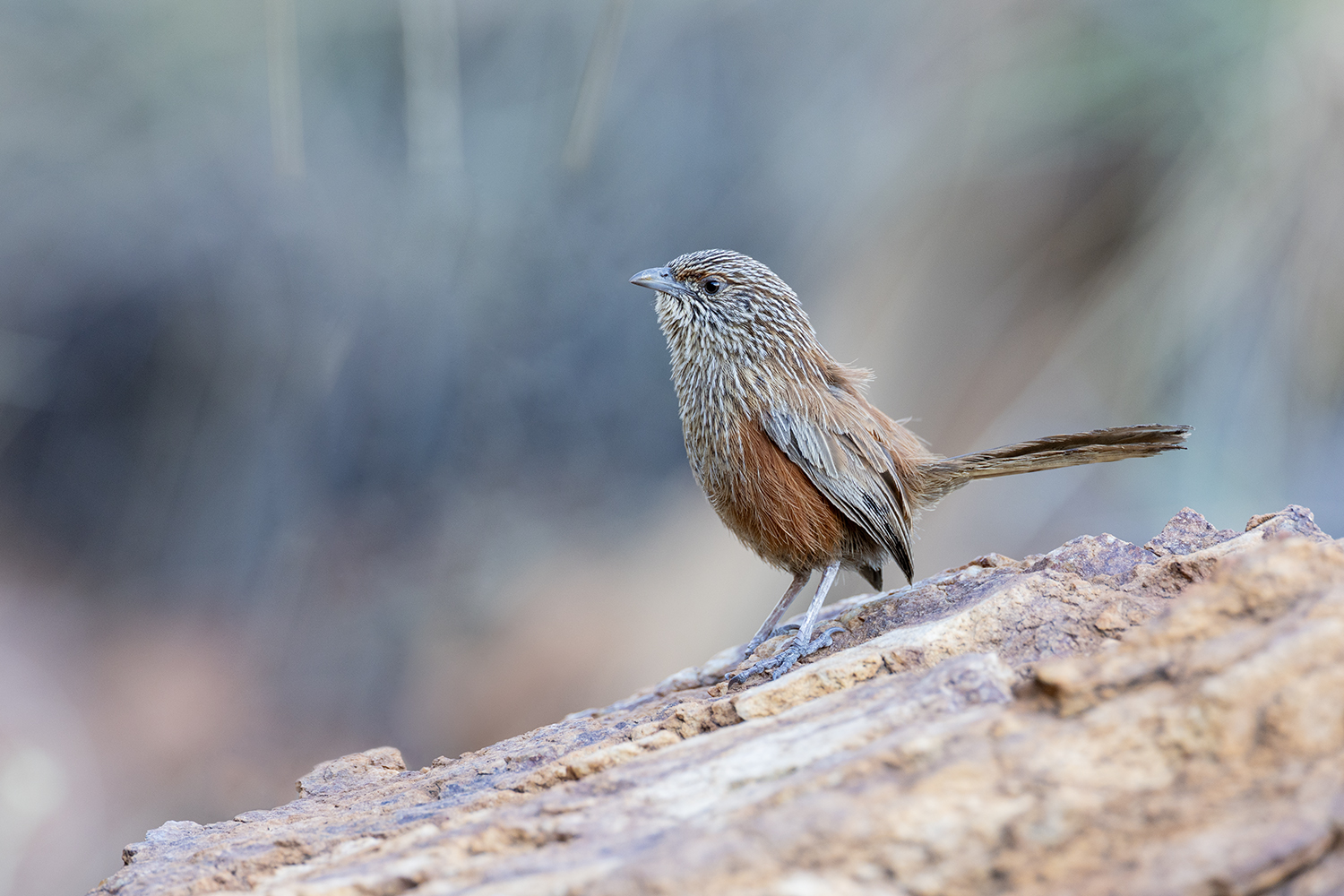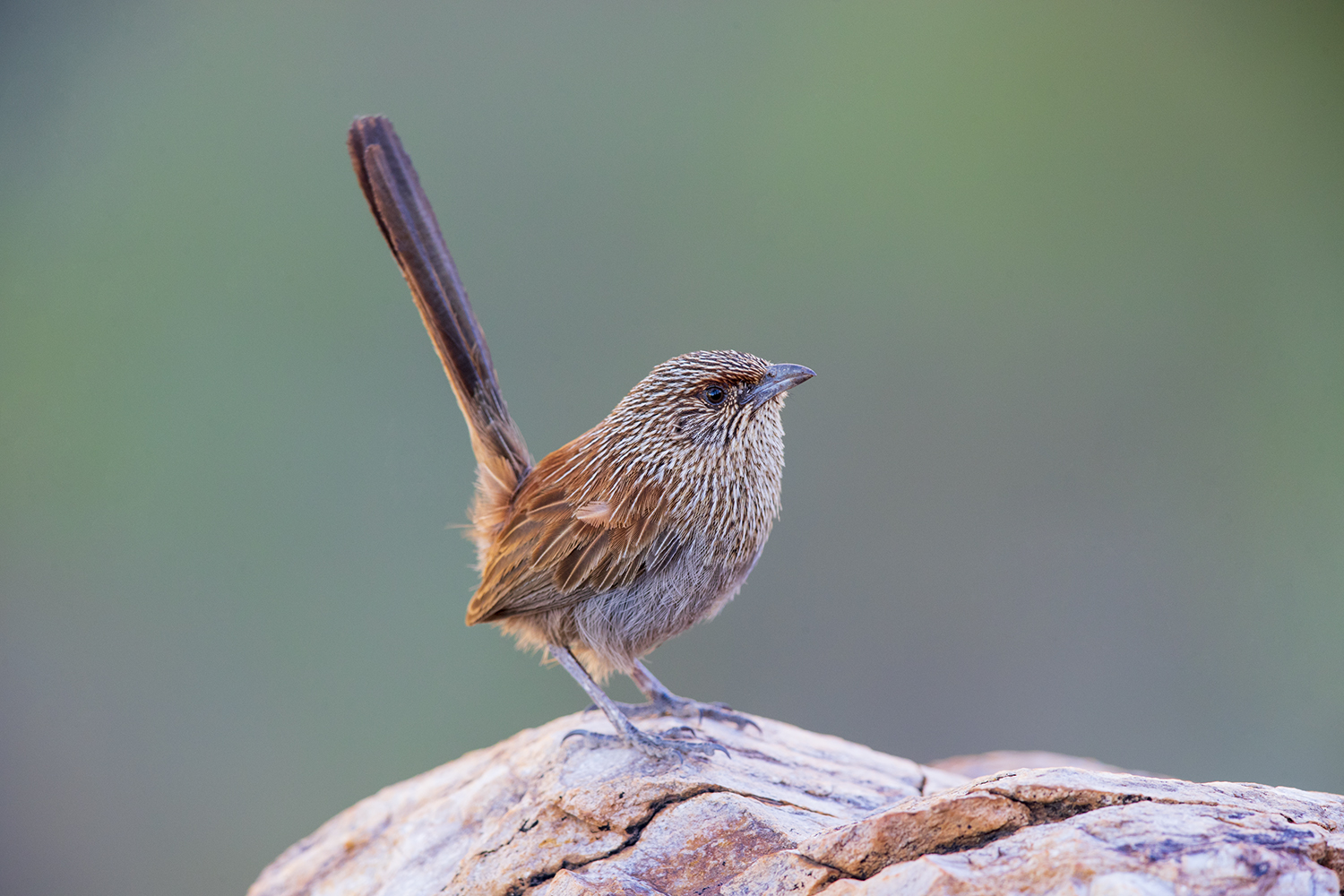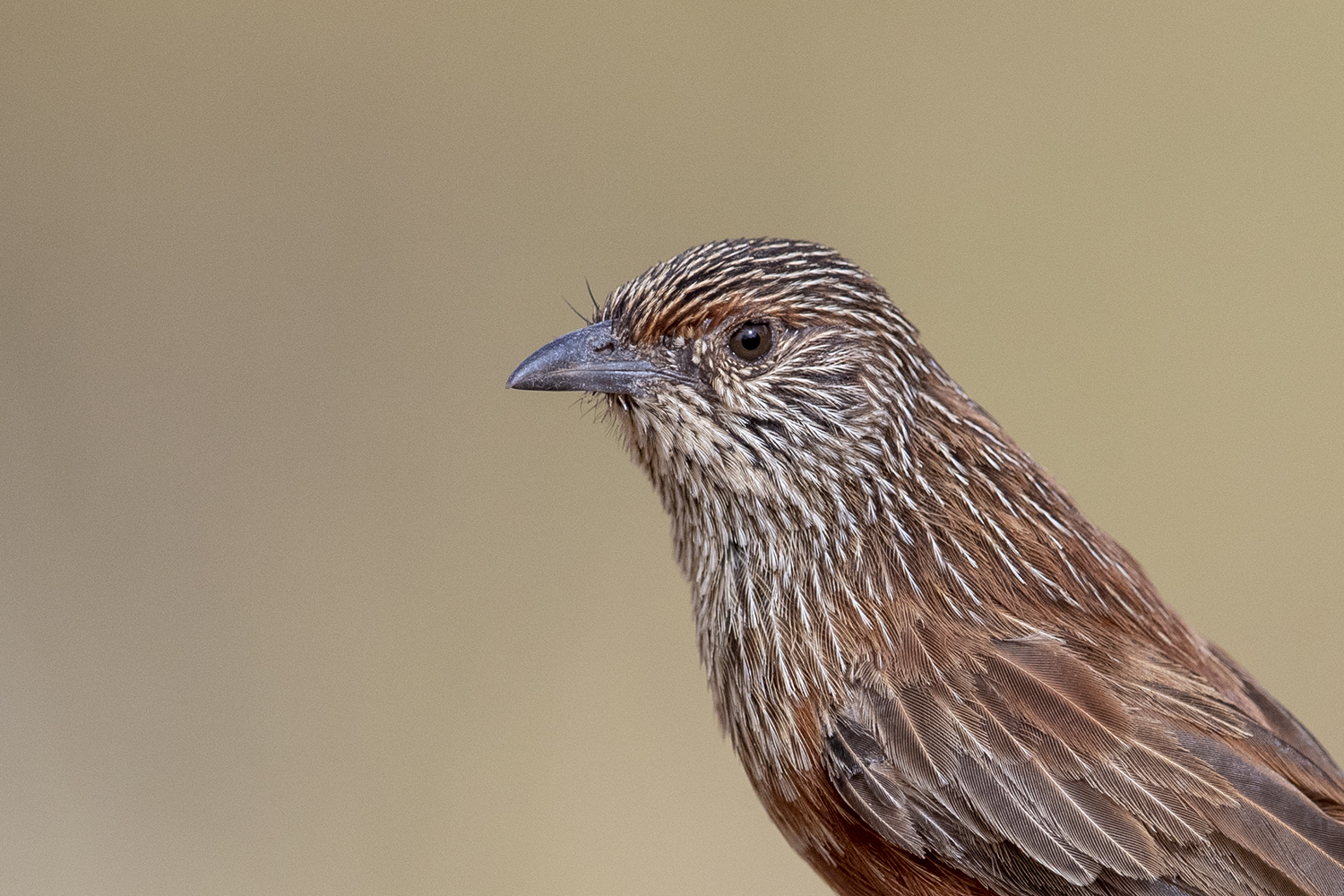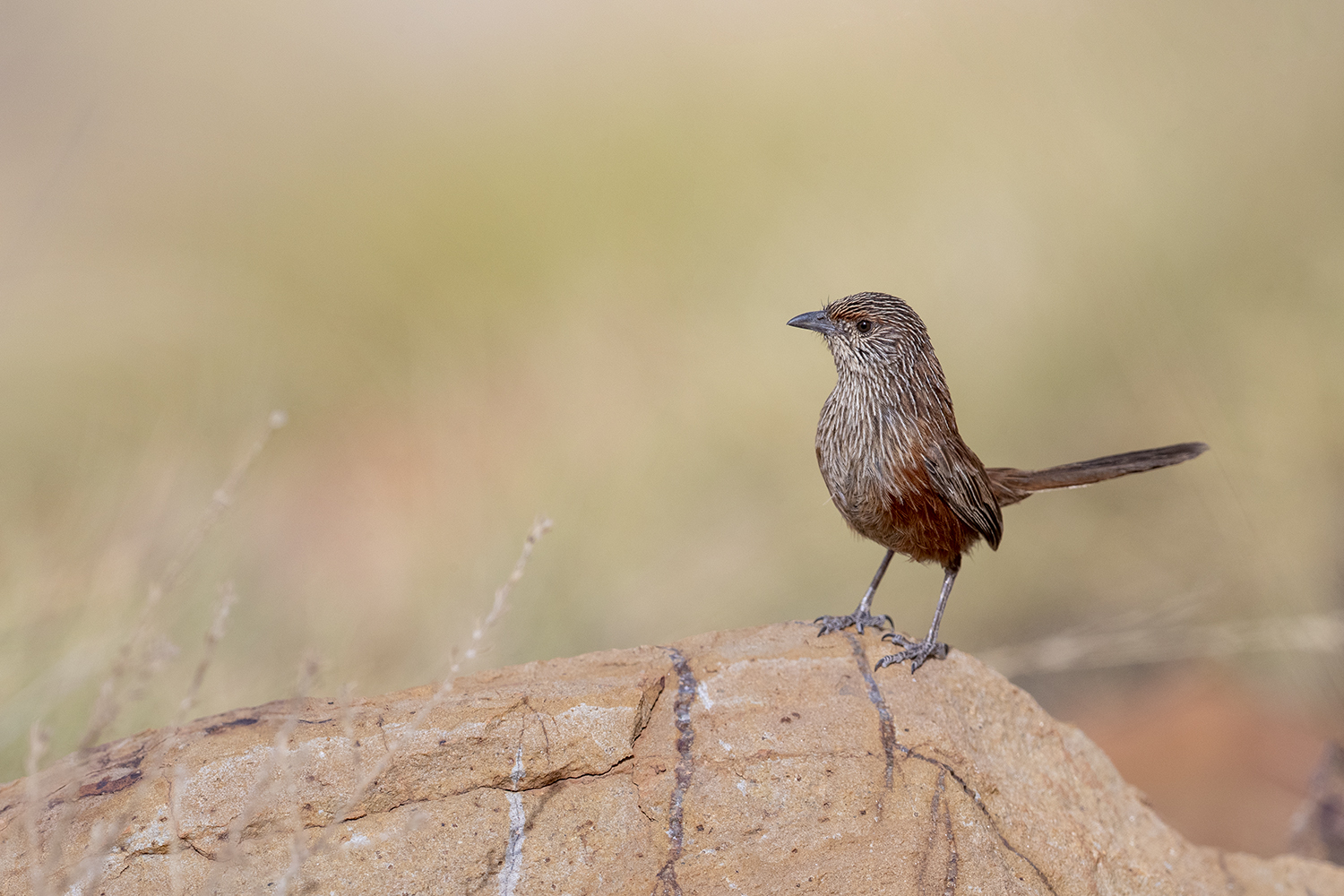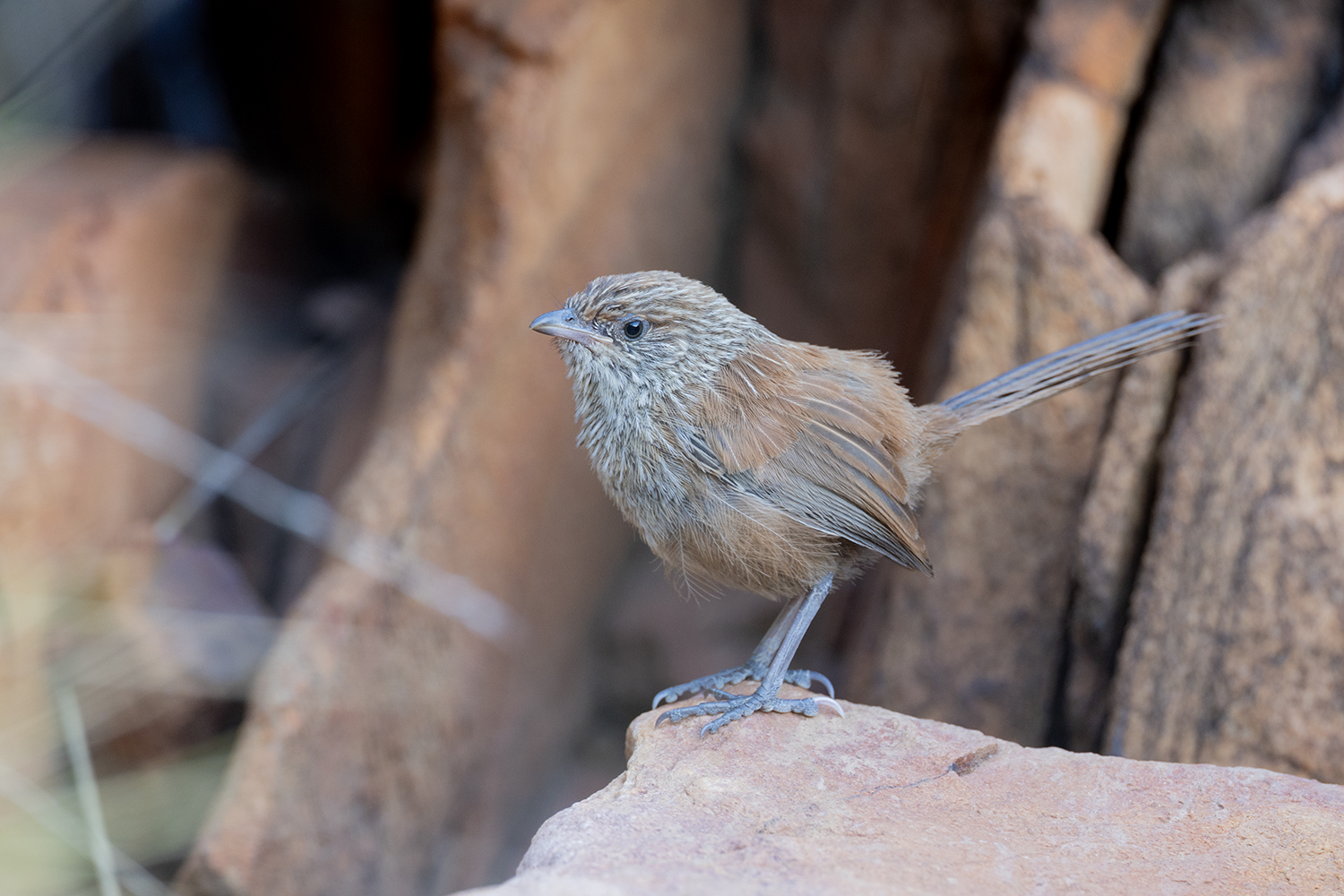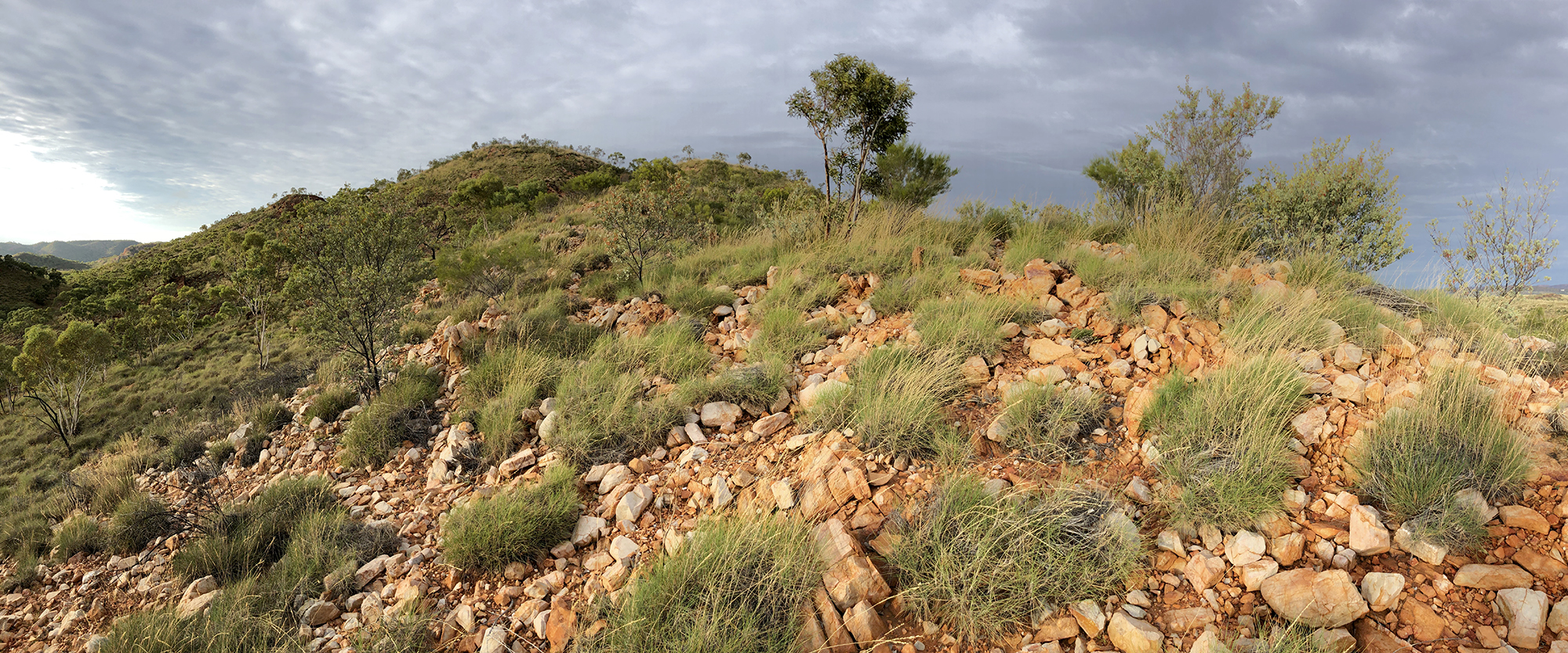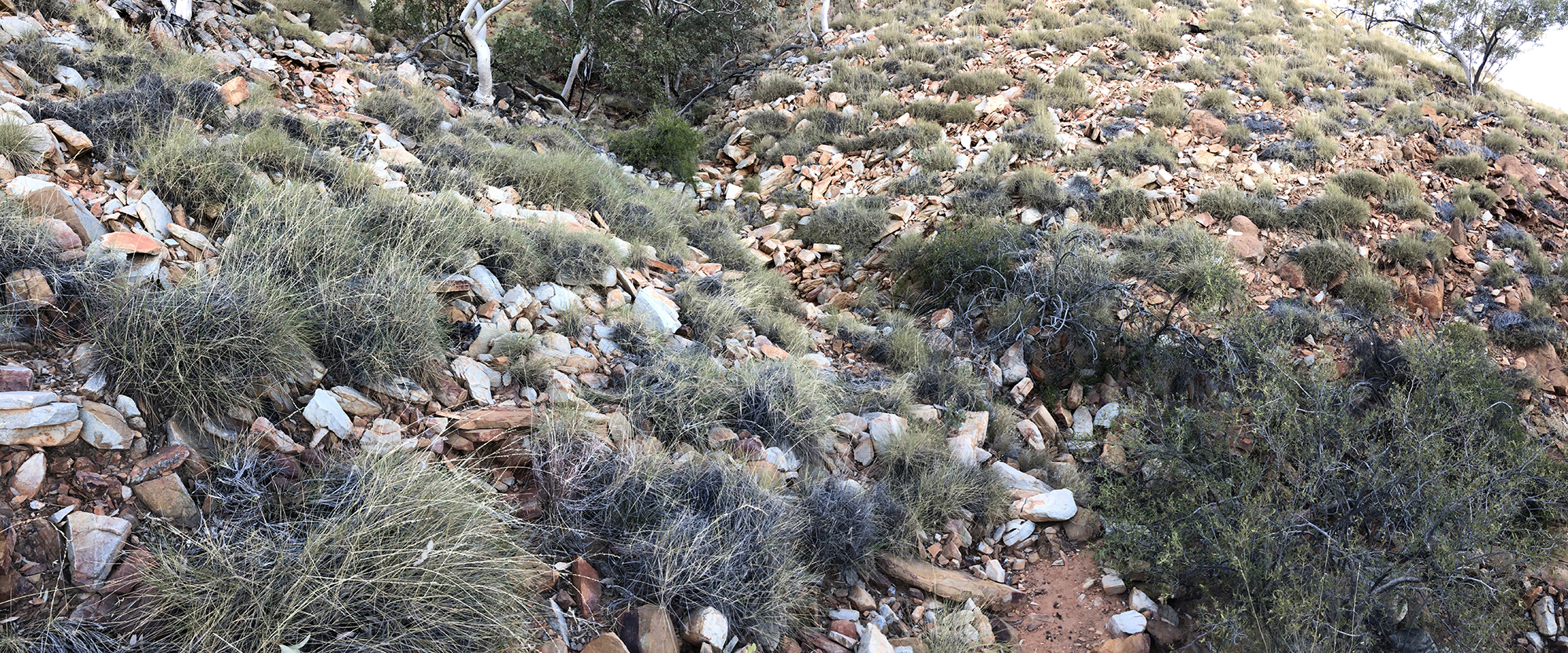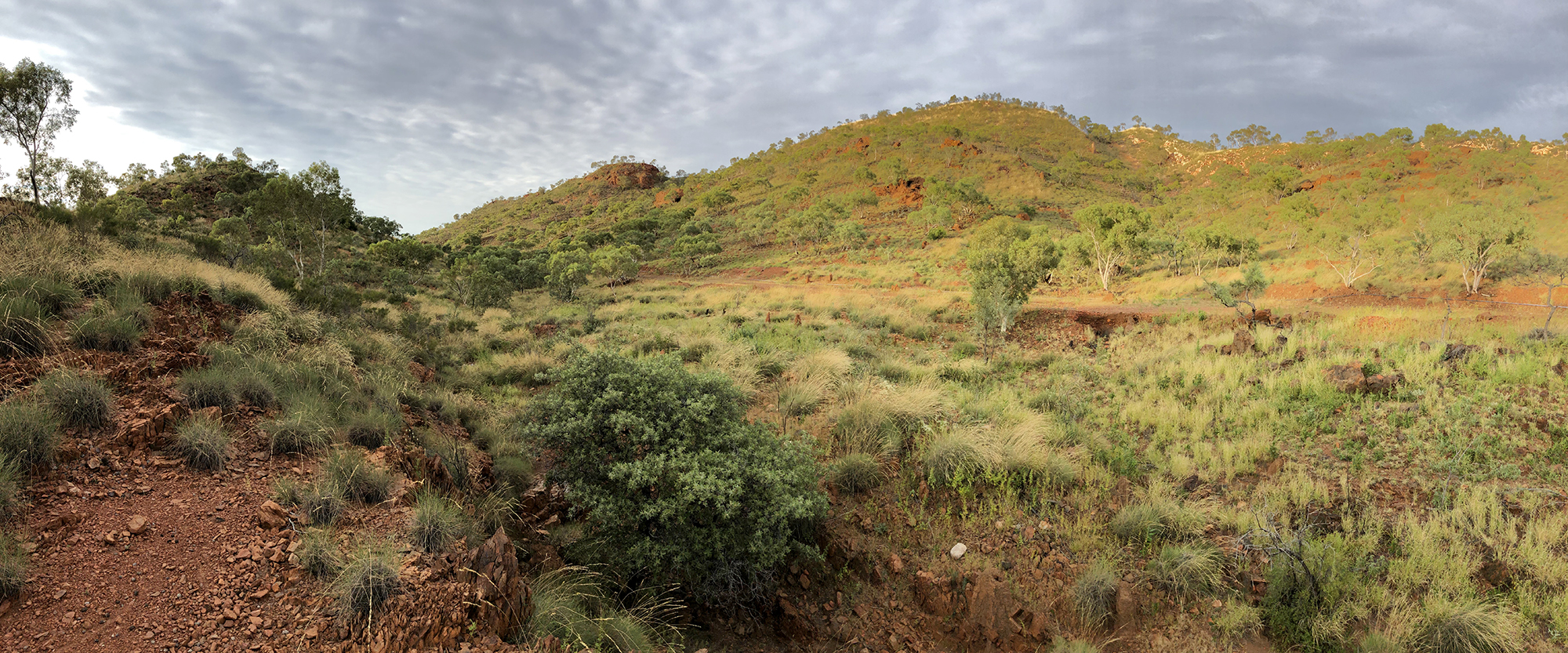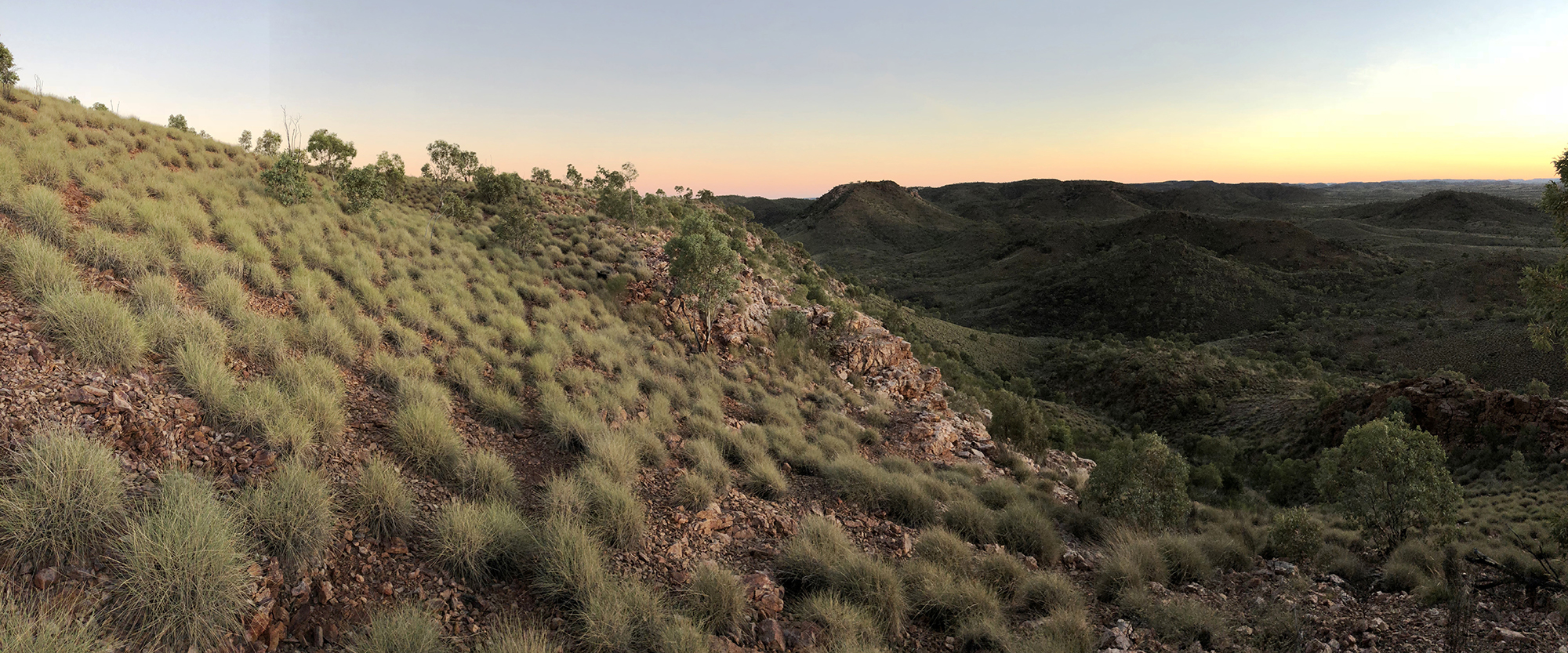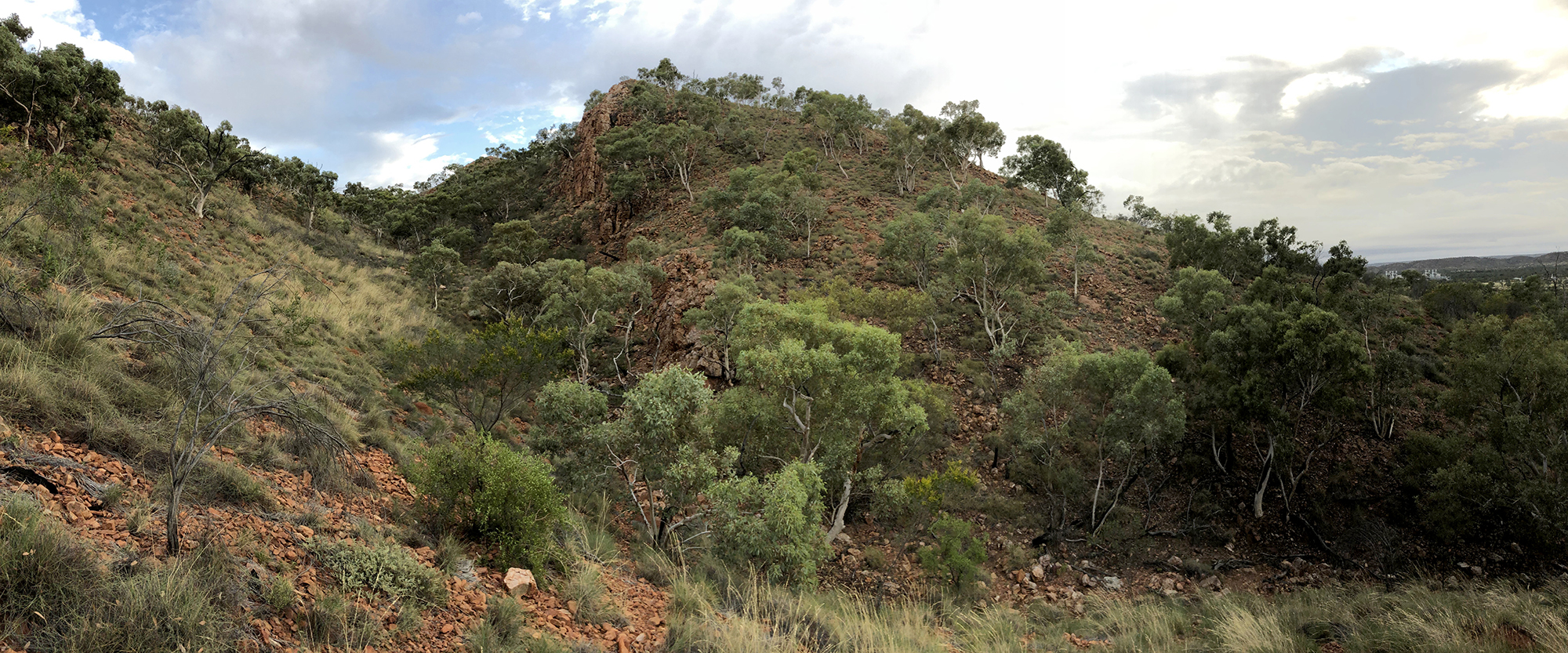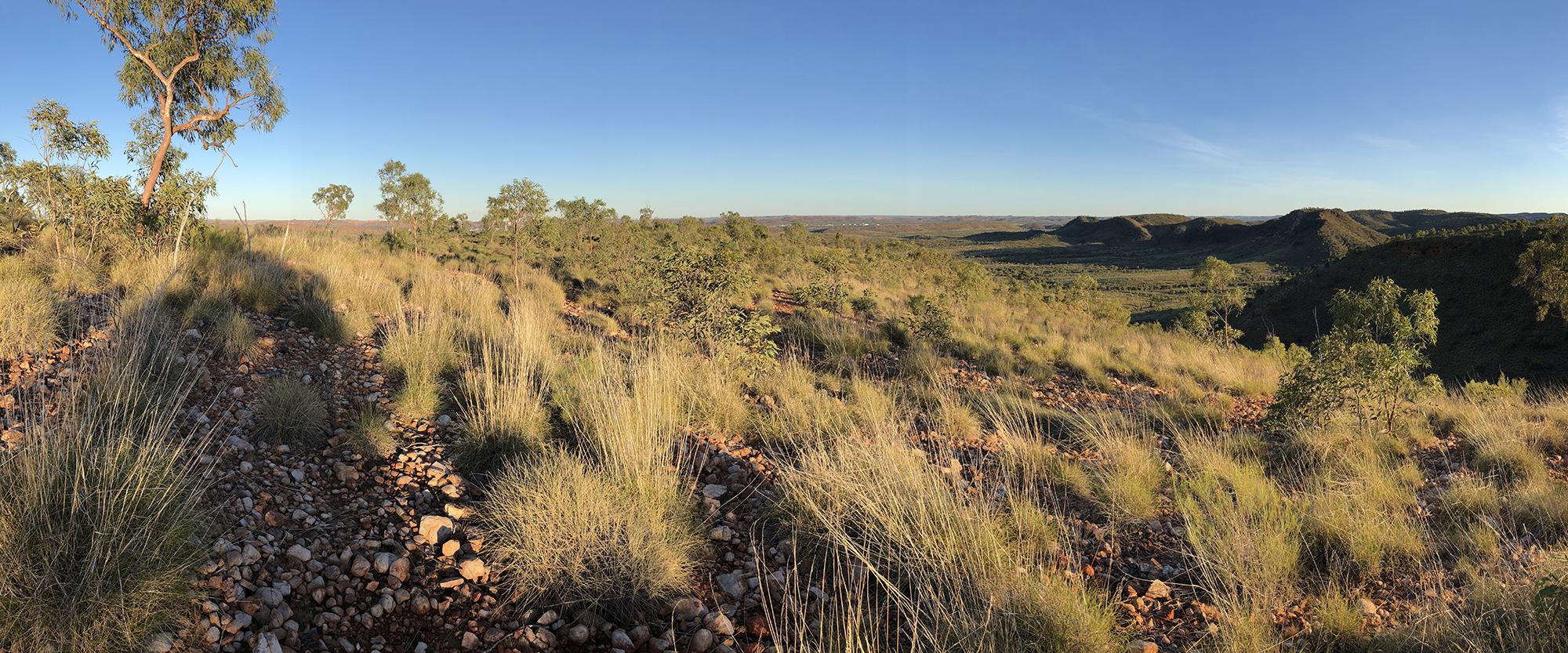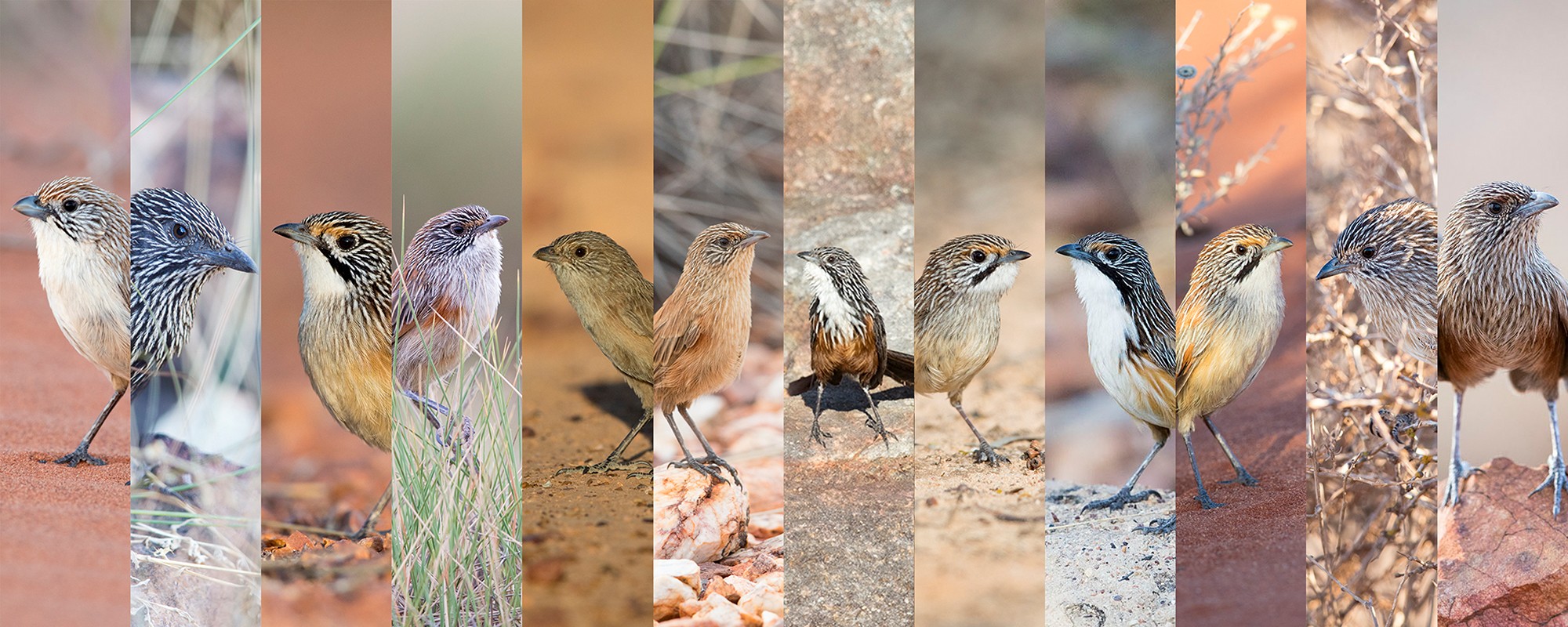ALL ABOUT AUSTRALIAN GRASSWRENS
Grasswrens: they have to be one of the most fascinating bird genera in the world, currently their genus is made up of 14 full species and an additional 7 subspecies and are only found here in Australia. They're some of the hardest birds to find and photograph, this is why I'm obsessed with Grasswrens.
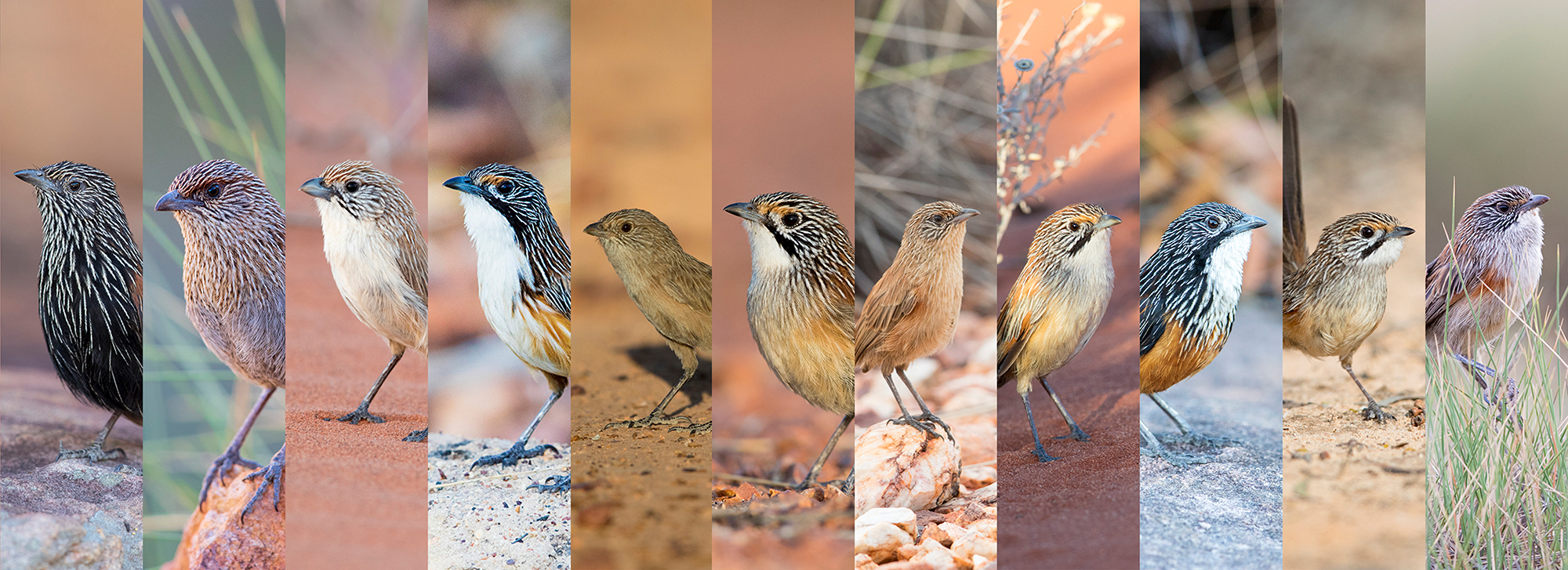
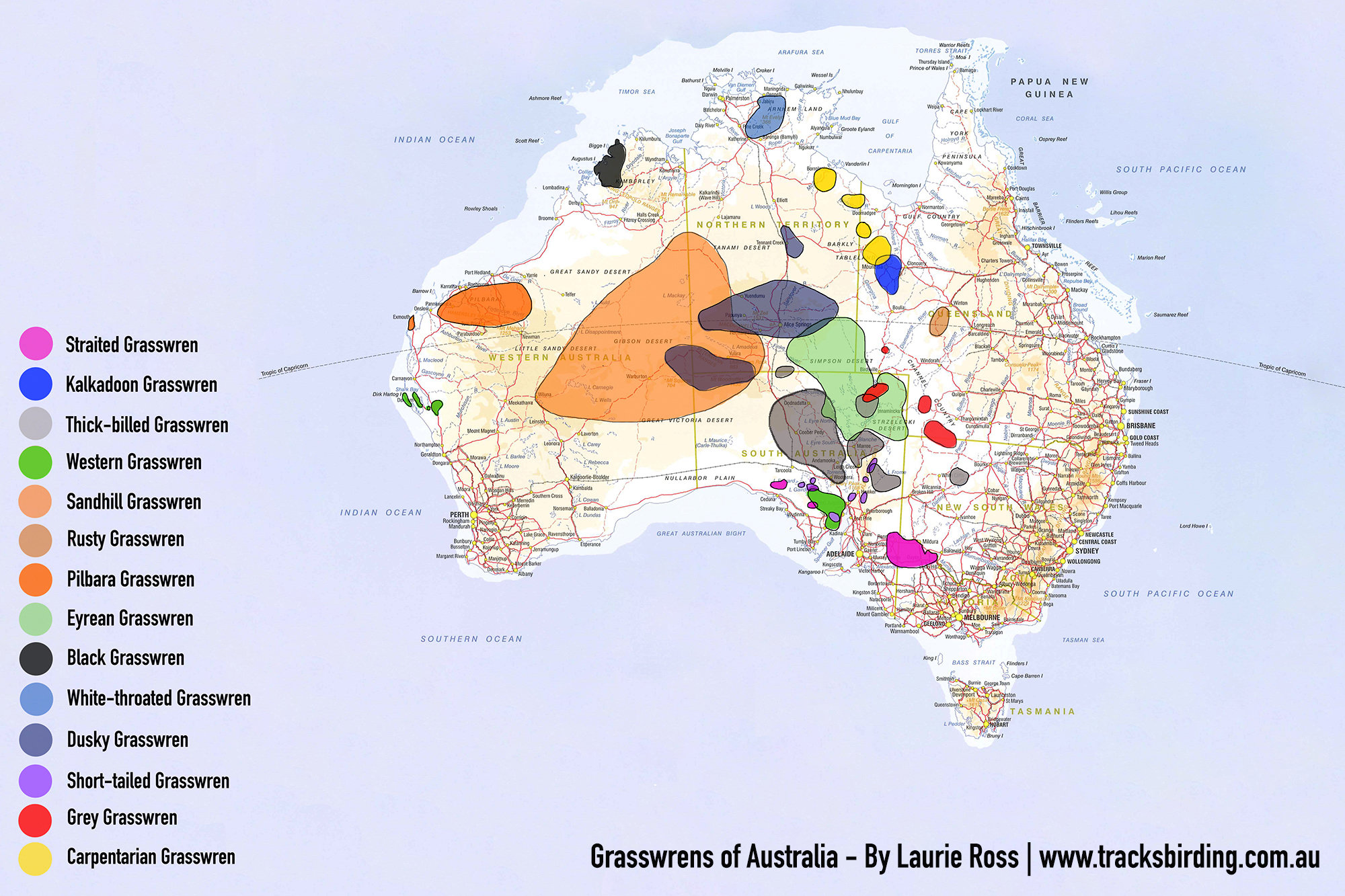
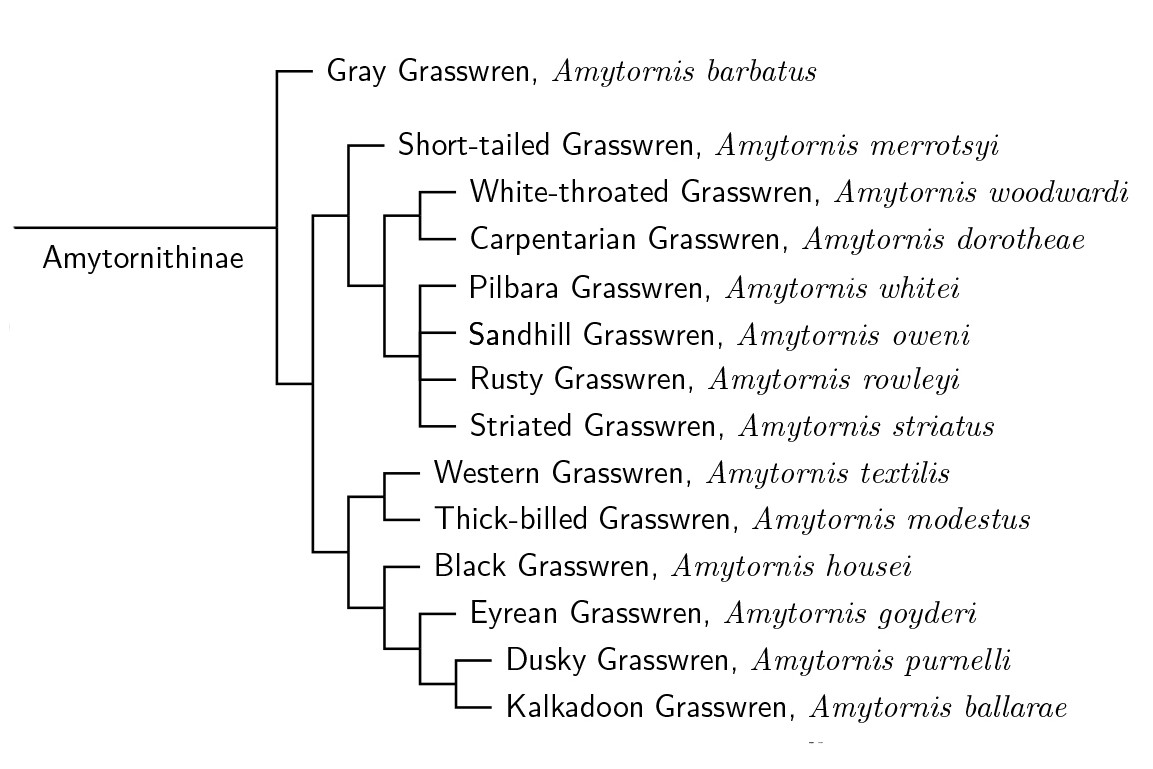
Grasswrens | More Mouse than Bird
There’s something special and mysterious about Australian Grasswrens, they have fascinated birders and bird photographers alike for years. I’m still not 100% sure what it is about these charismatic little birds; maybe it’s the amazing remote places they live or the way they run around like mice and disappear like ghosts. What ever it is, I think they’re one of the most enjoyable families to photograph.
Currently there are fourteen species of Grasswren but this depends on which taxonomy you follow. The Grasswren genus is endemic to Australia; they are mostly found in the remote Outback and draw birders and photographers from all over the world to look for them.
Grasswrens are very specific about habitat, some requiring old growth Spinifex (at least six years old), this is the case for Carpentarian Grasswren, White-throated Grasswren, Black Grasswren and Sandhill Grasswren. Sadly this makes them very sensitive to wildfires. Some Grasswren’s require healthy Bluebush, Thick-billed Grasswren and Western Grasswren. Then there are two unique in the genus; Eyrean Grasswren which lives in healthy Sandhill Cane Grass growing on top of Sand dunes in the Simpson Desert and finally Grey Grasswren which can be found in the healthy Lignum and sometimes Cane Grass growing on the arid floodplains of the Bulloo Overflow and Eyre Creeks.
Photographing Grasswrens is challenging, before venturing out into remote areas of Australia I would recommend doing your homework first. At certain times of year they can be extremely shy and quiet making them just about impossible to find. Seeing and possibly photographing them requires timing, in my experience the best time to look for Grasswren is a month or so after a good rain event. This usually triggers Grasswrens to start breeding and they become very vocal, they like to perch high up and call defending territories from other males. This makes them much more photogenic and much easier to find, in Northern Australia this is usually November to February or the wet season and in the central deserts and in the South this is usually July to October.
Here are my top tips for photographing Grasswrens:
Telephoto Lens | As with most bird photography you will need a good telephoto lens with at least a 400mm reach (longer if possible). I use a Canon 600mm and when photographing Grasswrens I usually combine with a 1.4x Extender giving me a healthy 840mm reach. This combination allows me to keep my distance and not disturb the birds allowing better observation of natural behavior.
Footwear / Legwear | Essential when looking for Grasswrens is good footwear and if your trekking through Spinifex then Gaiters are a must, trust me!
Hand Holding | This is one family of birds I wouldn’t recommend the use of a tripod. They are incredibly fast and they don’t usually give you much time to get the photo, hand holding with a slightly higher ISO and shutter speed can be better.
Good Hearing | A skill that is quite important when looking for Grasswrens is good hearing, most species have a very high pitched contact call and song which are not easy to hear.
Minimize Movement | Grasswrens are extremely sensitive to movement so you must keep this to a minimum. Once I’ve located the Grasswrens I will set up a portable hide and sit patiently, they are creatures of habitat and will usually return to the same spots multiple times. If you don’t have a hide then sitting quietly under a tree or shrub will help.
Early Bird catches the worm | The best time of day to find and photograph Grasswrens is first thing in the morning, this is when they are most vocal and active. Usually I head out late in the afternoon to locate them and then return in the morning before sunrise to set up the hide. Nine times out of ten they are within 50 meters of where I saw them the day before.
Patience | One thing I always tell people who want to photograph Grasswrens is DON’T chase them. They are much faster than you and are extremely skilled at disappearing, this can ruin all the hours of hard work you put in finding them in the first place so be patient.
Call Back | I know this is a contentious issue but I think when used responsibly it can be effective, saying that most of the time Grasswrens don’t react to call back anyway. If you’re going to use callback please minimize the use and only play it in small bursts. DO NOT play callback continuously, not only is this not good for the birds but they will learn that your not the real thing and completely ignore you. (Please be aware the use of Callback in most National Parks is illegal, please check before using it) I recommend you read Sibley’s recommendations on callback use which can be found here, https://www.sibleyguides.com/2011/04/the-proper-use-of-playback-in-birding/
Weather | Grasswrens live in some extremely remote areas of Australia, it’s not a good idea to venture out in the middle of summer. Even in winter it can be a dangerous place so please take lots of water and be prepared. I recommend carrying a Personal Locator Beacon just in case.
Use a Wireless Speaker | If you’re going to use call back I recommend buying a high quality wireless speaker, I use the Bose SoundLink Micro which I highly recommend. Once you have found the birds place the speaker away from you, either on a small rise or scrub, this will help eliminate them seeing you and you will get much better results.
Find your own Grasswrens | This is my biggest recommendation. I touched on call back above and in my experience Grasswrens get used to callback extremely quickly so most of the well known sites around Australia they completely ignore it. If you locate a pair or family that hasn’t experienced call back before you will find you will get a much better response. I also think its not good for the birds if birders and photographers are playing callback to the same birds regularly.
MEET THE GRASSWRENS
All habitat photos were taken exactly where the birds were found, maps are just a guide and not exact GPS marks. All photos were taken by Laurie Ross | Owner of Tracks Birding
Black Grasswren - Amytornis housei
Distribution and Where to find them:
Black Grasswren (Amytornis housei) is found in the Kimberley region of northern Western Australia. The main place to see the Black Grasswren is up at Merten's Falls on the Mitchell Plateau. Back in 2004 there were 16 pairs counted in a 2 km transect along the creek. Another great place to see this bird is Bachsten Creek which can be accessed through Mt Elizabeth Station (Fees apply).
Ebird records:
Black Grasswren records on eBird
Ecology:
The species is found in hummock grassland habitat, being moderately common in dense porcupine-grass Triodia spp. in low open woodland, tall shrubland or tall open shrubland (Garnett et al. 2011). It is mainly found in dissected sandstone areas with massive boulders (Rowley and Russell 1997, Johnstone and Storr 2004), and feeds on insects, other invertebrates and seeds of grasses and sedges (Johnstone and Storr 2004).
Breeding:
Breeding usually occurs from December to April which is the wet season in Northern Western Australia.
Breeding Record Info:
White-throated Grasswren - Amytornis woodwardi
Distribution and where to find them:
White-throated Grasswren (Amytornis woodwardi) is endemic to the Arnhem Land sandstone plateaus in the Northern Territory, Australia. Sadly, over burning has resulted in its disappearance from most of the accessible sites in Kakadu.
Currently there a no publicly accessible sites to see this species, Kakadu recently closed off the site we were visiting on the overnight hikes. Anyone who tells you different is hiking in illegally.
Ebird Records:
White-throated Grasswren records on eBird
Ecology:
White-throated Grasswrens are found on rugged and mostly inaccessible sandstone escarpments, they are usually associated with mature spinifex (Triodia microstachya) which is used for nesting and protection from predators. They seem to like boulder covered rocky outcrops which are usually close to gullies or creek lines. Their diet comprises mostly of invertebrates and seeds.
Breeding:
Breeding usually occurs from December to June which is the wet season in the Northern Territory, their territory size is around 10 ha.
Carpentarian Grasswren - Amytornis dorotheae
Distribution and where to find them:
Carpentarian Grasswren (Amytornis dorotheae) has a patchy range in north-western Queensland and eastern Northern Territory, Australia. It is known to have occurred in four separate areas between the Tawallah Range/Limmen Bight River, Northern Territory, and Gunpowder, north-west Queensland. The best known area to see Carpentarian Grasswren is to the North-west of Mount Isa. Sadly the traditional site up McNamara Road is now closed to the public so go in search of good looking spinifex in dry gullies for you best chance.
Ebird records:
Carpentarian Grasswren records on eBird
Ecology:
The Carpentarian Grasswren, in the northern part of its range the species inhabits sandstone outcrops in mature Triodia hummock grassland. This grassland is highly flammable, which has led to a huge decline in the Northern populations, with very few sighting in the last 20 years. Further south around Gunpowder it occupies long-unburnt Triodia with stony areas between the hummocks on which grow a range of short grasses, forbs and patchy low trees and shrubs.
Breeding:
Breeding usually occurs from November to March, usually after the wet season arrives.
Rufous Grasswren - Amytornis whitei
Distribution and where to find them:
Rufous Grasswren (Amytornis whitei) was formerly part of the Striated Grasswren complex (now split into three species). There are two separate populations in a large range in the Central and Western deserts of the Northern Territory and Western Australia. The best known site to see Rufous Grasswren in the Northern Territory is the famous Uluru-Kata Tjuta National Park where it can be found near or on the low sand dunes in the area. One of the best places to look is opposite side of the road to the Sunset viewing car park, just be mindful that you aren't allowed to go off trail so please stay on the roadside.
The other more rufous population is found from the Barlee Range in the south, Cape Range near Exmouth and the Pilbara plateau north to Mt Herbert and east to near Nullagine and Mt Newman where in inhabits stony hills dominated by Triodia hummocks, and usually with an overstorey of shrubs. One of the best places to see this population of Rufous Grasswren is around the town of Tom Price where they are reasonably common on the outskirts of town.
Ebird Records:
Rufous Grasswren records on eBird
Ecology:
Restricted to the spinifex covered sand dunes of the red centre. Triodia provides critical habitat for foraging and protective nesting and cover for this species, and many other species of grasswren. Rufous Grasswrens have been shown to have a preference for areas with large hummocks of spinifex, 25–40 years post-fire, though birds have been found to occupy some areas 6 to 8 years after fire.
Breeding:
Breeding usually occurs after summer rains
Opalton Grasswren - Amytornis rowleyi
Distribution and where to find them:
Opalton Grasswren (Amytornis rowleyi) was formerly considered part of the Striated Grasswren complex. It is known from small isolated populations in Bladensburg National Park near Winton and also South towards Opalton where it is reasonably easy to find around the Lark Quarry Conservation Reserve.
Ebird Records:
Rusty Grasswren records on eBird
Ecology:
Restricted to areas of western Queensland. Triodia provides critical habitat for foraging and protective nesting and cover for this species, and most other species of grasswren. Opalton Grasswren have been shown to have a preference for areas with large hummocks of spinifex, 25–40 years post-fire, though birds have been found to occupy some areas 6 to 8 years after fire.
Breeding:
Breeding usually occurs after summer rains
Striated Grasswren - Amytornis striatus
Distribution and where to find them:
Striated Grasswren (Amytornis striatus) is restricted to the the mallee regions of South Australia and Victoria, previously Gluepot Reserve was one of the best places to see Striated Grasswren but their numbers have declined heavily in recent years. Currently the best place to see this bird is in the pristine habitat of Murray-Sunset National Park in North Western Victoria, where they can be found around in good habitat around the lakes.
Ebird Records:
Striated Grasswren records on eBird
Ecology:
Restricted to the the mallee regions of South Australia and Victoria. Triodia provides critical habitat for foraging and protective nesting and cover for this species, and most other species of grasswren. Striated Grasswrens have been shown to have a preference for areas with large Triodia hummocks of spinifex, 25–40 years post-fire, though birds have been found to occupy some areas 6 to 8 years after fire.
Breeding:
Breeding usually occurs after summer rains
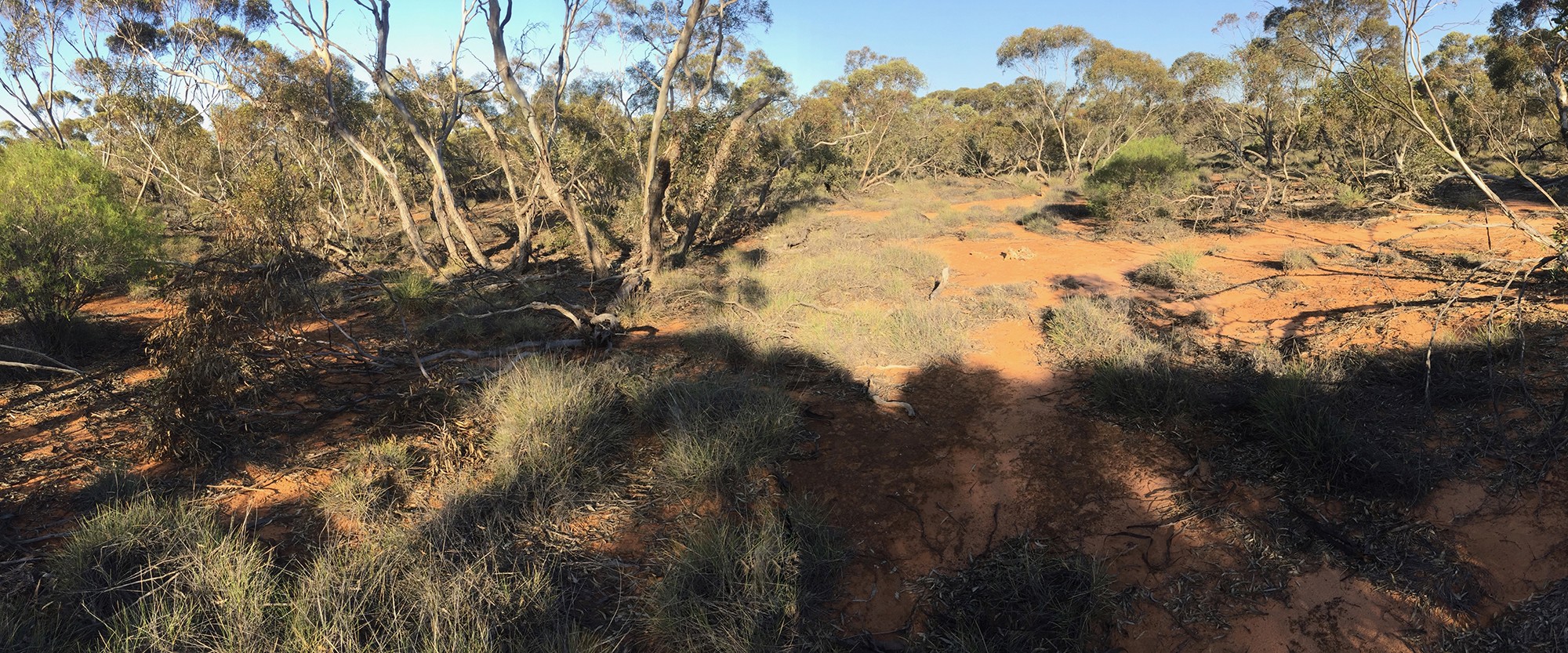
Short-tailed Grasswren - Amytornis merrotsyi merrotsyi
Distribution and where to find them:
Short-tailed Grasswren (Amytornis merrotsyi merrotsyi) occurs in four subpopulations between Mt Neil in the north and Nelshaby in the south, the best place to see this bird is at Stokes Hill in the Flinders Ranges, here they can be found reasonably reliably but have become harder and harder to locate as the spinifex is degraded from over grazing.
Ebird Records:
Short-tailed Grasswren records on eBird
Ecology:
Inhabits rocky hilltops, ridges and hillsides covered with clumps of Triodia tussock grassland and scattered shrubs. Short-tailed Grasswren recolonises 5–7 years after a fire and reaches peak densities 10–30 years after fire (G. Carpenter in litt., in Garnett et al. 2011). It forages mostly on the ground, eating seeds, fruits, insects and other invertebrates (Higgins et al. 2001).
Breeding:
Breeding usually occurs after summer rains
Short-tailed Grasswren - Amytornis merrotsyi pedleri
Distribution and where to find them:
Short-tailed Grasswren (Amytornis merrotsyi pedleri) has at least three subpopulations in the central and western Gawler Ranges. This is by far the easiest of the subspecies to see and you will find a very healthy population up on the mountains that surround Mount Ives Station, here you can also stay at the station where they have a great camp ground and very nice facilities.
Ebird Records:
Short-tailed Grasswren records on eBird
Ecology:
Short-tailed Grasswren - A. m. pedleri inhabits rocky hilltops, ridges and hillsides covered with clumps of Triodia tussock grassland and scattered shrubs. Recolonises 5–7 years after a fire and reaches peak densities 10–30 years after fire (G. Carpenter in litt., in Garnett et al. 2011). It forages mostly on the ground, eating seeds, fruits, insects and other invertebrates (Higgins et al. 2001).
Breeding:
Breeding usually occurs after summer rains
Eyrean Grasswren - Amytornis goyderi
Distribution and where to find them:
Eyrean Grasswren (Amytornis goyderi) has a patchy, restricted distribution. They are only found only on sand dune fields of the Simpson and Strzelecki deserts of Central Australia. These deserts are located in the Birdsville Structural Basin, an enormous drainage basin centring on Lake Eyre. Most populations are found in South Australia from north of Cameron Corner to Witjira National Park, with some in SW Queensland and the Northern Territory. A couple of spots where you can find Eyrean Grasswrens is along the Andado Track which is southeast of Alice Springs in the Northern Territory or along the Birdsville Track in South Australia where it can be found in optimal habitat.
Ebird Records:
Eyrean Grasswren records on eBird
Ecology:
Eyrean Grasswren (Amytornis goyderi) inhabits mostly sandhill canegrass (Zygochloa paradoxa) on large, loosely sanded dune crests and slopes.
Breeding:
Breeding usually occurs July to September but can vary depending on seasons.
Grey Grasswren - Amytornis barbatus diamantina
Distribution and where to find them:
Grey Grasswren (Amytornis barbatus diamantina) is usually found in the lignum that grows on the edge of the Diamantina River and the overflow areas of lakes Machattie, Koolivoo and Mipea on Eyre Creek in South Australia. This subspecies has slightly more rufous colouring on it body and is the usual subspecies seen by birders, they can be found around 90km South of Birdsville right beside the road, but depending on time of year and rainfall will depend on how long you have to spend getting a view!
Ebird Records:
Grey Grasswren records on eBird
Ecology:
Mainly frequents floodplains containing areas dominated by lignum and cane grass on major drainage lines between resident sand dunes. The Grey Grasswren has also been known to occupy open vegetative areas well beyond the lignum swamps which are less subject to inundation during flood events. It appears that in drought years the Grey Grasswren occupies tall dense lignum as a refuge while in normal years it prefers other habitats.
Breeding:
Breeding usually occurs after summer rains
Grey Grasswren - Amytornis barbatus barbatus
Distribution and where to find them:
Grey Grasswren (Amytornis barbatus barbatus) is found in the arid inland floodplains of Bulloo River watershed of south-western Queensland and north-western New South Wales, Australia. This subspecies is the harder of the two to see as most of the sites are on private stations and access in the past years has been cut off due to people illegally entering the area. One site that is possible to visit is along the Adelaide Gate which is northeast of Tibooburra, NSW.
Ebird Records:
Grey Grasswren records on eBird
Ecology:
Mainly frequents floodplains containing areas dominated by lignum and cane grass on major drainage lines between resident sand dunes. Has also been known to occupy open vegetative areas well beyond the lignum swamps which are less subject to inundation during flood events. It appears that in drought years the it occupies tall dense lignum as a refuse while in normal years it prefers other habitats.
Breeding:
Breeding usually occurs after summer rains
Thick-billed Grasswren - Amytornis modestus indulkanna
Distribution and where to find them:
Thick-billed Grasswren (Amytornis modestus indulkanna) has one of the broadest distributions of any of the Thick-billed Grasswrens. It is found mainly in South Australia but there has recently been a study which found a small population in the Northern Territory. The most popular and reliable spot to see is 7km South of Coober Pedy where is can be found around the Hutchinson Monument.
Ebird Records:
Thick-billed Grasswren records on eBird
Ecology:
Apparently sedentary, with these elusive birds seen running, hopping or rarely flying, between vegetative cover to remain undetected. They can also be seen foraging for food at ground level around vegetation. Grasswrens have a generalist beak type that allows them to eat a range of foods. The thick bill allows for tougher seeds and other food niches to be accessed, compared with the smaller fairywren species. If disturbed, individuals take refuge in any existing cover – usually vegetation or piles of old flood debris along dry sandy watercourses and even down rabbit burrows. They are often seen solitarily or in pairs.
Breeding:
Breeding occurs between July and September.
Thick-billed Grasswren - Amytornis modestus curnamona
Distribution and where to find them:
Thick-billed Grasswren (Amytornis modestus curnamona) is restricted to the Lake Frome Basin in South Australia where is can be found between the Eastern slopes of the Flinders Ranges right through Curnamona Station to Bimbowrie Nature Reserve, this subspecies is famously hard to find and photograph. I have seen them twice but still haven't managed a single photograph.
Ebird Records:
Thick-billed Grasswren records on eBird
Ecology:
They are usually sedentary, with these elusive birds seen running, hopping or rarely flying, between vegetative cover to remain undetected. They can also be seen foraging for food at ground level around vegetation. Grasswrens have a generalist beak type that allows them to eat a range of foods. The thick bill allows for tougher seeds and other food niches to be accessed, compared with the smaller fairy wren species. If disturbed, individuals take refuge in any existing cover – usually vegetation or piles of old flood debris along dry sandy watercourses and even down rabbit burrows. They are often seen solitarily or in pairs.
Breeding:
Breeding occurs between July and September.
Thick-billed Grasswren - Amytornis modestus raglessi
Distribution and where to find them:
Thick-billed Grasswren (Amytornis modestus raglessi) is found North of the Flinders Ranges around Lyndhurst and Farina in South Australia, one of the most popular spots to see this subspecies is about 27 km east along the Strzelecki Track where they can sometimes be found in the dry creek beds with healthy Bluebush.
Ebird Records:
Thick-billed Grasswren records on eBird
Ecology:
Thick-billed Grasswren are usually sedentary, with these elusive birds seen running, hopping or rarely flying, between vegetative cover to remain undetected. They can also be seen foraging for food at ground level around vegetation. Grasswrens have a generalist beak type that allows them to eat a range of foods. The thick bill allows for tougher seeds and other food niches to be accessed, compared with the smaller fairy wren species. If disturbed, individuals take refuge in any existing cover – usually vegetation or piles of old flood debris along dry sandy watercourses and even down rabbit burrows. They have been found to be cooperative breeders in groups of up to 5 birds.
Breeding:
Breeding occurs between July and September.
Thick-billed Grasswren - Amytornis modestus cowarie
Distribution and where to find them:
Thick-billed Grasswren (Amytornis modestus cowarie) is restricted to the Sturt Stony Desert west of the Birdsville Track, mainly on Cowarie Station where its namesake comes from. There is very little known about this subspecies and there aren't too many photos around of this subspecies.
Ebird Records:
Thick-billed Grasswren records on eBird
Ecology:
Thick-billed Grasswren are usually sedentary, with these elusive birds seen running, hopping or rarely flying, between vegetative cover to remain undetected. They can also be seen foraging for food at ground level around vegetation. Grasswrens have a generalist beak type that allows them to eat a range of foods. The thick bill allows for tougher seeds and other food niches to be accessed, compared with the smaller fairy wren species. If disturbed, individuals take refuge in any existing cover – usually vegetation or piles of old flood debris along dry sandy watercourses and even down rabbit burrows. They are often seen solitarily or in pairs.
Breeding:
Breeding occurs between July and September.
Thick-billed Grasswren - Amytornis modestus obscurior
Distribution and where to find them:
Thick-billed Grasswren (Amytornis modestus obscurior) is the only subspecies of Thick-billed Grasswren found in New South Wales. Sadly it is also the rarest of them all, with estimates of the population being as low as 20 individuals. Recently there have been a few sightings, so I imagine there will be a few more birders out looking for this species. Hopefully this may lead to more populations being discovered.
Ebird Records:
Thick-billed Grasswren records on eBird
Ecology:
Thick-billed Grasswren are usually sedentary, with these elusive birds seen running, hopping or rarely flying, between vegetative cover to remain undetected. They can also be seen foraging for food at ground level around vegetation. Grasswrens have a generalist beak type that allows them to eat a range of foods. The thick bill allows for tougher seeds and other food niches to be accessed, compared with the smaller fairy wren species. If disturbed, individuals take refuge in any existing cover – usually vegetation or piles of old flood debris along dry sandy watercourses and even down rabbit burrows. They are often seen solitarily or in pairs.
Breeding:
Breeding occurs between July and September.
Western Grasswren - Amytornis textilis textilis
Distribution and where to find them:
Western Grasswren (Amytornis textilis textilis)s is known as one of the easiest of all the Grasswren to see. It is found commonly on the Peron Peninsula on Western Australia but there are also a few recent records around Hamelin Pool. The best and most well known spot to see this subspecies is in or near the car park area of the Dolphin viewing at Monkey Mia in the Francois Peron National Park.
Ebird Records:
Western Grasswren records on eBird
Ecology:
This western subspecies of the Western Grasswren occurs in semi-arid shrubland on coastal dunes, plains and drainage lines where is can be found around stands of Acacia scrubs.
Breeding:
Breeding occurs between July and October.
Western Grasswren - Amytornis textilis myall
Distribution and where to find them:
Western Grasswren (Amytornis textilis myall) is the Gawler Ranges subspecies of the Western Grasswren, and is restricted to South Australia. It is scattered and widespread on the northeastern Eyre Peninsula, from around Whyalla and Mt Middleback, northwest through the Gawler Range around Mount Ives. Two of the most popular areas to see this species is in the Blackbush around Iron Knob and also the Whyalla Conservation Park where they can be found around Wild Dog Hill.
Ebird Records:
Western Grasswren records on eBird
Ecology:
Gawler Ranges subspecies of the Western Grasswren occurs in open chenopod shrublands, often where dense stands of Dead Finish (Acacia tetragonophylla) or Blackbush (Maireana pyramidata) surround drainage lines.
Breeding:
Breeding occurs between July and October.
Dusky Grasswren - Amytornis purnelli
Distribution and where to find them:
Dusky Grasswren (Amytornis purnelli) is one of the most widespread of the Grasswrens with the biggest population living in the MacDonnell Ranges around Alice Springs. There are also known populations around Barrow Creek, and a recently photographed lighter version in Tennant Creek. Some of the best places to see Dusky Grasswren are at Simpsons Gap, after climbing up Mt Gillen, and also they are very common at the gorge at Kings Canyon.
Ebird Records:
Dusky Grasswren records on eBird
Ecology:
Dusky Grasswren inhabits healthy spinifex filled rock gorges and ridge lines where it is reasonably common. They love exposed rocky areas - and are often found along rocky cliff tops and among boulders.
Breeding:
Breeding occurs between July and October.
Kalkadoon Grasswren - Amytornis ballarae
Distribution and where to find them:
Kalkadoon Grasswren (Amytornis ballarae) is one of the recently discovered species of Grasswrens. It is found in the Selwyn Range around Mount Isa South to Dajarra where they are common around the town. They resemble Dusky Grasswren except the males have a grey wash covering their belly and flanks, and the female has much more extensive brown colouring along the flanks. Some of the best places to see this Grasswren are anywhere with good Triodia clumps growing around Mount Isa (this includes the Water Tanks on Pamela Street in Mount Isa itself).
Ebird Records:
Dusky Grasswren records on eBird
Ecology:
Kalkadoon Grasswren - Amytornis ballarae is similar to the habitat of Dusky Grasswren and inhabits healthy spinifex filled rock gorges and ridge lines where it is reasonably common. They love exposed rocky areas - and are often found along rocky cliff tops and among boulders.
Breeding:
Breeding occurs between July and October.
Grasswren Tours
Interested in sharing my passion for Grasswren's and learning how to find and/or photograph this difficult family? Join me on a tour of a lifetime from a spectacular 4 day trek to see White-throated Grasswren to an extended 16 day Outback Tour to see 9 species, yes thats 9 species in one trip! Contact me for pricing, dates and availability.
Contact Us:
Phone numbers:
Australia +61 476 110 084 / 0476 110 084
Photo Website: www.laurieross.com.au
E-mail:[email protected]
Tracks Birding & Photography Tours © | Helping guests find birds since 2016
All rights reserved | Website design and all content including photos by Laurie Ross
